Acacia quadrilateralis
Acacia rubida
Acacia ruppi
Acacia semilunata
Acacia siculiformis
Acacia spectabilis
Acacia stricta
Acacia suaveolens
Acacia terminalis subsp. angustifolia
Acacia terminalis subsp. aurea
Acacia terminalis subsp. longiaxialis
Acacia terminalis subsp. terminalis
Acacia ulicifolia
Acacia venulosa
Acacia viscidula
Acacia wardellii
Acalypha capillipes
Acalypha nemorum
Acalypha sp.1
Acanthus ilicifolius
Aceratium ferrugineum
Acianthus fornicatus
Ackama paniculosa
Acmena hemilampra
Acmena ingens
Acmena smithii
Acmenosperma claviflorum
Acradenia euodiiformis
Acronychia acidula
Acronychia imperforata
Acronychia laevis
Acronychia littoralis
Acronychia oblongifolia
Acronychia octandra
Acronychia pubescens
Acronychia suberosa
Acronychia wilcoxiana
Acrostichum aureum
Acrostichum speciosum
Acrotriche aggregata
Acrotriche depressa
Actinotus helianthi
Adansonia gregorii
Adenanthera pavonina
Adiantum aethiopicum
Adiantum atroviride
Adiantum diaphanum
Adiantum formosum
Adiantum hispidulum
Adriana tomentosa subsp. tomentosa
Aegiceras corniculatum
Aeschynomene brevifolia
Agathis atropurpurea
Agathis robusta
Agiortia cicatricata
Agiortia pedicellata
Agiortia pleiosperma
Aglaia argentea
Aglaia brassii
Agonis flexuosa
Aidia racemosa
Ailanthus triphysa
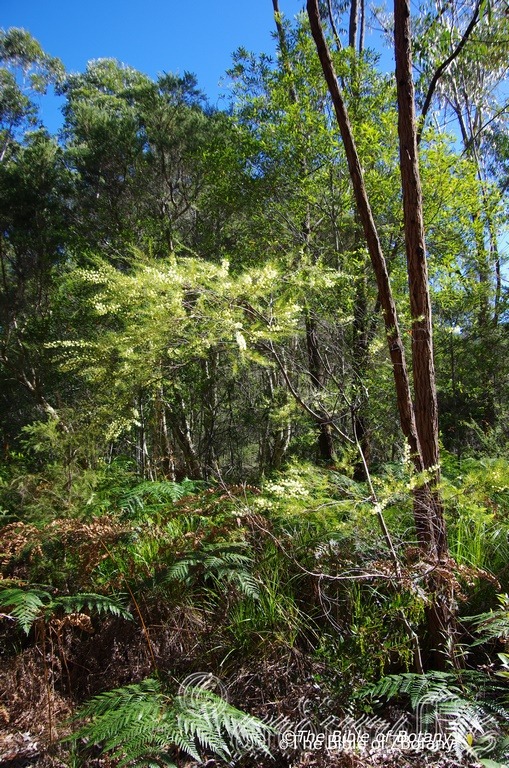
The Pinnacles NSW.
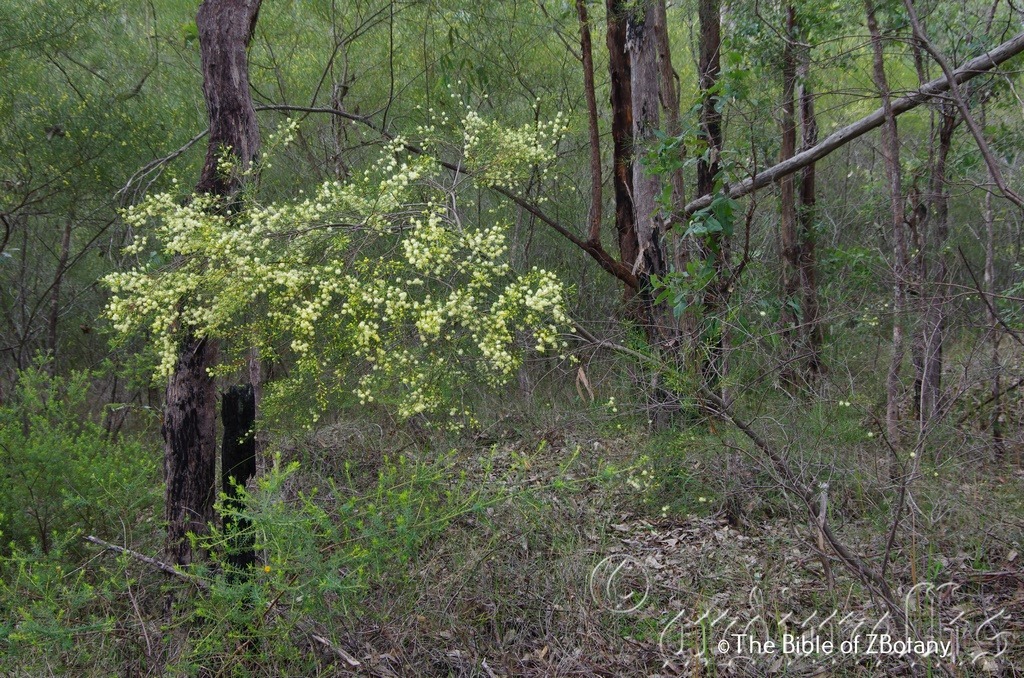
The Pinnacles NSW.
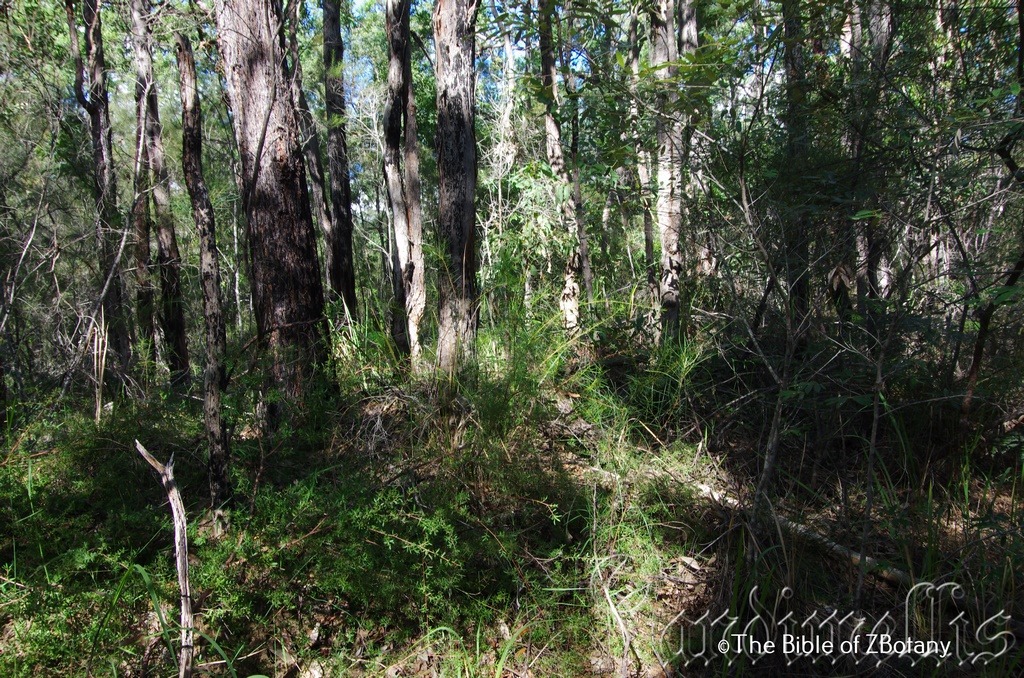
The Pinnacles NSW.
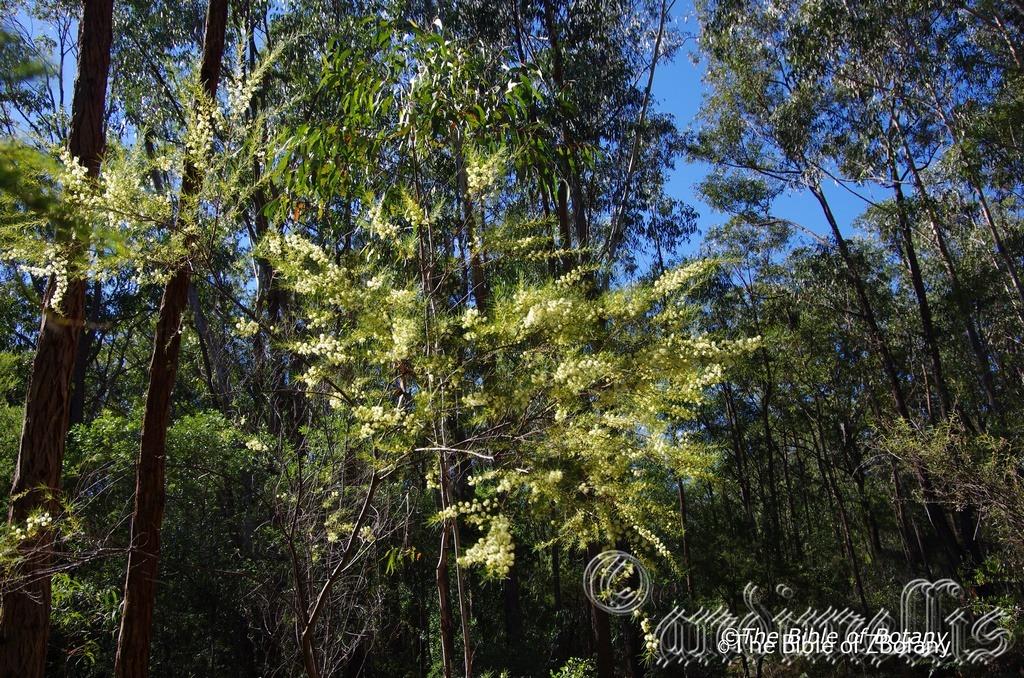
The Pinnacles NSW.
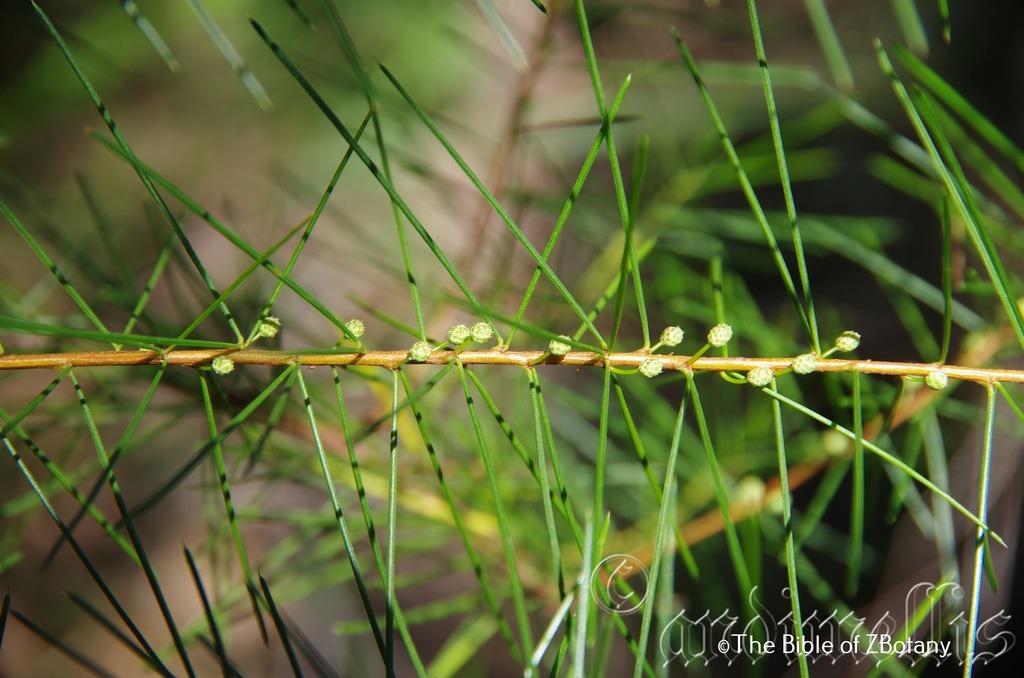
The Pinnacles NSW.
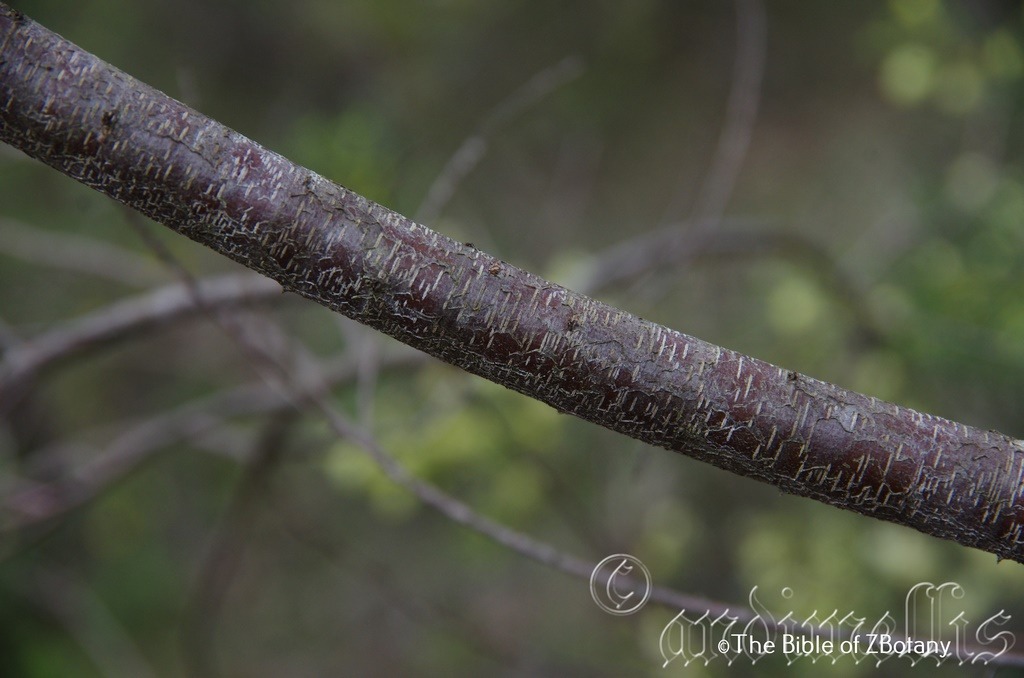
The Pinnacles NSW.
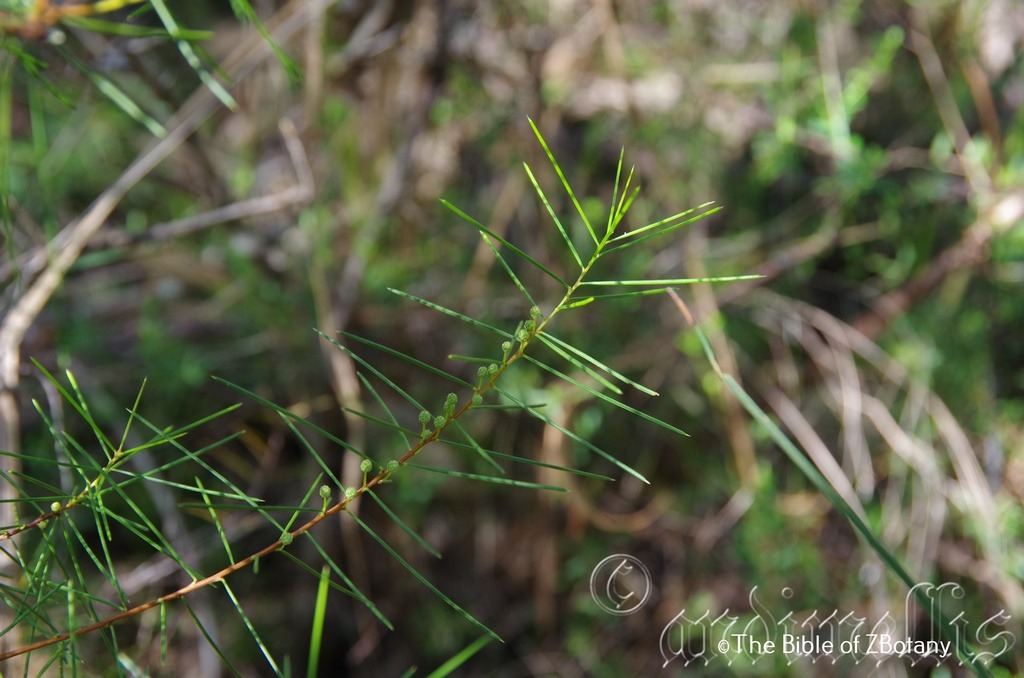
The Pinnacles NSW.
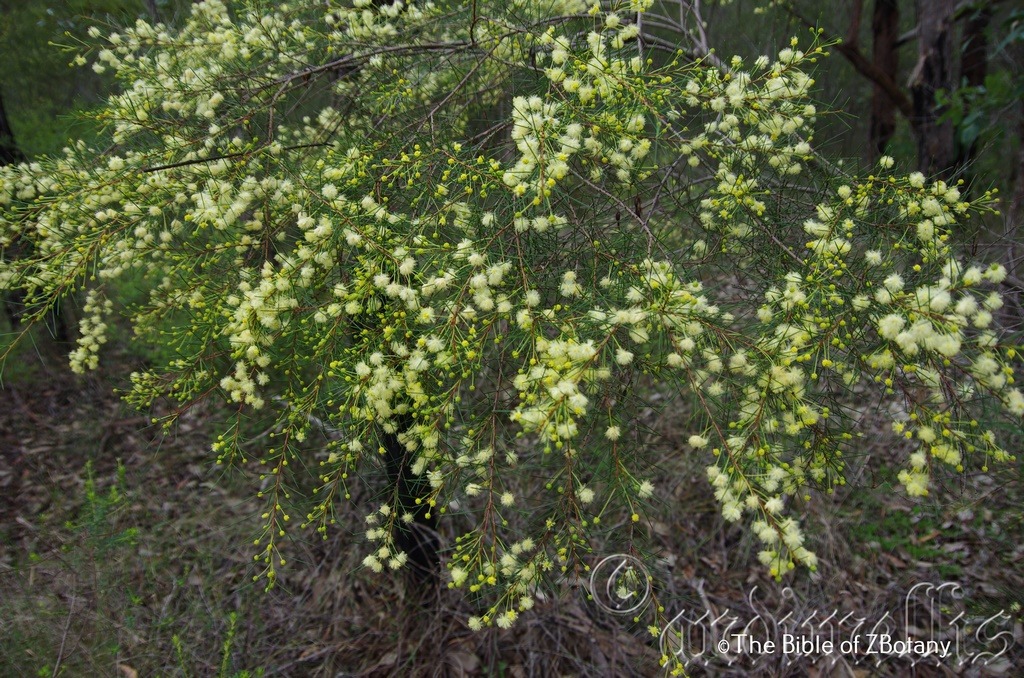
The Pinnacles NSW.
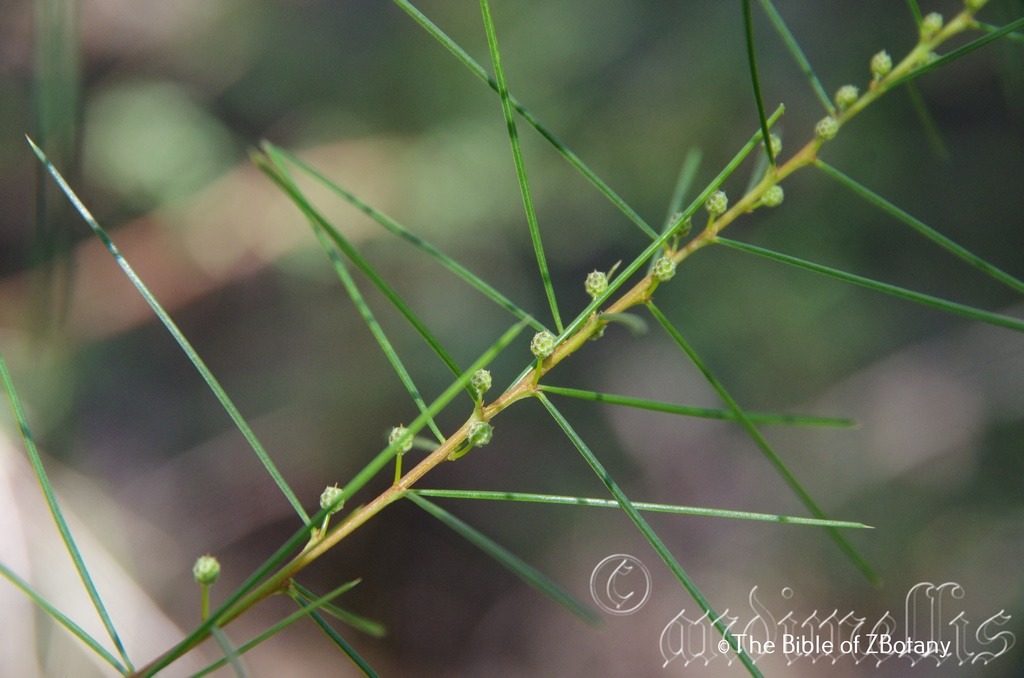
The Pinnacles NSW.
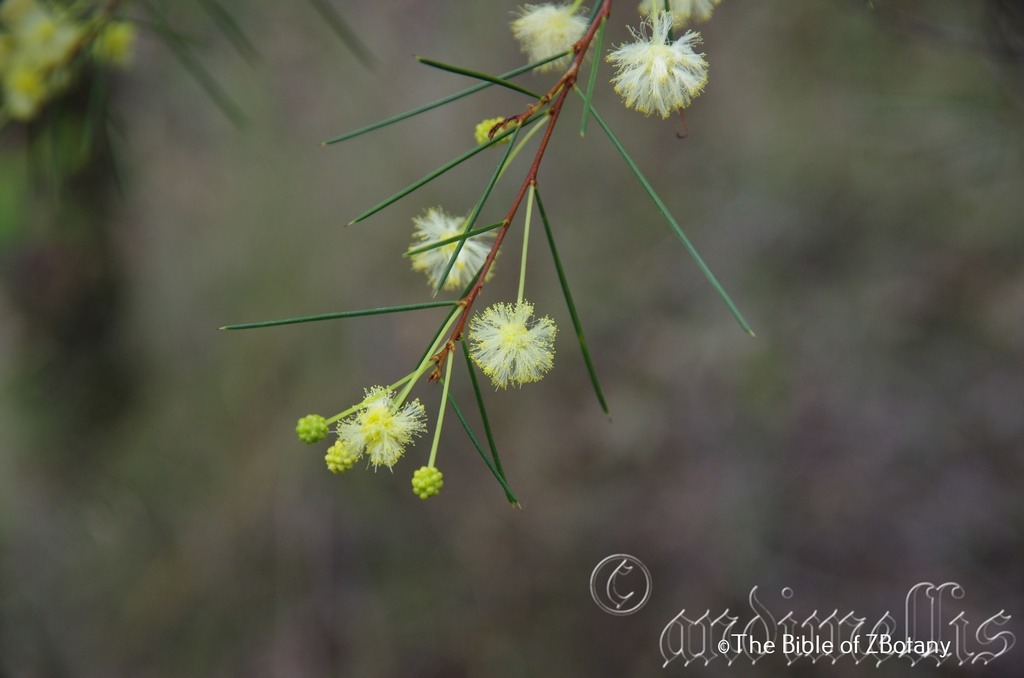
The Pinnacles NSW.
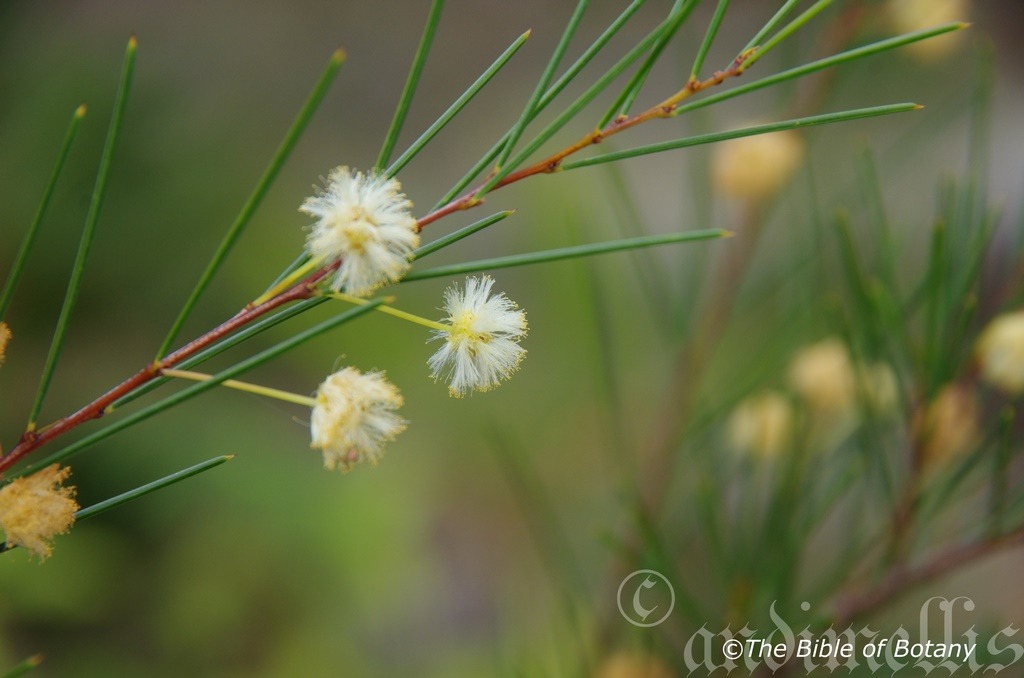
The Pinnacles NSW.
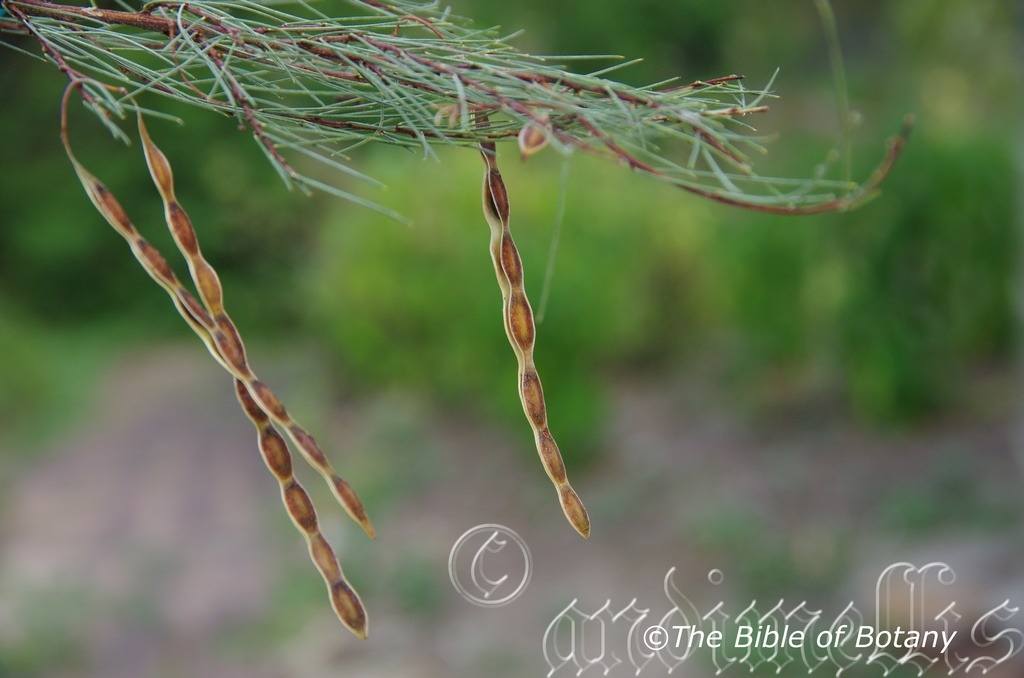
The Pinnacles NSW.
Acacia quadrilateralis
Classification:
Class: Magnoliophyta
Order: Fabales
Family: Fabaceae
Subfamily: Mimosoideae
Genus: From From ἀκακία, which is Ancient Greek or Acanthium, which is Latin for to have a sharp point. It refers to the first species named by Dioscorides the Greek Botanist for the Egyptian plant Acacia arabica, which has very sharply pointed spines.
Specie: From Quadri, which is Latin for four and Lateralis, which is Latin for a side. It refers to plants, which have stems or branches that are square in cross section.
Common Name:
Distribution:
Acacia quadrilateralis is restricted to scattered populations along the coast south from Bundaberg in central eastern Queensland to Ulludulla in southern New South Wales. There is a disjunct population south of Townsville.
https://avh.ala.org.au/occurrences/search?taxa=Acacia+quadrilateralis+#tab_mapView
Habitat Aspect Climate:
Acacia quadrilateralis prefer full sun to light dappled shade. It grows in more exposed open woodlands and adjacent to littoral rainforests. The altitude ranges from 2 meters ASL to 80 meters ASL
The temperatures range from lows of minus 4 degrees in August to 42 degrees in January.
The rainfalls range from lows of 300mm to an average of 600mm annually.
Soil Requirements:
Acacia quadrilateralis prefers to grow in accumulated beach sands in coastal areas or on sand derived from decomposed sandstone in open Eucalyptus forests. The pH of the soils ranges between 4.5 to 7.5pH. It tolerates non saline soils to moderately high saline soils. It resents waterlogged soils.
Height & Spread:
Wild Plants:1m to 3m by 1m x 3m.
Characteristics:
Acacia quadrilateralis is a spindly glabrous shrub. The slender, lenticellular stems are reddish-brown.
The phyllodes are on short stem like projections, frequently in fascicles of 2 or 3 per node on the more mature branchlets. It is a rather erect to inclined, slender, quadrangular in cross section and measure 20mm to 60mm in length by 0.5mm to 1mm in width The pungent phyllodes are rigid with 4 muriculate nerves.
Acacia quadrilateralis’s inflorescences are simple, usually 1produced singularly from the axils. The peduncles measure 5mm to 15mm in length, with a persistent basal bract. The globular heads have 12 to 30 individual, cream to pale yellow flowers. The 5-merous flower’s sepals are free to 1/2-united.
Acacia quadrilateralis sub-moniliform, chartaceous pods measure 60mm to 90mm in length by 3mm to 4mm in width. The deep brown to deep brown-black oblong seeds are longitudinal and measure 4mm to 6mm in length. The dull, deep brown mottled yellow funicle aril is filiform.
Wildlife:
Acacia quadrilateralis wildlife is unknown to the author.
Cultivation:
Acacia quadrilateralis is a interesting fast growing Acacia with with very unusual stems. These characteristics would suit anyone looking for a medium shrub to 2 meters in height for a dry sunny position. It is particularly hardy on heavier rockier soil types and skeletal soils over rocky outcrops but adapts well to growing on soils with some gravel or even those that are predominantly fatty sands. It will flower in its second year in cultivation. It is suitable for seaside gardens but will not accept water logged or wet soils. It is a drought resistant and cold hardy species.
Single plants scattered throughout an open bush scene and mixed with prostrate shrubs which have fine foliages that are pale blue-grey or deep grey foliages look really spectacular because of the foliage contrasts. This is especially true when nothing else is in flower to distract your attention.
It is best used adjacent to small areas of open bush close to paths or the house so their deep golden-yellow flowers can be viewed regularly. It is great in medium rockeries as the main feature plant. Here it can be planted in small scattered groups of 2 or 3 or as a stand-alone plant to create a harsh barren look with other arid plants. If it is surrounded by shorter plants with fine foliages and red flowers like the grey leaf form of Grevillea thelemanniana it is particularly striking and they will compliment each other especially when it is in flower.
Mass planting off sets the short five year or six life span of this small Acacia. When it is time to replant the seedlings, avoid the stark empty hole by replanting seedlings a year prior to removing the old plants.
Propagation:
Seeds: Acacia quadrilateralis seed requires treatment before sowing. Pre-treat the seeds by placing the seeds into a glass of boiling water. Allow the water to cool and leave to soak for 10 hours. Seeds that have not swollen repeat the exercise.
Sow into a seed raising mix and cover with 5mm to 10 mm of the mix. When the seedlings are 25mm to 50mm tall, prick them out and plant them into 50mm native tubes using a seed raising mix.
Once the seedlings reach 200mm to 250mm in height plant them out into their permanent position. When mass plantings are required plant them out at 3.5 to 5 meter centers.
Fertilize using Seaweed, fish emulsion or organic chicken pellets soaked in water on an alternate basis. Fertilize every two months until the plants are established then annually either in early September to March to maintain health, vitality and better flowering.
Further Comments from Readers:
All information is included in good faith and has been thoroughly researched prior to printing. The website or the author does not warrant or guarantee the accuracy of any information on these pages, nor does the website or the author accept any responsibility for any loss arising from the use of the information found within. The views and opinions are strictly those of the author or those members who chose to actively participate in the contents herein.
Hi reader, it seems you use The Bible of Botany a lot. That’s great as we have great pleasure in bringing it to you! It’s a little awkward for us to ask, but our first aim is to purchase land approximately 1,600 hectares to link several parcels of N.P. into one at The Pinnacles NSW Australia, but we need your help. We’re not salespeople. We’re amateur botanists who have dedicated over 30 years to saving the environment in a practical way. We depend on donations to reach our goal. If you donate just $5, the price of your coffee this Sunday, We can help to keep the planet alive in a real way and continue to bring you regular updates and features on Australian plants all in one Botanical Bible. Any support is greatly appreciated. Thank you.
In the spirit of reconciliation we acknowledge the Bundjalung, Gumbaynggirr and Yaegl and all aboriginal nations throughout Australia and their connections to land, sea and community. We pay our respect to their Elders past, present and future for the pleasures we have gained.
Acacia rubida
Classification:
Class: Magnoliophyta
Order: Fabales
Family: Fabaceae
Subfamily: Mimosoideae
Genus: From ἀκακία, which is Ancient Greek or Acanthium, which is Latin for to have a sharp point. It refers to the first species named by Dioscorides the Greek Botanist for the Egyptian plant Acacia arabica, which has very sharply pointed spines.
Specie: From Rubens, which is Latin for reddish or blushing. It refers to organs, which have a reddish to reddish maroon colour.
Sub specie:
Common Name: Red Stemmed Wattle.
Distribution:
Acacia rubida is found east of a line from Inverell and Stanthorpe in north eastern New South Wales south to Mansfield and Rutherglen in Victoria.
https://avh.ala.org.au/occurrences/search?taxa=Acacia+rubida+#tab_mapView
Habitat Aspect Climate:
Acacia rubida can be found growing in full sun to dappled shade. It grows in open Eucalyptus forests, open woodlands on rocky ridges and outcrops. The altitude ranges from 300 meters ASL to 1050 meters ASL
The temperatures vary greatly throughout its range from minus 6 degrees around Canberra in August to 38 degrees during January in northern parts of its range near Inverell.
The rainfalls range from lows of 500mm to an average of 1400mm annually.
Soil Requirements:
Acacia rubida prefers deep, coarse sands, sandy loams to light fatty clays or light to medium silts. The soils are usually derived from decomposed granites, shales, metamorphic rocks or alluvial deposits. The soil’s pH ranges from 4.5pH to 6.5pH. It does not tolerate waterlogged soils. None saline soils to moderately saline soils are tolerated.
Height & Spread:
Wild Plants: 2m to 10m by 3m to 6m.
Characteristics:
Acacia rubida‘s is a very variable plant that usually grows as a single trunk small tree but also often grows as a multi stemmed shrub. The trunk and larger stems are finely fissured red-brown to brown becoming more glabrous as they approach the branches. The branchlets are angled or terete, red-brown to purple-red, glabrous.
The bipinnate leaves and phyllodes of Acacia rubida vary greatly. The bipinnate leaves are also present on the mature plants with the pinnules varying from oblong to oblong-elliptical. The pinnules measure 8mm to 14 mm in length by 2mm to 4 mm in width. The rachises and peduncles are deep green to sea-green and glabrous. The rachises measure 40mm to 80mm in length while the peduncles measure 20mm to 40mm in length. There are 6 to 8 pinnae on a rachis and 18 to 28 pinnules on a pinnae. The jugary and interjugary glands are absent from the bipinnate leaves.
The phyllodes are narrowly elliptic to oblanceolate, straight to sub falcate. The phyllodes measure 50mm to 200mm in length by 8mm to 25mm in width. The bases are tapering, asymmetrical, oblique while the apexes are acute to obtuse with a mucronate tip. The glaucous to sub glaucous concolourous laminas are olive-green to blue-green to sea green or deep green with purple or red markings and tinges and dull. The new growth is often purple red. The margins are entire. The mid vein is prominent and curves towards the upper margin. There is one slightly prominent gland 5mm to 40mm above the pulvinus. A second gland may be present along the upper margin. The pulvinus measure 1mm to 5mm in length.
The inflorescences of Acacia rubida are panicles born from the phyllodes axils. The rachises and peduncles are glaucous to semi glaucous with purple-red markings and tinges and glabrous. The rachises measure 10mm to 100mm in length while the peduncles measure 2mm to 6mm in length. There are 10 to 21 globular heads on each raceme with 9 to 15 individual flowers in each globose head. The globose heads measure 5mm to 7mm in diameter while the individual flowers measure 2.5mm to 3.5mm in length.
The individual flowers are 5 merous. The 5 sepals are cream to bright golden-yellow and united at the base. The sub orbicular petals are purple-red while the stamens are cream to deep rich golden-yellow. Acacia rubida sweet, scented flowers appear from July through to November.
Acacia rubida fruits are straight to slightly curved, flat linear pods. The pods are constricted between the seeds while the margins are very slightly constricted. The purple-red pods turn pinkish-brown to purple-brown when ripe. The chartaceous-coriaceous pods measure 40mm to 120mm in length by 6mm to 9mm in width. The 6 to 10 semi glossy, deep brown to black seeds have an orange-brown, aril that almost completely encircles the seed. The seeds measure 4mm to 4.5mm in length by 3mm to 3.5mm in width.
Wildlife:
Acacia rubida is an ideal plant for the control of soil erosion and nitrogen fixation in a wide variety of soils where moisture is a real problem. Acacia rubida is the host plant for the Thrincophora dryinodes moth.
Both the flowers and seeds were eaten by aborigines. Try adding a large handful of flowers to Saturday’s pancakes for an aromatic sweet flavour. The seeds can be ground into flour for dampers or even to make your pancakes.
Acacia rubida was a staple diet to the Aborigines who lived within the areas it grew. According to the CSIRO Acacia pycycantha contains the following, Potasium, Calcium, iron, zinc, in fairly high concentrations. Protein is approximately 23mm, carbohydrate 26mm, Fat/oil 9mm (poly and mono saturated). Wattle seeds have a low in glycaemic index meaning it is a good source of the above for diabetics. Most Vitamins are found except for Vitamin C, B12 and riboflavin. They contain 39mm fibre. This is not to say that the nutritional value is the same for this plant however it is a good guide.
Cultivation:
Acacia rubida is a beautiful bushy shrub or small tree that grows 3 meters to 4 meters in height by 3 meters to 4 meters in diameter when grown in the open as a shrub or 6 meters to 8 meters in height by 3 meters to 4 meters in diameter as a single trunk tree when grown in the open. It is suitable for medium to larger gardens. As it is hardy on all soil types, it is easy to grow giving a magnificent display in just 2 years from seed.
Tip pruning is worthwhile persevering with if a shrub is wanted as the flowers are prolific and the phyllodes are an interesting colourful addition to the landscape. However if a tree is required here again it offers something different as It is ideal for the small garden where height is required without a large diameter. The red finely fissured trunk offers the gardener good contrast with other trunks in the garden.
It is best planted adjacent to small areas of bush, or back from paths but where they can be viewed from the house so their sweet scented flowers can be appreciated regularly. Used in the background you can mass plant around them with small shrubs and ground covers so the whole bed is covered for a woodland scene or sparsely plant for an arid scene. Mass planting with shrubs with red purple or deep orange flowers would make a wonderful display during the period it is in flower.
Two or three plants planted in close proximity can still achieve the sparseness and harshness of an arid scene especially in a small garden with three planted together and one in the distance. Here a few annuals strategically scattered around with annuals would complete the picture. The plants planted out below should have a mixture of bold colours radiating out from the base of the trees so use deep pinks or reds directly below with reds, mauves, pinks, purples and whites further out. Avoid yellows and creams. Grevillea miniata has broad leaves and large enough flowers to dominate the scene when in flower and when not in flower their strong outline will give the contrast required for strength provide those plants covering the ground have smaller leaves and the majority paler green foliages and no blue grey leaves are used.
The trees would make very tremendous accent trees in front of low set commercial or industrial sheds where quick growth is wanted and where they will break up hard rigid architectural lines accentuating lines in the building at the same time highlighting the tall slender trunks with the narrow diameter canopy.
Propagation:
Seeds: Acacia rubida seed requires treatment before sowing. Pre-treat the seeds by placing the seeds into a glass of hot water. Allow the water to cool and leave to soak for 10 to 20 hours. Seeds that have not swollen repeat the exercise.
Sow into a seed raising mix covering them to 5mm. When the seedlings are 25mm to 5 mm tall, prick them out and plant them into 50mm native tubes using a seed raising mix.
Once the seedlings reach 200m to 250mm in height plant them out into their permanent position. For reclamation projects plant at 5 meter centers or for dense plantings plant at 4 meter centers.
Fertilize using Seaweed, fish emulsion or organic chicken pellets soaked in water on an alternate basis. Fertilize every two months until the plants are established then annually either in early September to March to maintain health, vitality and better flowering.
Further Comments from Readers:
All information is included in good faith and has been thoroughly researched prior to printing. The website or the author does not warrant or guarantee the accuracy of any information on these pages, nor does the website or the author accept any responsibility for any loss arising from the use of the information found within. The views and opinions are strictly those of the author or those members who chose to actively participate in the contents herein.
Hi reader, it seems you use The Bible of Botany a lot. That’s great as we have great pleasure in bringing it to you! It’s a little awkward for us to ask, but our first aim is to purchase land approximately 1,600 hectares to link several parcels of N.P. into one at The Pinnacles NSW Australia, but we need your help. We’re not salespeople. We’re amateur botanists who have dedicated over 30 years to saving the environment in a practical way. We depend on donations to reach our goal. If you donate just $5, the price of your coffee this Sunday, We can help to keep the planet alive in a real way and continue to bring you regular updates and features on Australian plants all in one Botanical Bible. Any support is greatly appreciated. Thank you.
In the spirit of reconciliation we acknowledge the Bundjalung, Gumbaynggirr and Yaegl and all aboriginal nations throughout Australia and their connections to land, sea and community. We pay our respect to their Elders past, present and future for the pleasures we have gained.
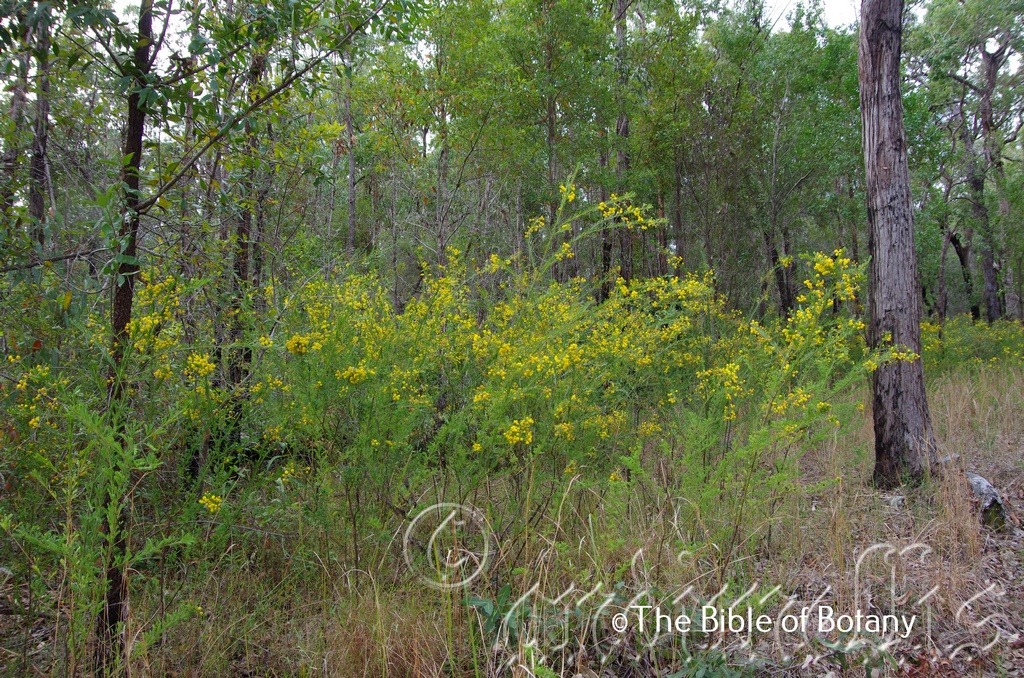
Fortis Creek National Park NSW.
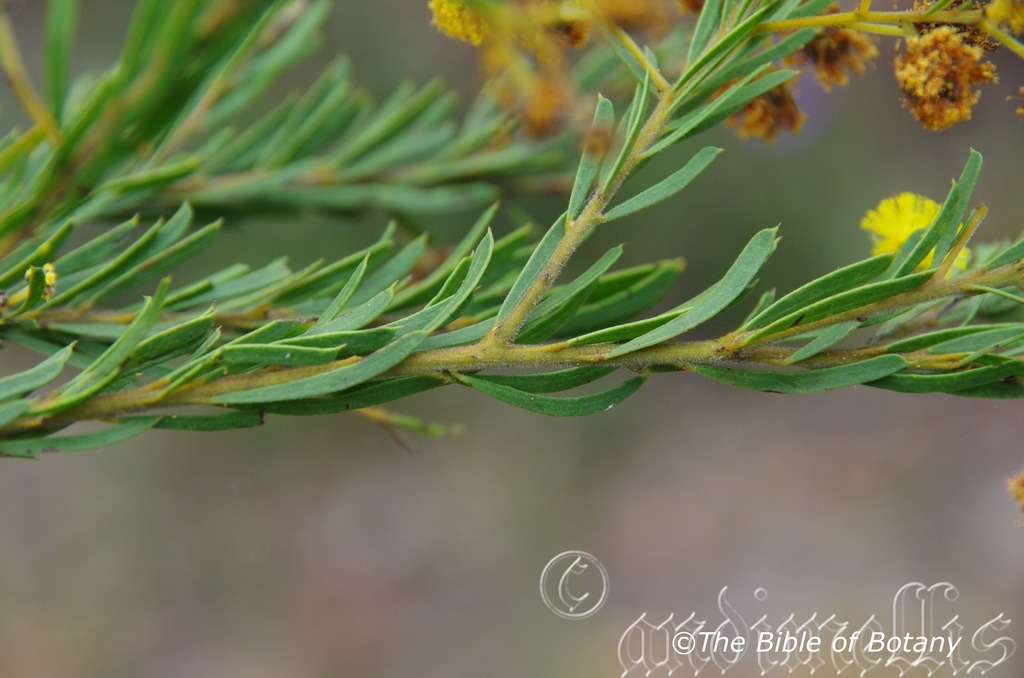
Fortis Creek National Park NSW.
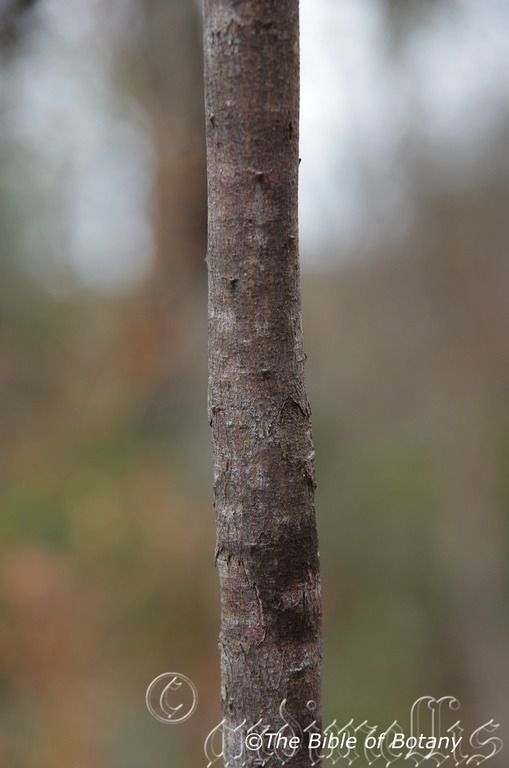
Fortis Creek National Park NSW.
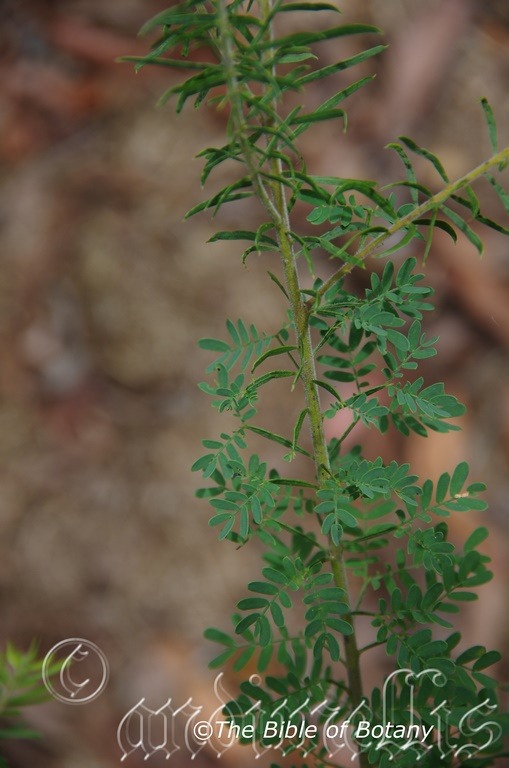
Fortis Creek National Park NSW.
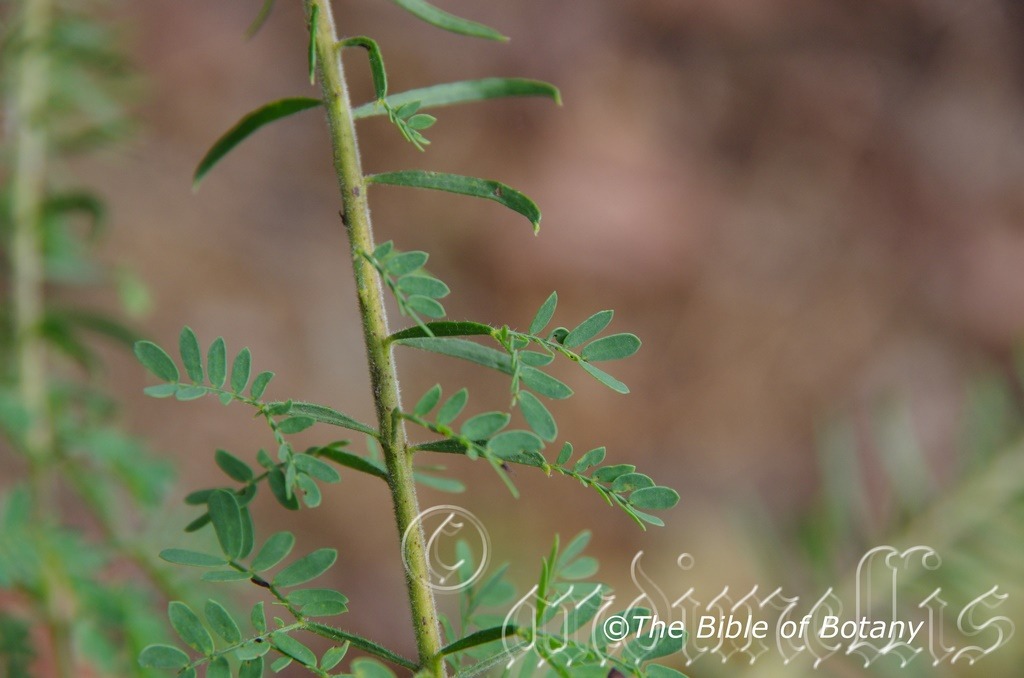
Fortis Creek National Park NSW.
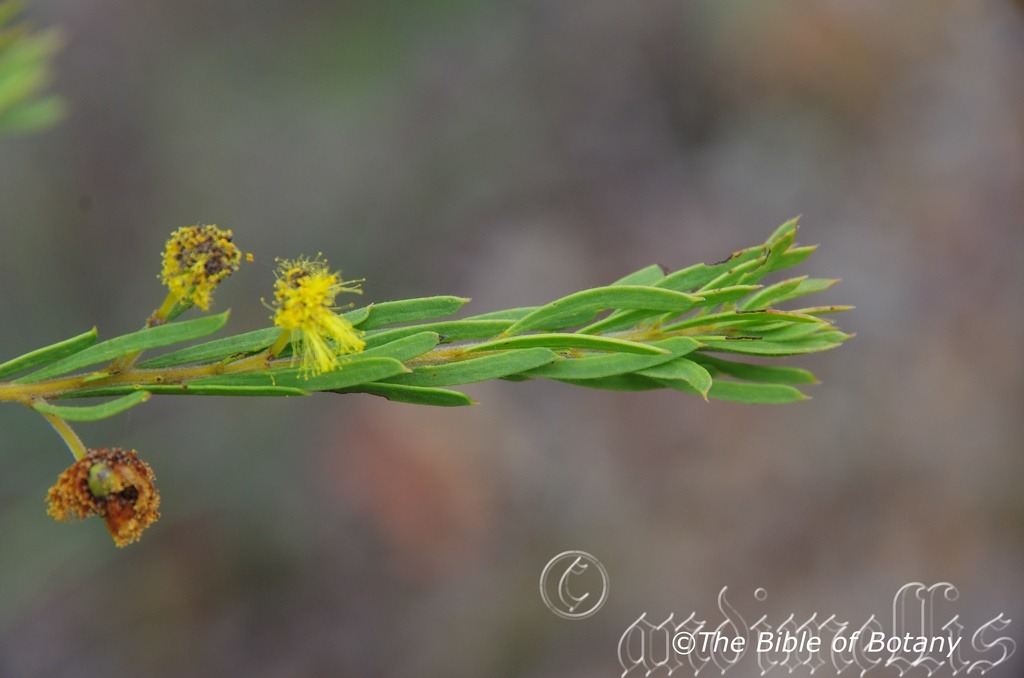
Fortis Creek National Park NSW.
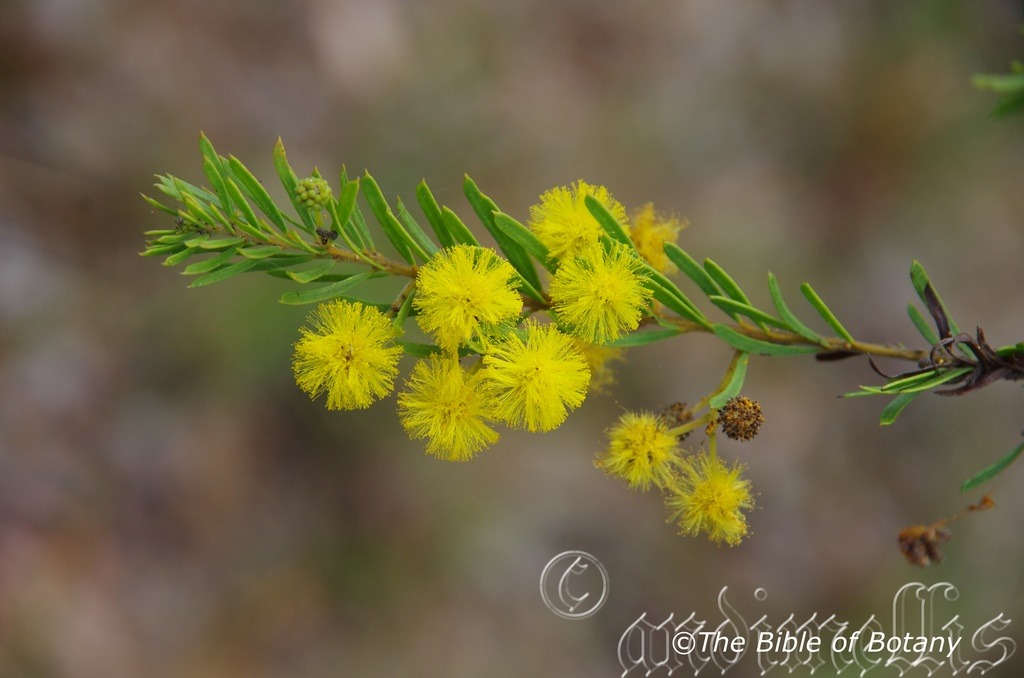
Fortis Creek National Park NSW.
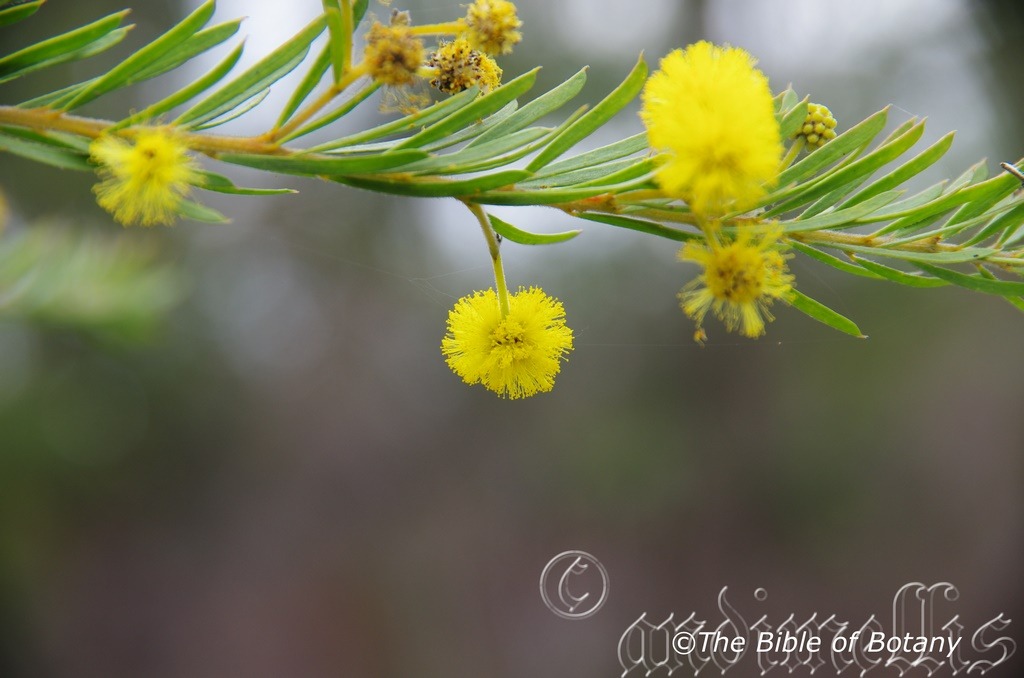
Fortis Creek National Park NSW.
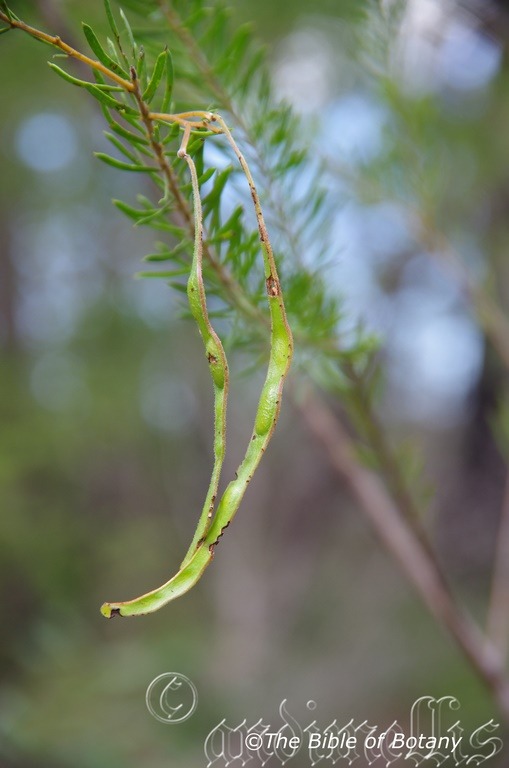
Fortis Creek National Park NSW.
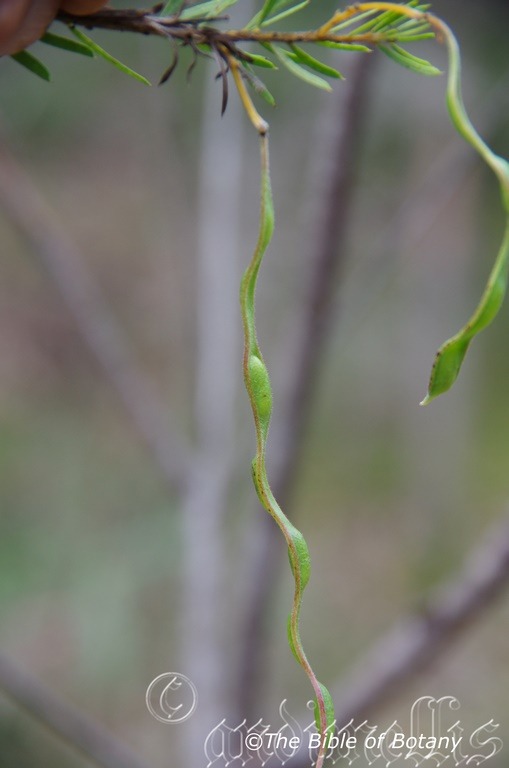
Fortis Creek National Park NSW.
Acacia ruppi
Classification:
Class: Magnoliophyta
Order: Fabales
Family: Fabaceae
Subfamily: Mimosoideae
Genus: From ἀκακία, which is Ancient Greek or Acanthium, which is Latin for to have a sharp point. It refers to the first species named by Dioscorides the Greek Botanist for the Egyptian plant Acacia arabica, which has very sharply pointed spines.
Specie: Is named in honour of Rupp; 1872-1956, who was an Australian born clergyman and keen botanist from Melbourne.
Sub specie:
Common Name: Rupp’s Wattle.
Distribution:
Acacia ruppi is restricted to 3 small disjunct populations between The Pinnacles to Coaldale north west of Grafton, south of Stanthorpe and around Inverell in northern New South Wales.
https://avh.ala.org.au/occurrences/search?taxa=Acacia+ruppi+#tab_mapView
Habitat Aspect Climate:
Acacia ruppi prefers full sun to dappled shade. It grows in open sclerophyll forests or open woodland heaths. The altitude ranges from 160 meters ASL to 220 meters ASL around the Pinnacles and from 800 meters ASL to 930 meters ASL on the Granite Belt.
The temperatures range from minus 3 degrees in August to 38 degrees in January.
The rainfalls range from lows of 600mm to an average of 1380mm annually.
Soil Requirements:
Acacia ruppi prefer deep, sandy loams to light fatty clays. The soils are usually derived from decomposed sandstones or granites. The soil’s pH ranges from 5pH to 6.5pH. It does not tolerate waterlogged soils. None saline soils to moderately saline soils are tolerated.
Height & Spread:
Wild Plants: 1m to 3m by 1.5m to 3.5m.
Characteristics:
Acacia ruppi‘s is a wide spreading plant with multiple stems. The stems are pale grey and glabrous. The smaller stems are angled, sometimes flattened, pale olive-green to pale olive-yellow close to the apexes and are densely covered in white villous hairs. Some bipinnate leaves persist on mature plants on the flowering shoots.
The bipinnate leaves of Acacia ruppi are oblong to oblong-elliptical. The pinnules measure 6mm to 8mm in length by 3mm to 4mm in width. The rachises and peduncles are deep green to sea-green and densely covered in white villous hairs. The rachises measure 4mm to 6mm in length, the 2 peduncles measure 12mm to 16mm in length while the pedicels measure 0mm to 1mm in length. There are 8 to 15 opposite or alternate pinnae on each peduncle. The bases are rounded while the apexes are obtuse with a mucronate tip. The concolourous laminas are deep green to sea-green and glabrous. The margins are entire while the laminas are flat. The jugary and interjugary glands are absent from the bipinnate leaves.
The spiralling phyllodes of Acacia ruppi are oblanceolate, straight to slightly curve. The phyllodes measure 8mm to 20mm in length by 1mm to 2mm in width. The bases are cuneate while the apexes are acute to acute-obtuse with a mucronate tip. The concolourous laminas are deep green to deep grass-green, dull, glabrous and sparsely covered in white villous hairs more so near the margins and the base. The margins are entire while the margins are flat. The mid vein and longitudinal veins are obscure. There maybe 1 minute gland 3mm to 8mm above the pulvinus. The pulvinus measure 0.5m to 1mm in length.
The inflorescences of Acacia ruppi are panicles or rarely singular born from the phyllodes axils. The rachises and peduncles are olive-yellow to pale olive-green stout and covered in short pale olive-yellow to white villous hairs. The rachises measure 10mm to 50mm in length while the peduncles measure 3mm to 8mm in length, shorter on the flowers that are on panicles. There are 1 to 7 globulosa heads on each raceme with 30 to 35 individual flowers in each globose head. The globose heads measure 6mm to 11mm in diameter while the individual flowers measure 2.5mm to 3.5mm in length.
The individual flowers are 5 merous. The calyxes and 5 calyx lobes are pale olive-green to pale lime-green. The sub elliptical petals are pale olive-green to pale lime-green while the stamens are deep rich golden-yellow to deep orange-yellow. Acacia ruppi’s sweet, scented flowers appear from July through to September.
The fruits of Acacia ruppi are slightly curved to curved, flat linear pods. The pods are slightly constricted between the seeds while the margins are very slightly constricted. The deep grass-green to sea-green pods turn brown when ripe. The pods are sparsely to densely covered in white villous hairs. The coriaceous pods measure 40mm to 110mm in length by 5mm to 6mm in width. The 5 to 9 semi glossy, deep brown to black seeds have a short, white clavate aril. The seeds measure 4.4mm to 4.8mm in length by 2.8mm to 3mm in width.
Wildlife:
Acacia ruppi is an ideal plant for the control of soil erosion and nitrogen fixation in a wide variety of sandy soils where moisture extremes are a real problem. The mound building ant Iridomyrmex purpureus has been seen collecting seeds and chewing the arils off around The Pinnacles.
Cultivation:
Acacia ruppi is a magnificent bushy shrub that grows 0.8 meters to 2.5 meters in height by 1.2 meters to 3 meters in diameter when grown in the open. It is suitable for medium to larger gardens or as the main feature in a small garden. It is easy to grow giving a magnificent display in just 2 years from seed. I have found it to be quick growing however it did not set seeds in my garden.
Tip pruning is not required as the plants will naturally form a dense shrub.
It is best planted adjacent to small areas of bush, or back from paths but where they can be viewed from the house so their sweet scented flowers can be appreciated regularly. Used in the background in small beds you can mass plant around them with small shrubs and ground covers so the whole bed is covered for a woodland scene or sparsely plant for an arid scene. Mass planting with smaller shrubs with red, purple or deep orange flowers would make a wonderful display during the period it is in flower.
Two or three plants planted in close proximity will achieve a bush habitat quickly especially in a small gardens. Three planted together in an informal row and one in the distance and interplant with various Hovea specie will create a fantastic display of yellow and purple. Here a few annuals strategically scattered around with perennials would complete the picture. The plants planted out below should have a mixture of bold colours radiating out from the base of the shrubs so use deep pinks or reds directly below with reds, mauves, pinks, purples and whites further out. Avoid yellows and creams. Grevillea miniata has broad leaves and large enough flowers to dominate the scene when in flower and when not in flower their strong outline will give the contrast required for strength provide those plants covering the ground have smaller leaves and the majority paler green foliages and no blue grey leaves are used.
Propagation:
Seeds: Acacia ruppi seed requires treatment before sowing. Pre-treat the seeds by placing the seeds into a glass of hot water. Allow the water to cool and leave to soak for 10 to 20 hours. Seeds that have not swollen repeat the exercise.
Sow into a seed raising mix covering them to 5mm. When the seedlings are 25mm to 50mm tall, prick them out and plant them into 50mm native tubes using a seed raising mix.
Once the seedlings reach 200mm to 250mm in height plant them out into their permanent position. For reclamation projects plant them at 2.5 meter to 5 meter centers.
Fertilize using Seaweed, fish emulsion or organic chicken pellets soaked in water on an alternate basis. Fertilize every two months until the plants are established then annually either in early September to March to maintain health, vitality and better flowering.
Further Comments from Readers:
All information is included in good faith and has been thoroughly researched prior to printing. The website or the author does not warrant or guarantee the accuracy of any information on these pages, nor does the website or the author accept any responsibility for any loss arising from the use of the information found within. The views and opinions are strictly those of the author or those members who chose to actively participate in the contents herein.
Hi reader, it seems you use The Bible of Botany a lot. That’s great as we have great pleasure in bringing it to you! It’s a little awkward for us to ask, but our first aim is to purchase land approximately 1,600 hectares to link several parcels of N.P. into one at The Pinnacles NSW Australia, but we need your help. We’re not salespeople. We’re amateur botanists who have dedicated over 30 years to saving the environment in a practical way. We depend on donations to reach our goal. If you donate just $5, the price of your coffee this Sunday, We can help to keep the planet alive in a real way and continue to bring you regular updates and features on Australian plants all in one Botanical Bible. Any support is greatly appreciated. Thank you.
In the spirit of reconciliation we acknowledge the Bundjalung, Gumbaynggirr and Yaegl and all aboriginal nations throughout Australia and their connections to land, sea and community. We pay our respect to their Elders past, present and future for the pleasures we have gained.
Acacia semilunata
Classification:
Class: Magnoliophyta
Order: Fabales
Family: Fabaceae
Subfamily: Mimosoideae
Genus: From ἀκακία, which is Ancient Greek or Acanthium, which is Latin for to have a sharp point. It refers to the first species named by Dioscorides the Greek Botanist for the Egyptian plant Acacia arabica, which has very sharply pointed spines.
Specie: From Semi, which is Latin for a half and Luna, which is Latin for the moon. It refers to leaves or phyllodes, which are crescent shape.
Sub specie:
Common Name:
Distribution:
Acacia semilunata is endemic to the Darling Downs in Queensland. It is found from Knockbreak Station in the North West, south to Stanthorpe near the Queensland New South Wales border on the western side of the Great Dividing Range.
https://avh.ala.org.au/occurrences/search?taxa=Acacia+semilunata+#tab_mapView
Habitat Aspect Climate:
Acacia semilunata prefers full sun to dappled shade. It grows in open sclerophyll forests or open woodland heaths on steep rocky terrain, ridge tops or spurs. The altitude ranges from 460 meters ASL to 900 meters ASL.
The temperatures range from lows of minus 5 degrees in July to 38 degrees in January.
The rainfalls range from lows of 450mm to an average of 900mm annually.
Soil Requirements:
Acacia semilunata prefers skeletal to deep, sandy loams, light fatty clays to medium clays or light silts to heavy silts. The soils are usually derived from decomposed sandstones or granites. The soil’s pH ranges from 5pH to 6.5pH. It does not tolerate waterlogged soils. None saline soils to moderately saline soils are tolerated.
Height & Spread:
Wild Plants: 4m to 5m by 2m to 3m.
Characteristics:
Acacia semilunata‘s bark is grey-brown, glabrous turning grey-green on the larger branches. The larger branchlets are blue-green while the smaller branchlets are terete, grey-green to a dull blue-green and glabrous to pruinose. It is sparsely covered in white puberulent hairs.
Acacia semilunata‘s mostly inequilaterally narrowly elliptic to oblong or oblong-oblanceolate phyllodes are crowded along the stems. The phyllodes measure 15mm to 30mm in length by 5mm to 12mm in width. The base is obliquely rounded while the apex is obtuse to acute-obtuse with a mucronate or short cuspidate tip. The concolourous laminas are grey-green to blue-green glabrous to pruinose except for a few white puberulent to sericeous hairs near base and along the mid vein. The margins are entire while the lower margin is straight and the upper margin curves.
The mid vein and lateral veins are obscure. The margins are entire while the laminas are flat and decurve from the base to the apex. The single gland is not prominent and is located 6mm to 12mm above the pulvinus.
The inflorescences of Acacia semilunata is an auxiliary raceme or terminal panicle. The rachises and peduncles are glabrous or at times covered in puberulent hairs. The rachises measure 20mm to 60mm in length while the peduncles measure 2mm to 6mm in length. There are 12 to 20 globose heads on a raceme with 15 to 20 individual flowers to a globose head. Each globose head measures 5mm to 8mm in diameter with the individual flowers measuring 2.5mm to 4mm in length.
The individual flowers are 5 merous. The calyxes and 5 calyx lobes are pale olive-green to pale lime-green. The elliptical petals are pale olive-green to pale lime-green while the stamens are deep butter-yellow. Acacia semilunata’s scented flowers appear through out the year with a peak in late July to early September.
Acacia semilunata fruits are long, linear, flat, curved pods. They measure 50mm to 80mmin length by 4mm to 5mm in width. They are slightly to moderately constrict between the seeds while the margins are very slightly constricted. The chartaceous green, glabrous, pruinose pods turn brown when ripe. The oblong, semi glossy, black seeds measures 4mm to 4.5mm in length by 2.5mm to 3mm in width. The white clavate funicle which is attached to one end has a filiform funicle.
Wildlife:
Acacia semilunata‘s wildlife is unknown to the author.
Cultivation:
Acacia semilunata is a beautiful tall slender shrub has magnificent coloured foliage and contrasting flowers. In temperate coastal, sub-tropical or semi-arid Native gardens it can be used to add nitrogen to the soil. Acacia semilunata is suitable where winter temperatures drop to minus 6 degrees and only show a little burning on mature plants. It is hardy and fast growing given a little attention will bloom in their second season. Good garden specimens will grow from 3 meters to 4 meters in height by 3 meters to 4 meters in diameter when grown in the open however they can be tip pruned from an early age to maintain a smaller plant if required.
It is most suitable in bush gardens where they can add a dimension depth and height when planted to the rear in small areas. It is ideal at the end of sunny pools where a contrast foliage plant is required to break up hard lines. Make sure it is far enough back as not to cause filter problems when it is in flower. It is most suitable for growing on the northern side of sheds thus keeping the sheds cooler.
It can be used for accent plants in the background of larger gardens or mass planted to make a strong bold statement which states come see what I am hiding on the other side of behind me.
Garden beds would need to be open with plenty of space between plants to allow air flow as well as to give the leaves a chance to be appreciated for their unique beauty. Crowding Acacia semilunata will ruin the natural shape of the shrubs. Crowding the foliage with other plants will see them lose all the effectiveness of their natural from.
Correct spacing will contrast the foliages better without one over powering the other. When mass planting, consideration should be given to spacing the plants with at least 3.5 meter to 5 meter centers. If you are using them amongst rocks or around the small desert garden, plant them sparingly, so not to make the area look cluttered or detract from the other features. 4 or 5 planted in an area of 500 square meters would be ample. 4 plants separately planted or plant 2 close together and separate the other 3 to focus on width depth and height where you want it.
The use of annuals helps to accentuate the space, the distance and width in the garden bed and also gives the illusion that Acacia semilunata is broader and shorter than it really is.
The use of annuals also helps to attract the viewer to the permanent plants foliage as it is the predominant foliage patch in sight. In this case you could substitute the annuals for very small Grevilleas with green foliages definitely do not use blues, greys or glaucous leaves. In addition most annuals flower when this Acacia is resting during the summer so this would prolong the interest in colour for a longer period of time. Annuals mixed with Acacia semilunata help to give small gardens depth and make them look larger than what they really are. It works well with Grevillea masonii, Grevillea thelemanniana green leaf form and even nana for foliage however the flowers of Grevillea rosmarinifolia would be lost or wasted when Acacia semilunata comes into flower.
Propagation:
Seeds: Acacia semilunata require treatment before sowing. Pre-treat the seeds by placing the seeds into a glass of boiling water. Allow the water to cool and leave to soak for 10 hours. Seeds that have not swollen repeat the exercise.
Sow into a seed raising mix. When the seedlings are 25mm to 50mm tall, prick them out and plant them into 50mm native tubes using a seed raising mix.
Once the seedlings reach 200mm to 250mm in height plant them out into their permanent position.
Fertilize using Seaweed, fish emulsion or organic chicken pellets soaked in water on an alternate basis. Fertilize every two months until the plants are established then annually either in early September to March to maintain health, vitality and better flowering.
Further Comments from Readers:
All information is included in good faith and has been thoroughly researched prior to printing. The website or the author does not warrant or guarantee the accuracy of any information on these pages, nor does the website or the author accept any responsibility for any loss arising from the use of the information found within. The views and opinions are strictly those of the author or those members who chose to actively participate in the contents herein.
Hi reader, it seems you use The Bible of Botany a lot. That’s great as we have great pleasure in bringing it to you! It’s a little awkward for us to ask, but our first aim is to purchase land approximately 1,600 hectares to link several parcels of N.P. into one at The Pinnacles NSW Australia, but we need your help. We’re not salespeople. We’re amateur botanists who have dedicated over 30 years to saving the environment in a practical way. We depend on donations to reach our goal. If you donate just $5, the price of your coffee this Sunday, We can help to keep the planet alive in a real way and continue to bring you regular updates and features on Australian plants all in one Botanical Bible. Any support is greatly appreciated. Thank you.
In the spirit of reconciliation we acknowledge the Bundjalung, Gumbaynggirr and Yaegl and all aboriginal nations throughout Australia and their connections to land, sea and community. We pay our respect to their Elders past, present and future for the pleasures we have gained.
Acacia siculiformis
Classification:
Class: Magnoliophyta
Order: Fabales
Family: Fabaceae
Subfamily: Mimosoideae
Genus: From ἀκακία, which is Ancient Greek or Acanthium, which is Latin for to have a sharp point. It refers to the first species named by Dioscorides the Greek Botanist for the Egyptian plant Acacia arabica, which has very sharply pointed spines.
Specie: From Siccitos, which is Latin for a drought or dryness and Forme, which is Latin for to be shaped like or to take the form of. It refers to leaves, phyllodes or at times fronds, which have a dry texture or appearance.
Sub specie:
Common Name: Dagger Wattle.
Distribution:
Acacia siculiformis is found along the Great Dividing Range and on the higher western slopes from near Glen Innes on the Granite Belt in north eastern New South Wales, south to Mansfield in Victoria at higher elevations.
It is also found in the central east of Tasmania.
https://avh.ala.org.au/occurrences/search?taxa=Acacia+siculiformis+#tab_mapView
Habitat Aspect Climate:
Acacia siculiformis prefer full sun to dappled shade. It grows on gentle slopes, on rocky hills, higher plateaus in semi sheltered or exposed positions in Eucalyptus forests or open woodland heaths. It is never the dominate understory shrub but is locally common despite their restricted distribution. The altitude ranges from 650 meters ASL to 1400 meters ASL
The temperatures range from lows of minus 5 degrees in July to 38 degrees in January.
The rainfalls range from lows of 450mm to an average of 900mm annually.
Soil Requirements:
Acacia siculiformis prefers skeletal to deep, sandy loams, light fatty clays to medium clays or light silts to heavy silts. The soils are usually derived from decomposed sandstones or granites. The soil’s pH ranges from 5pH to 6.5pH. It does not tolerate waterlogged soils. None saline soils to moderately saline soils are tolerated.
Height & Spread:
Wild Plants: 1m to 3m by 1m to 2m.
Characteristics:
Acacia siculiformis‘s bark is grey, glabrous turning grey-green on the larger branches. The larger branchlets are olive-green while the smaller branchlets are terete, olive-green to a dull grey-green and glabrous to tessellate. It is covered in white, oblong, horizontal lenticels or resinous lumps.
Acacia siculiformis‘s stiff, mostly asymmetrical, narrowly elliptic to lanceolate or linear-lanceolate phyllodes are irregularly crowded along the stems. The straight to slightly curved phyllodes measure 10mm to 35mm in length by 2mm to 4mm in width. The base is tapering while the apex tapers to a long rigid, pungent point. The concolourous laminas are grey-green to blue-green often turning pink or purple-blue closer to the apex and glabrous. The margins are entire while one margin is straighter than the other.
The mid veins are prominent while the lateral veins remain obscure. The margins are entire while the laminas are flat. There is a single obscure gland 2mm to 6mm above the base. The pulvinus measure 0mm to 0.2mm in length.
The inflorescence’s of Acacia siculiformis are born 1 or 2 from the phyllodes axils. The peduncles are glabrous and measure 2mm to 10mm in length. There are 30 to 45 individual flowers to a globose head. Each globose head measures 5mm to 7mm in diameter with the individual flowers measuring 2.5mm to 3.5mm in length.
The individual flowers are 5 merous. The calyxes and 5 calyx lobes are pale yellow to deep yellow. The elliptical petals are pale yellow to deep yellow while the filaments are paler and the anthers are much deeper yellow. Acacia siculiformis’s scented flowers appear throughout the year with a peak in late August to November.
Acacia siculiformis fruits are long, oblong flat, straight to curved pods. They measure 15mm to 50mm in length by 4mm to 7.5mm in width. They are slightly to moderately constrict between the seeds while the margins are irregularly constricted from slightly to deeply. The chartaceous green, glabrous to resinous pods turn brown when ripe. The oblong to ellipsoidal, semi glossy, deep brown to black seeds measures 3mm to 3.5mm in length by 2mm to 2.5mm in width. The white clavate funicle which is attached to one end has a filiform funicle.
Wildlife:
Acacia siculiformis’s wildlife is unknown to the author.
Cultivation:
Acacia siculiformis is a beautiful slender shrub which has unusual foliage which highlights the flowers. In temperate cool to cold mountainous Native gardens it can be used to add nitrogen to the soil. Acacia siculiformis is suitable where winter temperatures drop to minus 6 degrees and only show a little burning on mature plants. It is hardy and fast growing given a little attention and will bloom in their second season. Good garden specimens will grow from 1.5 meters to 2 meters in height by 1.5 meters to 2 meters in diameter when grown in the open however they can be tip pruned from an early age to maintain a smaller plant if required.
Acacia siculiformis would make a good contribution to a sandy or rocky terrain rock garden. Here they can be used as fill in plants, scattered throughout the boulders. When you use them in an area that is strewn with large boulders do not over crowd the scene as the boulders are a formidable part of the scene. Acacia siculiformis is well suited to such conditions so use contours to display the plants. Boulder country are almost always rising and falling in contour and have sharp rises. Plants must be planted sparingly with short annuals between to give vibrant colour. Make the scene so you can see over the tallest ones with the exception of one or two plants at the most. The idea is to achieve a feeling of expansive harshness. This can be achieved with using Acacia siculiformis‘s deep olive green dagger like leaves contrasting with finer pale green or soft grey to glaucous coloured delicate foliages. If large deep green leaf plants are wanted try using them as prostrate plants otherwise they will make open appearance of Acacia siculiformis look to sparse. Use a lot of procumbent plants like dwarf pink and red flowering Verticordia sp. to make the rocks look larger and the spaces between the plants bigger. Mix them with other smaller shrubs so none of them dominate the scene but blend in to give a mosaic of foliage colours that contrast beautifully. Here I immediately think of Actinotis helianthi or Grevillea thelemanniana for two great contrasting foliages however Actinotis sp. may be a little over powering.
Acacia siculiformis would also make an outstanding contribution to a moist heath garden. Here they can be used as the taller growing plant scattered throughout the heath scene. When you design a flat heath garden which Acacia siculiformis is well suited don’t use contours to display the plants as heath lands are almost always flat or have a slight rise. Plants must be planted close together and be short so you can see over the tallest ones with the exception of one or two plants at the most. These will be feature plants. The idea is to achieve a feeling of expansive flatness. This can be achieved with using the Acacia siculiformis’s fine leaves and stems to intertwine with neighbouring species. Use a lot of deep coloured annuals to take the attention away from the open habit of Acacia siculiformis. This will help create a blending affect which is noticed more when the plants are in flower. Mix them with other smaller shrubs so none of them dominate the scene but blend in to give a mosaic of foliage colours that you oversee. Here I immediately think of Actinotis helianthi or Grevillea thelemanniana for two great contrasting foliages.
Annuals mixed with Acacia siculiformis help to give small gardens depth and make them look larger than what they really are. It works well with Grevillea masonii, Grevillea thelmenniana green leaf form and even nana for foliage however the flowers of Grevillea nana would be lost or wasted when Acacia semilunata comes into flower.
Propagation:
Seeds: Acacia siculiformis require treatment before sowing. Pre-treat the seeds by placing the seeds into a glass of boiling water. Allow the water to cool and leave to soak for 10 hours. Seeds that have not swollen repeat the exercise.
Sow into a seed raising mix. When the seedlings are 25mm to 50mm tall, prick them out and plant them into 50mm native tubes using a seed raising mix.
Once the seedlings reach 200mm to 250mm in height plant them out into their permanent position.
Fertilize using Seaweed, fish emulsion or organic chicken pellets soaked in water on an alternate basis. Fertilize every two months until the plants are established then annually either in early September to March to maintain health, vitality and better flowering.
Further Comments from Readers:
All information is included in good faith and has been thoroughly researched prior to printing. The website or the author does not warrant or guarantee the accuracy of any information on these pages, nor does the website or the author accept any responsibility for any loss arising from the use of the information found within. The views and opinions are strictly those of the author or those members who chose to actively participate in the contents herein.
Hi reader, it seems you use The Bible of Botany a lot. That’s great as we have great pleasure in bringing it to you! It’s a little awkward for us to ask, but our first aim is to purchase land approximately 1,600 hectares to link several parcels of N.P. into one at The Pinnacles NSW Australia, but we need your help. We’re not salespeople. We’re amateur botanists who have dedicated over 30 years to saving the environment in a practical way. We depend on donations to reach our goal. If you donate just $5, the price of your coffee this Sunday, We can help to keep the planet alive in a real way and continue to bring you regular updates and features on Australian plants all in one Botanical Bible. Any support is greatly appreciated. Thank you.
In the spirit of reconciliation we acknowledge the Bundjalung, Gumbaynggirr and Yaegl and all aboriginal nations throughout Australia and their connections to land, sea and community. We pay our respect to their Elders past, present and future for the pleasures we have gained.
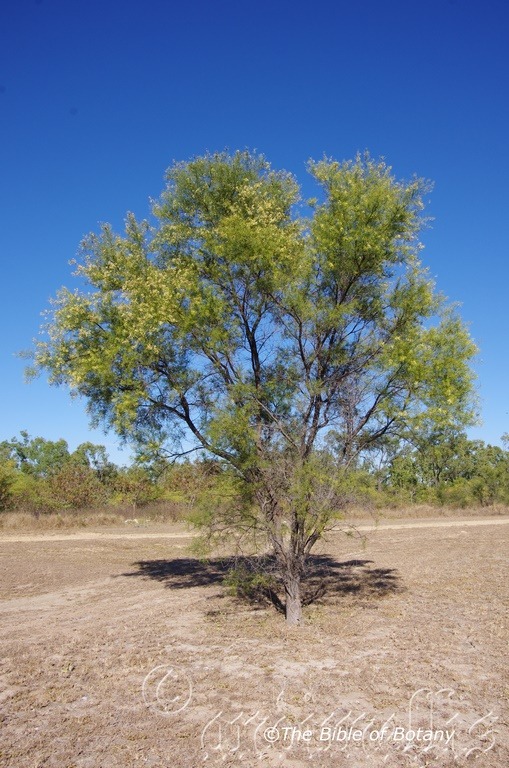
North of Toolacea Qld.
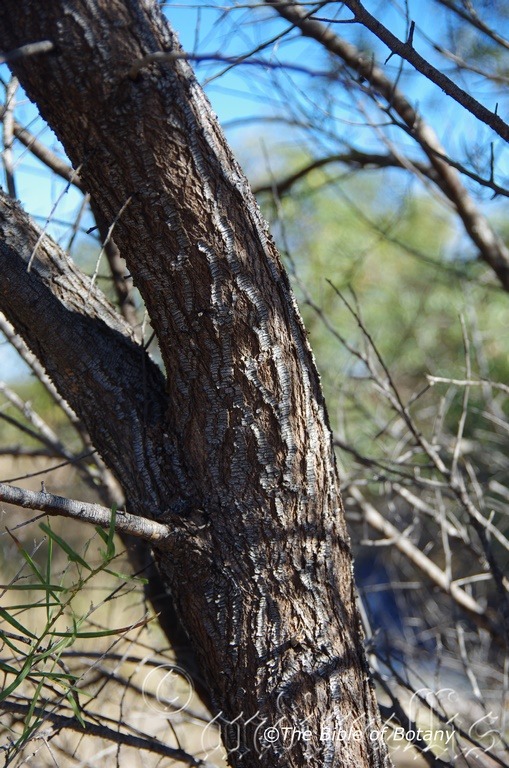
North of Toolacea Qld.
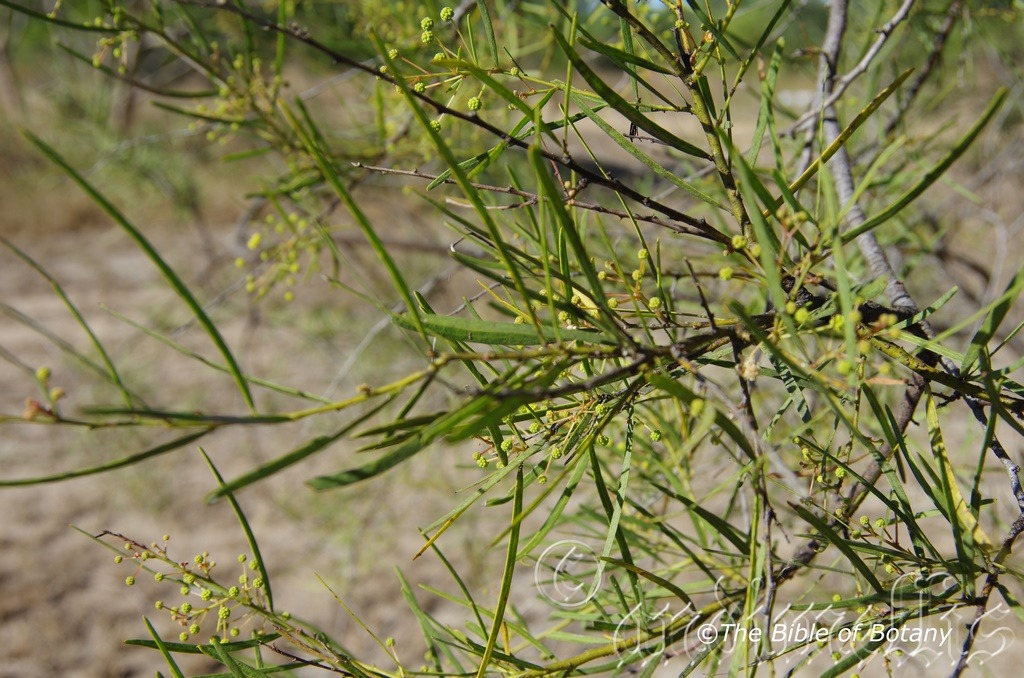
North of Toolacea Qld.
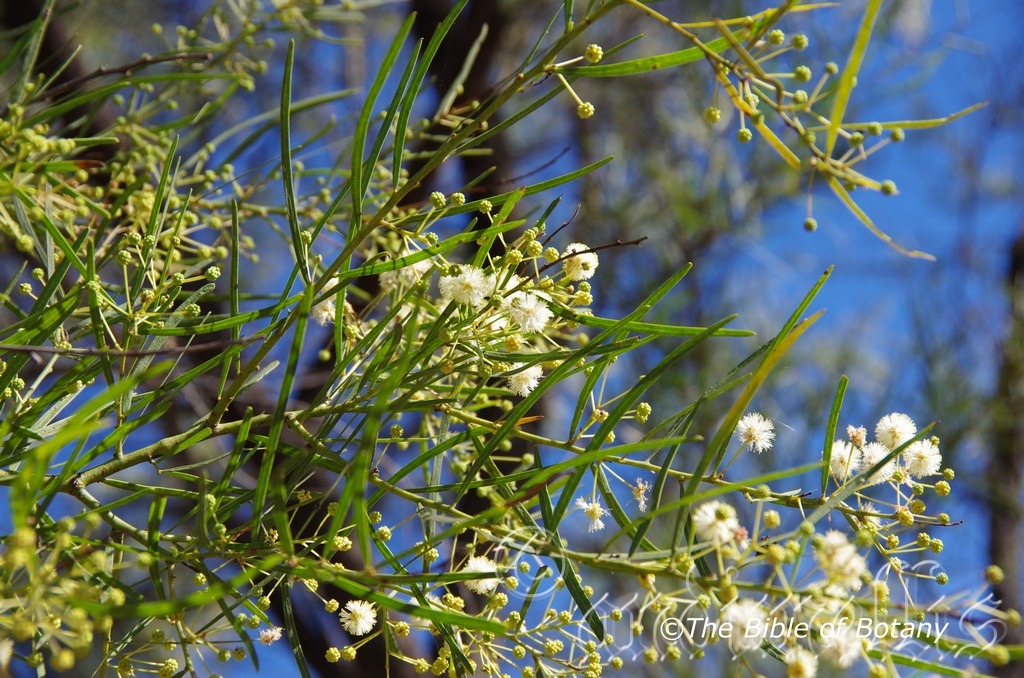
North of Toolacea Qld.
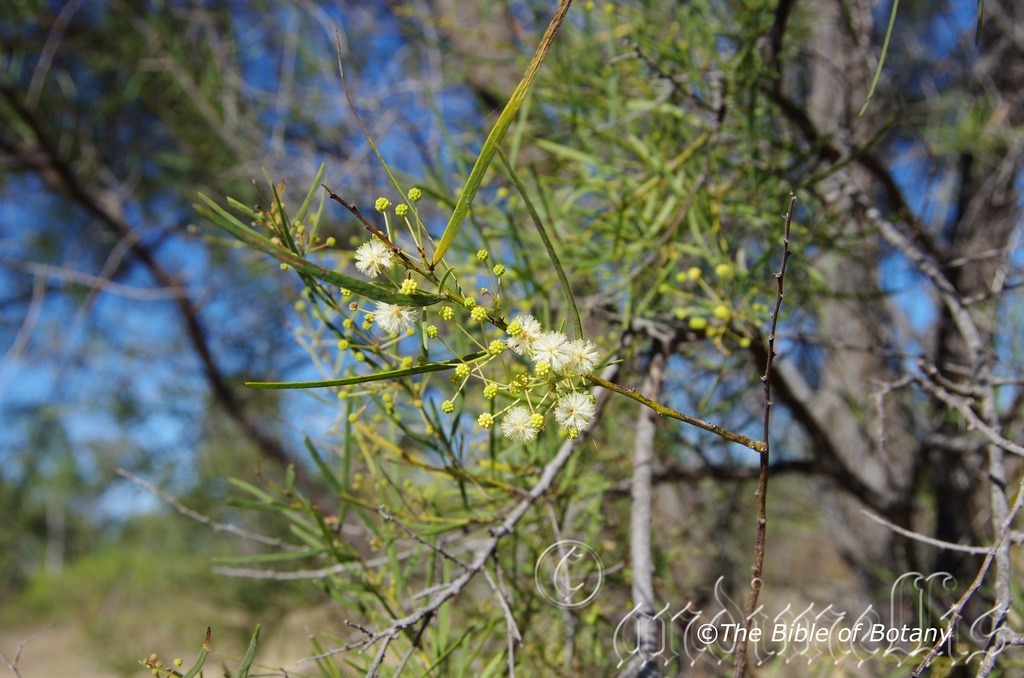
North of Toolacea Qld.
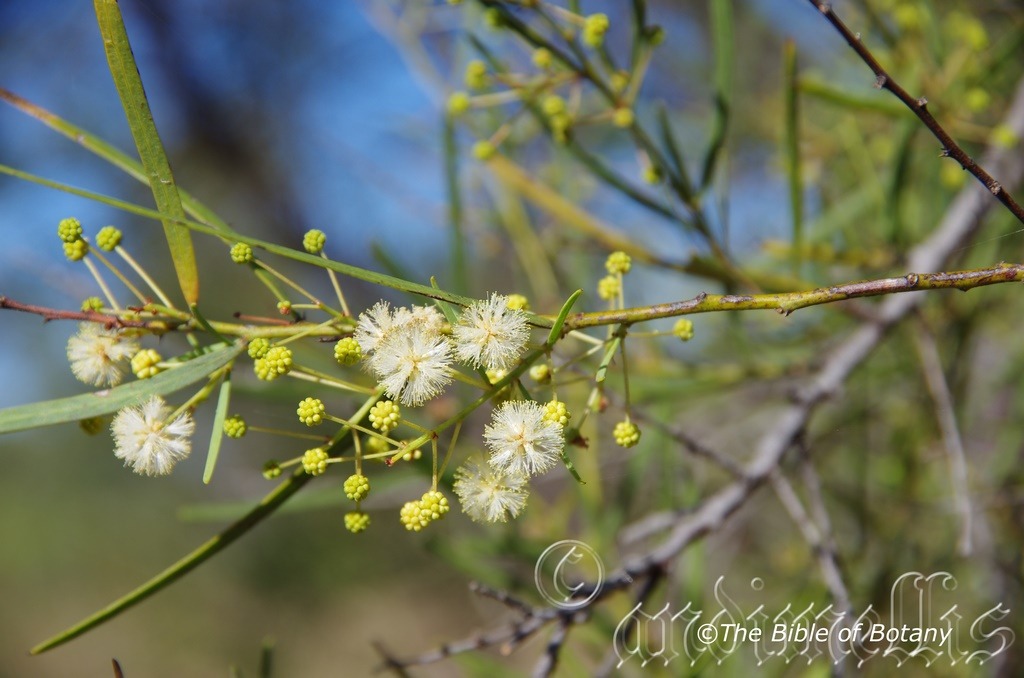
North of Toolacea Qld.
Acacia simsii
Classification:
Class: Magnoliophyta
Order: Fabales
Family: Fabaceae
Subfamily: Mimosoideae
Genus: From ἀκακία, which is Ancient Greek or Acanthium, which is Latin for to have a sharp point. It refers to the first species named by Dioscorides the Greek Botanist for the Egyptian plant Acacia arabica, which has very sharply pointed spines.
Specie: Is named in honour of John Sims; 1749-1831, who was an English botanist and physician and the first editor of “Magazine Botanique.”
Common Name: Heathlands Wattle or Sims Wattle.
Distribution:
Acacia simsii is restricted to scattered populations along the coast south from Bundaberg in central eastern Queensland to Ulludulla in southern New South Wales. There is a disjunct population south of Townsville.
https://avh.ala.org.au/occurrences/search?taxa=Acacia+simsii+#tab_mapView
Habitat Aspect Climate:
Acacia simsii prefer full sun to light dappled shade. It is found in open Eucalyptus forest and woodland. On Cape York Peninsula it grows in closed heaths and has been known to form closed scrub in disturbed areas. It grows on gentle slopes and plains in coastal areas and inland on gently undulating terrain. The altitude ranges from 2 meters ASL to 600 meters ASL
The temperatures range from lows of 4 degrees in August to 42 degrees in January.
The rainfalls range from lows of 600mm to an average of 3m annually.
Soil Requirements:
Acacia simsii prefers to grow in accumulated beach sands, sandy loams and gravelly sands. The pH. of the soils ranges between 4.5 to 7.5pH. It tolerates non saline soils to moderately saline soils. Waterlogged soils are not tolerated.
Height & Spread:
Wild Plants:1m to 4m by 1m x 3m.
Characteristics:
Acacia simsii‘s apically ribbed stems are glabrous and angled.
The linear to narrowly elliptic, straight to incurved phyllodes measure 50mm to 135mm by 2mm to 10mm in width. The bases taper to the pulvinus, while the apexes are acute to acuminate or mucronate. The coriaceous phyllodes have 3 or 4 main nerves with a few obscure longitudinally anastomosing secondary veins in between. There is a single small gland 0.5mm to 2mm above pulvinus, with 1 to 5 more located on the adaxial margin.
The simple or rudimentary inflorescences have 1 or 2 globular heads arise from the axes on 5mm to 13mm long peduncles and measure 3.5 to 5mm in diameter. The basal bract is persistent. There are 25 to 35 individual bright, golden yellow flowers in a head. The 5 merous flowers have free sepals or are to 2/3-united.
Acacia simsii’s linear to straight edged pods are slightly constricted between seeds or rarely deep constrictions are seen. They are flat, thinly coriaceous but raised over seeds and measure 50mm to 80mm in length by 4mm to 7mm in width. The longitudinal seeds are suborbicular to broadly elliptical and measure 2.5mm to 4mm in length. The dull, deep brown-black seeds have a cream, clavate aril.
Wildlife:
Acacia simsii wildlife is unknown to the author.
Cultivation:
Acacia simsii is an interesting fast growing Acacia with with very unusual stems. These characteristics would suit anyone looking for a small to medium shrub to 3 meters in height for a dry sunny position. It is particularly hardy on sandy loams and skeletal soils over rocky outcrops but adapts well to growing on soils with some gravel or even those that are predominantly fatty sands. It will flower in its second year in cultivation. It is suitable for seaside gardens but will not accept water logged or wet soils. It is drought resistant species.
Single plants scattered throughout an open bush scene and mixed with prostrate shrubs which have fine foliages that are pale blue-grey or deep grey foliages look really spectacular because of the foliage contrasts. This is especially true when nothing else is in flower to distract your attention.
It is best used adjacent to small areas of open bush close to paths or the house so their deep golden-yellow flowers can be viewed regularly. It is great in medium rockeries as the main feature plant. Here it can be planted in small scattered groups of 2 or 3 or as a stand-alone plant to create a harsh barren look with other arid plants. If it is surrounded by shorter plants with fine foliages and red flowers like the grey leaf form of Grevillea thelemanniana it is particularly striking and they will compliment each other especially when it is in flower.
Mass planting off sets the short five year or six life span of this small Acacia. When it is time to replant the seedlings, avoid the stark empty hole by replanting seedlings a year prior to removing the old plants.
Propagation:
Seeds: Acacia simsii seed requires treatment before sowing. Pre-treat the seeds by placing the seeds into a glass of boiling water. Allow the water to cool and leave to soak for 10 hours. Seeds that have not swollen repeat the exercise.
Sow into a seed raising mix and cover with 5mm to 10 mm of the mix. When the seedlings are 25mm to 50mm tall, prick them out and plant them into 50mm native tubes using a seed raising mix.
Once the seedlings reach 200mm to 250mm in height plant them out into their permanent position. When mass plantings are required plant them out at 3.5 to 5 meter centers.
Fertilize using Seaweed, fish emulsion or organic chicken pellets soaked in water on an alternate basis. Fertilize every two months until the plants are established then annually either in early September to March to maintain health, vitality and better flowering.
Further Comments from Readers:
All information is included in good faith and has been thoroughly researched prior to printing. The website or the author does not warrant or guarantee the accuracy of any information on these pages, nor does the website or the author accept any responsibility for any loss arising from the use of the information found within. The views and opinions are strictly those of the author or those members who chose to actively participate in the contents herein.
Hi reader, it seems you use The Bible of Botany a lot. That’s great as we have great pleasure in bringing it to you! It’s a little awkward for us to ask, but our first aim is to purchase land approximately 1,600 hectares to link several parcels of N.P. into one at The Pinnacles NSW Australia, but we need your help. We’re not salespeople. We’re amateur botanists who have dedicated over 30 years to saving the environment in a practical way. We depend on donations to reach our goal. If you donate just $5, the price of your coffee this Sunday, We can help to keep the planet alive in a real way and continue to bring you regular updates and features on Australian plants all in one Botanical Bible. Any support is greatly appreciated. Thank you.
In the spirit of reconciliation we acknowledge the Bundjalung, Gumbaynggirr and Yaegl and all aboriginal nations throughout Australia and their connections to land, sea and community. We pay our respect to their Elders past, present and future for the pleasures we have gained.
Acacia spectabilis
Classification:
Class: Magnoliophyta
Order: Fabales
Family: Fabaceae
Subfamily: Mimosoideae
Genus: From ἀκακία, which is Ancient Greek or Acanthium, which is Latin for to have a sharp point. It refers to the first species named by Dioscorides the Greek Botanist for the Egyptian plant Acacia arabica, which has very sharply pointed spines.
Specie: From Spectaculum/Spectare, which are Latin for spectacular. It refers to plants, which make a spectacular display when in flower.
Sub specie:
Common Name:
Distribution:
Acacia spectabilis is found south from Rockhampton in central coastal Queensland to Albury on the New South Wales Victorian border. It mainly grows on the western slopes of the Great Dividing Range and the eastern side of the Western Plains.
https://avh.ala.org.au/occurrences/search?taxa=Acacia+spectabilis+#tab_mapView
Habitat Aspect Climate:
Acacia spectabilis prefer full sun to dappled sun. It grows in Eucalyptus forests, coastal woodlands, heaths on flat terrain. The altitude ranges from 5 meters ASL to 980 meters ASL
The temperatures range from lows of minus 3 degrees in July to 39 degrees in January.
The rainfalls range from lows of 300mm to 1200mm average per annum.
Soil Requirements:
Acacia spectabilis prefer coarse sands, fine sands, sands sandy loams, light fatty clays, medium clays or light silts to heavy silts. The soils are usually derived from decomposed sandstones, granites, brown basalts, black basalts, shales, metamorphic rocks, alluvial deposits or accumulated peaty beach sands. The soil’s pH ranges from 4.5pH to 6.5pH. It tolerates seasonal waterlogged soils. None saline soils to very saline soils are tolerated as are salt laden winds.
Height & Spread:
Wild Plants: 1.5m to 6m by 1.5m to 2m.
Characteristics:
Acacia spectabilis grows as a single trunk tree to 6 meters or a smaller bushy shrub. The bark is light brown and scurfy to the larger branches. The angled or flattened smaller branchlets and stems are brown scurfied or glabrous. Young branchlets are covered in fine resinous lumps.
Acacia stricta’s linear to linear-oblanceolate or seldom narrowly elliptical phyllodes are straight to slightly incurve. The phyllodes measure 35mm to 140mm long by 4mm to 15mm wide. The base is narrowly tapering to almost attenuate oblique while the apex is obliquely acute-obtuse to obtuse with a mucronate tip. The concolourous laminas are grey-green to sea-green or sub glaucous and covered fine resinous lumps. The juvenile foliage is paler to the mature phyllodes. The leaf margins are entire while the laminas are flat.
The mid veins are strongly prominent on the lower laminas and are distinctly visible from the upper laminas. The 2 longitudinal veins are closely penniveined. The single gland is positioned adjacent to the pulvinus. The pulvinus measure 1mm in length with a 2mm in length.
Inflorescences of Acacia spectabilis are 1 to 4 from the auxiliary phyllodes. The peduncles are grey-green to sea-green or sub glaucous and covered fine resinous lumps. The peduncles measure 2mm to 5mm in length. There are 20 to 38 individual flowers to a globose head. Each globose head measures 7mm to 10mm in diameter with the individual flowers measuring 3.5mm to 5mm in length.
The individual flowers are 5 merous. The persistent bracteoles and 5 sepals are covered in mealy lumps and are pale olive-brown. The elliptical petals are pale olive-brown to olive-yellow while the stamens are creamy yellow to lemon-yellow. Acacia stricta‘s flowers appear from July through to October.
The fruits of Acacia spectabilis are linear flat pods. Prior to splitting they measure 40mm to 70mm in length by 2mm to 4mm in width. The pods are firmly chartaceous to thinly coriaceous and turn from grey-green to sea-green or sub glaucous light brown and glabrous when ripe.
The 3 to 6 oblong to ellipsoidal seeds are deep brown and glossy with white aril which is folded beneath the base of the seed. The seeds measure 3mm to 4.5mm in length by 2.8mm to 3mm in width.
Wildlife:
Acacia spectabilis wildlife is unknown to the author.
Cultivation:
Acacia spectabilis is a beautiful bushy shrub that adapts well to cultivation. The variation in foliage varieties make the selection more interesting as garden subjects and offer greater versatility for the home gardener. The foliage is the main attribution to wanting to grow this species though in cultivation the flowers can be quite prolific. They can be regularly tip pruned to encourage a smaller bushier shrub or even a semi prostrate form can be enticed with regular tip pruning in the early stages. As garden subjects they will grow 3.5 meters to 5.5 meters in height by 2 5 meters to 3.5 meters in diameter when grown in the open however as a prostrate Acacia it is possible to train them to grow 0.5m high by 3m wide.
Use the foliage to contrast other plants or make a display where the blue will contrast with ornaments, walls, paving or rocks. Adjacent to paths or in rockeries the prostrate habit looks great with red flowering Grevilleas as a back drop or where the branchlets can creep out towards the edge of the rockery or pathways.
Garden beds would need to be open with plenty of space between plants to allow air flow as well as to give the branchlets a chance to spread and be appreciated for their unique beauty. Crowding this type of foliage with other plants will see them become taller with less foliage. Correct spacing will contrast the foliages better without one overpowering the other. For mass planting space the plants at least 5 meters to 6 meter centers if you are considering it for a shrub. Spacings of 3.5 meters will be needed to create a beautiful prostrate scene.
The use of annuals helps to attract the viewer to the permanent plants foliage as it is the predominant foliage you want people to notice in the patch. In the case of Acacia stricta you could substitute very small grevilleas in lieu of the native annuals. In addition most annuals flower when this Acacia is resting during the summer and the Grevilleas will flower at the same time. Annuals mixed with Acacia stricta help to give small gardens depth and make them look larger than what they really are. It works well with Grevillea masonii another Grevillea of similar size but contrasting foliages are the key to success with the flowers being a bonus.
Propagation:
Seeds: The seeds of Acacia spectabilis seeds require treatment before sowing. Pre-treat the seeds by placing the seeds into a glass of hot water. Allow the water to cool and leave to soak for 10 to 20 hours. Seeds that have not swollen repeat the exercise. Sow the treated seeds into a seed raising mix and cover them to a depth of 10mm with the mix.
When the seedlings are 25mm to 50mm tall, prick them out and plant them into 50mm native tubes using a seed raising mix.
Once the seedlings reach 150mm to 200mm in height plant them out into their permanent position. For mass displays or hedgerows plant the seedlings out at 2 meter spacing’s.
Fertilize using Seaweed, fish emulsion or organic chicken pellets soaked in water on an alternate basis. Fertilize every two months until the plants are established then annually either in early September to March to maintain health, vitality and better flowering.
Further Comments from Readers:
All information is included in good faith and has been thoroughly researched prior to printing. The website or the author does not warrant or guarantee the accuracy of any information on these pages, nor does the website or the author accept any responsibility for any loss arising from the use of the information found within. The views and opinions are strictly those of the author or those members who chose to actively participate in the contents herein.
Hi reader, it seems you use The Bible of Botany a lot. That’s great as we have great pleasure in bringing it to you! It’s a little awkward for us to ask, but our first aim is to purchase land approximately 1,600 hectares to link several parcels of N.P. into one at The Pinnacles NSW Australia, but we need your help. We’re not salespeople. We’re amateur botanists who have dedicated over 30 years to saving the environment in a practical way. We depend on donations to reach our goal. If you donate just $5, the price of your coffee this Sunday, We can help to keep the planet alive in a real way and continue to bring you regular updates and features on Australian plants all in one Botanical Bible. Any support is greatly appreciated. Thank you.
In the spirit of reconciliation we acknowledge the Bundjalung, Gumbaynggirr and Yaegl and all aboriginal nations throughout Australia and their connections to land, sea and community. We pay our respect to their Elders past, present and future for the pleasures we have gained.
Acacia stricta
Classification:
Class: Magnoliophyta
Order: Fabales
Family: Fabaceae
Subfamily: Mimosoideae
Genus: From ἀκακία, which is Ancient Greek or Acanthium, which is Latin for to have a sharp point. It refers to the first species named by Dioscorides the Greek Botanist for the Egyptian plant Acacia arabica, which has very sharply pointed spines.
Specie: From Stricta, which is Latin for to draw tight. It refers to organs, which are stiff and rigid.
Sub specie: Acacia stricta subsp. binervis. From Bi/Bis, which is Greek/Latin for two and Neruron, which is Ancient Greek for a nerve or vein. It refers to the xylem or phloem system in the leaves or flowers for transporting of liquids and minerals.
Sub specie: Acacia stricta subsp. pleiocephala. From Pleion, which is Ancient Greek for more than one and Kephale, which is Ancient Greek for a head. It refers to the plants, producing several offsets of flowers on each spike, especially under ideal conditions.
Subs specie: Acacia stricta subsp. stricta. From Stricta, which is Latin for to draw tight. It refers to organs, which are stiff and rigid.
Common Name:
Distribution:
Acacia stricta is found south from Rockhampton in central coastal Queensland to Albury on the New South Wales Victorian border.
https://avh.ala.org.au/occurrences/search?taxa=Acacia+stricta+#tab_mapView
Habitat Aspect Climate:
Acacia stricta prefer full sun to dappled sun. It grows in Eucalyptus forests, coastal woodlands, heaths on flat terrain. The altitude ranges from 5 meters ASL to 980 meters ASL
The temperatures range from lows of minus 3 degrees in July to 39 degrees in January.
The rainfalls range from lows of 300mm to 1200mm average per annum.
Soil Requirements:
Acacia stricta prefer coarse sands, fine sands, sands sandy loams, light fatty clays, medium clays or light silts to heavy silts. The soils are usually derived from decomposed sandstones, granites, brown basalts, black basalts, shales, metamorphic rocks, alluvial deposits or accumulated peaty beach sands. The soil’s pH ranges from 4.5pH to 6.5pH. It tolerates seasonal waterlogged soils. None saline soils to very saline soils are tolerated as are salt laden winds.
Height & Spread:
Wild Plants: 1.5m to 2m by 1.5m to 2m.
Characteristics:
Acacia stricta grows as a single trunk tree to 6 meters or a smaller bushy shrub. The bark is light brown and scurfy to the larger branches. The angled or flattened smaller branchlets and stems are brown scurfied or glabrous. Young branchlets are covered in fine resinous lumps.
Acacia stricta’s linear to linear-oblanceolate or seldom narrowly elliptical phyllodes are straight to slightly incurve. The phyllodes measure 35mm to 140mm long by 4mm to 15mm wide. The base is narrowly tapering to almost attenuate oblique while the apex is obliquely acute-obtuse to obtuse with a mucronate tip. The concolourous laminas are grey-green to sea-green or sub glaucous and covered fine resinous lumps. The juvenile foliage is paler to the mature phyllodes. The leaf margins are entire while the laminas are flat.
The mid veins are strongly prominent on the lower laminas and are distinctly visible from the upper laminas. The 2 longitudinal veins are closely penniveined. The single gland is positioned adjacent to the pulvinus. The pulvinus measure 1mm in length with a 2mm in length.
Inflorescences of Acacia stricta are 1 to 4 from the auxiliary phyllodes. The peduncles are grey-green to sea-green or sub glaucous and covered fine resinous lumps. The peduncles measure 2mm to 5mm in length. There are 20 to 38 individual flowers to a globose head. Each globose head measures 7mm to 10mm in diameter with the individual flowers measuring 3.5mm to 5mm in length.
The individual flowers are 5 merous. The persistent bracteoles and 5 sepals are covered in mealy lumps and are pale olive-brown. The elliptical petals are pale olive-brown to olive-yellow while the stamens are creamy yellow to lemon-yellow. Acacia stricta‘s flowers appear from July through to October.
The fruits of Acacia stricta are linear flat pods. Prior to splitting they measure 40mm to 70mm in length by 2mm to 4mm in width. The pods are firmly chartaceous to thinly coriaceous and turn from grey-green to sea-green or sub glaucous light brown and glabrous when ripe.
The 3 to 6 oblong to ellipsoidal seeds are deep brown and glossy with white aril which is folded beneath the base of the seed. The seeds measure 3mm to 4.5mm in length by 2.8mm to 3mm in width.
Wildlife:
Acacia stricta wildlife is unknown to the author.
Cultivation:
Acacia stricta is a beautiful bushy shrub that adapts well to cultivation. The variation in foliage varieties make the selection more interesting as garden subjects and offer greater versatility for the home gardener. The foliage is the main attribution to wanting to grow this species though in cultivation the flowers can be quite prolific. They can be regularly tip pruned to encourage a smaller bushier shrub or even a semi prostrate form can be enticed with regular tip pruning in the early stages. As garden subjects it will grow from 2.5 meters to 3.5 meters in height by 1.5 meters to 2 meters in diameter when grown in the open however as a prostrate Acacia it is possible to train them to grow 0.5m high by 3m wide.
Use the foliage to contrast other plants or make a display where the blue will contrast with ornaments, walls, paving or rocks. Adjacent to paths or in rockeries the prostrate habit looks great with red flowering Grevilleas as a back drop or where the branchlets can creep out towards the edge of the rockery or pathways.
Garden beds would need to be open with plenty of space between plants to allow air flow as well as to give the branchlets a chance to spread and be appreciated for their unique beauty. Crowding this type of foliage with other plants will see them become taller with less foliage. Correct spacing will contrast the foliages better without one overpowering the other. For mass planting space the plants at least 2.5 meters to 3.5 meter centers if you are considering it for a shrub. Spacings of 3.5 meters will be needed to create a beautiful prostrate scene.
The use of annuals helps to attract the viewer to the permanent plants foliage as it is the predominant foliage you want people to notice in the patch. In the case of Acacia stricta you could substitute very small grevilleas in lieu of the native annuals. In addition most annuals flower when this Acacia is resting during the summer and the Grevilleas will flower at the same time. Annuals mixed with Acacia stricta help to give small gardens depth and make them look larger than what they really are. It works well with Grevillea masonii another Grevillea of similar size but contrasting foliages are the key to success with the flowers being a bonus.
Propagation:
Seeds: The seeds of Acacia stricta seeds require treatment before sowing. Pre-treat the seeds by placing the seeds into a glass of hot water. Allow the water to cool and leave to soak for 10 to 20 hours. Seeds that have not swollen repeat the exercise. Sow the treated seeds into a seed raising mix and cover them to a depth of 10mm with the mix.
When the seedlings are 25mm to 50mm tall, prick them out and plant them into 50mm native tubes using a seed raising mix.
Once the seedlings reach 150mm to 200mm in height plant them out into their permanent position. For mass displays or hedgerows plant the seedlings out at 2 meter spacing’s.
Fertilize using Seaweed, fish emulsion or organic chicken pellets soaked in water on an alternate basis. Fertilize every two months until the plants are established then annually either in early September to March to maintain health, vitality and better flowering.
Further Comments from Readers:
All information is included in good faith and has been thoroughly researched prior to printing. The website or the author does not warrant or guarantee the accuracy of any information on these pages, nor does the website or the author accept any responsibility for any loss arising from the use of the information found within. The views and opinions are strictly those of the author or those members who chose to actively participate in the contents herein.
Hi reader, it seems you use The Bible of Botany a lot. That’s great as we have great pleasure in bringing it to you! It’s a little awkward for us to ask, but our first aim is to purchase land approximately 1,600 hectares to link several parcels of N.P. into one at The Pinnacles NSW Australia, but we need your help. We’re not salespeople. We’re amateur botanists who have dedicated over 30 years to saving the environment in a practical way. We depend on donations to reach our goal. If you donate just $5, the price of your coffee this Sunday, We can help to keep the planet alive in a real way and continue to bring you regular updates and features on Australian plants all in one Botanical Bible. Any support is greatly appreciated. Thank you.
In the spirit of reconciliation we acknowledge the Bundjalung, Gumbaynggirr and Yaegl and all aboriginal nations throughout Australia and their connections to land, sea and community. We pay our respect to their Elders past, present and future for the pleasures we have gained.

Yuraygir National Park NSW.
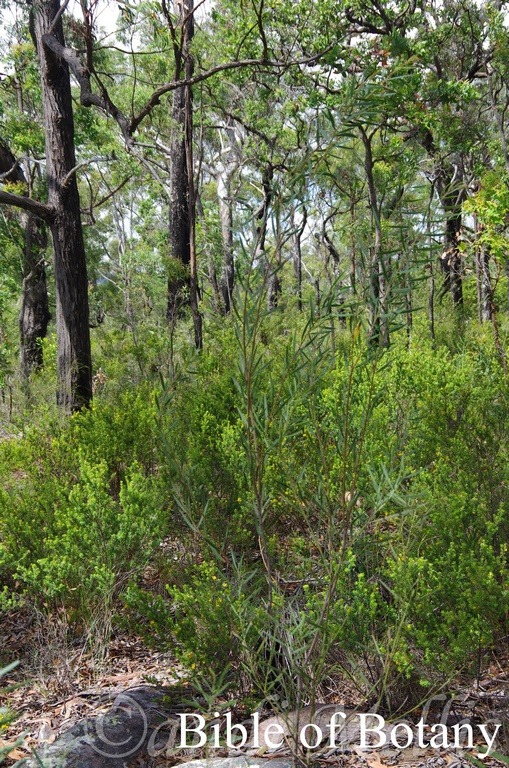
Sherwood Nature Reserve NSW.
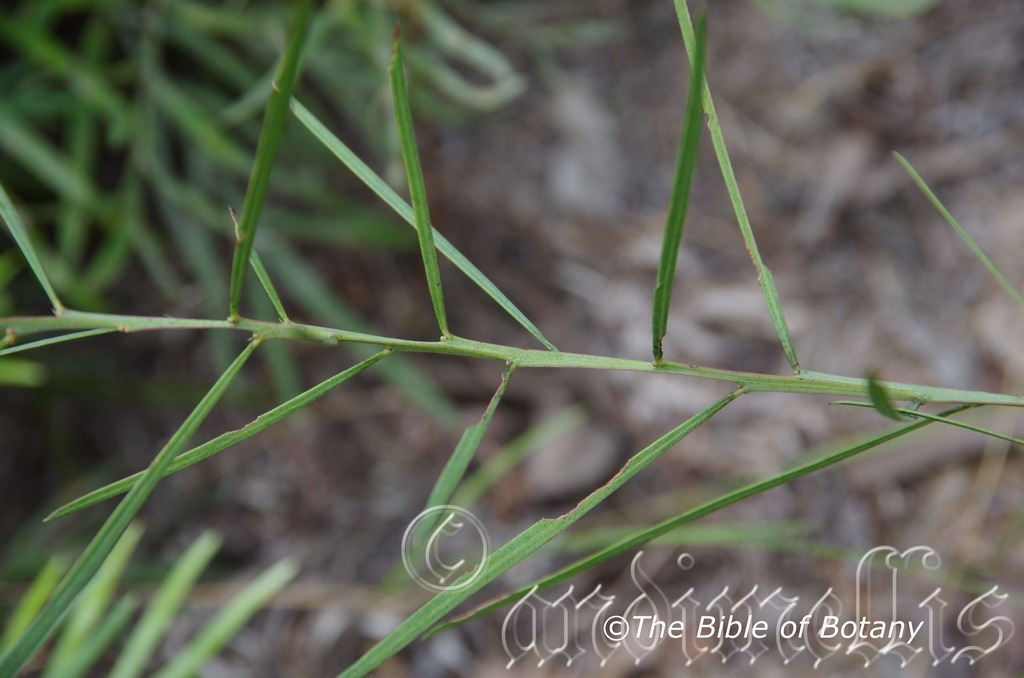
The Pinnacles NSW.
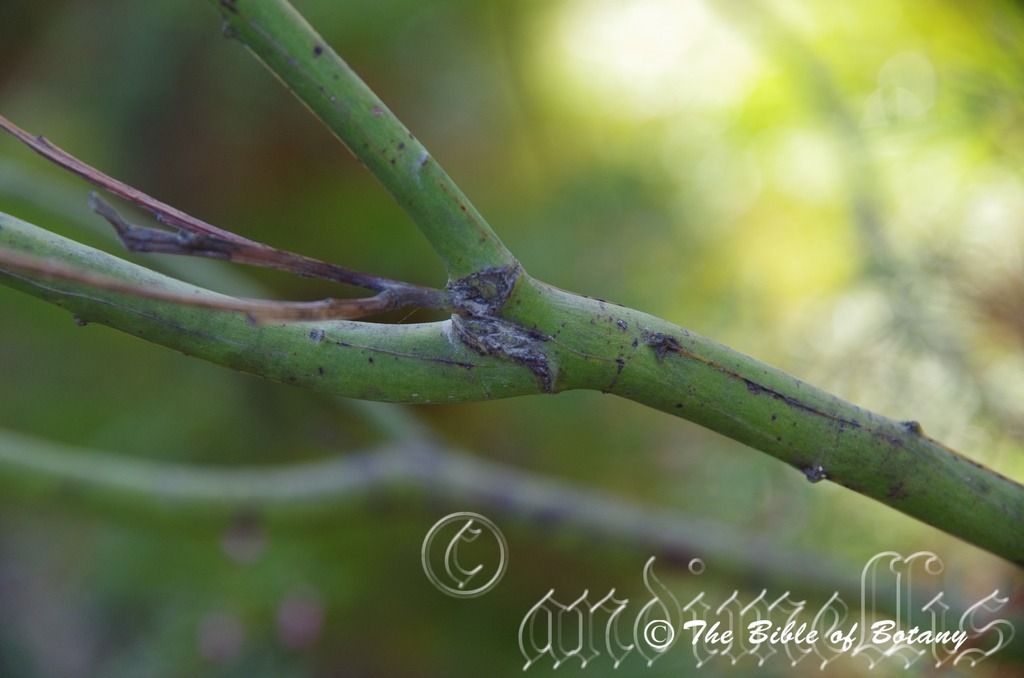
Diamond Beach to Kylie’s Beach Nature Reserve NSW

Diamond Beach to Kylie’s Beach Nature Reserve NSW
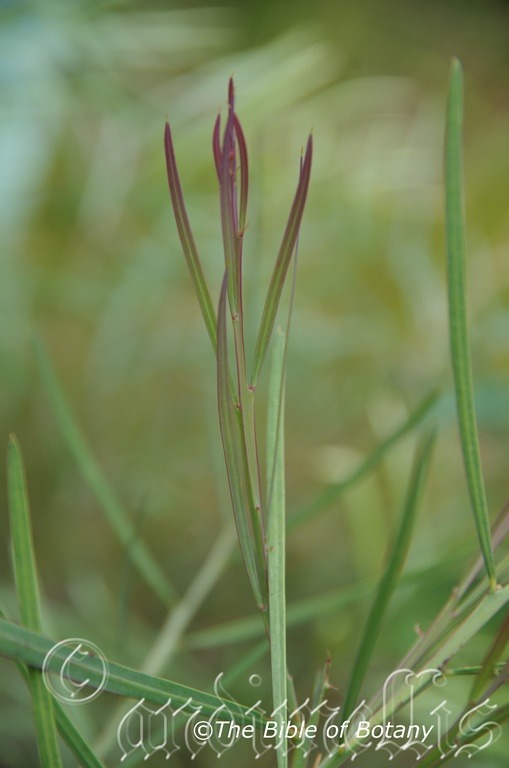
The Pinnacles NSW.
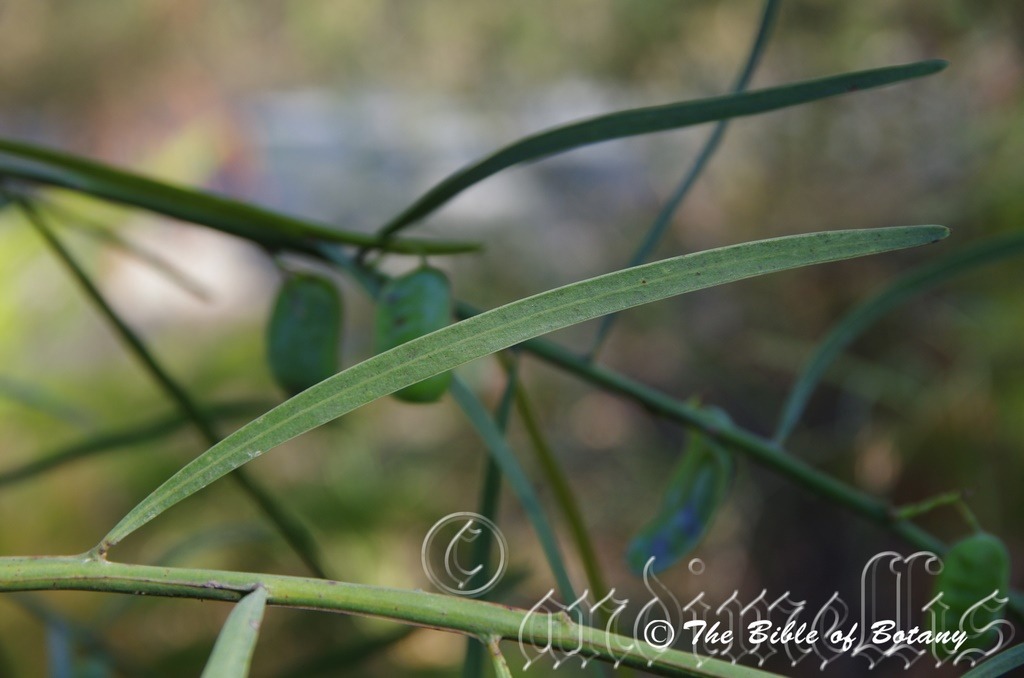
Diamond Beach NSW.
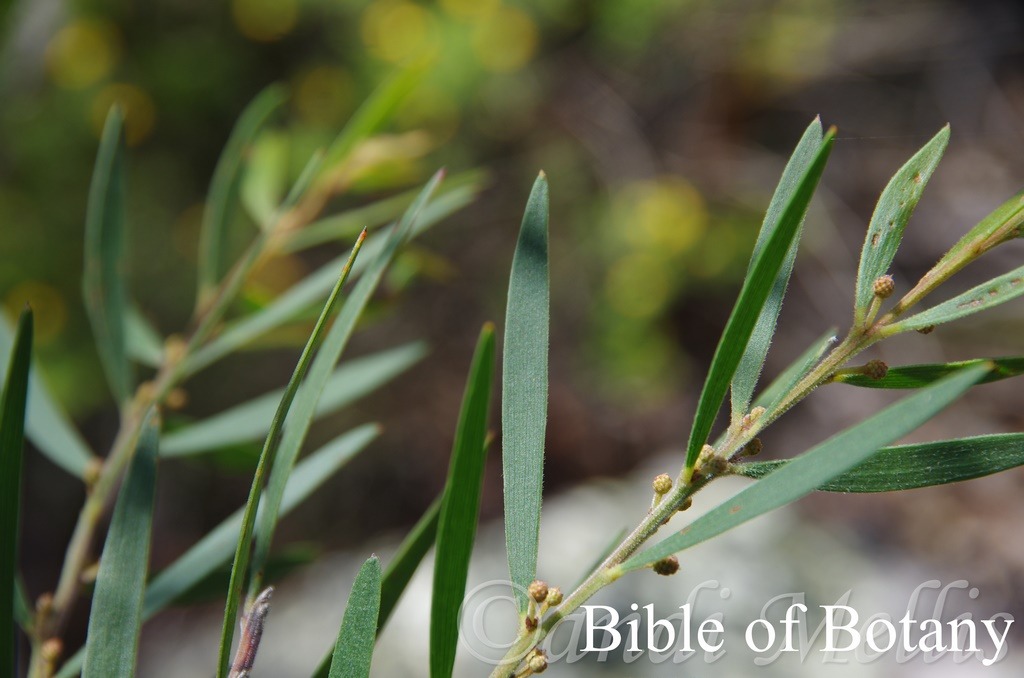
Sherwood Nature Reserve NSW.
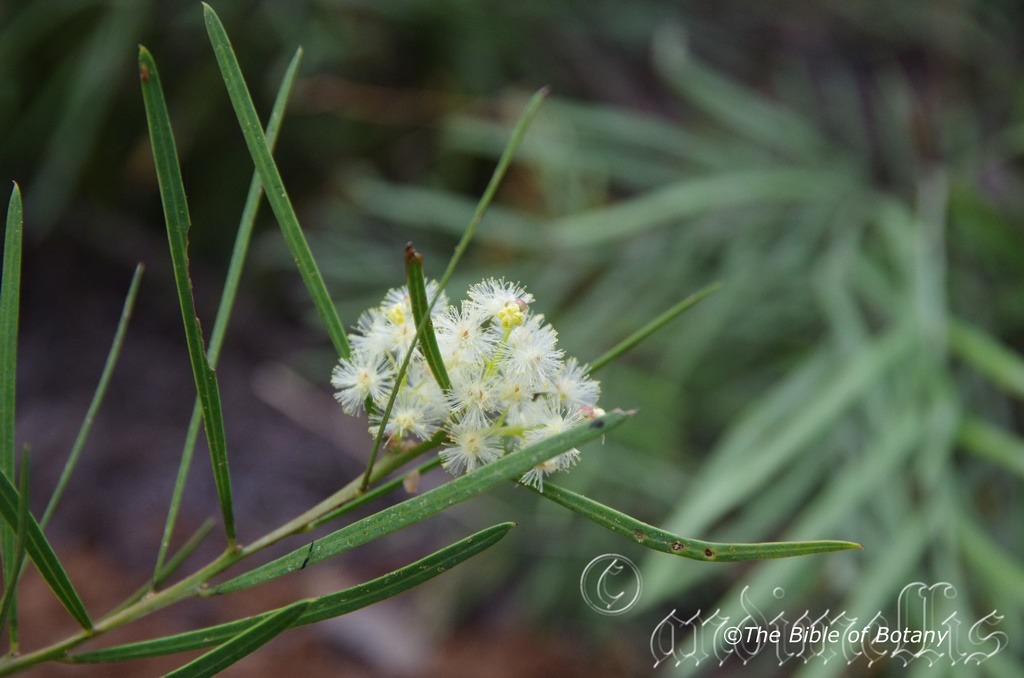
The Pinnacles NSW.
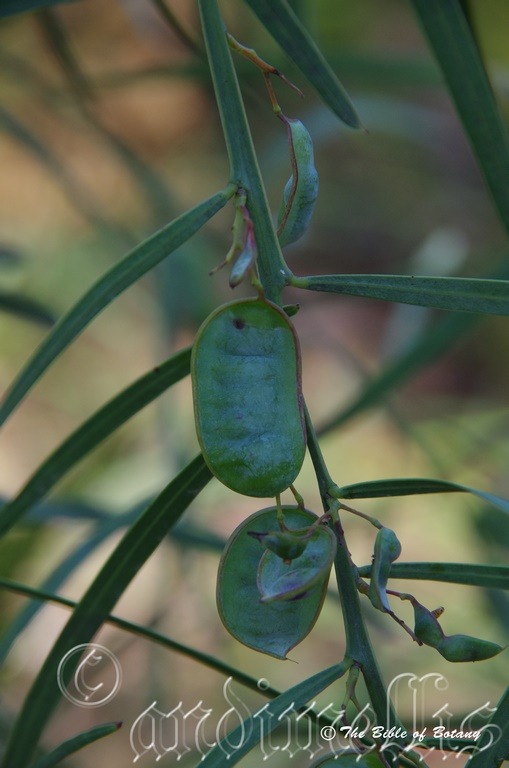
Diamond Beach NSW.
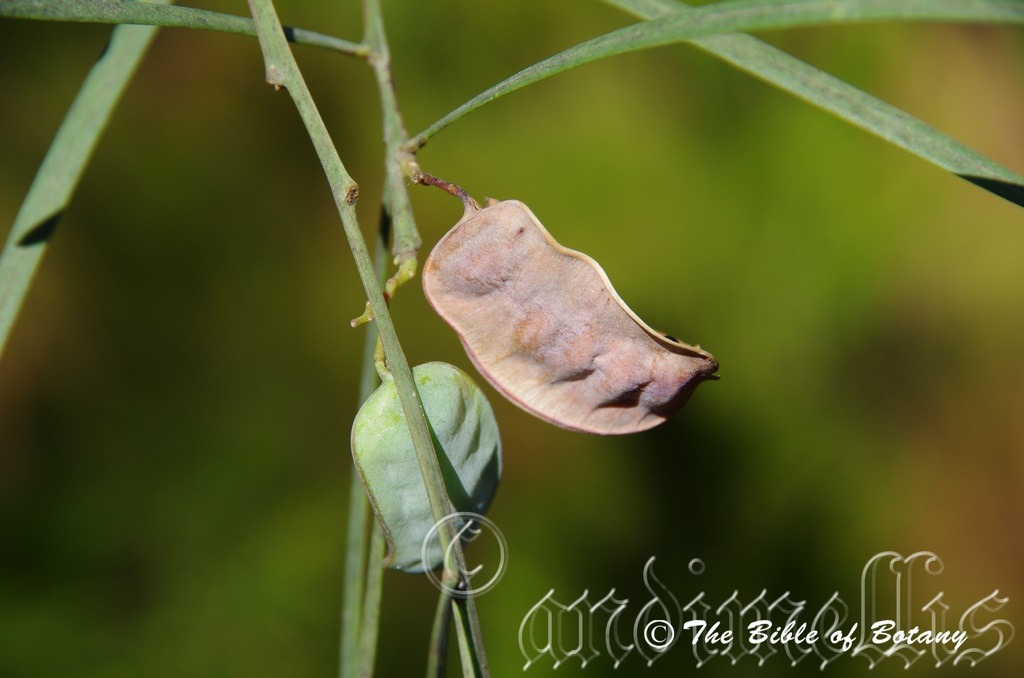
Diamond Beach NSW.
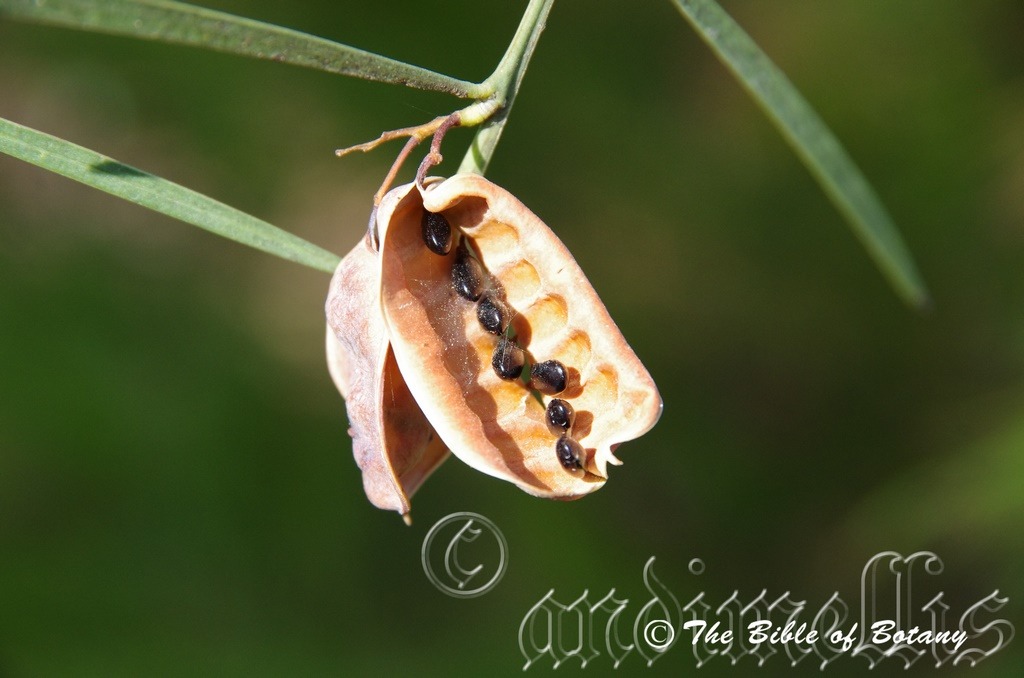
Diamond Beach NSW.
Acacia suaveolens
Classification:
Class: Magnoliophyta
Order: Fabales
Family: Fabaceae
Subfamily: Mimosoideae
Genus: From ἀκακία, which is Ancient Greek or Acanthium, which is Latin for to have a sharp point. It refers to the first species named by Dioscorides the Greek Botanist for the Egyptian plant Acacia arabica, which has very sharply pointed spines.
Specie: From Suavis, which is Latin/French for sweet. It refers to flowers, or at times the fruits which are sweetly scented.
Sub specie:
Common Name: Sweet Scented Wattle.
Distribution:
Acacia suaveolens is found south from the Btone River in Queensland, to Wilson’s Promontory in south eastern Victoria on and east of the Great Dividing Range and west to Mount Gambier and the Naracoorte coastal Plains in south eastern South Australia There several isolated populations further west at and on the southern tip of Eyre Peninsula.
There is an isolated population on the Gordon River in southern Western Australia.
In Tasmania it is found on most the Bass Strait Islands including Flinders Island and King Island. In Tasmania it is found in the North West corner along the northern coast line and down the eastern third of the state except for the north eastern highlands.
https://avh.ala.org.au/occurrences/search?taxa=Acacia+sauveolens+#tab_mapView
Habitat Aspect Climate:
Acacia suaveolens prefer full sun to dappled shade. It grows in littoral heath lands behind the frontal dunes, along estuarial zones on gentle slopes or rocky hills or on plateau heaths. It grows as a small scrambly shrub in country dominated by open Eucalyptus forests or open woodlands. It never dominates the understory but is locally common. The altitude ranges from 2 meters ASL to 1350 meters ASL
The temperatures range from lows of minus 2 degrees in July to 38 degrees in January.
The rainfalls range from lows of 450mm to an average of 2500mm annually.
Soil Requirements:
Acacia suaveolens prefers deep, coarse sands, fine sands, sandy loams, light fatty clays, medium clays or light silts to heavy silts. The soils are usually derived from decomposed sandstones, granites, brown basalts, black basalts, alluvial deposits or accumulated peaty beach sands. The soil’s pH ranges from 4.5pH to 6.5pH. It does not tolerate waterlogged soils. None saline soils to very saline soils are tolerated as are salt laden winds.
Height & Spread:
Wild Plants: 1m to 2.5m by 1.5m to 3m.
Characteristics:
Acacia sauveolens‘s stems are blue-green to grey-green, glabrous to pruinose on the larger stems. The smaller stems are terete, grey-green to a dull blue-green and glabrous pruinose. It has a decumbent growth habit.
Acacia suaveolens‘s alternate phyllodes are narrowly elliptic to lanceolate or linear-lanceolate phyllodes. The phyllodes are straight or curved and measure 50mm to 150mm in length by 2mm to 10mm in width. The base is tapering while the apex is acute-obtuse with a slightly pungent mucronate tip. The concolourous laminas are grey-green to blue-green glabrous to pruinose. The margins are entire while the laminas are flat.
The mid veins are prominent on the upper laminas and distinctly visible from the lower laminas. The single minute gland is located 2mm to 5mm above the pulvinus. The pulvinus measure 1mm to 2mm in length.
The inflorescences of Acacia suaveolens are singular or 2 racemes born auxiliary. The rachises and peduncles are glabrous. The rachises measure 10mm to 30mm in length while the peduncles measure 3mm to 5mm in length. There are 5 to 10 globose heads on a raceme with 30 to 45 individual flowers to a globose head. Each globose head measures 5mm to 7mm in diameter with the individual flowers measuring 3mm to 4mm in length.
The individual flowers are 5 merous. The bracts and 5 sepals are pale blue-green. The elliptical petals are pale blue-green while the stamens are pale cream almost white through to butter-yellow. Acacia suaveolens’s sweetly scented flowers appear from April through to September.
Acacia suaveolens fruits are oblong, flat pods. They measure 15mm to 50mmin length by 5.5mm to 7.5mm in width. It is slightly to moderately constrict between the seeds while the margins are entire to very slightly constrict. The chartaceous blue-green, glabrous, pruinose pods turn pinkish-brown externally and paler and more pink internally when ripe. The oblong, semi glossy, black seeds measures 5mm to 6mm in length by 2.6mm to 3mm in width. The white clavate funicle is filiform and folded below the base of the seed.
Wildlife:
Acacia sauveolens is attractive to many small native beetles and native bees when in flower. There is also an unknown larva which feeds on the leaves in the Coffs Harbour to Yamba districts.
Cultivation:
Acacia sauveolens is a beautiful small scrambling shrub which has beautifully coloured foliage and contrasting flowers. In temperate coastal, sub-tropical or semi-arid Native gardens it can be used to add nitrogen to the soil. Acacia suaveolens is suitable where winter temperatures drop to minus 5 degrees where only minimal burning occurs on mature plants. It is hardy and fast growing given a little additional water and our recommended fertilizer will bloom in their second season. Good garden specimens will grow from 0.5 meter to 1.5 meters in height by 0.8 meters to 1.6 meters in diameter when grown in the open. Tip pruning will help maintain bushiness and a more compact plant.
It is most suitable in bush gardens where it can be used to fill in small bare spots. It is ideal at the end of sunny pools where it can be pruned to form a low hedge intermingled with other plants with contrasting foliages to break up hard lines. Make sure it is far enough back as not to cause filter problems when it is in flower.
Acacia suaveolens would make an outstanding contribution to a moist heath garden. Here it can be used as the taller growing plant or as the fill in plant, scattered throughout the heath scene. When you design a flat heath garden which Acacia suaveolens is well suited, don’t use contours to display the plants as heath lands are almost always flat or have a slight rise. Plants must be planted close together and be short so you can see over the tallest ones with the exception of one or two plants at the most. These will be feature plants. The idea is to achieve a feeling of expansive flatness. This can be achieved with using the Acacia suaveolens‘s blue-green linear leaves and having them contrasting with finer pale green or soft grey to glaucous coloured foliages. Use a lot of procumbent plants like Carpobrotus edulis or Hibbertia specie. Mix them with other smaller shrubs so none of them dominate the scene but blend in to give a mosaic of foliage colours that you oversee. Here I immediately think of Actinotis helianthi for excellent foliage contrast or Grevillea thelemanniana to give height and breadth as well as contrasting foliages. Native annuals also look great and add colour to a heath scene.
Propagation:
Seeds: Acacia sauveolens require treatment before sowing. Pre-treat the seeds by placing the seeds into a glass of hot water. Allow the water to cool and leave to soak for 10 to 20 hours. Seeds that have not swollen repeat the exercise.
Sow into a seed raising mix. When the seedlings are 25mm to 50mm tall, prick them out and plant them into 50mm native tubes using a seed raising mix.
Once the seedlings reach 200mm to 250mm in height plant them out into their permanent position.
Fertilize using Seaweed, fish emulsion or organic chicken pellets soaked in water on an alternate basis. Fertilize every two months until the plants are established then annually either in early September to March to maintain health, vitality and better flowering.
Further Comments from Readers:
All information is included in good faith and has been thoroughly researched prior to printing. The website or the author does not warrant or guarantee the accuracy of any information on these pages, nor does the website or the author accept any responsibility for any loss arising from the use of the information found within. The views and opinions are strictly those of the author or those members who chose to actively participate in the contents herein.
Hi reader, it seems you use The Bible of Botany a lot. That’s great as we have great pleasure in bringing it to you! It’s a little awkward for us to ask, but our first aim is to purchase land approximately 1,600 hectares to link several parcels of N.P. into one at The Pinnacles NSW Australia, but we need your help. We’re not salespeople. We’re amateur botanists who have dedicated over 30 years to saving the environment in a practical way. We depend on donations to reach our goal. If you donate just $5, the price of your coffee this Sunday, We can help to keep the planet alive in a real way and continue to bring you regular updates and features on Australian plants all in one Botanical Bible. Any support is greatly appreciated. Thank you.
In the spirit of reconciliation we acknowledge the Bundjalung, Gumbaynggirr and Yaegl and all aboriginal nations throughout Australia and their connections to land, sea and community. We pay our respect to their Elders past, present and future for the pleasures we have gained.
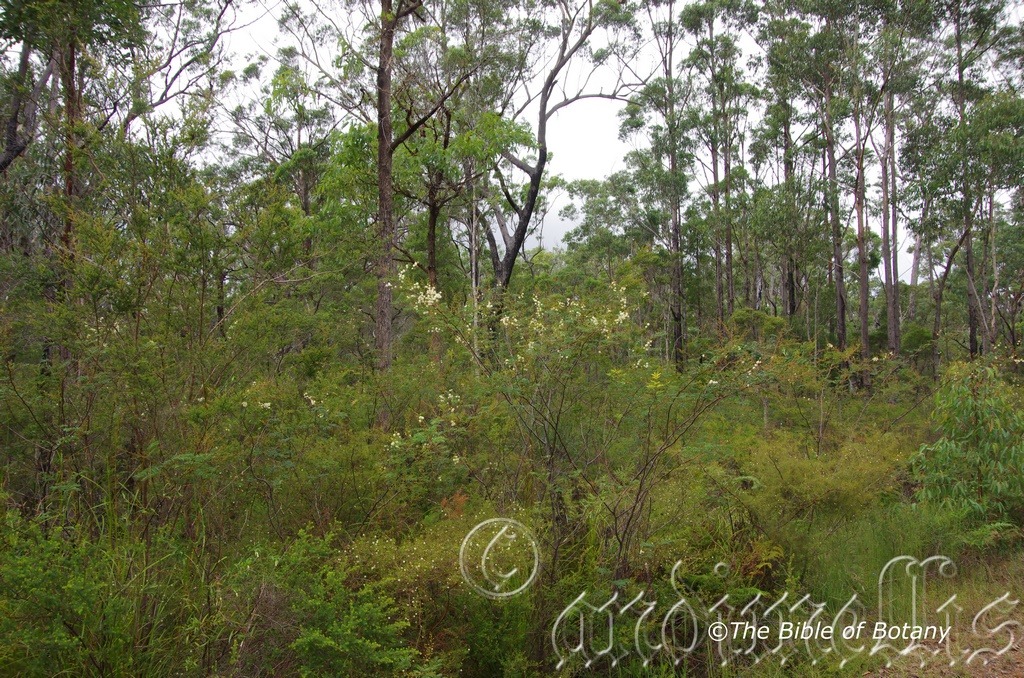
Yuraygir National Park NSW.
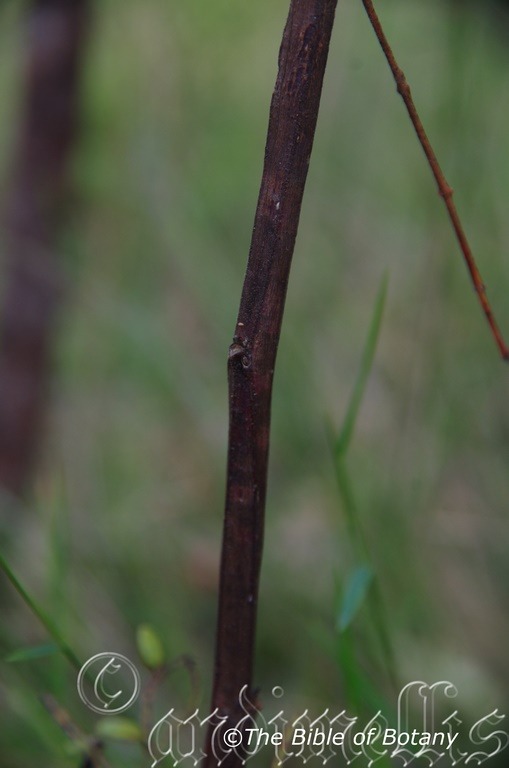
Fortis Creek National Park NSW.
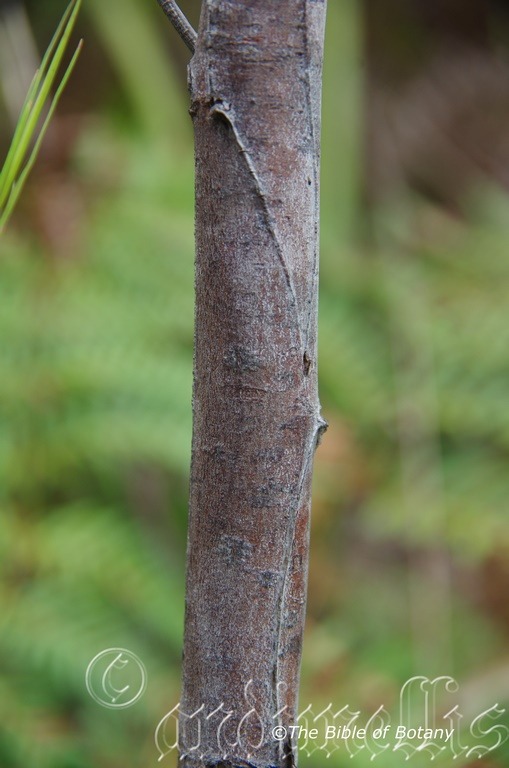
Yuraygir National Park NSW.
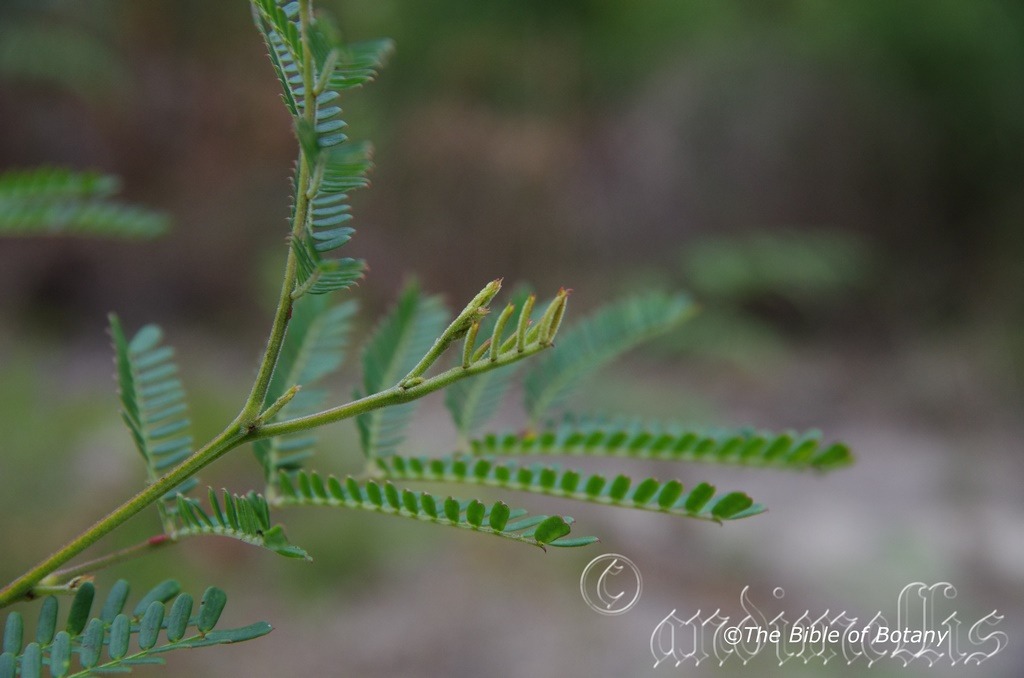
The Pinnacles NSW.
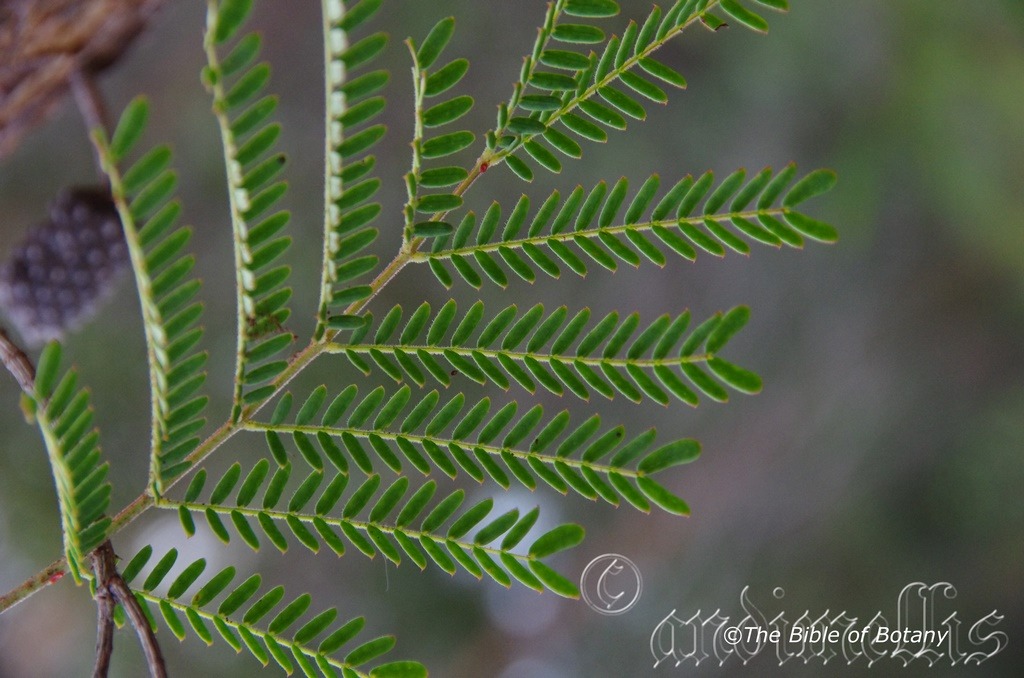
The Pinnacles NSW.
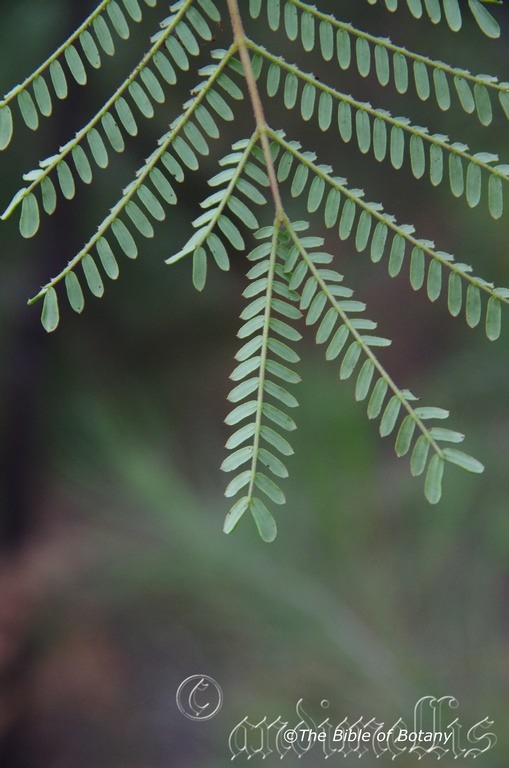
The Pinnacles NSW.
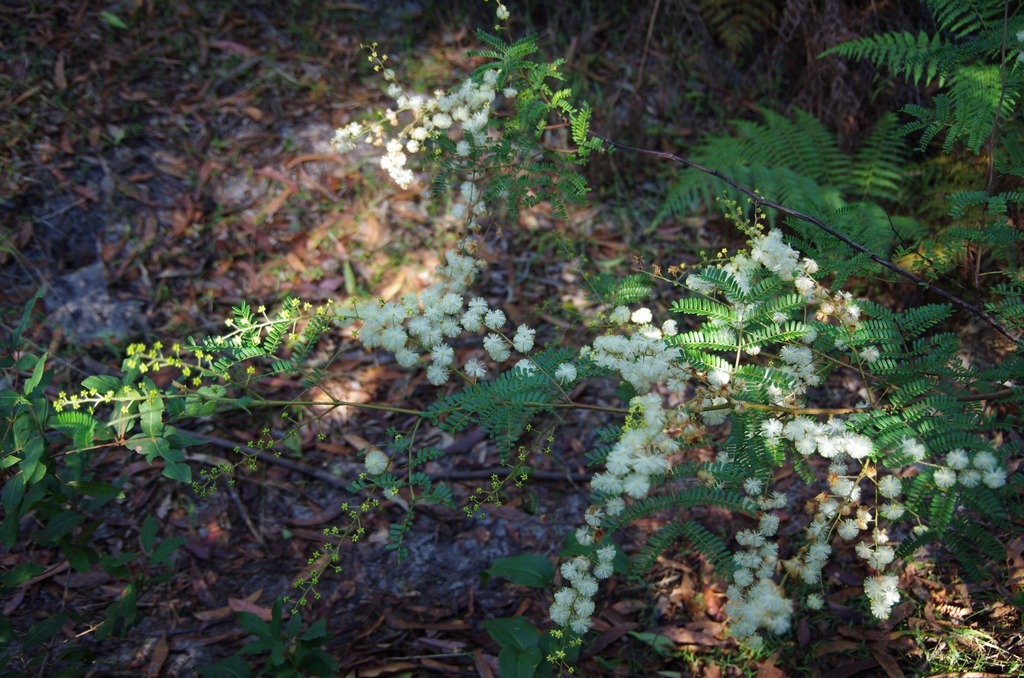
Yuraygir National Park NSW.
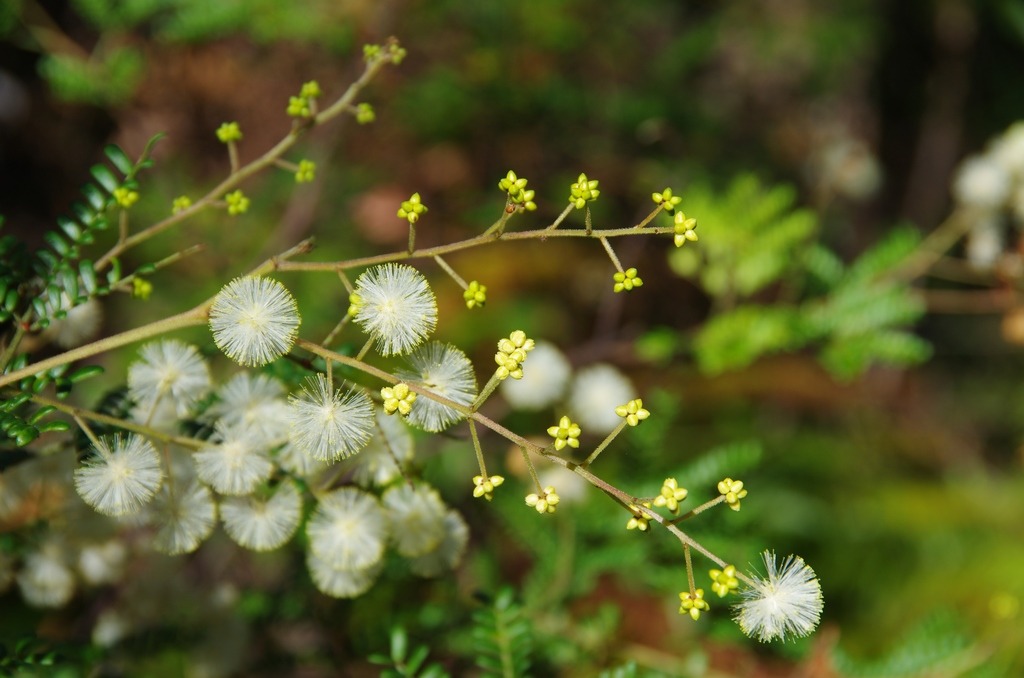
Yuraygir National Park NSW.
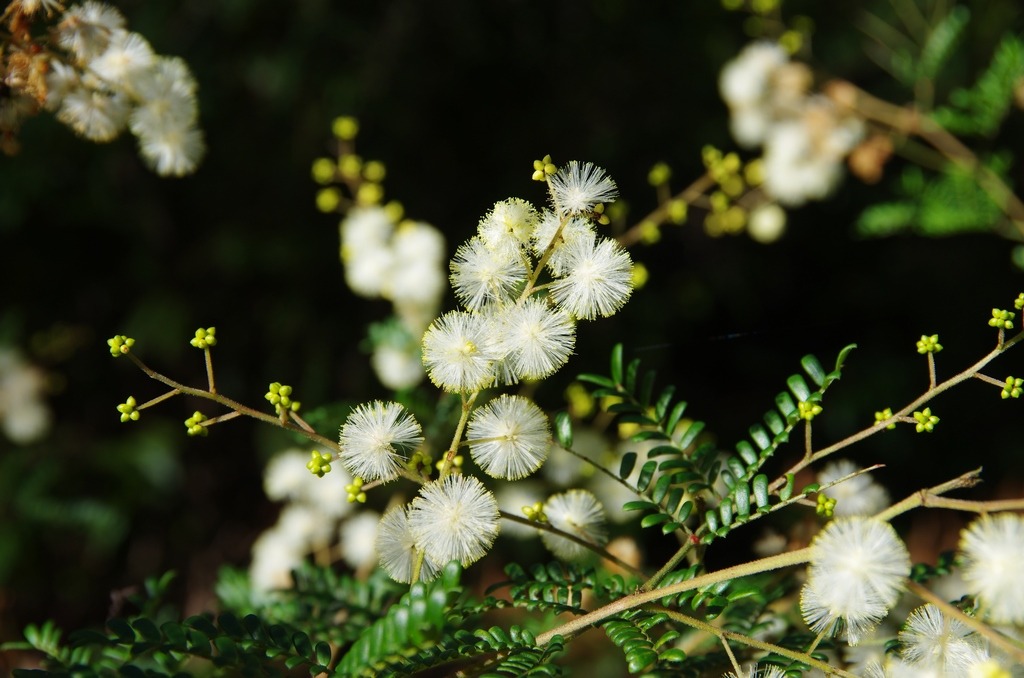
Yuraygir National Park NSW.
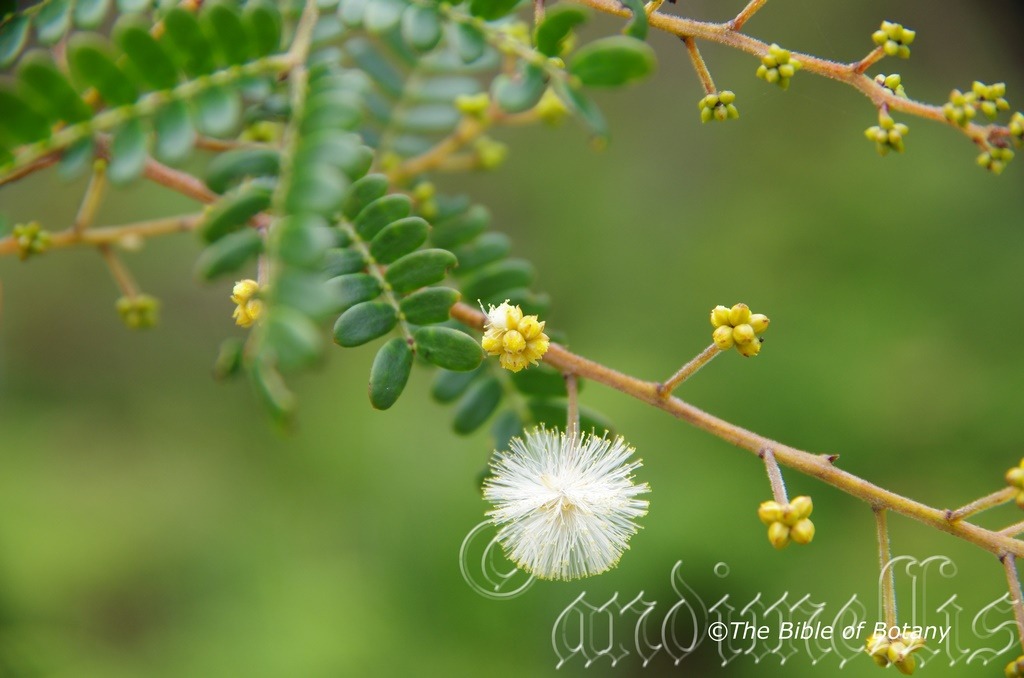
Yuraygir National Park NSW.
Acacia terminalis
Classification:
Class: Magnoliophyta
Order: Fabales
Family: Fabaceae
Subfamily: Mimosoideae
Genus: From ἀκακία, which is Ancient Greek or Acanthium, which is Latin for to have a sharp point. It refers to the first species named by Dioscorides the Greek Botanist for the Egyptian plant Acacia arabica, which has very sharply pointed spines.
Specie: From Terminus, which is Latin for the end or the limit of. It refers to flowers, which are positioned at the very apex of the stems.
Sub specie: Acacia terminalis subsp. angustifolia: From Angusta, which is Latin for narrow and Folium, which is Latin for foliage. It usually refers to leaves or at times the calyx lobes or petals, which are narrower than other species in the genus.
Sub specie: Acacia terminalis subsp. aurea: From Aurea, which is Latin for yellow-orange or golden-yellow. It refers to structures or organs, which are pale or golden-yellow in colour.
Sub specie: Acacia terminalis subsp. longiaxialis: From Terminus, which is Latin for the end or the limit of and Axin, which is Ancient Greek for a zone of rotation. It refers to structures or organs, which are positioned at the very apex of the stems.
Sub specie: Acacia terminalis subsp. terminalis: From Terminus, which is Latin for the end or the limit of. It refers to flowers, which are positioned at the very apex of the stems.
Common Name:
Distribution:
Acacia terminalis subsp. angustifolia is found south from the Blue Mountains to Bega mainly in coastal New South Wales and then in disjunct populations further south to Melbourne in Victoria and along the north and east coasts of Tasmania.
Acacia terminalis subsp. aurea is found south from the Upper Clarence River to Deua national Park in New South Wales. It is found on and east of the Great Dividing Range.
Acacia terminalis subsp. terminalis is found north of Nelson Bay south to Gosford in New South Wales. It is found east of the Great Dividing Range.
Acacia terminalis subsp. longiaxialis is found south from the Upper Clarence River to Deua national Park in New South Wales. It is found east of the Great Dividing Range.
https://avh.ala.org.au/occurrences/search?taxa=Acacia+terminalis+#tab_mapView
Habitat Aspect Climate:
Acacia terminalis prefer full sun to dappled shade. It grows in open Eucalyptus forests, sclerophyll forests, woodlands or woodland heaths. This is a very variable species with intergrades occurring where the sub species distributions overlap. The altitude ranges from 10 meters ASL to 980 meters ASL
The temperatures range from lows of minus 4 degrees in July to 36 degrees in January.
The rainfalls range from lows of 600mm to an average of 1600mm annually.
Soil Requirements:
Acacia terminalis prefers skeletal to deep, coarse sands, fine sands, sandy loams, light fatty clays to medium clays. The soils are usually derived from decomposed sandstones or granites. The soil’s pH ranges from 5pH to 6.5pH. It does not tolerate waterlogged soils. None saline soils to moderately saline soils are tolerated.
Height & Spread:
Wild Plants: 2m to 6m by 2m to 3m.
Characteristics:
Acacia terminalis subsp. terminalis is a spindly spreading shrub to 2 meters. The stems are angled with longitudinal ridges which measure 0.1mm to 0.3mm high. The new growth is glabrous to densely covered in white pubescent to sericeous hairs.
Acacia terminalis sub sp. angustifolia is a spindly spreading shrub or small tree to 6 meters. The stems are angled with longitudinal ridges which measure 0.1mm to 1.4mm high. The new growth is pale red to pink and glabrous while the longitudinal ridges are a deep colour.
Acacia terminalis sub sp. aurea is a spindly spreading shrub to 2.5 meters. The stems are angled with longitudinal ridges which measure 0.1mm to 0.5mm high. The new growth is glabrous and glaucous.
Acacia terminalis subsp. longiaxialis is a spindly spreading shrub to 3 meters. The stems are angled with longitudinal ridges which measure 0.1 to 0.6 mm high. The new growth is glabrous to moderately covered in white pubescent hairs.
Acacia terminalis sub sp. terminalis’s opposite leaves are bipinnate. The rachises are sparsely to densely covered in white to pale yellow appressed sericeous hairs while the petiolules are sparsely to densely covered pubescent hairs. The rachises measure 10mm to 60mm in length while the petiolules measure 15mm to 60mm in length with the base petiolules being the longest and the shortest being positioned at the apexes. There is a conspicuous gland on the rachises between each of the petioles that measure 1.2mm to 3.5mm in length by 0.8mm to 1.5mm in width.
There are normally 2 to 5 pairs of pinnae however up to 8 can be observed. The 5, normally 9 to 14 pairs of pinnules are oblong and measure 5mm to 11.5mm in length by 1.5mm to 6mm in width. The bases are rounded to truncate, oblique while the apexes are acute-obtuse to acute. The concolourous laminas are deep blue green and glabrous. The mid and 2 longitudinal veins are very faintly visible on both laminas. The leaf margin is entire and flat. The pinnules are at 90 degrees to the petiolules.
Acacia terminalis subsp. angustifolia’s opposite leaves are bipinnate. The glabrous transversely wrinkled pulvinus measure 3mm to 6.5mm in length. The rachises and petiolules are glabrous. The rachises measure 22mm to 95mm in length while the petiolules measure 17mm to 43mm in length with the base petioles being the longest and the shortest being positioned at the apexes. There is an elongated, conspicuous gland on the rachises below the base petiolules that measure 2mm to 7.5mm in length by 0.8mm to 2.5mm in width.
There 2 to 6 pairs of pinnae measure 20mm to 90mm in length and are at about 22 degrees to the petiolules. The 8 to 21 pairs of pinnules are elliptical to elliptical-oblong and measure 3.5mm to 18mm in length by 1.1mm to 5.2mm in width. The bases are rounded to truncate, oblique while the apexes are acute-obtuse to acute. The discolourous laminas are deep blue green and glabrous on the upper laminas while the lower laminas are paler. The mid veins are prominent on the lower laminas and not visible on the upper laminas. The leaf margins are entire and flat. The pinnules are at 70 degrees to the petiolules.
Acacia terminalis sub sp. aurea’s opposite leaves are bipinnate. The petioles, rachises and petiolules are glabrous. The petioles measure 0.7mm to 35mm in length while the rachises measure 0mm to 75mm in length and the petiolules measure 20mm to 70mm in length. There is a conspicuous gland on the petioles just below the first pair of petiolules that measure 1.4mm to 6.7mm in length by 0.9mm to 1.7mm in width.
There are 2 to 4 rarely 6 pairs of pinnae. The 7 to 17 pairs of pinnules are narrowly oblong and measure 3mm to 15mm in length by 1mm to 4.1mm in width. The bases are cuneate while the apexes are acute. The concolourous laminas are deep blue green and glabrous. The mid and 2 longitudinal veins are very faintly visible on both laminas. The leaf margin is entire and flat. The pinnules are at 80 degrees to the petiolules.
Acacia terminalis sub sp. longiaxialis’s opposite leaves are bipinnate. The petioles, rachises and petiolules are sparsely to moderately covered in white puberulent hairs. The petioles measure 5mm to 19mm in length while the rachises measure 5mm to 75mm in length and the petiolules measure 26mm to 40mm in length. There is a small conspicuous gland on the petioles 5mm to 8mm below the first pair of petiolules that measure 1.3mm to 3.6mm in length by 0.7mm to 1.4mm in width.
There are 2 to 5 rarely 6 pairs of pinnae. The 7 to 19 pairs of pinnules are narrowly oblong and measure 3mm to 13mm in length by 1.3mm to 5mm in width. The bases are rounded oblique while the apexes are obtuse. The concolourous laminas are deep blue green and glabrous. The mid and 2 longitudinal veins are very faintly visible on both laminas. The leaf margin is entire and flat. The pinnules are at 90 degrees to the petiolules with the base pair and 45 degrees to the petiolules with the apex pair.
The inflorescences of Acacia terminalis sub sp. terminalis’s are racemes born auxiliary or panicles born from the terminals. The rachises and peduncles are densely covered pubescent hairs. The rachises measure 100mm to 165mm in length while the peduncles measure 7mm to 15mm in length by 0.8mm to 1mm in diameter. There are 7 to 14 globose heads on a raceme with 10 to 18 individual flowers to a globose head. Each globose head measures 7mm to 11mm in diameter with the individual flowers measuring 3.5mm to 6mm in length.
The individual flowers are 5 merous. The cupular calyxes are pale yellow and measure 0.8mm to 1.4mm in length. The elliptical petals are pale yellow while the filaments are pale lemon-yellow with yellow anthers. Acacia terminalis sub sp. terminalis’s scented flowers appear from February through to June and again from August through to September.
The inflorescences of Acacia terminalis sub sp. angustifolia are racemes born auxiliary or panicles born from the terminals. The rachises and peduncles are glabrous. The rachises measure 130mm to 195mm in length while the peduncles measure 4mm to 12mm in length. There are 5 to 13 globose heads on a raceme with 10 to 18 individual flowers to a globose head. Each globose head measures 8mm to 12mm in diameter with the individual flowers measuring 4mm to 6mm in length. Sometimes an auxiliary shoot forms which measures 4mm to 19mm in length. There is an elliptical or cultrate gland near the apex which measures 1.5mm to 6.2mm in length by 0.8mm to 1mm in width.
The individual flowers are 5 merous. The cupular calyxes are cream to pale yellow and measure 0.4mm to 1mm in length. The elliptical petals are cream to pale yellow while the filaments are pale lemon-yellow with yellow anthers. Acacia terminalis subsp. angustifolia’s scented flowers appear from February to June and again from August to September.
The inflorescences of Acacia terminalis subsp. aurea are racemes born auxiliary or panicles born from the terminals. The rachises and peduncles are sparsely to moderately covered in white or pale yellow sericeous hairs. The rachises measure 100mm to 200mm in length but usually much shorter while the peduncles measure 2mm to 8mm in length by 0.4mm to 0.8mm in diameter. There are 5 to 11 globose heads on a raceme with 10 to 18 individual flowers to a globose head. Each globose head measures 5mm to 10mm in diameter with the individual flowers measuring 2.5mm to 5mm in length. Sometimes an auxiliary shoot forms which measures 4mm to 17mm in length. There is an elliptical gland near the apex.
The individual flowers are 5 merous. The cupular calyxes are pale yellow and measure 0.5mm to 1mm in length. The elliptical petals are pale yellow while the stamens are deep yellow to deep golden yellow. Acacia terminalis sub sp. aurea’s scented flowers appear from February through to October.
The inflorescences of Acacia terminalis subsp. longiaxialis are racemes born auxiliary or panicles born from the terminals. The rachises and peduncles are sparsely to densely covered in white pubescent hairs. The rachises measure 200mm to 330mm in length but usually much shorter while the peduncles measure 5mm to 10mm in length. There are 35 to 60 globose heads on a raceme with 5 to 9 individual flowers to a globose head. Each globose head measures 10mm to 13mm in diameter with the individual flowers measuring 5mm to 6.5mm in length.
The individual flowers are 5 merous. The cupular calyxes are pale creamy green and measure 0.6mm to 0.9mm in length. The elliptical petals are creamy green while the stamens are pale cream to pale yellow. Acacia terminalis subsp. longiaxialis’s scented flowers appear from March through to October.
Acacia terminalis subsp. terminalis’s fruits are oblong, flat, curved pods. The pods measure 40mm to 100mm in length by 12mm to 19mm in width. It is very slightly constricted between the seeds while the margins are entire to very slightly constrict. The chartaceous green, glabrous pods turn brown externally when ripe. The obliquely positioned seeds are ovoidal, semi glossy and black. The 4 to 8 seeds measure 3mm to 6.5mm in length by 2.6mm to 4.4mm in diameter. The cream to fawn aril extends up one side of the seed.
Acacia terminalis subsp. angustifolia’s pods measure 30mm usually 70mm to 120mm in length by 12mm to 17mm in width.
Acacia terminalis subsp. aurea’s pods measure 40mm usually 90mm to 120mm in length by 7mm to 14mm in width.
Acacia terminalis subsp. longiaxialis’s pods measure 35mm to 120mm in length by 9mm to 17.5mm in width.
Wildlife:
Acacia terminalis’s flowers are attractive to many small native beetles and native bees.
Cultivation:
It would make an good fire retardant shrub.
* Fire retardant plants act as radiant heat screens and absorb more heat from an approaching fire without burning.
* Fire retardant trees are able reduce wind speed near a house or out buildings.
* Fire retardant also trap embers and sparks carried by the wind.
* Fire retardant ground covers are able to catch burning embers without catching fire themselves, and also slow the travel of a fire through debris and litter on the ground.
Acacia terminalis is a beautiful scrambling shrub or small tree which has beautifully coloured foliage and contrasting flowers. In temperate coastal, sub-tropical or semi-arid Native gardens they can be used to add nitrogen to the soil. Acacia terminalis is suitable where winter temperatures drop to minus 3 degrees where only minimal burning occurs on mature plants. It is hardy and fast growing given a little additional water and our recommended fertilizer, will bloom in their second season. Good garden specimens will grow from 2 meter to 4 meters in height by 2 meters to 4 meters in diameter when grown in the open. Tip pruning will help maintain bushiness and a more compact plant.
It is most suitable in bush gardens where they can be used to fill in small bare spots rather than used as a specimen plant.
Acacia terminalis would make an outstanding contribution to a large moist heath garden. Here they can be used as the taller growing plant, scattered throughout the heath scene. When you design a flat heath garden which Acacia terminalis is well suited as a backdrop plant, don’t use contours to display the plants as heath lands are almost always flat or have a slight rise. Plants must be planted close together and be short so you can see over the tallest ones with the exception of one or two plants at the most. These will be feature plants. The idea is to achieve a feeling of expansive flatness. This can be achieved with using the Acacia terminalis’s blue-green bipinnate leaves and having them contrasting with finer pale green or soft grey to glaucous coloured foliages. Use a lot of procumbent plants like Carpobrotus edulis or Hibbertia species. Mix them with other smaller shrubs so none of them dominate the scene but blend in to give a mosaic of foliage colours that you oversee. Here I immediately think of Actinotis helianthi or Grevillea thelemanniana for two great contrasting foliages. Native annuals also look great and add colour to the heath scene.
Propagation:
Seeds: The seeds of Acacia terminalis require treatment before sowing. Pre-treat the seeds by placing the seeds into a glass of hot water. Allow the water to cool and leave to soak for 10 to 20 hours. Seeds that have not swollen repeat the exercise.
Sow into a seed raising mix. When the seedlings are 25mm to 50mm tall, prick them out and plant them into 50mm native tubes using a seed raising mix.
Once the seedlings reach 200mm to 250mm in height plant them out into their permanent position.
Fertilize using Seaweed, fish emulsion or organic chicken pellets soaked in water on an alternate basis. Fertilize every two months until the plants are established then annually either in early September to March to maintain health, vitality and better flowering.
Further Comments from Readers:
All information is included in good faith and has been thoroughly researched prior to printing. The website or the author does not warrant or guarantee the accuracy of any information on these pages, nor does the website or the author accept any responsibility for any loss arising from the use of the information found within. The views and opinions are strictly those of the author or those members who chose to actively participate in the contents herein.
Hi reader, it seems you use The Bible of Botany a lot. That’s great as we have great pleasure in bringing it to you! It’s a little awkward for us to ask, but our first aim is to purchase land approximately 1,600 hectares to link several parcels of N.P. into one at The Pinnacles NSW Australia, but we need your help. We’re not salespeople. We’re amateur botanists who have dedicated over 30 years to saving the environment in a practical way. We depend on donations to reach our goal. If you donate just $5, the price of your coffee this Sunday, We can help to keep the planet alive in a real way and continue to bring you regular updates and features on Australian plants all in one Botanical Bible. Any support is greatly appreciated. Thank you.
In the spirit of reconciliation we acknowledge the Bundjalung, Gumbaynggirr and Yaegl and all aboriginal nations throughout Australia and their connections to land, sea and community. We pay our respect to their Elders past, present and future for the pleasures we have gained.
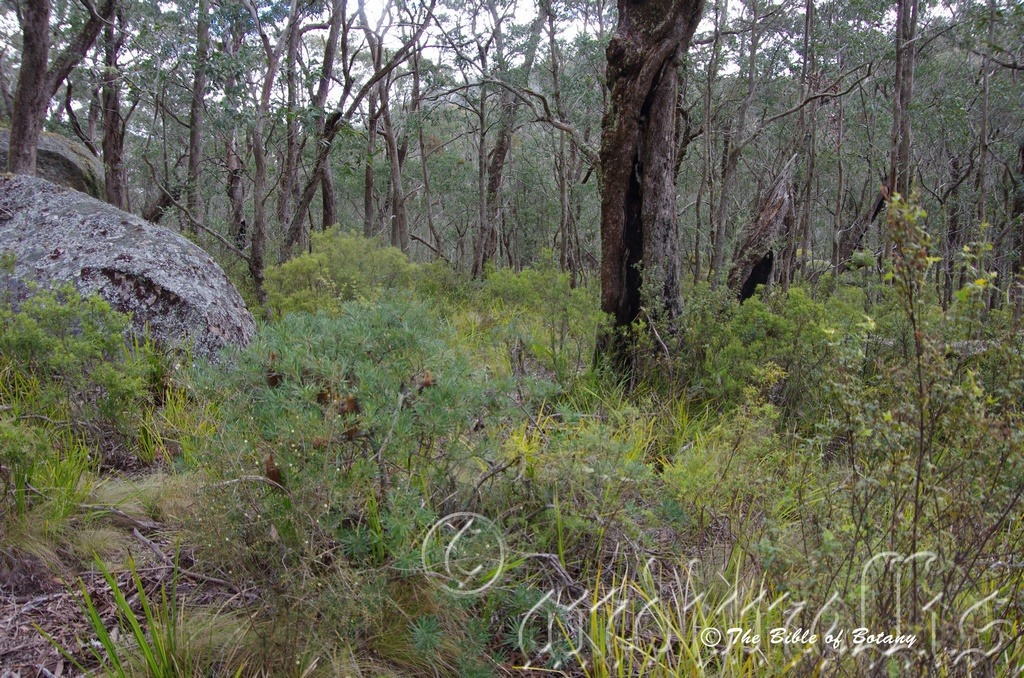
Cathedral Rocks National Park Ebor NSW
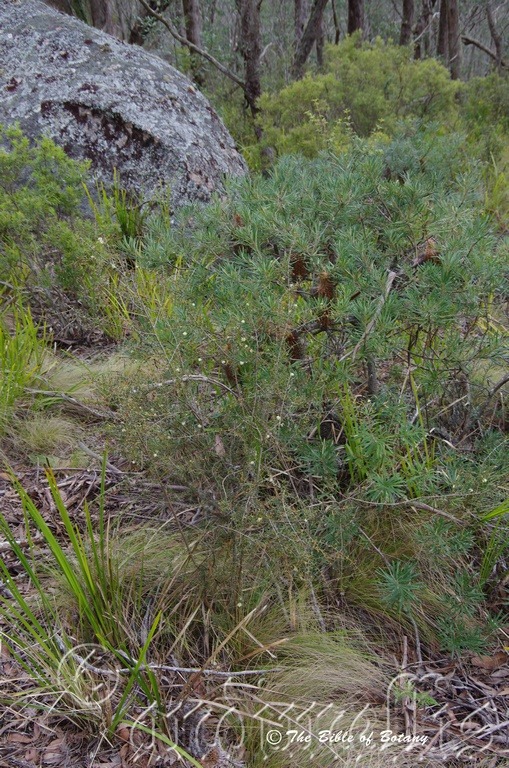
Cathedral Rocks National Park Ebor NSW
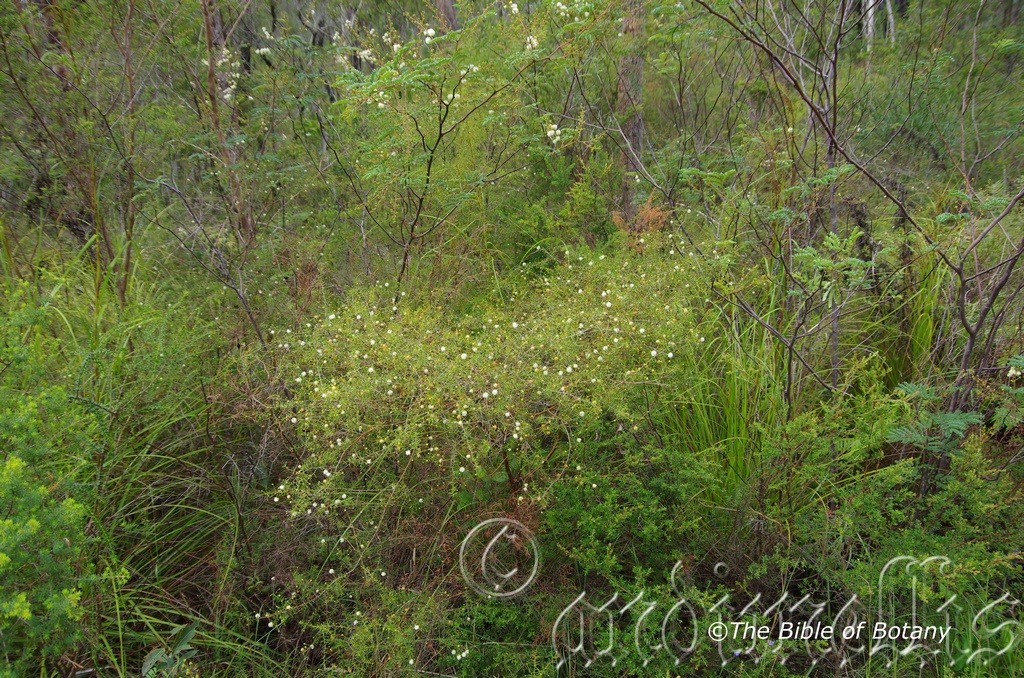
Yuraygir National Park NSW
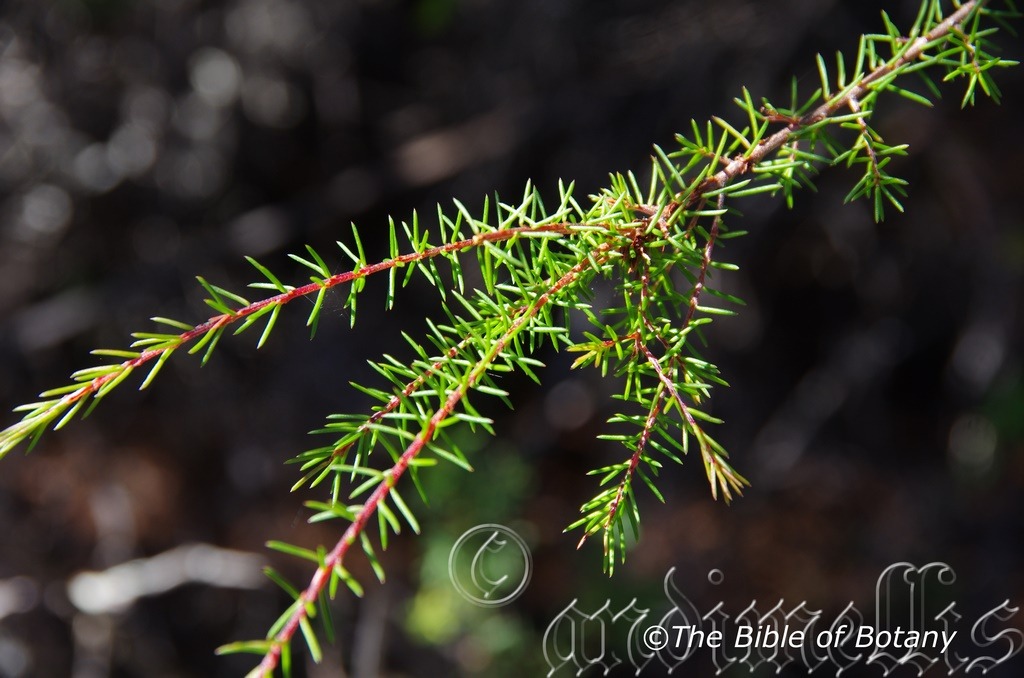
The Pinnacles NSW
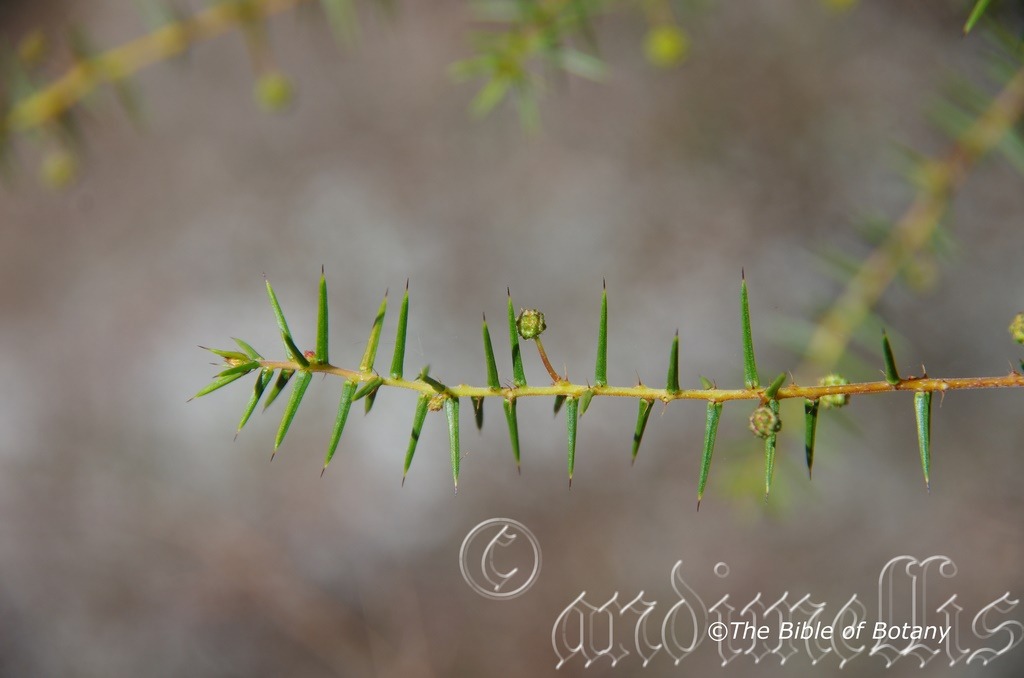
Coffs Harbour NSW
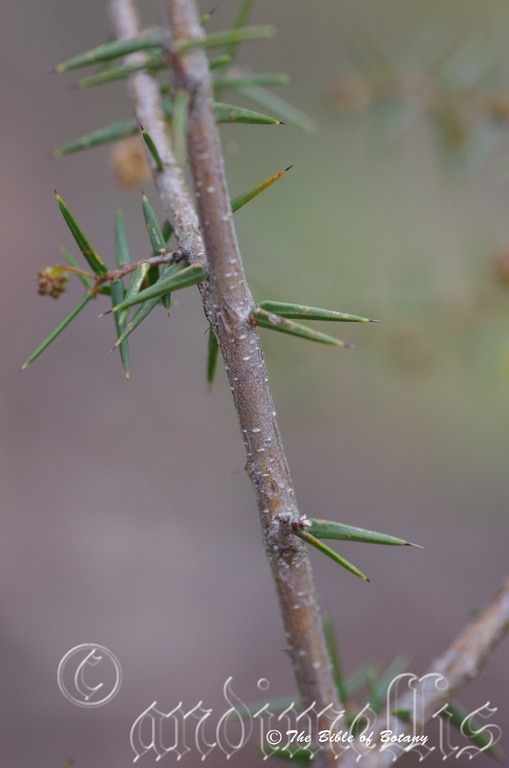
Cathedral Rocks National Park Ebor NSW
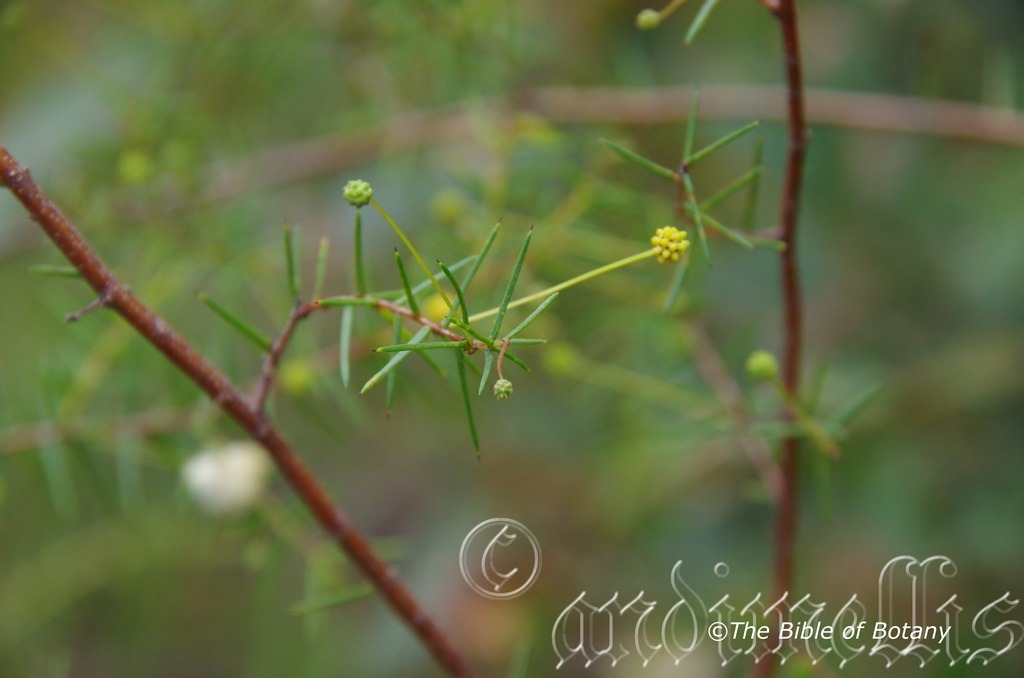
Yuraygir National Park NSW
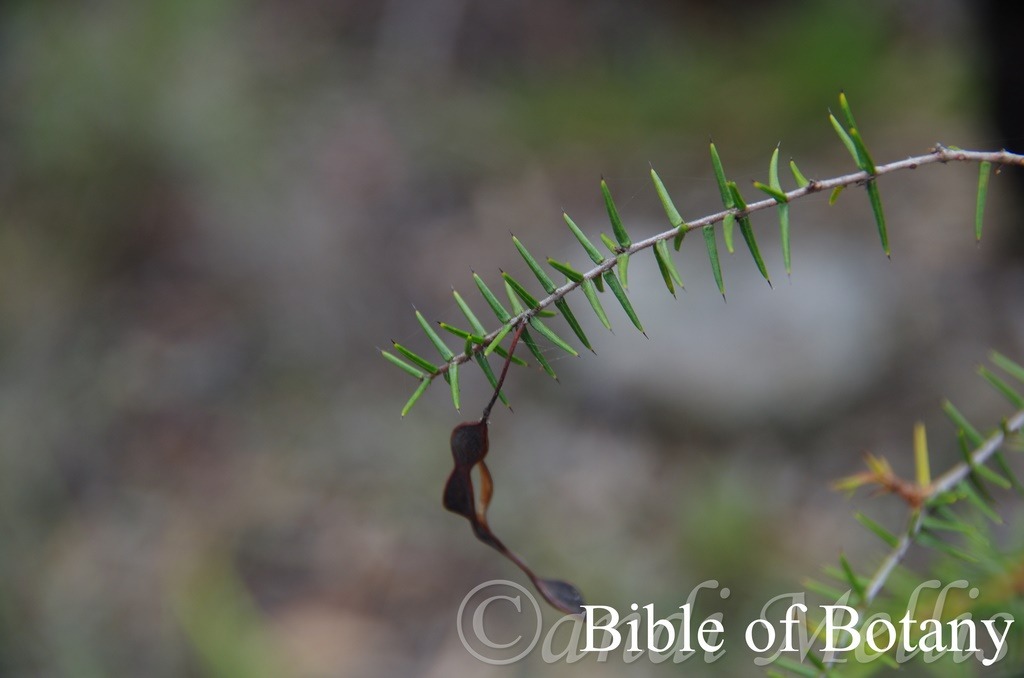
Sherwood Nature Reserve NSW
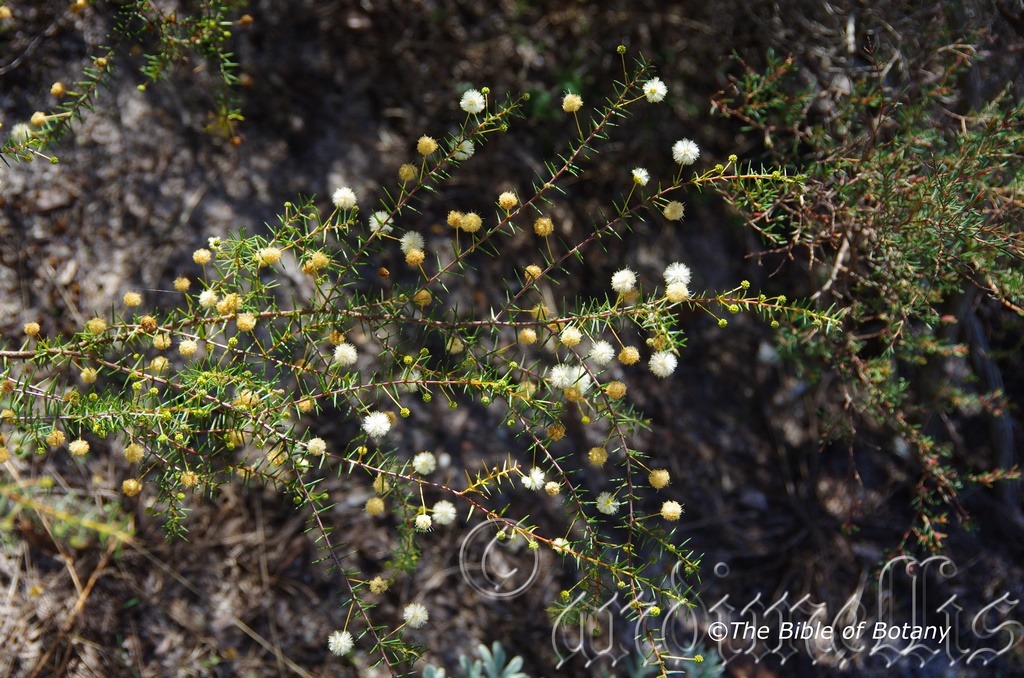
Coffs Harbour NSW
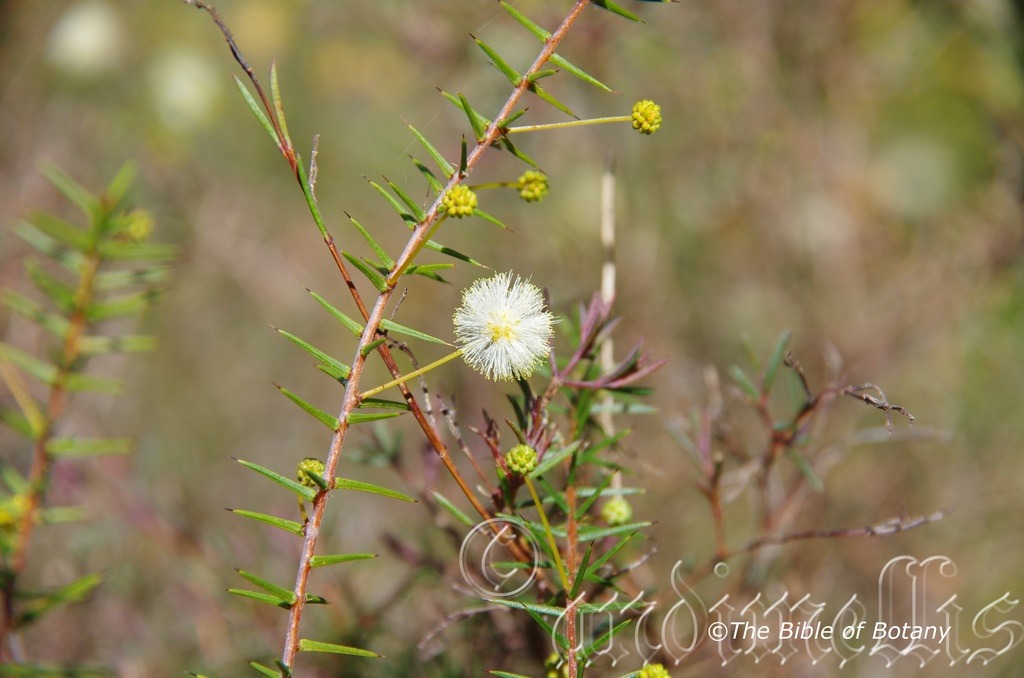
Coffs Harbour NSW
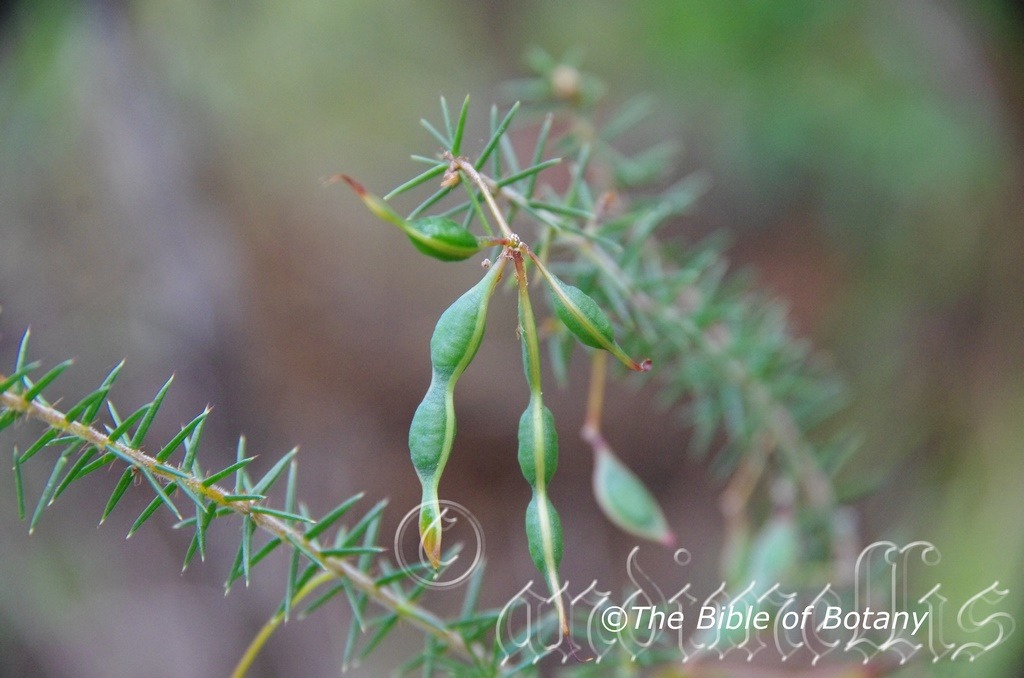
The Pinnacles NSW
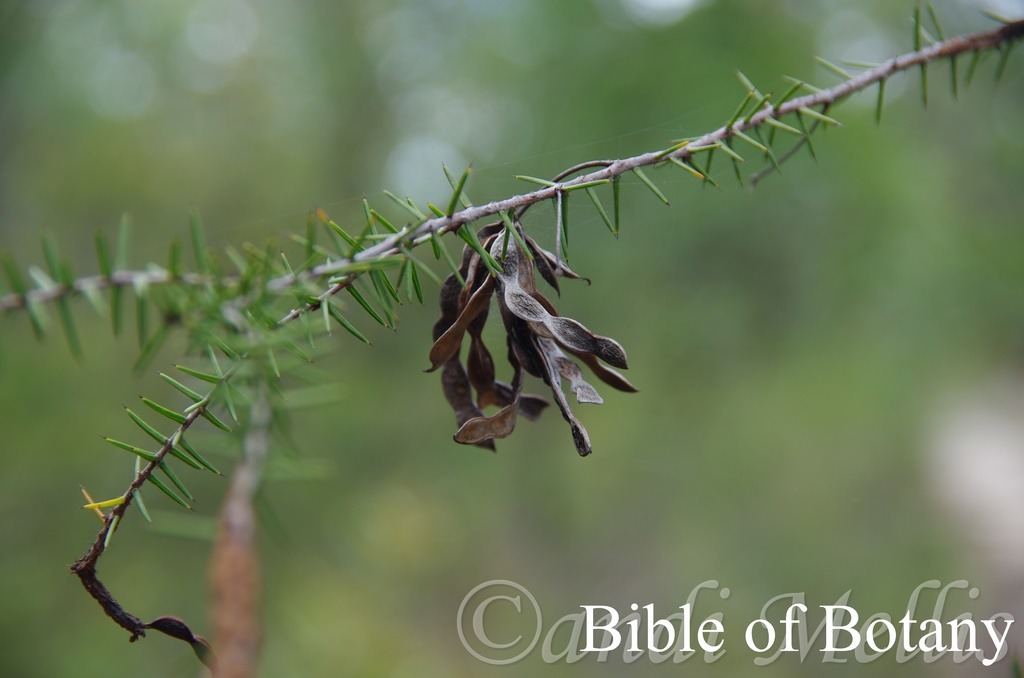
Sherwood Nature Reserve NSW
Acacia ulicifolia
Classification:
Class: Magnoliophyta
Order: Fabales
Family: Fabaceae
Subfamily: Mimosoideae
Genus: From ἀκακία, which is Ancient Greek or Acanthium, which is Latin for to have a sharp point. It refers to the first species named by Dioscorides the Greek Botanist for the Egyptian plant Acacia arabica, which has very sharply pointed spines.
Specie: From Ulex/Ulecis, which is Latin for the ancient name of this genus in Europe and Folium, which is Latin for foliage. It refers to leaves, which resemble the leaves of Ulex Europaeus.
Sub specie:
Common Name: Prickly Moses
Distribution:
Acacia ulicifolia is found south from Rockhampton in central coastal Queensland to south east of Melbourne with a population further west on the Grampians in western Victoria. It is found on the Western Plains, Western slopes, on and east of the Great Dividing Range to the coast.
It is also found in the central north and along the east coast to the south east corner of Tasmania.
https://avh.ala.org.au/occurrences/search?taxa=Acacia+ulicifolia+#tab_mapView
Habitat Aspect Climate:
Acacia ulicifolia prefer full sun to dappled shade. It grows in littoral heath lands behind the frontal dunes, on gentle slopes, rocky hills or on lower altitude plateau heaths. It grows as a small scrambly shrub in country dominated by sclerophyll forests, open woodlands, moist coastal heaths or moist mountain heaths or short term ephemeral pools. It never dominates the understory but is usually common in its preferred habitats. The altitude ranges from 5 meters ASL to 1450 meters ASL
The temperatures range from lows of minus 3 degrees in July to 40 degrees in January.
The rainfalls range from lows of 300mm to an average of 2000mm annually.
Soil Requirements:
Acacia ulicifolia prefer deep, sandy loams to light fatty clays or at times light silts. The soils are usually derived from decomposed sandstones, granites, accumulated peaty beach sands or at times alluvial deposit. The soil’s pH ranges from 4.5pH to 6.5pH. It tolerates seasonal waterlogged soils and high water tables for short periods. None saline soils to very saline soils are tolerated as are salt laden winds.
Height & Spread:
Wild Plants: 0.5m to 1.8m by 1m to 1.5m.
Characteristics:
Acacia ulicifolia‘s stems are deep grey and glabrous. The smaller stems are terete, grey-green, yellow-green or pink and yellow and sparsely to densely covered in white caduceus, hirsute hairs.
Acacia ulicifolia‘s crowded phyllodes are narrowly lanceolate to linear-lanceolate. The rigid phyllodes are straight or 4 angled and measure 8mm to 15mm in length by 1mm to 2mm in width. The base is tapering, rounded or truncate while the apex is narrowly acute tapering to a pungent tip. The concolourous laminas are deep olive-green to deep sea-green and glabrous. The margins are entire while the laminas are flat or slightly recurve from the midvein to the margins. The mid veins are prominent on the lower laminas and slightly prominent on the upper laminas. The single minute gland is located 2mm to 5mm above the pulvinus on the margin. The pulvinus is obscure and measure 0.1mm to 0.3mm in length. The subulate stipules measure 1mm to 2mm in length.
The inflorescences of Acacia ulicifolia are born singularly from the phyllodes axils. The lime-green peduncles are usually glabrous or at times sparsely covered in white hirsute hairs. The peduncles measure 5mm to 15mm in length. There are 15 to 35 individual flowers to a globose head. Each globose head measures 5mm to 10mm in diameter with the individual flowers measuring 2.5mm to 4.5mm in length.
The individual flowers are 5 merous. The 5 sepals are free to half united and pale yellow to yellow or pale creamy green. The elliptical petals are pale yellow to yellow or pale creamy green while the filaments are very pale cream almost white through to deep yellow with the anthers being pale yellow through to deep yellow. Acacia ulicifolia‘s flowers appear from April through to October.
Acacia ulicifolia fruits are oblong, terete, curved pods. They measure 20mm to 60mmin length by 4mm to 6mm in width. They are strongly to moderately constrict between the seeds while the margins are slightly to moderately constrict. The coriaceous lime-green to deep green, glabrous pods first turn reddish then to deep brown to deep brown-black when ripe. The 3 to 7 longitudinal, oblong, black seeds are mottled in fawn or cream and measure 3.5mm to 4.8mm in length by 2.3mm to 3.3mm in diameter. The white filiform funicle is directly attached to the pod from the base of the seed.
Wildlife:
Acacia ulicifolia is attractive to many small native beetles and native bees when in flower.
Cultivation:
Acacia ulicifolia is an unusual small scrambling shrub which can be tipped pruned in its early development to encourage a small bushy sub shrub in the garden or allowed to scramble over other plants in a heath garden setting which it is right at home in. In temperate coastal, sub-tropical or semi-arid Native gardens they can be used to add nitrogen to the soil. Acacia ulicifolia is suitable where winter temperatures drop to minus 4 degrees where only minimal burning occurs on mature plants.
It is hardy and fast growing given a little additional water and our recommended fertilizer, will bloom more profusely than their wild cousins. Flowering will commence in their second season. Good garden specimens will grow from 0.4 meters to 0.6 meter in height by 1.2 meters to 1.5 meters in diameter when grown in the open or taller and wider if grown in a heath setting.
Acacia ulicifolia would make a great contribution to a sandy to medium clay rocky terrain rock garden or placed among boulders. Here they can be used as fill in plants, scattered throughout the boulders. When you use them in an area that is strewn with large boulders do not over crowd the scene as the boulders are a formidable part of the scene. Acacia ulicifolia is well suited to such conditions as it grows naturally among boulders and rocks on skeletal soils in the wild. Use contours to display the plants because boulder country are almost always rising and falling in contour even having sharp rises. Plants must be planted sparingly with short annuals between to give vibrant colour. Make the scene so you can see over the tallest ones with the exception of one or two plants at the most. The idea is to achieve a feeling of expansive harshness. This can be achieved with the deep olive green obcordate leaves of Pultenaea spinosa contrasting with finer pale green or soft grey to glaucous coloured foliages. Large deep green leaf plants should be avoided as they will take all the attention from this Acacia. Use a lot of procumbent plants like small Verticordia sp. , Leishenaulta sp. to make the rocks look larger and the spaces between the plants bigger. Mix them with other smaller shrubs so none of them dominate the scene but blend in to give a mosaic of fine foliage colours that you oversee. Here I immediately think of Actinotis helianthi or Grevillea thelemanniana for two great contrasting foliages however be sparing with strong foliages like Actinotis and plant Acacia ulicifolia in small clumps of 2, 3 or 4 to compensate for the strong foliage of Actinotis.
Acacia ulicifolia would also make an outstanding contribution to a moist heath garden. Here they can be used as the taller growing plant or as the fill in plant to scramble over its neighbours as in the wild. Scattered throughout the heath scene they will go unnoticed until they began to flower. When you design a flat heath garden which Acacia ulicifolia is well suited, don’t use contours to display the plants as heath lands are almost always flat or have a slight rise. Plants must be planted close together and be short so you can see over the tallest ones with the exception of one or two plants at the most. These will be feature plants. The idea is to achieve a feeling of expansive flatness. This can be achieved with using the Acacia ulicifolia‘s blue-green linear leaves and having them contrasting with finer pale green or soft grey to glaucous coloured foliages. Use a lot of procumbent plants like Acacia suaveolens, Abrus precatorius or Hibbertia specie which can grow over each other to complete the scene. Mix them with other smaller shrubs with different foliages so none of them dominate the scene but blend in to give a mosaic of foliage colours that you oversee.
Propagation:
Seeds: Acacia ulicifolia require treatment before sowing. Pre-treat the seeds by placing the seeds into a glass of hot water. Allow the water to cool and leave to soak for 10 to 20 hours. Seeds that have not swollen repeat the exercise.
Sow into a seed raising mix. When the seedlings are 25mm to 50mm tall, prick them out and plant them into 50mm native tubes using a seed raising mix.
Once the seedlings reach 200mm to 250mm in height plant them out into their permanent position.
Fertilize using Seaweed, fish emulsion or organic chicken pellets soaked in water on an alternate basis. Fertilize every two months until the plants are established then annually either in early September to March to maintain health, vitality and better flowering.
Further Comments from Readers:
All information is included in good faith and has been thoroughly researched prior to printing. The website or the author does not warrant or guarantee the accuracy of any information on these pages, nor does the website or the author accept any responsibility for any loss arising from the use of the information found within. The views and opinions are strictly those of the author or those members who chose to actively participate in the contents herein.
Hi reader, it seems you use The Bible of Botany a lot. That’s great as we have great pleasure in bringing it to you! It’s a little awkward for us to ask, but our first aim is to purchase land approximately 1,600 hectares to link several parcels of N.P. into one at The Pinnacles NSW Australia, but we need your help. We’re not salespeople. We’re amateur botanists who have dedicated over 30 years to saving the environment in a practical way. We depend on donations to reach our goal. If you donate just $5, the price of your coffee this Sunday, We can help to keep the planet alive in a real way and continue to bring you regular updates and features on Australian plants all in one Botanical Bible. Any support is greatly appreciated. Thank you.
In the spirit of reconciliation we acknowledge the Bundjalung, Gumbaynggirr and Yaegl and all aboriginal nations throughout Australia and their connections to land, sea and community. We pay our respect to their Elders past, present and future for the pleasures we have gained.
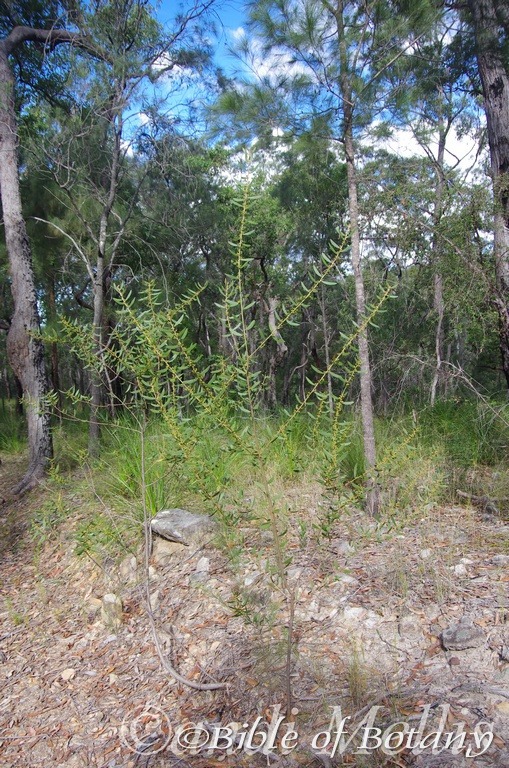
Wombat Creek National Park NSW

Wombat Creek National Park NSW
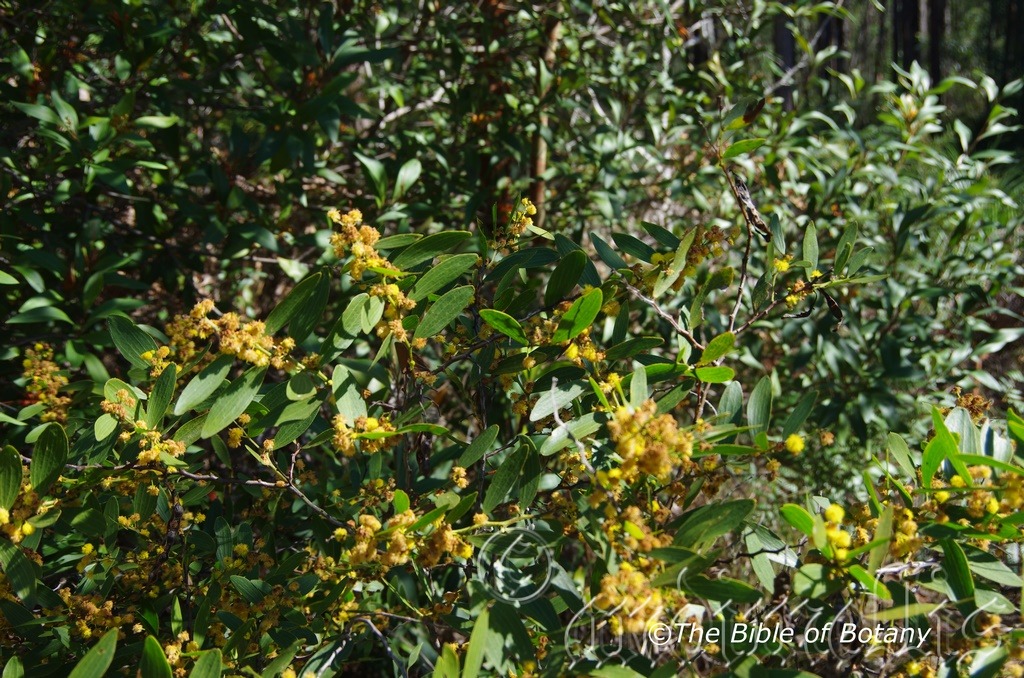
The Pinnacles NSW
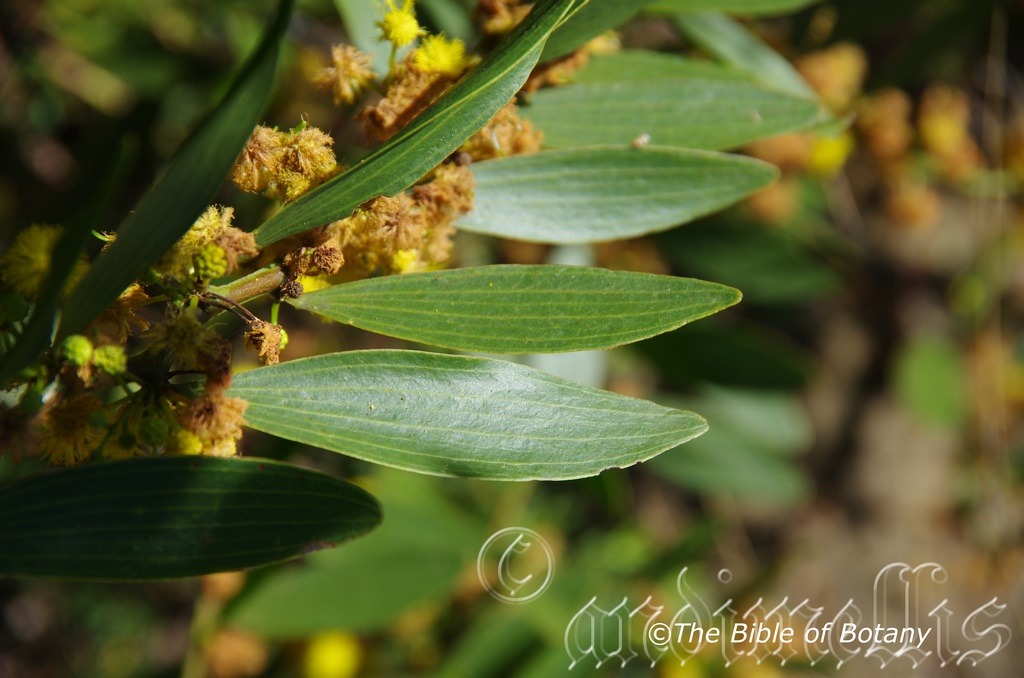
The Pinnacles NSW
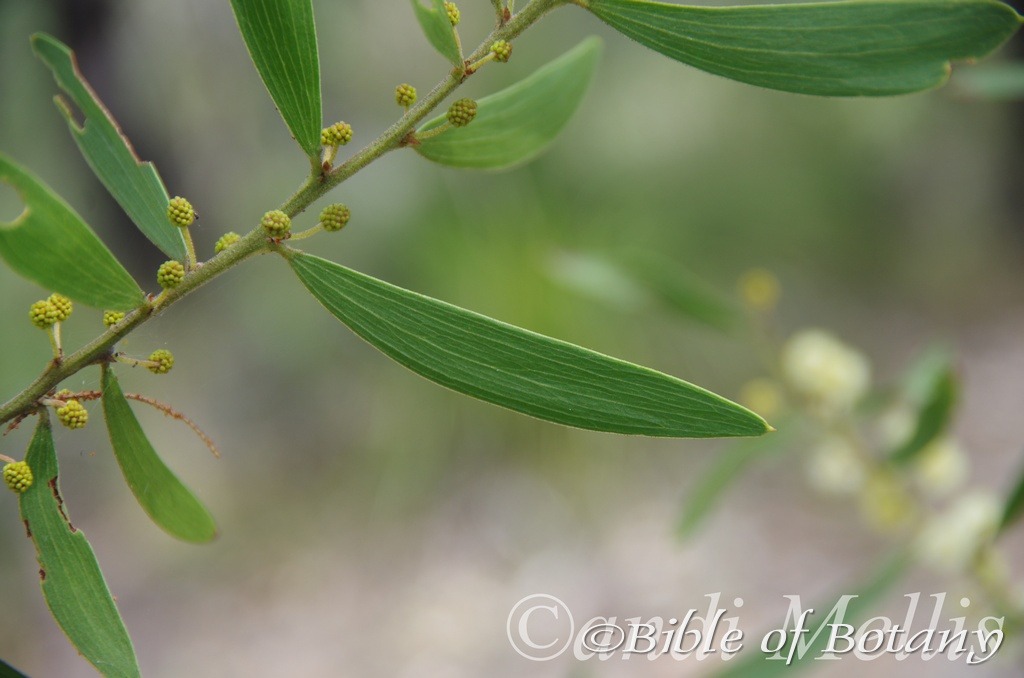
Wombat Creek National Park NSW
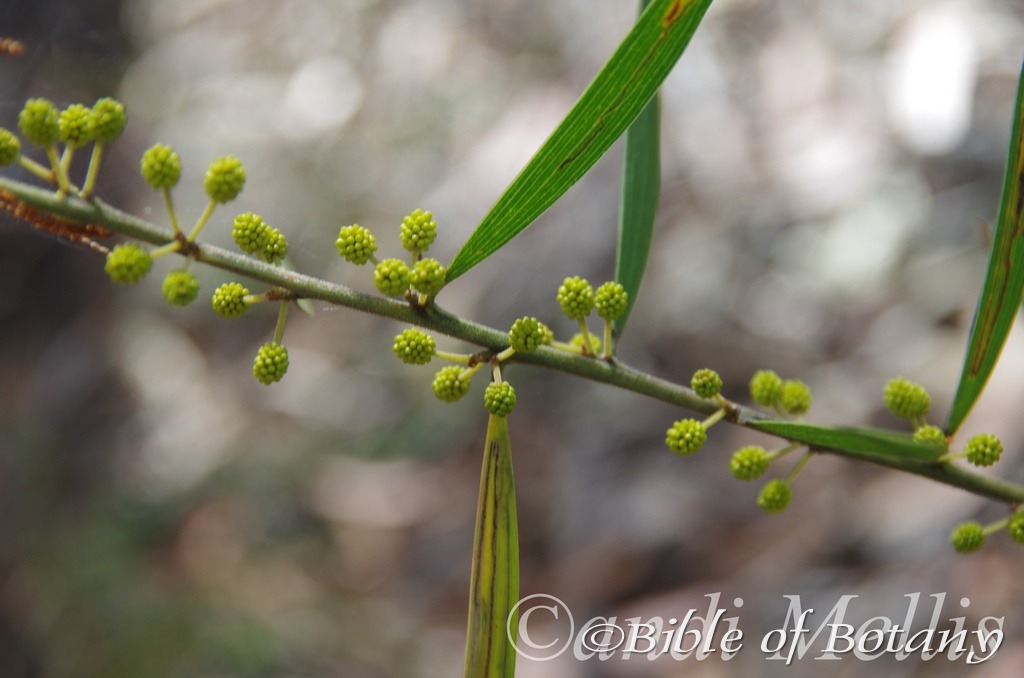
TWombat Creek National Park NSW
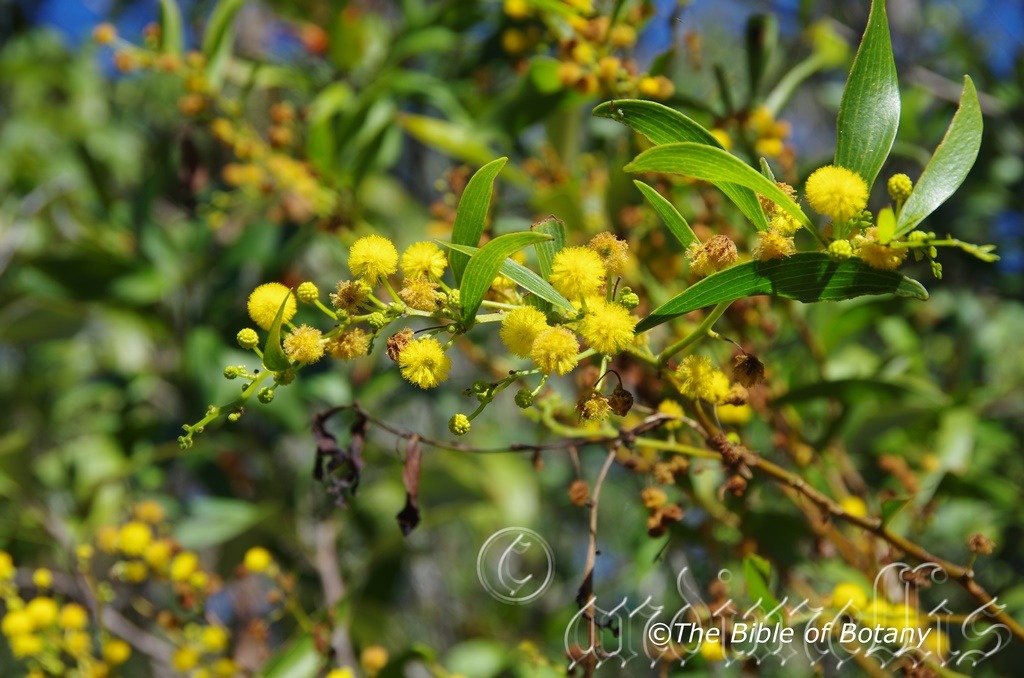
The Pinnacles NSW
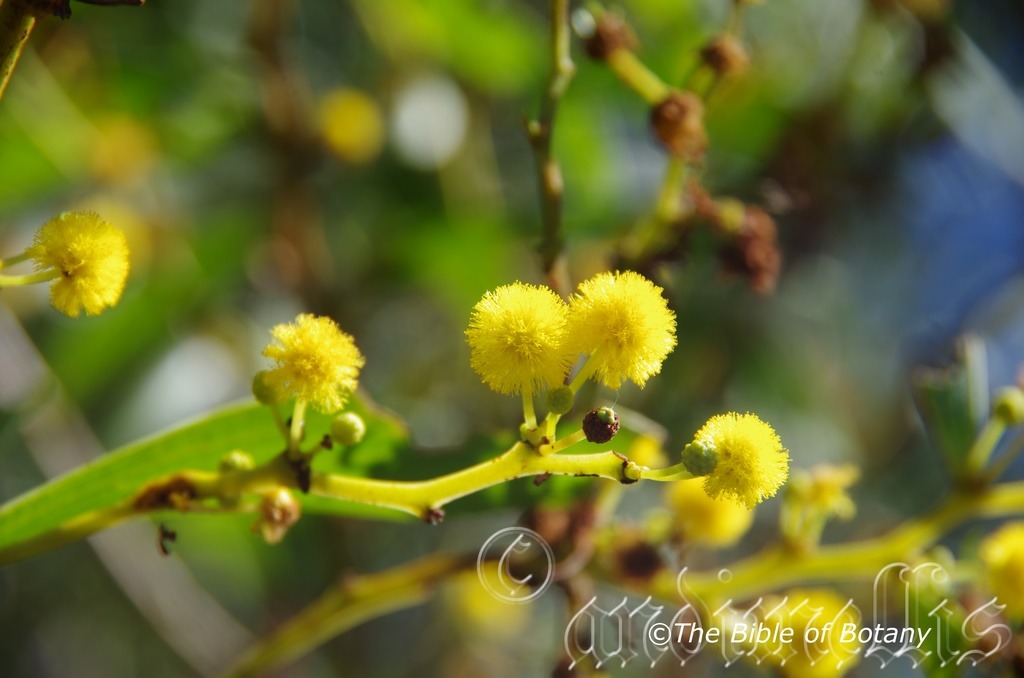
The Pinnacles NSW
Acacia venulosa
Classification:
Class: Magnoliophyta
Order: Fabales
Family: Fabaceae
Subfamily: Mimosoideae
Genus: From ἀκακία, which is Ancient Greek or Acanthium, which is Latin for to have a sharp point. It refers to the first species named by Dioscorides the Greek Botanist for the Egyptian plant Acacia arabica, which has very sharply pointed spines.
Specie: From Ventricose, which is Latin for unevenly swollen and Stipula, which is Latin for a short stalk. It refers to the ventral side of a stipules which are swollen.
Sub specie:
Common Name: Veiny Wattle.
Distribution:
Acacia venulosa is found mainly on the western side of the Great Dividing Range only crossing the range near Grafton. It is found south from the Carnarvon Gorge to near Emerald in Queensland to Albury in southern New South Wales.
https://avh.ala.org.au/occurrences/search?taxa=Acacia+venulosa+#tab_mapView
Habitat Aspect Climate:
Acacia venulosa prefer full sun to dappled shade. It grows in rocky open Eucalyptus forests, open woodlands and coastal heaths below coastal woodlands in the Grafton area. It never dominates the understory but is locally common in its preferred habitat. The altitude ranges from 5 meters ASL to 1400 meters ASL
The temperatures range from lows of minus 4 degrees in July to 40 degrees in January.
The rainfalls range from lows of 400mm to an average of 1400mm annually.
Soil Requirements:
Acacia venulosa prefer deep, sandy loams, light fatty clays or medium silts. The soils are usually derived from decomposed granites, sandstones or alluvial deposits. The soil’s pH ranges from 5pH to 6.5pH. It tolerates seasonal waterlogged soils and high water tables for short periods. None saline soils to moderately saline soils are tolerated.
Height & Spread:
Wild Plants: 0.5m to 3m by 1m to 3m.
Characteristics:
Acacia venulosa‘s grows as a medium compact shrub with deep grey, glabrous stems. The smaller stems are angled, grey-green, yellow-green, pinkish-green and densely covered in off white and red-brown hirtellous hairs.
Acacia venulosa‘s alternate phyllodes are narrowly elliptical, elliptical to oblong-elliptical. The phyllodes are straight to slightly curved and measure 35mm to 100mm in length by 4mm to 22mm in width. The bases are tapering, while the apex is acute to obtuse with a pungent mucronate tip. The concolourous laminas are deep green to deep grey-green and glabrous to covered in white and red-brown hirtellus hairs. The margins are entire while the laminas are flat and asymmetrical.
The 2 to 4 longitudinal veins are prominent with several anastomosing minor longitudinal veins. The single minute gland is located 1mm to 4mm above the pulvinus. The pulvinus measure 1mm to 3mm in length.
The inflorescences of Acacia venulosa are born in pairs to 8 from the phyllodes axils. The lime-green to green peduncles are sparsely to moderately covered in white and red-brown hirtellous hairs. The peduncles measure 2mm to 10mm in length. There are 25 to 35 individual flowers to a globose head. Each globose head measures 5mm to 8mm in diameter with the individual flowers measuring 2.5mm to 4mm in length.
The individual flowers are 5 merous. The 5 sepals are free or sometimes united to under half their length and are pale yellow to yellow or pale creamy green. The elliptical petals are pale yellow to yellow to yellow while the stamens are very pale cream deep yellow. Acacia venulosa‘s flowers appear from June through to November. I have seen this species with a secondary flowering in late March to late April at The Pinnacles.
Acacia venulosa fruits are oblong, flat straight pods. The pods measure 30mm to 80mmin length by 3.5mm to 6mm in width. They are slightly constricted between the seeds while the margins are straight to very slightly constricted. The chartaceous to thinly coriaceous pale blue-green to glaucous green, pods turn reddish brown when ripe. The 2 to 5 longitudinal, oblong, black seeds measure 4mm to 4.5mm in length by 2.5mm to 3mm in diameter. The white filiform funicle is folded around the aril at the base of the seed.
Wildlife:
Acacia venulosa is attractive to many small native beetles and native bees when in flower.
Cultivation:
Acacia venulosa is a small dense shrub which can be tipped pruned in its early development to encourage a small bushy shrub in the garden. In cool temperate coastal, warm subtropical or semi-arid Native gardens it can be used to add nitrogen to the soil. Acacia venulosa is suitable where winter temperatures drop to minus 4 degrees where only minimal burning occurs on mature plants.
It is hardy and fast growing given a little additional water and our recommended fertilizer, will bloom more profusely than their wild cousins. Flowering will commence in their second season. Good garden specimens will grow from 0.4 meters to 1.5 meter in height by 1.5 meters to 2 meters in diameter when grown in the open or taller and wider if grown in a heath settings. Plants at the Pinnacles in our garden have consistently resprout from near the base.
It is best used adjacent to small areas of bush close to paths or the house so their yellow flowers can be viewed regularly. It is good in large rockeries as a fill in plant. Here they can be planted in small groups of 2 or 3 to give a dense almost hedge barrier.
If it is planted centrally in a bed they can be surrounded by shorter plants with fine foliages and red flowers they will dominate at the center giving height and strength to the bed especially when it is in flower. Remember that the upper stems need to be exposed so the flowers can be appreciated. Do not use plants with large leaves as these will have a blending affect and they need to be highlighted when not in flower. Planted with a mass of smaller plants and groundcovers with red, purple and orange coloured flowers and finer pale green foliages will ensure a great display for the entire year, especially during the winter and spring months. This would be particularly strong, if a mixture of different finer foliages of different colours and textures are incorporated together.
Be sure to plant any plant exactly in the center for a formal look or well off to one side for an informal look. 2 or 3 shrubs close together on one side looks even more spectacular when just a single plant is placed on the other side to give balance to the picture. Mass plant below so the whole bed is covered makes a woodland scene. If a clump planting of 3 or 4 plants is made think of adding another one in the center and trim it so it develops into a small tree like habit to 3.5 meters. This will give additional height and lift the colour to a new dimension.
Propagation:
Seeds: Acacia venulosa require treatment before sowing. Pre-treat the seeds by placing the seeds into a glass of hot water. Allow the water to cool and leave to soak for 10 to 20 hours. Seeds that have not swollen repeat the exercise.
Sow into a seed raising mix. When the seedlings are 25mm to 50mm tall, prick them out and plant them into 50mm native tubes using a seed raising mix.
Once the seedlings reach 200mm to 250mm in height plant them out into their permanent position.
Fertilize using Seaweed, fish emulsion or organic chicken pellets soaked in water on an alternate basis. Fertilize every two months until the plants are established then annually either in early September to March to maintain health, vitality and better flowering.
Further Comments from Readers:
All information is included in good faith and has been thoroughly researched prior to printing. The website or the author does not warrant or guarantee the accuracy of any information on these pages, nor does the website or the author accept any responsibility for any loss arising from the use of the information found within. The views and opinions are strictly those of the author or those members who chose to actively participate in the contents herein.
Hi reader, it seems you use The Bible of Botany a lot. That’s great as we have great pleasure in bringing it to you! It’s a little awkward for us to ask, but our first aim is to purchase land approximately 1,600 hectares to link several parcels of N.P. into one at The Pinnacles NSW Australia, but we need your help. We’re not salespeople. We’re amateur botanists who have dedicated over 30 years to saving the environment in a practical way. We depend on donations to reach our goal. If you donate just $5, the price of your coffee this Sunday, We can help to keep the planet alive in a real way and continue to bring you regular updates and features on Australian plants all in one Botanical Bible. Any support is greatly appreciated. Thank you.
In the spirit of reconciliation we acknowledge the Bundjalung, Gumbaynggirr and Yaegl and all aboriginal nations throughout Australia and their connections to land, sea and community. We pay our respect to their Elders past, present and future for the pleasures we have gained.
Acacia viscidula
Classification:
Class: Magnoliophyta
Order: Fabales
Family: Fabaceae
Subfamily: Mimosoideae
Genus: From ἀκακία, which is Ancient Greek or Acanthium, which is Latin for to have a sharp point. It refers to the first species named by Dioscorides the Greek Botanist for the Egyptian plant Acacia arabica, which has very sharply pointed spines.
Specie: From Visc/Viskus, which are Latin for birdlime made from viscin, which is from the fruits of the Mistletoe. It refers to organs usually the fruits which have a rather thick glutinous consistency similar to thick adhesive glues.
Sub specie:
Common Name: Sticky Wattle.
Distribution:
Acacia viscidula is found south from Injune in south eastern Queensland to Mount Kapatura National Park and Tamworth in New South Wales with a smaller disjunct populations further south to Woolongong.
https://avh.ala.org.au/occurrences/search?taxa=Acacia+viscidula+#tab_mapView
Habitat Aspect Climate:
Acacia viscidula prefer full sun to dappled shade. It grows in open Eucalyptus forests, scrubby heaths, and coastal heaths usually in crevices on ledges or other restrictive terrains. It never dominates the understory but is locally common in its preferred habitats. The altitude ranges from 5 meters ASL to 1400 meters ASL
The temperatures range from lows of minus 4 degrees in July to 40 degrees in January.
The rainfalls range from lows of 350mm to an average of 1400mm annually.
Soil Requirements:
Acacia viscidula prefers skeletal coarse sands, fine sands, and sandy loams to light fatty clays. The soils are usually derived from decomposed granites or at times sandstones. The soil-s pH ranges from 5pH to 6pH. It does not tolerate waterlogged soils. None saline soils to moderately saline soils are tolerated.
Height & Spread:
Wild Plants: 1.5m to 6m by 1m to 3m.
Characteristics:
Acacia viscidula’s slim, whippy stems are grey and glabrous. The smaller stems are angular, brown-green, to red-brown and densely covered in puberulent hairs. The phyllodes are resinous.
Acacia viscidula‘s alternate phyllodes are linear. The phyllodes are curved and measure 40mm to 80mm in length by 1mm to 3mm in width. The bases are tapering, while the apex is acute with a mucronate to apiculate tip. The concolourous laminas are grey-green deep grey-green and glabrous to covered in white pubescent hairs. The margins are entire while the laminas are flat, asymmetrical and resinous.
The mid vein and the 2 to 6 main longitudinal veins are impressed, resinous and occasionally anastomose. The pulvinus measure 0.5mm to 1mm in length.
The inflorescences of Acacia viscidula are born singularly or in pairs from the phyllodes axils. The grey-green to red-green peduncles are sparsely covered in white puberulent hairs. The peduncles measure 2mm to 6mm in length. There are 20 to 35 individual flowers to a globose head. Each globose head measures 5mm to 8mm in diameter with the individual flowers measuring 4mm to 5.5mm in length.
The individual flowers are 4 merous. The 4 sepals are free or sometimes united to under half their length and are yellow to yellow-green. The elliptical petals are yellow to yellow-green while the stamens are deep yellow to pale golden yellow. Acacia venulosa‘s flowers appear from August through to October.
Acacia viscidula fruits are oblong, flat straight pods. The pods measure 30mm to 75mmin length by 2.5mm to 3mm in width. They are very slightly constricted between the seeds while the margins are straight. The coriaceous green pods turn reddish brown when ripe. The 3 to 6 longitudinal, oblong, deep brown seeds measure 3.5mm to 4mm in length by 2.5mm to 3mm in diameter. The white filiform funicle forms a 2 lobed aril at the base of the seed.
Wildlife:
Acacia viscidula is attractive to many small native beetles and native bees when in flower.
Cultivation:
Acacia viscidula is a small dense shrub which can be tipped pruned in its early development to encourage a small bushy shrub in the garden or can be trained to form several gnarled twisted stems. In cool temperate coastal, warm sub-tropical or semi-arid Native gardens they can be used to add nitrogen to the soil. Acacia viscidula is suitable where winter temperatures drop to minus 4 degrees where only minimal burning occurs on mature plants.
It is hardy and fast growing given a little additional water and our recommended fertilizer, will bloom more profusely than their wild cousins. Flowering will commence in their second season. Good garden specimens will grow from 2 meters to 3 meter in height by 1.5 meters to 2.5 meters in diameter when grown in the open or taller and wider if grown in a heath setting.
It is best used adjacent to small areas of bush close to paths or the house so their yellow flowers can be viewed regularly. It is great in large rockeries as a fill in plant. Here it can be planted in small groups of 2 or 3 to give a dense almost hedge barrier.
Acacia viscidula would make a good contribution to a sandy or rocky terrain rock garden. Here they can be used as fill in plants, scattered throughout the boulders. When you use them in area that is strewn with large boulders do not over crowd the scene as the boulders are a formidable part of the scene. Acacia viscidula is well suited to such conditions and can be easily worked to create several stems into a gnarled twisted form to enhance a harsh alpine or semi-arid look quickly. Use contours to display the plants and boulders and remember boulder country are almost always rising and falling in contour and have sharp rises. Plants must be planted sparingly with short annuals between or against the gnarled trunks but do not overdo it or the affect will be soon destroyed. An annual or 2 will give vibrant colour to what is a harsh barren look and steal the limelight while it is in flower. Make sure you can see over the tallest plants or you will diminish the effect of the boulders. This can be achieved with using Acacia viscidula‘s gnarled, twisted stems contrasting with boulders and rocks like a in ground bonsai collection.
Large garden beds can have a formal or natural look. Be sure to plant any plant exactly in the center for a formal look or well off to one side for an informal look. 2 or 3 shrubs close together on one side looks even more spectacular when just a single plant is placed on the other side to give balance to the picture. Mass plant below so the whole bed is covered makes a woodland scene. If a clump planting of 3 or 4 plants is made think of adding another one in the center and trim it so it develops into a small tree like habit to 3.5 meters. This will give additional height and lift the colour to a new dimension.
Propagation:
Seeds: Acacia viscidula require treatment before sowing. Pre-treat the seeds by placing the seeds into a glass of hot water. Allow the water to cool and leave to soak for 10 to 20 hours. Seeds that have not swollen repeat the exercise.
Sow into a seed raising mix. When the seedlings are 25mm to 50mm tall, prick them out and plant them into 50mm native tubes using a seed raising mix.
Once the seedlings reach 200mm to 250mm in height plant them out into their permanent position.
Fertilize using Seaweed, fish emulsion or organic chicken pellets soaked in water on an alternate basis. Fertilize every two months until the plants are established then annually either in early September to March to maintain health, vitality and better flowering.
Further Comments from Readers:
All information is included in good faith and has been thoroughly researched prior to printing. The website or the author does not warrant or guarantee the accuracy of any information on these pages, nor does the website or the author accept any responsibility for any loss arising from the use of the information found within. The views and opinions are strictly those of the author or those members who chose to actively participate in the contents herein.
Hi reader, it seems you use The Bible of Botany a lot. That’s great as we have great pleasure in bringing it to you! It’s a little awkward for us to ask, but our first aim is to purchase land approximately 1,600 hectares to link several parcels of N.P. into one at The Pinnacles NSW Australia, but we need your help. We’re not salespeople. We’re amateur botanists who have dedicated over 30 years to saving the environment in a practical way. We depend on donations to reach our goal. If you donate just $5, the price of your coffee this Sunday, We can help to keep the planet alive in a real way and continue to bring you regular updates and features on Australian plants all in one Botanical Bible. Any support is greatly appreciated. Thank you.
In the spirit of reconciliation we acknowledge the Bundjalung, Gumbaynggirr and Yaegl and all aboriginal nations throughout Australia and their connections to land, sea and community. We pay our respect to their Elders past, present and future for the pleasures we have gained.
Acacia wardellii
Classification:
Class: Magnoliophyta
Order: Fabales
Family: Fabaceae
Subfamily: Mimosoideae
Genus: From ἀκακία, which is Ancient Greek or later Acanthium, which is Latin for to have a sharp point. It refers to the first species named by Dioscorides the Greek Botanist for the Egyptian plant Acacia arabica, which has very sharply pointed spines.
Specie: Is named in honour of Mr. V. A. Wardell; 1813-1889, who was an Australian who made the species available to Tindale an authority on the Acacia genus.
Sub specie:
Common Name: Wardell’s Wattle.
Distribution:
Acacia wardellii is found in 3 localities in Queensland on the western side of the Great Dividing Range from near Roma, Chinchilla and the Thornby Range close to Surat. Some garden escapees have spread the specie a little further within these three areas.
https://avh.ala.org.au/occurrences/search?taxa=Acacia+wardellii+#tab_mapView
Habitat Aspect Climate:
Acacia wardellii prefer full sun to light dappled shade. It grows on gentle slopes of rocky hills or on the flats. It grows as a tall slender shrub in country dominated by scattered open Eucalyptus trees or open woodlands with other shrubs. It never dominates the understory. It is listed as rare. The altitude ranges from 180 meters ASL to 343 meters ASL
The temperatures range from lows of minus 2 degrees in July to 40 degrees in January.
The rainfalls range from lows of 350mm to an average of 550mm annually.
Soil Requirements:
Acacia wardellii prefers deep, sandy loams, light fatty clays to medium clays. The soils are usually derived from decomposed reddish sandstones. The soil’s pH ranges from 5pH to 6.5pH. It does not tolerate waterlogged soils. None saline soils to moderately saline soils are tolerated.
Height & Spread:
Wild Plants: 5m to 7m by 4m to 5m.
Characteristics:
Acacia wardellii‘s bark is a smooth silvery grey, pale brown and finely fissured and splitting to reveal a pale orange or creamy orange layer. Branchlets are terete, creamy green to a creamy yellow-green and covered in white pruinose wax like substance. The branchlets are upright and rigid.
Acacia wardellii‘s phyllodes are narrowly elliptical and falcate. The phyllodes measure 100mm to 180mm in length by 15mm to 32mm in width. The oblique bases are tapering while the apexes are broadly acute to obtuse with an emarginated tip. The concolourous laminas are olive-green and glabrous. The lower margin is entire while the upper margin has 2 to 3 teeth while the laminas are asymmetrical and flat. There are 2 prominent contiguous, longitudinal veins and a lesser vein on the phyllodes which are openly reticulate between. There is a single gland on the distal end of the pulvinus as well as 1 to 3 glands on the teeth of the phyllodes’ margins.
The inflorescence of Acacia wardellii are short racemes mainly born from the axis of the phyllodes. The rachises and peduncles are yellow-green and covered in white pulverulent hairs. The rachises measure 10mm to 45mm in length while the peduncles measure 3mm to 6mm in length. There are 7 to 11 globose heads on each rachis while there are 20 to 35 individual flowers in each globose head. The globose heads measure 5mm to 8mm in diameter while the individual flowers measure 2.5mm to 4mm in length.
The individual flowers are 5 merous. The 5 sepals are united for half their length and are pale yellow-green. The lanceolate petals are yellow-green while the stamens are bright yellow to pale golden yellow. Acacia wardellii‘s flowers appear from June to August.
Acacia wardellii fruits are oblong, flat straight or slightly curved pods. The pods measure 60mm to 120mmin length by 4.5mm to 6mm in width. They are strongly constricted between the seeds while the margins are also strongly constricted. The green pods turn reddish brown and thinly coriaceous when ripe. The 3 to 6 longitudinal, oblong, glossy, black seeds are puncticulate and measure 5mm to 6mm in length by 2.4mm to 2.8mm in diameter. The pale reddish-brown funicle is rather thick and three quarter encircles the seed. The aril is clavate at the base of the seed.
Wildlife:
Acacia wardellii’s seeds are harvested by ants as soon as they fall to the ground for the aril and funicle which is very sweet.
Cultivation:
Acacia wardellii has not been in cultivation on a commercial scale so it may be difficult to obtain. It has proven itself to be a very useful large shrub or small tree for arid and semi-arid native gardens. It is a beautiful plant with unusual leaves and very showy yellow flowers. In temperate coastal or semi-arid Native gardens they can be used to add nitrogen to the soil. It is most suitable in bush gardens where a narrow small tree is required or a very large spreading shrub can be utilized. Acacia wardellii is suitable where winter temperatures drop to minus 3 degrees and show little or no burning.
It is hardy and fast growing given a little attention and will bloom in their second season. Good garden specimens will grow from 6 meters to 10 meters in height by 3 meters to 4 meters in diameter when grown in the open. Because it is tall with a narrow diameter they make small gardens appear much larger.
The trees would make very good accent trees in front of low set commercial, school buildings or industrial sheds where they will break up hard rigid architectural lines and give warmth and breadth to a building. The shade would also offer some relief from the hot summer suns if positioned correctly thus saving on air conditioning costs.
Propagation:
Seeds: Acacia wardellii require treatment before sowing. Pre-treat the seeds by placing the seeds into a glass of hot water. Allow the water to cool and leave to soak for 8 to 12 hours. Seeds that have not swollen repeat the exercise.
Sow the seeds into a seed raising mix. When the seedlings are 25mm to 50mm tall, prick them out and plant them into 50mm native tubes using a seed raising mix.
Once the seedlings reach 200mm to 250mm in height plant them out into their permanent position. For mass plantings plant them at 4 meter to 5 meter spacing’s.
Fertilize using Seaweed, fish emulsion or organic chicken pellets soaked in water on an alternate basis. Fertilize every two months until the plants are established then annually either in early September to March to maintain health, vitality and better flowering.
Further Comments from Readers:
All information is included in good faith and has been thoroughly researched prior to printing. The website or the author does not warrant or guarantee the accuracy of any information on these pages, nor does the website or the author accept any responsibility for any loss arising from the use of the information found within. The views and opinions are strictly those of the author or those members who chose to actively participate in the contents herein.
Hi reader, it seems you use The Bible of Botany a lot. That’s great as we have great pleasure in bringing it to you! It’s a little awkward for us to ask, but our first aim is to purchase land approximately 1,600 hectares to link several parcels of N.P. into one at The Pinnacles NSW Australia, but we need your help. We’re not salespeople. We’re amateur botanists who have dedicated over 30 years to saving the environment in a practical way. We depend on donations to reach our goal. If you donate just $5, the price of your coffee this Sunday, We can help to keep the planet alive in a real way and continue to bring you regular updates and features on Australian plants all in one Botanical Bible. Any support is greatly appreciated. Thank you.
In the spirit of reconciliation we acknowledge the Bundjalung, Gumbaynggirr and Yaegl and all aboriginal nations throughout Australia and their connections to land, sea and community. We pay our respect to their Elders past, present and future for the pleasures we have gained.
Acacia victoriae
Classification:
Class: Magnoliophyta
Order: Fabales
Family: Fabaceae
Subfamily: Mimosoideae
Genus: From ἀκακία, which is Ancient Greek or Acanthium, which is Latin for to have a sharp point. It refers to the first species named by Dioscorides the Greek Botanist for the Egyptian plant Acacia arabica, which has very sharply pointed spines.
Specie: Is named indirectly in honour of Queen Victoria, 1819-1901. Thomas Livingstone Mitchell, Surveyor General of NSW, explored central Queensland from November 1845 to January 1847 and named the ‘Victoria’ river after Queen Victoria. George Bentham named this species after the river where it was originally collected by Mitchell in 1846. The river has since been renamed the Barcoo.
Acacia victoriae subspecies arida is from Arida, which is Latin for Dry. It refers to plants, which prefer dry arid habitats.
Acacia victoriae subspecies fasciaria is from Fascia, which is Latin for band, bandage, swathe, strip, ribbon or later a neck tie. It probably refers to the constriction in the pods.
Acacia victoriae subspecies victoriae is named indirectly in honour of Queen Victoria, 1819-1901. Thomas Livingstone Mitchell, Surveyor General of NSW, explored central Queensland from November 1845 to January 1847 and named the ‘Victoria’ river after Queen Victoria. George Bentham named this species after the river where it was originally collected by Mitchell in 1846. The river has since been renamed the Barcoo.
Sub specie:
Common Name: Queen Victoria Wattle or Thambarli.
Distribution:
Acacia victoriae subspecies arida is found in the more arid areas of central Australia.
Acacia victoriae subspecies fasciaria is generally found in the northern half of mainland Australia and towards the northwestern corner of Western Australia.
Acacia victoriae subspecies victoriae is found throughout the interior extending south to the coast in South Australia.
https://avh.ala.org.au/occurrences/search?taxa=Acacia+victoriae+#tab_mapView
Habitat Aspect Climate:
Acacia victoriae prefer full sun to light dappled shade. It grows on gentle slopes or on the flats. It grows in open Eucalyptus woodlands or open woodlands often being the dominant species. The altitude ranges from 20 meters ASL to 700 meters ASL
The temperatures range from lows of minus 3 degrees in July to 46 degrees in January.
The rainfalls range from lows of 250mm to an average of 2000mm annually.
Soil Requirements:
Acacia victoriae subspecies fasciaria and Acacia victoriae subspecies victoriae prefers heavier loams, light fatty clays to medium clays, while Acacia victoriae subspecies arida has a preference for course to fine sandy loams. The soils are usually derived from decomposed reddish sandstone or granite or accumulated desert sands. The soil’s pH ranges from 5pH to 6.5pH. They do not tolerate waterlogged soils. None saline soils to moderately saline soils are tolerated.
Height & Spread:
Wild Plants: 2m to 5m by 2m to 4m.
Characteristics:
Acacia victoriae‘s grows as a small tree or medium shrub. The deep brown or grey-brown bark has longitudinal fissures. The glabrous, terete stems are creamy-yellow to yellow are often pruinose. The erect branchlets are rigid.
Acacia victoriae subspecies arida stems are often sparsely to moderately covered in soft hirsute hairs.
Acacia victoriae‘s phyllodes are very variable from linear to narrowly oblong, lanceolate or narrowly elliptic, straight or somewhat falcate. The stipules spinose, commonly only bases persisting at mature nodes. The phylodes are subsessile. The phyllodes measure 20mm to 100mm in length by 2mm to 8mm in width. The bases taper to the petiole, while the apexes are acute. The concolourous laminas are pale green to grey-green or glaucous, usually glabrous. Acacia victoriae subspecies arida’s phylodes are glabrous to sparsely covered in soft hirsute hairs. The margins are entire. The midvein is slightly prominent on both laminas, while the lateral veins are obscure. There is an obscure or slightly prominent basal gland.
The inflorescence of Acacia victoriae inflorescences are normally racemose but peduncles are at times subtended by a secondary phyllode. The rachises and peduncles are yellow-green and often pruinose, while the peduncles are mostly twinned, lender, glabrous except for Acacia victoriae subspecies arida, which maybe sparsely covered in soft hirsute hairs and measure 6mm to 8mm in length. The globose heads have 15 to 30 creamy white to pale lemon-yellow individual flowers.
The individual flowers are 5 merous. The 5 narrow spathulate sepals are free. The flowers appear from late September to early December and is more dictated by area than rainfall.
Acacia victoriae‘s fruits are narrow oblong, flat straight or slightly curved pods. The glabrous, chartaceous pods measure 50mm to 80mm in length by 9mm to 16mm in width. They are constricted between the seeds while the margins are relatively straight. The blueish pods turn pale brown when ripe. The seeds roughly globose, brown, mottled black, with short, thick, creamy clavate funicle. The seeds measure 4mm to 6mm in length.
Wildlife:
Acacia victoriae‘s seeds are harvested by ants as soon as they fall to the ground for the aril and funicle which is very sweet.
It is the most common Acacia specie seeds used in Bush Tucker foods.
Cultivation:
Acacia victoriae is a primary colonizer on degraded land and, as summarized by Maslin and McDonald (2004). It is an adaptable species, which is fast-growing, relatively short-lived with a life span of about 10 to 15 years and moderately frost tolerant.
It readily root suckers and has a relatively large root system which makes it useful for soil stabilisation in dry country, especially as it can readily regenerate from suckers and sometimes forms thickets. As noted under Distribution and ecology this species is sometimes a nuisance, especially around watering points.
It is hardy and fast growing given a little attention and will bloom in its second season from seed in good seasons. Good garden specimens will grow from 4 meters to 5 meters in height by 3 meters to 4 meters in diameter when grown in the open. It can be lightly tip pruned on a regular basis if a hedge is required in arid locations.
The trees would make very good accent trees it will break up hard rigid architectural lines and give warmth and breadth to a building. The shade would also offer some relief from the hot summer suns if positioned correctly thus saving on air conditioning costs.
Propagation:
Seeds: Acacia victoriae require treatment before sowing. Pre-treat the seeds by placing the seeds into a glass of hot water. Allow the water to cool and leave to soak for 8 to 12 hours. Seeds that have not swollen repeat the exercise.
Sow the seeds into a seed raising mix. When the seedlings are 25mm to 50mm tall, prick them out and plant them into 50mm native tubes using a seed raising mix.
Once the seedlings reach 200mm to 250mm in height plant them out into their permanent position. For mass plantings plant them at 4 meter to 5 meter spacing’s.
Fertilize using Seaweed, fish emulsion or organic chicken pellets soaked in water on an alternate basis. Fertilize every two months until the plants are established then annually either in early September to March to maintain health, vitality and better flowering.
Further Comments from Readers:
All information is included in good faith and has been thoroughly researched prior to printing. The website or the author does not warrant or guarantee the accuracy of any information on these pages, nor does the website or the author accept any responsibility for any loss arising from the use of the information found within. The views and opinions are strictly those of the author or those members who chose to actively participate in the contents herein.
Hi reader, it seems you use The Bible of Botany a lot. That’s great as we have great pleasure in bringing it to you! It’s a little awkward for us to ask, but our first aim is to purchase land approximately 1,600 hectares to link several parcels of N.P. into one at The Pinnacles NSW Australia, but we need your help. We’re not salespeople. We’re amateur botanists who have dedicated over 30 years to saving the environment in a practical way. We depend on donations to reach our goal. If you donate just $5, the price of your coffee this Sunday, We can help to keep the planet alive in a real way and continue to bring you regular updates and features on Australian plants all in one Botanical Bible. Any support is greatly appreciated. Thank you.
In the spirit of reconciliation we acknowledge the Bundjalung, Gumbaynggirr and Yaegl and all aboriginal nations throughout Australia and their connections to land, sea and community. We pay our respect to their Elders past, present and future for the pleasures we have gained.
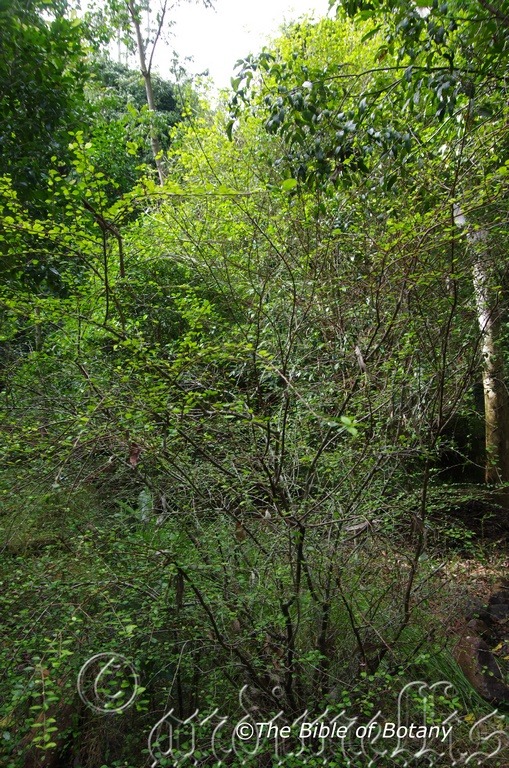
Lismore Botanic Gardens NSW
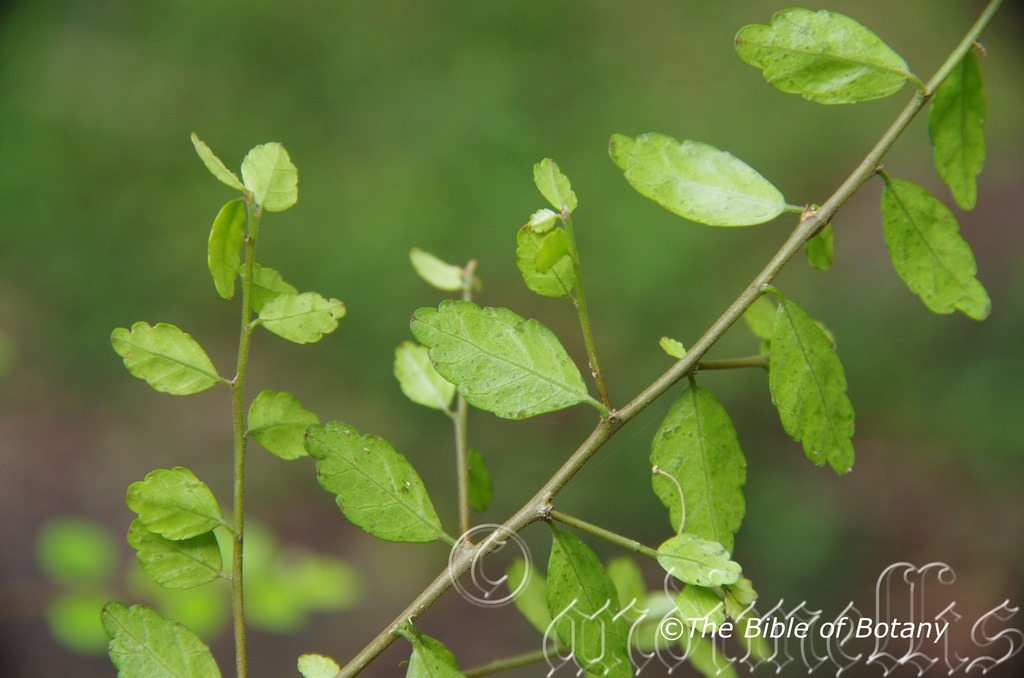
Lismore Botanic Gardens NSW
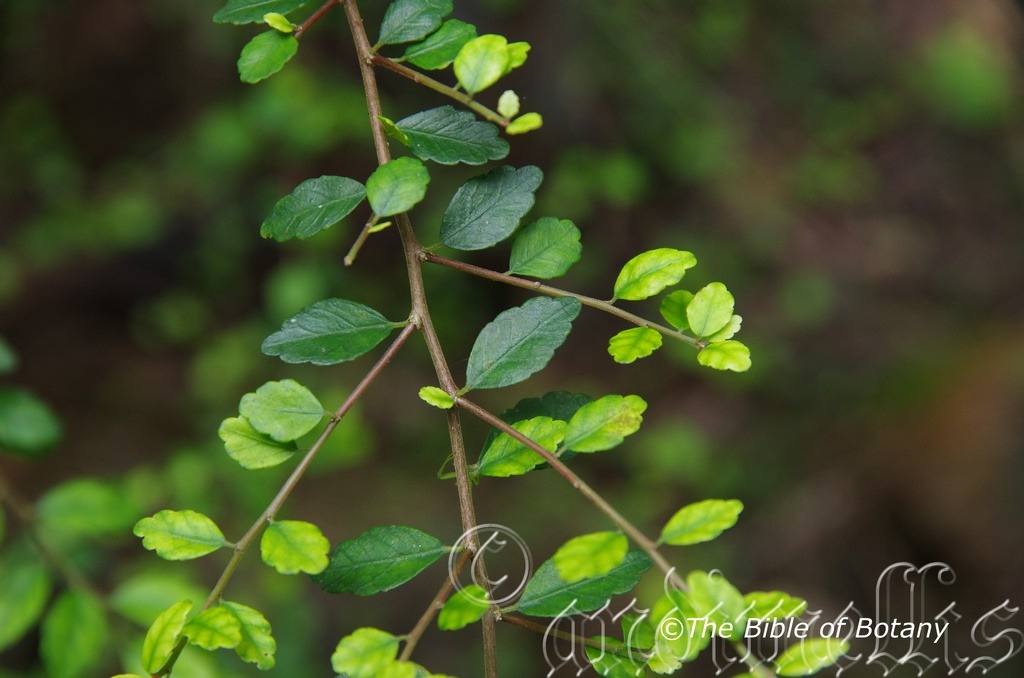
Lismore Botanic Gardens NSW
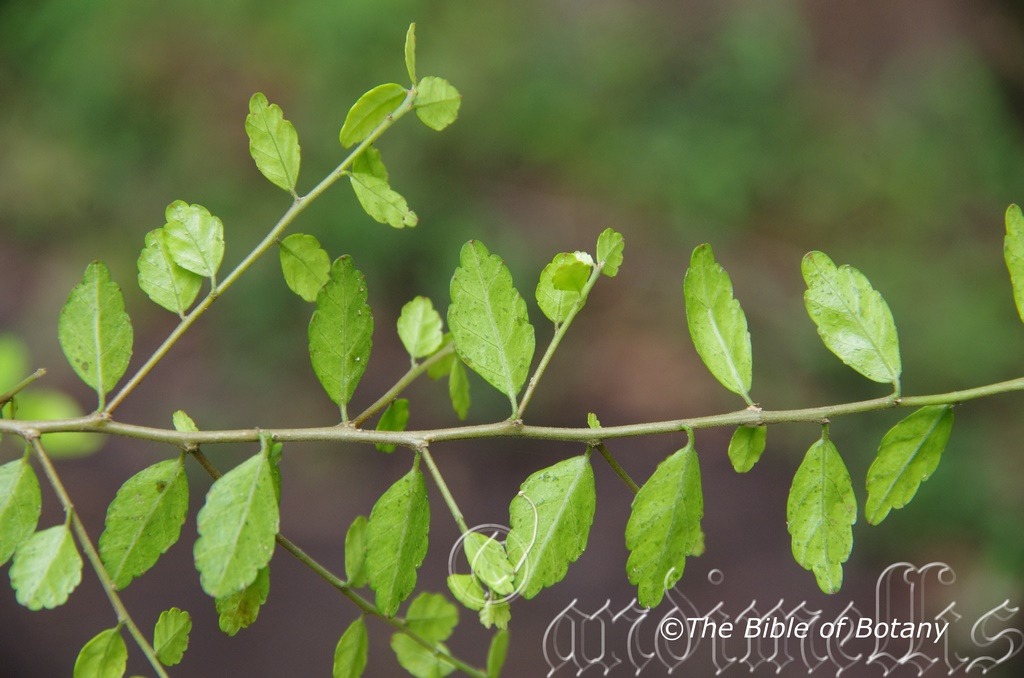
Lismore Botanic Gardens NSW
Acalypha capillipes
Classification:
Clade: Angiosperms
Clade: Eudicots
Clade: Rosids
Order: Malpighiales
Family: Euphorbaceae
Genus: From Acalypha, that is Ancient Greek for a nettle. It refers to the plants, which are similar in appearance to the European stinging nettles of the old world without the stinging hairs.
Specie: May be from Capillus, which is Latin for a hair or a head of hair and lippus, which is Latin for watery eyes. It may therefore refer to the individual flowers which resemble a red watery eye with long lashes.
Sub specie:
Common Name:
Distribution:
Acalypha capillipes is found Rockhampton in southern coastal Queensland to in far north eastern coastal New South Wales. It is mainly found on and east of the Great Dividing Range.
https://avh.ala.org.au/occurrences/search?taxa=Acalypha+callipus#tab_mapView
Habitat Aspect Climate:
Acalypha capillipes prefer dappled shade to full shade. It grows can be found on gentle slopes, on river flats bordering wet rainforests, wet Eucalyptus forests, riparian zones , dry rainforests or littoral rainforests. The altitude ranges from 20 meters ASL to 800 meters ASL
The temperatures range from 2 degrees in July to 38 degrees in January.
The rainfalls range from lows of 750mm to an average of 1600mm annually.
Soil Requirements:
Acalypha capillipes prefer better quality deep, sandy loams, light fatty clays to medium clays or light silts to heavy silts. The soils are usually derived from decomposed brown basalts or black basalts. The soil’s pH ranges from 5pH to 6.5pH. It does not tolerate waterlogged soils. None saline soils to moderately saline soils are tolerated.
Height & Spread:
Wild Plants: 1m to 3m by 1 m to 2m.
Characteristics:
Acalypha capillipes has mid reddish-brown stems that are sparsely covered in small paler lenticels. The branches are sometimes sparsely covered in spines. The smaller branches and smaller stems are terete, pale green and sparsely covered in short white or fawn pubescent hairs.
Acalypha capillipes leaves are often clustered on short spine tipped stems. The elliptic leaves measure 10mm to 15mm in length by 5mm to 8mm in width. The petiole are sparsely covered in white antrorse hairs and measure 2mm to 3mm in length. The bases are cuneate to rounded-cuneate, while the apexes are obtuse. The discolourous leaves are mid green to deep sea-green, dull to semi glossy and glabrous on the upper laminas, while the lower laminas are paler, dull and sparsely covered in white antrorse hairs along the veins. The laminas curve slightly downwards from the mid vein to the margins and decurve from the base to the apex. The leaf margins are regularly or irregularly bluntly toothed. The main vein are prominent on the lower lamina and are clearly visible from the upper lamina, while the lateral veins are slightly prominent on the lower lamina and are set at 30 degrees.
The inflorescences of Acalypha capillipes are Monoecious. The male inflorescences 10mm to 40mm in length. The female flower solitary on peduncle 20mm to 30mm in length by 4mm diameter. The flowers appear throughout the year with a peak from November to February.
Acalypha capillipes fruits are a globose drupe. The drupes measure 3mm to 3.5mm in length. The styles are persistent at the apexes.
Wildlife:
Acalypha capillipes wildlife is unknown to the author.
Cultivation:
Acalypha capillipes is a very useful small shrub for use as an understory rainforest gardens from temperate to tropical areas. It is fast to establish and with adequate moisture and native fertilizers will quickly establish itself. Acalypha capillipes grows into a dense bushy herb from 2 meters to 3 meters by 1.5 meters to 2 meters in diameter when cultivated in an open semi shaded position.
Propagation:
Seeds: Acalypha capillipes seeds can be sown directly into the seed raising mix. Cover the seeds with no more than a few millimetres of mix. Place fresh seeds tray in a warm shaded position keeping the mix moist not wet. Germination is rapid during the warmer months.
When the seedlings are 30 to 60 mm tall, harden them off by placing the tray in a sunnier position with dappled light unless you intend to grow them on in dense shade later for a week or two before you pot up. Prick them out and plant them into 50mm native tubes using a seed raising mix.
Once the seedlings reach 200mm to 250mm in height plant them out into their permanent position.
Cuttings: Acalypha capillipes seeds can be sown directly into the seed raising mix. Cover the seeds with no more than a few millimetres of mix. Place fresh seeds tray in a warm shaded position keeping the mix moist not wet. Germination is rapid during the warmer months.
When the seedlings are 30 to 60 mm tall, harden them off by placing the tray in a sunnier position with dappled light unless you intend to grow them on in dense shade later for a week or two before you pot up. Prick them out and plant them into 50mm native tubes using a seed raising mix.
Once the seedlings reach 200mm to 250mm in height plant them out into their permanent position.
Further Comments from Readers:
All information is included in good faith and has been thoroughly researched prior to printing. The website or the author does not warrant or guarantee the accuracy of any information on these pages, nor does the website or the author accept any responsibility for any loss arising from the use of the information found within. The views and opinions are strictly those of the author or those members who chose to actively participate in the contents herein.
Hi reader, it seems you use The Bible of Botany a lot. That’s great as we have great pleasure in bringing it to you! It’s a little awkward for us to ask, but our first aim is to purchase land approximately 1,600 hectares to link several parcels of N.P. into one at The Pinnacles NSW Australia, but we need your help. We’re not salespeople. We’re amateur botanists who have dedicated over 30 years to saving the environment in a practical way. We depend on donations to reach our goal. If you donate just $5, the price of your coffee this Sunday, We can help to keep the planet alive in a real way and continue to bring you regular updates and features on Australian plants all in one Botanical Bible. Any support is greatly appreciated. Thank you.
In the spirit of reconciliation we acknowledge the Bundjalung, Gumbaynggirr and Yaegl and all aboriginal nations throughout Australia and their connections to land, sea and community. We pay our respect to their Elders past, present and future for the pleasures we have gained.
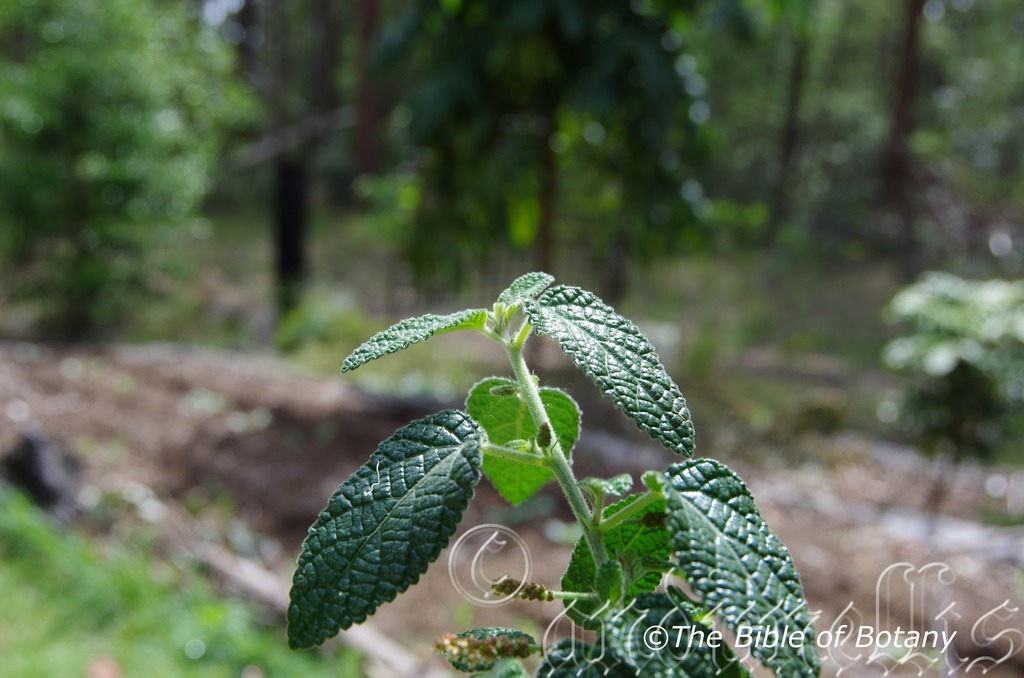
Washpool National Park NSW
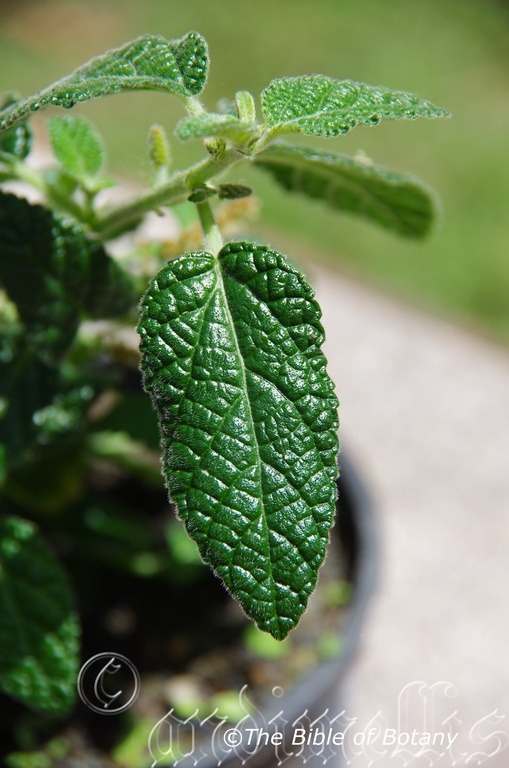
Washpool National Park NSW
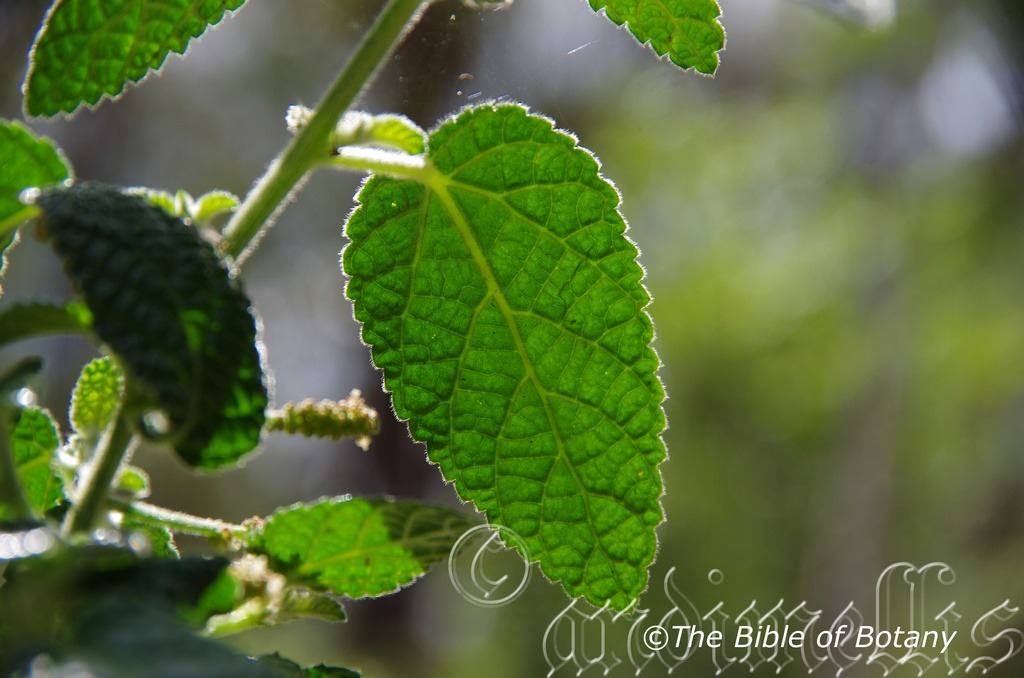
Washpool National Park NSW
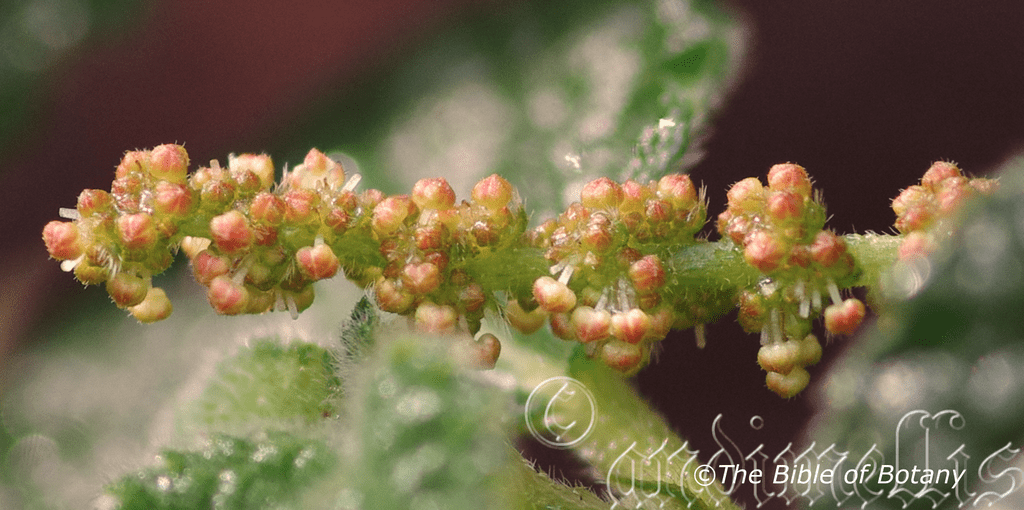
Washpool National Park NSW
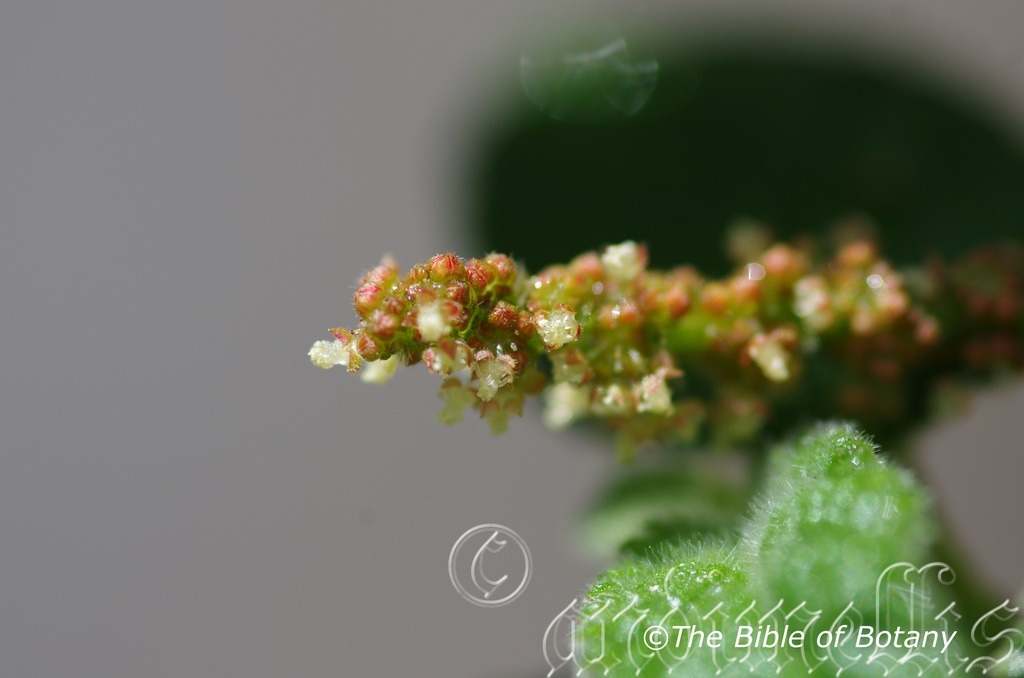
Washpool National Park NSW
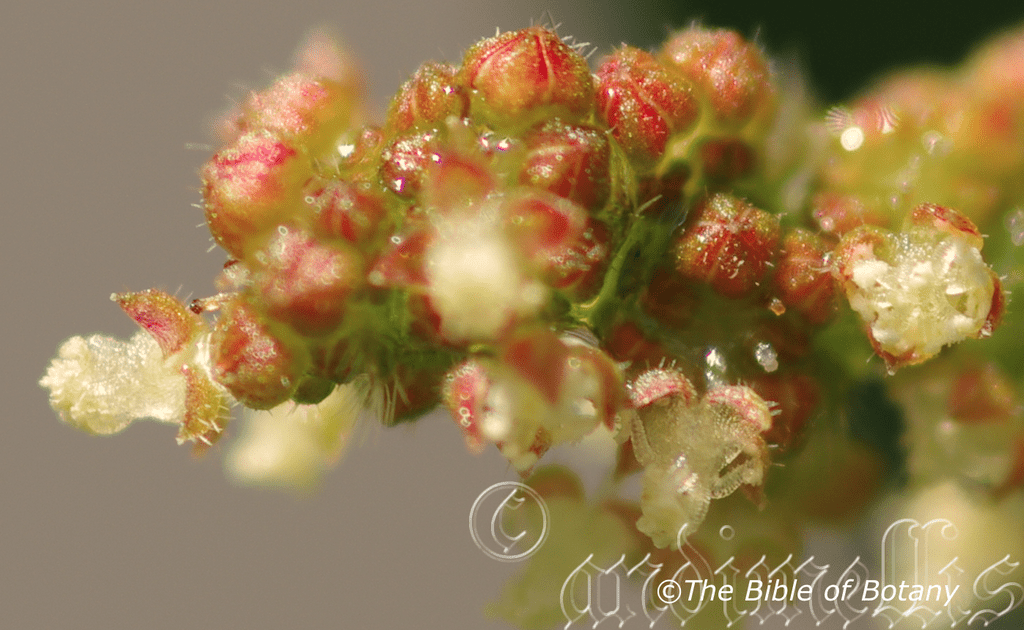
Washpool National Park NSW
Acalypha nemorum
Classification:
Clade: Angiosperms
Clade: Eudicots
Clade: Rosids
Order: Malpighiales
Family: Euphorbiaceous
Genus: From Acalypha, that is Ancient Greek for a nettle. It refers to the plants, which are similar in appearance to the European stinging nettles of the old world without the stinging hairs.
Specie: From Nemorosum, which is Latin for an open woodland or groves. It refers to habitats, which are beneath open, moist woodlands or tree groves.
Sub specie:
Common Name:
Distribution:
Acalypha nemorum is found in several disjunct populations south from Gladstone in southern coastal Queensland to Shoalhaven Bay in the central coastal New South Wales. There is also an outlying population on the Atherton Tablelands south west of Cairns.
https://avh.ala.org.au/occurrences/search?taxa=Acalypha+nemorum#tab_mapView
Habitat Aspect Climate:
Acalypha nemorum prefer dappled shade to full shade. It grows can be found on gentle slopes, on river flats bordering wet rainforests, wet Eucalyptus forests, riparian zones , dry rainforests or littoral rainforests. The altitude ranges from 5 meters ASL to 900 meters ASL
The temperatures range from minus 2 degrees in July to 34 degrees in January.
The rainfalls range from lows of 750mm to an average of 3200mm annually.
Soil Requirements:
Acalypha nemorum prefer better quality deep, sandy loams, light fatty clays to medium clays or light silts to heavy silts. The soils are usually derived from decomposed sandstones, granites, brown basalts, black basalts, shales, metamorphic rocks, alluvial deposits or accumulated peaty beach sands. The soil’s pH ranges from 4.5pH to 6.5pH. It does not tolerate waterlogged soils. None saline soils to moderately saline soils are tolerated.
Height & Spread:
Wild Plants: 0.2m to 1.5m by 0.5m to 1.5m.
Characteristics:
Acalypha nemorum‘s stems are brown and covered in white lenticels. The smaller stems are terete, creamy pale green to a deep sea-green and covered in white pruinose wax like substance. The stems are erect and densely covered in short and long white hirsute and hirtellous hairs.
Acalypha nemorum‘s leaves vary dramatically from being lanceolate to broadly ovate. The leaves measure 20mm to 95mm in length by 18mm to 40 mm in width. The bases are broadly cuneate, rounded to cordate while the apexes are acute to obtuse. The discolourous leaves are pale green to deep sea-green, dull to semi glossy and covered in white hirsute and hirtellous hairs on the upper laminas while the lower laminas are paler, dull and densely covered in white pubescent hairs. The laminas curve slightly upwards from the mid vein to the margins and decurve from the base to the apex. The leaf margins are regularly or irregularly crenate to serrate or toothed and covered in white ciliate. The main vein and later Washpool National Park NSWal veins are strongly prominent on the lower laminas and clearly visible from the upper laminas. The lamina upper lamina is convex between the lateral veins. The petiole and stipules are densely covered in white pulverulent hairs. The angular petiole measures 8mm to 20mm in length while the persistent, lanceolate stipules measure 4mm to 10mm before turning brown and withering.
The inflorescences of Acalypha nemorum are Monoecious. The male flowers are born on racemes from the leaf axils or from a single large orbicular bract from the leaf axils while the female flowers are born singly or at the base of the male flowers on the raceme. There are 28 to 60 individual flowers on each raceme. The racemes are densely covered in white hirsute and hirtellous hairs and measure 20mm to 50mm in length. The sessile flowers measure 2mm to 2.5mm in diameter. The 5 bracts and 5 petals are creamy green to pale lime-green, orbicular and clasp the ovaries. The ovaries are covered in white hirtellus hairs. The white stigmas are fimbriate. The 8 stamens are white or red and appear as fascicles. The female Flowers appear throughout the year with a peak from November to February.
Acalypha nemorum fruits are a globose drupe. The drupes are densely covered in white hirtellous hairs. The styles are persistent at the apexes.
Wildlife:
Acalypha nemorum‘s wildlife is unknown to the author however the leaves are often eaten by an unknown larvae during the summer months.
Cultivation:
Acalypha nemorum is a very useful small herbaceous Native plant for rainforest gardens from temperate to tropical areas. It is fast to establish itself and with adequate moisture and native fertilizers will quickly establish itself over a large area without becoming problem some. Acalypha nemorum grows into a dense bushy herb from 0.3meters to 1 meter by 0.4 meters to 0.8 meters in diameter when cultivated in an open semi shaded position.
It is most suitable for use around shaded to semi shaded swimming pools, courtyards, besides pathways, shady rockeries, along sandy clay banks or along driveways or adjacent to natural bush gardens provided good shade is there for the majority of the day. Mass plantings of 5 or more plants even in small areas; really do the plants justification. Small to medium fish or frog ponds will benefit from Acalypha nemorum.
If it is placed around a pool, courtyards or other confined spaces then plant them in small groups or scatter plant them for a more informal natural look against walls to help soften them. Using rocks and small boulders can make the pool or any water feature appear like an oasis. Be careful not to over plant as they will look out of place and weedy.
The variety from near Coffs Harbour is more prostrate and has deep green glossier leaves which may be more suitable in confined situations.
Propagation:
Seeds: Acalypha nemorum seeds can be sown directly into the seed raising mix. Cover the seeds with no more than a few millimetres of mix. Place fresh seeds tray in a warm shaded position keeping the mix moist not wet. Germination is rapid during the warmer months.
When the seedlings are 30 to 60 mm tall, harden them off by placing the tray in a sunnier position with dappled light unless you intend to grow them on in dense shade later for a week or two before you pot up. Prick them out and plant them into 50mm native tubes using a seed raising mix.
Once the seedlings reach 200mm to 250mm in height plant them out into their permanent position.
Cuttings: Dwarf forms or those with particular traits should be grown from cuttings.
Use 60mm to 80mm long fully ripened material when growing from cuttings. Take them in mid-autumn or early spring. Remove the leaves from the bottom section being careful not to tear the bark. Place the tray in a plastic bag and place the contents in a warm, shady to semi shaded place. When the cuttings have obviously struck and have developed good roots treat them as for seedlings. Roots should appear in two or three weeks and be ready for potting up in 6 to 8 weeks.
Fertilize using Seaweed, fish emulsion or organic chicken pellets soaked in water on an alternate basis. Fertilize every two months until the plants are established then annually either in early September to March to maintain health, vitality and better flowering.
Further Comments from Readers:
All information is included in good faith and has been thoroughly researched prior to printing. The website or the author does not warrant or guarantee the accuracy of any information on these pages, nor does the website or the author accept any responsibility for any loss arising from the use of the information found within. The views and opinions are strictly those of the author or those members who chose to actively participate in the contents herein.
Hi reader, it seems you use The Bible of Botany a lot. That’s great as we have great pleasure in bringing it to you! It’s a little awkward for us to ask, but our first aim is to purchase land approximately 1,600 hectares to link several parcels of N.P. into one at The Pinnacles NSW Australia, but we need your help. We’re not salespeople. We’re amateur botanists who have dedicated over 30 years to saving the environment in a practical way. We depend on donations to reach our goal. If you donate just $5, the price of your coffee this Sunday, We can help to keep the planet alive in a real way and continue to bring you regular updates and features on Australian plants all in one Botanical Bible. Any support is greatly appreciated. Thank you.
In the spirit of reconciliation we acknowledge the Bundjalung, Gumbaynggirr and Yaegl and all aboriginal nations throughout Australia and their connections to land, sea and community. We pay our respect to their Elders past, present and future for the pleasures we have gained.
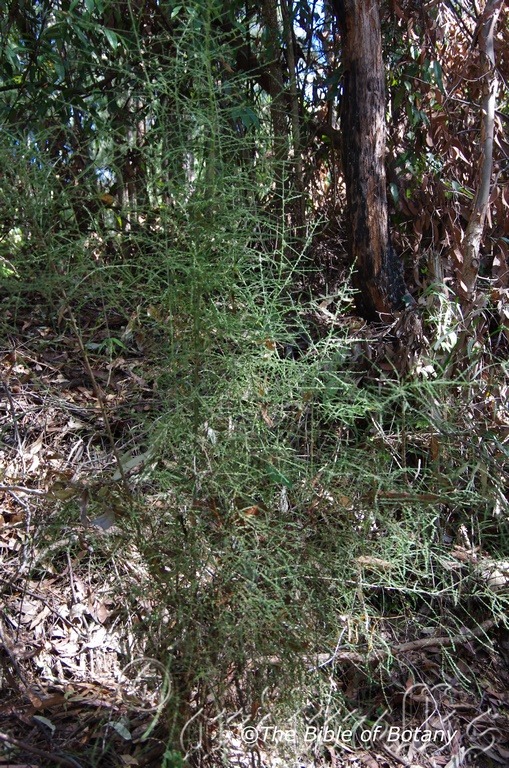
Washpool National Park NSW
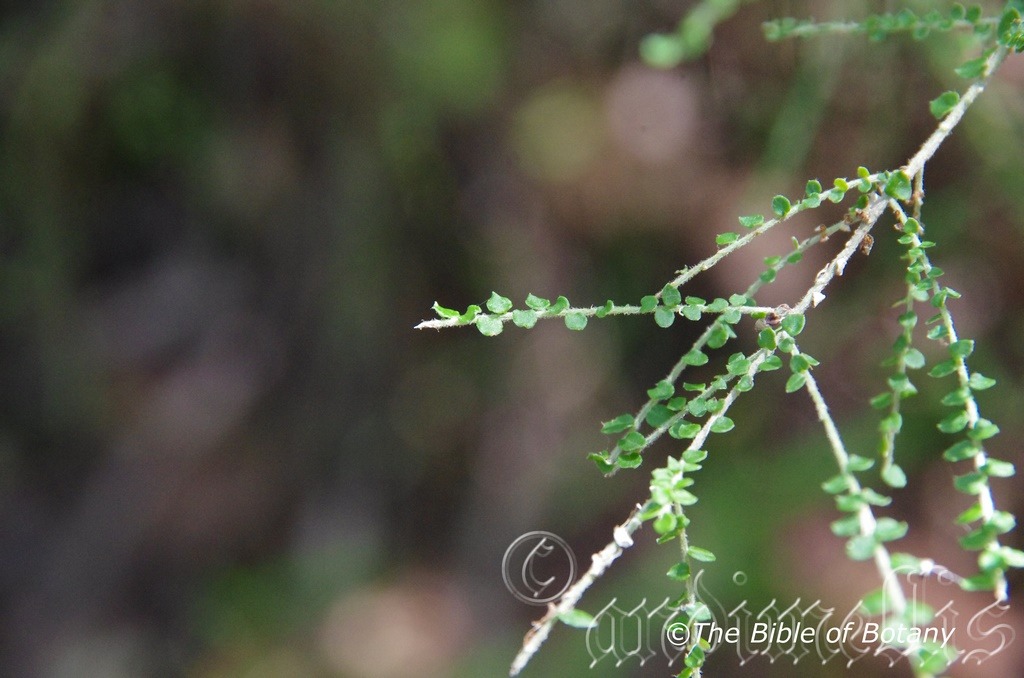
Washpool National Park NSW
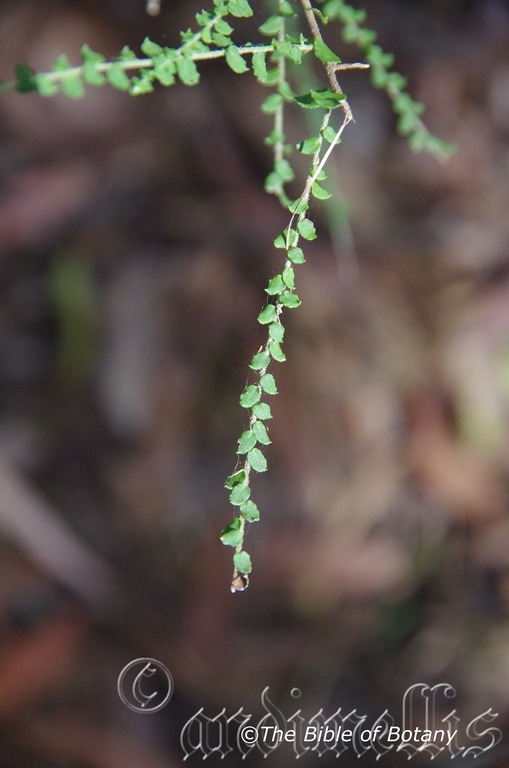
Washpool National Park NSW
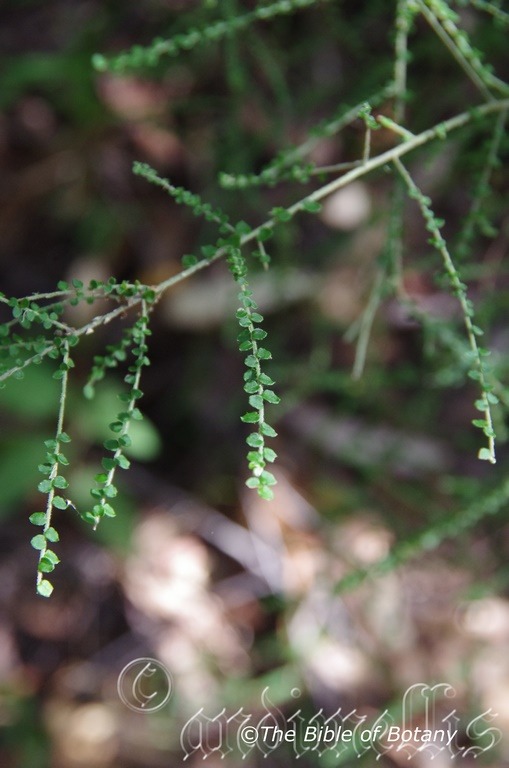
Washpool National Park NSW
Acalypha sp.1
Classification:
Clade: Angiosperms
Clade: Rosids
Order: Malpighiales
Family: Euphorbaceae
Genus: From Acalypha, that is Ancient Greek for a nettle. It refers to the plants, which are similar in appearance to the European stinging nettles of the old world without the stinging hairs.
Specie: This is a new species discovered by the author near the Washpool National Park and may be extinct following the bushfires of November 2019. Follow up inspections have failed to find any further plants in mid 2020.
Sub specie:
Common Name:
Distribution:
Acalypha sp.1 is found in a single population on the southern edge of the Washpool National Park.
https://avh.ala.org.au/occurrences/search?taxa=Acalypha+ #tab_mapView
Habitat Aspect Climate:
Acalypha sp.1 prefers dappled shade. It grows on gentle slopes near the top of ridgelines bordering wet rainforests, wet Eucalyptus forests. The altitude was 850 meters ASL.
The temperatures range from 3 degrees in July to 38 degrees in January.
The rainfalls is an average of 1100mm annually.
Soil Requirements:
Acalypha sp.1 prefer better quality deep, sandy loams, light fatty clays to medium clays or light silts to heavy silts. The soil is derived from decomposed black basalts. The soil’s pH is 6.5pH. It does not tolerate waterlogged soils. Slightly saline soils are tolerated.
Height & Spread:
Wild Plants: 1m to 2m by 1 m to 1.5m.
Characteristics:
Acalypha sp.1 has pale brown stems has fine longitudinal ridges and is densely covered in white floccose hairs. The branches and stems are sparsely covered in spines. The smaller branches and smaller stems are terete, pale blue-green and densely covered in long white floccose hairs.
Acalypha sp.1 leaves are often clustered on short spine tipped stems. The ovate leaves measure 5mm to 7mm in length by 4mm to 7mm in width. The petiole is densely covered in short white floccose hairs and measure 0.5mm to 0.8mm in length. The bases are rounded, while the apexes are obtuse. The discolourous leaves are deep sea-green, somewhat glabrous on the upper laminas, while the lower laminas are paler and densely covered in short white floccose hairs. The laminas are usually flat and curve upwards near the apex. The leaf margins are entire and are at times have a single undulation.
The inflorescences of Acalypha sp.1 is unknown.
The drupes of Acalypha sp.1 is unknown.
Wildlife:
Acalypha sp.1 wildlife is unknown to the author.
Cultivation:
Acalypha capillipes is unknown to the author.
Propagation:
Seeds: Acalypha sp.1 is most likely similar to Acalypha nemorum. Sow fresh seeds directly into the seed raising mix. Cover the seeds with no more than a few millimetres of mix. Place fresh seeds tray in a warm shaded position keeping the mix moist not wet. Germination is rapid during the warmer months.
When the seedlings are 30 to 60 mm tall, harden them off by placing the tray in a sunnier position with dappled light unless you intend to grow them on in dense shade later for a week or two before you pot up. Prick them out and plant them into 50mm native tubes using a seed raising mix.
Once the seedlings reach 200mm to 250mm in height plant them out into their permanent position.
Fertilize using seaweed, fish emulsion or organic chicken pellets soaked in water on an alternate basis. Fertilize every two months until the plants are established then twice annually in early September or March to maintain health, vitality and better flowering.
Further Comments from Readers:
All information is included in good faith and has been thoroughly researched prior to printing. The website or the author does not warrant or guarantee the accuracy of any information on these pages, nor does the website or the author accept any responsibility for any loss arising from the use of the information found within. The views and opinions are strictly those of the author or those members who chose to actively participate in the contents herein.
Hi reader, it seems you use The Bible of Botany a lot. That’s great as we have great pleasure in bringing it to you! It’s a little awkward for us to ask, but our first aim is to purchase land approximately 1,600 hectares to link several parcels of N.P. into one at The Pinnacles NSW Australia, but we need your help. We’re not salespeople. We’re amateur botanists who have dedicated over 30 years to saving the environment in a practical way. We depend on donations to reach our goal. If you donate just $5, the price of your coffee this Sunday, We can help to keep the planet alive in a real way and continue to bring you regular updates and features on Australian plants all in one Botanical Bible. Any support is greatly appreciated. Thank you.
In the spirit of reconciliation we acknowledge the Bundjalung, Gumbaynggirr and Yaegl and all aboriginal nations throughout Australia and their connections to land, sea and community. We pay our respect to their Elders past, present and future for the pleasures we have gained.
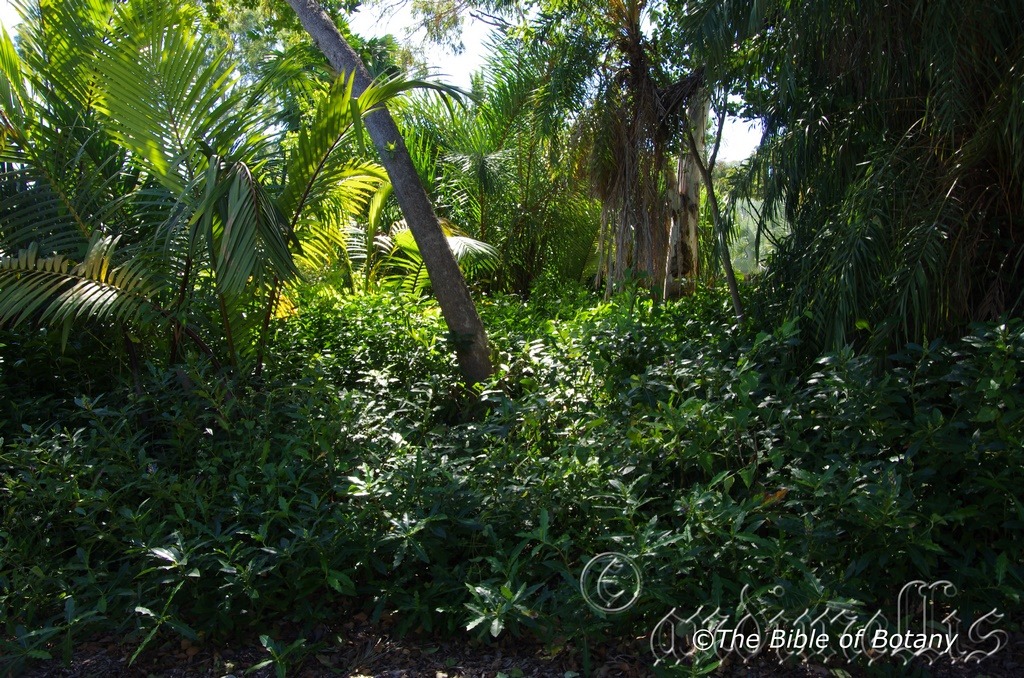
Townsville Qld.
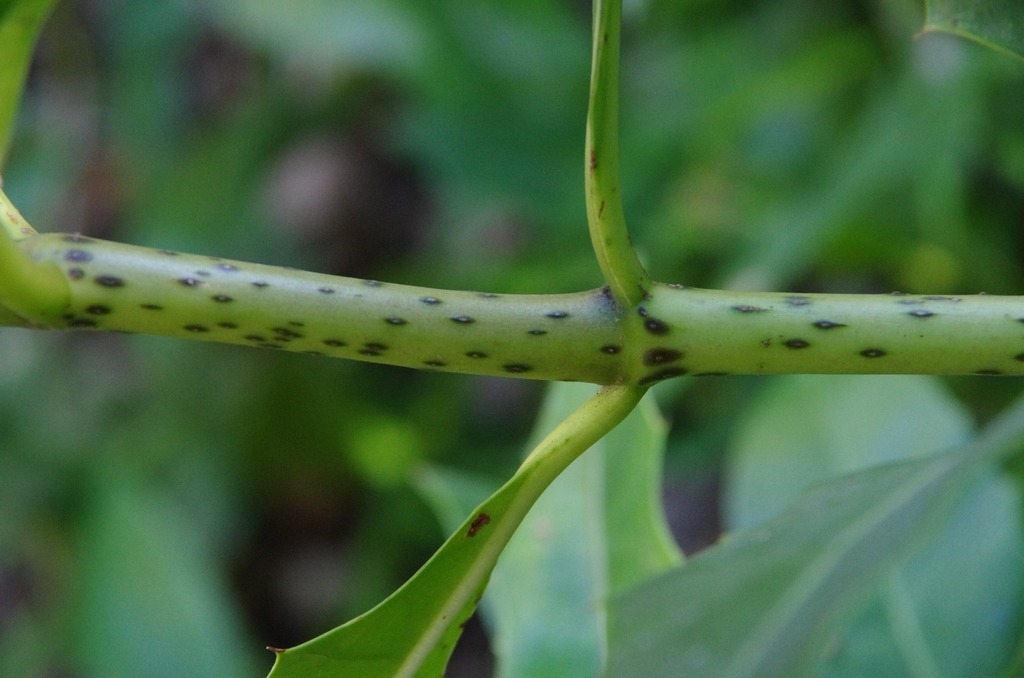
Townsville Qld.

Townsville Qld.
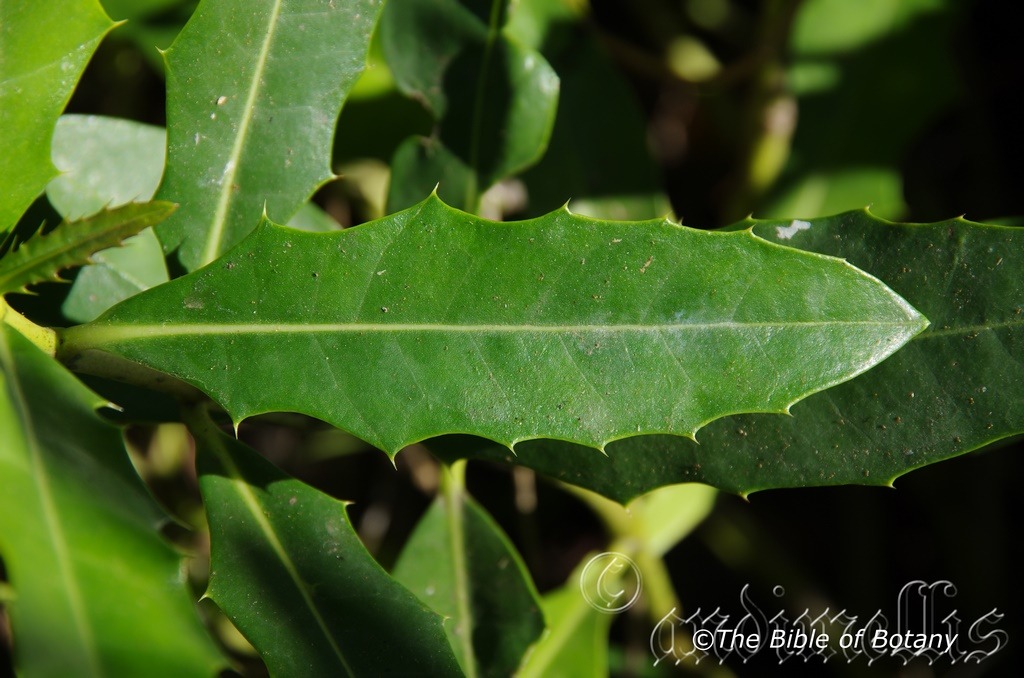
Townsville Qld.
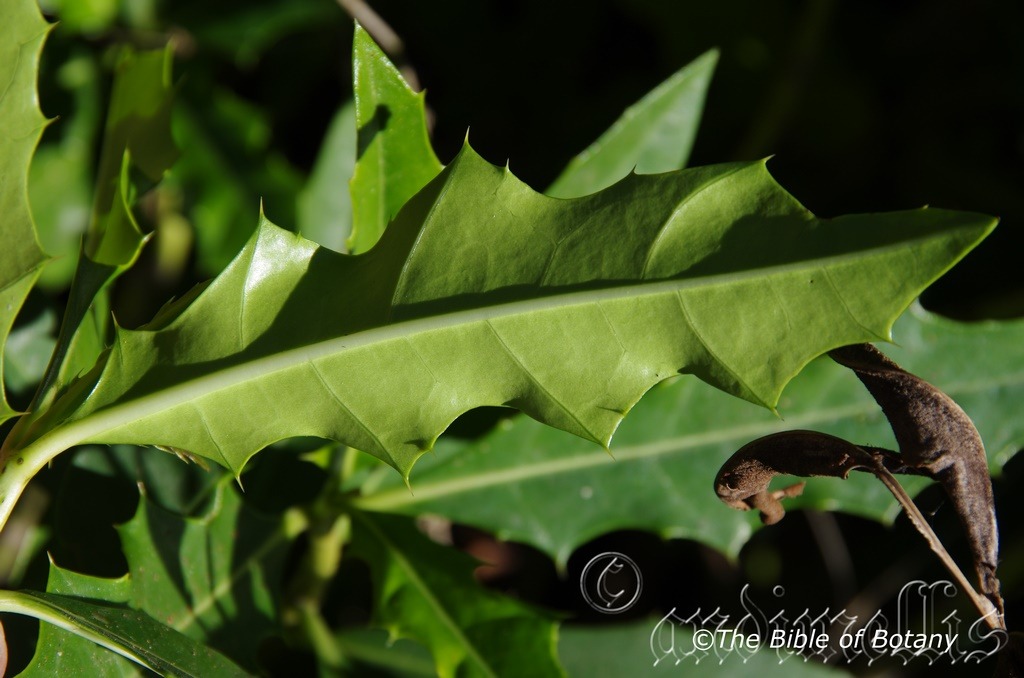
Townsville Qld.
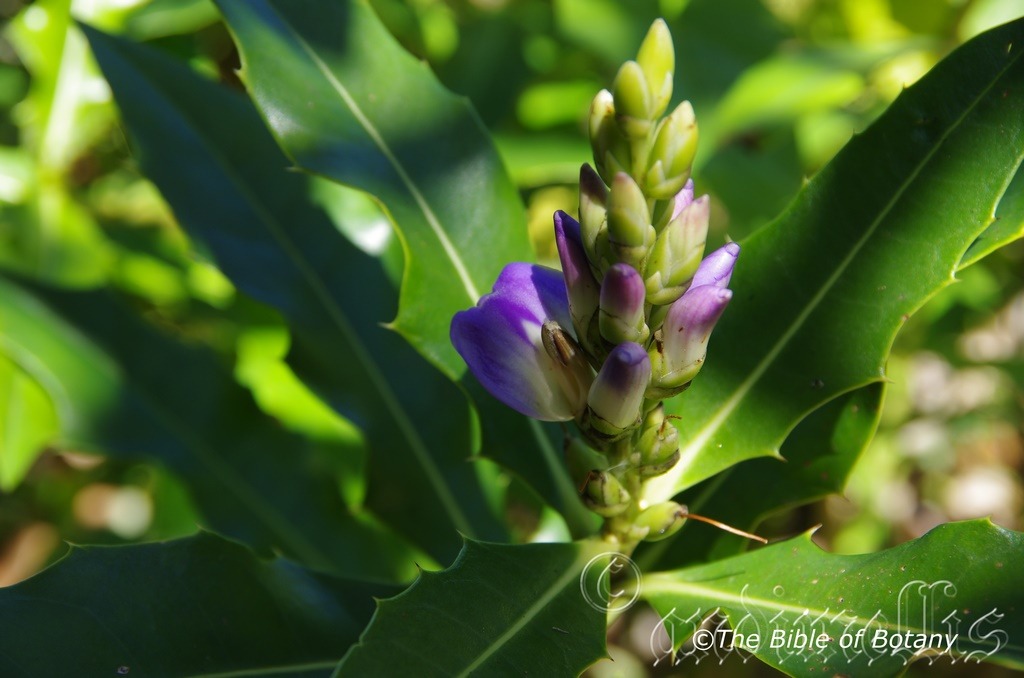
Townsville Qld.
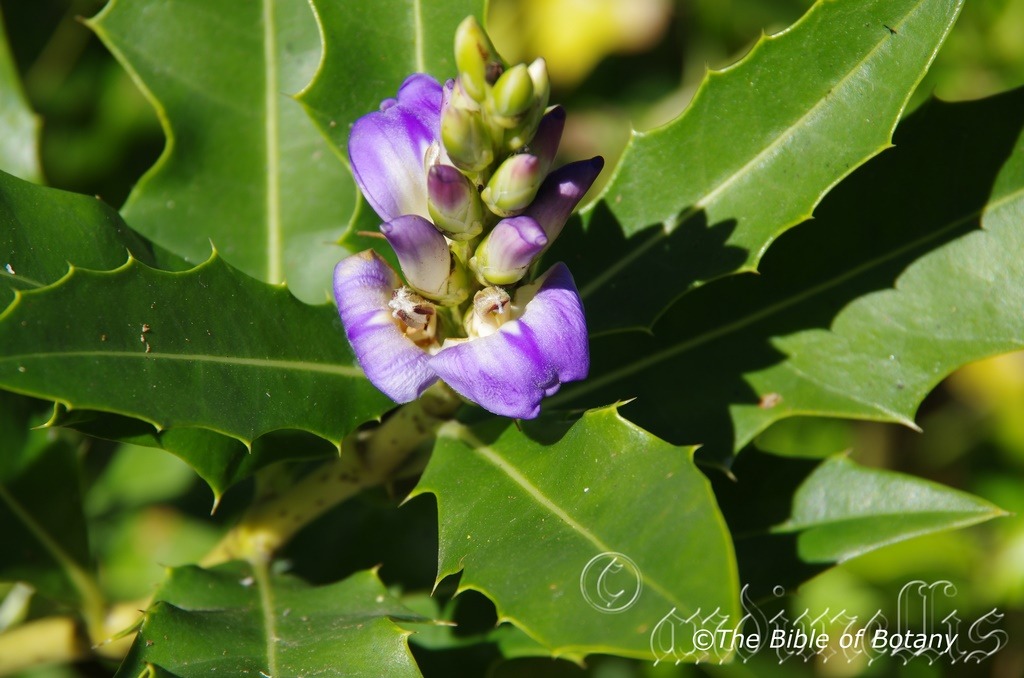
Townsville Qld.
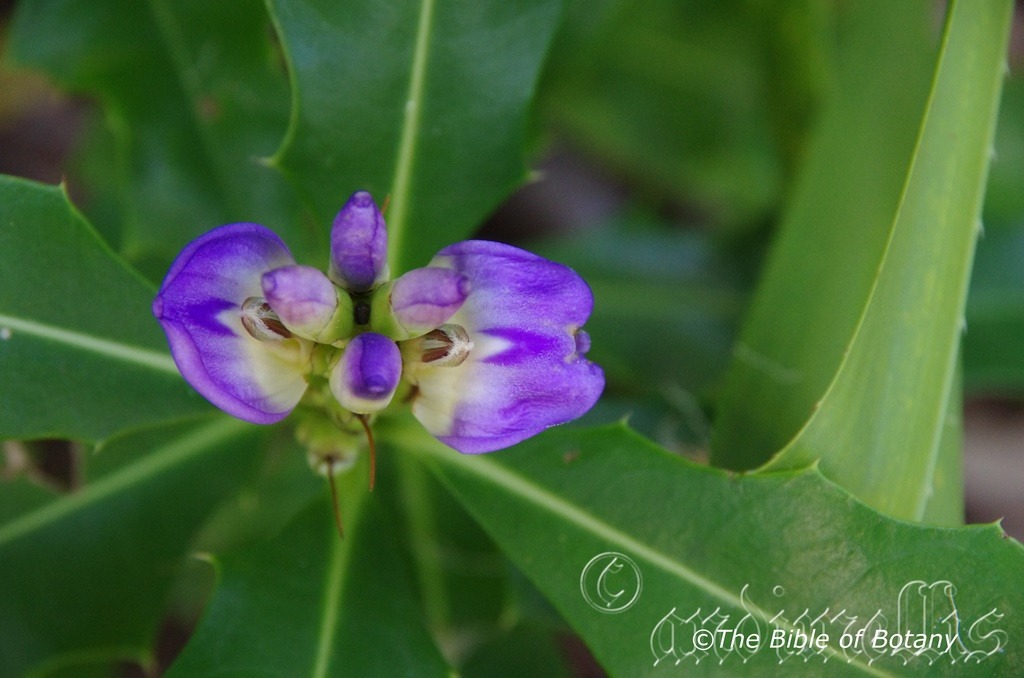
Townsville Qld.
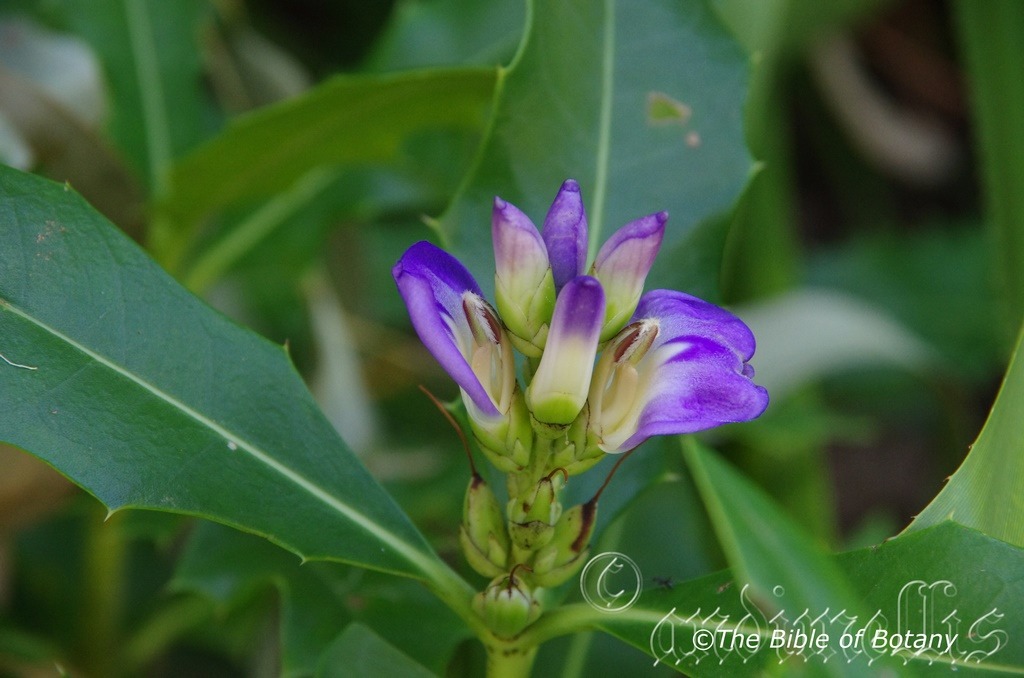
Townsville Qld.
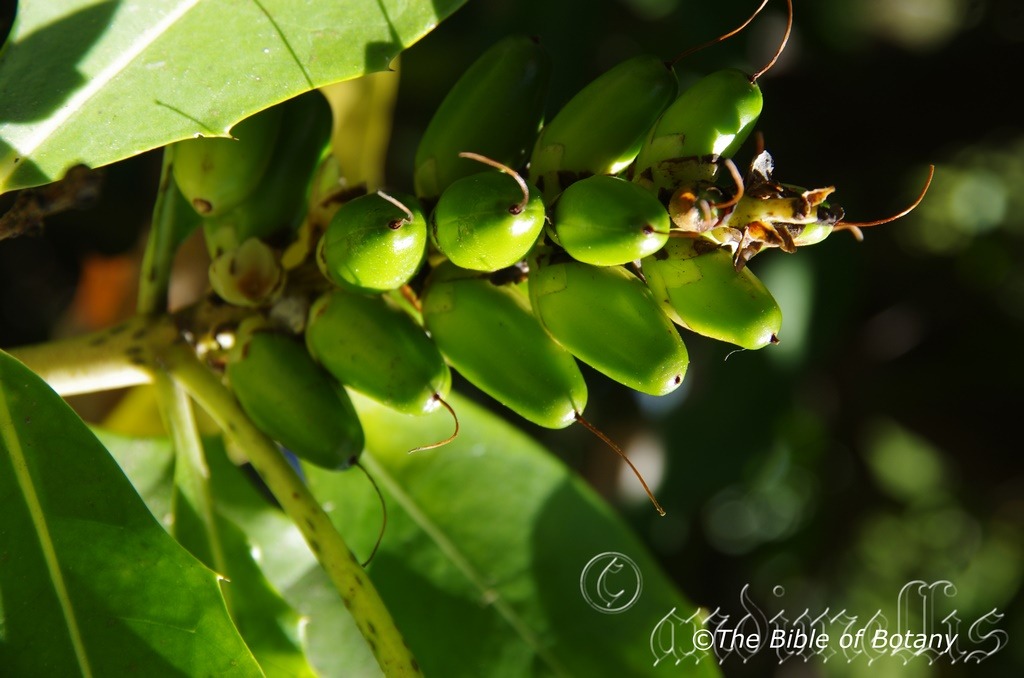
Townsville Qld.
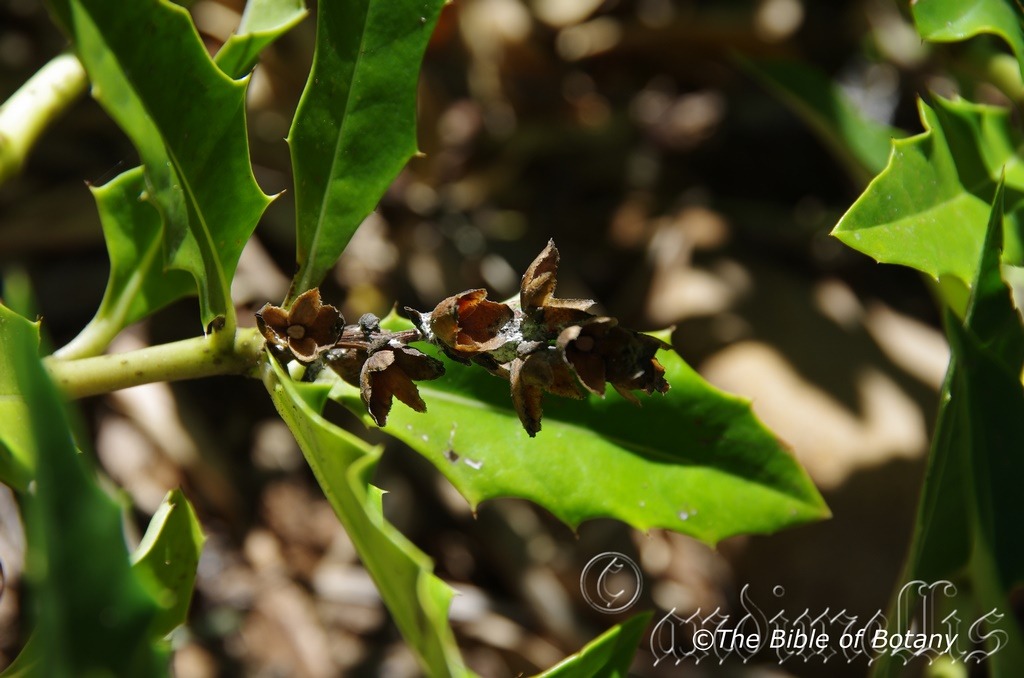
Townsville Qld.
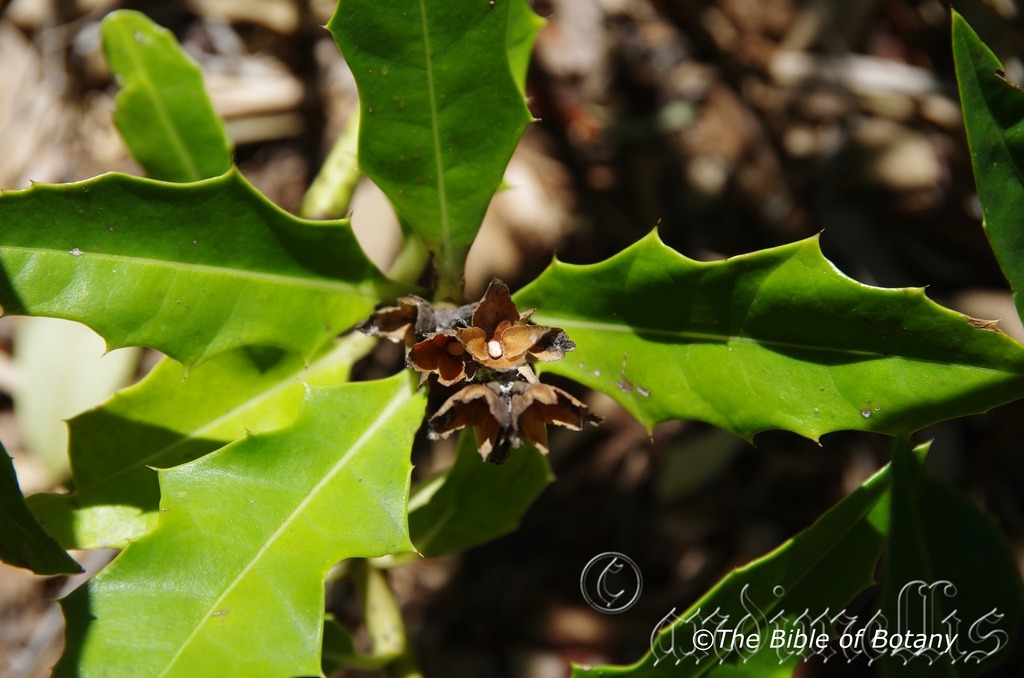
Townsville Qld.
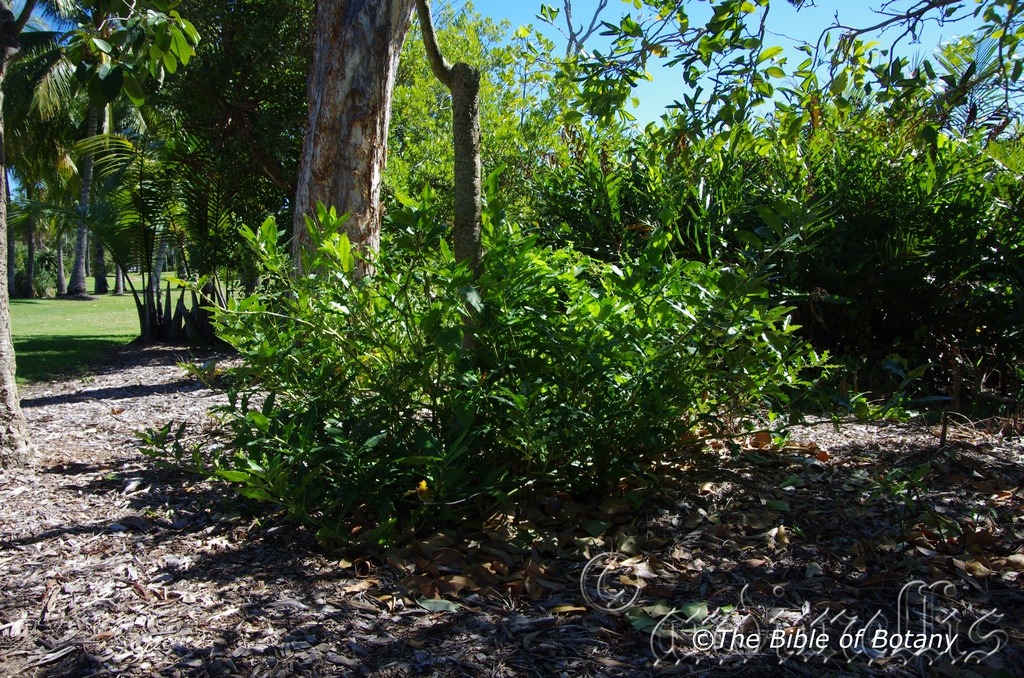
Townsville Botanic Gardens Qld.
Acanthus ilicifolius
Classification:
Class: Magnoliophyta
Order: Fabales
Family: Fabaceae
Subfamily: Mimosoideae
Genus: From Akanthos, which is Ancient Greek, for a thorn. It refers to plants, usually the leaves, which end in a thorn.
Specie: From Ilex, which is Latin for the European holly and Folius, which is Latin for a leaf or foliage. It refers to plants, which have leaves that resemble the European Holly genus, Ilex.
Common Name: Holly Mangrove, Mangrove Holly, Mangrove Holly leaf, Holly-leaved Mangrove, Bear’s Breech.
Distribution:
Acanthus ilicifolius is restricted to a narrow range east from Melville Isaland in the Northern Territory along the coastal strip to the tip of Cape York Peninsula and south to Rockhampton.
https://avh.ala.org.au/occurrences/search?taxa=Acanthus+ilicifolius+#tab_mapView
Habitat Aspect Climate:
Acanthus ilicifolius it grow close to the coast, along the banks of tidal creeks and estuaries. It grows on gentle slopes and plains in coastal areas and inland on gently undulating terrain. The altitude ranges from 0.5 meters ASL to 5 meters ASL.
The temperatures range from lows of 8 degrees in August to 38 degrees in January.
The rainfalls range from lows of 1200mm to an average of 3200mm annually.
Soil Requirements:
Acanthus ilicifolius prefers to grow in wet accumulated beach sands, sandy loams, thick muds and wet alluvial deposits. The pH. of the soils ranges between 6 to 8pH. It tolerates saline soils to very saline soils. Waterlogged soils are accepted as are periodic flooding and tidal surges.
Height & Spread:
Wild Plants:1m to 1.5m by 1m x 1.5m.
Characteristics:
Acanthus ilicifolius grows as a dense foliaged herbaceous shrub. Stems have 2 to 4 soft axillary spines at each leaf node, which measure 5mm to 7mm in length.
The broad oblong leaf blades on Acanthus ilicifolius, usually have 4 to 5 pairs of lobes that are usually tipped in sharp spines similar to the holly leaf and measure 7.5mm to 180mm by 25mm to 50mm in width. The main lateral veins extend to the margins of the lobe apexes and are reticulated between these veins.
The sepals have four lobes, two large and two small with broadly acute apexes. The lower lip of the corolla is 3 lobed with the upper lip being absent. The corolla measures 25mm in length. Acanthus ilicifolius stamens have thickly, curved, bony filaments with single celled anthers and are densely covered in white floccose hairs along the sutures. The copious quantities of pollen is yellow. The green, glabrous ovary has 2 superposed ovules in each locule, while the straight, white style has a longitudinal groove and measures 17mm to 18mm in length.
Acanthus ilicifolius’s fruits are a capsule and measure 17mm to 25mm in length. The elliptical seeds measure 6mm to 9mm by 5mm to 6mm in diameter. The testa has 2 layers with the outer layer tough and rugose to withstand short periods in salt water and the inner layer is thinner, smooth and transparent.
Wildlife:
Acanthus ilicifolius wildlife is unknown to the author.
Cultivation:
It would make an good fire retardant medium size shrub.
* Fire retardant plants act as radiant heat screens and absorb more heat from an approaching fire without burning.
* Fire retardant trees are able reduce wind speed near a house or out buildings.
* Fire retardant also trap embers and sparks carried by the wind.
* Fire retardant ground covers are able to catch burning embers without catching fire themselves, and also slow the travel of a fire through debris and litter on the ground.
Acanthus ilicifolius makes an interesting fast growing shrub in wet situations. The leaves are bold giving a strong emphasis wherever it is planted. It is particularly hardy on sandy loams and skeletal soils over rocky outcrops that trap water. It will flower in its second year from seed in cultivation. It is suitable for seaside gardens with strong winds but should not be allowed to dry out.
It is best planted in mass in long rows or larger plots keeping in mind its dominance in the garden. Single plants can be scattered throughout an open wallum scene and mixed with prostrate shrubs and shrubs of equal size which have finer foliages to create really spectacular scene of foliage contrasts. This is especially true when nothing else is in flower to distract your attention as the foliages can be given strength even fine foliages.
It is best used adjacent to larger areas of open bush back from paths or the house so their deep green leaves can be viewed in contrast. It would be great as a backdrop against swimming pools where its low maintenance comes to the fore. Here it can be planted in small scattered in small clusters of 2 or 3 or as a stand-alone plant to create a lush tropical look beneath Australian native palms like Arcrontophoenix alexandrae. It is a plant that does not require colour to be shown off.
The flowers are born apically and are an interest in themselves. The leaves and flowers could be tested indoors for floral arrangements.
Propagation:
Seeds: Acanthus ilicifolius seed requires treatment before sowing. Pre-treat the seeds by carefully removing the outer testa. Wash in clean fresh water, beforesowing into a seed raising mix. Cover the seeds with 5mm to 10 mm of the mix. The seed trays can stand in water as this will not harm the seeds and will prevent them drying out. When the seedlings are 25mm to 50mm tall, prick them out and plant them into 50mm native tubes using a seed raising mix.
Once the seedlings reach 200mm to 250mm in height plant them out into their permanent position. When mass plantings are required plant them out at 3.5 to 5 meter centers.
Fertilize using Seaweed, fish emulsion or organic chicken pellets soaked in water on an alternate basis. Fertilize every two months until the plants are established then annually either in early September to March to maintain health, vitality and better flowering. Plants thrive on any additional care.
Further Comments from Readers:
All information is included in good faith and has been thoroughly researched prior to printing. The website or the author does not warrant or guarantee the accuracy of any information on these pages, nor does the website or the author accept any responsibility for any loss arising from the use of the information found within. The views and opinions are strictly those of the author or those members who chose to actively participate in the contents herein.
Hi reader, it seems you use The Bible of Botany a lot. That’s great as we have great pleasure in bringing it to you! It’s a little awkward for us to ask, but our first aim is to purchase land approximately 1,600 hectares to link several parcels of N.P. into one at The Pinnacles NSW Australia, but we need your help. We’re not salespeople. We’re amateur botanists who have dedicated over 30 years to saving the environment in a practical way. We depend on donations to reach our goal. If you donate just $5, the price of your coffee this Sunday, We can help to keep the planet alive in a real way and continue to bring you regular updates and features on Australian plants all in one Botanical Bible. Any support is greatly appreciated. Thank you.
In the spirit of reconciliation we acknowledge the Bundjalung, Gumbaynggirr and Yaegl and all aboriginal nations throughout Australia and their connections to land, sea and community. We pay our respect to their Elders past, present and future for the pleasures we have gained.
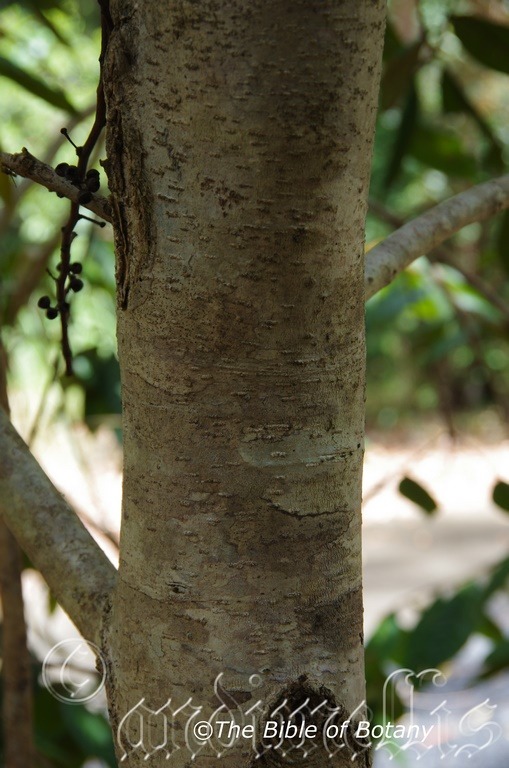
North Coast Botanic Gardens NSW.
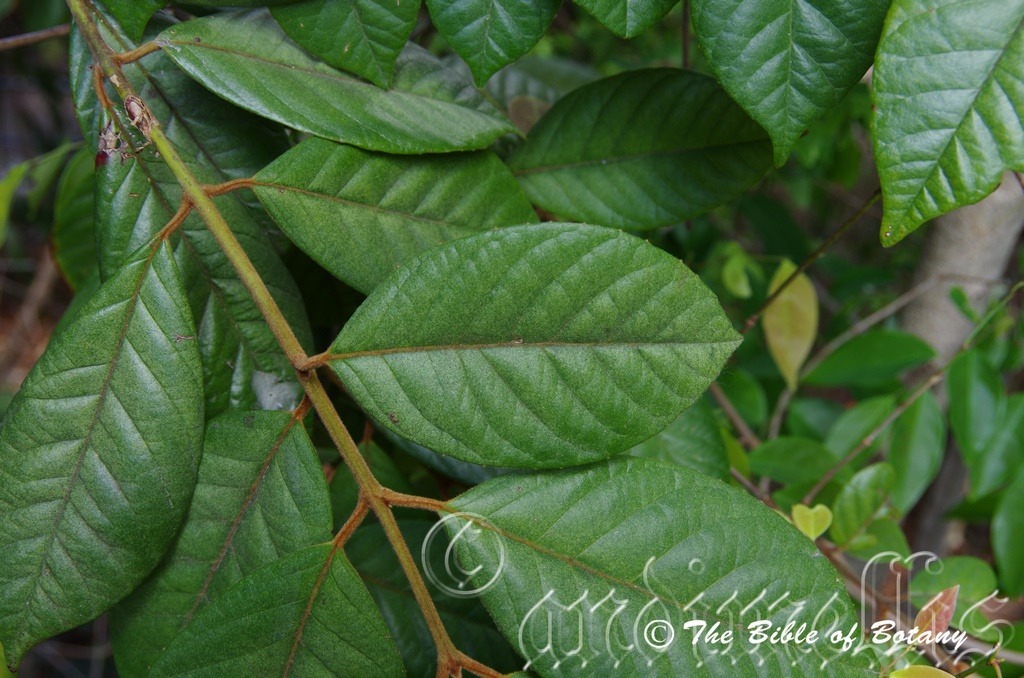
Roma Street Gardens Brisbane Qld.
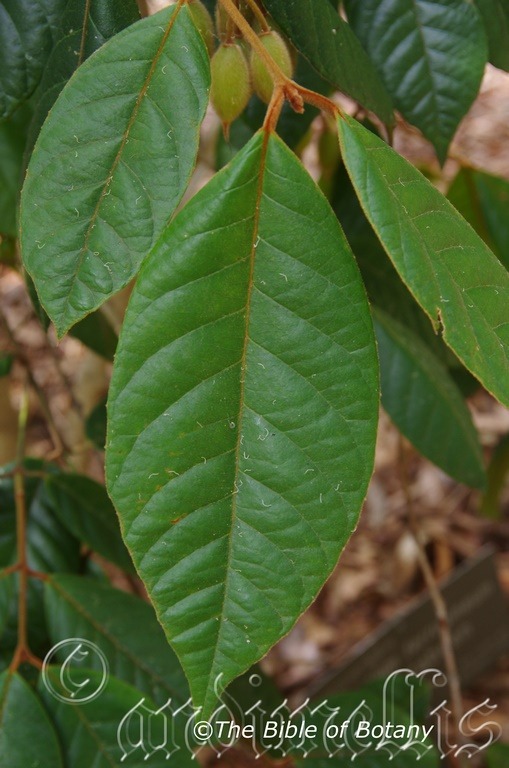
North Coast Botanic Gardens NSW.

North Coast Botanic Gardens NSW.
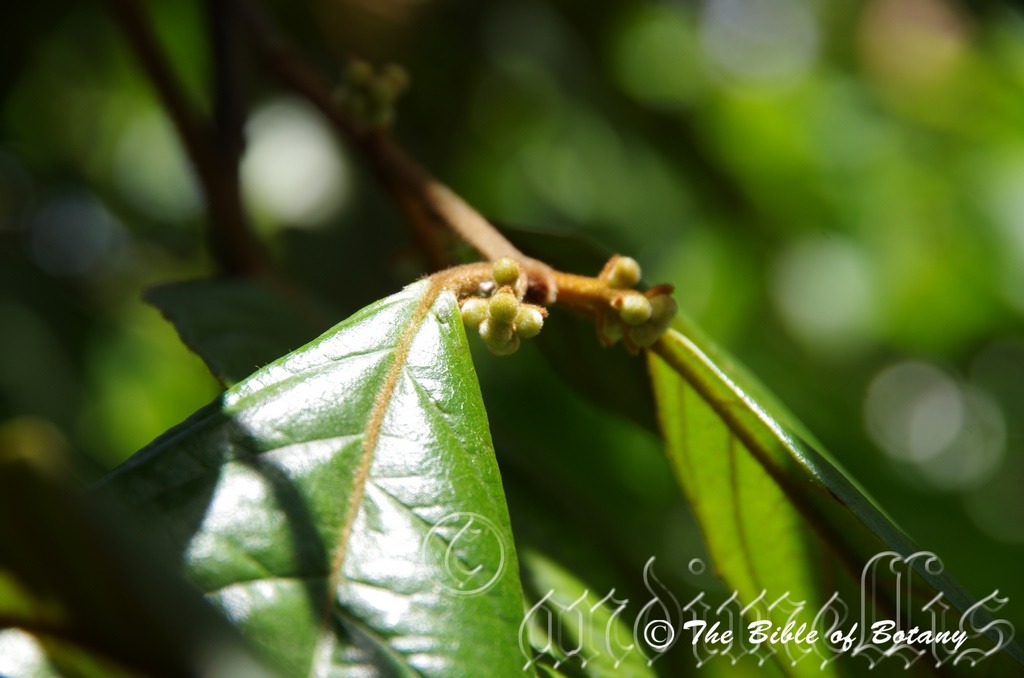
Roma Street Gardens Brisbane Qld.
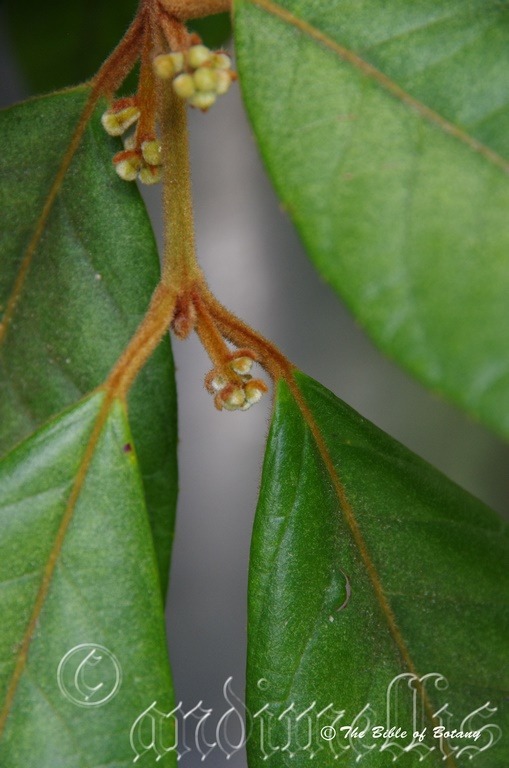
Roma Street Gardens Brisbane Qld.

Roma Street Gardens Brisbane Qld.
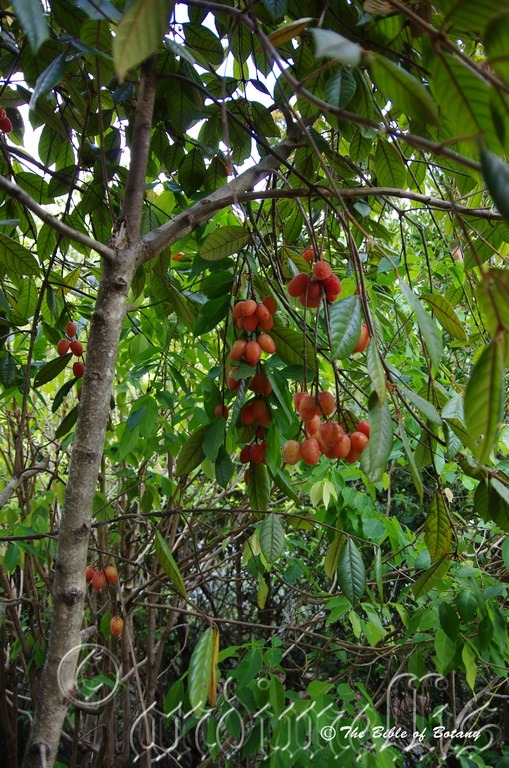
Roma Street Gardens Brisbane Qld.
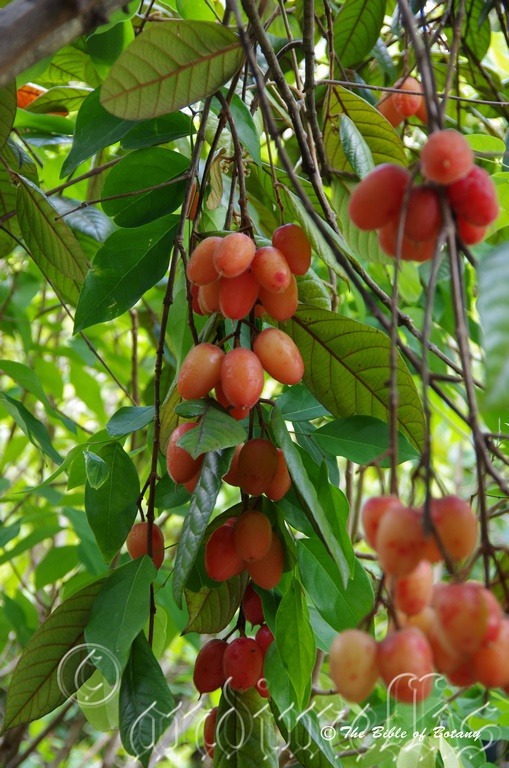
Roma Street Gardens Brisbane Qld.
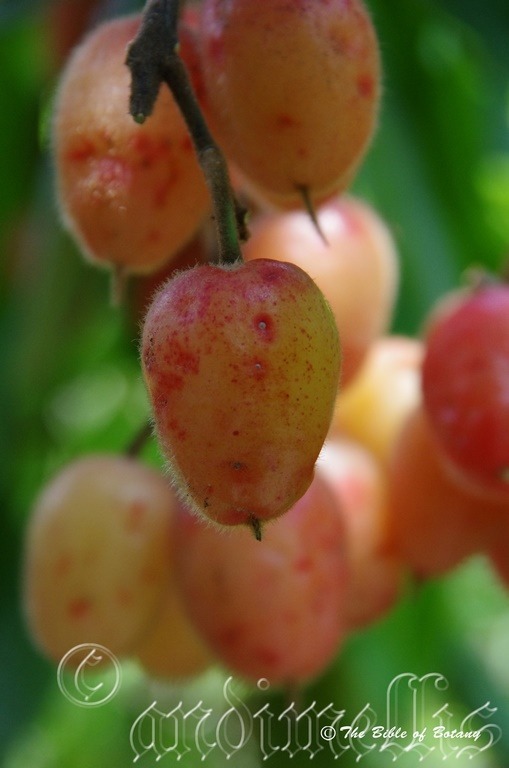
Roma Street Gardens Brisbane Qld.
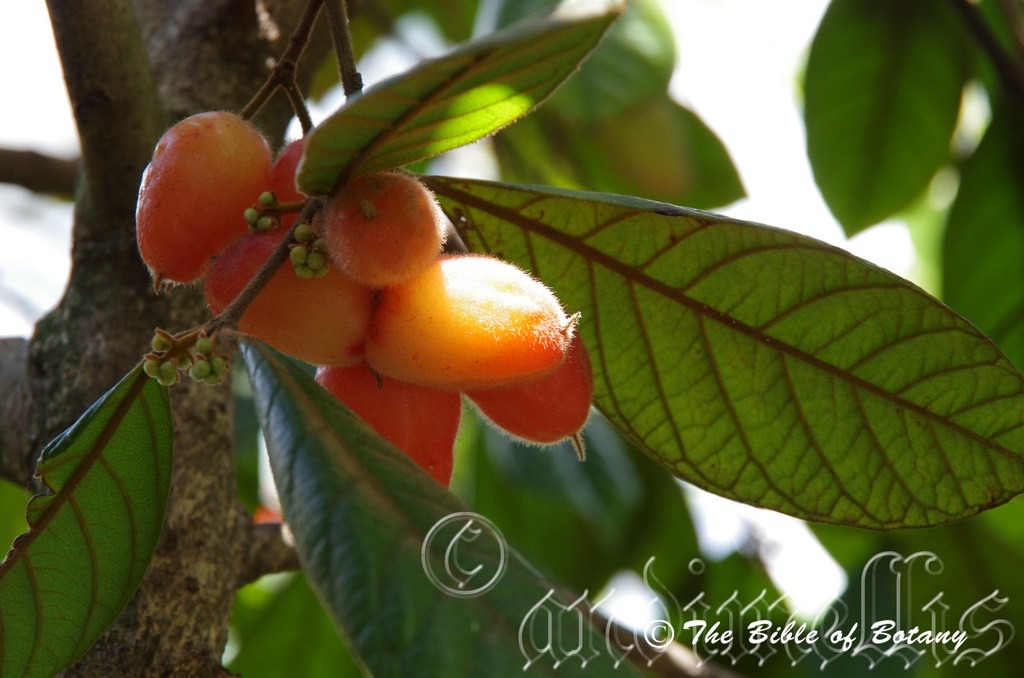
Roma Street Gardens Brisbane Qld.
Aceratium ferrugineum
Classification:
Subclass: Magnoliidae
Super order: Rosanae
Order: Oxalidales
Family: Eleocarpaceae
Genus: From Acertus, which is Latin for a distinct point. It refers to the fruits, which have a distinct acicula or needle like point at the apex.
Specie: From Ferrugineus, which is Latin for rusty iron coloured. It refers to leaf hairs or other physical properties of a plant which have a rusty iron colour.
Sub specie:
Common Name: Carabeen or Rusty Carabeen.
Distribution:
Aceratium ferrugineum is restricted to a small region in northern Queensland between the Daintree National Park and Mount Lewis with one population a little further south on the Atherton Tablelands. It is found on the Great Dividing Range.
https://avh.ala.org.au/occurrences/search?taxa=Aceratium+ferrugineum#tab_mapView
Habitat Aspect Climate:
Aceratium ferrugineum prefer full sun to dense shade. It grows in well-developed rainforests, gallery forests and riparian zones. The altitude ranges from 950 meters ASL to 1300 meters ASL.
The temperatures range from 7 degree in July to 36 degrees in January.
The rainfalls range from lows of 900mm to an average of 1650mm annually.
Soil Requirements:
Aceratium ferrugineum prefer growing on better quality sandy loams to light clays. The soils are derived from decomposed granite and metagranites. The soils pH ranges from 5.5pH to 6.5pH. It does not tolerate water logged soils. Non saline soils to moderately saline soils are tolerated.
Height & Spread:
Wild Plants: 20m to 30m by 8m to 10m.
Characteristics:
Aceratium ferrugineum‘s trunks are straight, narrow and are fluted near the base on older trees. The grey bark is smooth to rough and covered in larger lenticels. The terete branches are often weeping to semi weeping, pale grey and covered in lenticels glabrous. The branchlets are olive-brown turning olive green-green and are densely covered in long, rusty-brown spreading hirsute and tomentose hairs.
Aceratium ferrugineum‘s opposite leaves are broad elliptical to ovate and measure 75mm to 160mm in length by 35mm to 65mm in width. The bases are broad cuneate while the apexes are acuminate. The discolourous laminas are mid grass-green to deep grass-green, scabrous and dull on the upper laminas while the lower laminas are paler and sparsely to moderately covered in short appressed rusty-brown hirsute and tomentose hairs. The laminas are convex between the main vein and the main lateral and main secondary veins and decurve slightly from the midvein to the margins and decurve near the apex. The margins are entire with tufts of rusty-brown hairs. The mid vein and lateral veins are strongly prominent while all the reticulated veins are slightly prominent on the lower lamina and are densely covered in rusty-brown hirsute and tomentose hairs.
The stipules are small and covered in rusty-brown hirsute and tomentose hairs. The petioles are densely covered in rusty-brown hirsute, tomentose and villous hairs.
The inflorescences of Aceratium ferrugineum are long panicles born from the upper leaf axils. The racemes measure 60 to 140mm in length while the peduncles measure 2mm to 11mm in length and the pedicels measure 0mm to 0.3mm in length.
The 5 sepals are narrow lanceolate and measure 14mm to 16mm in length by 3mm to 4mm in width. The pink sepals are covered in rusty-brown hirsute and tomentose hairs. The 5 bright rose-pink petals are narrow spathulate and measure 18mm to 20mm in length by 5mm to 7 mm in width. The apexes have 3 lobes with each lobe having fine teeth or the lobes are truncate with 6 to 9 small irregularly dentate teeth on each lobe.
The 12 to 15 stamens are in three bundles of which two are distributed inside the petals and the third is adjacent to the style. The cream, sigmoidal filaments are glabrous and measure 5mm to 7mm in length while the basifixed, cream, linear anthers measure 3.9mm to 4.1mm in length. The anthers are sparsely covered in minute, white puberulent or hirtellous hairs at the apex. The yellow disc is raised 1mm to 1.5mm in height and has 4 faint ridges. The ovoid ovary is covered in white strigose hairs and measures 4mm to 5mm in diameter. There are 4 ovules in a locule. The pink style is covered in white strigose hairs on the basal half and measures 14mm to 15mm in length. The flowers appear from late November to early January.
Aceratium ferrugineum fruits are large ellipsoidal, ovoidal or pyriform drupes. The green drupes are densely covered in long, pale rusty-brown to fawn villous hairs. The drupes measure 30mm to 45mm in length by 18mm to 32mm in diameter. The green drupes turn yellow then orange-red or red when ripe. The style is persistent on the ripe fruits. The pericarp is pinkish while the seeds are deep brown almost black.
Wildlife:
Aceratium ferrugineum fallen fruits are eaten by Cassowary (Casuarius casuarius), native rats like Uromys caudimaculatus while the tree kangaroo (Dendrolagus lumholtzi and Dendrolagus bennettianus), possums and flying foxes like the spectacle flying fox Pteropus conspicillatus.
Cultivation:
It would make an good fire retardant medium size tree.
* Fire retardant plants act as radiant heat screens and absorb more heat from an approaching fire without burning.
* Fire retardant trees are able reduce wind speed near a house or out buildings.
* Fire retardant also trap embers and sparks carried by the wind.
* Fire retardant ground covers are able to catch burning embers without catching fire themselves, and also slow the travel of a fire through debris and litter on the ground.
Aceratium ferrugineum is a tall fast growing tree for the large moist bush gardens or a small rainforest patch along the coast from warm temperate zones to cool tropical areas where the soils are fatty sandy loams to heavy clays. Garden subjects will grow into tall narrow columular shape trees where they produce a beautiful mottled trunk in the early years. In the garden it will grow from 12 meters to 20 meters in height by 6 meters to 8 meters in diameter when grown in the open or taller when grown in a forest situation. For mass planting space the plants at least 6 meters to 8 meter centers.
The trees would make very good accent trees if planted in semi-formal rows in front of low set commercial, industrial sheds or low set school buildings where they will break up hard rigid architectural lines and give warmth and breadth to a building. In front of high rise buildings they give balance.
Try using them in a large courtyard, where the only other feature is a large rock, stump or formal or informal frog or fish pond it can be trimmed to maintain a semi bonsai speciemen. Next to such features their leaves, spectacular flowers are never overpowering but certainly noticed. The magnificent fruits will steal the attention for several months of the year as they change colour from green to yellow and red. I am surprised that they have never been used in commercial entrances and foyers to break the ice and give a feeling of business as usual but somehow make the business more relaxing.
The trees would make very interesting bonsai exhibits especially when in fruit.
Propagation:
Seeds: Aceratium ferrugineum fruits do not require treatment before sowing. It is best however I find with this type of fruit to clean the flesh off and wash if storing over winter. Fresh seed can be allowed to ferment first in a bucket prior to washing and sowing. Sow the seeds directly into 50mm native tubes using a good seed raising mix. Place the tubes beneath 70mm shade cloth and keep moist.
Once the seedlings reach 100mm to 150mm in height begin to harden them off by slowly moving them into brighter conditions. This can be done over a 6 week period by moving them to 60mm shade, 50mm shade 30mm shade then to dappled light. Ponce the plants reach 200mm to 250mm plant them out into their permanent position into semi shade or if it is in full sun give them some protection for another 4 weeks.
Fertilize using Seaweed, fish emulsion or organic chicken pellets soaked in water on an alternate basis. Fertilize every two months until the plants are established then twice annually in early September to March to maintain health, vitality and better flowering and better quality fruit.
Further Comments from Readers:
All information is included in good faith and has been thoroughly researched prior to printing. The website or the author does not warrant or guarantee the accuracy of any information on these pages, nor does the website or the author accept any responsibility for any loss arising from the use of the information found within. The views and opinions are strictly those of the author or those members who chose to actively participate in the contents herein.
Hi reader, it seems you use The Bible of Botany a lot. That’s great as we have great pleasure in bringing it to you! It’s a little awkward for us to ask, but our first aim is to purchase land approximately 1,600 hectares to link several parcels of N.P. into one at The Pinnacles NSW Australia, but we need your help. We’re not salespeople. We’re amateur botanists who have dedicated over 30 years to saving the environment in a practical way. We depend on donations to reach our goal. If you donate just $5, the price of your coffee this Sunday, We can help to keep the planet alive in a real way and continue to bring you regular updates and features on Australian plants all in one Botanical Bible. Any support is greatly appreciated. Thank you.
In the spirit of reconciliation we acknowledge the Bundjalung, Gumbaynggirr and Yaegl and all aboriginal nations throughout Australia and their connections to land, sea and community. We pay our respect to their Elders past, present and future for the pleasures we have gained.
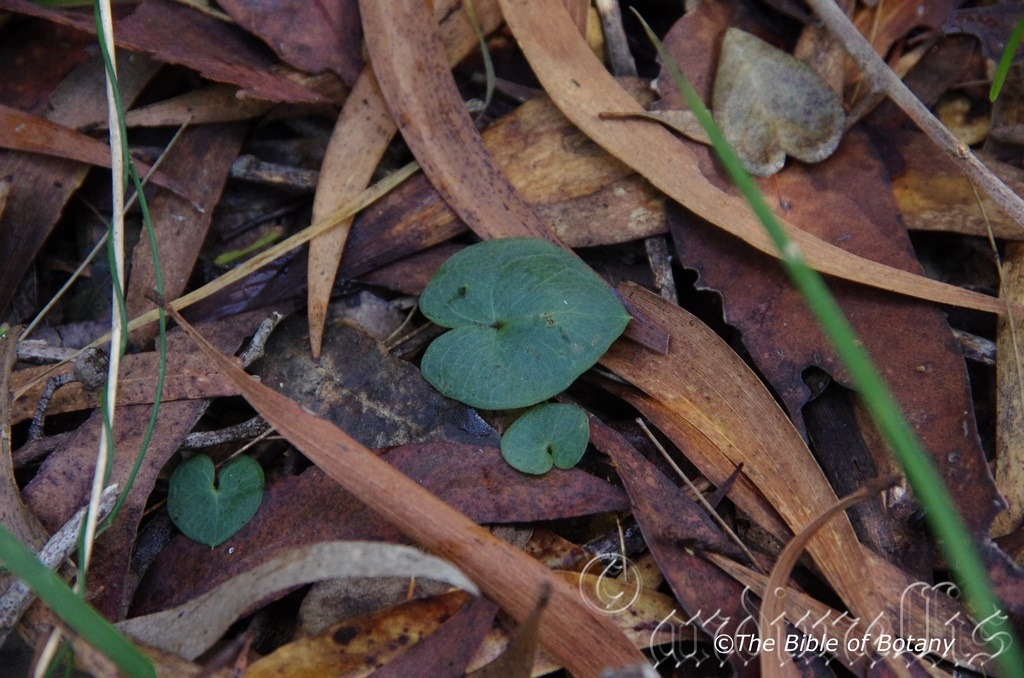
The Pinnacles NSW
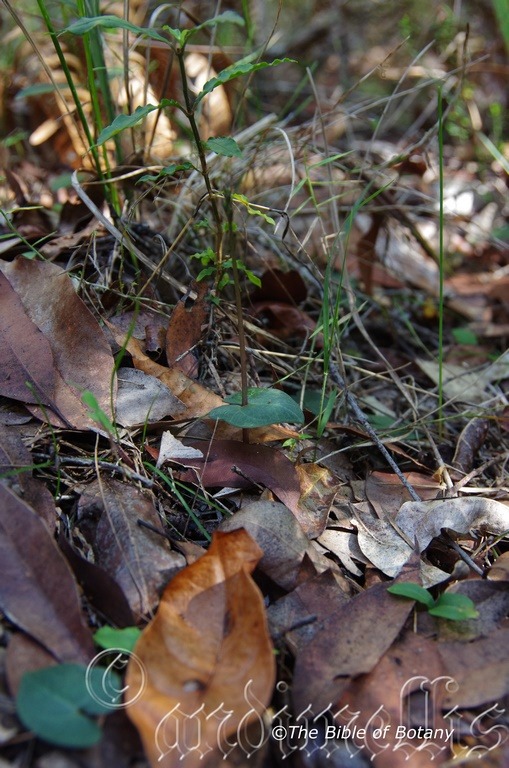
Pillar Valley NSW
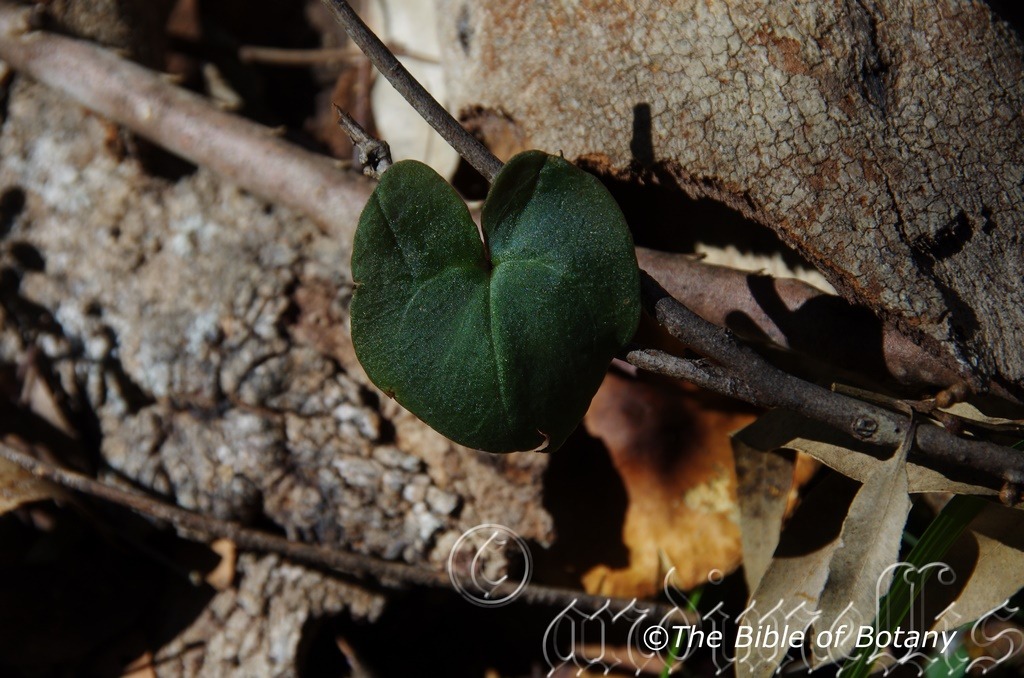
Yuraygir National Park NSW
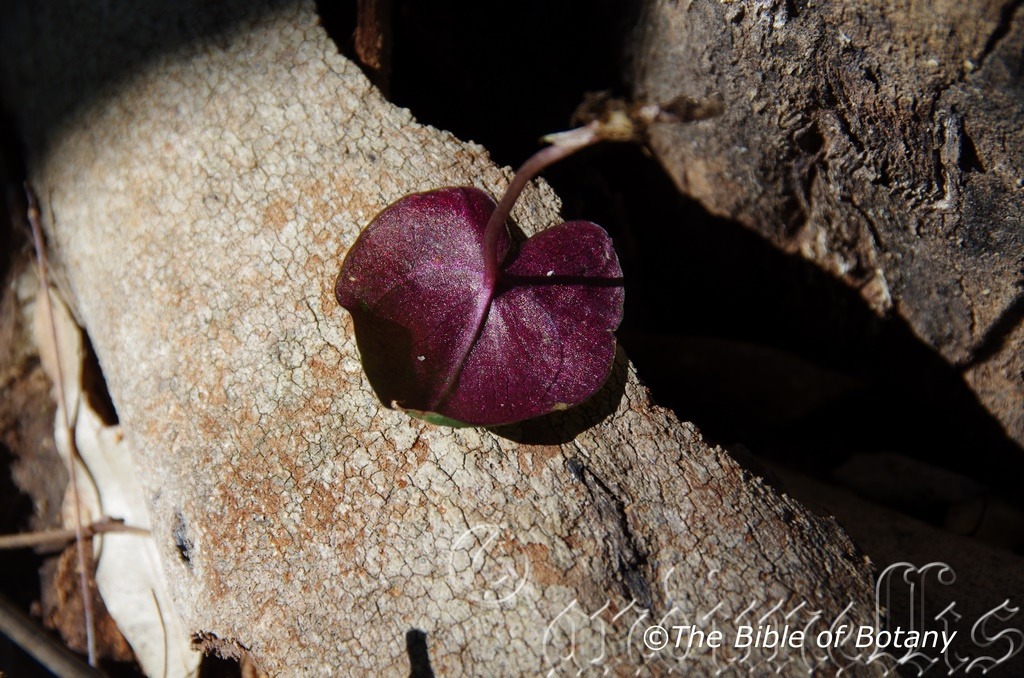
Yuraygir National Park NSW
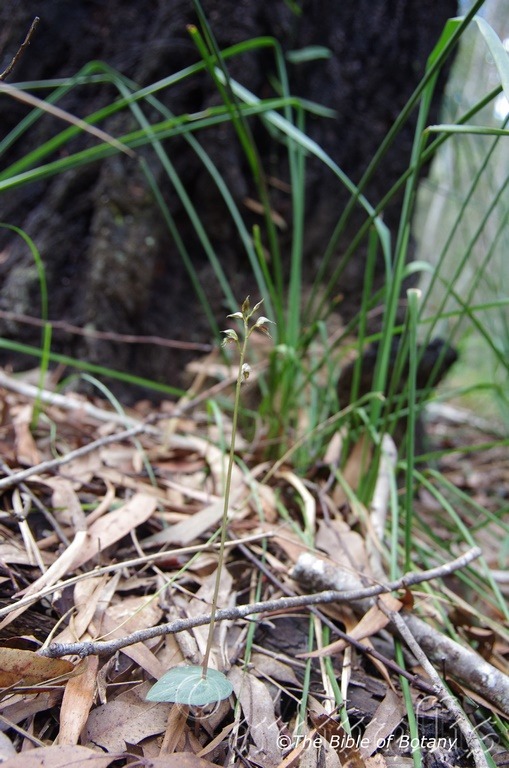
Yuraygir National Park NSW
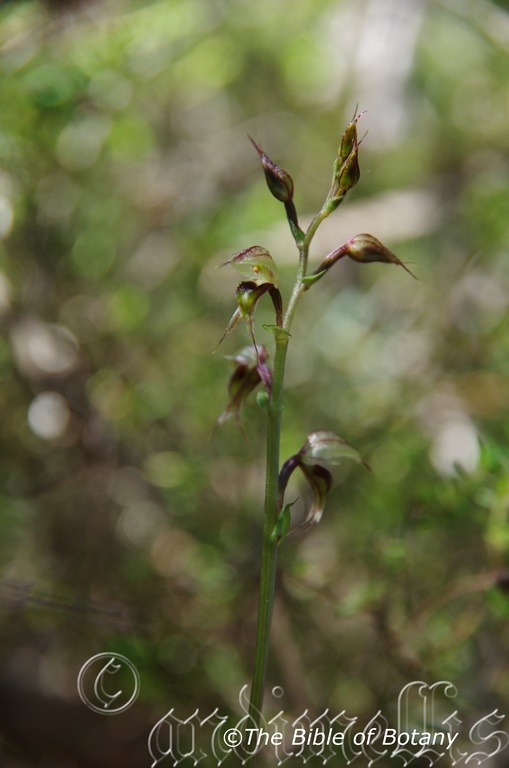
Yuraygir National Park NSW
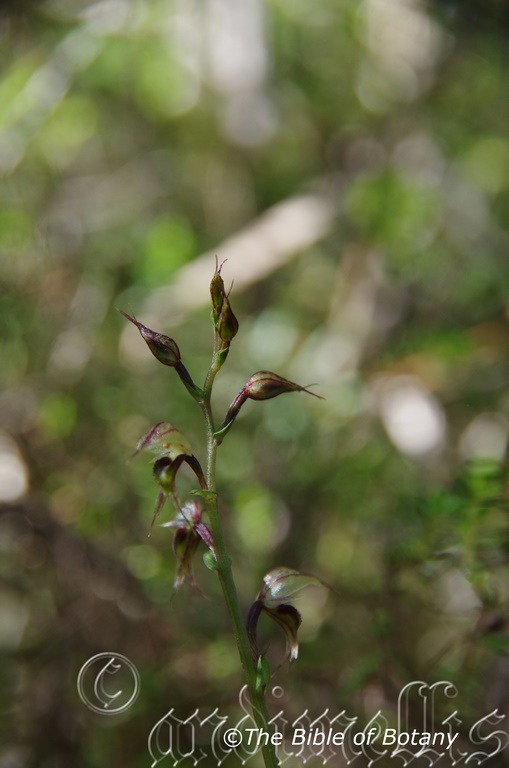
Yuraygir National Park NSW
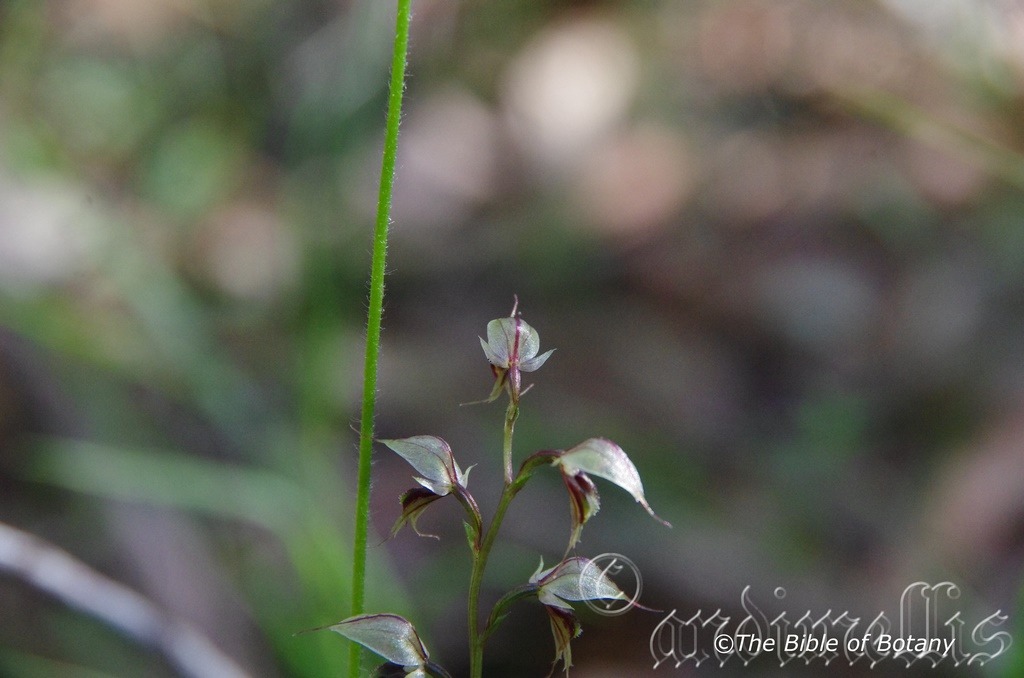
The Pinnacles NSW
Acianthus fornicatus
Classification:
Class: Monocots
Order: Asparagales
Family: Orchidaceae
Subfamily: Mimosoideae
Genus: From Akis, which is Ancient Greek, for a thorn and antha/anthos, which are Ancient Greek for the male reproductive organ on a flower or the flower. It refers to the anthers or petals, which have a thorn like extension.
Specie: From fornicatus, which is Latin for to form a vault or an arch. It often refers to petals, which form an arch over the sexual organs.
Common Name: Holly Mangrove, Mangrove Holly, Mangrove Holly leaf, Holly-leaved Mangrove, Bear’s Breech.
Distribution:
Acianthus fornicatus is a widespread terrestrial orchid growing in coastal scrub and moist forest riverine gullies and moist depressions on plains.
https://avh.ala.org.au/occurrences/search?taxa=Acianthus+fornicatus+#tab_mapView
Habitat Aspect Climate:
Acianthus fornicatus grows in coastal scrubs and moist forests, riverine gullies and moist depression on plains. The altitude ranges from 0.5 meters ASL to 5 meters ASL.
The temperatures range from lows of minus 3 degrees in August to 38 degrees in January.
The rainfalls range from lows of 600mm to an average of 1600mm annually.
Soil Requirements:
Acianthus fornicatus grows in a wide range of moist soils from moist accumulated beach sands, sandy loams, moist alluvial deposits, riverine banks from decomposed shale, decomposed basalts and decomposed metamorphic rocks. The pH. of the soils ranges between 5 to 7.5pH. It does not tolerate saline soils or waterlogged soils.
Height & Spread:
Wild Plants:1m to 1.5m by 1m x 1.5m.
Characteristics:
Acianthus fornicatus is a terrestrial orchid found amongst leaf litter. Its single, deep green upper lamina has a reddish-purple upper lamina leaf is cordate and measures 10mm to 40mm in length by 10mm to 20mm in width.
The slender raceme has 1 to 10 flowers and measures 100mm to 300mm in height. The ovate labellum is translucent pinkish with a green or dark purplish red and measure 10mm to 14mm in length. The margins are revolute, usually broad-cordate when flattened. The callus is thick, fleshy and papillose near the apex. The dorsal sepal is broad ovate, cucullate in forming an arched hood and measures 9mm to 12mm in length by 5mm to 6mm in width. The lateral sepals are translucent pinkish with a green or dark purplish red and measure 9mm to 12mm in length and measure 1.4mm in width at the middle point. The lateral petals are narrow-ovate to lanceolate and measure 4mm in length by1.5mm in width at the mid point. The sepals and lateral petals have a red, central stripe.
Wildlife:
Acianthus fornicatus wildl life is unknown to the author.
Cultivation:
Acianthus fornicatus makes an interesting addition to the garden. If you are lucky to have it on your garden try placing wire mesh or a barrier around them for protection.
Propagation:
Seeds: Acianthus fornicatus like most terrestrial orchids maybe problematic to cultivate and like all orchids are protected under the National Parks act. If it can be secured from an authorised dealer then I have some useful tips in the section of Cultivation, Propagation Tips. I have been successful in growing and saving many terrestrial orchids using these tips and some have multiplied 10 fold in just 2 years in the garden.
Further Comments from Readers:
Hi reader, it seems you use The Bible of Botany a lot. That’s great as we have great pleasure in bringing it to you! It’s a little awkward for us to ask, but our first aim is to purchase land approximately 1,600 hectares to link several parcels of N.P. into one at The Pinnacles NSW Australia, but we need your help. We’re not salespeople. We’re amateur botanists who have dedicated over 30 years to saving the environment in a practical way. We depend on donations to reach our goal. If you donate just $5, the price of your coffee this Sunday, We can help to keep the planet alive in a real way and continue to bring you regular updates and features on Australian plants all in one Botanical Bible. Any support is greatly appreciated. Thank you.
In the spirit of reconciliation we acknowledge the Bundjalung, Gumbaynggirr and Yaegl and all aboriginal nations throughout Australia and their connections to land, sea and community. We pay our respect to their Elders past, present and future for the pleasures we have gained.
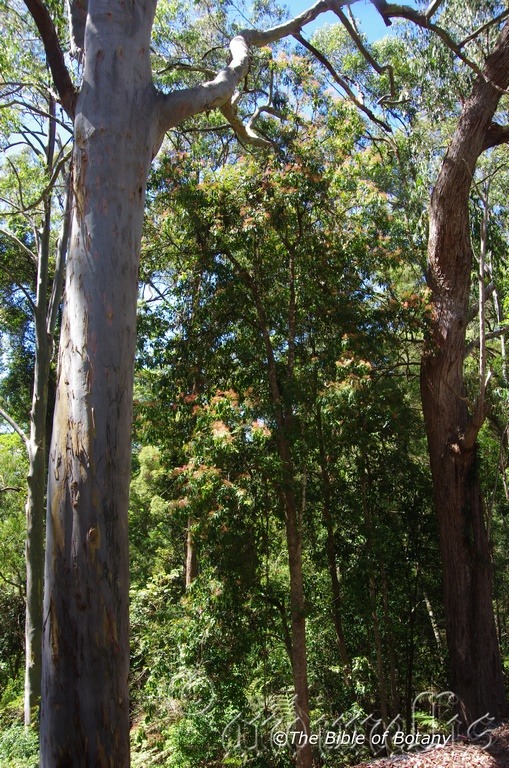
Mount Cootha Botanic Gardens Qld.
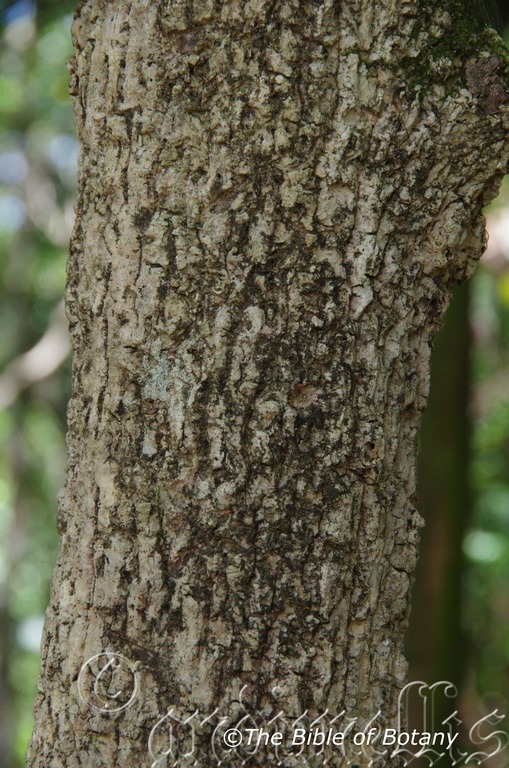
The Pinnacles NSW
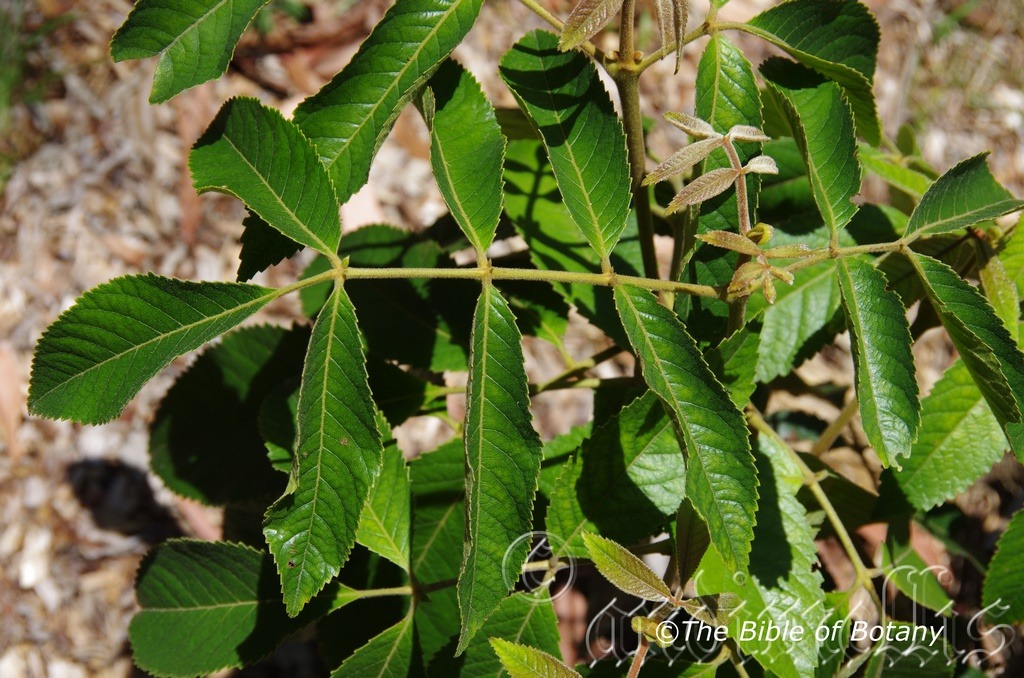
The Pinnacles NSW
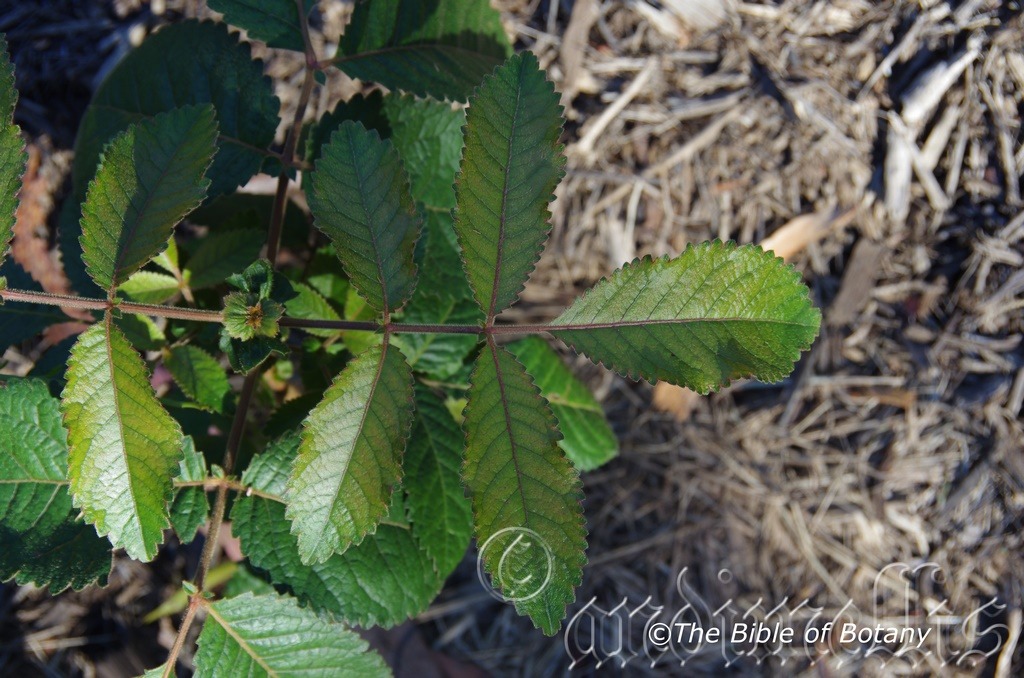
The Pinnacles NSW
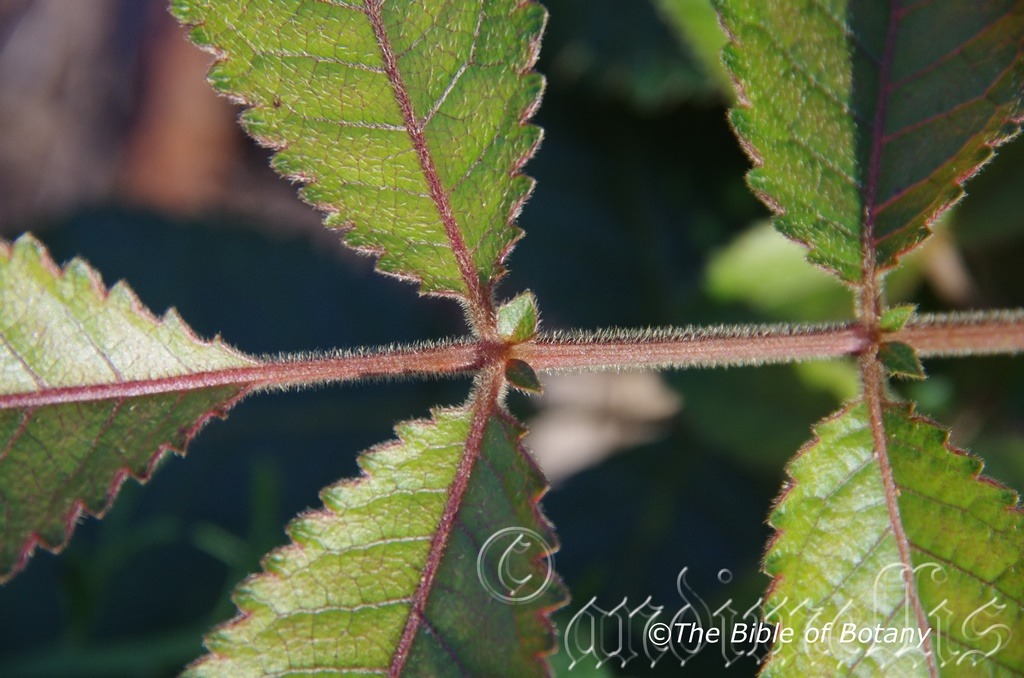
The Pinnacles NSW
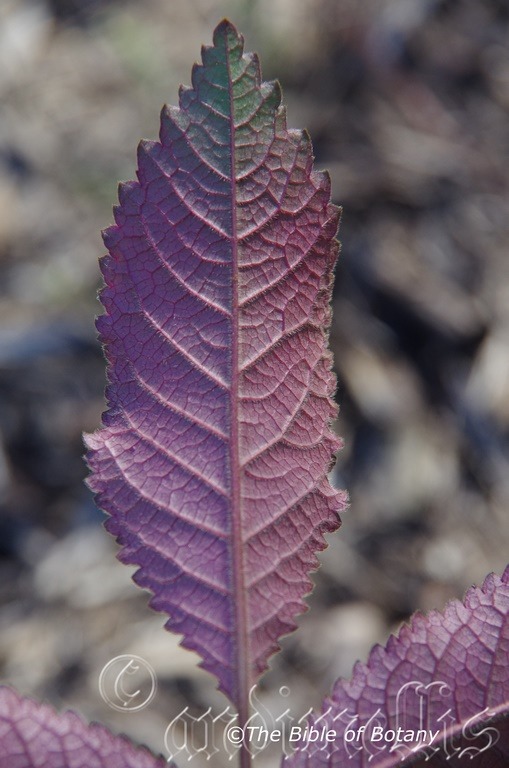
The Pinnacles NSW
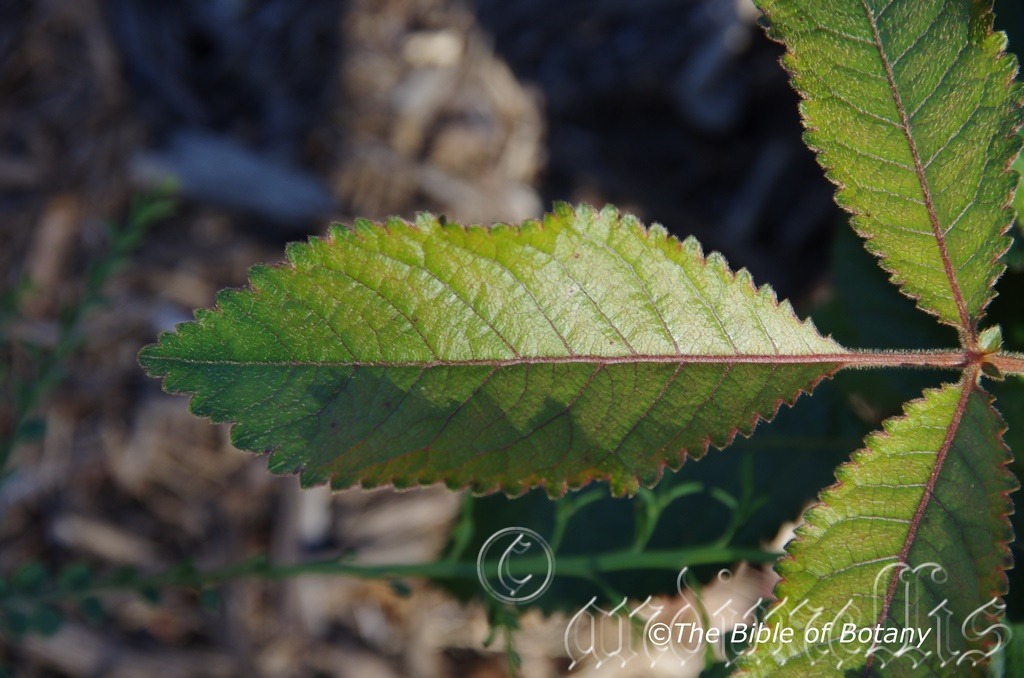
The Pinnacles NSW
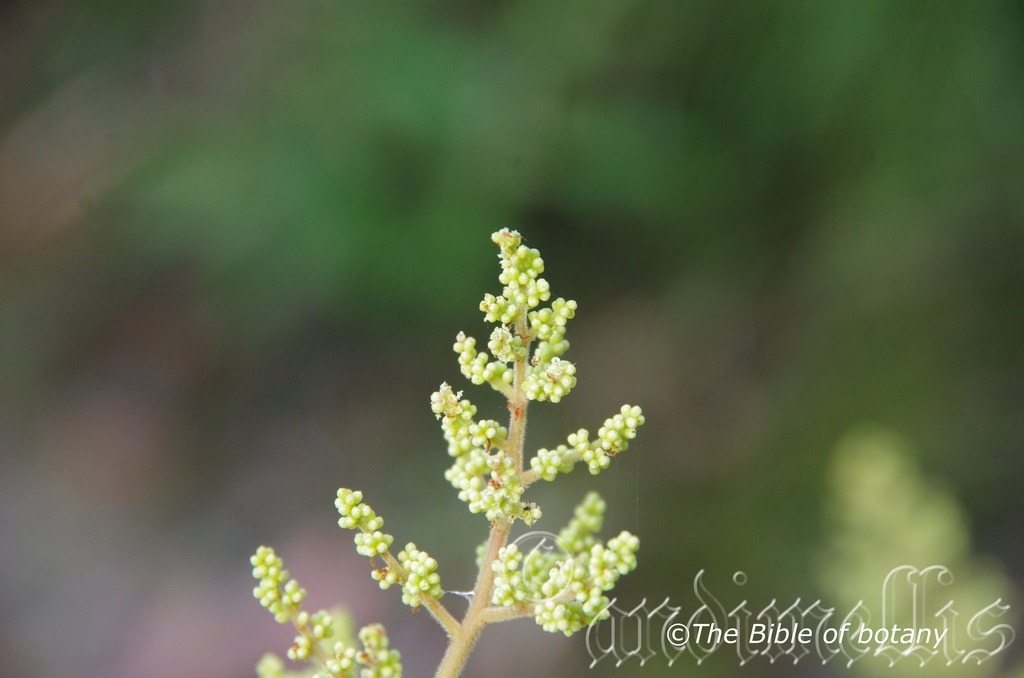
The Pinnacles NSW
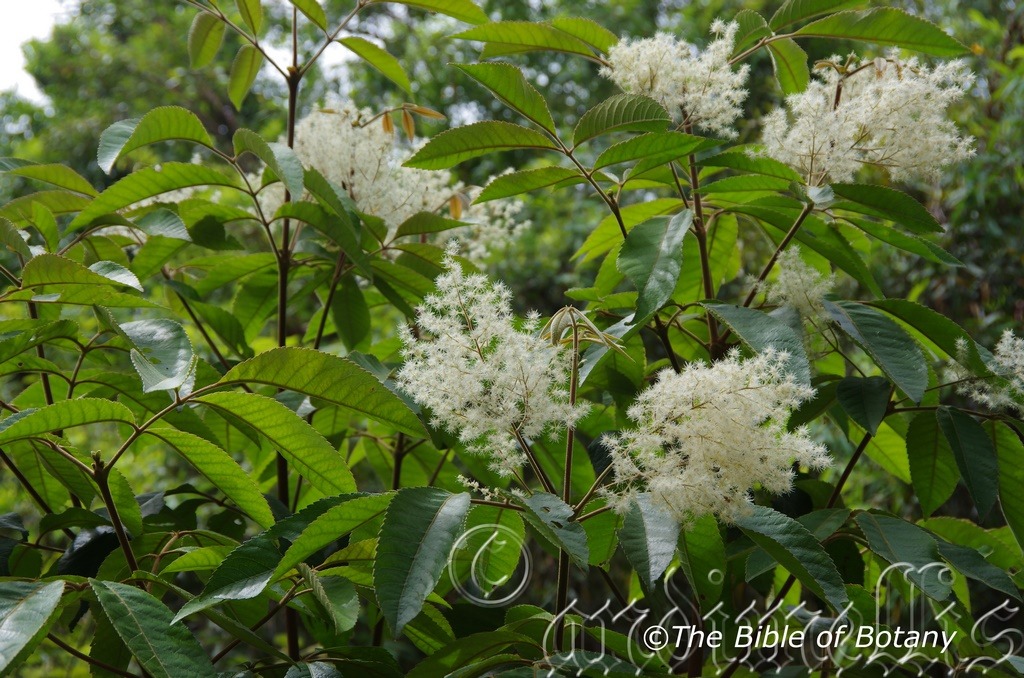
The Pinnacles NSW
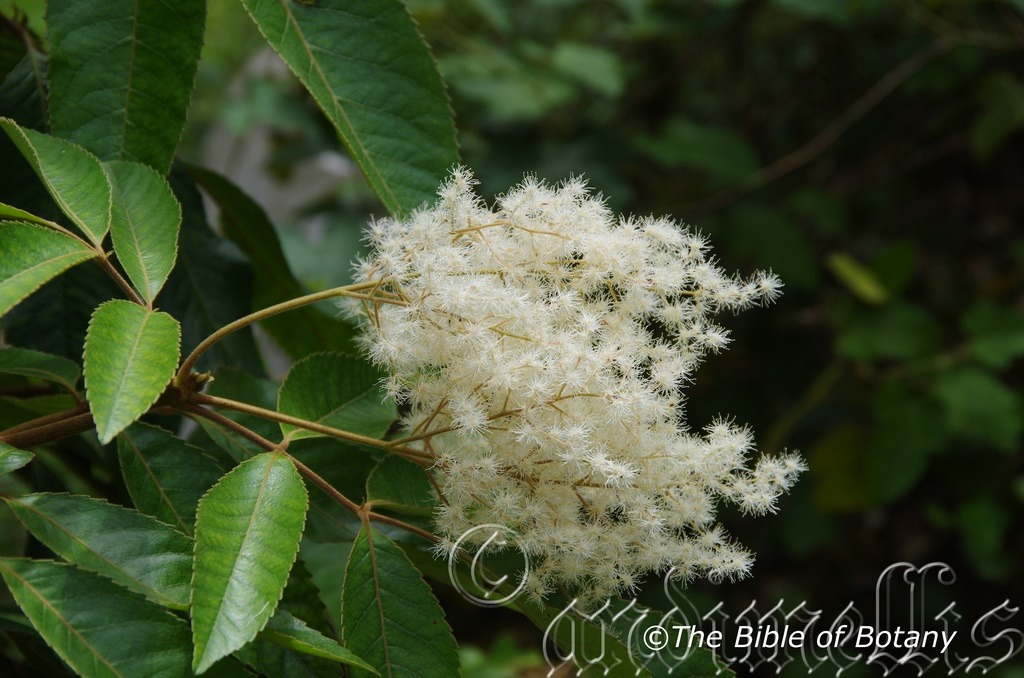
The Pinnacles NSW
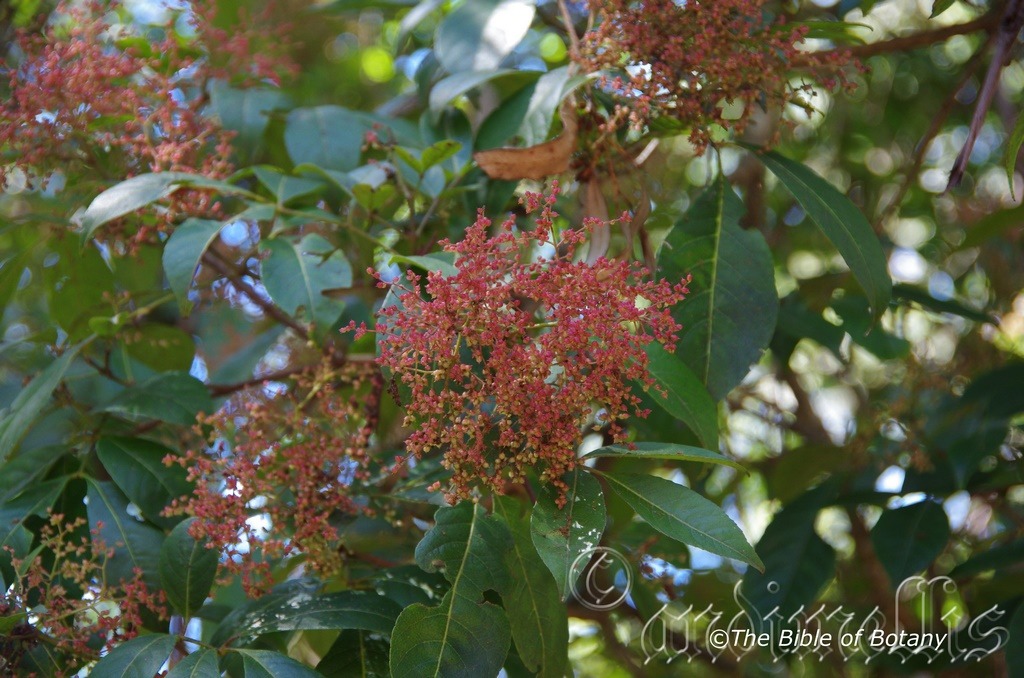
Mount Cootha Botanic Gardens Qld.
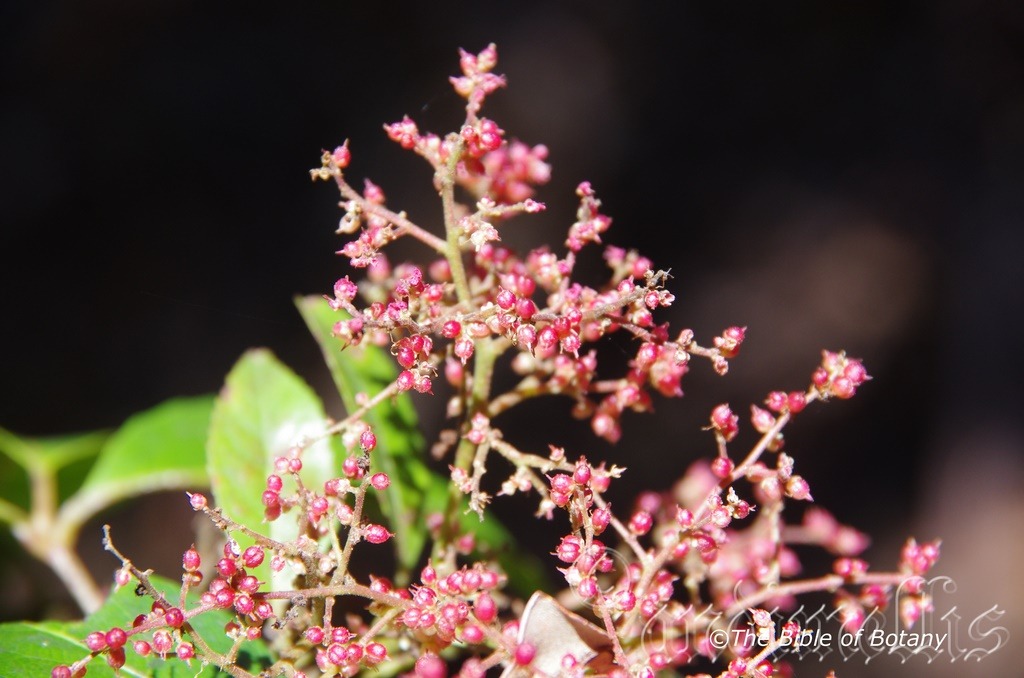
Mount Cootha Botanic Gardens Qld.
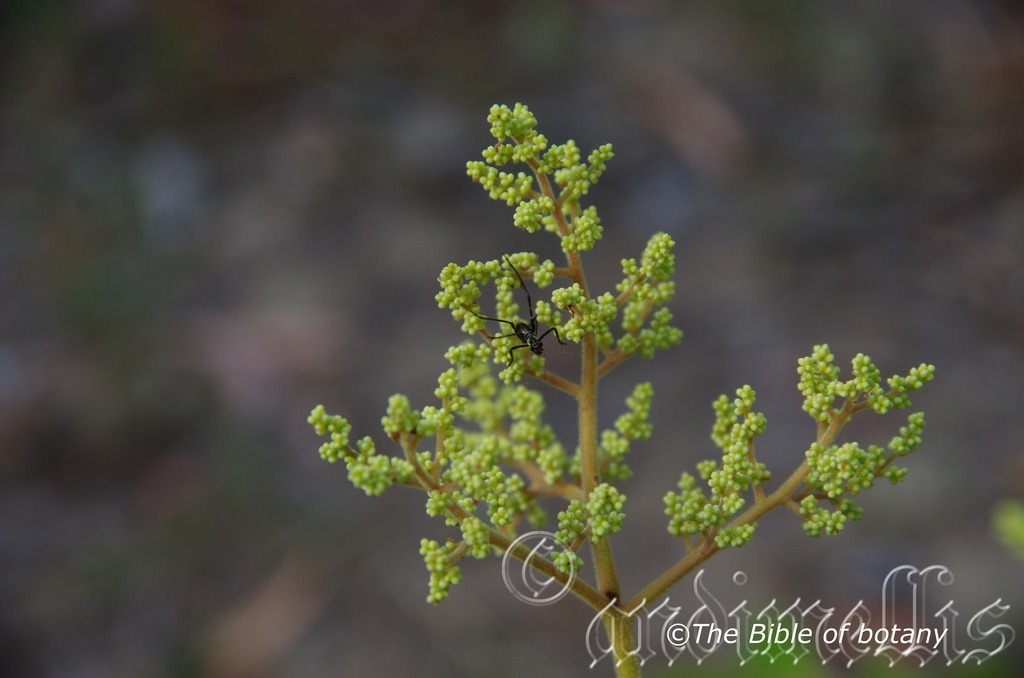
The Pinnacles NSW
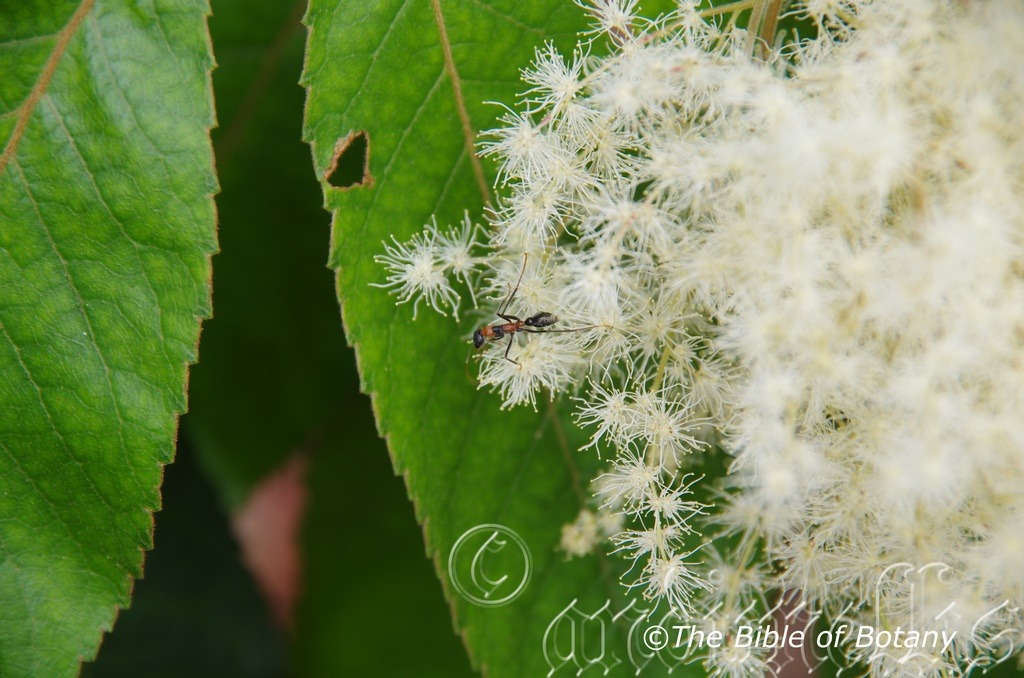
The Pinnacles NSW
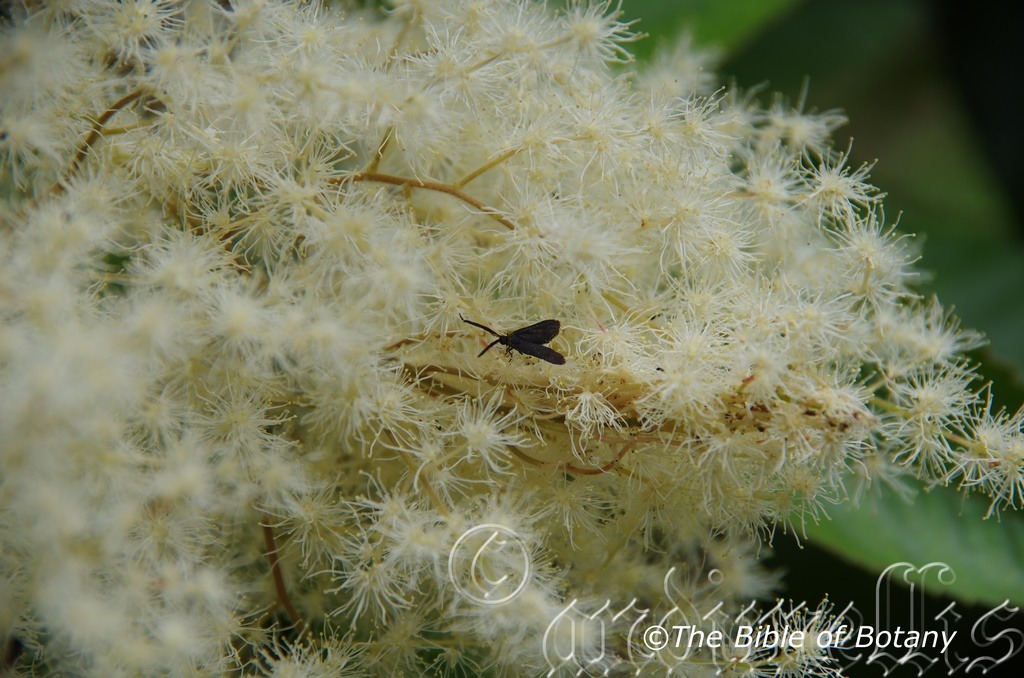
The Pinnacles NSW
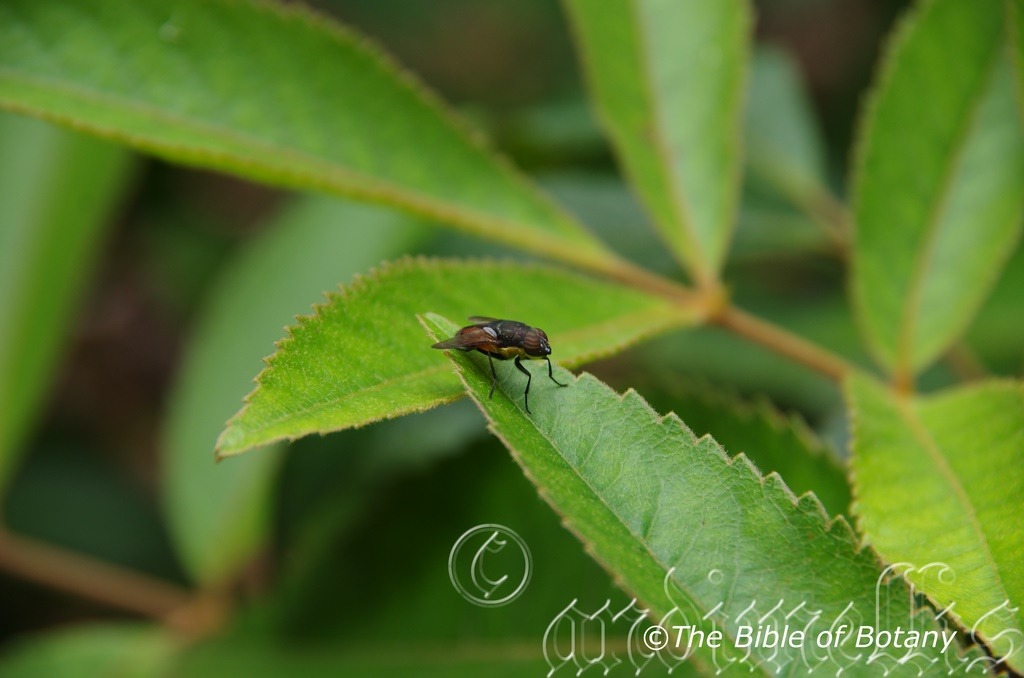
The Pinnacles NSW
Ackama paniculosa
Classification:
Unranked: Eudicots
Clade: Rosids
Order: Oxalidales
Family: Cunoniaceae
Genus: From Ackama, which is Latinised from the vernacular of the Maori name of the Makamaka tree in New Zealand.
Specie: From Panos, which is Ancient Greek or Panicula, which is Latin for a flower head. It refers to flowers, which are arranged in panicles.
Sub specie:
Common Name: Soft Corkwood or Rose Leaf Marara or Brown Alder or Sugarbark.
Distribution:
Ackama paniculata is found south in several disjunct populations from the Atherton Tableland in Queensland to Ourimbah Valley in coastal central New South Wales. It is found on and east of the Great Dividing Range.
https://avh.ala.org.au/occurrences/search?taxa=Ackama+paniculosum#tab_mapView
Habitat Aspect Climate:
Ackama paniculata prefers full sun to dappled shade. It grows on the edges of well-developed tropical rainforest and sub-tropical rainforests gallery forests riparian rainforests and in wet Eucalyptus forests adjacent to rainforests. The altitude ranges from 50 meters ASL to 850 meters ASL.
The temperatures range from minus 2 degrees in July to 38 degrees in January.
The rainfall ranges from lows of 800mm to 3200mm average per annum.
Soil Requirements:
Ackama paniculata prefers better quality light to medium clay soils that are derived from decomposed brown basalts, black basalts or metamorphic rocks and shale. The soils pH. ranges from 5pH to 6.5pH. It does not tolerate water logged soils. Non saline soils to moderately saline soils are tolerated.
Height & Spread:
Wild Plants:18m to 36m by 10m to 15m.
Characteristics:
Ackama paniculata grows as a small multi trunk tree or at times a single trunk tree. The trunks are flanged on older large trees. The mid grey to deep grey-brown trunk is thick, corky and strongly farinaceous. The branchlets are farinaceous to scabrous. The branchlets are reddish-burgundy. The new growth and juvenile stems are reddish-burgundy and glabrous.
Ackama paniculata’s odd pinnate leaves have 3 to 7 leaflets with the apical leaflet being the longest while the basal leaflets are the shortest. The leaflets are elliptic to ovate and measure 55mm to 150mm in length by 12mm to 60mm in width. The ovate stipules and stipels are usually glabrous or at times slightly covered in long, fawn hirsute or appressed hairs. The stipules measure 3mm to 5mm in length. The petiole, rachises and petiolules are usually glabrous or at times slightly covered in long, fawn hirsute or appressed hairs. The petiole measure 30mm to 50mm in length while the petiolules measure 2mm to 15mm in length.
The bases are cuneate to round while the apexes are acute to acuminate. The concolourous laminas are deep grass-green to sea-green, glabrous and semi glossy to glossy on the upper lamina while the lower lamina is glabrous or sparsely covered in long fawn hirsute to appressed hairs. The lower laminas have several domatia which are moderately covered in brownish hirsute hairs. The laminas slightly recurve upwards from the mid vein to the margins. The leaf margins are toothed. The mid vein is usually greenish red-maroon or occasionally all green and prominent on the lower laminas and is distinctly visible from the upper laminas.
New growth and juvenile leaves are deep reddish-brown to deep burgundy and glossy.
The lower laminas of leaves on plants found in a triangle between Dorrigo Plateau to Nana Glen and Coffs Harbour are moderately covered in fawn to brownish hirtellous to hirsute hairs.
The inflorescences of Ackama paniculata are dense panicles born from the leaf terminals. The panicles measure 100mm to 160mm in length. The 5 cream to white sepals are obtuse and measure 0.6mm to 1mm in length. The 5 cream to white petals are linear to narrow elliptical and measure 1mm to 1.5mm in length.
The 10 cream staminodes are adjacent to the petal margins at the base of the ovary and are sessile. The 10 creamy white filaments are the most prominent part of the flower and measure 1.8mm to 2.2mm in length. The creamy white anthers measure 0.2mm to 0.3mm in length.
The creamy white style has a bilobed stigma that measures 2mm in length. Ackama paniculata flowers appear from late November to early late December.
Ackama paniculata’s fruits are subglobosum to ellipsoidal capsules. The capsules measure 2mm to 3mm in length by 1.5mm to 3.5mm width.
Wildlife:
Ackama paniculata’s fruit is eaten by possums, native rats and small to medium birds like the Cat birds, Bower birds, Fig Bird, Noisy Minor, pigeons and other fruit eating birds.
Cultivation:
Ackama paniculata is a beautiful small tree which has attractive glossy green leaves. It is ideal in a rainforest setting or in gullies where it is protected from winds and weather extremes. When grown in a sheltered position in the open the trees have attained their maximum height of 12 meters to 18 meters by 6 meters to 9 meters in diameter when grown in the open.
Good red fruiting trees are very attractive when in fruit but fruiting is irregular. If it is given adequate moisture, plenty of mulch for moisture retention and an even soil temperature, applying native fertilizers on a regular basis or in early spring the plants may respond with good flowering over a longer period and may yield good quality fruit with maximum size.
The tree is ideal for starting small rainforest gardens on medium size blocks or small moist areas along riparian zones and riverine gullies.
Another advantage is that the bark is suitable for all types of epiphytic plants so small orchids and ferns can be placed in the dense shade of the branches adding colour and interest.
Propagation:
Seeds: Ackama paniculata seeds do not require treatment before sowing. Remove the seeds from the flesh or allow them to ferment and drain. Wash the seeds and sow the fresh seeds directly into a seed raising mix and cover with 5mm of the mix. When the seedlings are 25mm to 50mm tall, prick them out and plant them into 50mm native tubes using a seed raising mix.
Once the seedlings reach 150mm to 200mm in height plant them out into their permanent position. Mass plantings can be achieved by planting them at 6 meters to 8 meters for a rainforest scene or greater than 15 meters for a park like scene.
Fertilize using Seaweed, fish emulsion or organic chicken pellets soaked in water on an alternate basis. Fertilize every two months until the plants are established then annually in early September or March to maintain health, vitality and better flowering.
Further Comments from Readers:
All information is included in good faith and has been thoroughly researched prior to printing. The website or the author does not warrant or guarantee the accuracy of any information on these pages, nor does the website or the author accept any responsibility for any loss arising from the use of the information found within. The views and opinions are strictly those of the author or those members who chose to actively participate in the contents herein.
Hi reader, it seems you use The Bible of Botany a lot. That’s great as we have great pleasure in bringing it to you! It’s a little awkward for us to ask, but our first aim is to purchase land approximately 1,600 hectares to link several parcels of N.P. into one at The Pinnacles NSW Australia, but we need your help. We’re not salespeople. We’re amateur botanists who have dedicated over 30 years to saving the environment in a practical way. We depend on donations to reach our goal. If you donate just $5, the price of your coffee this Sunday, We can help to keep the planet alive in a real way and continue to bring you regular updates and features on Australian plants all in one Botanical Bible. Any support is greatly appreciated. Thank you.
In the spirit of reconciliation we acknowledge the Bundjalung, Gumbaynggirr and Yaegl and all aboriginal nations throughout Australia and their connections to land, sea and community. We pay our respect to their Elders past, present and future for the pleasures we have gained.
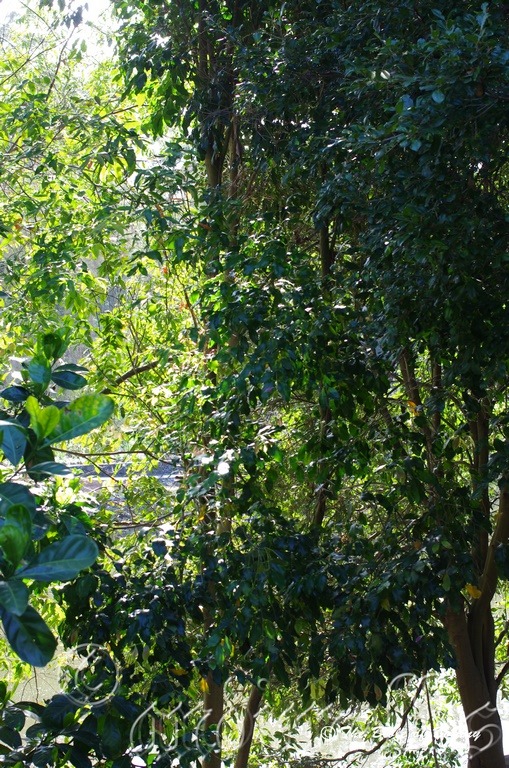
Mount Cootha Botanic Gardens Qld.
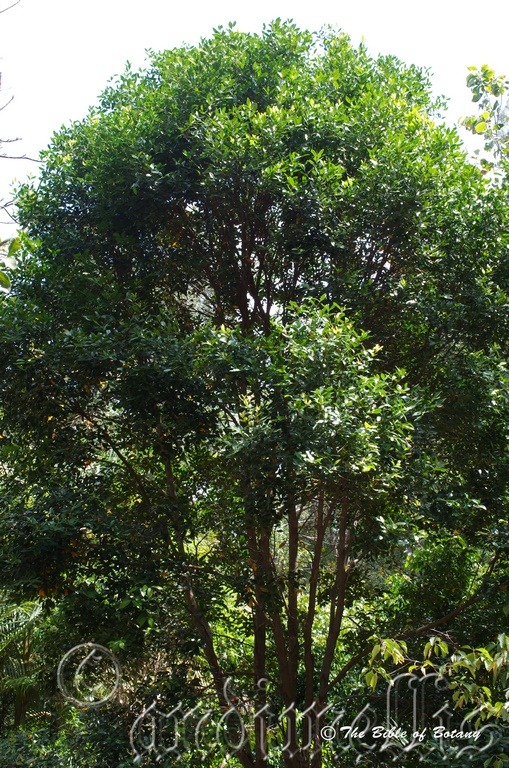
Mount Cootha Botanic Gardens Qld.
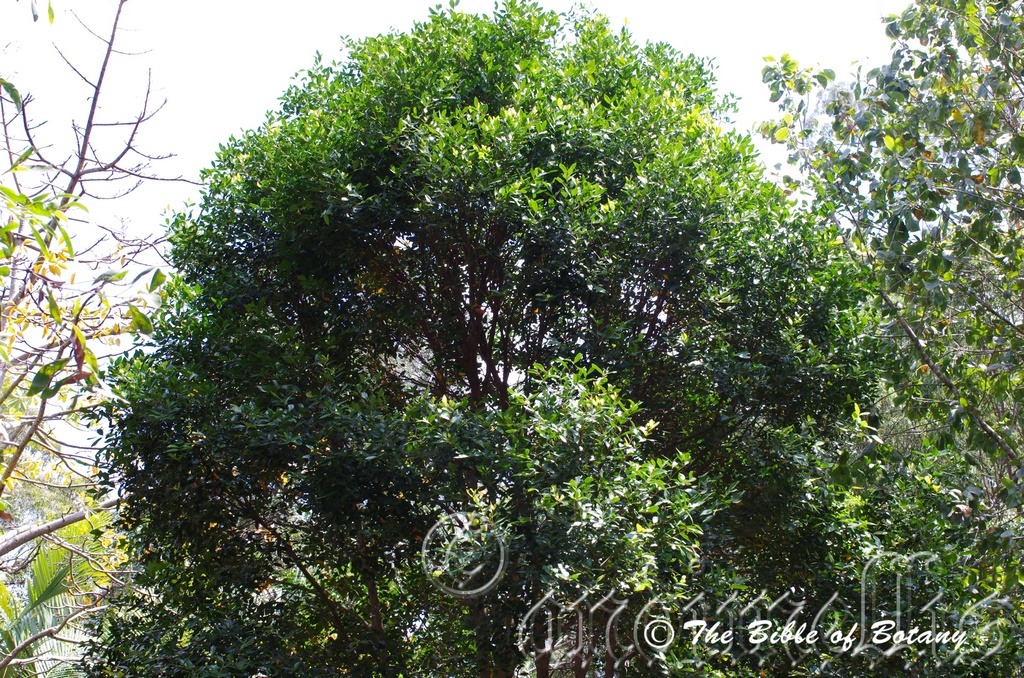
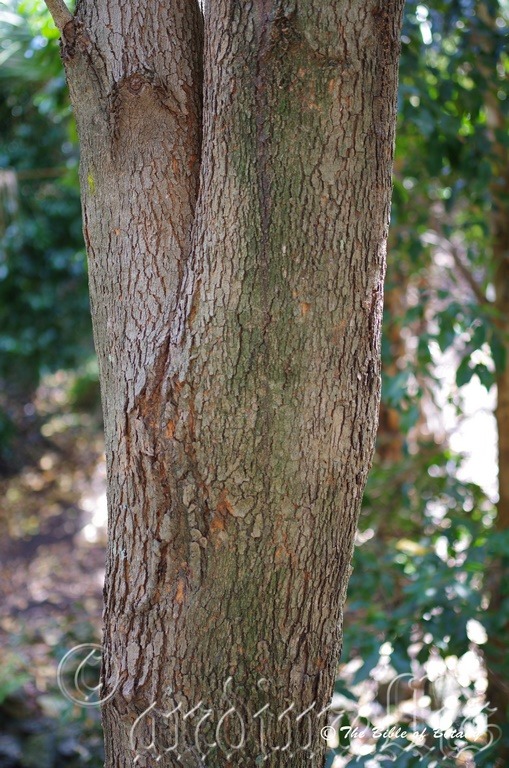
Mount Cootha Botanic Gardens Qld.
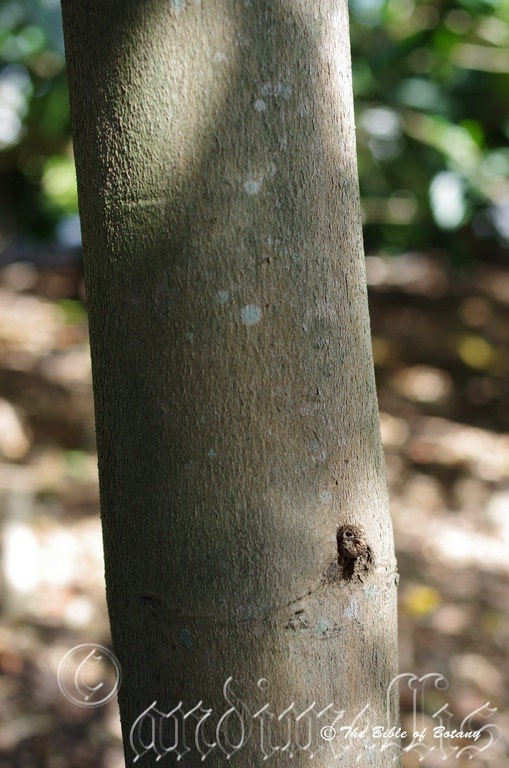
Mount Cootha Botanic Gardens Qld.
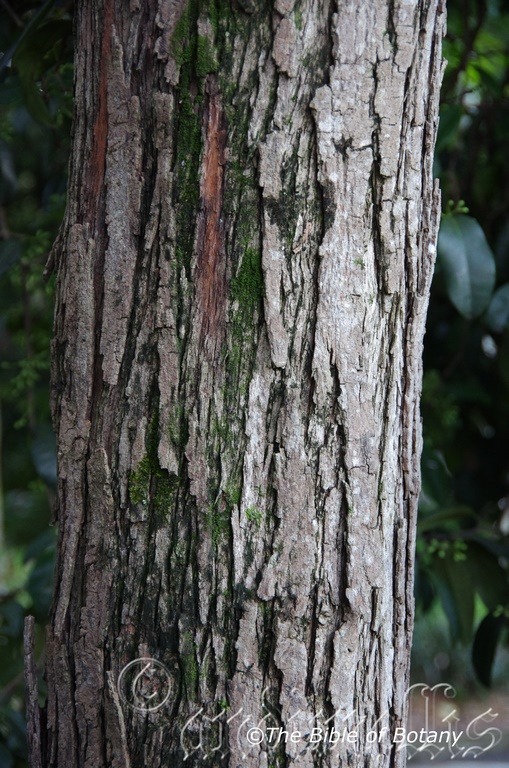
Mount Cootha Botanic Gardens Qld.
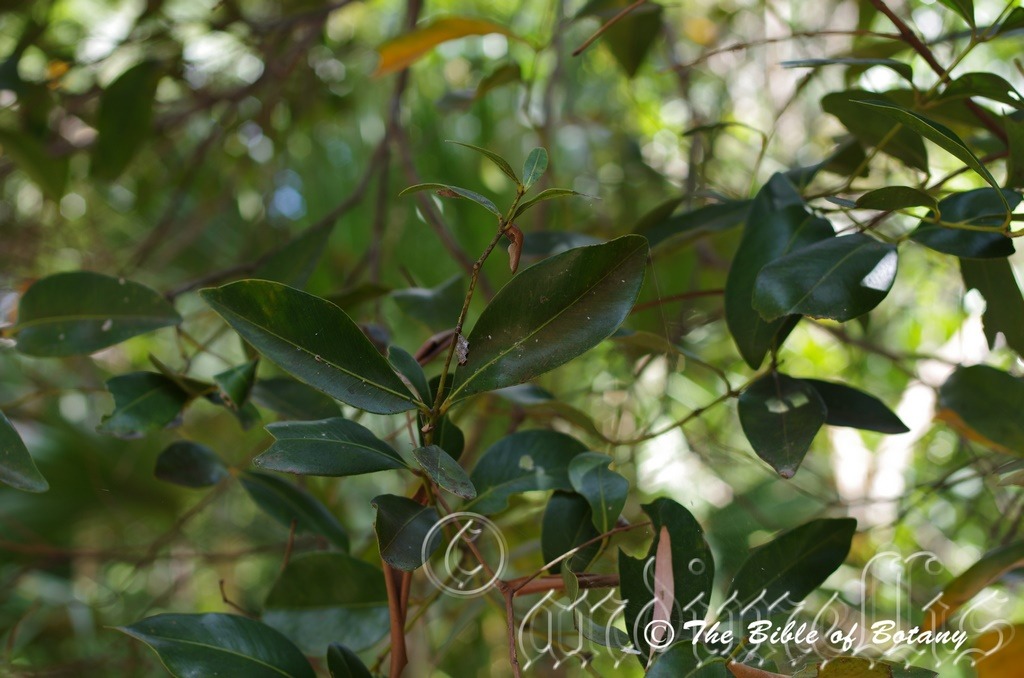
Mount Cootha Botanic Gardens Qld.
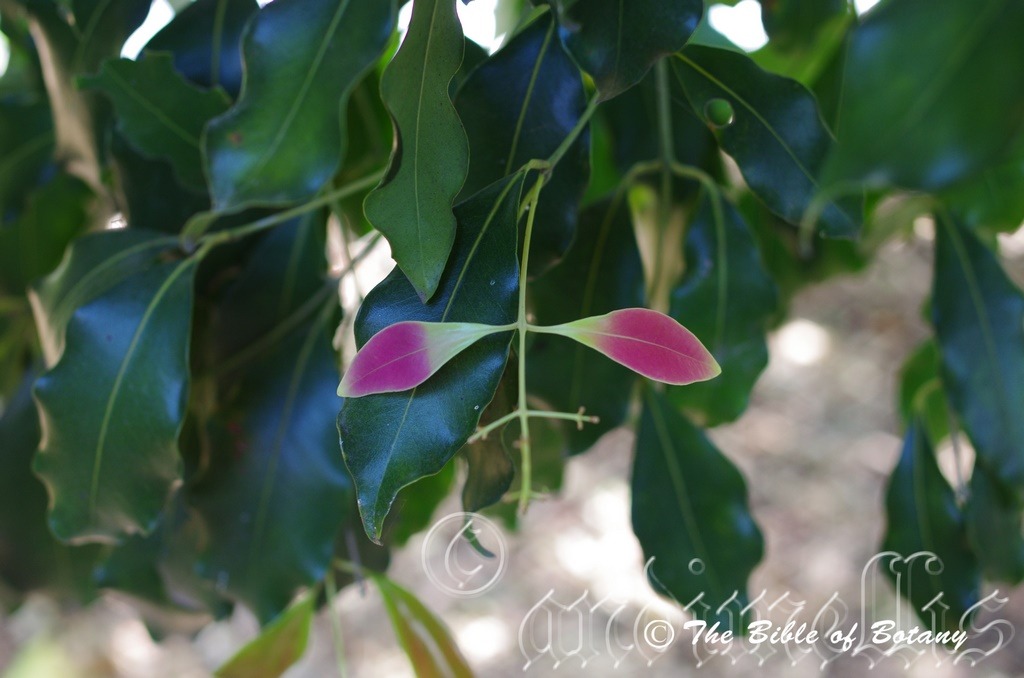
Mount Cootha Botanic Gardens Qld.
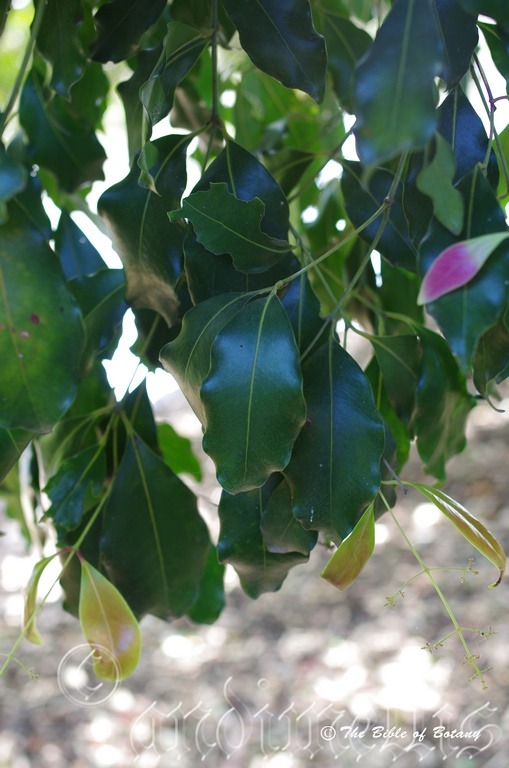
Mount Cootha Botanic Gardens Qld.
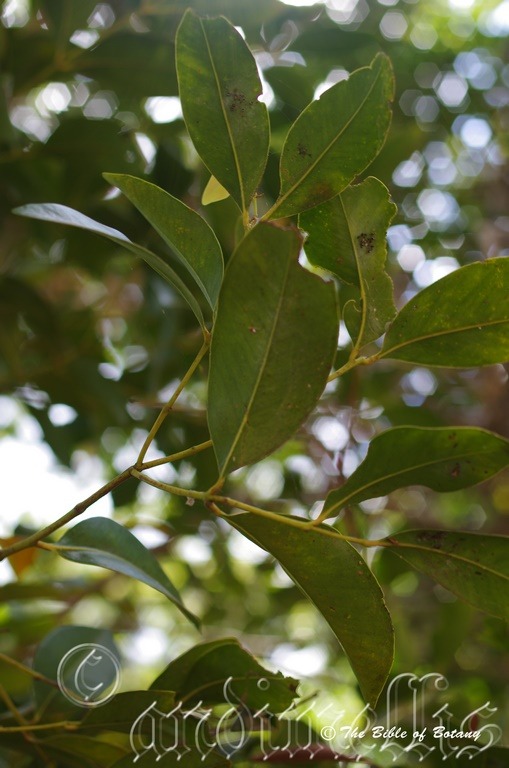
Mount Cootha Botanic Gardens Qld.
Acmena hemilampra
Classification:
Unranked: Eudicots
Unranked: Rosids
Family: Myrtaceae
Genus: From Acmena, which is Latin for plentiful. It usually refers to plants, which produce copious quantities of fruit.
Specie: From Hemi, which is Ancient Greek for half and Lampra which is Ancient Greek for shinning. It usually refers to leaves, which are semi glossy on the upper surface or at times the fruits having a slight sheen.
Sub specie:
Common Name: Broad Leaf Lilli Pilli.
Distribution:
Acmena hemilampra is found south from the Torres Strait Islands in far north eastern Queensland to Iluka in northern coastal New South Wales.
It is also found on Melville and Bathurst Island and Gurig National Park in the Northern Territory.
https://avh.ala.org.au/occurrences/search?taxa=Acmena+hemilampra#tab_mapView
Habitat:
Acmena hemilampra prefer full sun, dense shade or dappled shade. It grows on gentle slopes or on alluvial river flats bordering well developed rainforests, wet Eucalyptus forests, riverine rainforests, gallery forests or littoral rainforests. The altitude ranges from 5 meters ASL in the south and 450 meters ASL to 1550 meters ASL in far north Queensland
The temperatures range from 2 degrees in July to 36 degrees in January.
The rainfalls range from lows of 750mm to an average of 3200mm annually.
Soil Requirements:
Acmena hemilampra prefer better quality, deep, loams, light fatty clays to medium clays or light silts to heavy silts. The soils are usually derived from decomposed sandstones granites, brown basalts, black basalts, shales, metamorphic rocks or alluvial deposits on creek meanders. The soil’s pH ranges from 5.5pH to 7pH. It tolerates seasonal waterlogged soils. None saline soils to very saline soils are tolerated as are salt laden winds.
Height & Spread:
Wild Plants: 25m to 35m by 6m to 9m.
Characteristics:
Acmena hemilampra grows as a tall slender tree or a large bushy shrub in more exposed situations. The tall, stout trunk is red-brown with a flaky bark that is usually covered in lichens on the upper trunk and large branches. The bases of large trees are slightly flanged. The branchlets are grey to creamy-grey and flaky while the juvenile branchlets are mid green and glabrous.
Acmena hemilampra leaves are elliptical to broadly lanceolate. They measure 40mm to 130mm in length by 20mm to 50mm in width. The bases are broadly cuneate to cuneate-rounded while the apexes are bluntly acuminate. The discolourous laminas are deep green to deep sea-green, glabrous and semi glossy to glossy on the upper laminas while the lower laminas are paler or at times glaucous and dull. Juvenile leaves are pink, red, purple and glossy. The margins are entire while the laminas recurve slightly from the mid vein to the margins.
The mid veins are prominent on the lower laminas and clearly visible from the upper laminas. The intramarginal and lateral veins are distinct. The oil dots are very variable in size, distribution and quantity. The petioles are deep green, glabrous and measure 2mm to 10mm in length.
The inflorescence of Acmena hemilampra flowers are panicles born from the terminals. There are 60 to 220 individual flowers on each panicle. The rachises, peduncles and petiolules are green to purplish-green or red and covered in very fine farinaceous lumps. The hypanthium and 4 sepals are green to purplish-green or red and glabrous. The 4 white petals are orbicular, irregular in shape and measure 1mm to 1.5mm in length. The 90 to 110 white stamens are the most attractive feature and measure 1.5mm to 2.5mm in length. Acmena hemilampra flowers appear from October through to November.
Acmena hemilampra fruits are a globose drupe. The white, cream, purple or white with carmine speckled drupes measure 8mm to 20mm in diameter. The drupes ripen during late March to early July. The 5mm to 9mm round seeds are pale brown.
Wildlife:
Acmena hemilampra fruits are eagerly sought after by all fruit eating birds both large and small. These include the Regent and Satin Bower Birds, Lewin Honey Eater, Noisy Minor and Brown Honeyeater and fruit eating Pigeons to mention a few. Native bees and beetles are attracted to the flowers while native mice and rats scavenge whatever fruit falls to the ground. The bush rat (Rattus fuscipes) around our farm has large caches of seeds from this species around Nana Glen. Older cashes will see large numbers of seedlings growing in clumps indicating they maybe the agent for seed dispersal of the species.
The fruits were eaten by aborigines and have a typical loquat crossed eucalyptus flavour. They are rather dry and have a large seed.
Cultivation:
It would make an good fire retardant medium size tree.
* Fire retardant plants act as radiant heat screens and absorb more heat from an approaching fire without burning.
* Fire retardant trees are able reduce wind speed near a house or out buildings.
* Fire retardant also trap embers and sparks carried by the wind.
* Fire retardant ground covers are able to catch burning embers without catching fire themselves, and also slow the travel of a fire through debris and litter on the ground.
Acmena hemilampra is a very useful medium size tree for Native rainforest gardens from temperate to tropical areas. It is slow to establish itself but with adequate moisture and native fertilizers is a steady grower. Acmena hemilampra grows into a dense bushy tree to about 9 meters to 15 meters in height by 9 meters to 12 meters in diameter when cultivated in an open position or much taller when grown in a rainforest situation. They are ideal for park like situations in large gardens where they develop a bushy crown and heavy shade below.
It is a beautiful tree with very showy cream flowers followed by colourful fruits in autumn. In temperate coastal or semi-arid Native gardens they can be used to add colour to the garden when in flower or with successive flushes of new growth which are produced 4 times a year.
It is particularly useful as coastal plantings where salt laden winds are a problem or as park trees due to their wide spread.
The trees would make very good accent trees in front of low set commercial or industrial sheds where they will break up hard rigid architectural lines and give warmth and breadth to a building. In front of high rise buildings they give balance especially where they could be grown in curves meandering to the entry doors or for something different used from the front of the path and meander back to the far corners with shrubs or flowers planted between the trees and the building and the trees and the nature strip.
Propagation:
Seeds: Acmena hemilampra seeds can be sown directly into the seed raising mix. Cover the seeds with no more than a few millimetres of mix. Place fresh seed trays in a warm, semi shaded position keeping the mix moist not wet. Germination is rapid during the warmer months.
When the seedlings are 30mm to 60mm tall, prick them out and plant them into 50mm native tubes using a seed raising mix.
Once the seedlings reach 200mm to 250mm in height plant them out into their permanent position.
Cuttings:
Use 100mm long half ripened material when growing from cuttings from the present season’s growth. Take them in mid-autumn or early spring. Remove half the leaves from the bottom section being careful not to tear the bark. Take a 10mm slice off the bark from the bottom of the cutting on one side. Using a medium rooting hormone, dip the cutting in and place it in a moist sterile seed raising mix. Cover the tray in a plastic bag and place the contents in a warm semi shades place. When the cuttings have obviously struck and have developed good roots treat them as for seedlings. Cuttings are erratic and slow to developed roots.
Fertilize using Seaweed, fish emulsion or organic chicken pellets soaked in water on an alternate basis. Fertilize every two months until the plants are established then twice annually in early September to March to maintain health, vitality and better flowering and better quality fruit.
Further Comments from Readers:
All information is included in good faith and has been thoroughly researched prior to printing. The website or the author does not warrant or guarantee the accuracy of any information on these pages, nor does the website or the author accept any responsibility for any loss arising from the use of the information found within. The views and opinions are strictly those of the author or those members who chose to actively participate in the contents herein.
Hi reader, it seems you use The Bible of Botany a lot. That’s great as we have great pleasure in bringing it to you! It’s a little awkward for us to ask, but our first aim is to purchase land approximately 1,600 hectares to link several parcels of N.P. into one at The Pinnacles NSW Australia, but we need your help. We’re not salespeople. We’re amateur botanists who have dedicated over 30 years to saving the environment in a practical way. We depend on donations to reach our goal. If you donate just $5, the price of your coffee this Sunday, We can help to keep the planet alive in a real way and continue to bring you regular updates and features on Australian plants all in one Botanical Bible. Any support is greatly appreciated. Thank you.
In the spirit of reconciliation we acknowledge the Bundjalung, Gumbaynggirr and Yaegl and all aboriginal nations throughout Australia and their connections to land, sea and community. We pay our respect to their Elders past, present and future for the pleasures we have gained.
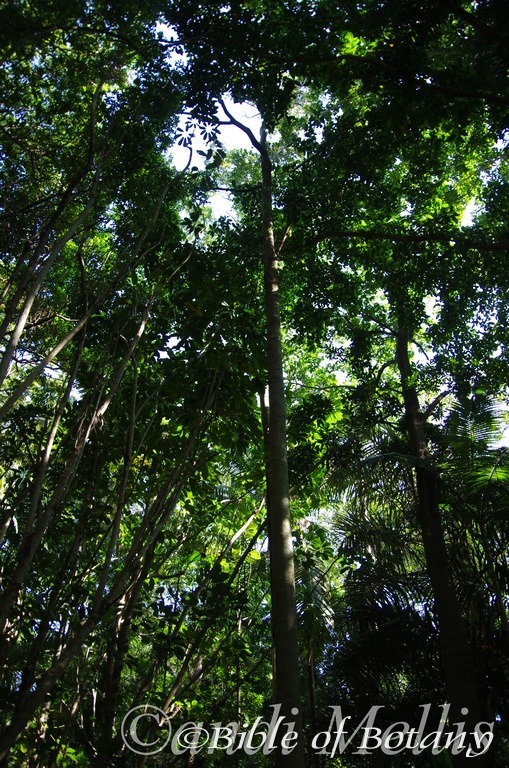
Mount Cootha Botanic Gardens Qld.
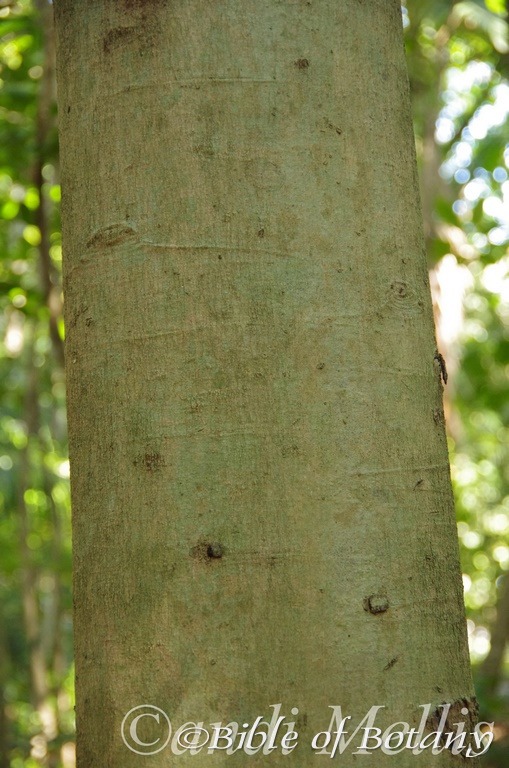
Mount Cootha Botanic Gardens Qld.
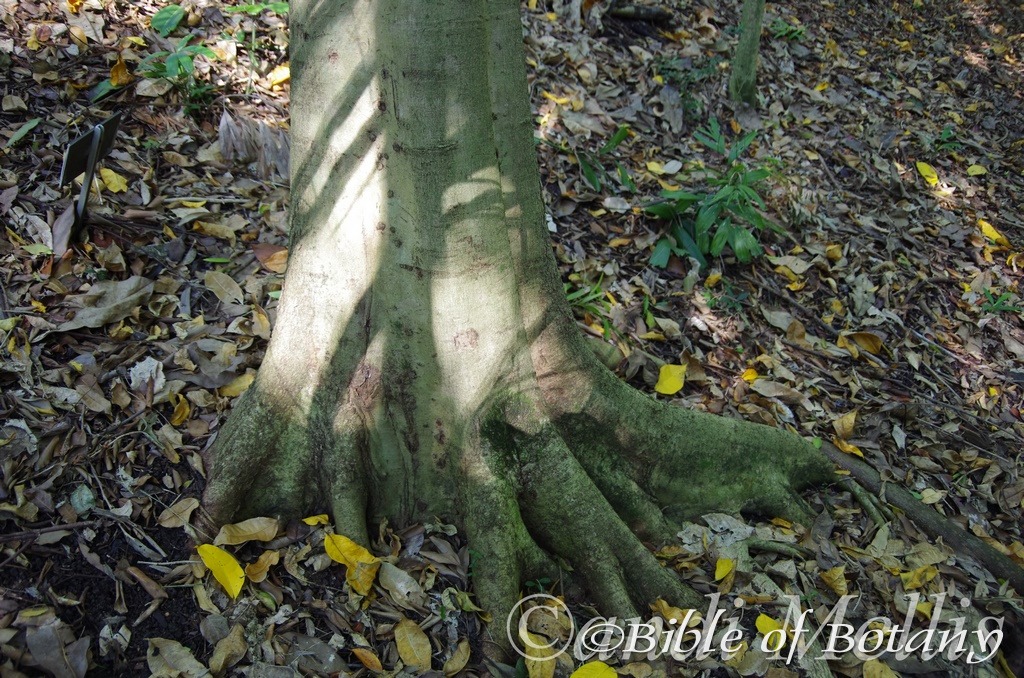
Mount Cootha Botanic Gardens Qld.
Acmena ingens
Classification:
Unranked: Eudicots
Unranked: Rosids
Family: Myrtaceae
Genus: From Acmenae, which is Ancient Greek for the beautiful nymph of Venus. It refers to the fruits, which are orbicular and whitish and have a beautiful appeal. It usually refers to plants, which produce copious quantities of fruit.
Specie: From in or Un, which are Ancient Greek/Latin for not and Mégas, which is Ancient Greek or later Gēns which is Latin for something that goes beyond what is natural for its kind. It refers to plants, which are generally more beautiful, taller or larger than other species in the genus.
Sub specie:
Common Name: Red Apple.
Distribution:
Acmena ingens is found along the coast and adjacent ranges south from Kin in southern Queensland to Casino in far north eastern New South Wales.
https://avh.ala.org.au/occurrences/search?taxa=Acmena+ingens#tab_mapView
Habitat:
Acmena ingens prefer full sun to dense or dappled shade. It grows in well-developed sub-tropical rainforests, riverine rainforests or littoral rainforests. The altitude ranges from 5 meters ASL to 1300 meters ASL
The temperatures range from 2 degrees in July to 38 degrees in January.
The rainfalls range from lows of 950mm to an average of 2000mm annually.
Soil Requirements:
Acmena ingens prefer better quality, deep, sandy loams, light fatty clays to medium clays. The soils are usually derived from decomposed brown basalts, black basalts, shales or metamorphic rocks. The soil?s pH ranges from 4.5pH to 6.5pH. It does not tolerate water logged soils. None saline soils to moderately saline soils are tolerated.
Height & Spread:
Wild Plants: 30m to 40m by 6m to 15m.
Characteristics:
Acmena ingens’ trunk is tall and stout with a red-brown to grey-brown flaky bark that is usually covered in lichens on the upper trunk and large branches. The bases of large trees are flanged. Branchlets are glabrous, grey to creamy-grey and flaky while juvenile branchlets are pale green to mid green with a reddish tinge or reddish markings.
Acmena ingens’ leaves are narrowly elliptical to almost oblong. They measure 60mm to 180mm in length by 20mm to 50mm in width. The bases are attenuate while the apexes are acute. The discolourous laminas are deep green to deep sea-green, glabrous and semi glossy to glossy on the upper laminas while the lower laminas are paler and dull. Juvenile leaves are deep tan to deep fawn and glossy. The margins are entire while the laminas recurve from the mid vein to the margins.
The mid veins are prominent on the both laminas while the intramarginal and lateral veins are distinct. The minute oil dots are sparse. The petioles are mid green with a reddish tinge or reddish markings and are glabrous. They measure 2mm to 10mm in length.
The inflorescence of Acmena ingens flowers are panicles born from the terminals. There are 10 to 20 individual flowers on each panicle. The rachises, peduncles and petiolules are green to purplish-green or red and glabrous. The hypanthium and 5 sepals are green to purplish-green or red and glabrous. The 5 white petals are oblong, and measure 1.2mm to 2.2mm in length.
The white stamens are the most attractive feature and measure 0.8mm to 1.2mm in length. Acmena ingens‘ flowers appear from November through to December.
Acmena ingens‘ fruits are a globose to ovoidal drupe. The deep pink to scarlet red drupes measure 25mm to 30mm in length by 15mm to 25mm in diameter. The drupes ripen during late February to early March.
The flattened round seeds are pale creamy brown and measure 11mm to 14mm.
Wildlife:
The fruits of Acmena ingens are eagerly sought after by all fruit eating birds both large and small. These include the Regent and Satin Bower Birds, Lewin Honey Eater, Noisy Minors and Brown Honeyeater and fruit eating Pigeons to mention a few. Native bees and beetles are attracted to the flowers while native mice and rats scavenge whatever fruit falls to the ground.
The fruits were eaten by aborigines and have a typical loquat crossed eucalyptus flavour. They are rather dry and have a large seed.
Cultivation:
It would make an good fire retardant medium size tree.
* Fire retardant plants act as radiant heat screens and absorb more heat from an approaching fire without burning.
* Fire retardant trees are able reduce wind speed near a house or out buildings.
* Fire retardant also trap embers and sparks carried by the wind.
* Fire retardant ground covers are able to catch burning embers without catching fire themselves, and also slow the travel of a fire through debris and litter on the ground.
Acmena ingens is a very useful medium size tree for Native rainforest gardens from temperate to tropical areas. It is slow to establish itself but with adequate moisture and native fertilizers is a steady grower. Acmena ingens grows into a dense bushy tree to about 1 meters to 15 meters in height by 9 meters to 15 meters in diameter when cultivated in an open position or much taller when grown in a rainforest situation. It is ideal for park like situations in large gardens where they develop a bushy crown and heavy shade below.
It is a beautiful tree with very showy cream flowers followed by scarlet fruits in mid-autumn. In temperate coastal or semi-arid Native gardens they can be used to add colour to the garden when in flower or with successive flushes of new growth which are produced 4 times a year.
It is particularly useful as coastal plantings where salt laden winds are a problem or as park trees due to their wide spread.
The trees would make very good accent trees in front of low set commercial or industrial sheds where they will break up hard rigid architectural lines and give warmth and breadth to a building. In front of high rise buildings they give balance especially where they could be grown in curves meandering to the entry doors or for something different used from the front of the path and meander back to the far corners with shrubs or flowers planted between the trees and the building and the trees and the nature strip.
Propagation:
Seeds: Acmena ingens seeds can be sown directly into the seed raising mix. Cover the seeds with no more than a few millimetres of mix. Place fresh seed trays in a warm, semi shaded position keeping the mix moist not wet. Germination is rapid during the warmer months.
When the seedlings are 30mm to 60mm tall, prick them out and plant them into 50mm native tubes using a seed raising mix.
Once the seedlings reach 200mm to 250mm in height plant them out into their permanent position.
Fertilize using Seaweed, fish emulsion or organic chicken pellets soaked in water on an alternate basis. Fertilize every two months until the plants are established then twice annually in early September to March to maintain health, vitality and better flowering and better quality fruit.
Further Comments from Readers:
All information is included in good faith and has been thoroughly researched prior to printing. The website or the author does not warrant or guarantee the accuracy of any information on these pages, nor does the website or the author accept any responsibility for any loss arising from the use of the information found within. The views and opinions are strictly those of the author or those members who chose to actively participate in the contents herein.
Hi reader, it seems you use The Bible of Botany a lot. That’s great as we have great pleasure in bringing it to you! It’s a little awkward for us to ask, but our first aim is to purchase land approximately 1,600 hectares to link several parcels of N.P. into one at The Pinnacles NSW Australia, but we need your help. We’re not salespeople. We’re amateur botanists who have dedicated over 30 years to saving the environment in a practical way. We depend on donations to reach our goal. If you donate just $5, the price of your coffee this Sunday, We can help to keep the planet alive in a real way and continue to bring you regular updates and features on Australian plants all in one Botanical Bible. Any support is greatly appreciated. Thank you.
In the spirit of reconciliation we acknowledge the Bundjalung, Gumbaynggirr and Yaegl and all aboriginal nations throughout Australia and their connections to land, sea and community. We pay our respect to their Elders past, present and future for the pleasures we have gained.
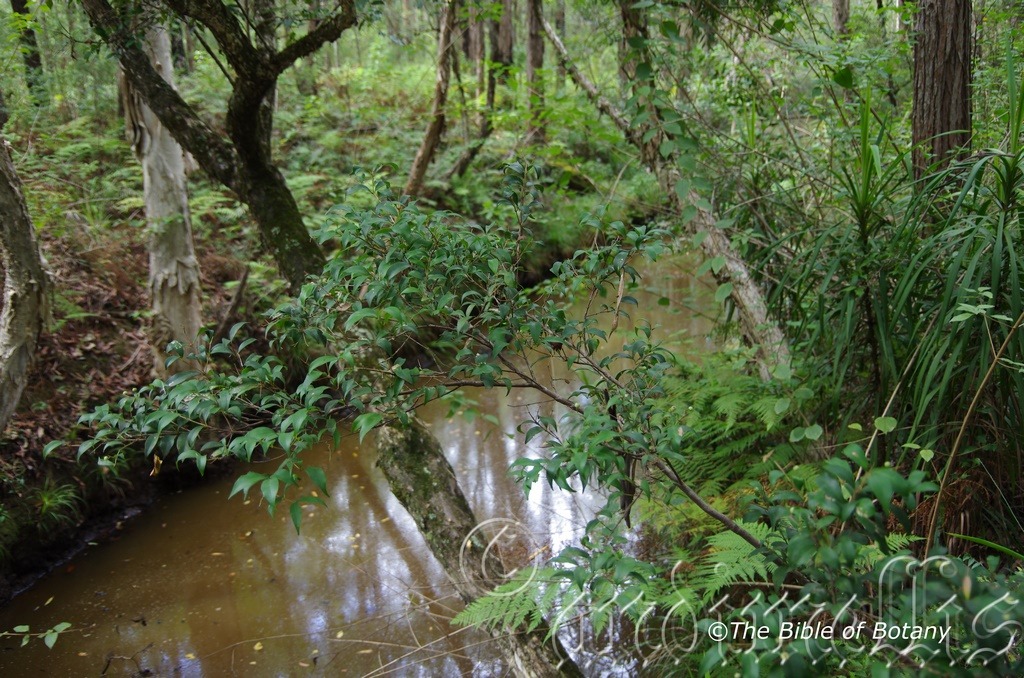
Tucabia NSW
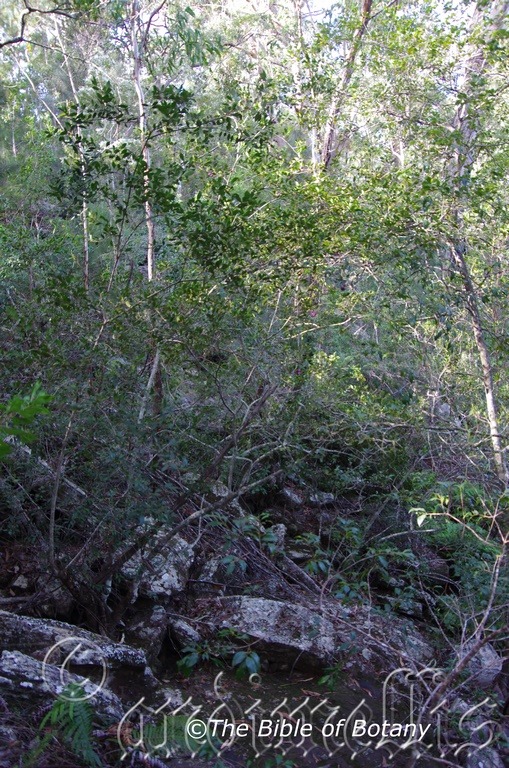
The Pinnacles NSW
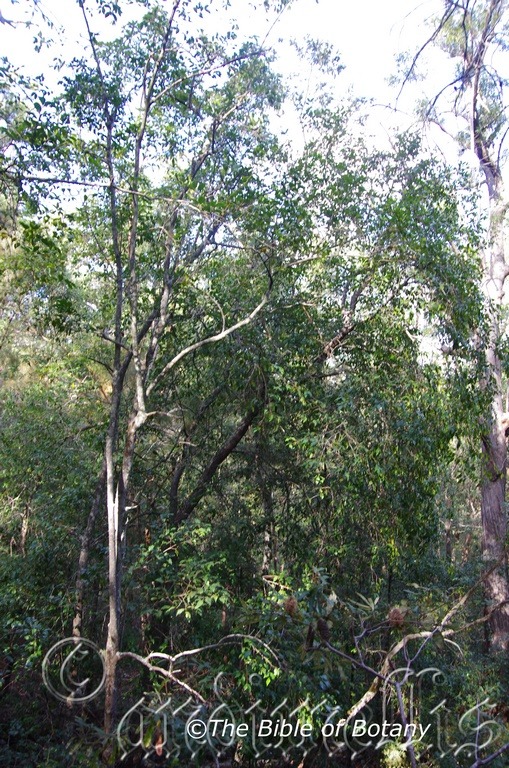
The Pinnacles NSW
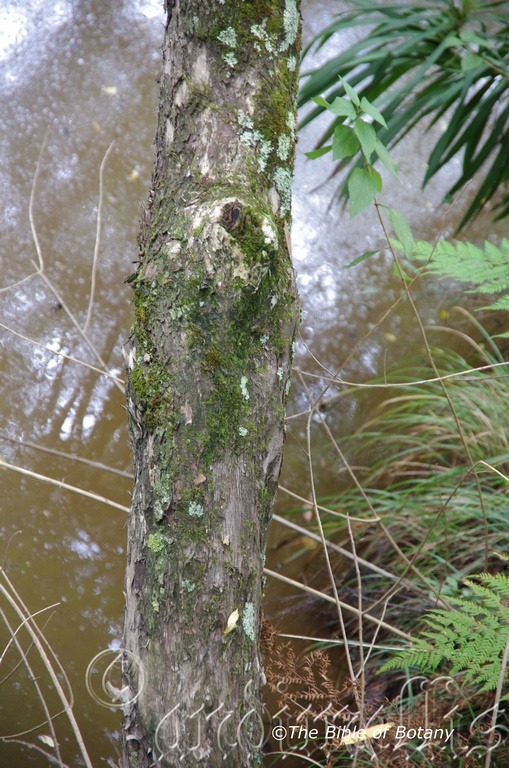
Tucabia NSW
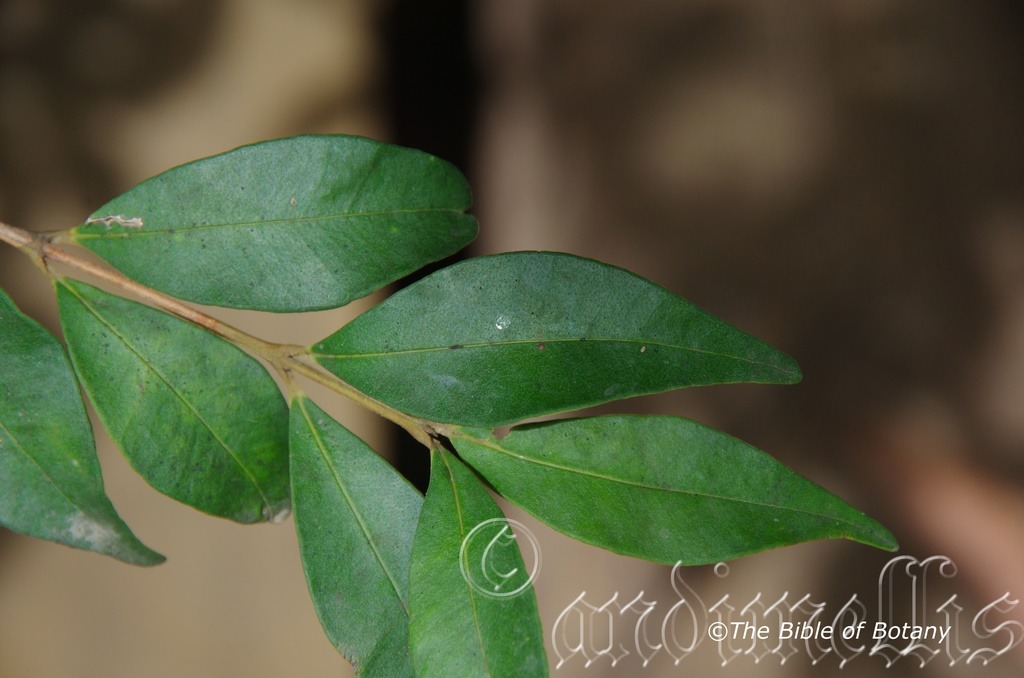
Tucabia NSW
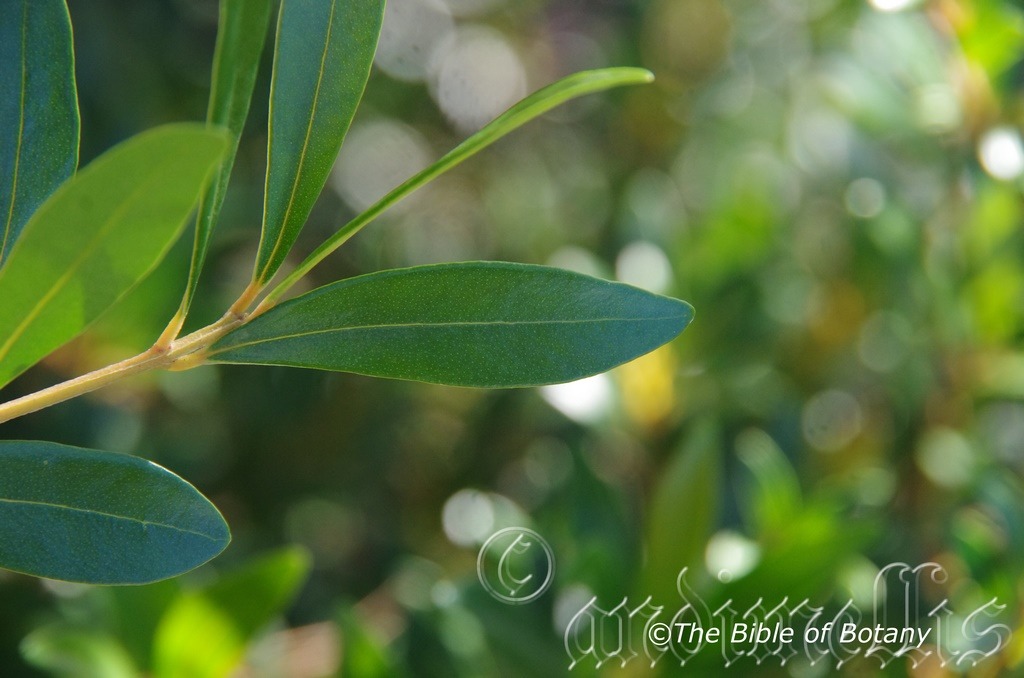
The Pinnacles NSW
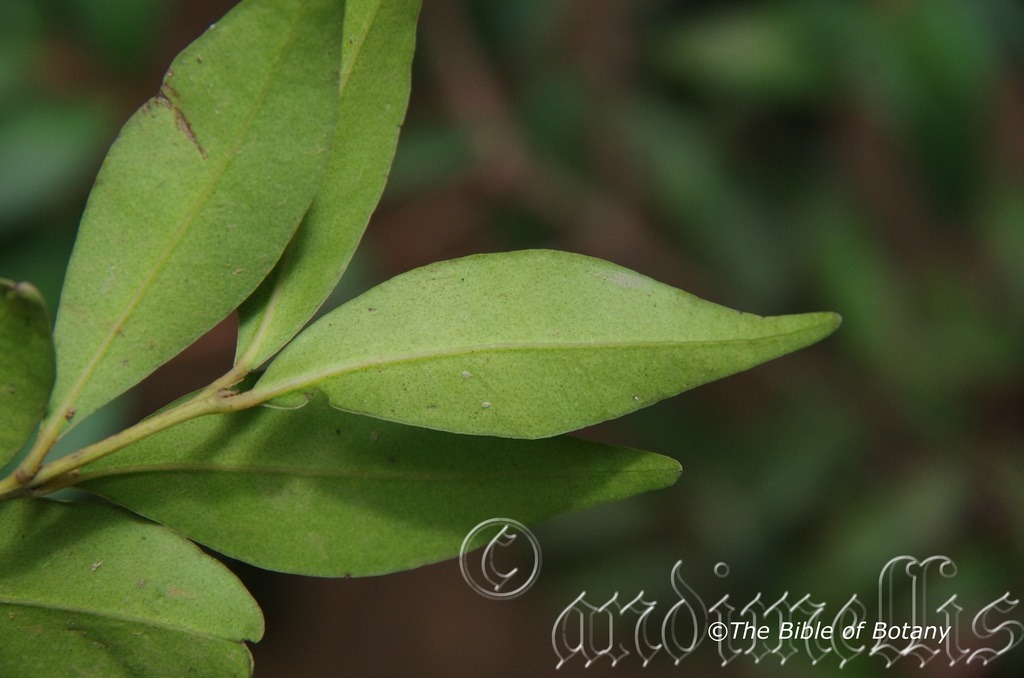
Tucabia NSW

The Pinnacles NSW
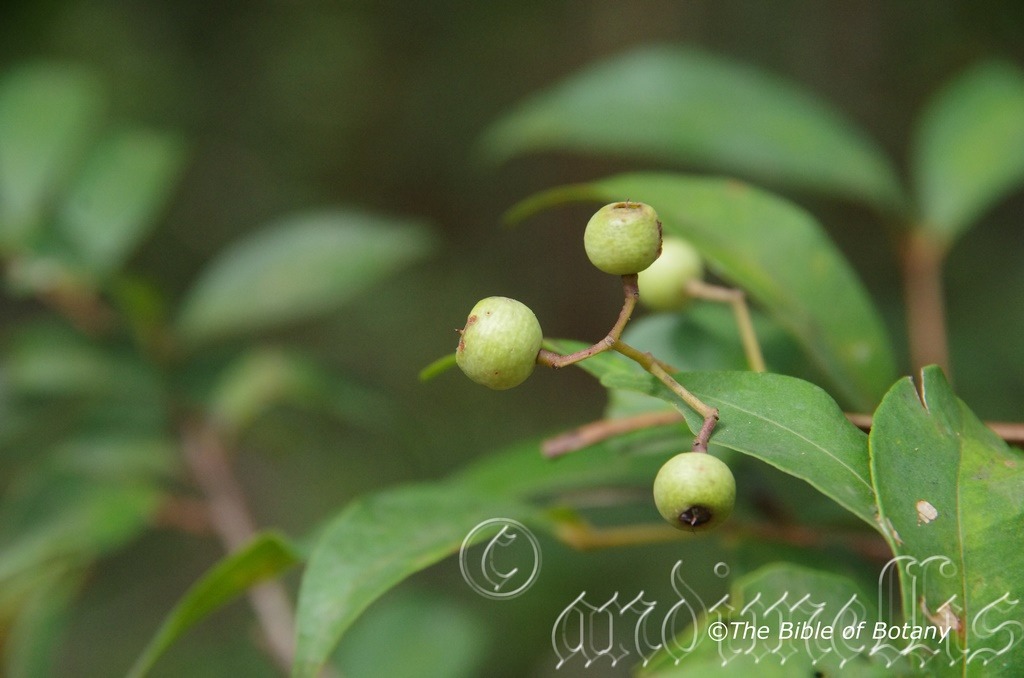
Tucabia NSW
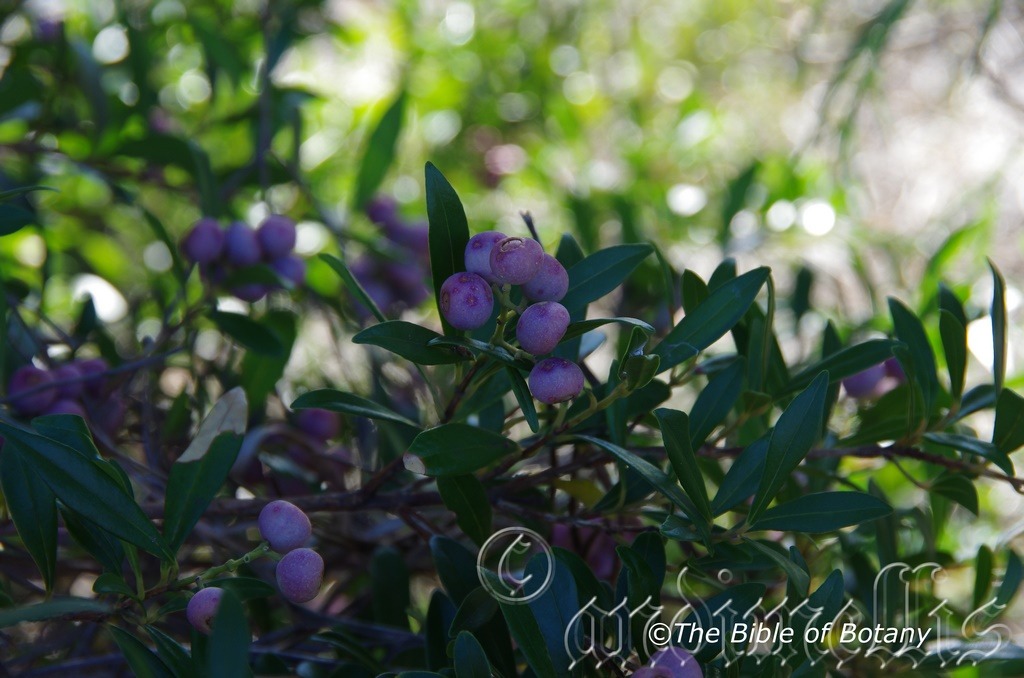
The Pinnacles NSW
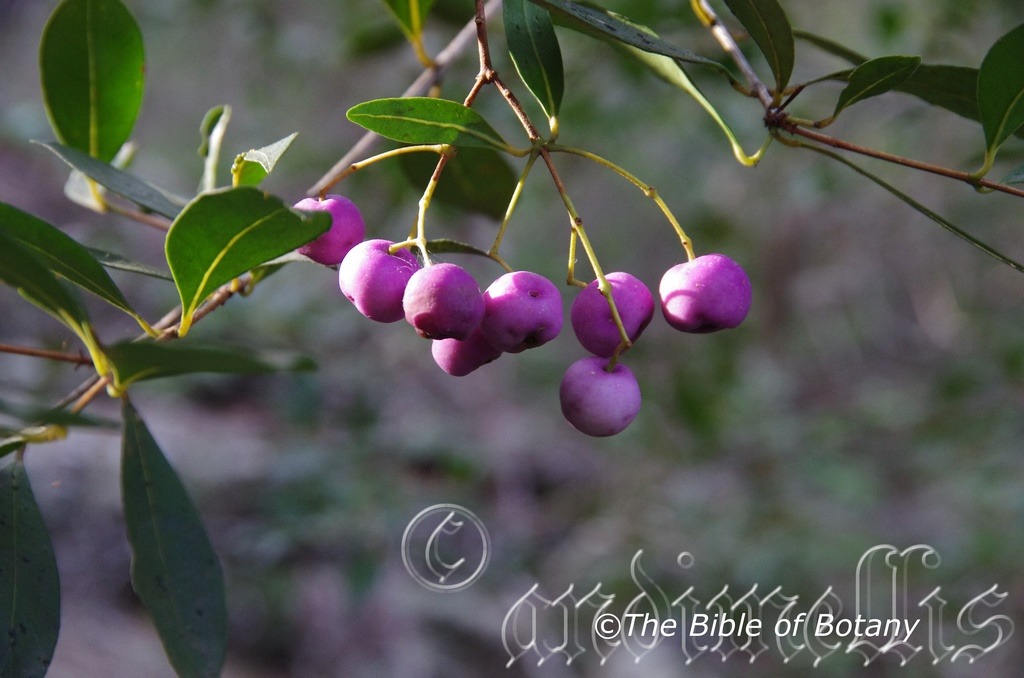
The Pinnacles NSW
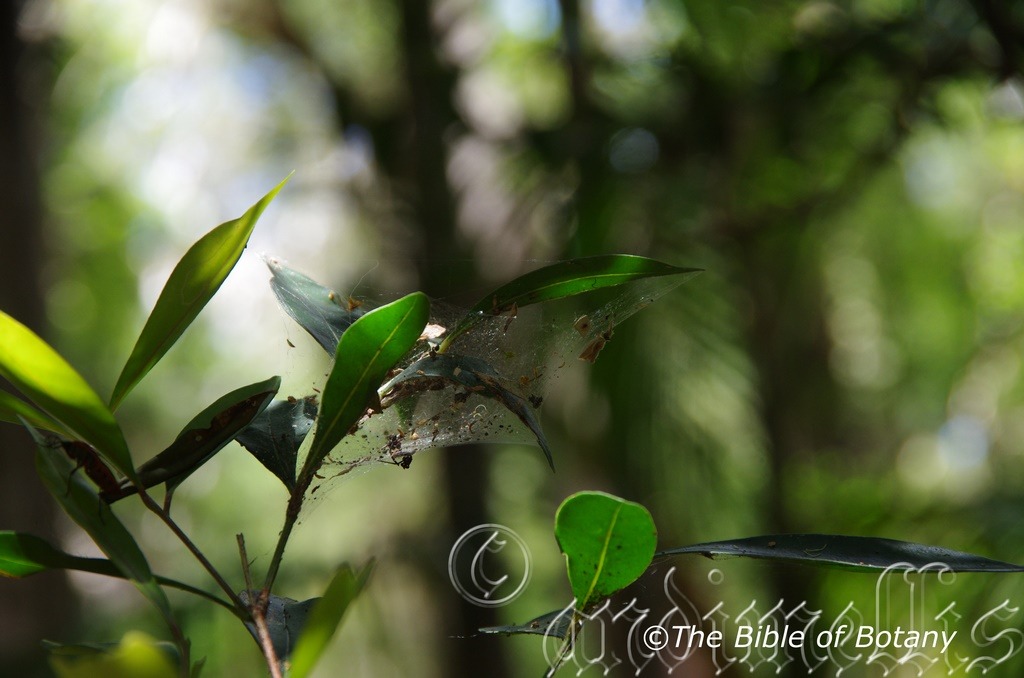
The Pinnacles NSW
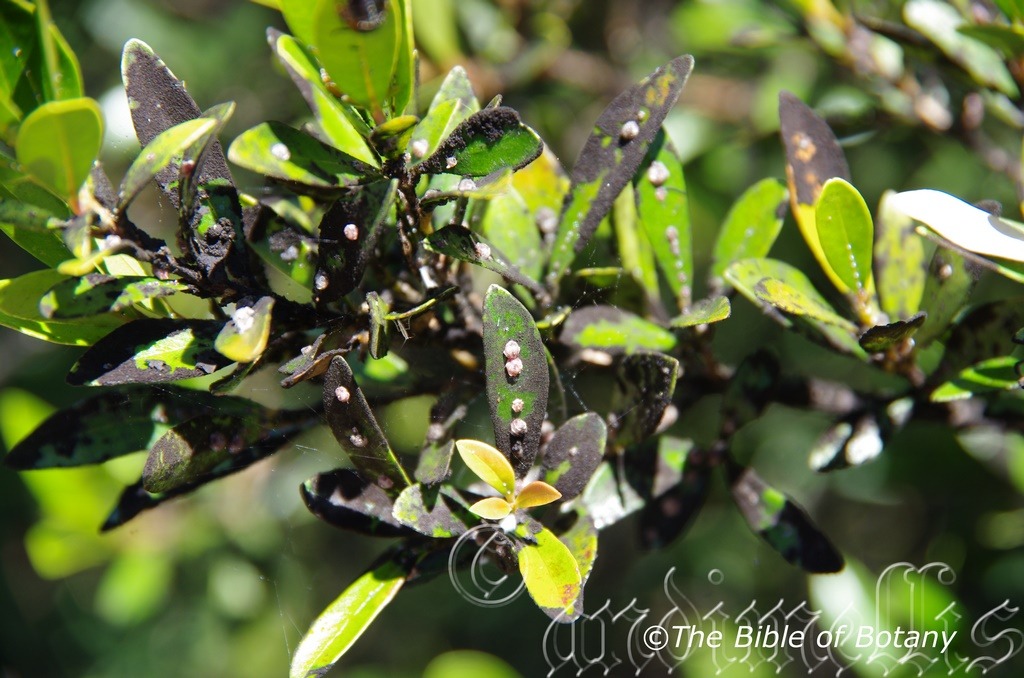
The Pinnacles NSW
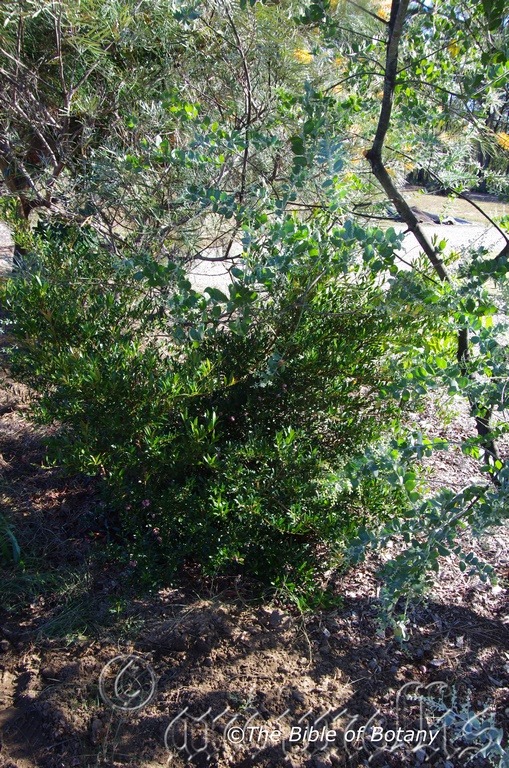
The Pinnacles NSW
Acmena smithii
Classification:
Unranked: Eudicots
Unranked: Rosids
Family: Myrtaceae
Subfamily:
Genus: From Acmena, which is Latin for plentiful. It usually refers to plants, which produce copious quantities of fruit.
Specie: Is named in honour of Henry George Smith; 1852-1924, who was an Australian phytochemist working on essential oils from Australian native plants.
Sub specie: There appears to be several different forms as the foliages vary greatly and smaller trees often with multiple trunks are found in riverine habitats. As these have not been officially declared as separate varieties or subspecies I have mentioned it here for reference only.
Common Name: Lilli Pilli.
In the Aboriginal language it is known as Wanduin or Midgiburi.
Distribution:
Acmena smithii is found south from Bundaberg in southern coastal Queensland to the Dandenong Mountains east of Melbourne and south to Mornington Peninsula in southern Victoria. It is mainly found on and east of the Great Dividing Range to the coast. There is an outlying colony on the Atherton Tableland in north eastern Queensland.
It is also found on King Island in Bass Strait.
https://avh.ala.org.au/occurrences/search?taxa=Acmena+smithii#tab_mapView
Habitat:
Acmena smithii prefer dense shade, dappled shade to full sun. It grows on the river flats, riverine rainforests or wet Eucalyptus forests, littoral rainforests or moist gallery forests. The altitude ranges from 5 meters ASL to 1200 meters ASL.
The temperatures range from minus 2 degrees in July to 34 degrees in January.
The rainfalls range from lows of 750mm to an average of 3200mm annually.
Soil Requirements:
Acmena smithii prefer deep, sandy loams, light fatty clays, medium clays or light silts to heavy silts. The soils are usually derived from decomposed sandstones granites, brown basalts, black basalts, shales, metamorphic rocks, alluvial deposits or accumulated peaty beach sands. The soil’s pH ranges from 4.5pH to 6.5pH. It tolerates seasonal waterlogged soils and seasonal high water tables. None saline soils to very saline soils are tolerated as are salt laden winds.
Height & Spread:
Wild Plants: 3m to 22m by 2m to 12m.
Characteristics:
Acmena smithii’s bark is glabrous to slightly powdery or flaky, red-brown and lightly covered in lichens on the upper trunk and large branches. The bases of large trees are moderately tessellated. Smaller branches display longitudinal cracking of the outer bark. Branchlets are grey to creamy-grey while juvenile branchlets are usually 4 angled and winged at the corners. It is red or burgundy and glabrous. The branchlets are erect before spreading.
Acmena smithii‘s leaves vary dramatically from being narrow lanceolate to broadly ovate or elliptical in forms from the coast and riparian zones. The leaves measure 30mm to 110mm in length by 10mm to 50mm in width. The bases are cuneate while the apexes are acuminate with a narrow rounded tip. The discolourous leaves are deep green glossy to semi glossy and glabrous. The juvenile leaves are pink, red, purple or burgundy. The margins are entire while the laminas recurve slightly from the mid veins to the margins. The mid vein is prominent on the lower lamina and distinctly visible from the upper lamina. The intramarginal vein and the oil dots are very conspicuous on the leaf’s laminas. The glabrous petioles measure 2mm to 9mm in length.
The inflorescence of Acmena smithii flowers are born terminally as panicles. There are 20 to 35 individual flowers in each panicle. The hypanthium and 5 sepals are pale creamy green and glabrous. The 5 petals are pale cream, orbicular and measure 1mm to 1.5mm in length. The cohering stamens are the most attractive feature and measure 1.5mm to 3mm in length. Acmena smithii’s flowers appear from November to February.
Acmena smithii‘s fruits are a globose drupe. The white, cream, pink, lilac, purple or carmine drupes measure 7mm to 17mm in length by 8mm to 20mm in diameter. The drupes ripen from February to early June. The 5mm to 9mm round seeds are light brown.
Wildlife:
Acmena smithii’s flowers attract many species of native bees, pollen flies and beetles.
The fruits are eagerly sought after by all fruit eating birds both large and small. These include the Regent and Satin Bower Birds, Lewin Honey Eater, Noisy Minors, Australian king parrot, The crimson rosella, Brown Honeyeater, Rose-crowned fruit-dove, the Topknot pigeon, the Superb Fruit-dove, White-headed Pigeon, Wonga Pigeon,
the Satin Bowerbird and Pied Currawong. The Brushtail Possum and Ringtail Possum along with the fruit eating Flying Foxes are known visitors when the trees are in fruit.
The leaf-mining larvae of the moth Pectinivalva acmenae feed on the leaves with Agriophara horrida, Cryptophasa pultenae and Macarostola formosa.
The native mice and rats scavenge whatever fruit falls to the ground. The bush rat (Rattus fuscipes) around our farm has large caches of seeds from this species around Nana Glen. Older cashes will see large numbers of seedlings growing in clumps indicating they maybe the agent for seed dispersal of the species. If this is the case then Acmena smithii and the bush rat maybe the key to eradication and revegetation over the long term of many riverine areas in Australia.
In New Zealand, kerere eat the fruit and disperse the seeds.
Cultivation:
It would make an good fire retardant medium size shrub to small tree.
* Fire retardant plants act as radiant heat screens and absorb more heat from an approaching fire without burning.
* Fire retardant trees are able reduce wind speed near a house or out buildings.
* Fire retardant also trap embers and sparks carried by the wind.
* Fire retardant ground covers are able to catch burning embers without catching fire themselves, and also slow the travel of a fire through debris and litter on the ground.
Acmena smithii is a very useful medium size tree for Native rainforest gardens from temperate to tropical areas. It is slow to establish itself but with adequate moisture and native fertilizers is a steady grower. Acmena smithii grows into a dense bushy tree to about 4 meters to 8 meters in height by 2 meters to 6 meters in diameter when cultivated in an open position.
It is ideal for park like situations in large gardens where it develops a bushy crown and heavy shade below.
Many of the riverine forms are now on the market which have brilliant flushes of new growth and are a lot shorter. These are beautiful shrubs with very showy cream flowers followed by colourful fruits in late winter. In temperate coastal or semi-arid Native gardens they can be used to add colour to the garden when in flower or with successive flushes of new growth which are produced 4 times a year.
It is particularly useful as coastal plantings where salt laden winds are experienced or where hedges are wanted.
The tree forms are excellent plants for epiphytic ferns and fine rooted orchids.
It makes great bonsai plants which are easily worked. It also makes excellent hedge rows and topiarian specimens because branches that make contact may grow together. This natural grafting of branches is known as inosculation.
There are many hybrids on the market which make very good hedge rows. These include:
Allyn Magic is a compact form of Syzygium smithii var. minor with orange new growth.
Elizabeth Isaacs is a variegated foliage form known as Syzygium smithii var. variegata. It is a slightly smaller cultivar that has new growth flushes with a combination of pink, green, cream and cream-margined leaves.
Firescreen is a select, fast growing, broad leaf form. The glossy copper?red flushes of new growth mature to mid green. It grows from 1.2 meters to 5 meters in height. It is ideal as a hedge shrub as it semi-pendulous with a dense growth habit due to the short leaf internodes and retains its foliage well to the ground. It needs regular pruning to maintain its shorter growth. It is excellent grown as a pot specimen, topiary or as a standard. Firescreen tolerates full sun to shade, windy conditions, heat waves and short cold spells to minus 3?C.
‘Hedgemaster’ is a compact shrubby form growing from 1 meter to 1.3 metres in height by 0.5 meters to 0.6 meters in diameter wide. It has a bushy dense habit and small leaves, and can be used in topiary or formal hedges.
Red Head is a select, broad leaf form which grows as a compact multi trunk small tree. Unpruned it will attain a height of 6 meters to 9 meters in height by 4 meters to 6 meters in diameter. It was selected for its compact, bushiness which made it most suitable for pleaching, topiary, standards in urban gardens. Its glossy, burgundy to burgundy-red new foliage is encouraged by a regular prune and organic feeding to enhance the colour. Red Head tolerates full sun to shade, windy conditions, heat waves and short cold spells down to minus 3?C.
Propagation:
Seeds: Acmena smithii seeds can be sown directly into the seed raising mix. Cover the seeds with no more than a few millimetres of mix. Place fresh seeds tray in a warm shaded position keeping the mix moist not wet. Germination is rapid during the warmer months.
When the seedlings are 30mm to 60mm tall, harden them off by placing the tray in a sunnier position with dappled light or light shade for a week or two before potting up. Prick them out and plant them into 50mm native tubes using a seed raising mix.
Once the seedlings reach 200mm to 250mm in height plant them out into their permanent position. When mass planting for a hedge plant at 1.5 meter to 2 meter centers. Rain forest trees can be spaced at 6 meter to 8 meter centers.
Cuttings: Dwarf forms or those with particular traits should be grown from cuttings.
Use 100mm long half ripened material when growing from cuttings from the present season?s growth. Take them in mid-Autumn or early spring. Remove half the leaves from the bottom section being careful not to tear the bark. Take a 10mm slice off the bark from the bottom of the cutting on one side. Using an appropriate rooting hormone, dip the cutting in and place it in a moist sterile seed raising mix. Cover the tray in a plastic bag and place the contents in a warm semi shades place. When the cuttings have obviously struck and have developed good roots treat them as for seedlings.
Fertilize using Seaweed, fish emulsion or organic chicken pellets soaked in water on an alternate basis. Fertilize every two months until the plants are established then twice annually in early September to March to maintain health, vitality and better flowering and better quality fruit.
Further Comments from Readers:
Hi reader, it seems you use The Bible of Botany a lot. That’s great as we have great pleasure in bringing it to you! It’s a little awkward for us to ask, but our first aim is to purchase land approximately 1,600 hectares to link several parcels of N.P. into one at The Pinnacles NSW Australia, but we need your help. We’re not salespeople. We’re amateur botanists who have dedicated over 30 years to saving the environment in a practical way. We depend on donations to reach our goal. If you donate just $5, the price of your coffee this Sunday, We can help to keep the planet alive in a real way and continue to bring you regular updates and features on Australian plants all in one Botanical Bible. Any support is greatly appreciated. Thank you.
In the spirit of reconciliation we acknowledge the Bundjalung, Gumbaynggirr and Yaegl and all aboriginal nations throughout Australia and their connections to land, sea and community. We pay our respect to their Elders past, present and future for the pleasures we have gained.
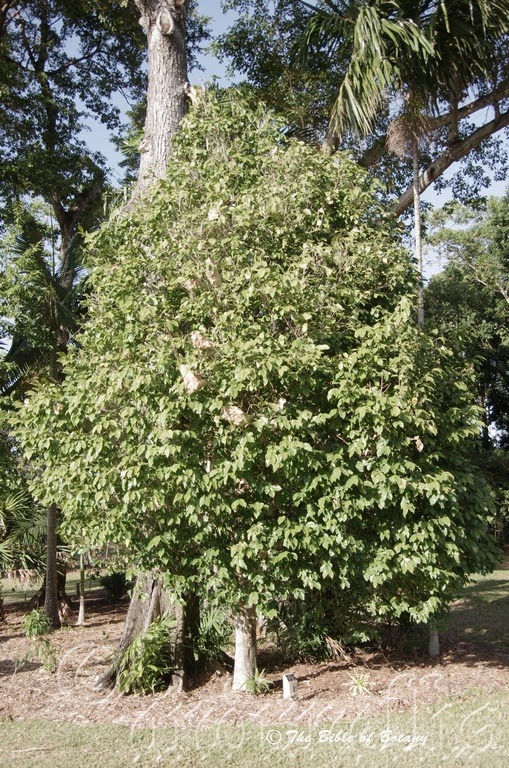
Anderson Gardens Townsville Qld.
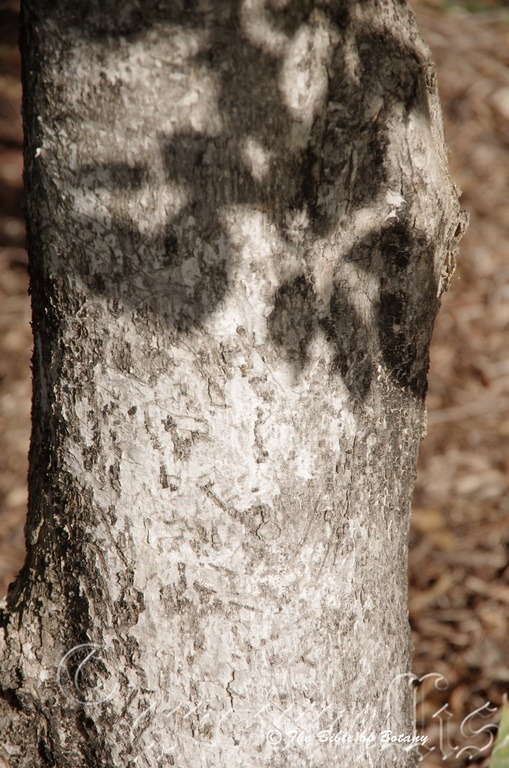
Anderson Gardens Townsville Qld.
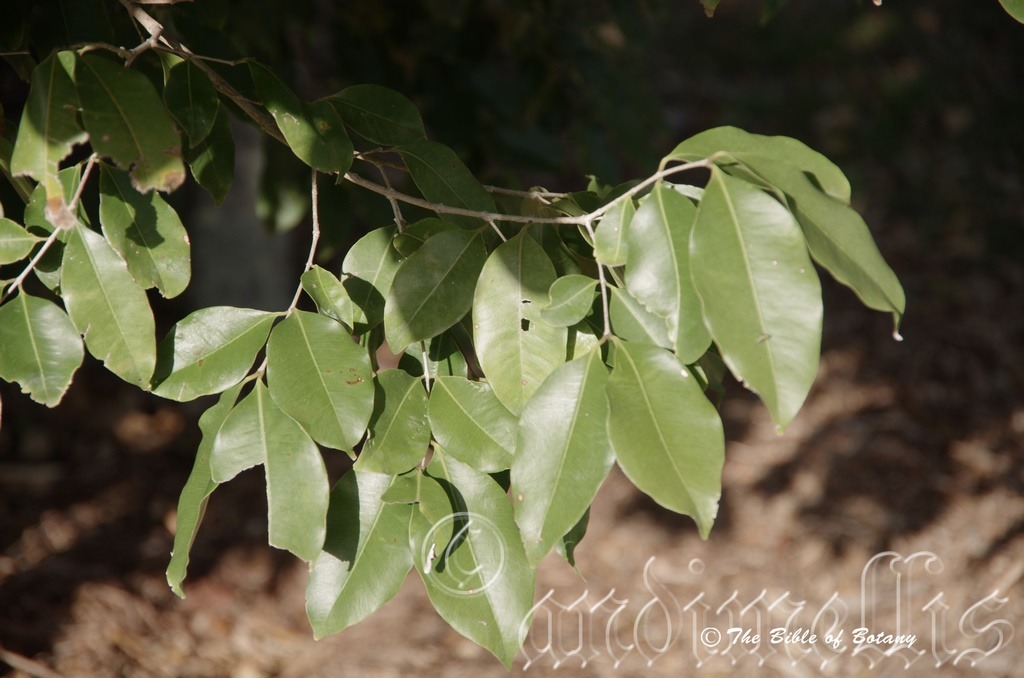
Anderson Gardens Townsville Qld.
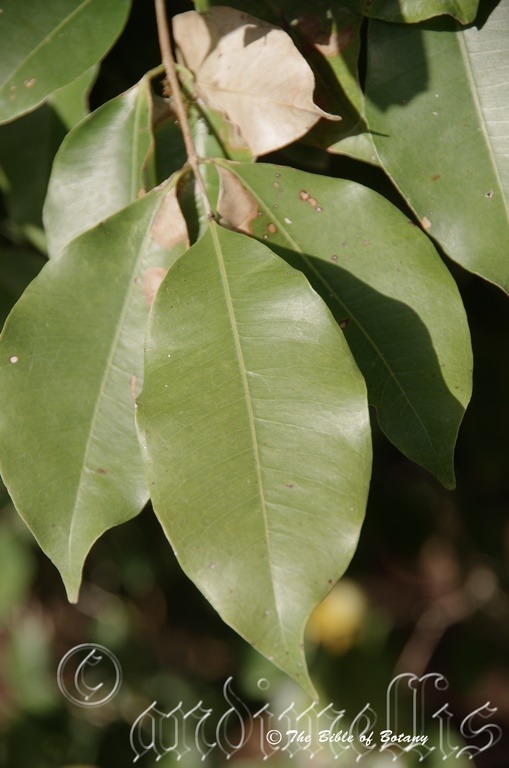
Anderson Gardens Townsville Qld.
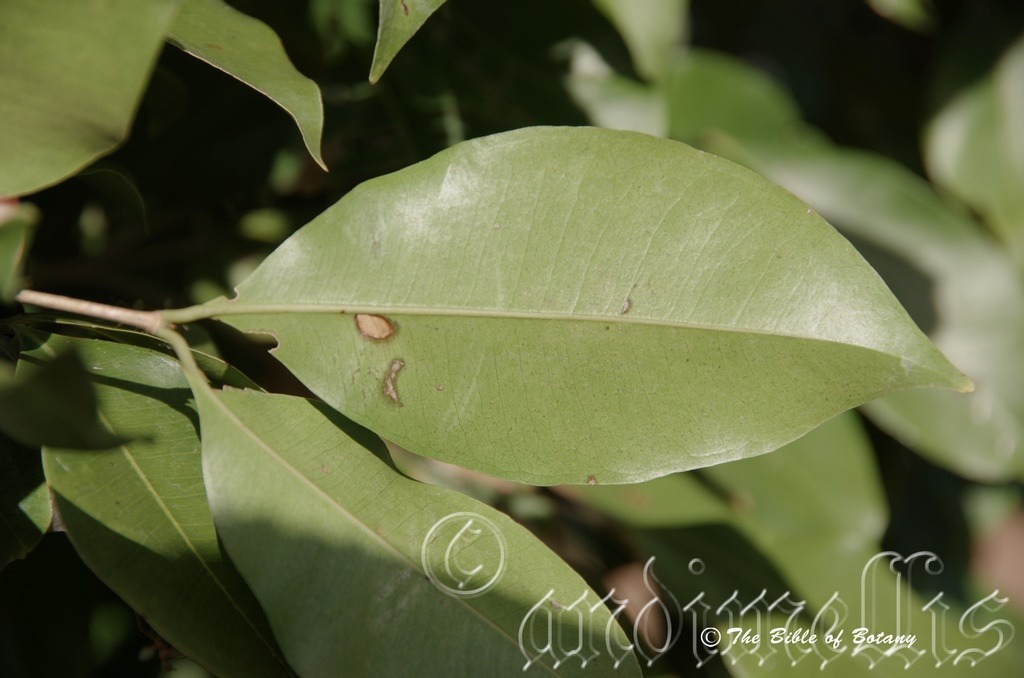
Anderson Gardens Townsville Qld.
Acmenosperma claviflorum
Classification:
Unranked: Eudicots
Unranked: Rosids
Family: Myrtaceae
Subfamily:
Genus: From Acmenae, which is Ancient Greek for the beautiful nymph of Venus and Sperma, which is Ancient Greek for a seed. It usually refers to fruits, which have great beauty.
Specie: From Clavatum, which is Latin for a club and Floris, which is Latin for a flower or Flos, which is Roman for the goddess of spring and flowers. It refers to buds or flowers, which are shaped like a club.
Sub specie:
Common Name:Bumpy Satin Ash orGrey Satinash or Satinash or Trumpet Satinash or Watergum.
Distribution:
Acmenosperma claviflorum is found south from the Torres Strait Islands, Cape York Peninsula and as far south as Mackay in central eastern coastal Queensland.
https://avh.ala.org.au/occurrences/search?taxa=Acmenosperma+claviflorum#tab_mapView
Habitat Aspect Climate:
Acmenosperma claviflorum prefer dense shade, dappled shade to full sun. It grows in well-developed gallery forests., lowland and upland rain forest on a variety of sites. The altitude ranges from 5 meters ASL to 750 meters ASL though in south East Asia it is known to frequent altitudes of up to 1,500 meters ASL.
The temperatures range from 6 degrees in July to 38 degrees in January.
The rainfalls range from lows of 1800mm to an average of 3200mm annually.
Soil Requirements:
Acmenosperma claviflorum prefer deep, sandy loams, light fatty clays, medium clays or light silts to heavy silts, screes. The soils are fertile to poor. The soils are usually derived from decomposed granites basalts, alluvial deposits or accumulated beach sands. The soil’s pH ranges from 4.5pH to 7pH. It tolerates seasonal waterlogged soils and seasonal high water tables. None saline soils to moderately saline soils are tolerated as are salt laden winds.
Height & Spread:
Wild Plants: 12m to 60m by 6m to 15m. The height is variable on the soils and whether it is coast or mountain specimens.
Characteristics:
Acmenosperma claviflorum‘s bark is glabrous to slightly powdery and slightly flaky. The mid slivery-grey trunk and large branches are lightly covered in lichens and mosses. The bases of large trees are slightly but thinly tessellated. Branchlets are mid to pale reddish-brown and glabrous. The branchlets are erect before spreading.
Acmenosperma claviflorum‘s leaves are broadly ovate or elliptical and measure 60mm to 130mm in length by 30mm to 60mm in width. The glabrous petioles often bend 90 degrees at the base of the leaf and measure 5mm to 9mm in length.
The bases are broad cuneate to ovate while the apexes are acuminate with a narrow rounded tip. The discolourous leaves are deep green glossy to semi glossy and glabrous on the upper laminas while the lower laminas are paler. The undulating to flat laminas recurve upwards from the midvein to the margins and decurve downwards near the apex. The margins are entire. The mid vein is strongly prominent on the lower lamina and distinctly depressed on the upper lamina. The 32 to 74 lateral veins run to the margins and are very faintly to slightly prominent on the lower lamina and are set at 60 degrees (apical side). The intramarginal vein and the oil dots are very conspicuous on the leaf’s laminas.
The juvenile leaves are pink, red, purple or burgundy.
The inflorescence of Acmenosperma claviflorum flowers are born short terminal panicles.
There are 8 to 15 individual flowers in each panicle. The caduceous bracts fall prior to anthesis. The conical to clavate hypanthium is glabrous and measures 12mm to 15mm in lengthy 3mm to 5mm in diameter. The 5 broad triangular to triangular-obtuse, coriaceous lobes are glabrous 0.3mm to 0.6mm in length.
The 6 to 8 semi orbicular petals are pale creamy-green to pale yellow-green and measure 1mm to 1.5mm in length. The cohering filaments are a result of the apices of all petals being folded into a cylinder at the centre, between the filaments. There are 10 to 30 prominent oil dots present on the petals.
The filaments are the most attractive feature and measure 1.5mm to 3mm in length. Acmenosperma claviflorum’s flowers appear from November to February.
The longer, white outer filaments measure 4mm to 8mm in length while the white spherical anthers measure 0.8mm to 0.5mm in diameter and have a conspicuous terminal gland. The stout style measures 5mm to 10mm in length and exceed the stamens.
The fruits of Acmenosperma claviflorum are globose cylindrical, turbinate or pyriform drupes which are often galled and irregular drupe. The white, cream, pink, lilac, purple or carmine drupes measure 11mm to 15mm in length by 8mm to 10mm in diameter. The light brown are pale brown and measure 7mm to 8mm in diameter. The drupes ripen from February to early June.
Wildlife:
The fruits are eagerly sought after by all fruit eating birds both large and small. These include the Regent and Satin Bower Birds, Lewin Honey Eater, Noisy Minors and Brown Honeyeater and fruit eating Pigeons to mention a few. Native bees and beetles are attracted to the flowers while native mice and rats scavenge whatever fruit falls to the ground.
Cultivation:
It would make an good fire retardant small tree.
* Fire retardant plants act as radiant heat screens and absorb more heat from an approaching fire without burning.
* Fire retardant trees are able reduce wind speed near a house or out buildings.
* Fire retardant also trap embers and sparks carried by the wind.
* Fire retardant ground covers are able to catch burning embers without catching fire themselves, and also slow the travel of a fire through debris and litter on the ground.
Acmenosperma claviflorum is a very useful bushy tree for larger tree for native rainforest gardens from warm temperate to tropical areas of Australia. It is more ideal for park like situations where it develops a dense bushy crown with heavy shade below. It is slow to establish itself but with adequate moisture and native organic fertilizers is a steady grower. Acmenosperma claviflorum grows into a dense bushy tree to about 18 meters to 25 meters in height by 7 meters to 12 meters in diameter when cultivated in an open position.
It is unknown whether seed from the riverine forms will remain shorter when cultivated or not. These are beautiful trees with very showy white flowers followed by colourful fruits in late summer to late autumn. It is particularly useful for coastal plantings where salt laden winds are experienced or where hedges are wanted. It forms a dense hedge which may be severely damaged on the wind wood side in exposed windy positions along the coast.
The tree’s branches make excellent supports for epiphytic ferns and fine rooted orchids.
It would also make a great bonsai plant which are easily worked and excellent topiarian specimens.
Propagation:
Seeds: Acmenosperma claviflorum seeds can be sown directly into the seed raising mix. Cover the seeds with no more than a few millimetres of mix. Place fresh seed tray in a warm shaded position with 50mm to 75mm shade, keeping the mix moist not wet. Germination is rapid during the warmer months.
When the seedlings are 30mm to 60mm tall, harden them off by placing the tray in a sunnier position with dappled light or light shade for a week or two before you pot up. Prick them out and plant them into 50mm native tubes using a seed raising mix.
Once the seedlings reach 200mm to 250mm in height plant them out into their permanent position. When mass planted, plant them at 12 meter to 16 meter centers. Rain forest trees can be spaced closer at 8 meter to 12 meter centers.
Fertilize using Seaweed, fish emulsion or organic chicken pellets soaked in water on an alternate basis. Fertilize every two months until the plants are established then twice annually in early September to March to maintain health, vitality and better flowering and better quality fruit.
Further Comments from Readers:
Hi reader, it seems you use The Bible of Botany a lot. That’s great as we have great pleasure in bringing it to you! It’s a little awkward for us to ask, but our first aim is to purchase land approximately 1,600 hectares to link several parcels of N.P. into one at The Pinnacles NSW Australia, but we need your help. We’re not salespeople. We’re amateur botanists who have dedicated over 30 years to saving the environment in a practical way. We depend on donations to reach our goal. If you donate just $5, the price of your coffee this Sunday, We can help to keep the planet alive in a real way and continue to bring you regular updates and features on Australian plants all in one Botanical Bible. Any support is greatly appreciated. Thank you.
In the spirit of reconciliation we acknowledge the Bundjalung, Gumbaynggirr and Yaegl and all aboriginal nations throughout Australia and their connections to land, sea and community. We pay our respect to their Elders past, present and future for the pleasures we have gained.
Acradenia euodiiformis
Classification:
Class: Rosids
Order: Sapindales
Family: Rutaceae
Subfamily:
Genus: From Akros, which is Ancient Greek for the end, or on the edge and Adenia, which is Latin for glandular or warty. It refers to edges, which are glandular or warty.
Specie: From Euodia, which is Ancient Greek for a sweet smell and Forme, which is Latin for to take the shape or form of. It refers to leaves or fruits, which have the shape or form of those structures found in the Euvodia genus.
Sub specie:
Common Name: Yellow Satin Heart.
Distribution:
Acradenia euodiiformis is found south from Stradbroke Island and Moreton Island in southern Queensland south to near Newcastle in New South Wales. It mainly grows on and east of the Great Dividing Range.
https://avh.ala.org.au/occurrences/search?taxa=Acradenia+euodiiformis#tab_mapView
Habitat Aspect Climate:
Acradenia euodiiformis prefers full sun to medium shade. It grows in littoral rainforests well developed or cool sub-tropical rainforests. The altitude ranges from 5 meters ASL to 700 meters ASL
The temperatures range from lows of 3 degrees in July to 33 degrees in January.
The rainfalls range from lows of 850mm to an average of 2000mm annually.
Soil Requirements:
Acradenia euodiiformis prefer deep, sandy loams, light fatty clays to medium clays. The soils are usually derived from decomposed brown basalts, black basalts or fertile accumulated peaty beach sands. The soil’s pH ranges from 4.5pH to 6.5pH. It does not tolerate water logged soils. None saline soils to moderately saline soils are tolerated.
Height & Spread:
Wild Plants:12m to 30m by 6m to 15m.
Characteristics:
The trunk of Acradenia euodiiformis is straight for approximately 50mm of its length and is slightly buttressed on older trees. The cream to creamy grey bark becomes covered in lichens and mosses with age. It is spongy and somewhat scurfy to farinaceous to touch. The branchlets are grey-brown turning red-brown and as deep sea-green near the new growth. New Growth is pink and sparsely covered in white, caduceus, pubescent hairs.
The opposite trifoliate leaves of Acradenia euodiiformis are narrow elliptical to oblanceolate. The leaflets measure 50mm to 180mm in length by 15mm to 50mm in width. The petiole measures 20mm to 70mm in length while the petiolules measure 3mm to 10mm in length. The bases are cuneate while the apexes are bluntly acuminate to obtuse-acute. The discolourous leaves are glossy, deep sea-green, semi glossy and glabrous on the upper laminas while the lower laminas are a paler yellow-green. The margins are entire or at times toothed near the apex on juvenile trees and are undulating. The main vein and main lateral veins are prominent on the lower laminas with the laminas being raised between the lateral veins. Oil glands are large and prominent.
The inflorescence of Acradenia euodiiformis is a simple corymb borne from the upper leaf axis. The sparsely branched corymbs contain 60 to 240 individual flowers. The rachises, peduncles, pedunculatus and pedicles are deep sea-green and are glabrous or sparsely covered in white caduceus pulverulent hairs. The rachises measure 70mm to 110mm in length, the peduncles measure 30mm to 40mm in length while the pedunculatus measure 12mm to 18mm in length and the pedicles measure 5mm to 6mm in length.
The individual flowers measure 11mm to 18mm in diameter while the 4 sepals measure 1mm to 1.5mm in length. The 4 bright cream sepals are covered in white puberulent hairs and are narrowly linear. The 4 lanceolate petals have an obtuse apex. The petals measure 3.5mm to 5.5mm in length by 2mm to 2.2mm in width. The 4 divaricated petals are white to cream and covered in white tomentose hairs. The 10 stamens are evenly spread around the ovary, spreading and measure 3.5mm to 5.5mm in length. The dorsifixed anthers measure 1mm in diameter. The pollen is white. The 3mm yellow to lemon-green translucent style has a greatly swollen base. The ovary is densely covered in white villous hairs. Acradenia euodiiformis‘s flowers appear from late October to early December though I have seen plants with odd flowers as late as January in favourable seasons.
The fruit of Acradenia euodiiformis is a 4 or 5 locule transversely ribbed cocci. The cocci are deep sea-green before turning fawn-green on ripening externally and pale orange-brown internally. They measure 6mm to 8mm in length by 9mm to 12mm in diameter as they split. The chambers split longitudinally to reveal 1 seed or no seeds within each compartment.
The small pale fawn-pink to creamy-pink seeds measure 4mm to 5mm in length by 3mm to 4mm in width at the base tapering to an irregularly shaped obtuse apex. The fruits mature in February to April.
Wildlife:
Acradenia euodiiformis are attractive to native bees and many Native nectar foraging insects when in flower which in return attract many small birds.
Cultivation:
Acradenia euodiiformis is a beautiful shaped shade tree for the garden on heavier acid soils. It gives heavy shade. It is moderately fast growing plants growing from 10 meters to 12 meters in height by 4 meters to 5 meters in spread under cultivation where good conditions prevail and they are grown in the open. They are ideal for coastal plantings in warm temperate, sub-tropical, tropical and semi-arid gardens where moisture is assured.
The trees are a good foundation plant for starting a rain forest garden especially if the soils are medium to heavy clays and are on the drier side. The large leaves are very attractive and being semi glossy to glossy will give a rain forest appearance at a very early age. Mass plantings can be achieved with spacing’s of 12 meter to 15 meter centers. It is very good plants at hosting small epiphytic ferns and orchids once they reach semi maturity.
Propagation:
Seed: Acradenia euodiiformis seeds need treatment before sowing. Seeds will need to be carefully removed from the shell which is similar to that surrounding an apple seed for best results. Sow the seeds directly into a seed raising mix. Place the trays in a warm place in the shade house and keep moist not wet.
When the seedlings are 25mm to 40mm tall, prick them out and plant them into 50mm native tubes using a seed raising mix.
Once the seedlings reach 150mm to 200mm in height or the first roots emerge from the bottom of the tube plant them out into their permanent position.
Fertilize using Seaweed, fish emulsion or organic chicken pellets soaked in water on an alternate basis. Fertilize every two months until the plants are established then twice annually in early September to March to maintain health, vitality, better flowering and better quality fruit.
Further Comments from Readers:
Hi reader, it seems you use The Bible of Botany a lot. That’s great as we have great pleasure in bringing it to you! It’s a little awkward for us to ask, but our first aim is to purchase land approximately 1,600 hectares to link several parcels of N.P. into one at The Pinnacles NSW Australia, but we need your help. We’re not salespeople. We’re amateur botanists who have dedicated over 30 years to saving the environment in a practical way. We depend on donations to reach our goal. If you donate just $5, the price of your coffee this Sunday, We can help to keep the planet alive in a real way and continue to bring you regular updates and features on Australian plants all in one Botanical Bible. Any support is greatly appreciated. Thank you.
In the spirit of reconciliation we acknowledge the Bundjalung, Gumbaynggirr and Yaegl and all aboriginal nations throughout Australia and their connections to land, sea and community. We pay our respect to their Elders past, present and future for the pleasures we have gained.
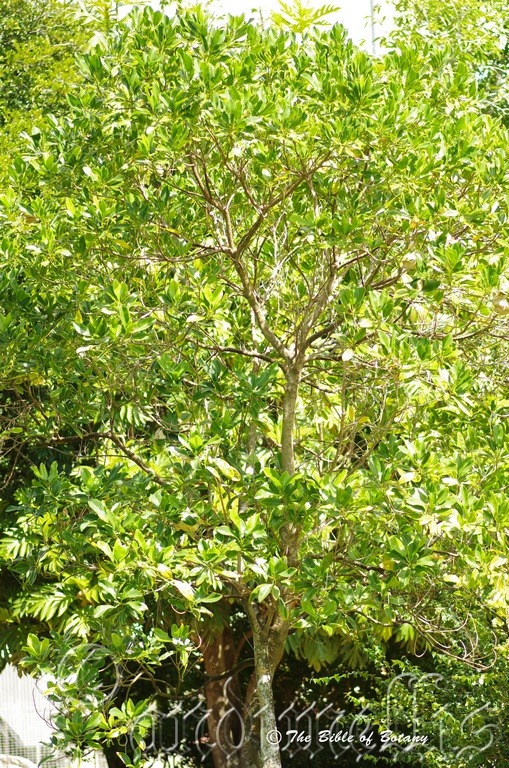
Townsville Qld.
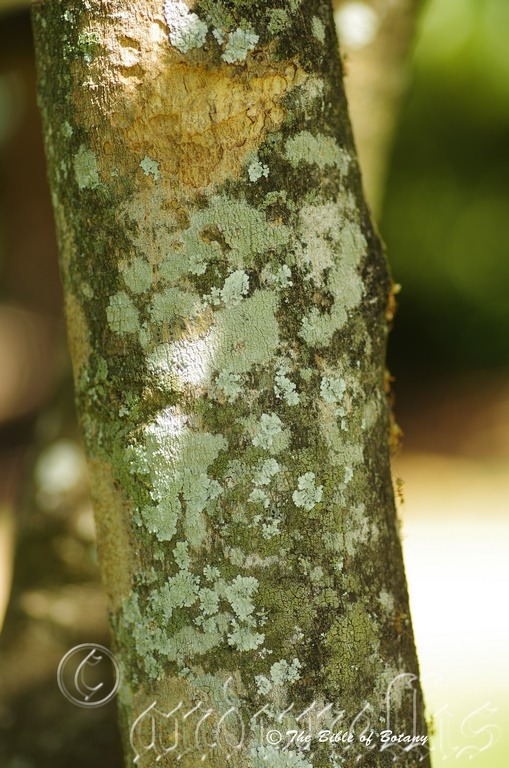
Townsville Qld.
Acronychia acidula
Classification:
Class: Rosids
Order: Sapindales
Family: Rutaceae
Genus: From Akros, which is Ancient Greek for the end or on the edge, and Onyx, which is Ancient Greek for a bird’s claw. It refers to petals, which resemble a bird’s claw.
Specie: From Acidus which is Latin for acidity or sour. It refers to fruits, which have a sweet and sour taste.
Sub specie:
Common Name: Hard Aspen or Lemon Aspen or Lemon Wood.
Distribution:
Acronychia acidula is found south from Cooktown on Cape York Peninsula to Paluma National Park, with a disjunct population in Eungella National Park west of Mackay in eastern coastal Queensland.
https://avh.ala.org.au/occurrences/search?taxa=Acronychia+acidula#tab_mapView
Habitat Aspect Climate:
Acronychia acidula prefers full sun or dappled light. It usually grows in well-developed upland and mountain rain forest and littoral rainforests on a variety of sites. It is found from 5 meters ASL to 1100 meters ASL.
The temperatures range from lows of 7 degrees in July to 38 degrees in January.
The rainfalls range from lows of 1600mm to an average of 3200mm annually.
Soil Requirements:
Acronychia acidula prefers deep, coarse sands, fine sands, sandy loams, light fatty clays to medium clays. The soils are usually derived from decomposed granites or alluvial deposits. The soil’s pH ranges from 4.5pH to 7pH. It does not tolerate water-logged soils. None saline soils to moderately saline soils are tolerated as are salt laden winds.
Height & Spread:
Wild Plants: 6m to 12m by 5m to 8m.
Characteristics:
The trunk of Acronychia acidula is mainly glabrous, pale grey, straight for one quarter of its height in protected areas or wind swept where it is facing coastal winds. The trunk is pale grey and smooth but often covered in lichens. The branchlets are glabrous, grey-green turning deep green on the new growth.
The sub opposite to alternate leaves of Acronychia acidula are clustered near the apexes of the branchlets. The elliptical, broad elliptical or obovate-oblong leaves measure 105mm to 200mm in length by 50mm to 110mm in width. The petiole measures 15mm to 30mm in length. The bases are broad cuneate while the apexes are obtuse. The discolourous leaves are semi glossy, deep green to deep sea-green and glabrous on the upper laminas while the lower laminas are slightly paler and dull. The laminas bend up then slightly downwards to the margins and near the apexes. The laminas are convex between the lateral veins. The mid vein and is prominent on the lower lamina and distinctly visible on the upper lamina while the 8 to 20 lateral veins are slightly prominent on the lower lamina. The crushed or damaged leaves have a slightly similar odour to fresh mangoes and orange together.
The inflorescence of Acronychia acidula is a simple cyme born on the previous season’s growth from the old leaf scars. The cymes contain 20 to 64 individual flowers. The rachises, peduncles and pedicels are deep sea-green and glabrous. The rachises measure 20mm to 30mm in length while the peduncles measure 15mm to 26mm in length and the pedicels measure 2.5mm to 4mm in length.
The individual flowers measure 9mm to 12mm in length while the 4 creamy-green to pale yellow-green sepals measure 1mm to 1.5mm in length. The 4 linear petals have an acuminate tip which recurves 90 degrees close to the apex. The petals are glabrous. The petals measure 5mm to 6mm in length by 2.5mm to 3.5mm in width. The 4 divaricate petals are cream externally and white internally.
The 8 dimorphic white stamens initially form a tube spreading as the flower matures with 4 longer than the others. The 4 long stamens are adjacent to the petals and measure 6mm to 7mm in length while the shorter 4 are opposite the petals and measure 4.5mm to 5.5mm. The filaments taper towards their apexes. The dorsifixed oblong anthers have cream pollen.
The 5mm to 5.5mm pale lime-green to lemon-green style and green ovary sits on a yellow disc while the stigma is pale lime-green. Acronychia acidula’s flowers appear from late December to early May.
The fruit of Acronychia acidula is a 4 locule cuboidal to ovoidal berry. The berries are creamy-yellow and have 4 very distinct chambers. The 4 lobed drupes measure 18mm to 22mm in length by 18mm to 22mm in diameter. They often have a small apical protrusion. The chambers split along the furrows to reveal 1 seed within each compartment. The small black seeds are similar to those of an apple and measure 4mm to 5mm in length by 3mm to 3.5mm in width. The fruits mature in late March through to May.
Wildlife:
Acronychia acidula’s berries are very popular amongst all fruit eating pigeons.
The edible berries have a strong, sour aromatic lemon taste and were a staple part of the Australian aborigines and early settler’s diet.
Cultivation:
It would make an good fire retardant small tree.
* Fire retardant plants act as radiant heat screens and absorb more heat from an approaching fire without burning.
* Fire retardant trees are able reduce wind speed near a house or out buildings.
* Fire retardant also trap embers and sparks carried by the wind.
* Fire retardant ground covers are able to catch burning embers without catching fire themselves, and also slow the travel of a fire through debris and litter on the ground.
It is a beautiful shaped shade tree for the garden on heavier acid soils. It gives heavy shade. It is moderately fast growing, growing from 5 meters to 8 meters in height by 4 meters to 6 meters in diameter when cultivated where good conditions prevail and it is grown in a sheltered open position. It is ideal for coastal plantings in temperate, subtropical, tropical and semi-arid gardens.
The trees are a good foundation plants for starting a rain forest garden especially if the soils are medium to heavy clays and are on the drier side. The large leaves are very attractive and being semi glossy to glossy will give a rain forest appearance at a very early age. Mass plantings can be achieved with spacing’s of four meters to six meters for a rainforest or 10 meters to 12 meter centers for a park like or orchard scenario. It is very good plants at hosting small epiphytic ferns and orchids if grown as a tree.
It would also make a good bonsai plant and probably would be worthwhile trying in topiary because of their speed in regrowing from damage in the wild.
Acronychia acidula is an excellent and reliable fruit producer which would make it a good addition to the orchard or garden.
The fruits can be used for flavourings and made into deserts, or popped directly into fruit salads. The fruits have a good shelf life which is another advantage.
Another problem may be that in monocultures the trees would eventually be attacked by flying foxes in particularly the grey headed flying fox (Pteropus poliocephalus), possums and a myriad number of fruit eating birds but if these are wanted in the garden then the trees have a great place in starting that rainforest close to the coast off.
Propagation:
Seed: The seeds need treatment before sowing. Seeds will need to be carefully removed from the shell which is similar to that surrounding an apple seed for best results or nicked. Sow the seeds directly into a seed raising mix after soaking for 1 hour in a weak seaweed solution. Place the trays in a warm place under 30mm shade cloth and keep moist not wet.
When the seedlings are 25mm to 40mm tall, prick them out and plant them into 50mm native tubes using a seed raising mix.
Once the seedlings reach 150mm to 200mm in height or the first roots emerge from the bottom of the tube plant them out into their permanent position.
Fertilize using Seaweed, fish emulsion or organic chicken pellets soaked in water on an alternate basis. Fertilize every two months until the plants are established then twice annually in early September to March to maintain health, vitality and better flowering and better quality fruit.
Further Comments from Readers:
Hi reader, it seems you use The Bible of Botany a lot. That’s great as we have great pleasure in bringing it to you! It’s a little awkward for us to ask, but our first aim is to purchase land approximately 1,600 hectares to link several parcels of N.P. into one at The Pinnacles NSW Australia, but we need your help. We’re not salespeople. We’re amateur botanists who have dedicated over 30 years to saving the environment in a practical way. We depend on donations to reach our goal. If you donate just $5, the price of your coffee this Sunday, We can help to keep the planet alive in a real way and continue to bring you regular updates and features on Australian plants all in one Botanical Bible. Any support is greatly appreciated. Thank you.
In the spirit of reconciliation we acknowledge the Bundjalung, Gumbaynggirr and Yaegl and all aboriginal nations throughout Australia and their connections to land, sea and community. We pay our respect to their Elders past, present and future for the pleasures we have gained.
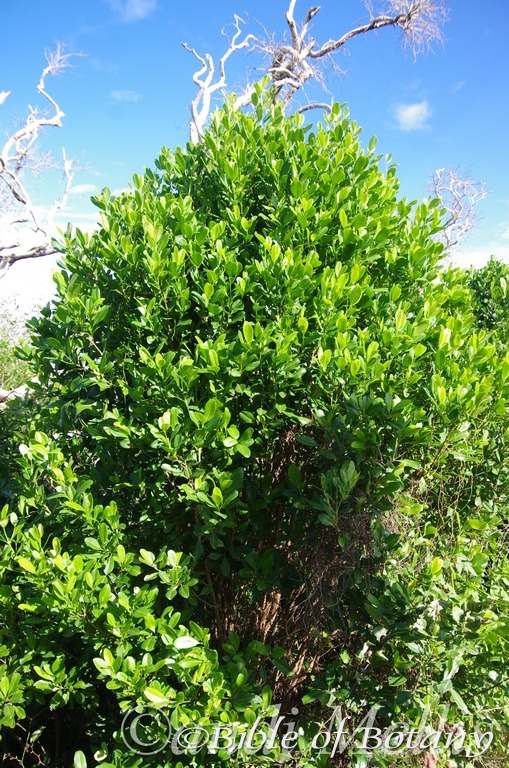
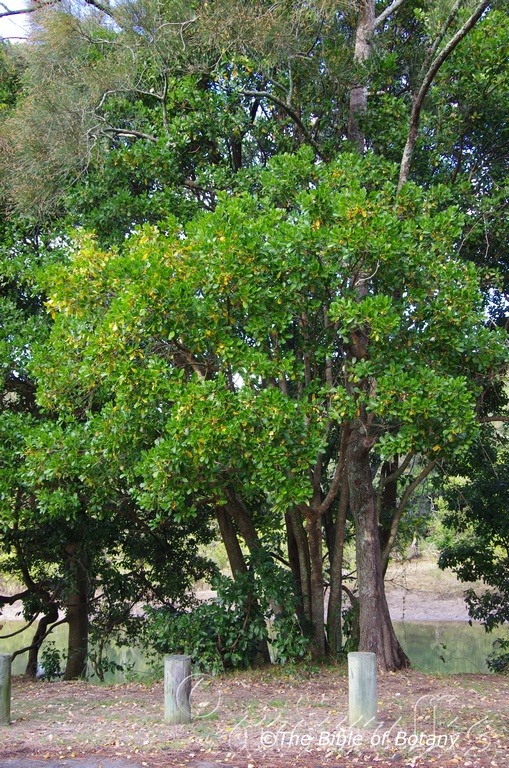
Moonee Beach NSW
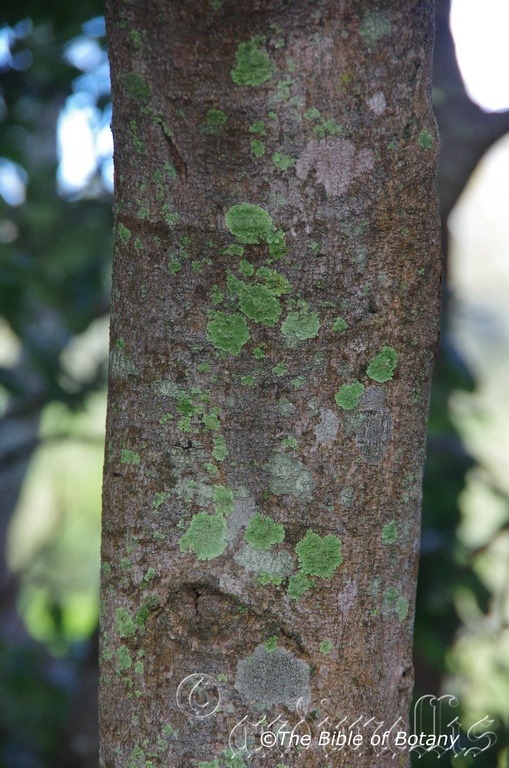
Moonee Beach NSW
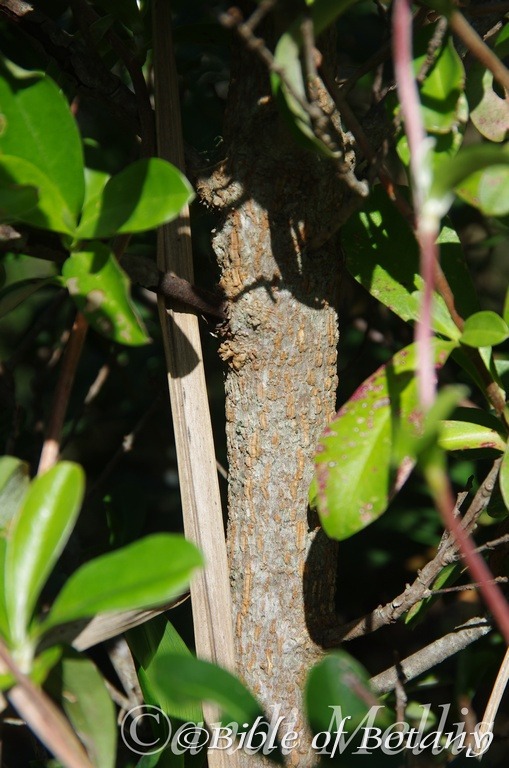
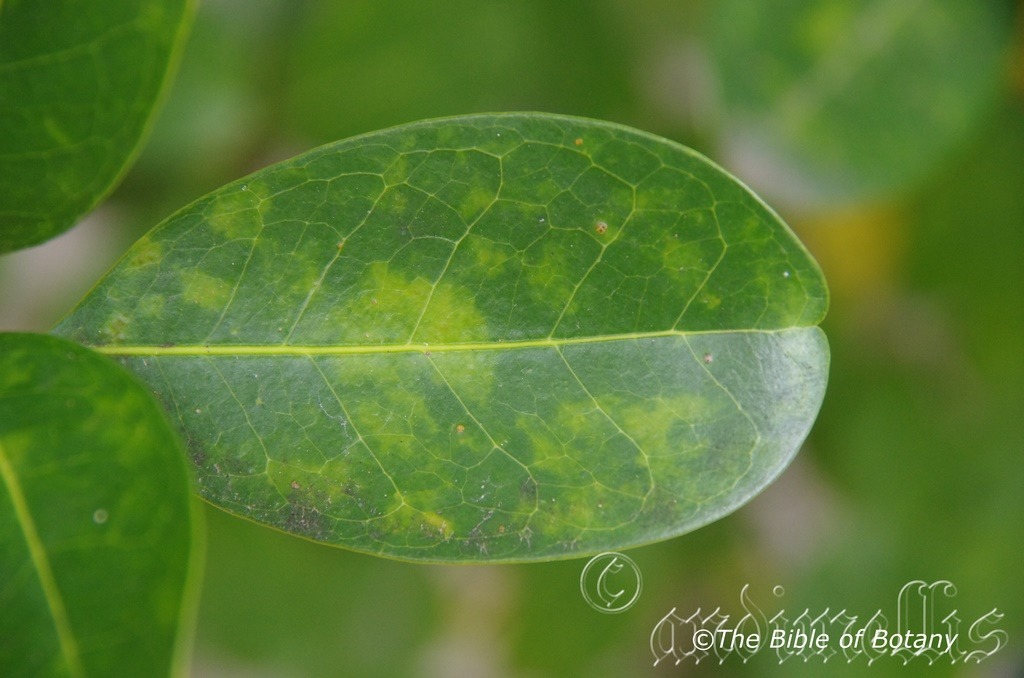
Redland Bay Qld.
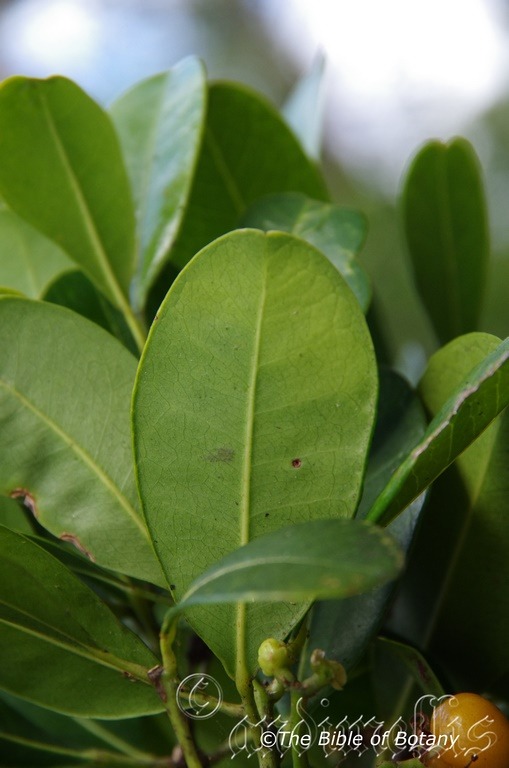
Moonee Beach NSW
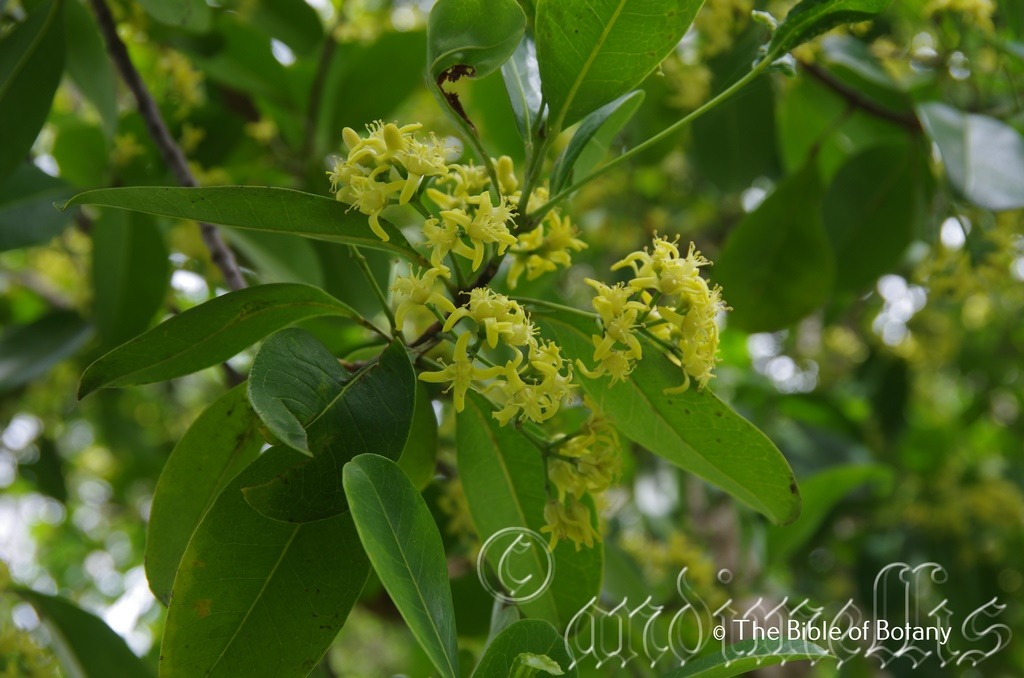
Currumbin Creek Qld.
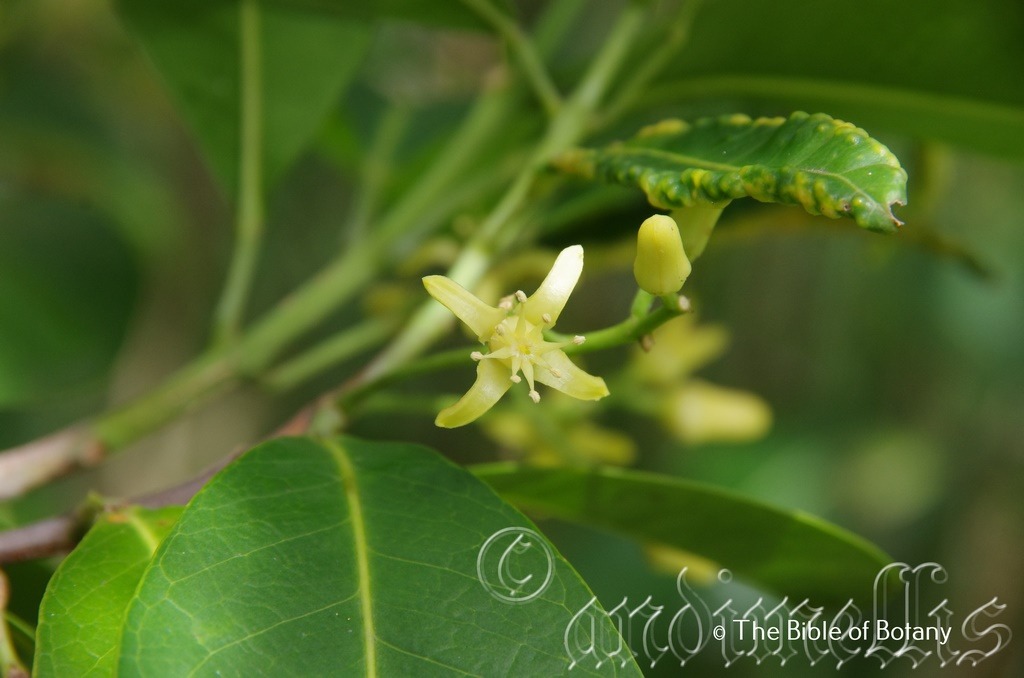
Currumbin Creek Qld.
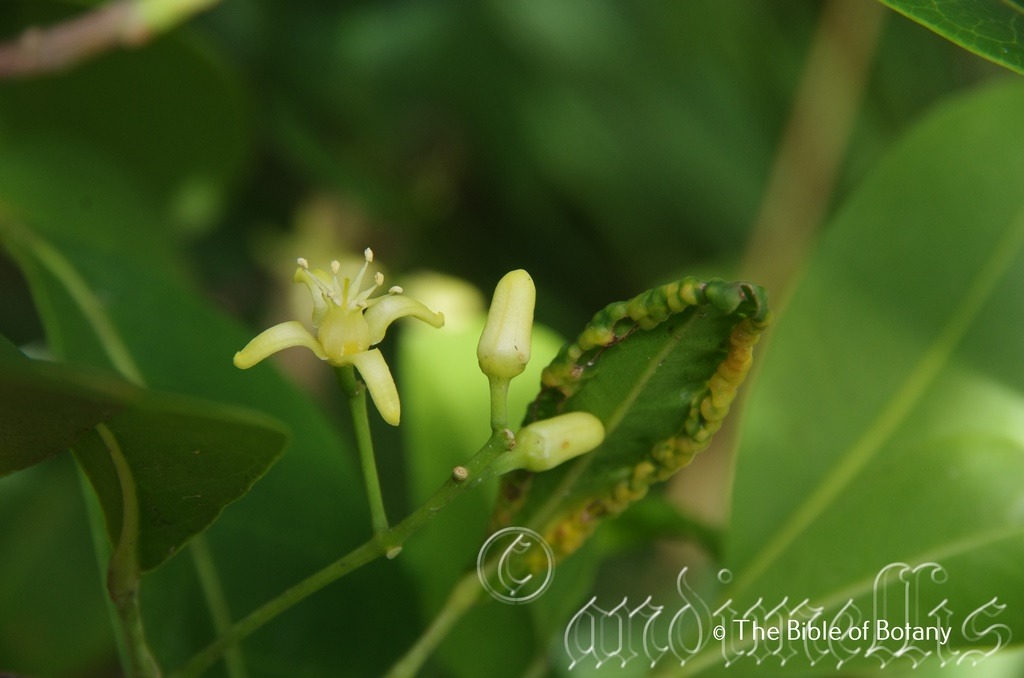
Currumbin Creek Qld.
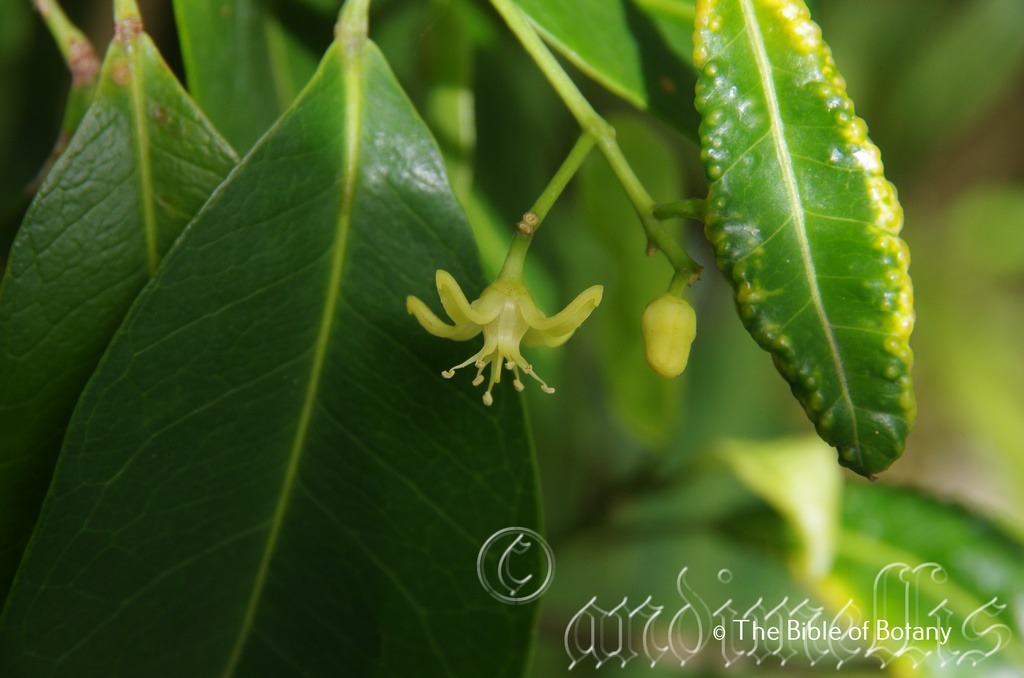
Currumbin Creek Qld.
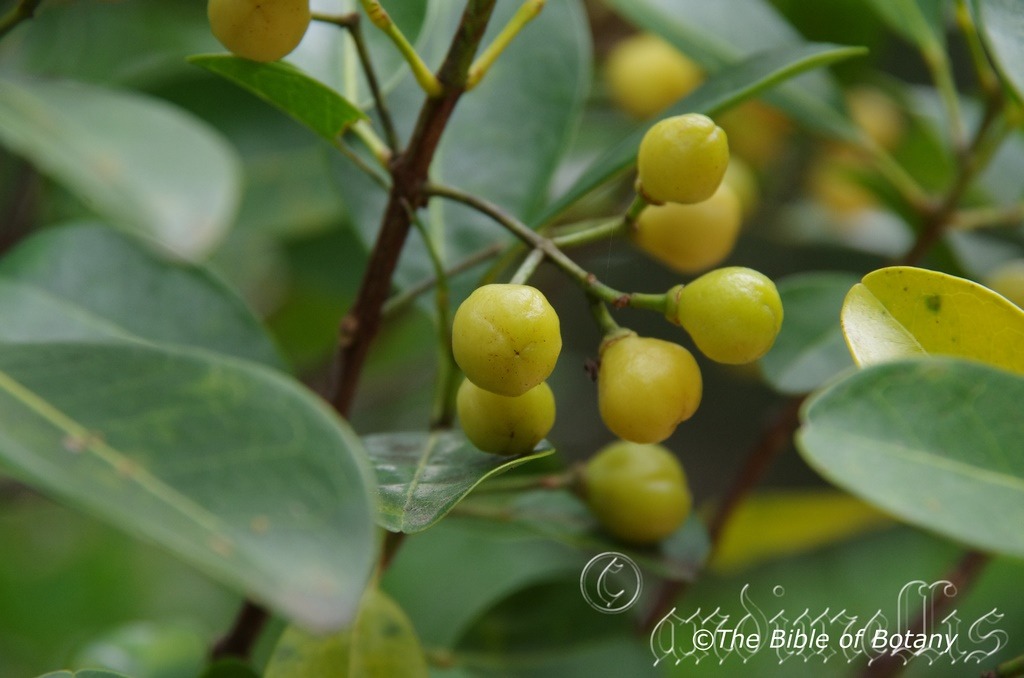
Redland Bay Qld.
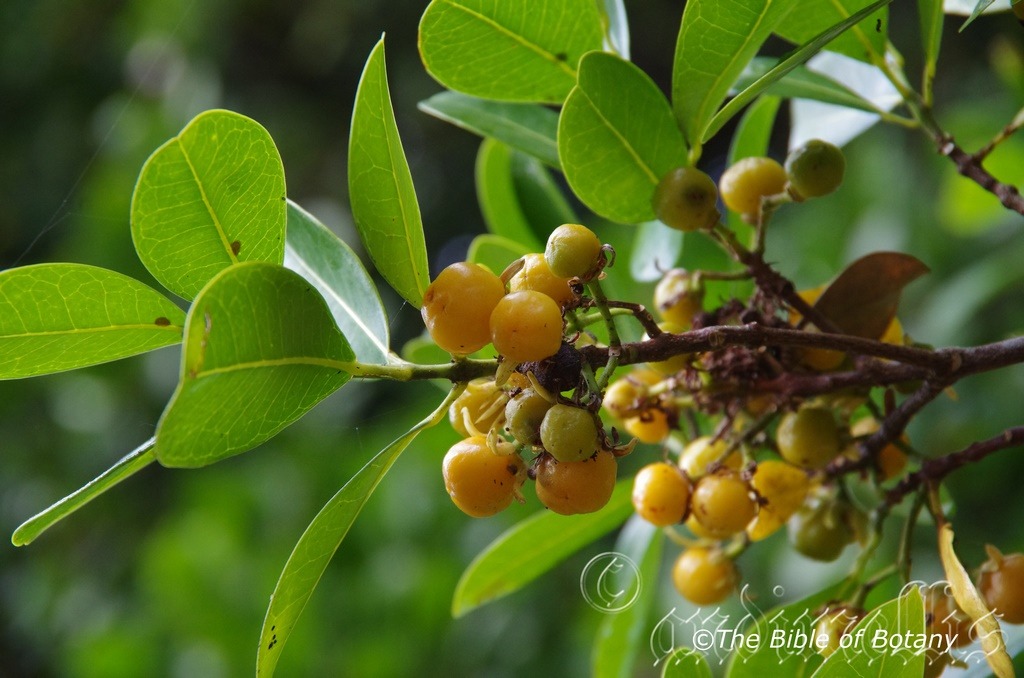
Moonee Beach NSW
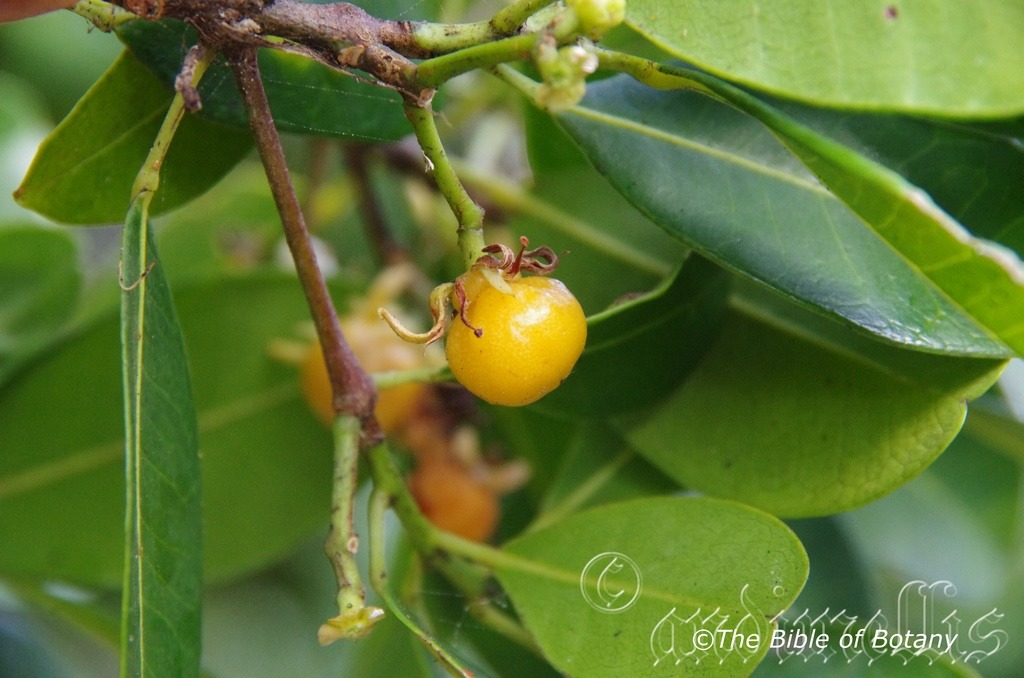
Moonee Beach NSW

Moonee Beach NSW
Acronychia imperforata
Classification:
Class: Rosids
Order: Sapindales
Family: Rutaceae
Genus: From Akros, which is Ancient Greek for the end or on the edge, and Onyx, which is Ancient Greek for a bird’s claw. It refers to the apex of petals, which resemble a bird’s claw.
Specie: From Im/In, which is Latin for opposite and Perforatus, which is Latin for to bear small holes. It refers to leaves, which have minute holes or perforations.
Sub specie:
Common Name: Fraser Island apple or Logan Apple or Beach Acronycha or Coastal Aspen.
https://avh.ala.org.au/occurrences/search?taxa=Acronychia+imperforata#tab_mapView
Distribution:
Acronychia imperforata is found south from Cape York Peninsula in far north eastern Queensland to the Clarence River near Grafton in north eastern New South Wales.
Habitat Aspect Climate:
Acronychia imperforata prefers full sun or dappled light. It grows amongst medium size trees or low trees especially in littoral rainforests or in moist coastal rainforests. It is found from 5 meters ASL to 700 meters above sea level in the north.
The temperatures range from lows of 2 degrees in July to 36 degrees in January.
The rainfalls range from lows of 860mm to an average of 3200mm annually.
Soil Requirements:
Acronychia imperforata prefers deep, coarse sands, fine sands, sandy loams, light fatty clays to medium clays. The soils are usually derived from accumulated peaty beach sands or at times decomposed sandstones brown basalts, black basalts, shales, metamorphic rocks or alluvial deposits. The soil’s pH ranges from 4.5pH to 6.5pH. It does not tolerate waterlogged soils. None saline soils to very saline soils are tolerated as are salt laden winds.
Height & Spread:
Wild Plants: 6m to 9m by 5m to 6m.
Characteristics:
The trunk is mainly glabrous, pale grey, straight for one quarter of its height in protected areas or wind swept where it is facing coastal winds. The trunk is red-brown and smooth. The branchlets are glabrous, grey-brown turning red-brown and flaky as they approach the deep green new growth.
The opposite elliptical to broad elliptical or obovate leaves measure 35mm to 125mm in length by 18mm to 55mm in width. The base is attenuate to cuneate while the apex is obtuse. The discolourous leaves are dull to semi glossy, deep green to deep sea-green and glabrous on the upper laminas while the lower laminas are paler and dull. The petiole measures 5mm to 25mm in length. Oil dots are noticeably absent being only detectible through a hand lens or microscope. There is a lack of scent when the leaves are crushed or damaged compared to other Acronychia specie.
The inflorescence is a simple cyme borne on the current year’s wood from the leaf axis as well as the previous season’s growth from old leaf scars. The cymes contain 3 to 12 individual flowers. The rachises, peduncles and pedicels are deep sea-green and glabrous. The rachises measure 20mm to 30mm in length while the peduncles measure 10mm to 18mm in length and the pedicels measure 2.5mm to 4mm in length.
The individual flowers measure 15mm to 20mm in diameter while the 4 creamy-green to pale yellow-green sepals measure 1mm to 1.5mm in length. The 4 linear petals have an accumulate tip which recurves 90 degrees close to the apex. They are glabrous externally and sparsely covered in white tomentose hairs internally. The petals measure 6.5mm to 9.5mm in length by 2.5mm to 3mm in width. The 4 divaricate petals are creamy-yellow to lemon-yellow. The 8 dimorphic yellow-green stamens initially form a tube spreading as the flower matures. They taper towards their apexes. The 6mm to 7mm longer stamens are adjacent to the 5.5mm to 6mm shorter stamens. The dorsifixed anthers are 1mm in diameter with cream pollen. The 5mm to 5.5mm pale translucent lime-green to lemon-green style and yellow ovary sits on a green to green-orange disc. It’s flowers appear from late February to early May though some flowers may appear in most seasons when conditions are favourable.
The fruit is a 4 locule globose to ovoidal berry. The berries are yellow to orange-yellow and have four faintly distinct chambers. The 4 lobed berries measure 6mm to 18mm in length by 7mm to 14mm in diameter. They often have a shallow apical fissure from the apex running for about quarter the length of the fruit. The fruits can have a smooth or roughened texture. The chambers split along the furrows to reveal 1 seed or no seeds within each compartment. The small black seeds similar to an apple, measure 4mm to 4.5mm in length by 3mm to 3.5mm in width. The fruits mature from December through to May.
Wildlife:
Acronychia imperforata are attractive to native bees which have been seen foraging nectar and pollen from the flowers.
The citrus black swallowtail butterfly (Papilio aegeus) lays its eggs on the leaves with little damage occurring.
The fruits attract many fruit eating birds. We have witnessed the Satin Bower bird, Regent Bower bird, Green Cat birds, Fig birds, Red Cheeked Wattle birds and rainbow lorikeets eating the fruit so would probably suspect that most medium to large Honeyeaters would eat the fruit.
The Brush Tail Possum along with the Fruit Bats also consume the fruits.
The drupes are edible and have a strong, sour aromatic lemon taste and are were a staple part of the Australian aborigines and early settler’s diet.
Cultivation:
It would make an good fire retardant small tree.
* Fire retardant plants act as radiant heat screens and absorb more heat from an approaching fire without burning.
* Fire retardant trees are able reduce wind speed near a house or out buildings.
* Fire retardant also trap embers and sparks carried by the wind.
* Fire retardant ground covers are able to catch burning embers without catching fire themselves, and also slow the travel of a fire through debris and litter on the ground.
Acronychia imperforata is a beautiful shaped shade tree for the garden on heavier acid soils. It dense shade. It is moderately fast growing, with plants growing from 6 meters to 9 meters in height by 4 meters to 6 meters in spread under cultivation where good conditions prevail and it is grown in a sheltered open position. It is ideal for coastal plantings in temperate, subtropical, tropical and semi-arid gardens where it is tolerant of salt laden winds and sandy soils.
The trees are a good foundation plant for starting a rain forest garden especially if the soils are sandy to gritty open clays and are on the drier side. The large leaves are very attractive and being semi glossy to glossy will give a rainforest appearance at a very early age. Mass plantings can be achieved with spacing’s of 12 meter to 20 meter centers. It is an ideal tree for hosting small epiphytic ferns and orchids if grown as a tree.
The plants can be pruned from an early stage to form a large hedge and can often be seen regrowing densely after wind damage from cyclones. Hedge rows can be planted at 5 meter centers.
It would also make a good bonsai plant and probably would be worthwhile trying in topiary because of their speed in regrowing from damage in the wild.
Acronychia imperforata is not as good a fruit producer compared to other Acronychia species but would make a good addition to the orchard or garden.
The fruits can be used for flavourings and made into deserts, or popped directly into fruit salads. The fruits have a good shelf life which is another advantage.
Another problem may be that in monocultures the trees would eventually be attacked by flying foxes in particularly the grey headed flying fox (Pteropus poliocephalus), possums and a myriad number of fruit eating birds but if these are wanted in the garden then the trees have a great place in starting that rainforest close to the coast.
Propagation:
Seed: The seeds need treatment before sowing. Seeds will need to be carefully removed from the shell which is similar to that surrounding an apple seed for best results or nicked. Sow the seeds directly into a seed raising mix after soaking for 1 hour in a weak seaweed solution. Place the trays in a warm place in the shade house and keep moist not wet.
When the seedlings are 25mm to 40mm tall, prick them out and plant them into 50mm native tubes using a seed raising mix.
Once the seedlings reach 150mm to 200mm in height or the first roots emerge from the bottom of the tube plant them out into their permanent position.
Fertilize using Seaweed, fish emulsion or organic chicken pellets soaked in water on an alternate basis. Fertilize every two months until the plants are established then twice annually in early September to March to maintain health, vitality and better flowering and better quality fruit.
Further Comments from Readers:
Hi reader, it seems you use The Bible of Botany a lot. That’s great as we have great pleasure in bringing it to you! It’s a little awkward for us to ask, but our first aim is to purchase land approximately 1,600 hectares to link several parcels of N.P. into one at The Pinnacles NSW Australia, but we need your help. We’re not salespeople. We’re amateur botanists who have dedicated over 30 years to saving the environment in a practical way. We depend on donations to reach our goal. If you donate just $5, the price of your coffee this Sunday, We can help to keep the planet alive in a real way and continue to bring you regular updates and features on Australian plants all in one Botanical Bible. Any support is greatly appreciated. Thank you.
In the spirit of reconciliation we acknowledge the Bundjalung, Gumbaynggirr and Yaegl and all aboriginal nations throughout Australia and their connections to land, sea and community. We pay our respect to their Elders past, present and future for the pleasures we have gained.
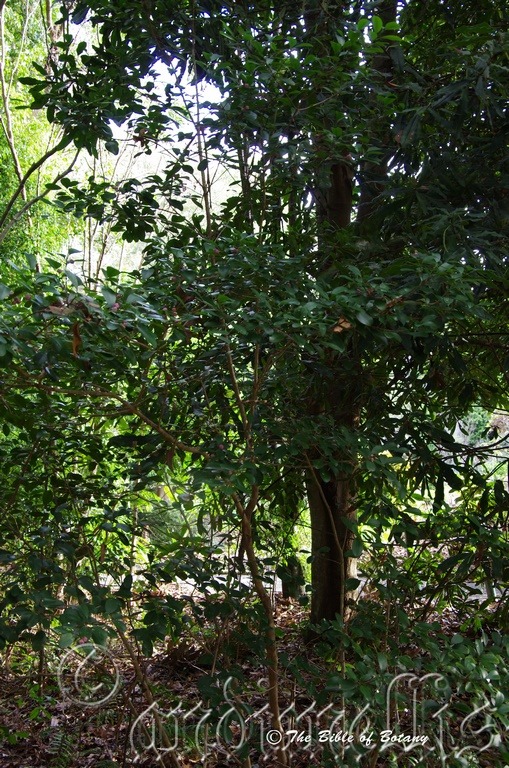
Lower Clarence River NSW
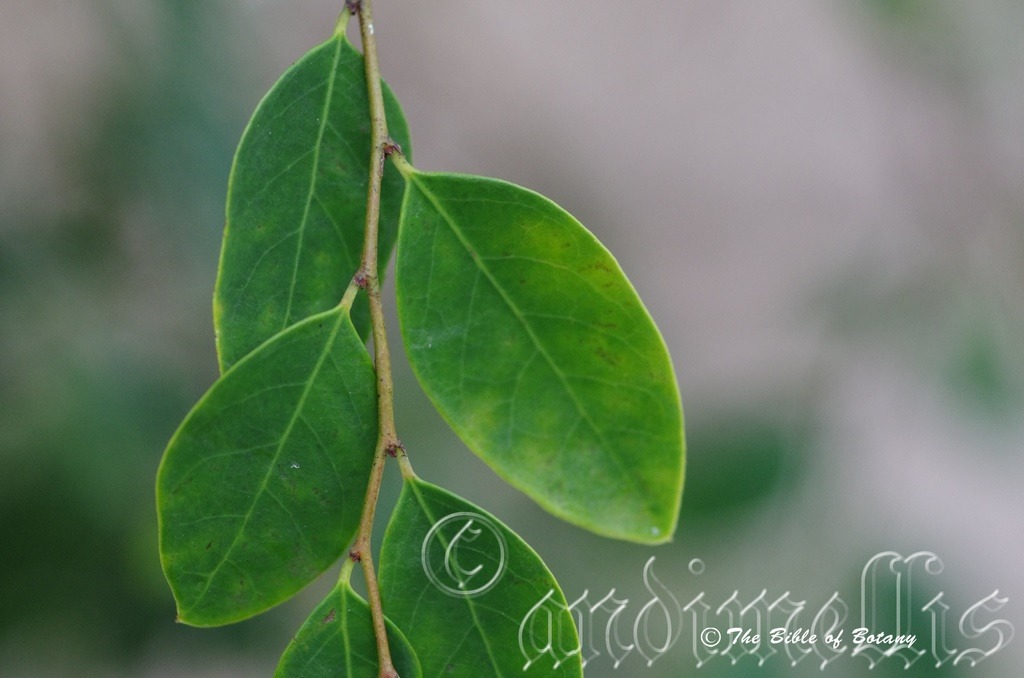
Lower Clarence River NSW
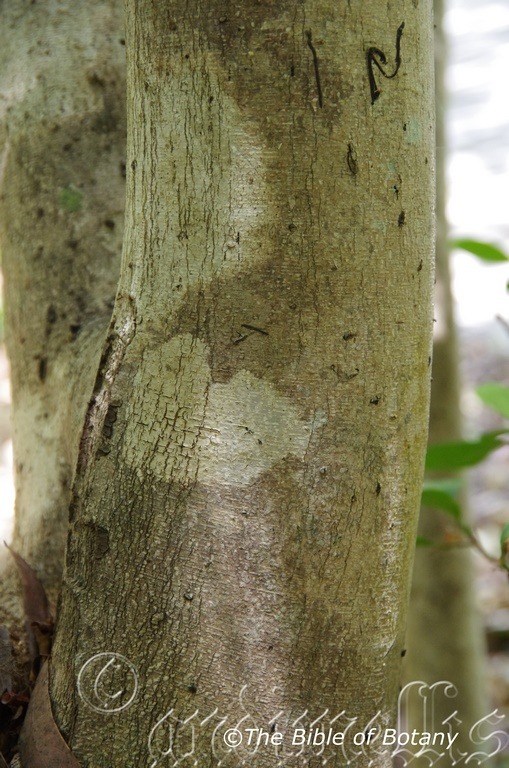
North Coast Botanic Gardens NSW
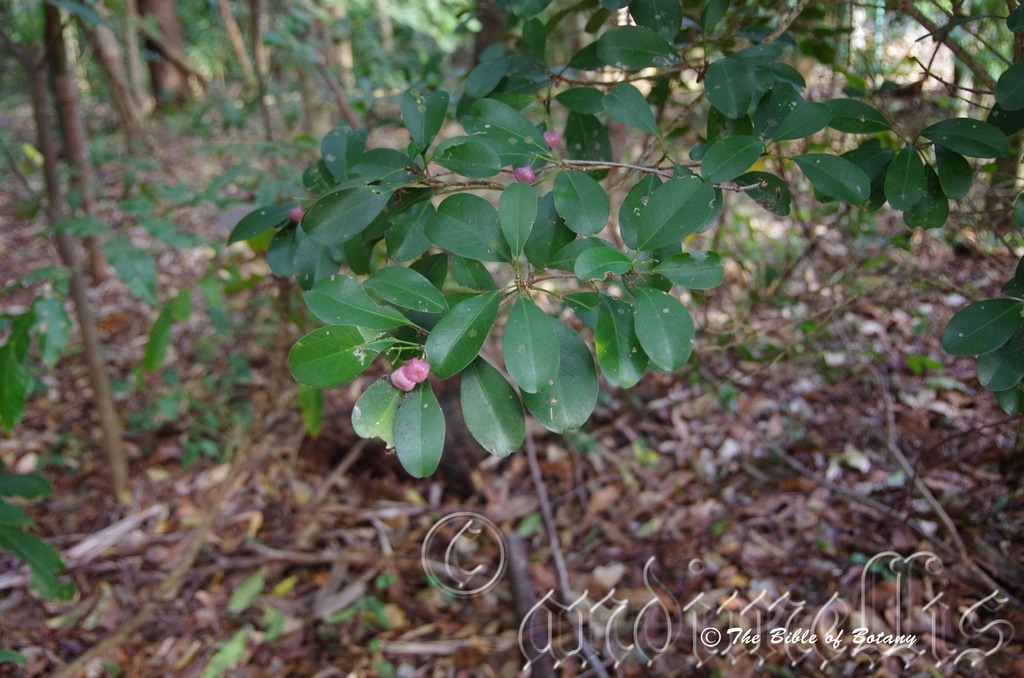
Lower Clarence River NSW
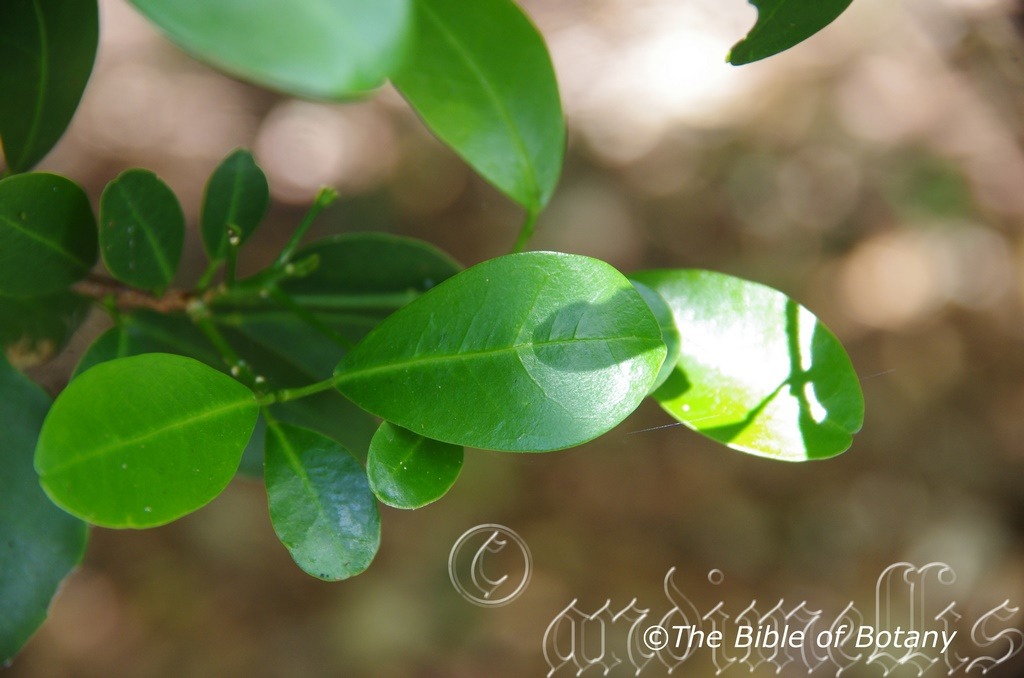
North Coast Botanic Gardens NSW
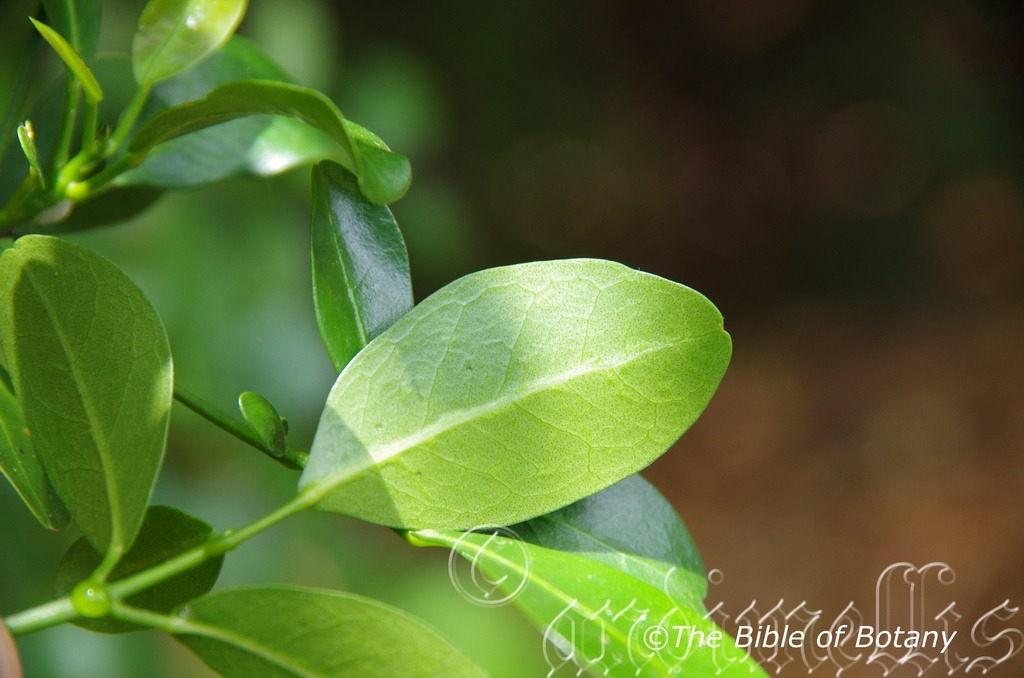
North Coast Botanic Gardens NSW
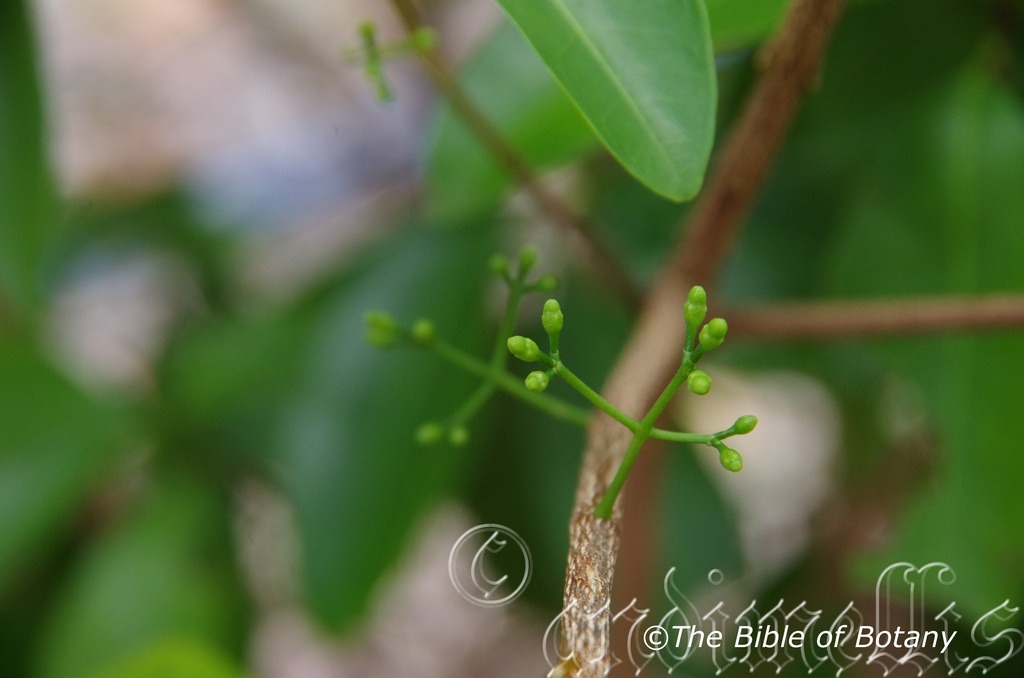
The Pinnacles NSW
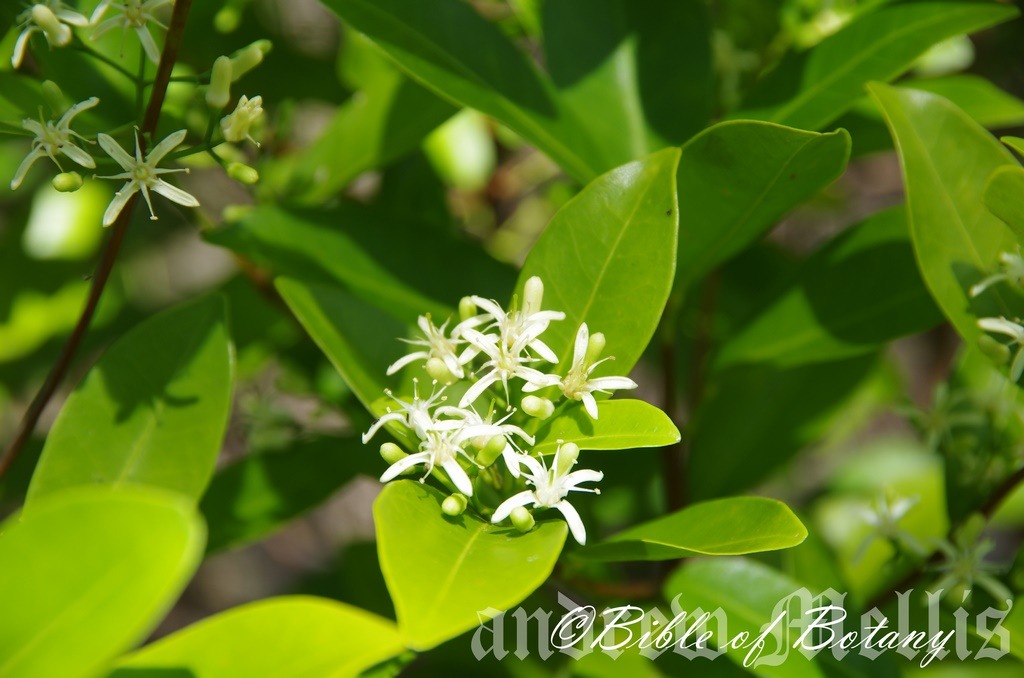
The Pinnacles NSW
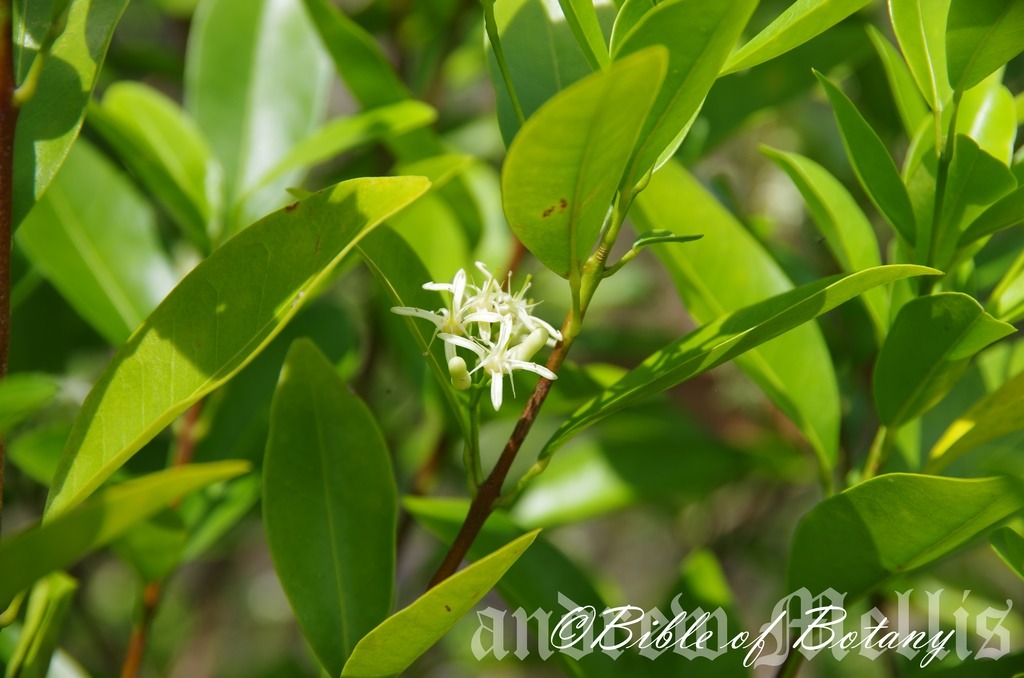
The Pinnacles NSW
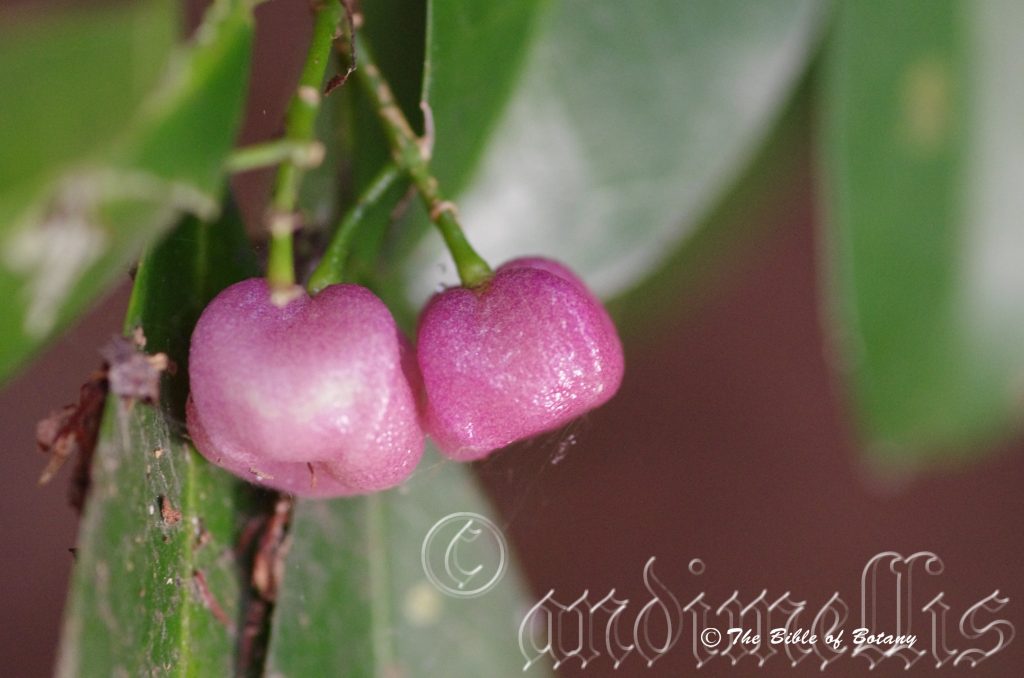
The Pinnacles NSW
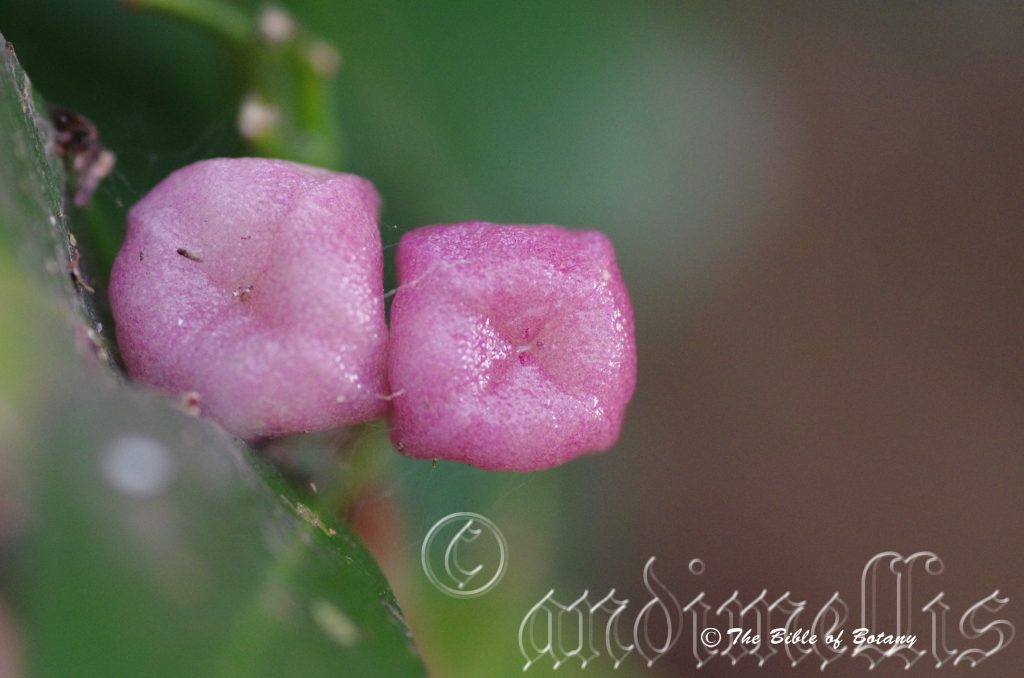
Lower Clarence River NSW
Acronychia laevis
Classification:
Class: Rosids
Order: Sapindales
Family: Rutaceae
Genus: From Akros, which is Ancient Greek for the end or on the edge, and Onyx, which is Ancient Greek for a bird’s claw. It refers to the apex of petals, which resemble a bird’s claw.
Specie: From Laevis, which is Latin for polished smooth. It refers to leaves, fruits or other organs, which are smooth and glossy.
Sub specie:
Common Name: Glossy Acronychia or Hard Aspen.
Distribution:
Acronychia laevis is found south from Cape York Peninsula in far north eastern Queensland to the Clarence River near Grafton in north eastern New South Wales.
https://avh.ala.org.au/occurrences/search?taxa=Acronychia+laevis#tab_mapView
Habitat Aspect Climate:
Aspect / Climate:
Acronychia laevis prefers full sun or dappled shade. It grows in littoral rainforests estuarine rain forests or dry rainforests close to the coast. The altitude ranges from 3 meters ASL to 1100 meters ASL
The temperatures range from lows of 2 degrees in July to 36 degrees in January.
The rainfalls range from lows of 850mm to an average of 3200mm annually.
Soil Requirements:
Acronychia laevis prefers deep, coarse peaty sands, fine sands, and sandy loams, light fatty clays to medium clays or light silts to heavy silts. The soils are usually derived alluvial deposits, accumulated peaty beach sands or from decomposed sandstones brown basalts, black basalts, shales, or metamorphic rocks. The soil’s pH ranges from 4.5pH to 6.5pH. It does not tolerate water logged soils. None saline soils to moderately saline soils are tolerated.
Height & Spread:
Wild Plants: 6m to 12m by 6m to 8m.
Characteristics:
The trunk is mainly glabrous, pale grey, finely fissured and straight for one quarter of its height. The branchlets are grey-brown turning red-brown and flaky as they approach the deep green new growth.
The opposite leaves are elliptical, oblong-elliptical to obovate and measure 25mm to 95mm in length by 10mm to 50mm in width. The petiole measures 5mm to 30mm in length and has a nodule at the leaf base and where it connects to the stem. The bases are cuneate while the apexes are bluntly acuminate to obtuse with an emarginated tip. The discolourous leaves are glossy, mid green to deep green and glabrous on the upper laminas while the lower laminas are paler and dull.
The inflorescence is a simple cyme borne on the current year’s wood from the leaf axis as well as the previous season’s growth from old leaf scars. The cymes contain 3 to 9 individual flowers. The rachises and peduncles are deep sea-green and glabrous. The rachises measure 15mm to 70mm in length while the peduncles measure 6mm to 10mm in length. The individual flowers measure 13mm to 20mm in diameter while the 4 sepals measure 1mm to 2mm in length. The 4 bright green sepals are narrowly linear and measure 0.7mm to 2mm in length. The 4 linear petals have an accumulate tip which recurves 90 degrees at the apex. The petals measure 7mm to 10mm in length by 3mm to 3.5mm in width. The 4 divaricate petals are white to cream. The 8 dimorphic stamens are spreading with the 5mm longer stamens being adjacent to the petals and the 3.5mm shorter stamens being opposite the petals. The dorsifixed anthers are 1mm in length with white pollen. The 10mm white to pale lime-green translucent style and yellow ovary sits on a green to green-orange disc. Acronychia laevis’s flowers appear from late October to early March though it has been recorded as late as July in favourable seasons.
The fruit of Acronychia laevis is a 4 locule globose berry. The berries are pale pink almost white to deep purple and have four distinct chambers. The 4 lobed drupes measure 8mm to 12mm in length by 6mm to 12mm in diameter. They often have a shallow apical fissure from the apex running for about half the length of the fruit. The chambers split along the furrows to reveal 1 seed or no seeds within each compartment. The small black seeds similar to an apple, measure 4mm to 4.5mm in length by 3mm to 3.5mm in width. The fruits mature in March or April.
Wildlife:
Acronychia laevis are attractive to native bees which have been seen foraging nectar and pollen from the flowers.
The citrus black swallowtail butterfly lays its eggs on the leaves with little damage occurring. (Papilio aegeus)
www. saveourwaterwaysnow. com. au
The fruits attract many fruit eating birds like the Satin Bower bird, Regent Bower bird, Green Cat birds, Fig birds, Red Cheeked Wattle birds and Honeyeaters.
The Brush Tail Possum along with the Fruit Bats also consume the fruits.
The drupes are edible and have a strong, sour aromatic lemon taste and are were a staple part of the Australian aborigines and early settler’s diet.
Cultivation:
It would make an good fire retardant small tree.
* Fire retardant plants act as radiant heat screens and absorb more heat from an approaching fire without burning.
* Fire retardant trees are able reduce wind speed near a house or out buildings.
* Fire retardant also trap embers and sparks carried by the wind.
* Fire retardant ground covers are able to catch burning embers without catching fire themselves, and also slow the travel of a fire through debris and litter on the ground.
Acronychia laevis is a beautiful shaped shade tree for the garden on heavier acid soils. It gives heavy shade. It is moderately fast growing plants growing from 5 meters to 8 meters in height by 4 meters to 8 meters in spread under cultivation where good conditions prevail it is are grown in the open. It is ideal for coastal plantings in temperate, subtropical, tropical and semi-arid gardens.
The trees are a good foundation plant for starting a rain forest garden especially if the soils are medium to heavy clays and are on the drier side. The large leaves are very attractive and being semi glossy to glossy will give a rain forest appearance at a very early age. Mass plantings can be achieved with spacing’s of 12 meter to 20 meter centers. It is very good plant for hosting small epiphytic ferns and orchids.
The trees have very good potential as a profitable fruit tree in orchards as the fruits are produced in large quantities, in a season where very little labour competition would be found and are basically problem free.
t can also be used for flavourings and made into deserts, or popped directly into fruit salads. The fruits have a good shelf life which is another advantage.
The main drawback in the early stages would be marketing as raw fruits are a required taste and cooking or preserving would need to be satisfactorily addressed. Another problem would be that in monocultures the trees would eventually be attacked by flying foxes in particularly the grey headed flying fox (Pteropus poliocephalus), possums and a myriad number of fruit eating birds.
Propagation:
Seed: Acronychia laevis seeds need treatment before sowing. Seeds will need to be carefully removed from the shell which is similar to that surrounding an apple seed for best results. Sow the seeds directly into a seed raising mix after soaking for 1 hour in a weak seaweed solution. Place the trays in a warm place in the shade house and keep moist not wet.
When the seedlings are 25mm to 40mm tall, prick them out and plant them into 50mm native tubes using a seed raising mix.
Once the seedlings reach 150mm to 200mm in height or the first roots emerge from the bottom of the tube plant them out into their permanent position.
Fertilize using Seaweed, fish emulsion or organic chicken pellets soaked in water on an alternate basis. Fertilize every two months until the plants are established then twice annually in early September to March to maintain health, vitality and better flowering and better quality fruit.
Further Comments from Readers:
Hi reader, it seems you use The Bible of Botany a lot. That’s great as we have great pleasure in bringing it to you! It’s a little awkward for us to ask, but our first aim is to purchase land approximately 1,600 hectares to link several parcels of N.P. into one at The Pinnacles NSW Australia, but we need your help. We’re not salespeople. We’re amateur botanists who have dedicated over 30 years to saving the environment in a practical way. We depend on donations to reach our goal. If you donate just $5, the price of your coffee this Sunday, We can help to keep the planet alive in a real way and continue to bring you regular updates and features on Australian plants all in one Botanical Bible. Any support is greatly appreciated. Thank you.
In the spirit of reconciliation we acknowledge the Bundjalung, Gumbaynggirr and Yaegl and all aboriginal nations throughout Australia and their connections to land, sea and community. We pay our respect to their Elders past, present and future for the pleasures we have gained.
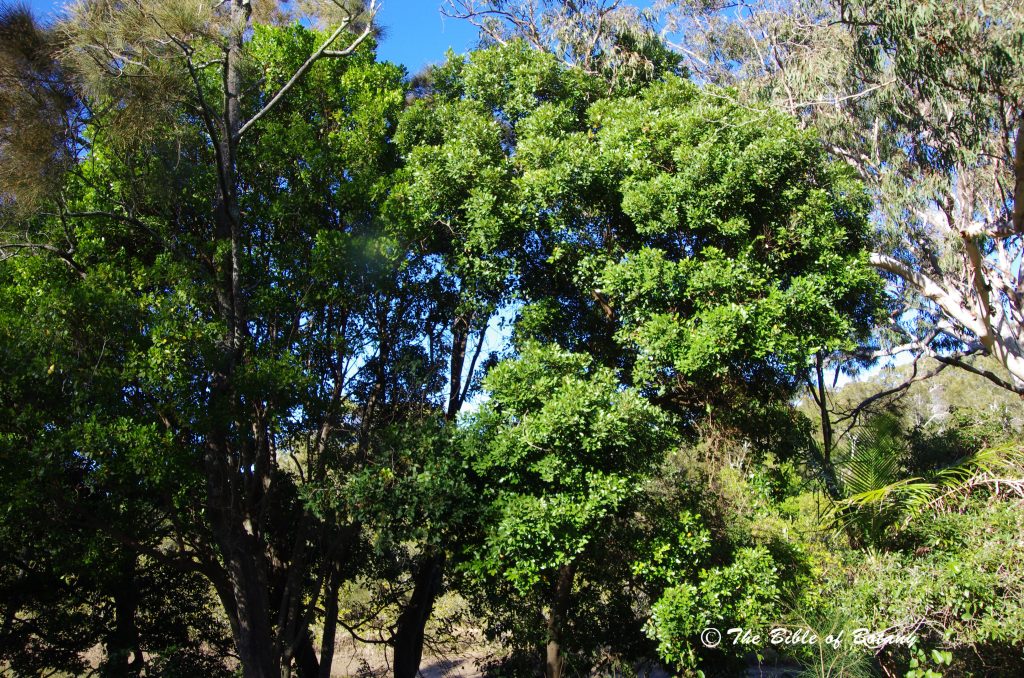
Sting Ray Creek NSW
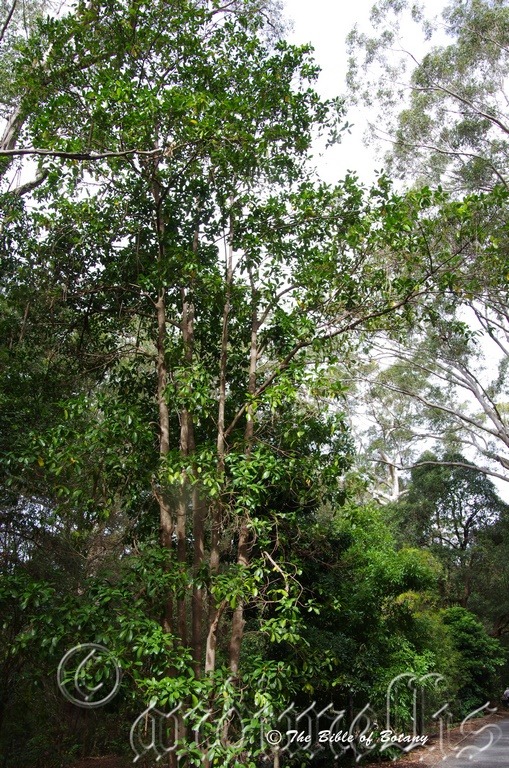
North Coast Botanic Gardens NSW
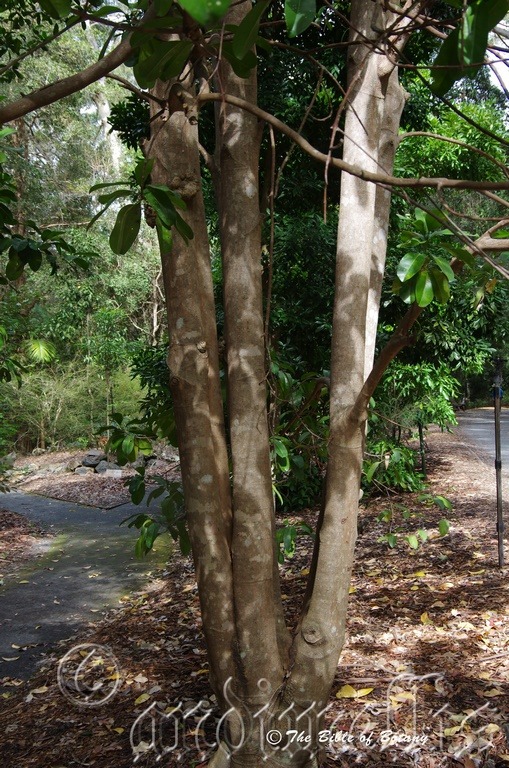
North Coast Botanic Gardens NSW
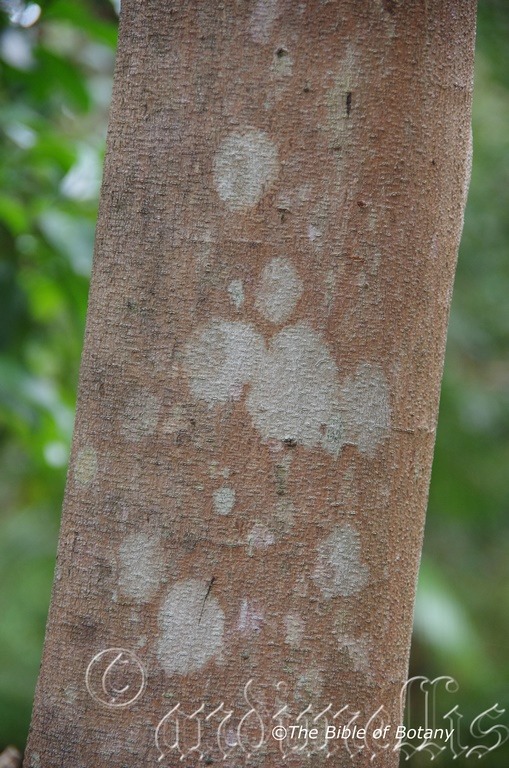
North Coast Botanic Gardens NSW
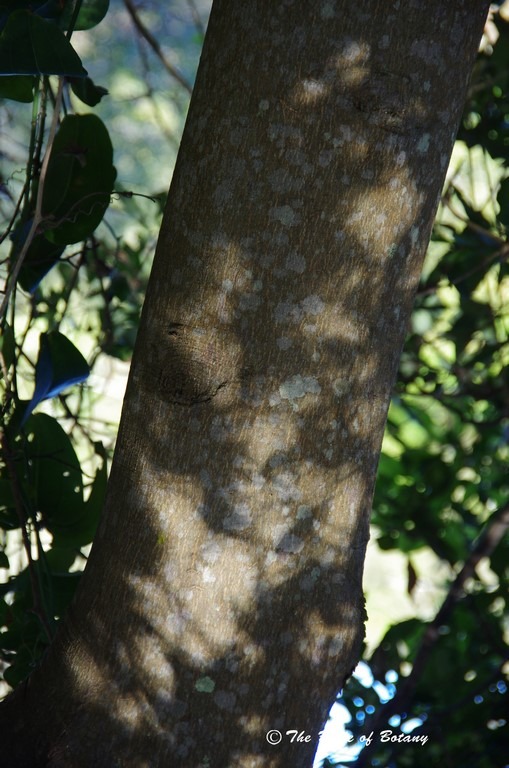
Sting Ray Creek NSW
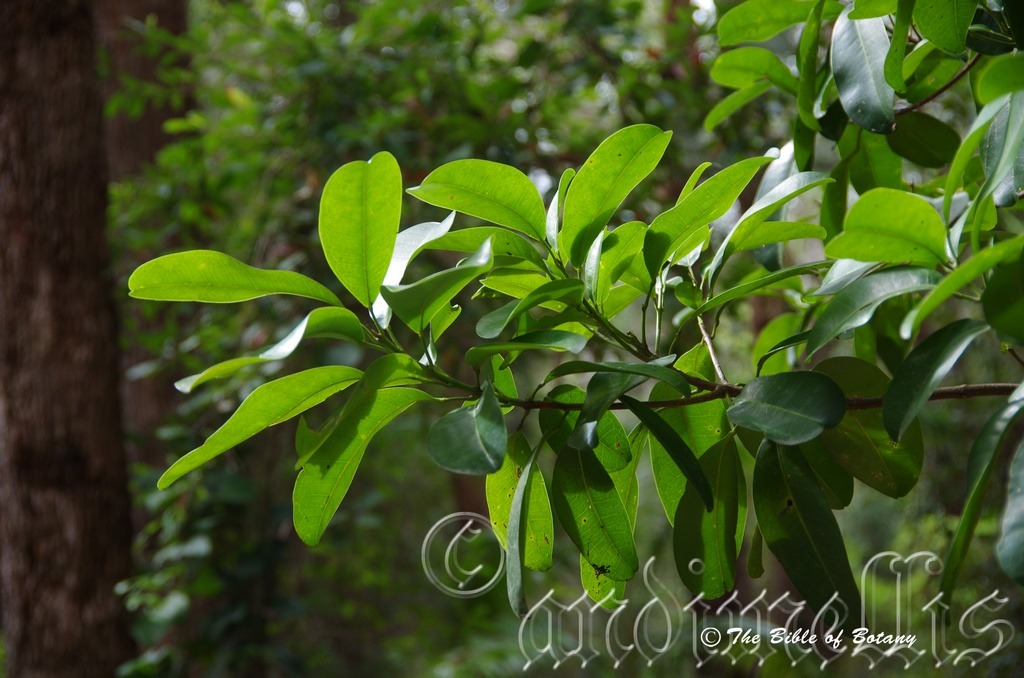
North Coast Botanic Gardens NSW
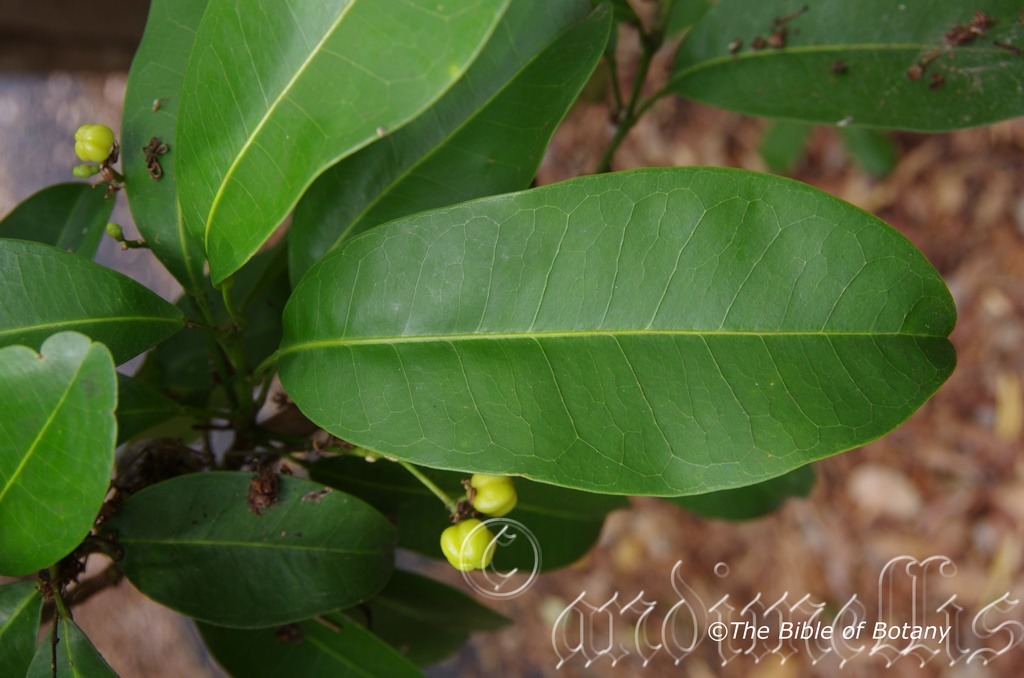
North Coast Botanic Gardens NSW
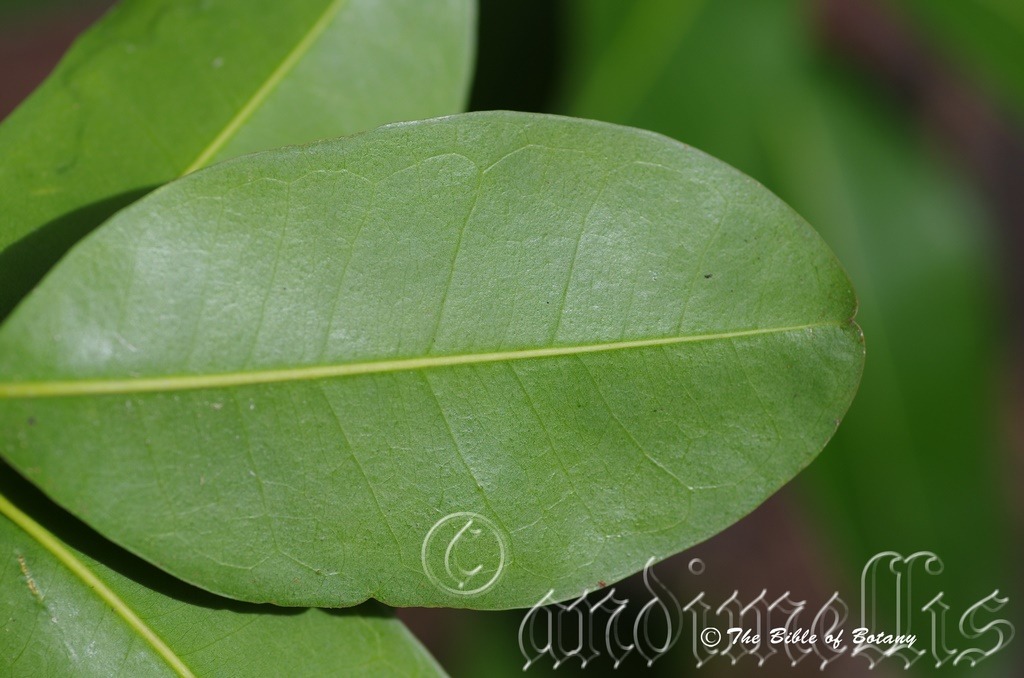
North Coast Botanic Gardens NSW
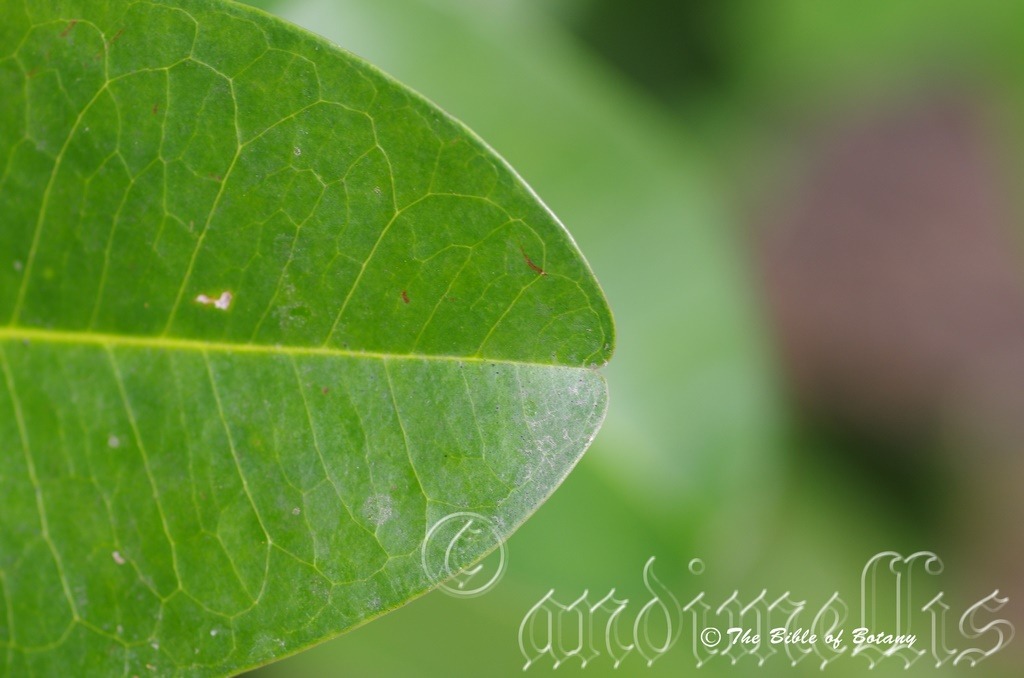
North Coast Botanic Gardens NSW
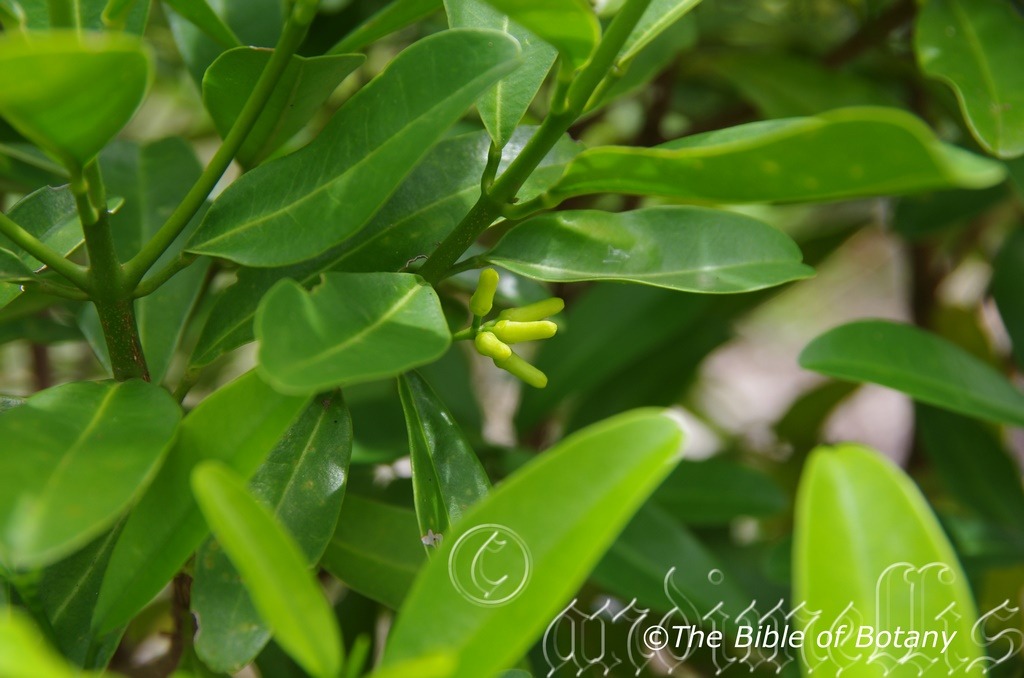
The Pinnacles NSW
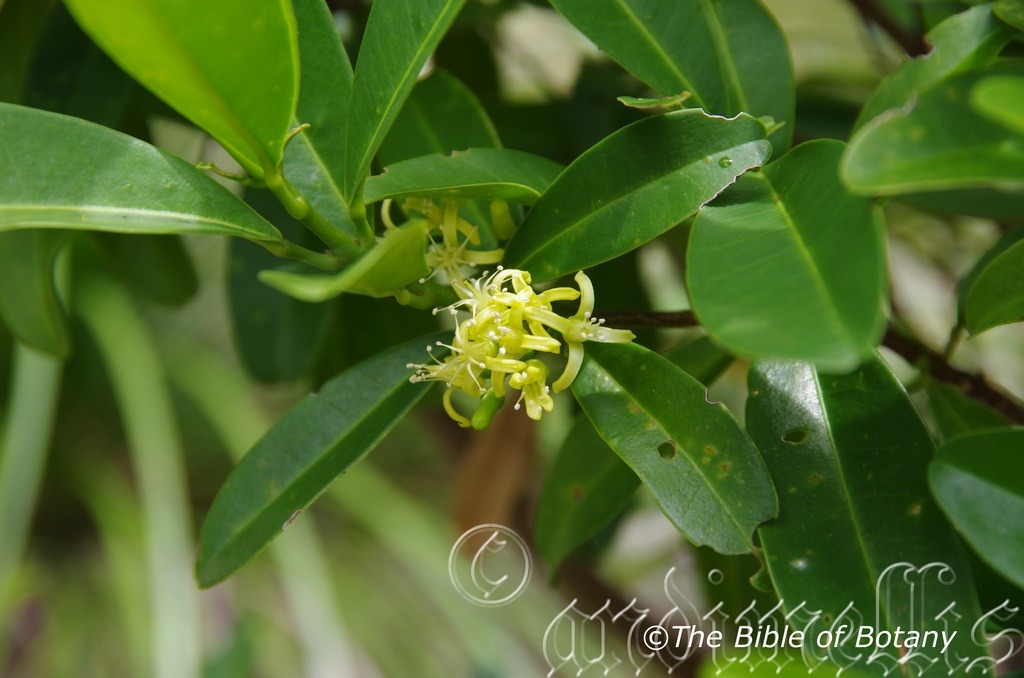
North Coast Botanic Gardens NSW
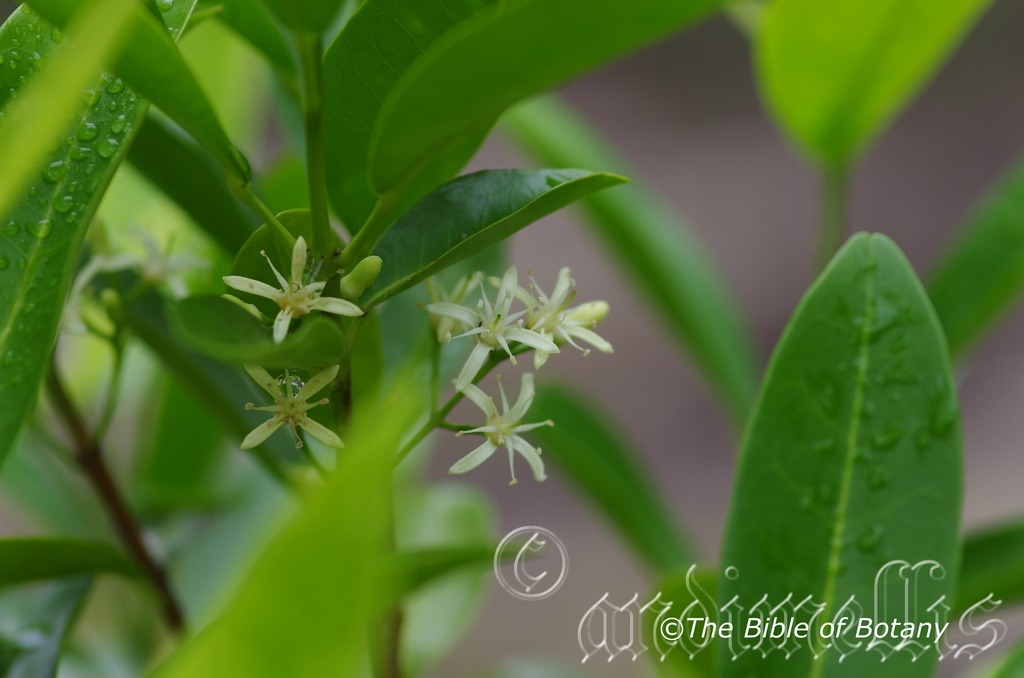
The Pinnacles NSW
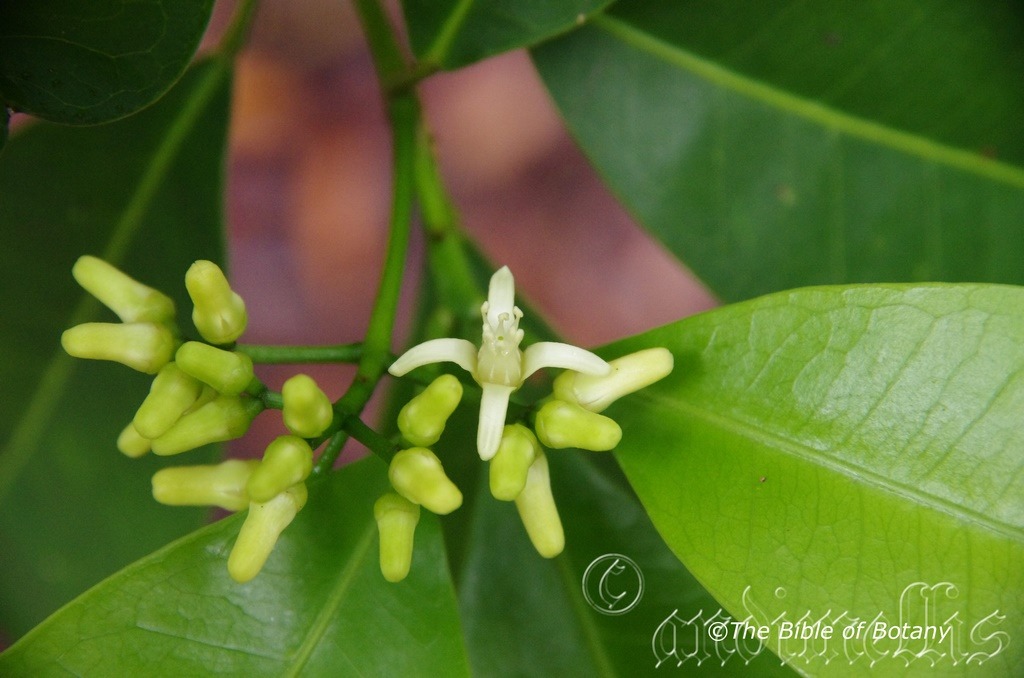
North Coast Botanic Gardens NSW
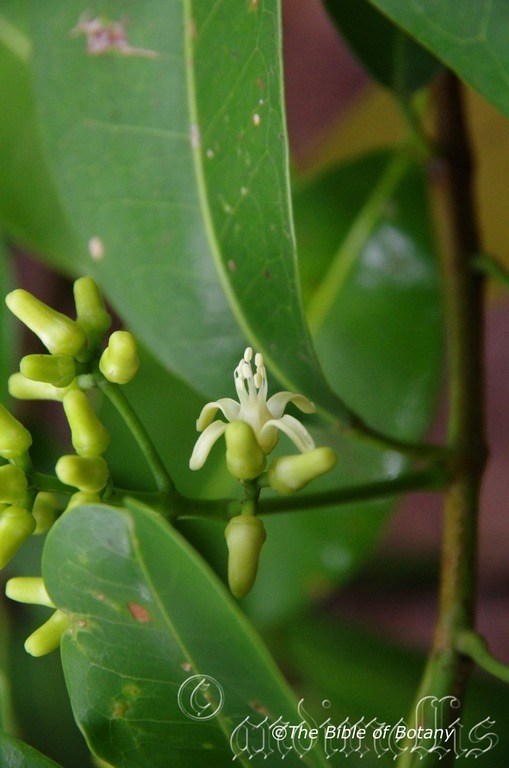
North Coast Botanic Gardens NSW
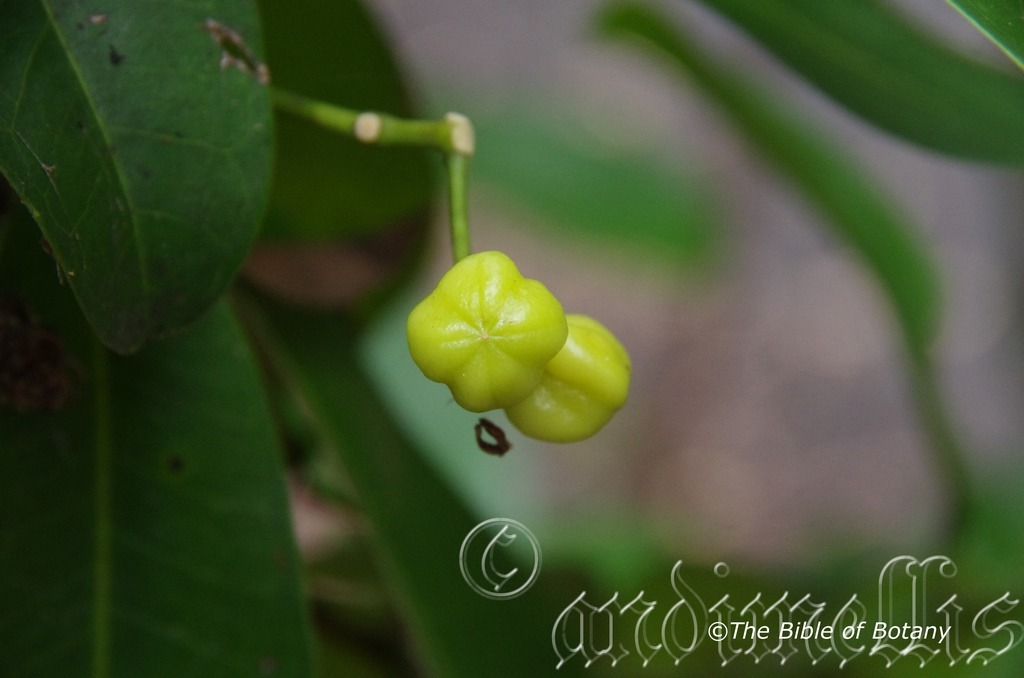
North Coast Botanic Gardens NSW
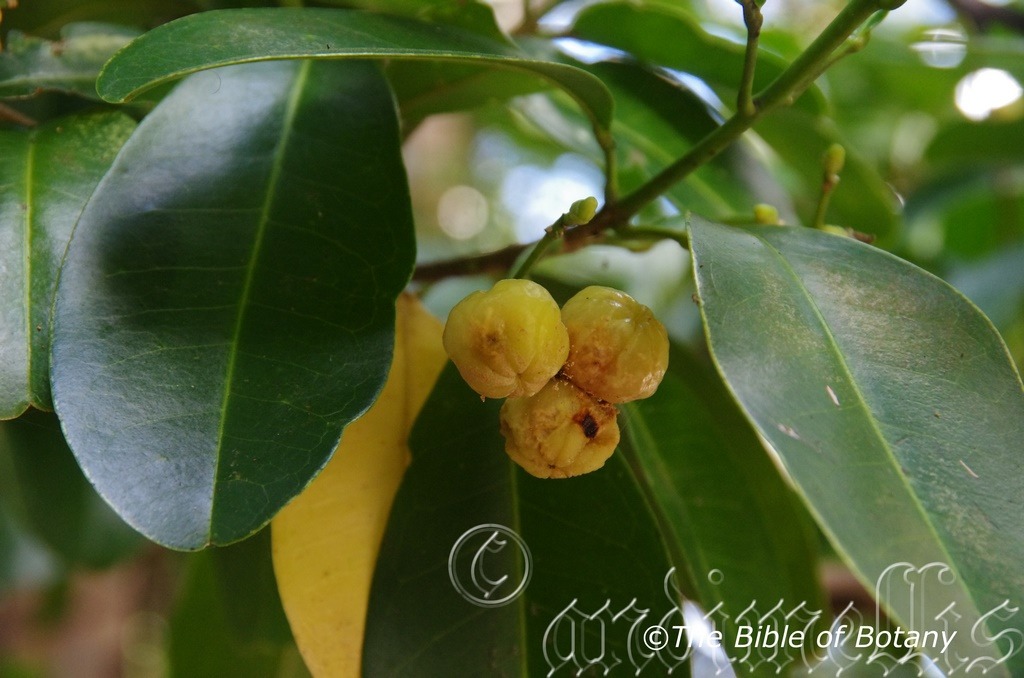
North Coast Botanic Gardens NSW
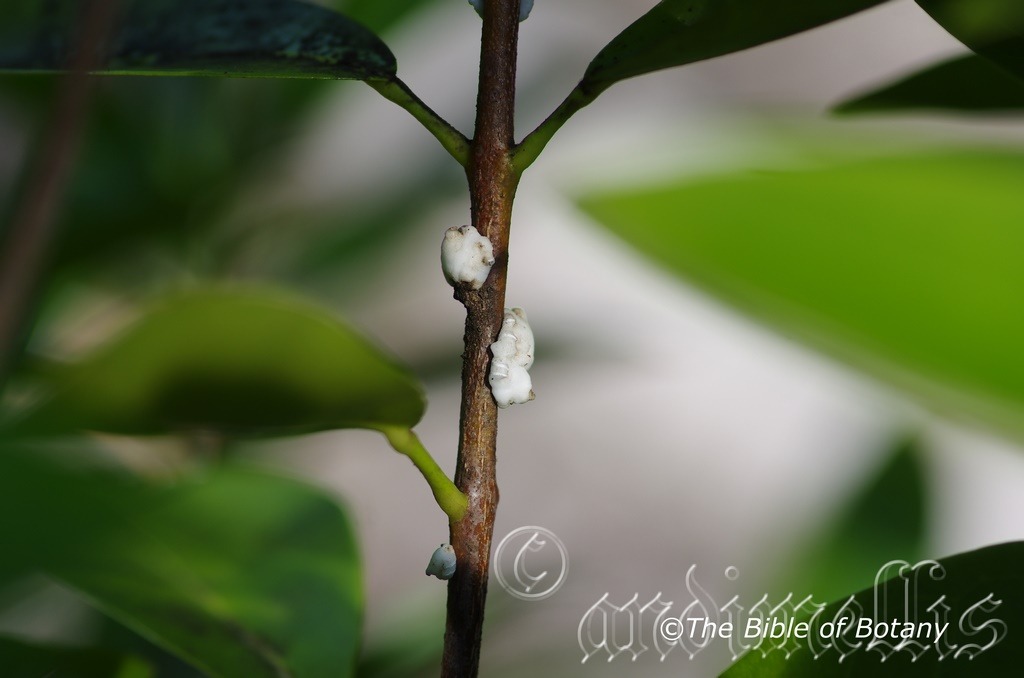
Ceroplastes destructor The Pinnacles NSW
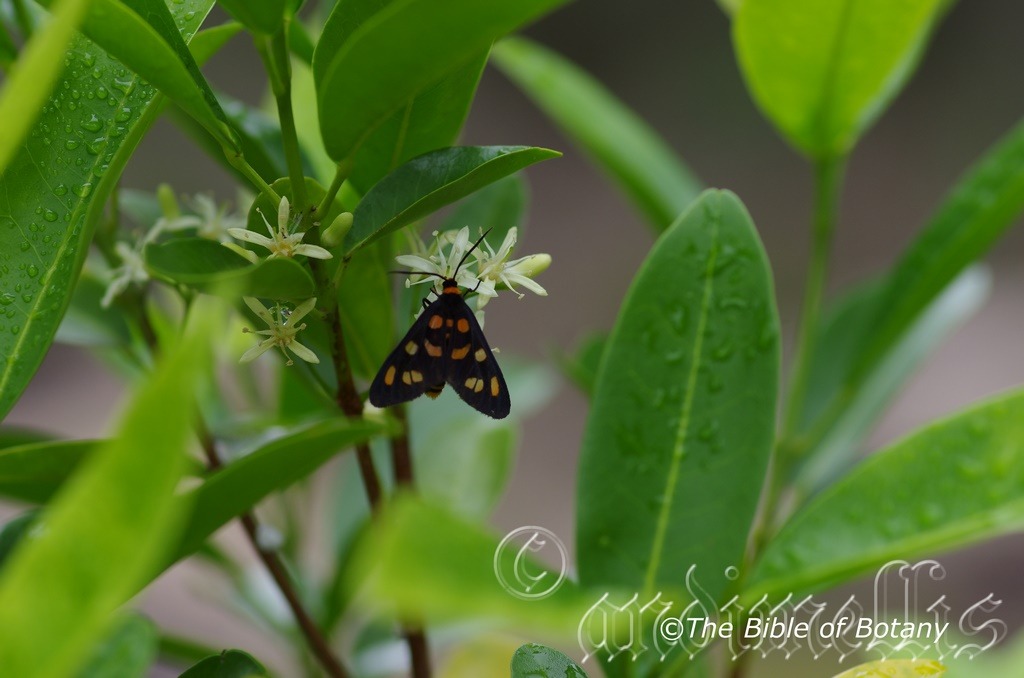
The Pinnacles NSW
Acronychia littoralis
Classification:
Class: Rosids
Order: Sapindales
Family: Rutaceae
Genus: From Akros, which is Ancient Greek for the end or on the edge, and Onyx, which is Ancient Greek for a bird’s claw. It refers to the apex of petals, which resemble a bird’s claw.
Specie:From Littoralis which is Latin for by the sea. It refers to the habitat being associated with the coastline or close to the coast behind the sand dunes by the sea.
Sub specie:
Common Name: Scented Acronychia or Lemon Acronychia.
Distribution:
Acronychia littoralis has a distribution restricted within 5 kilometres of the coast particularly along tidal estuaries. It is found south from Rainbow Beach south of Maryborough in south-eastern coastal Queensland to Crescent Head. The Queensland populations except for any that may be found on Fraser Island and Stradbroke Island may be extinct due to urbanization. Even in New South Wales it is considered rare being listed as endangered 3, as it is only found in 8 locations.
https://avh.ala.org.au/occurrences/search?taxa=Acronychia+littoralis#tab_mapView
Habitat Aspect Climate:
Acronychia littoralis prefers full sun. It grows in or adjacent to littoral rainforests or estuarine forests. It is often found between Corymbia planchoniana or Cupaniopsis arachanoides and the back dunes along drainage lines. The altitude ranges from 3 meters ASL to 10 meters ASL
The temperatures range from lows of 3 degrees in July to 36 degrees in January.
The rainfalls range from lows of 900mm to an average of 2000mm annually.
Soil Requirements:
Acronychia littoralis prefers deep coarse sands, fine sands, sandy loams, light fatty clays or light silts to medium silts. The soils are usually derived from alluvial deposits or accumulated peaty beach sands. The soil’s pH ranges from 4.5pH to 6pH. It tolerates seasonal water logged soils in the form of high water tables. None saline soils to extremely saline soils are tolerated.
Height & Spread:
Wild Plants: 3m to 7m by 4m to 5m.
Characteristics:
The trunk of Acronychia littoralis is straight to the first one quarter of its height and glabrous as a tree. The trunk is pale grey, pink-brown or mushroom colour with fine fissures and slightly raised horizontal bands. The branches are pale grey, pink-brown or mushroom and glabrous. The new branchlets are bright, glossy green similar to the juvenile leaves.
Acronychia littoralis opposite, broad elliptical to broad obovate leaves measure 50mm to 160mm in length by 35mm to 65mm in width. The base is cuneate while the apex is obtuse with an emarginated tip. The discolourous leaves are glossy, deep green and glossy on the upper lamina while the lower lamina is paler and dull. The margins are entire while the laminas recurve slightly from the mid vein to the margins and decurve from the bases to the apexes. The mid vein is prominent on the lower lamina and distinctly visible as a channel on the upper lamina. The petiole measures 10mm to 25mm in length. The leaves emit an aromatic lemon scent when crushed.
The inflorescences of Acronychia littoralis is a compound cyme borne on the current s season’s growth with the leaves growing out prior to the flowers opening. The cymes contain 8 to 20 individual flowers. The rachises, peduncles and pedicels are deep green and glabrous. The rachises measure 40mm to 55mm in length while the peduncles measure 12mm to 18mm in length and the pedicels measure 2mm to 3mm in length. The individual flowers measure 16mm to 20mm in diameter. The 4 linear lime-green sepals measure 2mm to 2.5mm in length. The 4 linear petals are white, cream or pale lemon and have an obtuse apex which turns upwards at 90 degrees. They measure 8mm to 10mm long by 3mm to 3.5mm in width. The 4 divaricate petals are wide spreading and curve upwards at the apex. The 8 linear, dimorphic stamens are spreading with the 8mm longer stamens being adjacent to the petals and the 5mm shorter stamens being opposite the petals. The anthers are 1mm in length with white to cream pollen. The 10mm lime cream style and ovary sits on a cream disc. Flowering occurs during the summer months of November to February or into March in favourable seasons.
The fruit of Acronychia littoralis is a 4 locule globose berry. The berries are cream to creamy lemon and have four distinct chambers. The 4 lobed drupes measure 12mm to 20mm in diameter by 8mm to 18mm in depth. They often have a shallow apical fissure from the apex running the entire length of the fruit. The chambers split along the fissures to reveal 1 seed or no seeds within each compartment. The small black seeds similar to an apple measure 4mm to 4.5mm in length by 3mm to 3.5mm in width. The fruits mature in March or April.
Wildlife:
The native bee has been seen foraging nectar from the flowers.
The citrus black swallowtail butterfly lays its eggs on the leaves with little damage occurring. (Papilio aegeus)
www. saveourwaterwaysnow. com. au
The fruits attract many fruit eating birds like the Satin Bower bird, Regent Bower bird, cat birds, fig birds, Red cheeked wattle birds and Honey Eaters.
The brush tail possum and ring tail possum along with the fruit bats are also attracted to the fruits.
The lemon scented drupes have a strong lemon taste but not as sour as a lemon.
Cultivation:
It would make an good fire retardant small tree.
* Fire retardant plants act as radiant heat screens and absorb more heat from an approaching fire without burning.
* Fire retardant trees are able reduce wind speed near a house or out buildings.
* Fire retardant also trap embers and sparks carried by the wind.
* Fire retardant ground covers are able to catch burning embers without catching fire themselves, and also slow the travel of a fire through debris and litter on the ground.
Acronychia littoralis is a beautiful shaped medium shrub for the garden on lighter soils through to pure sand. It gives dense shade and is very suitable to coastal gardens in warm temperate and sub-tropical areas. I would be very tempted to try this tree in semi-arid areas of Australia. It is moderately fast growing plants and will grow 3 meters to 5 meters in height by 3 meters to 5 meters in diameter under cultivation when grown in the open.
The shrubs are a good foundation plant for starting a rainforest garden especially if the soils are sandy or sandy loams and are on the drier side. The large leaves are very attractive and being semi glossy to glossy will give a rainforest appearance at a very early age.
The trees have great potential as a profitable fruit tree in orchards as the fruits are produced in good quantities, in a season where very little labour competition would be found in other crops. It is basically pest free.
The fruits make an excellent refreshing drink. They can also be used for flavourings and made into tangy flavourings for ice-cream and deserts, flanges and melanges or popped into fruit salads. The fruits have a good shelf life which is another advantage.
Orchard plantings could be achieved with rows at 5 meters to 6meters apart and plants at 5 meter spacing’s.
We have used these fruits whole or sliced in homemade ice cream where the girls thought they were great.
The main drawback in the early stages would be marketing as raw fruits are a required taste and cooking or preserving would need to be satisfactorily addressed. Another problem would be that in monocultures the trees would eventually be attacked by flying foxes in particularly the grey headed flying fox (Pteropus poliocephalus), possums and a myriad number of fruit eating birds.
Propagation:
Seed: Acronychia littoralis seeds need treatment before sowing. Seeds will need to be carefully removed from the shell which is similar to that surrounding an apple seed for best results. Sow the seeds directly into a seed raising mix after they have been soaked for half an hour in a weak seaweed solution. Place the trays in a warm place in the shade house and keep moist not wet.
When the seedlings are 25mm to 40mm tall, prick them out and plant them into 50mm native tubes using a seed raising mix.
Once the seedlings reach 150mm to 200mm in height or the first roots emerge from the bottom of the tube plant them out into their permanent position.
Fertilize using Seaweed, fish emulsion or organic chicken pellets soaked in water on an alternate basis. Fertilize every two months until the plants are established then twice annually in early September to March to maintain health, vitality and better flowering and better quality fruit.
Further Comments from Readers:
Hi reader, it seems you use The Bible of Botany a lot. That’s great as we have great pleasure in bringing it to you! It’s a little awkward for us to ask, but our first aim is to purchase land approximately 1,600 hectares to link several parcels of N.P. into one at The Pinnacles NSW Australia, but we need your help. We’re not salespeople. We’re amateur botanists who have dedicated over 30 years to saving the environment in a practical way. We depend on donations to reach our goal. If you donate just $5, the price of your coffee this Sunday, We can help to keep the planet alive in a real way and continue to bring you regular updates and features on Australian plants all in one Botanical Bible. Any support is greatly appreciated. Thank you.
In the spirit of reconciliation we acknowledge the Bundjalung, Gumbaynggirr and Yaegl and all aboriginal nations throughout Australia and their connections to land, sea and community. We pay our respect to their Elders past, present and future for the pleasures we have gained.
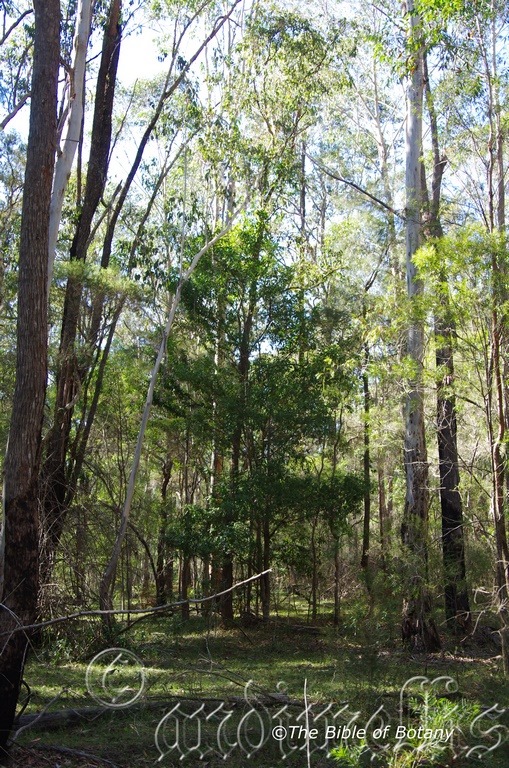
Pillar Valley NSW
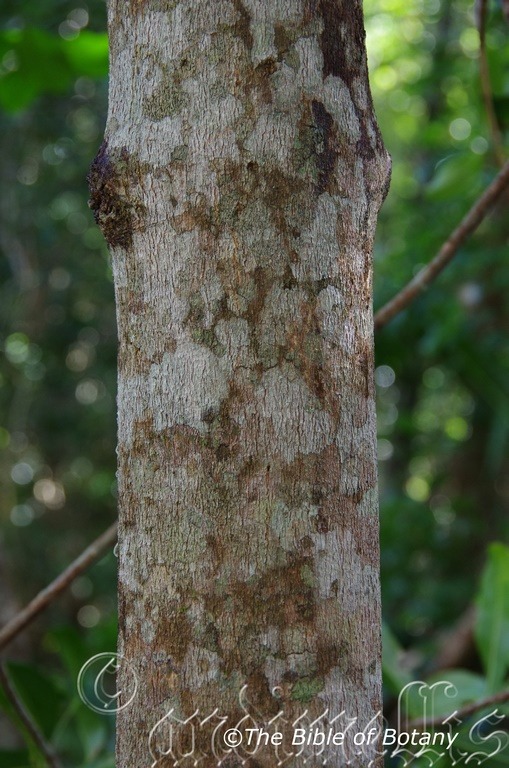
Goolawar National Park NSW
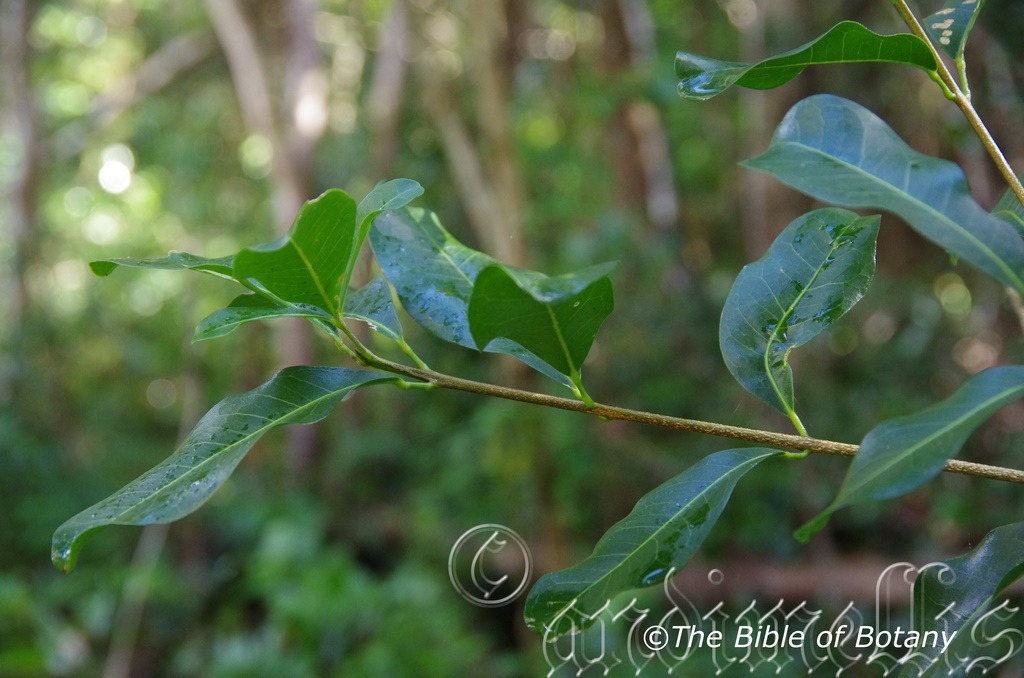
Goolawar National Park NSW
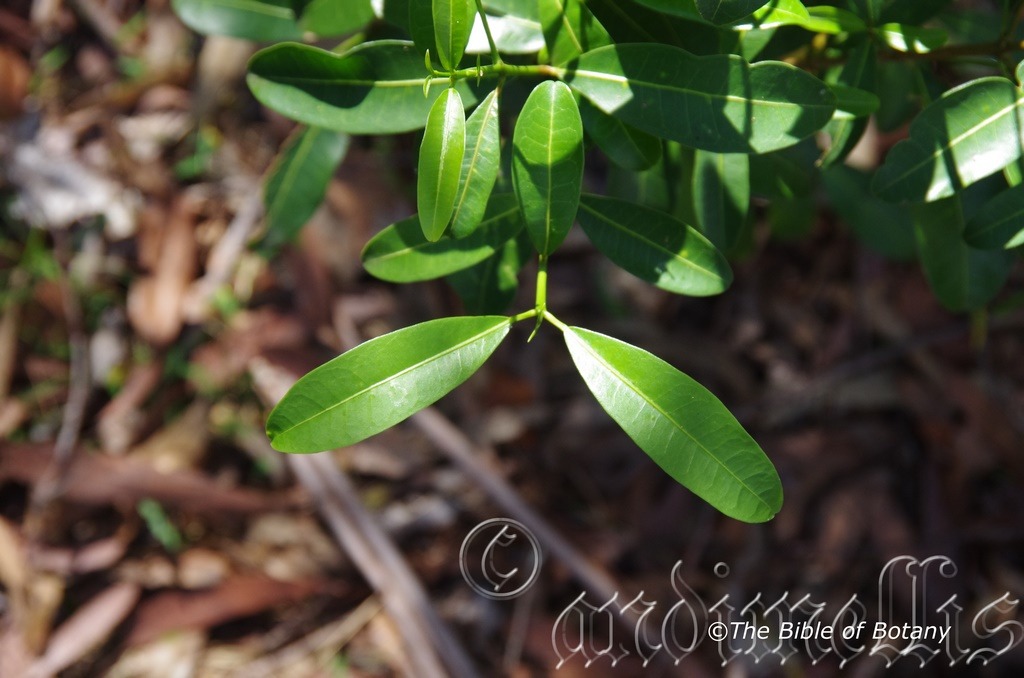
Pillar Valley NSW

The Pinnacles NSW
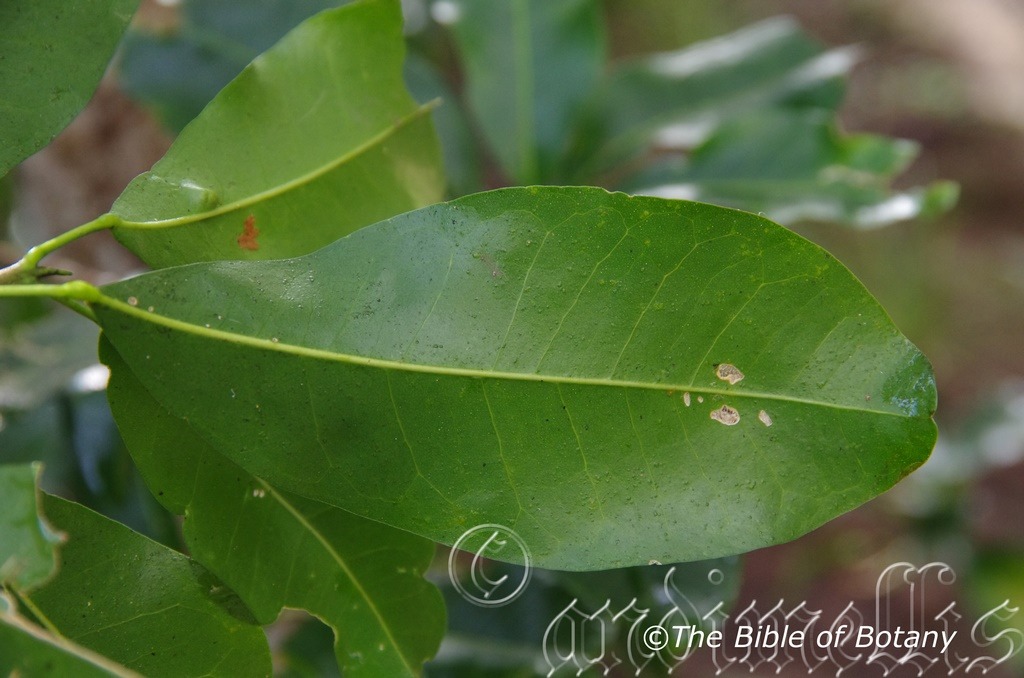
Goolawar National Park NSW
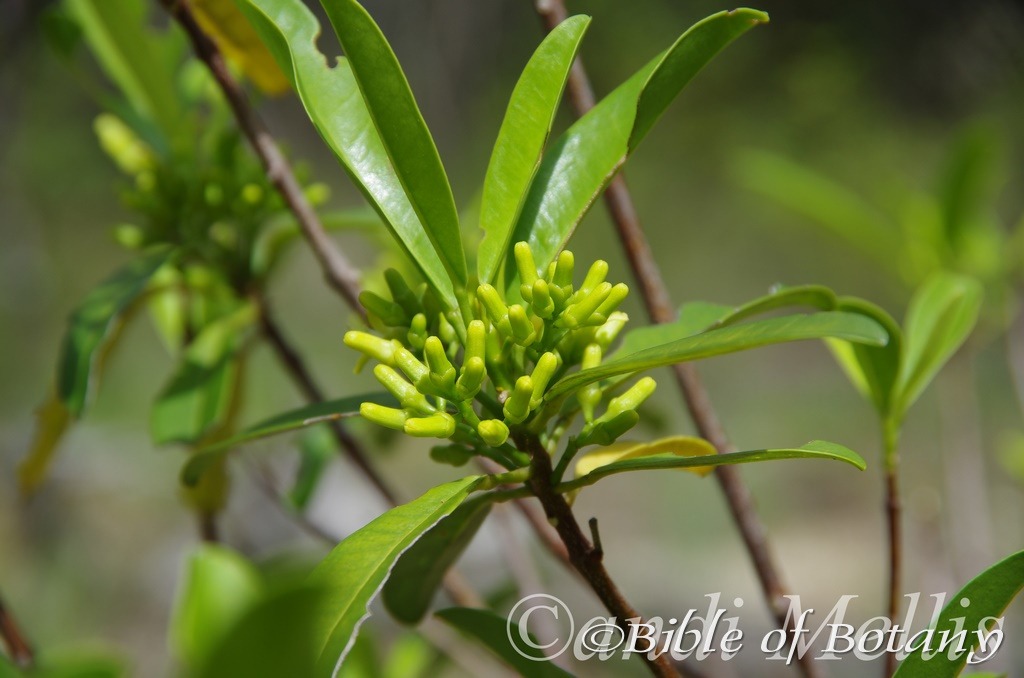
The Pinnacles NSW
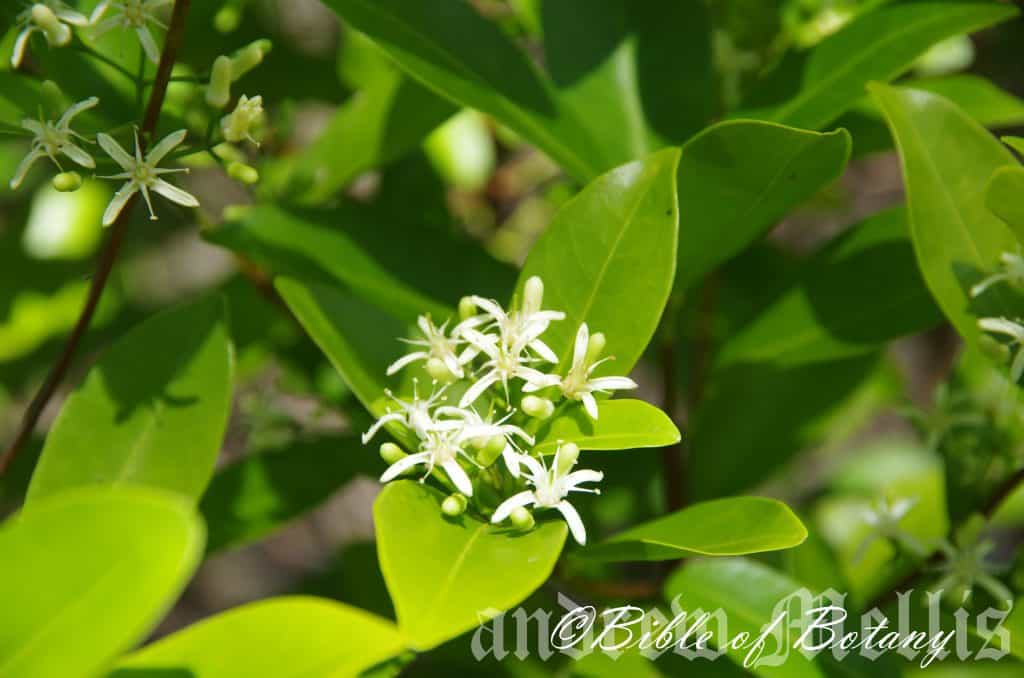
Goolawar National Park NSW

The Pinnacles NSW
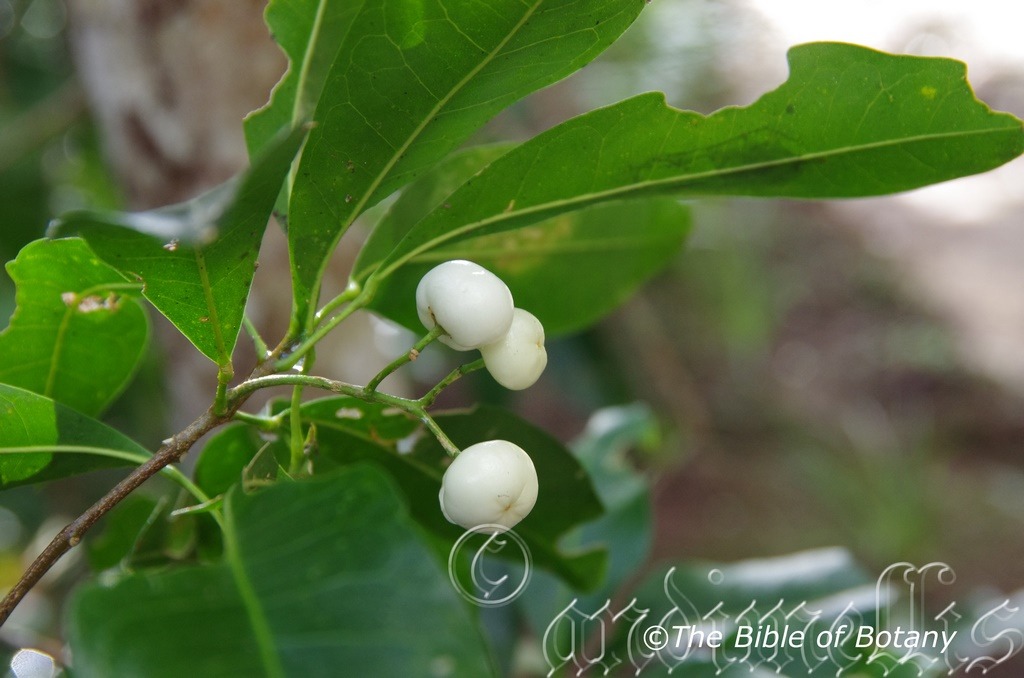
Goolawar National Park NSW
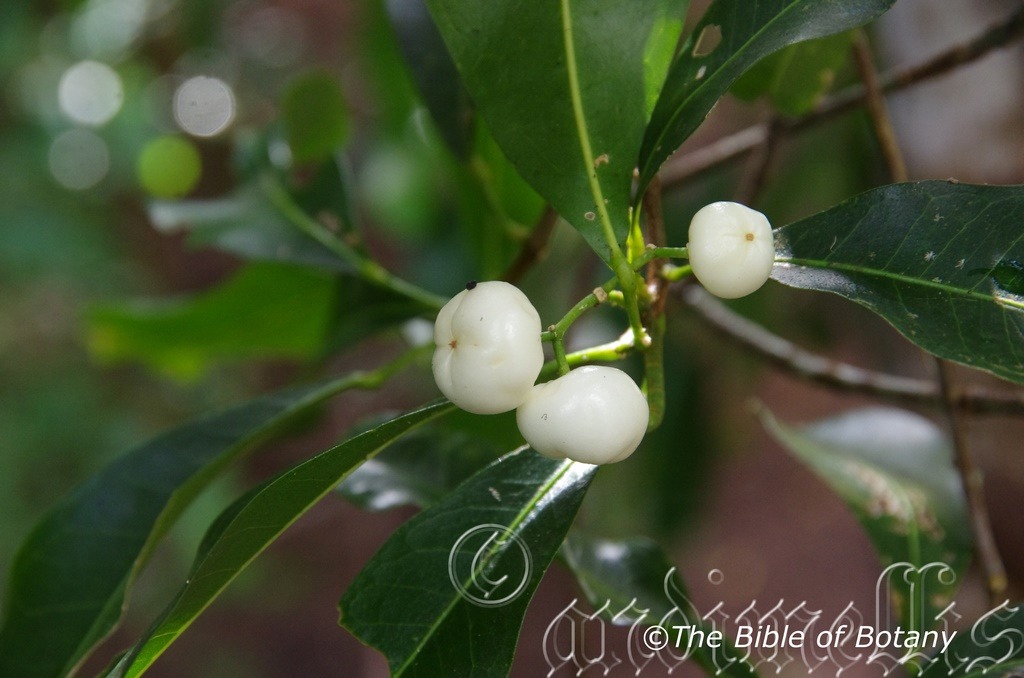
Goolawar National Park NSW
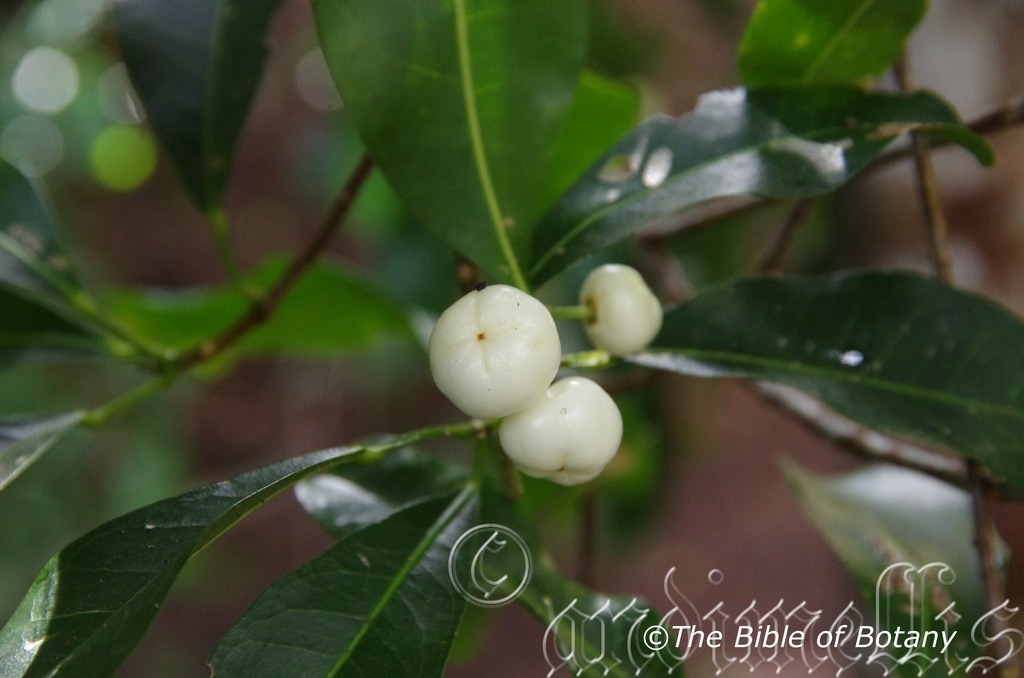
Goolawar National Park NSW
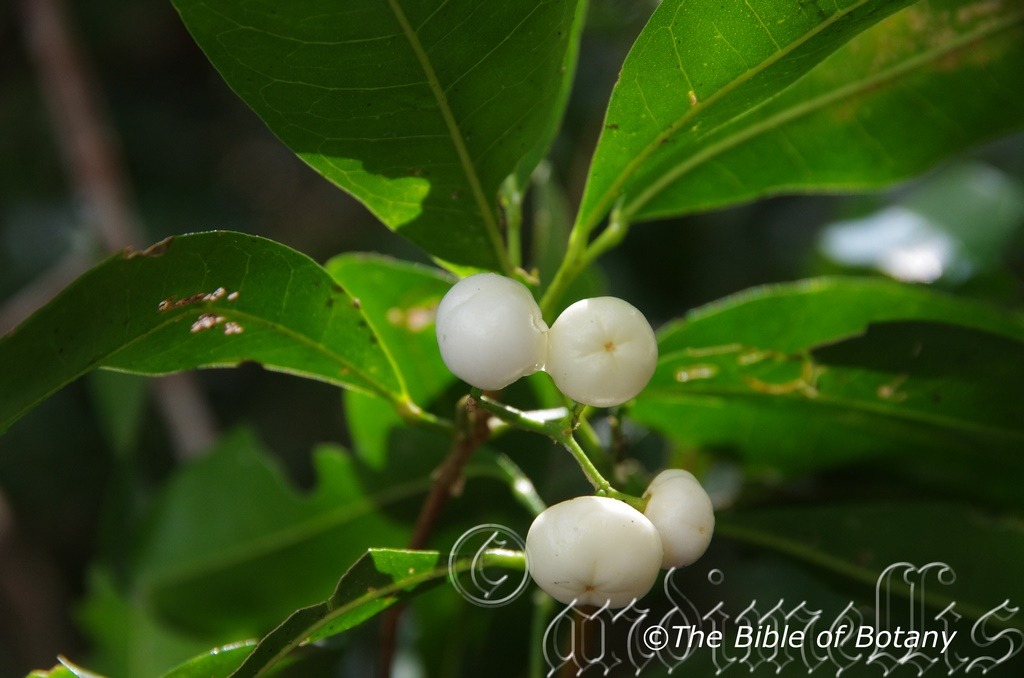
Goolawar National Park NSW
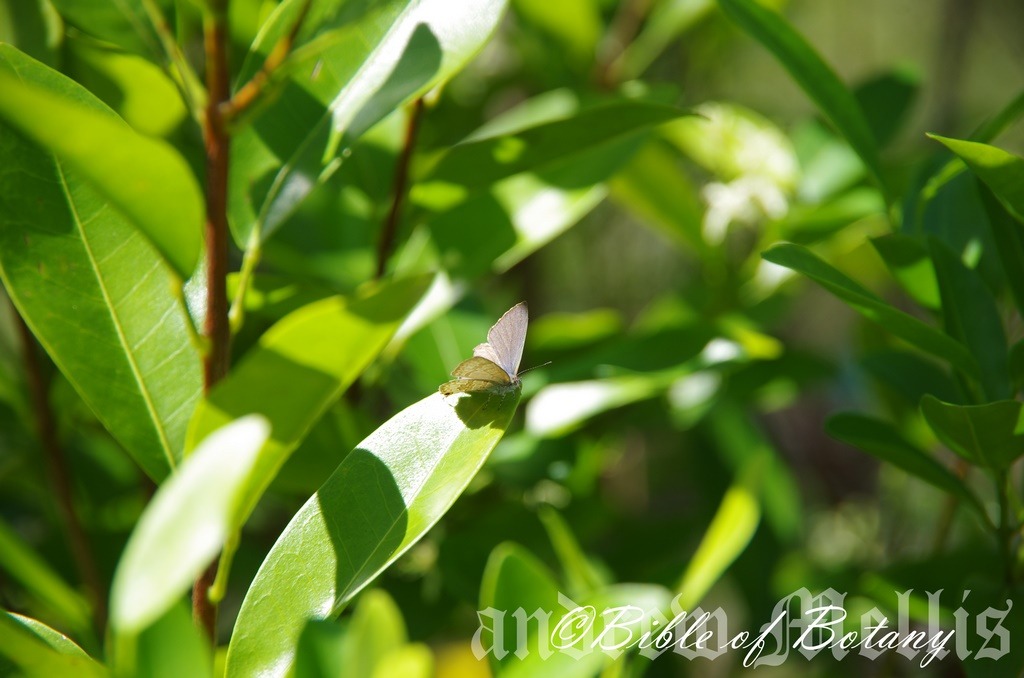
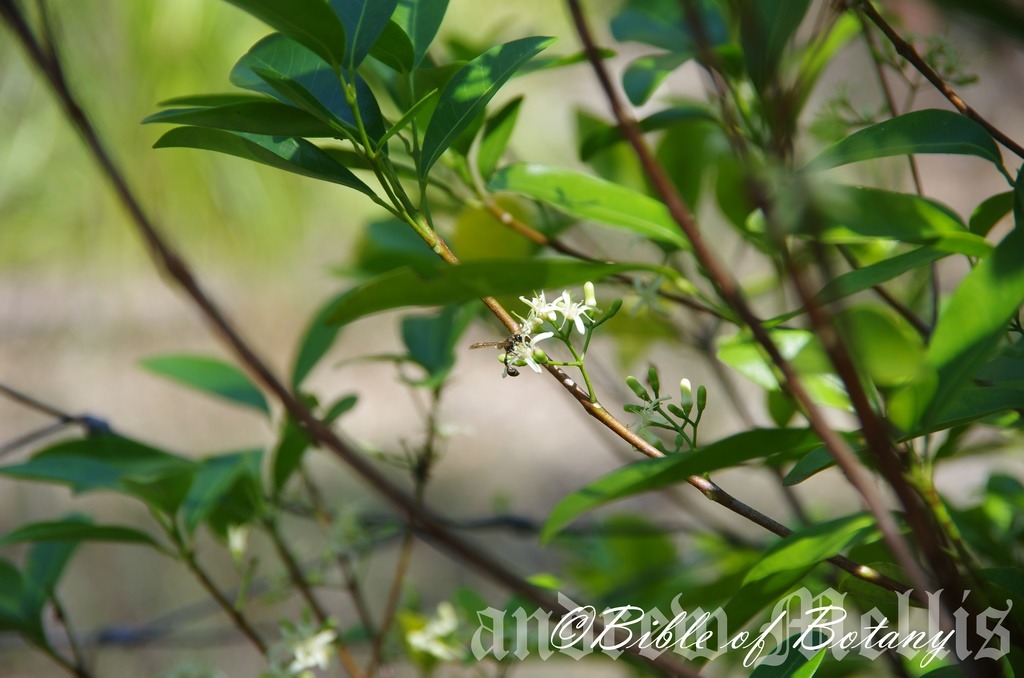
Acronychia oblongifolia
Classification:
Class: Rosids
Order: Sapindales
Family: Rutaceae
Genus: From Akros, which is Ancient Greek for the end or on the edge, and Onyx, which is Ancient Greek for a bird’s claw. It refers to the apex of petals, which resemble a bird’s claw.
Specie: From Oblongitia/Longus, which are Latin for an ovate shape and Folium, which is Latin for foliage. It refers to a leaves, which are several times longer than it is wide where the blades on either side of the midvein are equal in all aspects.
Sub specie:
Common Name: Common Acronychia or White aspen or White Acronychia.
Distribution:
Acronychia oblongifolia is found south from the Fitzroy River near Rockhampton in central coastal Queensland to near Sale in Victoria. It is found on and east of the Great Dividing Range.
https://avh.ala.org.au/occurrences/search?taxa=Acronychia+oblongifolia#tab_mapView
Habitat Aspect Climate:
Acronychia oblongifolia prefers dappled sunlight. It grows in dry creek beds in or adjacent to warm temperate rainforests, dry sub-tropical rainforests and moist gallery forests. The altitude ranges from 5 meters ASL to 1100 meters ASL
The temperatures range from lows of 2 degrees in July to 36 degrees in January.
The rainfalls range from lows of 600mm to an average of 1650mm annually.
Soil Requirements:
Acronychia oblongifolia prefers deep, sandy loams, light fatty clays, medium clays or light silts to heavy silts. The soils are usually derived from decomposed sandstones granites, brown basalts, black basalts, shales, metamorphic rocks, alluvial deposits or rarely accumulated peaty beach sands. The soil’s pH ranges from 4.5pH to 6.5pH. It does not tolerate waterlogged soils. None saline soils to moderately saline soils are tolerated.
Height & Spread:
Wild Plants: 20m to 27m by 8m to 10m.
Characteristics:
The trunk of Acronychia oblongifolia is deep grey straight to the first branch which is one quarter of its height. The main branches are brown and covered in paler coloured lenticels. The branchlets are olive-brown and turn olive-green as they approach the juvenile branchlets. The branchlets are densely covered in fawn lenticels.
Acronychia oblongifolia’s opposite obovate, narrowly elliptical to oblong-elliptical leaves measure 40mm to 120mm in length by 15mm to 45mm in width. The bases are cuneate while the apexes are obtuse with an emarginated tip. The discolourous leaves are glabrous, glossy, deep grass-green to sea-green and glabrous on the upper laminas while the lower laminas are paler and dull. The juvenile foliage is bright grass-green and glossy. The midrib is prominent on the lower lamina and is distinctly visible on the upper lamina being a much paler green. The margins are entire while the laminas recurve from the mid vein to the margins and decurve from the mid-section through to the apexes. The petiole has a distinct swelling at the node and measures 8mm to 30mm.
The inflorescences of Acronychia oblongifolia is a loose compound cyme borne on the current s season’s growth with the leaves growing out prior to the flowers opening. The cymes contain 15 to 21 individual flowers. The rachises, peduncles and pedicels are deep grass-green and glabrous. The rachises measure 20mm to 60mm in length while the peduncles measure 5mm to 8mm in length and the pedicels measure 3mm to 5.5mm in length. The individual flowers measure 12mm to 16mm in diameter. The 4 pale yellow sepals measure 0.5mm to 1mm in length. The 4 linear petals are white to cream and have an obtuse apex which turns upwards at 90 degrees. The divaricated petals measure 5mm to 7mm in length by 1.5mm to 2.2mm in width. The 8 dimorphic linear stamens are spreading and measure 6mm to 8mm in length for the longer thicker filaments while the shorter filiform filaments measure 4mm to 6mm in length. The anthers are 1mm in length with white to cream pollen. The 6mm to 8mm cream pistil sits on a cream disc while the stigma is pale green. Acronychia oblongifolia’s flowers appear from March through to May however flowers often appear outside these times in favourable seasons.
Acronychia oblongifolia’s fruit is a depressed broad ovoid to globose drupe. The very pale cream to white fruits has four distinct chambers. The aromatically scented 4 lobed drupes measure 8mm to 12mm in diameter. The shallow apical has 4 fissured capsules each containing seeds similar to an apple and open to bear 8 or no seeds. Each capsule has a distinct but faint ridge from the apical extending to the base. Each capsule will produce two black oblong seed when a seed is available. Fruits mature in July to October
Wildlife:
The native bee has been seen foraging nectar from the flowers.
The citrus black swallowtail butterfly lays its eggs on the leaves with little damage occurring. (Papilio aegeus)
www. saveourwaterwaysnow. com. au
The fruits attract many fruit eating birds like the Satin Bower bird, Regent Bower bird, cat birds, fig birds, Red cheeked wattle birds
The brush tail possum and ring tail possum along with the fruit bats are also attracted to the fruits.
The fruits were eaten by aborigines and have a strong, sour but aromatic lemon flavour.
Cultivation:
It would make an good fire retardant small tree.
* Fire retardant plants act as radiant heat screens and absorb more heat from an approaching fire without burning.
* Fire retardant trees are able reduce wind speed near a house or out buildings.
* Fire retardant also trap embers and sparks carried by the wind.
* Fire retardant ground covers are able to catch burning embers without catching fire themselves, and also slow the travel of a fire through debris and litter on the ground.
Acronychia oblongifolia is a beautiful shaped small shade tree for the garden on sandy loams through to medium clays. It gives dense shade and is very suitable to coastal gardens in warm temperate and subtropical areas. I would be tempted to try this tree in semi-arid west of the Great Dividing Range where frosts are not experienced. It is moderately fast growing plants and will attain 12 meters to 15 meters in height by 8 meters to 10 meters in spread under cultivation where good conditions prevail depending on whether it is being grown as a rainforest plant or in an open park like scene.
The trees are a good foundation plant for starting a rain forest garden especially if the soils are medium clay and retain water or underground moisture remains for extended periods. The large leaves are very attractive and being semi glossy to glossy will give a rain forest appearance at a very early age.
The trees have great potential as a profitable fruit tree in orchards as the fruits are produced in huge quantities. Labour competition would be a problem as the fruits mature at around the peak mandarin season. It is basically pest free.
Mass plantings can be achieved with spacing’s of 10 meter to 12 meter centers.
The fruits make an excellent refreshing drink. They can also be used for flavourings and made into deserts, flanges and melanges or popped into fruit salads. The fruits have a good shelf life which is another advantage.
Orchard rows would need to be 12 meters apart with tree spacing’s at a similar spacing
The main draw back in the early stages would be marketing as raw fruits are a required taste and cooking or preserving would need to be satisfactorily addressed. Another problem would be that in monocultures the trees would eventually be attacked by flying foxes in particularly the grey headed flying fox (Pteropus poliocephalus), possums and a myriad number of fruit eating birds. Harvesting the fruits from the tall trees would need to be addressed as well.
t would be a very good plant for hosting small and large epiphytic ferns and orchids.
Propagation:
Seed: Acronychia oblongifolia seeds need treatment before sowing. Seeds will need to be carefully removed from the shell which is similar to that surrounding an apple seed for best results. Sow the seeds directly into a seed raising mix after they have been soaked for half an hour in a weak seaweed solution.
When the seedlings are 25mm to 40mm tall, prick them out and plant them into 50mm native tubes using a seed raising mix.
Once the seedlings reach 150mm to 200mm in height or the first roots emerge from the bottom of the tube plant them out into their permanent position.
Fertilize using Seaweed, fish emulsion or organic chicken pellets soaked in water on an alternate basis. Fertilize every two months until the plants are established then twice annually in early September to March to maintain health, vitality and better flowering and better quality fruit.
Further Comments from Readers:
Hi reader, it seems you use The Bible of Botany a lot. That’s great as we have great pleasure in bringing it to you! Its a little awkward for us to ask, but our first aim is to purchase land approximately 1,600 hectares to link several parcels of N.P. into one at The Pinnacles NSW Australia, but we need your help. We’re not salespeople. We’re amateur botanists who have dedicated over 30 years to saving the environment in a practical way. We depend on donations to reach our goal. If you donate just $5, the price of your coffee this Sunday, We can help to keep the planet alive in a real way and continue to bring you regular updates and features on Australian plants all in one Botanical Bible. Any support is greatly appreciated. Thank you.
In the spirit of reconciliation we acknowledge the Bundjalung, Gumbaynggirr and Yaegl and all aboriginal nations throughout Australia and their connections to land, sea and community. We pay our respect to their Elders past, present and future for the pleasures we have gained.
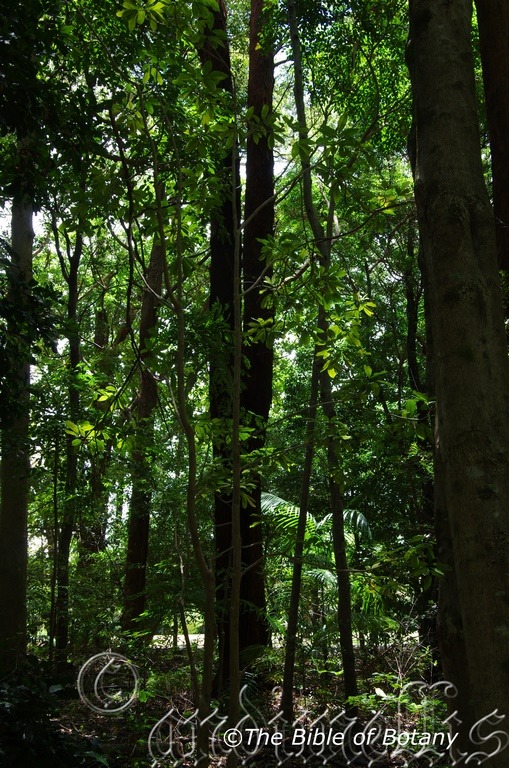
Coffs Harbour NSW
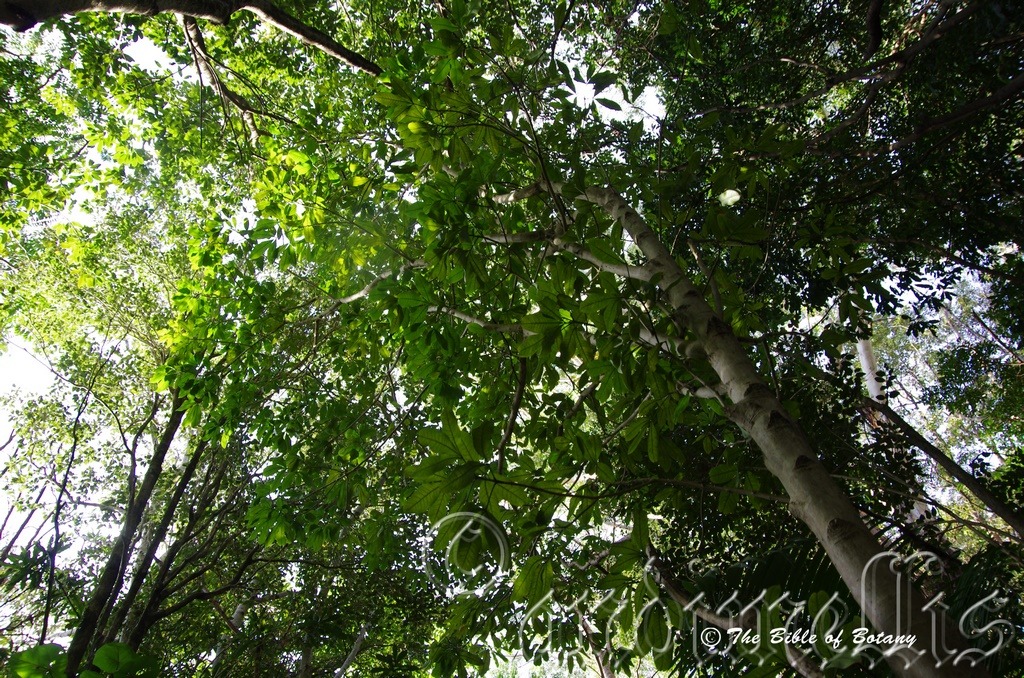
Coffs Harbour NSW
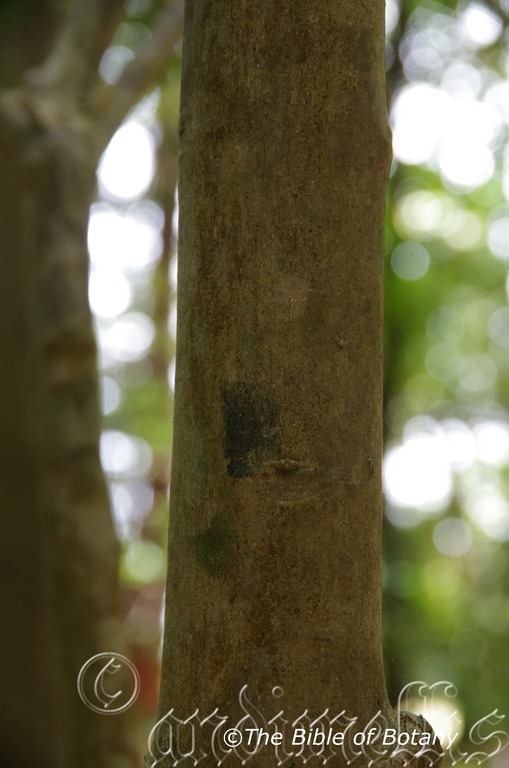
Coffs Harbour NSW
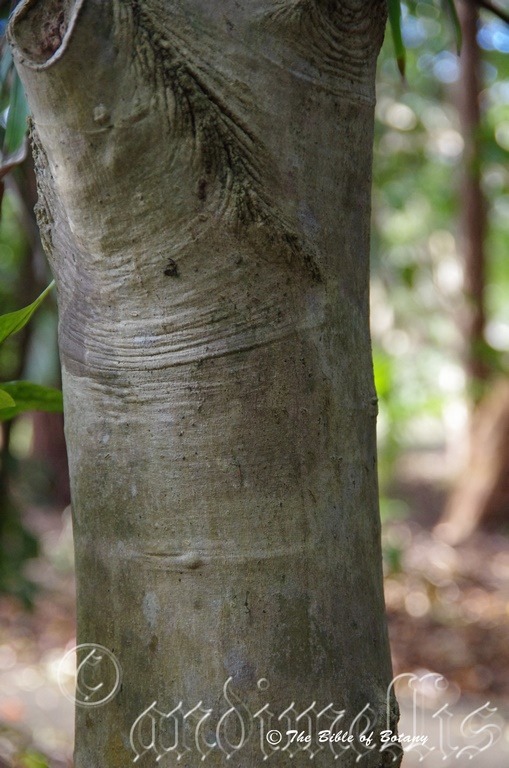
Coffs Harbour NSW
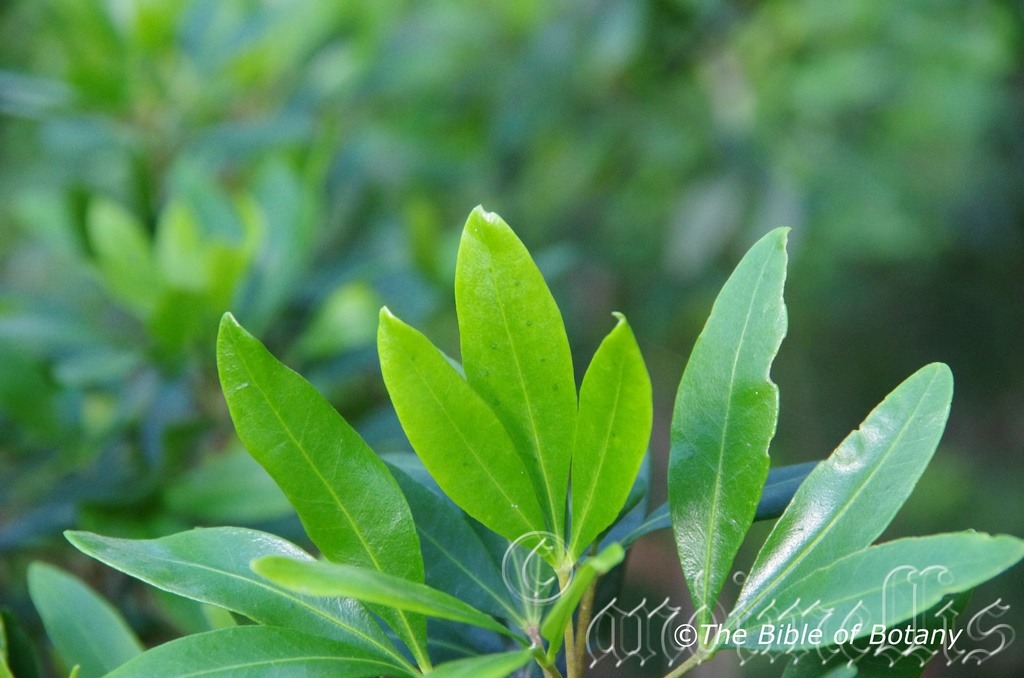
Coffs Harbour NSW
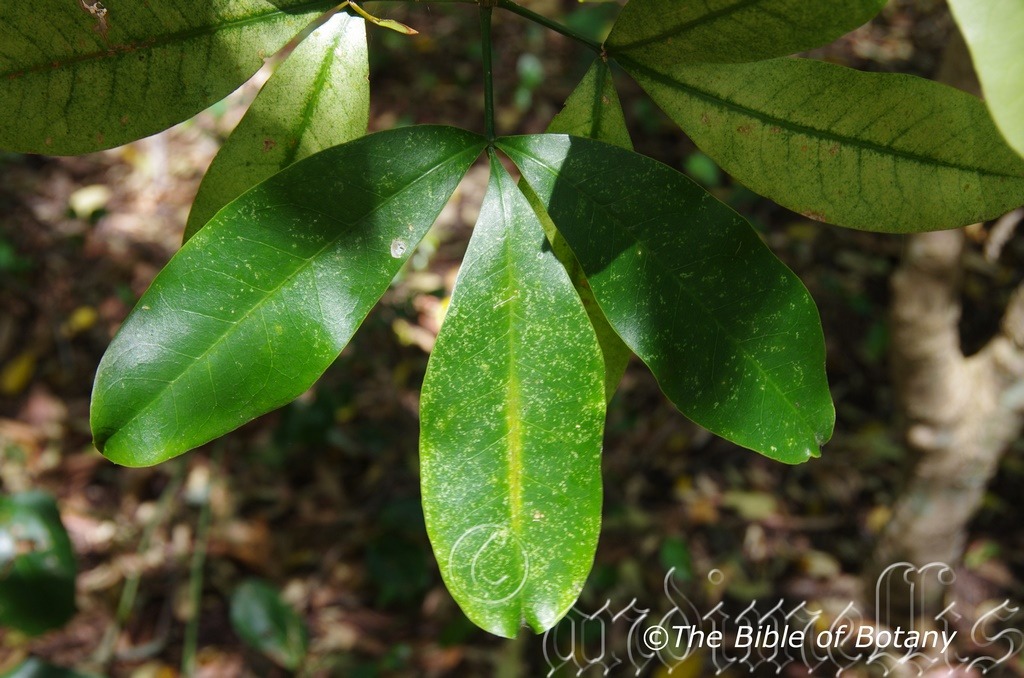
Coffs Harbour NSW
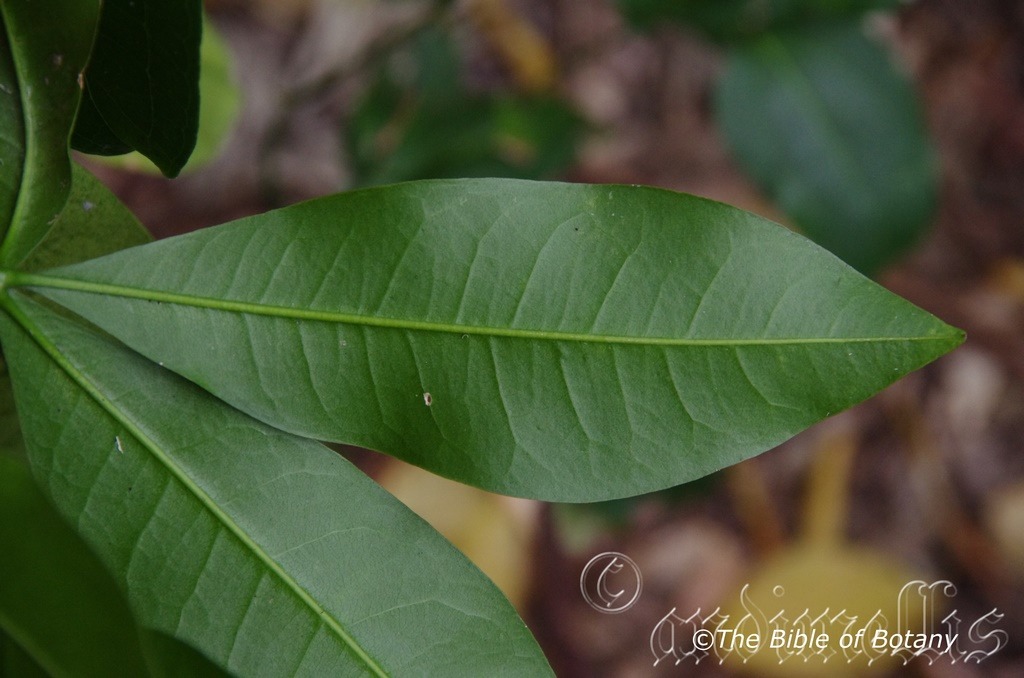
Coffs Harbour NSW
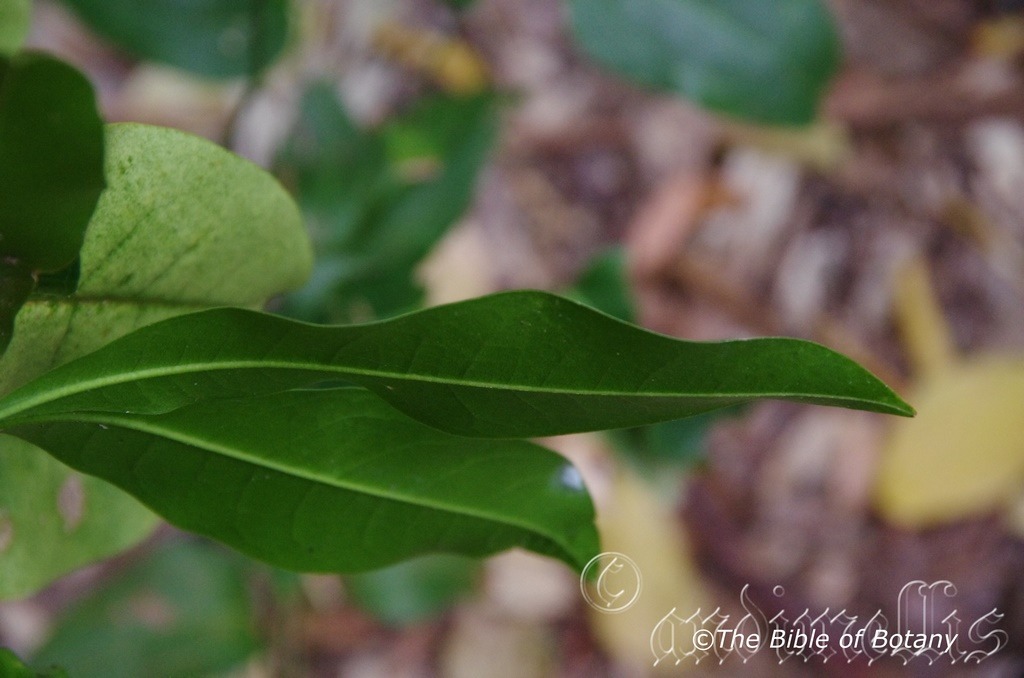
Coffs Harbour NSW
Acronychia octandra
Classification:
Class: Rosids
Order: Sapindales
Family: Rutaceae
Genus: From Akros, which is Ancient Greek for the end or on the edge, and Onyx, which is Ancient Greek for a bird’s claw. It refers to the apex of petals, which resemble a bird’s claw.
Specie: From Okta, which is Ancient Greek or later Octo, which is Latin for eight and Andros, which is Ancient Greek for a male. It refers to flowers, which have eight stamens.
Sub specie:
Common Name: Common Acronychia or White aspen or White Acronychia.
Distribution:
Acronychia octandra is found south from near Gympie in south eastern Queensland to the Bellingen River in North eastern New South Wales. It is found on and east of the Great Dividing Range.
https://avh.ala.org.au/occurrences/search?taxa=Acronychia+octandra#tab_mapView
Habitat Aspect Climate:
Acronychia octandra prefers dappled sun light to full shade. It is found in or adjacent to cool sub-tropical rainforests or warm temperate rainforests. The altitude ranges from 10 meters ASL to 1000 meters ASL
The temperatures range from lows of 3 degrees in July to 34 degrees in January.
The rainfalls range from lows of 860mm to an average of 2000mm annually.
Soil Requirements:
Acronychia octandra prefers better quality light clays to medium clays. Â The soils are derived from decomposed brown basalts, black basalts. The soils pH ranges from 5.5pH to 7pH. It does not tolerate waterlogged soils though the soils usually have good moisture retentive qualities. Non saline soils to moderately saline soils are tolerant.
Height & Spread:
Wild Plants:20m to 33m by 8m to 10m.
Characteristics:
The trunk of Acronychia octandra is pale creamy-grey straight to the first branch which is usually about one half of its height. The main branches are pale creamy-brown and covered in paler coloured lenticels. The branchlets are mid green turning almost lime-green as they approach the juvenile branchlets. The juvenile branchlets are flattened and glabrous.
Acronychia octandra‘s opposite trifoliate leaves laminas are narrow obovate to oblong-elliptical. The leaflets measure 80mm to 220mm in length by 20mm to 80mm in width. The base is cuneate while the apex is obtuse to short acuminate with or without an emarginated tip. The discolourous leaves are glabrous, glossy, glabrous and deep grass-green to sea-green on the upper laminas while the lower laminas are paler and dull. The juvenile foliage is bright glossy grass-green. The midrib and main lateral veins are prominent on the lower lamina and are distinctly visible on the upper lamina. The laminas are very slightly raised between the lateral veins and main vein. The margins are entire and slightly undulating while the laminas are flat to slightly decurved. The numerous oil dots are prominent and are evenly spaced throughout the lamina. The petiole has a distinct swelling at the node and measures 8mm to 30mm. The petiolules are absent.
The inflorescences of Acronychia octandra is a loose compound panicles borne terminally. The panicles contain 120 to 290 individual flowers. The rachises, peduncles and pedicels are deep grass-green and glabrous. The rachises measure 60mm to 90mm in length while the peduncles measure 30mm to 50mm in length and the pedicels measure 3mm to 5mm in length.
The individual flowers measure 16mm to 20mm in diameter. The 4 pale creamy-green broadly elliptical sepals have an acute apex and measure 2mm to 3mm in length. The 4 linear, white to cream petals become strongly decurved on maturity and recurves 90 degrees close to the apex. The divaricate petals are sparsely covered in white puberulent hairs externally and measure 6mm to 8mm in length by 2.5mm to 3.2mm in width.
The 8 dimorphic stamens taper from the base to the apex and are spreading. The longer stamens are adjacent to the petals while the shorter 4 are opposite the petals. The filaments measure 6mm to 8.5mm in length for the longer thicker ones while the shorter filaments measure 4mm to 6mm in length. The ovoidal anthers measure 1.5 to 2mm in length with white pollen. The base of the anthers is covered in white villous hairs.
The 4.5mm to 6mm creamy-green pistil sits on a bright yellow disc while the stigma is lime-green. Acronychia oblongifolia‘s flowers appear from early September through to late April especially in favourable seasons.
Acronychia octandra’s fruit is a beaked, broad ovoid to globose drupe usually comprising of 4 carpels or at times 3 or 5 carpels. The very pale cream to white are only joined at the base and are grooved longitudinally. The aromatically scented drupes measure 14mm to 20mm in diameter. Each capsule will produce one or two glossy, pale brown to fawn oblong angled seeds which measure 4mm in length. Fruits mature in July to October.
Wildlife:
Acronychia octandra attracts native bees when in flower.
The citrus black swallowtail butterfly (Papilio aegeus) lays its eggs on the leaves with little damage occurring.
The fruits attract many fruit eating birds like the Satin Bower bird, Regent Bower bird, cat birds, fig birds, Red cheeked wattle birds
The brush tail possum and ring tail possum along with the fruit bats are also attracted to the fruits.
The fruits were eaten by aborigines and have a strong, sour but aromatic lemon flavour.
Cultivation:
It would make an good fire retardant small tree.
* Fire retardant plants act as radiant heat screens and absorb more heat from an approaching fire without burning.
* Fire retardant trees are able reduce wind speed near a house or out buildings.
* Fire retardant also trap embers and sparks carried by the wind.
* Fire retardant ground covers are able to catch burning embers without catching fire themselves, and also slow the travel of a fire through debris and litter on the ground.
Acronychia octandra is a beautiful shaped columnar small shade tree for the garden on sandy loams through to medium clays. It gives light shade and is very suitable to coastal gardens in warm temperate and subtropical areas. I would be tempted to try this tree in semi-arid areas west of the Great Dividing Range where frosts are not experienced. It is moderately fast growing plants and will attain 12 meters to 16 meters in height by 5 meters to 7 meters in spread under cultivation where good conditions prevail when grown in an open park like scene.
The trees are a good foundation plant for starting a rainforest garden especially if the soils are medium clay and retain water or underground moisture remains for extended periods. The large leaves are very attractive and being semi glossy to glossy will give a rain forest appearance at a very early age.
t is a very good tree for hosting small and large epiphytic ferns and orchids.
Propagation:
Seed: Acronychia octandra seeds need treatment before sowing. Seeds will need to be carefully removed from the shell which is similar to that surrounding an apple seed for best results. Sow the seeds directly into a seed raising mix after they have been soaked for half an hour in a weak seaweed solution.
When the seedlings are 25mm to 40mm tall, prick them out and plant them into 50mm native tubes using a seed raising mix.
Once the seedlings reach 150mm to 200mm in height or the first roots emerge from the bottom of the tube plant them out into their permanent position.
Fertilize using Seaweed, fish emulsion or organic chicken pellets soaked in water on an alternate basis. Fertilize every two months until the plants are established then twice annually in early September to March to maintain health, vitality and better flowering and better quality fruit.
Further Comments from Readers:
Hi reader, it seems you use The Bible of Botany a lot. That’s great as we have great pleasure in bringing it to you! It’s a little awkward for us to ask, but our first aim is to purchase land approximately 1,600 hectares to link several parcels of N.P. into one at The Pinnacles NSW Australia, but we need your help. We’re not salespeople. We’re amateur botanists who have dedicated over 30 years to saving the environment in a practical way. We depend on donations to reach our goal. If you donate just $5, the price of your coffee this Sunday, We can help to keep the planet alive in a real way and continue to bring you regular updates and features on Australian plants all in one Botanical Bible. Any support is greatly appreciated. Thank you.
In the spirit of reconciliation we acknowledge the Bundjalung, Gumbaynggirr and Yaegl and all aboriginal nations throughout Australia and their connections to land, sea and community. We pay our respect to their Elders past, present and future for the pleasures we have gained.
Acronychia pubescens
Classification:
Class: Rosids
Order: Sapindales
Family: Rutaceae
Genus: From Akros, which is Ancient Greek for the end or on the edge, and Onyx, which is Ancient Greek for a bird’s claw. It refers to the apex of petals, which resemble a bird’s claw.
Specie: From Pubescens, which is Latin for short, very soft hairs. It refers to structures or organs, which are covered in soft white or pale grey hairs.
Sub specie:
Common Name: Hairy Acronychia.
Distribution:
Acronychia pubescens is found south from the Great Sandy National Park in southern coastal Queensland to Dorrigo National Park in north eastern New South Wales. It is found on and east of the Great Dividing Range to the coast.
https://avh.ala.org.au/occurrences/search?taxa=Acronychia+pubescens#tab_mapView
Habitat Aspect Climate:
Acronychia pubescens prefers dappled sun light to full shade. It is found in or adjacent to cool sub-tropical rainforests or warm temperate rainforests. The altitude ranges from 5 meters ASL to 1100 meters ASL
The temperatures range from lows of 3 degrees in July to 34 degrees in January.
The rainfalls range from lows of 860mm to an average of 2000mm annually.
Soil Requirements:
Acronychia pubescens prefers deep, sandy loams, light fatty clays to medium clays. The soils are usually derived from decomposed brown basalts, black basalts, shales, metamorphic rocks or accumulated peaty beach sands. The soil’s pH ranges from 5pH to 6.5pH. It does not tolerate waterlogged soils. None saline soils to moderately saline soils are tolerated.
Height & Spread:
Wild Plants:10m to 15m by 8m to 10m.
Characteristics:
The trunk of Acronychia pubescens is pale creamy-grey straight to the first branch which is usually about one half of its height. The main branches are pale creamy-brown to grey-brown. The branchlets are mid green to olive-green as they approach the juvenile branchlets. The juvenile branchlets are square in cross section and are covered in pale rusty brown pubescent to tomentose hairs.
Acronychia pubescens‘s opposite trifoliate or at times single leaf laminas are narrow obovate to oblong-elliptical or oblanceolate. The leaflets measure 55mm to 220mm in length by 20mm to 77mm in width. The base is cuneate while the apex is acuminate with a rounded tip. The discolourous leaves are glabrous, dull and deep grass-green to sea-green on the upper laminas while the lower laminas are paler. The juvenile foliage is bright glossy olive-green and densely covered in white or rusty brown pubescent to short tomentose hairs. The midrib and main lateral veins are strongly prominent on the lower lamina and are distinctly visible on the upper lamina. The laminas decurve slightly from the mid vein to the margins and as they approach the apex. They are slightly raised between the lateral veins and main vein. The margins are entire and undulating especially on the juvenile foliage. The oil dots are prominent and sparsely and placed the lamina. The petiole has a distinct swelling at the node and measures 8mm to 80mm. The petiolules are absent on the trifoliate plants.
The inflorescences of Acronychia pubescens is a loose compound panicles born from the leaf axils. The panicles contain 6 to 50 individual flowers. The rachises, peduncles and pedicels are pale creamy-green and densely covered in white pulverulent, tomentose or both hairs. The rachises measure 20mm to 30mm in length while the peduncles measure 10mm to 15mm in length and the pedicels measure 2mm to 4mm in length.
The individual flowers measure 20mm to 30mm in diameter. The 4 pale creamy-green broadly elliptical sepals have an obtuse apex and measure 1mm to 2.5mm in length. The 4 divaricated linear, white to cream petals recurve 90 degrees close to the apex. The petals are covered in white pulverulent hairs externally and measure 6mm to 10mm in length by 4mm to 5.5mm in width.
The 8 dimorphic, flattened stamens taper from the base to the apex and are spreading. The longer stamens are adjacent to the petals while the shorter 4 are opposite the petals. The filaments measure 6mm to 8.5mm in length for the longer thicker ones while the shorter filaments measure 5.5mm to 8mm in length. The basifixed, pyramidal anthers measure 1 to 1.4mm in length and have white pollen. The base of the anthers is covered in white villous hairs.
The 4.5mm to 6mm pale lime-green pistil has a greatly expanded base and sits on a pale yellow-green to bright yellow disc while the stigma is lime-green. Acronychia oblongifolia’s flowers appear throughout the year.
Acronychia pubescens’s fruits are ellipsoidal to globose usually have 4 carpels or at times 5 carpels. The very pale creams to creamy-yellow fruits are grooved longitudinally and are sparsely covered in white puberulent hairs. The sepals are persistent on the ripe fruit. The aromatically scented drupes measure 12mm to 20mm in diameter. Each capsule will produce one or two glossy, pale brown to fawn oblong angled seeds which measure 4mm in length.
Wildlife:
Acronychia pubescens attracts native bees when in flower.
The citrus black swallowtail butterfly (Papilio aegeus) lays its eggs on the leaves with little damage occurring.
The fruits attract many fruit eating birds like the Satin Bower bird, Regent Bower bird, cat birds, fig birds, Red cheeked wattle birds
The brush tail possum and ring tail possum along with the fruit bats are also attracted to the fruits.
The fruits were eaten by aborigines and have a strong, sour but aromatic lemon flavour.
Cultivation:
It would make an good fire retardant small tree.
* Fire retardant plants act as radiant heat screens and absorb more heat from an approaching fire without burning.
* Fire retardant trees are able reduce wind speed near a house or out buildings.
* Fire retardant also trap embers and sparks carried by the wind.
* Fire retardant ground covers are able to catch burning embers without catching fire themselves, and also slow the travel of a fire through debris and litter on the ground.
Acronychia pubescens is a beautiful shaped columnar small shade tree for the garden on sandy loams through to medium clays. It gives light shade and is very suitable to coastal gardens in warm temperate and sub-tropical areas. I would be tempted to try this tree in semi-arid areas west of the Great Dividing Range where frosts are not experienced and an adequate supply of moisture is retained in the ground. It is moderately fast growing plants and will attain 10 meters to 12 meters in height by 5 meters to 7 meters in spread under cultivation where good conditions prevail when grown in an open park like scene.
The trees are a good foundation plant for starting a rain forest garden especially if the soils are medium to heavy clays and can retain even moisture content. The large leaves are very attractive and being semi glossy to glossy will give a rain forest appearance at a very early age.
It is a very good tree for hosting small epiphytic ferns and orchids if grown as a tree.
Acronychia pubescens is not as good a fruit producer as other Acronychia but would make a good addition to the orchard or garden as fruit is produced throughout the year.
The fruits can be used for flavourings and made into deserts, or popped directly into fruit salads. The fruits have a good shelf life which is another advantage.
Another problem may be that in monocultures the trees would eventually be attacked by flying foxes in particularly the grey headed flying fox (Pteropus poliocephalus), possums and a myriad number of fruit eating birds but if these are wanted in the garden then the trees have a great place in starting that rainforest close to the coast off.
Propagation:
Seed: Acronychia pubescens seeds need treatment before sowing. Seeds will need to be carefully removed from the shell which is similar to that surrounding an apple seed for best results. Sow the seeds directly into a seed raising mix after they have been soaked for half an hour in a weak seaweed solution.
When the seedlings are 25mm to 40mm tall, prick them out and plant them into 50mm native tubes using a seed raising mix.
Once the seedlings reach 150mm to 200mm in height or the first roots emerge from the bottom of the tube plant them out into their permanent position.
Fertilize using Seaweed, fish emulsion or organic chicken pellets soaked in water on an alternate basis. Fertilize every two months until the plants are established then twice annually in early September to March to maintain health, vitality and better flowering and better quality fruit.
Further Comments from Readers:
Hi reader, it seems you use The Bible of Botany a lot. That’s great as we have great pleasure in bringing it to you! It’s a little awkward for us to ask, but our first aim is to purchase land approximately 1,600 hectares to link several parcels of N.P. into one at The Pinnacles NSW Australia, but we need your help. We’re not salespeople. We’re amateur botanists who have dedicated over 30 years to saving the environment in a practical way. We depend on donations to reach our goal. If you donate just $5, the price of your coffee this Sunday, We can help to keep the planet alive in a real way and continue to bring you regular updates and features on Australian plants all in one Botanical Bible. Any support is greatly appreciated. Thank you.
In the spirit of reconciliation we acknowledge the Bundjalung, Gumbaynggirr and Yaegl and all aboriginal nations throughout Australia and their connections to land, sea and community. We pay our respect to their Elders past, present and future for the pleasures we have gained.
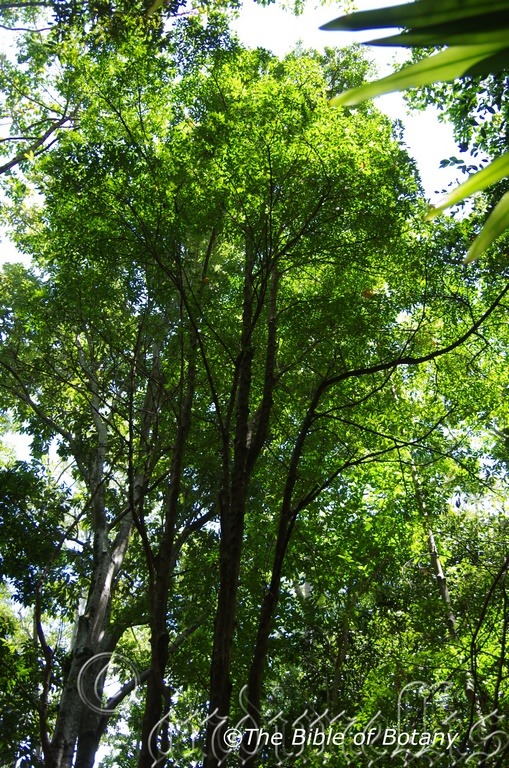
Border Ranges NSW
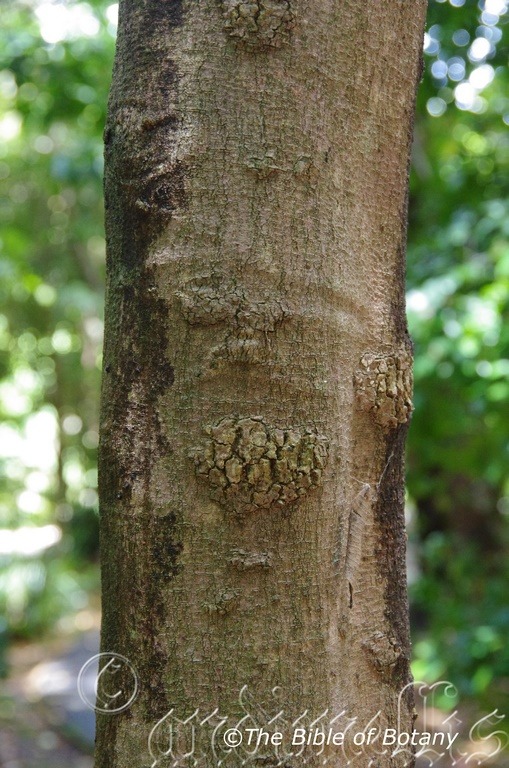
Border Ranges NSW
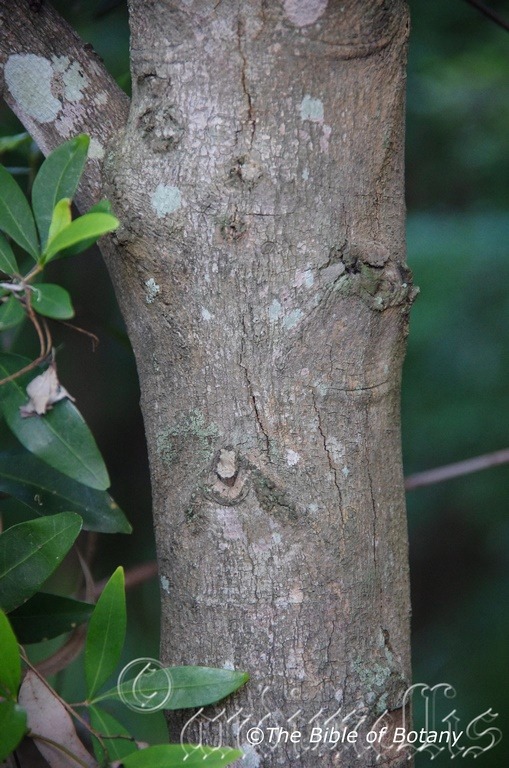
Border Ranges NSW
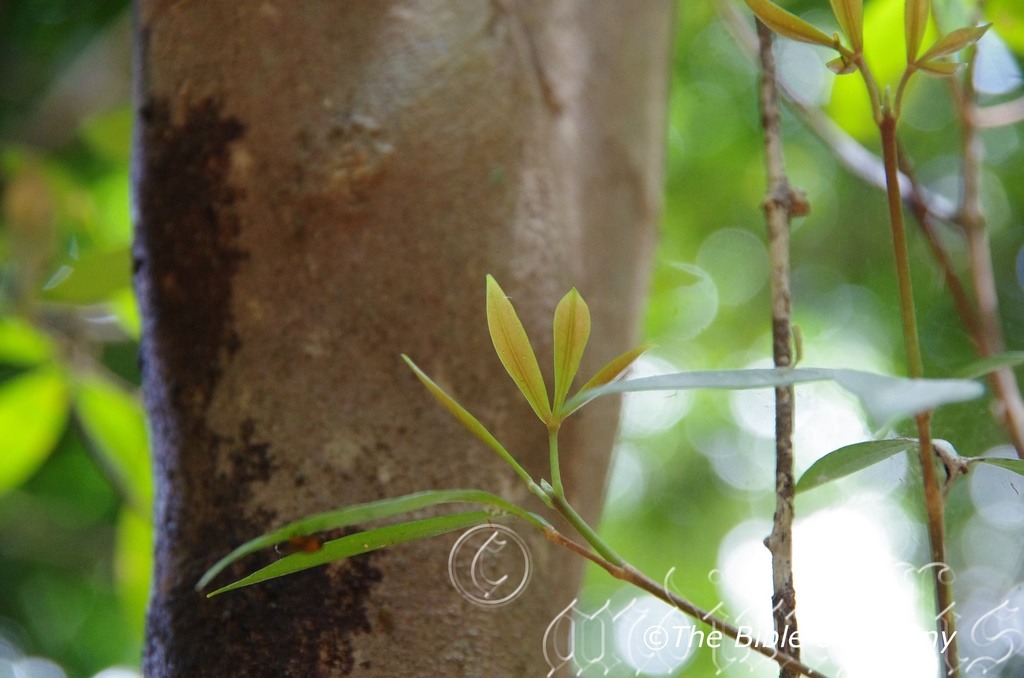
Border Ranges NSW
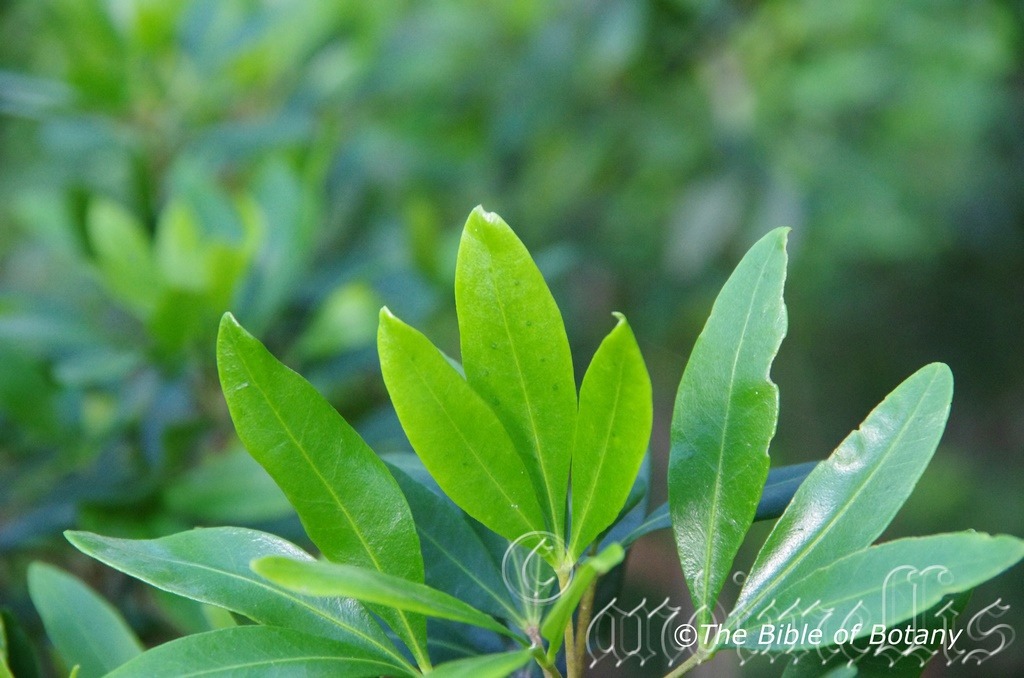
Border Ranges NSW
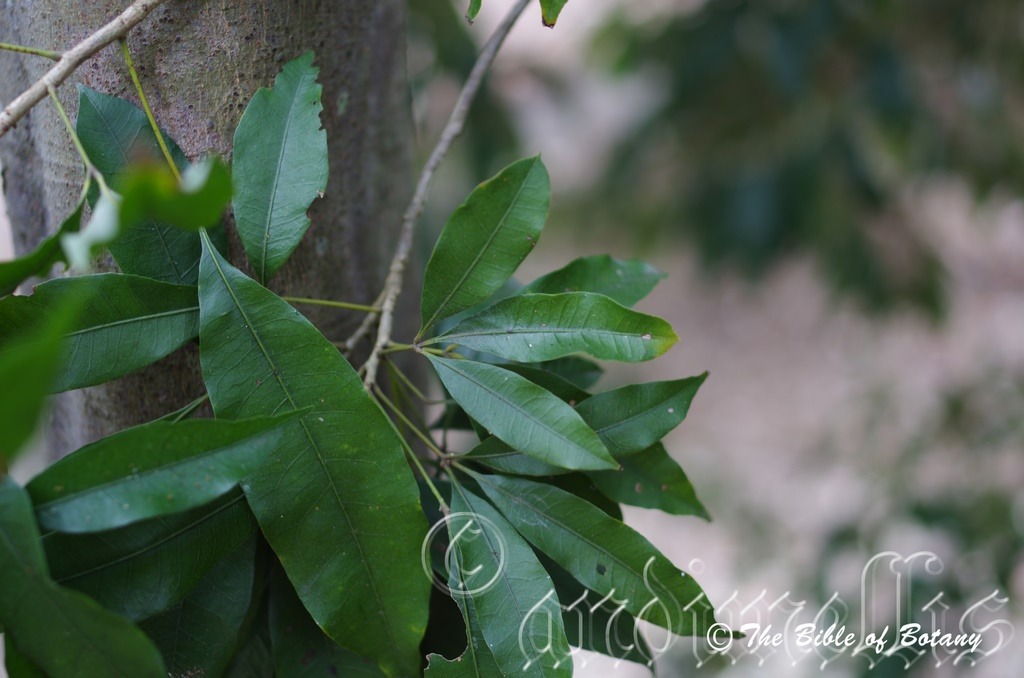
Border Ranges NSW
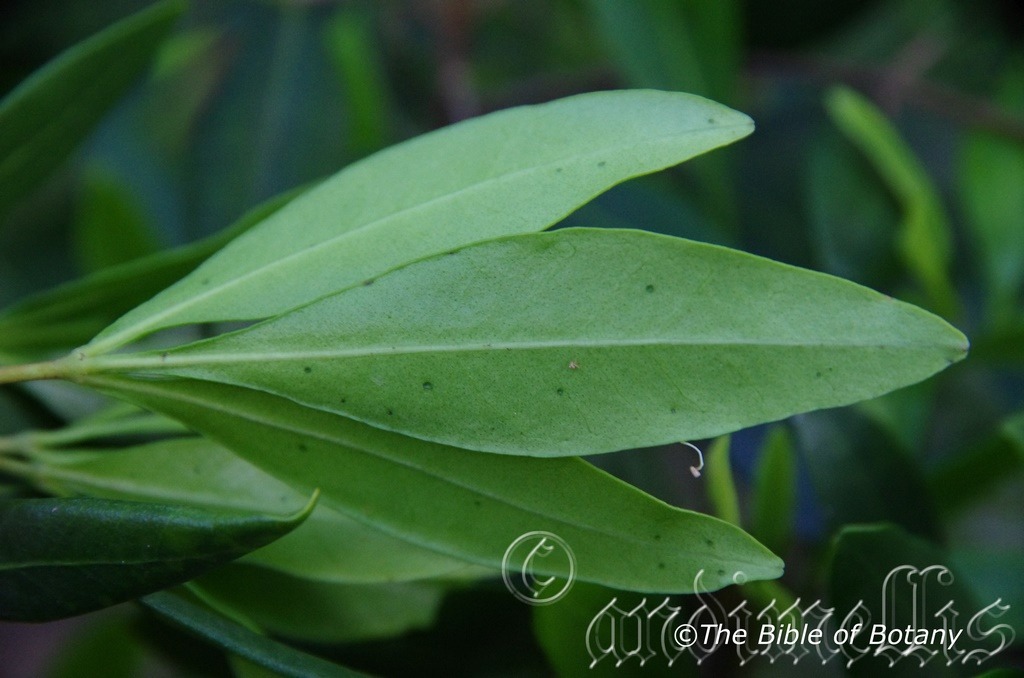
Border Ranges NSW
Acronychia suberosa
Classification:
Class: Rosids
Order: Sapindales
Family: Rutaceae
Genus: From Akros, which is Ancient Greek for the end or on the edge, and Onyx, which is Ancient Greek for a bird’s claw. It refers to petals, which resemble a bird’s claw.
Specie: From Suber, which is Latin for a thickening of the pericardium or bark layer. It refers to plants, which have a somewhat thick, corky bark.
Sub specie:
Common Name:
Distribution:
Acronychia suberosa is found south from the Macpherson Ranges in southern coastal Queensland to Dorrigo National Park in north eastern New South Wales. It is found on the Great Dividing Range.
https://avh.ala.org.au/occurrences/search?taxa=Acronychia+suberosa#tab_mapView
Habitat Aspect Climate:
Acronychia suberosa prefers dappled sun light to full shade. It is found in or adjacent to cool sub-tropical rainforests or warm temperate rainforests. The altitude ranges from 300 meters ASL to 800 meters ASL
The temperatures range from lows of 0 degrees in July to 34 degrees in January.
The rainfalls range from lows of 1000mm to an average of 2000mm annually.
Soil Requirements:
Acronychia suberosa prefers better quality deep, sandy loams, light fatty clays to medium clays. The soils are usually derived from decomposed brown basalts, black basalts. The soil’s pH ranges from 5pH to 6.5pH. It does not tolerate waterlogged soils but tolerates even soil moisture. None saline soils to moderately saline soils are tolerated.
Height & Spread:
Wild Plants:12m to 20m by 8m to 10m.
Characteristics:
The trunk of Acronychia suberosa is mid greyish-brown, shallowly longitudinally furrowed, straight to the first branch which is usually about one half of its height. The main branches are pale creamy-brown to greyish-brown and glabrous or sparsely covered in fine white hirsute hairs. The emerging branchlets are mid green to grass-green as they approach the juvenile branchlets. The juvenile branchlets are square in cross section and are covered in pale rusty brown pulverulent to tomentose hairs.
Acronychia suberosa opposite trifoliate or at times single leaf laminas are oblanceolata or elliptic to elliptic-oblong. The coriaceous leaflets measure 35mm to 100mm in length by 10mm to 30mm in width. The petiole is sparsely covered in white pulverulent hairs while the mature older petioles are marked by transverse corky ridges. The bases are tapering to cuneate while the apexes are acuminate with a rounded tip. The discolourous leaves are deep grass-green to sea-green, glabrous and dull on the upper laminas while the lower laminas are slightly paler. The juvenile foliage is bright glossy grass-green. The flat laminas decurve strongly on the apical half while the margins are. There are numerous distinct oil dots on the laminas. The midrib and main lateral veins are strongly prominent on the lower lamina and are distinctly visible on the upper lamina.
The inflorescences of Acronychia suberosa is a loose compound panicles born from the leaf axils. The panicles contain 4 to 20 individual disjunct flowers. The rachises, peduncles and pedicels are pale creamy-green and glabrous. The rachises measure 20mm to 40mm in length while the peduncles measure 10mm to 15mm in length and the pedicels measure 2mm to 4mm in length.
The individual flowers measure 16mm to 20mm in diameter. The 4 pale creamy-green broadly elliptical sepals have an obtuse apex and measure 2.5mm to 3.5mm in length. The 4 divaricated linear, white to cream petals recurve 180 degrees close to the apex. The petals are glabrous and measure 8mm to 10mm in length by 4mm to 5mm in width.
The 8 dimorphic, flattened stamens taper from the base to the apex and are spreading. The longer stamens are adjacent to the petals and measure 5mm to 6.5mm in length while the 4 shorter filaments are opposite the petals and measure 4mm to 5mm in length. The basifixed, obloidal anthers measure 1 to 1.4mm in length and have white pollen. The base of the anthers is covered in white villous hairs.
The 4.5mm to 6mm pale lime-green pistil has a greatly expanded base and sits on a pale yellow-green to yellow disc while the stigma is lime-green. Acronychia suberosa flowers appear from December to February.
Acronychia suberosa fruits are ellipsoidal to globose berries usually have 4 carpels or at times 5 carpels. The very pale creams to creamy-yellow or white fruits are grooved longitudinally and are glabrous or sparsely covered in white hirtellus hairs. The petals are persistent on apex of the ripe fruits. The aromatically scented drupes measure 10mm to 13mm in diameter. Each capsule will produce one or two glossy, pale brown to fawn oblong angled seeds which measure 3mm to 4mm in length.
Wildlife:
Acronychia suberosa attracts native bees when in flower.
The citrus black swallowtail butterfly (Papilio aegeus) lays its eggs on the leaves with little damage occurring.
The fruits attract many fruit eating birds like the Satin Bower bird, Regent Bower bird, cat birds, fig birds, Red cheeked wattle birds
The brush tail possum and ring tail possum along with the fruit bats are also attracted to the fruits.
The fruits were eaten by aborigines and have a strong, sour but aromatic lemon flavour.
Cultivation:
It would make an good fire retardant small tree.
* Fire retardant plants act as radiant heat screens and absorb more heat from an approaching fire without burning.
* Fire retardant trees are able reduce wind speed near a house or out buildings.
* Fire retardant also trap embers and sparks carried by the wind.
* Fire retardant ground covers are able to catch burning embers without catching fire themselves, and also slow the travel of a fire through debris and litter on the ground.
Acronychia suberosa is a beautiful shaped columnar small shade tree for the garden on sandy loams through to medium clays. It gives dense shade and is very suitable to coastal gardens in warm temperate and subtropical areas. I would be tempted to try this tree in semi-arid areas west of the Great Dividing Range where frosts are not experienced and an adequate supply of moisture is retained in the ground. It is moderately fast growing plants and will attain 10 meters to 12 meters in height by 5 meters to 7 meters in spread under cultivation where good conditions prevail when grown in an open park like scene.
The trees are a good foundation plant for starting a rain forest garden especially if the soils are medium to heavy clays and can retain even moisture throughout the year. The large leaves are very attractive and being semi glossy to glossy will give a rainforest appearance at a very early age.
It is very a good plant at hosting small epiphytic ferns and orchids if grown as a tree.
Acronychia suberosa is not as good a fruit producer as other Acronychia but would make a good addition to the orchard or garden as fruit is produced throughout autumn and winter.
The fruits can be used for flavourings and made into deserts, or popped directly into fruit salads. The fruits have a good shelf life which is another advantage.
Another problem may be that in monocultures the trees would eventually be attacked by flying foxes in particularly the grey headed flying fox (Pteropus poliocephalus), possums and a myriad number of fruit eating birds but if these are wanted in the garden then the trees have a great place in starting that rainforest close to the coast off.
Propagation:
Seed: Acronychia suberosa seeds need treatment before sowing. Seeds will need to be carefully removed from the shell which is similar to that surrounding an apple seed for best results. Sow the seeds directly into a seed raising mix after they have been soaked for half an hour in a weak seaweed solution.
When the seedlings are 25mm to 40mm tall, prick them out and plant them into 50mm native tubes using a seed raising mix.
Once the seedlings reach 150mm to 200mm in height or the first roots emerge from the bottom of the tube plant them out into their permanent position.
Fertilize using Seaweed, fish emulsion or organic chicken pellets soaked in water on an alternate basis. Fertilize every two months until the plants are established then twice annually in early September to March to maintain health, vitality and better flowering and better quality fruit.
Further Comments from Readers:
Hi reader, it seems you use The Bible of Botany a lot. That’s great as we have great pleasure in bringing it to you! It’s a little awkward for us to ask, but our first aim is to purchase land approximately 1,600 hectares to link several parcels of N.P. into one at The Pinnacles NSW Australia, but we need your help. We’re not salespeople. We’re amateur botanists who have dedicated over 30 years to saving the environment in a practical way. We depend on donations to reach our goal. If you donate just $5, the price of your coffee this Sunday, We can help to keep the planet alive in a real way and continue to bring you regular updates and features on Australian plants all in one Botanical Bible. Any support is greatly appreciated. Thank you.
In the spirit of reconciliation we acknowledge the Bundjalung, Gumbaynggirr and Yaegl and all aboriginal nations throughout Australia and their connections to land, sea and community. We pay our respect to their Elders past, present and future for the pleasures we have gained.
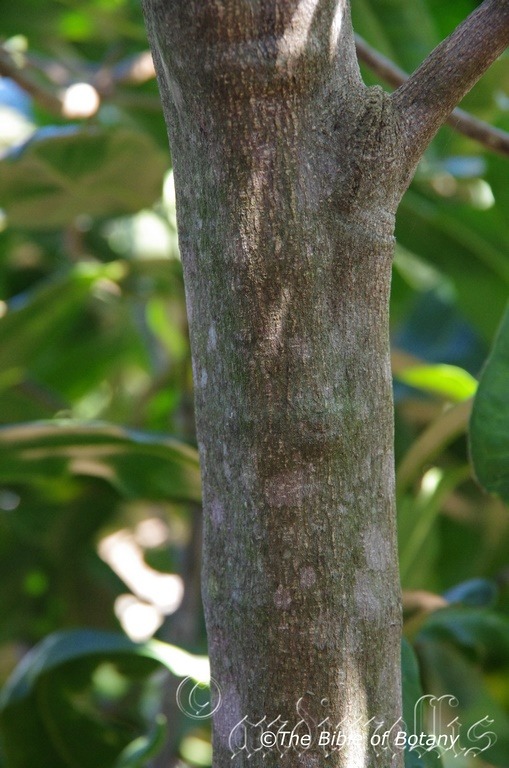
Tallebudgera Creek Qld.
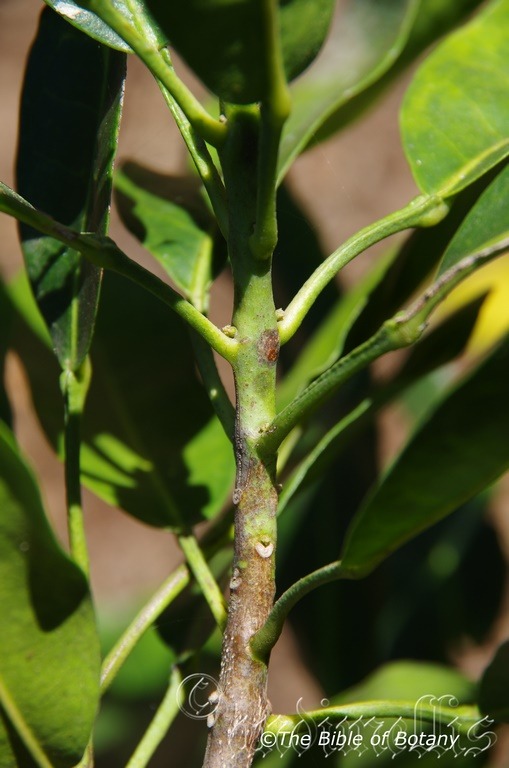
Tallebudgera Creek Qld.
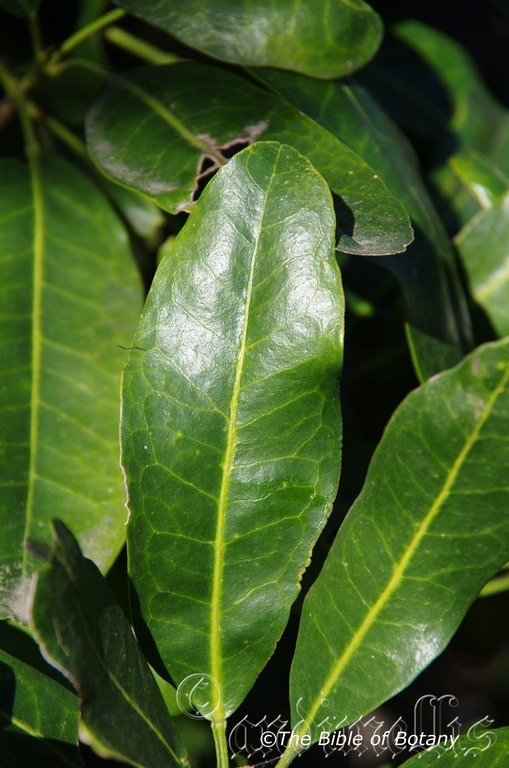
Tallebudgera Creek Qld.
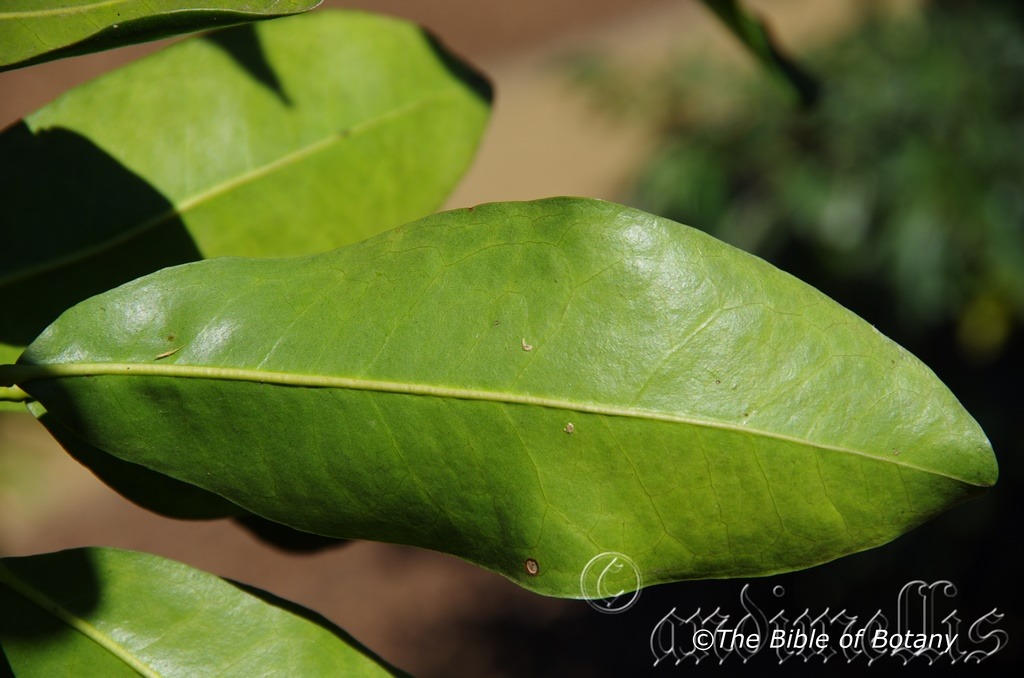
Tallebudgera Creek Qld.
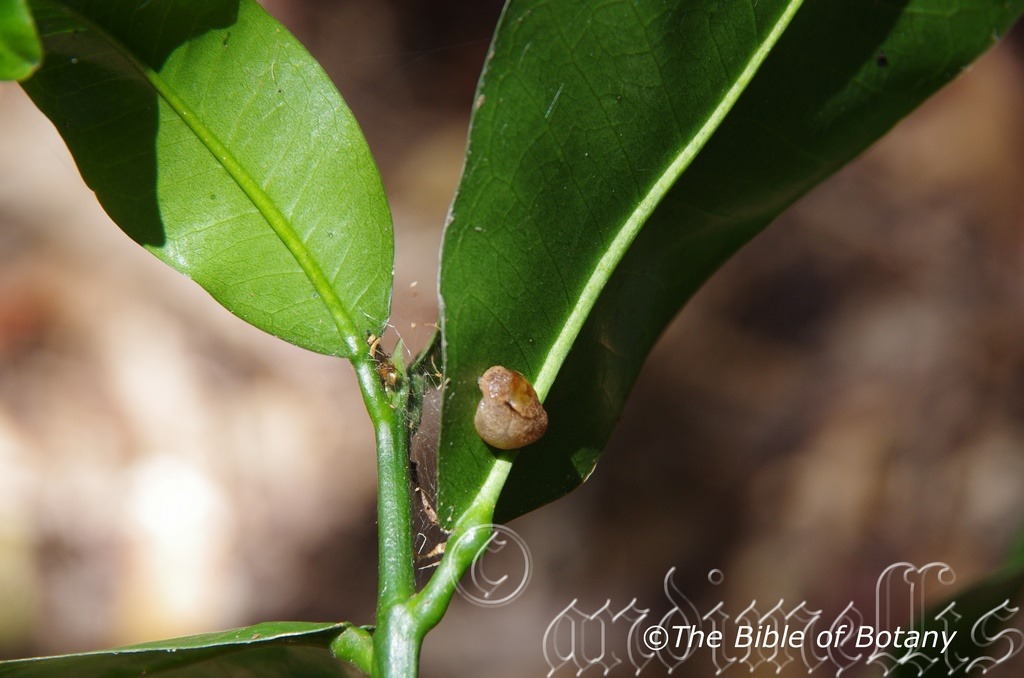
Rosser Gardens Benowa Qld.
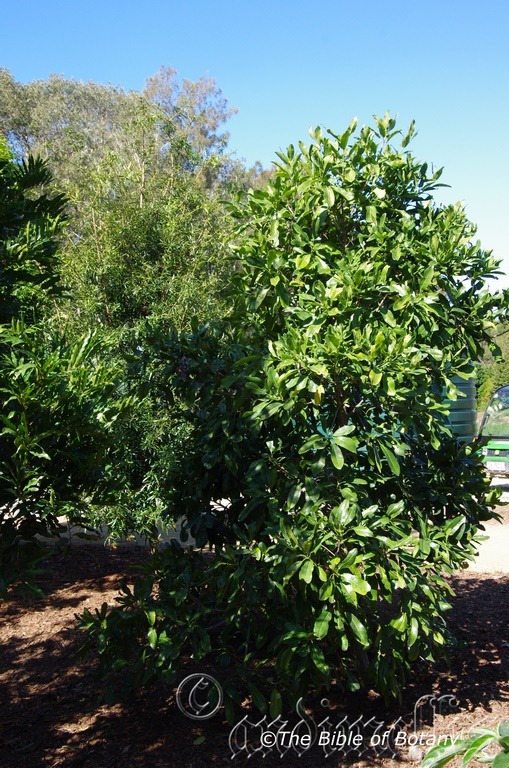
North Coast Botanic Gardens NSW
Acronychia wilcoxiana
Classification:
Class: Rosids
Order: Sapindales
Family: Rutaceae
Genus: From Akros, which is Ancient Greek for the end or on the edge, and Onyx, which is Ancient Greek for a bird’s claw. It refers to the apex of petals, which resemble a bird’s claw.
Specie: Is named in honour of James Fowler Wilcox; 1823-1881, who was a collector of plants and birds especially in the Northern Rivers zone where he died in South Grafton.
Sub specie:
Common Name: Silver Aspen.
Distribution:
Acronychia wilcoxiana is found south from Fraser Island in southern Queensland to near Gosford in central eastern New South Wales. It is found on and east of the Great Dividing Range.
https://avh.ala.org.au/occurrences/search?taxa=Acronychia+wilcoxiana#tab_mapView
Habitat Aspect Climate:
Acronychia wilcoxiana prefers dappled sun light to full shade. It is found in or adjacent to cool sub-tropical rainforests or warm temperate rainforests. The altitude ranges from 3 meters ASL to 100 meters ASL
The temperatures range from lows of 2 degrees in July to 34 degrees in January.
The rainfalls range from lows of 900mm to an average of 2200mm annually.
Soil Requirements:
Acronychia wilcoxiana prefers deep, coarse sands, fine sands, sandy loams, light fatty clays to medium clays. The soils are usually derived from accumulated peaty beach sands. The soil’s pH ranges from 4.5pH to 5pH. It tolerates seasonal waterlogged soils in the form of high water tables. None saline soils to moderately saline soils are tolerated.
Height & Spread:
Wild Plants: 5m to 9m by 5m to 6m.
Characteristics:
The trunk of Acronychia wilcoxiana is pale creamy-grey straight to the first branch which is usually about one half of its height. The main branches are pale creamy-brown and covered in paler coloured lenticels. The branchlets are mid green Turing almost lime-green as they approach the juvenile branchlets. The juvenile branchlets are flattened and glabrous.
Acronychia wilcoxiana‘s opposite leaves are obovate to oblanceolate or oblong-elliptical. The leaves measure 60mm to 220mm in length by 25mm to 90mm in width. The base is cuneate or at times tapering verging on cordate while the apex is broadly acuminate to narrow obtuse with or without an emarginated tip. The discolourous leaves are glabrous, semi glossy and deep grass-green to sea-green on the upper laminas while the lower laminas are paler. The juvenile foliage is bright glossy grass-green. The midrib is strongly prominent on the lower lamina while the lateral veins are slightly prominent on the lower lamina while both are distinctly visible on the upper lamina. The laminas are very slightly raised between the lateral veins and main vein. The margins are entire and undulating while the laminas are flat to slightly decurve from the main vein to the margins and close to the apex. The few oil dots are prominent and are evenly spaced throughout the lamina. The leaves emit a faint aromatic scent when crushed or damaged. The petiole has a distinct swelling at both the base of the lamina and the node. They measure 6mm to 30mm in length.
The inflorescences of Acronychia wilcoxianais a loose compound panicles borne from the leaf axils. The panicles contain 20 to 40 individual flowers. The rachises, peduncles and pedicels are deep grass-green and glabrous. The rachises measure 25mm to 30mm in length while the peduncles measure 8mm to 10mm in length and the pedicels measure 7mm to 8mm in length.
The individual flowers measure 20mm to 23mm in diameter. The 4 pale creamy-green obtuse sepals measure 1.2mm to 3mm in length. The 4 linear, white to creamy-yellow petals are decurve on maturity and recurve 90 degrees close to the apex. The linear, divaricated petals are glabrous and measure 8.5mm to 10mm in length by 3mm to 4mm in width.
The 8 dimorphic stamens taper from the base to the apex and are spreading. The longer stamens are adjacent to the petals while the shorter 4 are opposite the petals. The filaments measure 8mm to 10mm in length for the longer thicker ones while the shorter filaments measure 7mm to 9mm in length. The ovoidal anthers measure 1 in length with white pollen.
The 4.5mm to 6mm white to pale green pistil sits on a creamy-yellow disc while the stigma is white to pale yellow. Acronychia wilcoxiana‘s flowers appear from early February through to late April but maybe earlier or later in favourable seasons.
Acronychia wilcoxiana‘s fruit is a broad ovoidal to globose drupe usually comprising of 4 carpels or at times 5 lobed. The very pale cream to white fruits is deeply furrowed between the carpels and to a lesser extent between the two seeds in each carpel, from the base to the apex. The aromatically scented drupes measure 9mm to 20mm in diameter. Each capsule will produce one or two glossy, pale brown to fawn oblong angled seeds. Fruits mature from March to May.
Wildlife:
Acronychia wilcoxiana attracts native bees when in flower.
The Citrus Black Swallowtail butterfly (Papilio aegeus), Orchard Swallowtail and Dingy Swallowtail butterflies all lay their eggs on the leaves however little damage ever occurs.
The fruits attract many fruit eating birds like the Satin Bower bird, Regent Bower bird, cat birds, fig birds, Red cheeked wattle birds as well as insect eating birds which scan the trees for the butterfly larvae.
The brush tail possum and ring tail possum along with the fruit bats are also attracted to the fruits.
The fruits were eaten by aborigines and have a strong, sour but aromatic taste lemon flavour.
Cultivation:
It would make an good fire retardant small tree or large shrub.
* Fire retardant plants act as radiant heat screens and absorb more heat from an approaching fire without burning.
* Fire retardant trees are able reduce wind speed near a house or out buildings.
* Fire retardant also trap embers and sparks carried by the wind.
* Fire retardant ground covers are able to catch burning embers without catching fire themselves, and also slow the travel of a fire through debris and litter on the ground.
Acronychia wilcoxiana is a beautiful shaped spreading small shade tree for the garden on sandy loams through to light clays. It gives dense shade and is very suitable to coastal gardens in warm temperate to cool tropical areas. I would be tempted to try this tree in semi-arid areas west of the Great Dividing Range where frosts are not experienced and ground moisture can be maintained throughout the year like below septic trenches or along drainage channels. It is moderately fast growing plants and will attain 6 meters to 10 meters in height by 6 meters to 8 meters in spread under cultivation where good conditions prevail and grown in an open park like scene.
The trees are a good foundation plant for starting a rain forest garden especially if the soils are medium to heavy clays and can retain even moisture content. The large leaves are very attractive and being semi glossy to glossy will give a rainforest appearance at a very early age.
t is an excellent tree for hosting small and large epiphytic ferns and orchids if grown as a tree.
Acronychia wilcoxiana is not as good a fruit producer as other Acronychia but would make a good addition to the orchard or garden as fruit is produced throughout the year.
The fruits can be used for flavourings and made into deserts, or popped directly into fruit salads. The fruits have a good shelf life which is another advantage.
Another problem may be that in monocultures the trees would eventually be attacked by flying foxes in particularly the grey headed flying fox (Pteropus poliocephalus), possums and a myriad number of fruit eating birds but if these are wanted in the garden then the trees have a great place in starting that rainforest close to the coast off.
Propagation:
Seed: Acronychia wilcoxiana seeds need treatment before sowing. Seeds will need to be carefully removed from the shell which is similar to that surrounding an apple seed for best results. Sow the seeds directly into a seed raising mix after they have been soaked for half an hour in a weak seaweed solution.
When the seedlings are 25mm to 40mm tall, prick them out and plant them into 50mm native tubes using a seed raising mix.
Once the seedlings reach 150mm to 200mm in height or the first roots emerge from the bottom of the tube plant them out into their permanent position.
Fertilize using Seaweed, fish emulsion or organic chicken pellets soaked in water on an alternate basis. Fertilize every two months until the plants are established then twice annually in early September to March to maintain health, vitality and better flowering and better quality fruit.
Further Comments from Readers:
Hi reader, it seems you use The Bible of Botany a lot. That’s great as we have great pleasure in bringing it to you! It’s a little awkward for us to ask, but our first aim is to purchase land approximately 1,600 hectares to link several parcels of N.P. into one at The Pinnacles NSW Australia, but we need your help. We’re not salespeople. We’re amateur botanists who have dedicated over 30 years to saving the environment in a practical way. We depend on donations to reach our goal. If you donate just $5, the price of your coffee this Sunday, We can help to keep the planet alive in a real way and continue to bring you regular updates and features on Australian plants all in one Botanical Bible. Any support is greatly appreciated. Thank you.
In the spirit of reconciliation we acknowledge the Bundjalung, Gumbaynggirr and Yaegl and all aboriginal nations throughout Australia and their connections to land, sea and community. We pay our respect to their Elders past, present and future for the pleasures we have gained.
Acrostichum aureum
Classification:
Class: Pteridophyta
Order: Pteridopsida
Family: Ceratopteridaceae
Genus:From Akros, which is Ancient Greek for the end or on the edge, and Stichum, which is Ancient Greek for a row. It refers to sporangia, which are positioned on the apical leaflets in a row near the apex.
Specie: From Aurum, which is Latin for gold especially the colour of gold. It refers to structures or organs, which are deep golden to yellow-orange in colour.
Common Name: Golden Fern or Leather Fern.
Distribution:
Acrostichum aureum is found along the coast from Broome in Western Australian to Groote Eylandt in the Northern Territory.
It is found along the east coast of Australia south from Cape York Peninsula to the Richmond River in north eastern coastal New South Wales. It is classified as rare in New South Wales.
https://avh.ala.org.au/occurrences/search?taxa=Acrostichum+aureum#tab_mapView
Habitat Aspect Climate:
Acrostichum aureum prefers light shade to partial shade, dappled light and even a little full sun. It can be found growing along the coast in brackish estuaries associated with mangroves and on river banks and river flats where brackish water is associated with tidal patterns. It can also be found amongst mangroves growing on tidal flats where daily inundations occur. In the northern parts of its distribution Acrostichum aureum can be found hundreds of kilometres inland along permanent water courses. The altitude ranges from 1 meter BSL to 80 meters ASL
The temperatures range from 4 degrees in July to 42 degrees in January.
The rainfalls range from lows of 600mm to an average of 3200mm annually. This is not as important as where the ferns grow is tidal and strong capillary action of the soils will maintain good moisture levels throughout the year.
Soil Requirements:
Acrostichum aureum prefers deep, sandy loams, light fatty clays, medium mud clays or light mud silts to heavy muds. The soils are usually derived from alluvial deposits or accumulated peaty beach muds. It tolerates water logged soils. None moderately saline soils to extremely saline soils are tolerated.
It usually grows on mud banks and amongst mangroves in deep mud. The mud can be heavy silts, sandy clays through to wet heavy clays and peaty silts or even skeletal sands moved by tides and storm surges. Estuarine and mangrove mudflats have a huge variation in the PH ranging from 4PH to 8PH (Samples based on the Brisbane River between Wynnum and Pinkenba. ) compared to those found further inland. Inland the PH range was in the vicinity of 5PH to 6.5PH. This variation will vary from the type of soil being deposited, the amount of rain received in the catchment and frequency of tidal inundation. Plants would expect variations of up to 1.5 points even in the same locality and during one monsoonal season. I was not prepared, with limited time; to risk my wife’s life collecting samples from crocodile infested waters in the north so this is the best I can come up with. It is tolerant of water logged soils. Non saline soils to extremely saline soils are tolerated.
Height & Spread:
Wild plants grow from 1m to 1.5m by 2m x 4m across.
Characteristics:
While it is still common around Australia and New Guinea Acrostichum aureum is under threat with global warming and rises in sea levels which will flood its present habitats.
Acrostichum aureum is one of the few ferns that form large clumps. The rhizomes are thick and covered in large broad scales which measure 8mm to 10mm in length by 20mm to 30mm in width. The margins of the scales are entire.
Acrostichum aureum outer fronds are ascending while new inner fronds are held erect by the outer fronds. The rachises measure 0.5 meters to 0.8 meters in length by 1mm to 1.5mm in diameter. The alternate, linear pinnae number 12 to 48 and measure 60mm to 100mm length by 20mm to 40mm in width. The base is cuneate while the apex is narrow acuminate to caudate. The concolourous laminas are coriaceous, olive-green, glabrous and semi glossy. The margins are entire, flat to undulating while the laminas recurve slightly from the mid vein to the margins. The mid vein is prominent on the lower lamina and is clearly visible from the upper lamina. The petioles measure 4mm to 6mm in length.
Fertile fronds are shorter and narrower than sterile fronds measuring 500mm to 800mm long by 10mm to 20mm wide. Juvenile fronds are bright glossy green or red to maroon colour.
Confusing Species:
Acrostichum aureum has an obtuse apex. The stipe and rhizome scales measure 8mm to 10mm in length by 15mm to 30mm in width. The rachises measure 0.5 meters to 0.8 meters in length by 1mm to 1.5mm in diameter.
Acrostichum speciosum has an acute to tapering acute or narrow acuminate apex. The stipe and rhizome scales measure 8mm to 10mm in length by 20mm to 50mm in width. The rachises measure 0.3 meters to 0.5 meters in length by 2mm to 3mm in diameter.
Wildlife:
Wherever I found Acrostichum aureum growing the fronds are always covered in spider webs so this is not the fern for those who suffer arachnophobia.
Cultivation:
Acrostichum aureum is a very hardy fern in cultivation particularly near the coast where temperatures are more even. They can tolerate bright conditions and even thrive in very light shade though they will give up some of the glossiness in the fronds. Acrostichum aureum are ideal ferns for around pool scapes and against walls where the fronds are forced upwards. It makes an excellent tub plant or subjects in restricted areas like court yards where a taller hardier fern is required provided the mix is continuously wet. As long as they do not dry out and plentiful water is guaranteed healthy growth is assured.
Spiders that are attracted to the foliage in their natural habitat are not found in cultivation away from the mangroves and estuaries, so the fern is generally devoid of webs and clean. (This has been our experience of the ferns in the nursery and garden. Note we never use sprays in the nursery or garden. ) Because they can tolerate saline conditions it is an excellent choice for around salt water pools and sea side landscaping projects.
This fern looks particularly at home in courtyards where the 1.6 meter long fronds contrast beautifully against brick work, logs, stumps or other very hard line features. When it is placed in large white urns and placed in a corner they hold a majestic look a far cry from the drab origins of a muddy mangrove forest they originate from.
This is an ideal fern for those who have acid soils or soils reclaimed from mud flats like in coastal canal developments which may still have a high saline content.
Propagation:
Spores:
Step 1. Select spore from the fern fronds. Wait until the fern is just starting to release its spore. Rinse the fronds under clean running water and dry. This is to wash off any other spores from rogue ferns that may have settled onto the fronds. (There is nothing worse than having common brake or common soft bracken contaminating a prized tree fern or epiphyte.)
Step 2. Place the dry fronds in a clean brown paper bag and keep them in a cool dark place like the linen closet for about a week to ten days before you are ready to sow the spore. The exception to this rule applies to ferns, which produce green spores. These must be sown immediately that it is released. Todea Barbara is a good example of a fern, which produces green spore.
Step 3. Take a large ice cream container, a small ice cream container and a clean clear plastic bag large enough to seal the large ice cream container and three or four milk bottle tops.
Step 4. Punch or drill 6 to 10 5mm holes in the bottom of the small ice cream container.
Step 5. Wash both containers, tops and plastic bag so that they arevery clean and sterile.
Step 6. Use a clean fine seed raising mi. We used 30mm fine sand, 30mm peat and 30mm perlite and 10mm vermiculite. We used crushed basalt, crusher dust and peat in a 50:50 ratio for epiphytes. Moisten the mix enough that water does not run out when the mix is squeezed between the fingers.
Step 7. Place the moisten mix (Enough to half fill the small ice cream container) in the microwave oven with a large glass of water for 7 or 8 minutes, until the water is boiling. Allow them to cool in the oven. You will need the water later so do not tip it out.
Step 8. Take the brown paper bag out of the linen closet. Shake the bag and remove the fronds. You should have a yellow, brown, black or rarely greenish brown or ochre powder or very fine, small round pin head size spore depending on the specie involved.
Step 9. Remove the mixture from the oven once it has cooled and place it in the small ice cream container and level.
Step 10. Sprinkle the spore sparsely over the mixture in the small ice cream container.
Step 11. Place the milk bottle tops in the large ice cream container with the flat surface facing down. Place the small ice cream container in the large ice cream container so that it is sitting on the milk bottle tops.
Step 12. Remove the water from the microwave and pour it into the larger ice cream container so there is 25mm to 30mm of water in the bottom.
Step 13. Place the ice cream containers in the plastic bag and seal. Step 14. Place the contents and bag in a warm shady place preferably 50mm to 70mm shade depending on the specie. Shade houses and some window sills are ideal.
Step 14. The surface should turn green within a week to two weeks. The prothallus will then develop. From the prothalus the first true fronds will appear. Wait until the ferns are 20mm to 35mm in height before you attempt to transplant them. Once they are ready open the bag up slightly and allow the air to flow around the little ferns. Every 3 to 5 days open the bag a little further so the ferns get use to their new environment. Allow them a week to two weeks to harden off before you transplant them following the removal of the plastic bag. Carefully prick them out into 50mm standard squat tubes as you would any seedling.
Do not try to transplant them as single plants as they are still a little delicate.
Once the smaller ones again reach 50mm to 70mm you may wish to divide the stronger and hardier individual plants into smaller clumps in 100mm squat pots.
Step 16. We fertilized with seaweed, fish emulsion or organic chicken pellets soaked in water on an alternate basis until established. Fertilize every two months for one year even when in the ground.
INDOORS OR POTTED ON:
Plants that are being used as patio or for indoors should have a good quality indoor mix.
Sawdust or sand mixes are too well draining unless the sawdust has completely composted down where it exhibits a texture like plasticine to the touch. Moisture can be squeezed out between the fingers yet it remains moist. I find this a great basis to start with.
Mix equal parts of the well decomposed saw dust with the above feel with perlite and vermiculite. To this add two part sharp clean sand, one part compost and one part good crusher dust from basalt rock quarries. Preferably black basalt but both are good. Make sure the sand comes from a source that does not have salt.
The Saw dust in this condition creates the moisture retention and holds nutrient in. The perlite and vermiculite make the mix neutral and both have great water holing capacity without shrinkage with age. The sand creates good drainage and is good for good healthy root development. The crusher dust adds vital minerals which the plants need.
Further Comments from Readers:
Hi reader, it seems you use The Bible of Botany a lot. That’s great as we have great pleasure in bringing it to you! It’s a little awkward for us to ask, but our first aim is to purchase land approximately 1,600 hectares to link several parcels of N.P. into one at The Pinnacles NSW Australia, but we need your help. We’re not salespeople. We’re amateur botanists who have dedicated over 30 years to saving the environment in a practical way. We depend on donations to reach our goal. If you donate just $5, the price of your coffee this Sunday, We can help to keep the planet alive in a real way and continue to bring you regular updates and features on Australian plants all in one Botanical Bible. Any support is greatly appreciated. Thank you.
In the spirit of reconciliation we acknowledge the Bundjalung, Gumbaynggirr and Yaegl and all aboriginal nations throughout Australia and their connections to land, sea and community. We pay our respect to their Elders past, present and future for the pleasures we have gained.
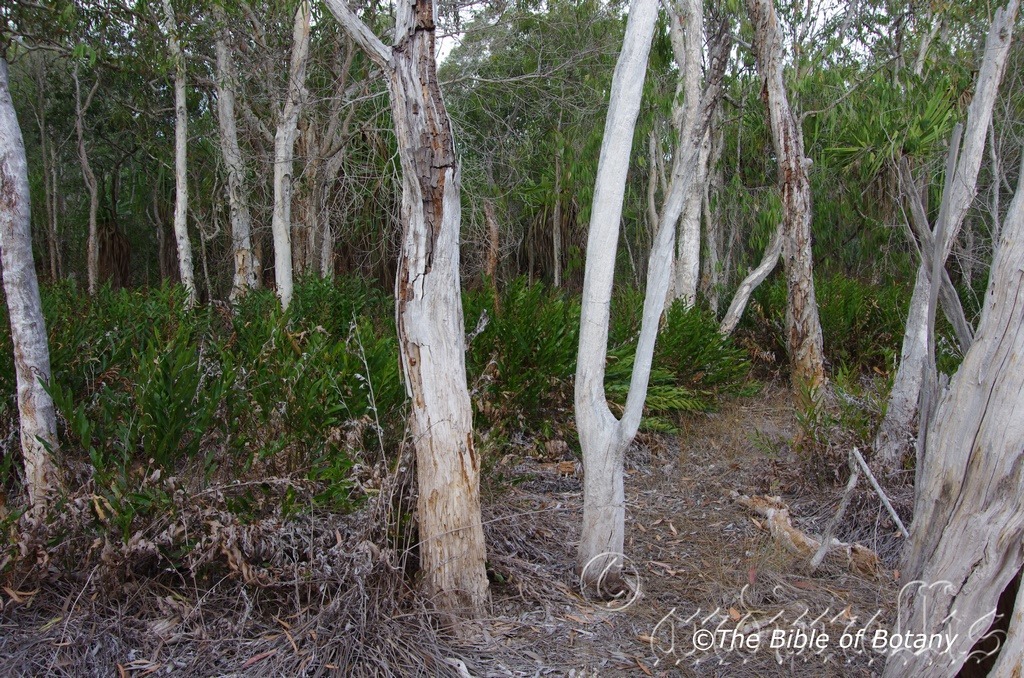
Magnetic Island Qld.
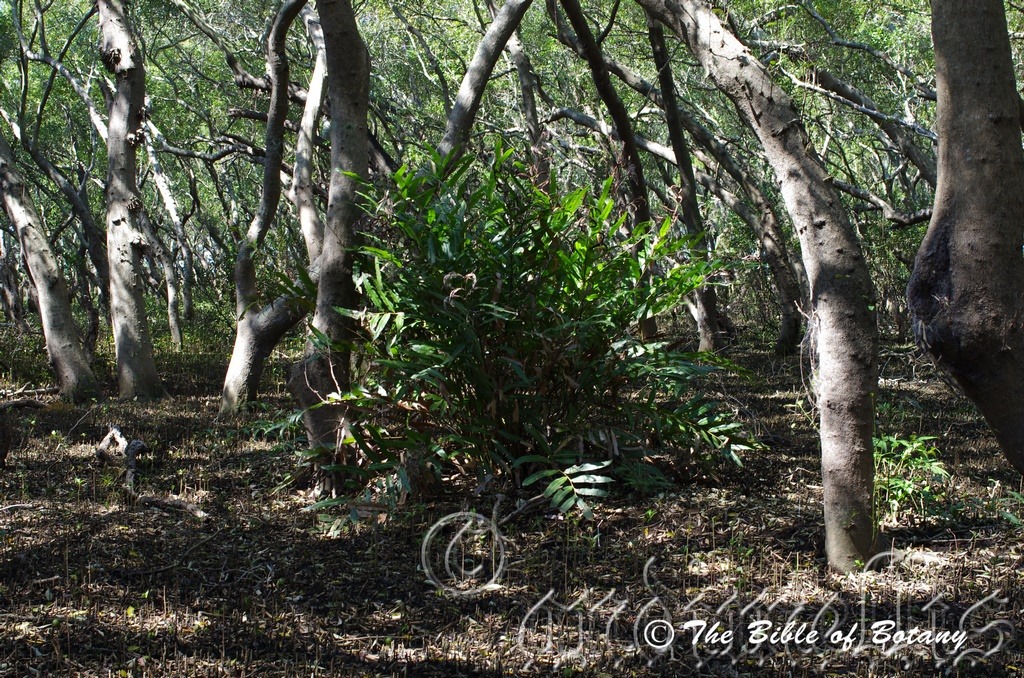
Wynumm Foreshore Qld.
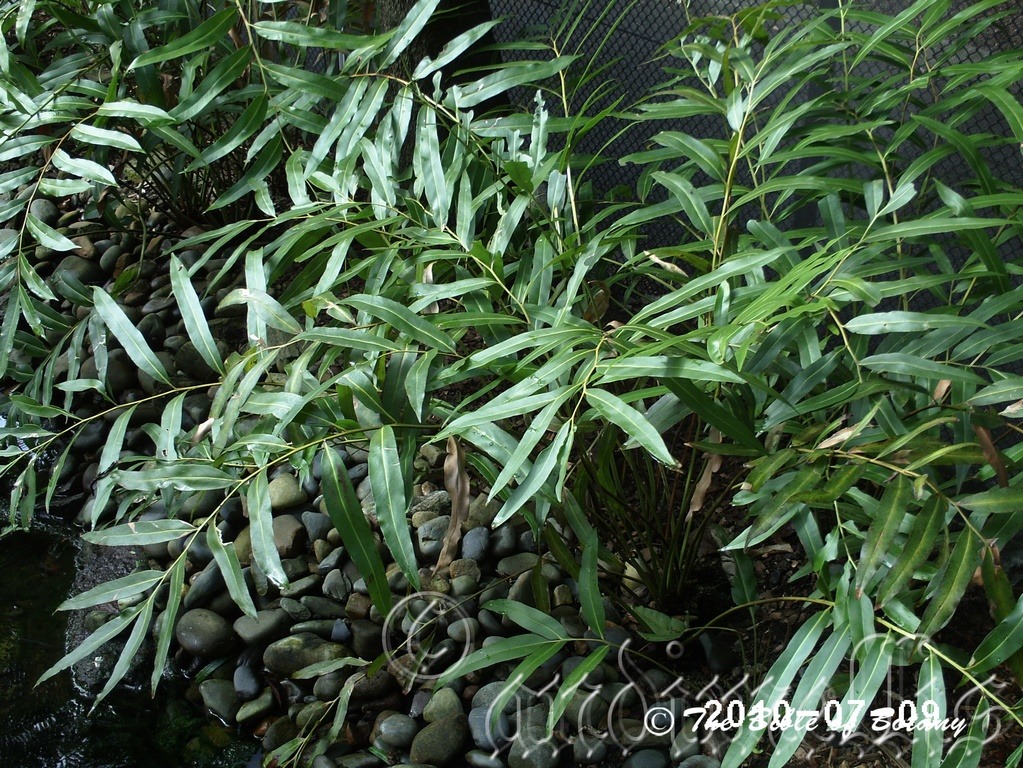
Wynumm Foreshore Qld.
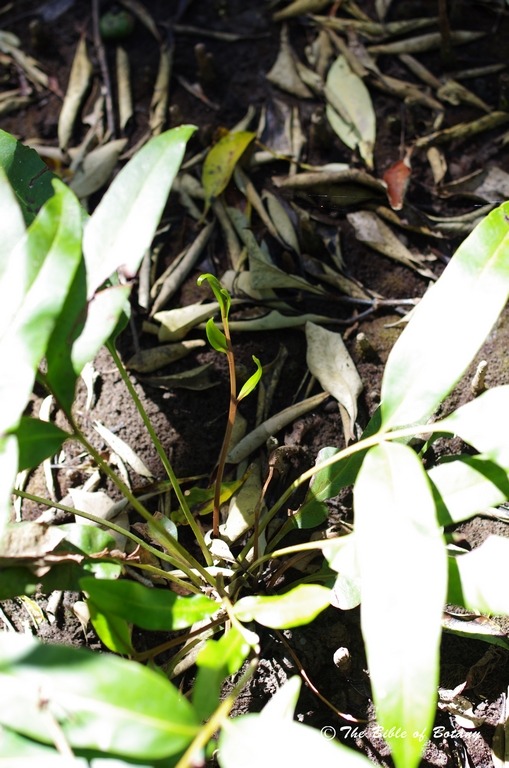
Wynumm Foreshore Qld.
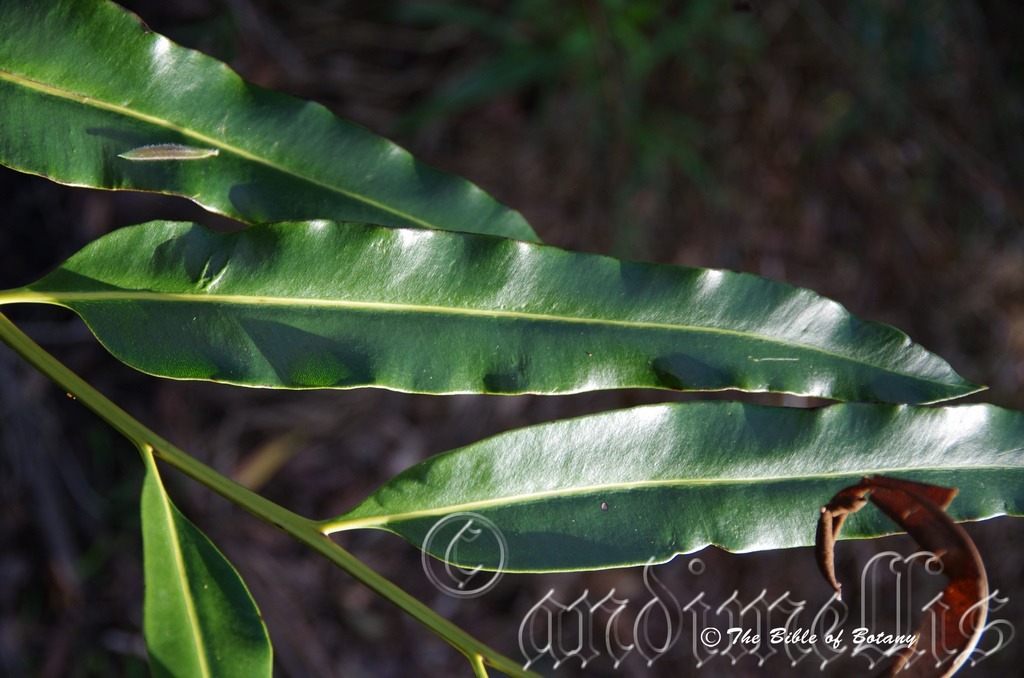
Coffs Creek Coffs Harbour NSW
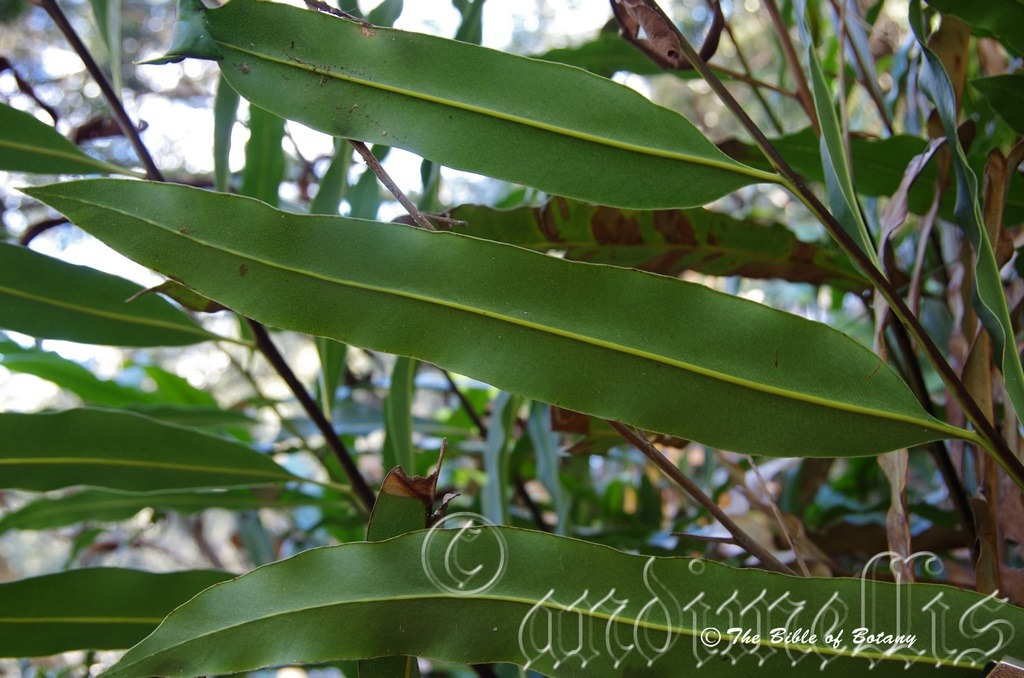
Coffs Creek Coffs Harbour NSW
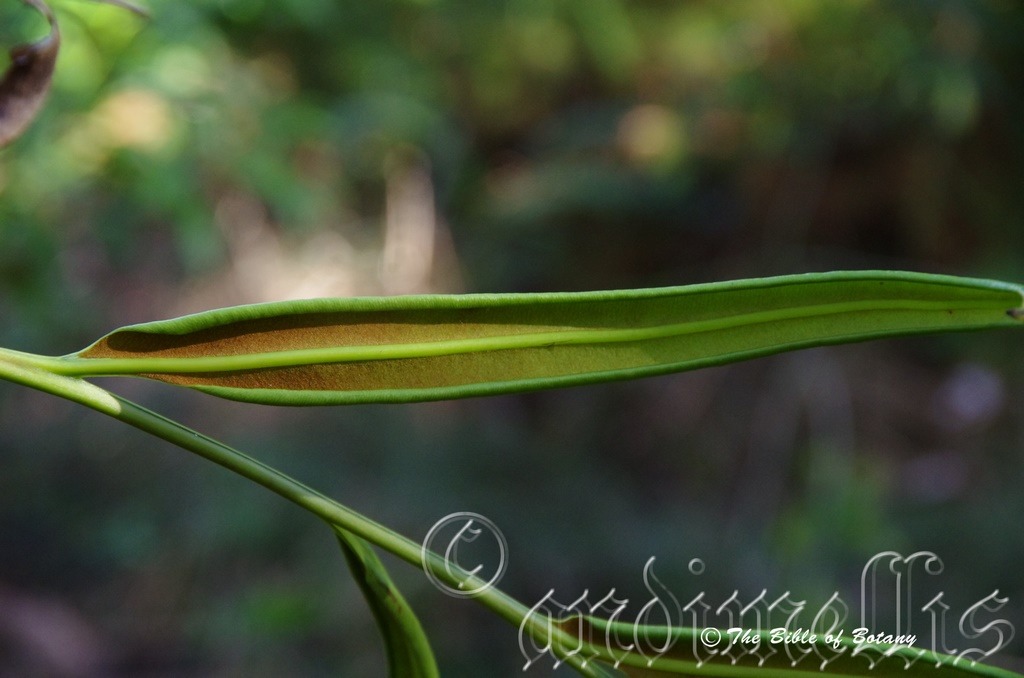
Coffs Creek Coffs Harbour NSW
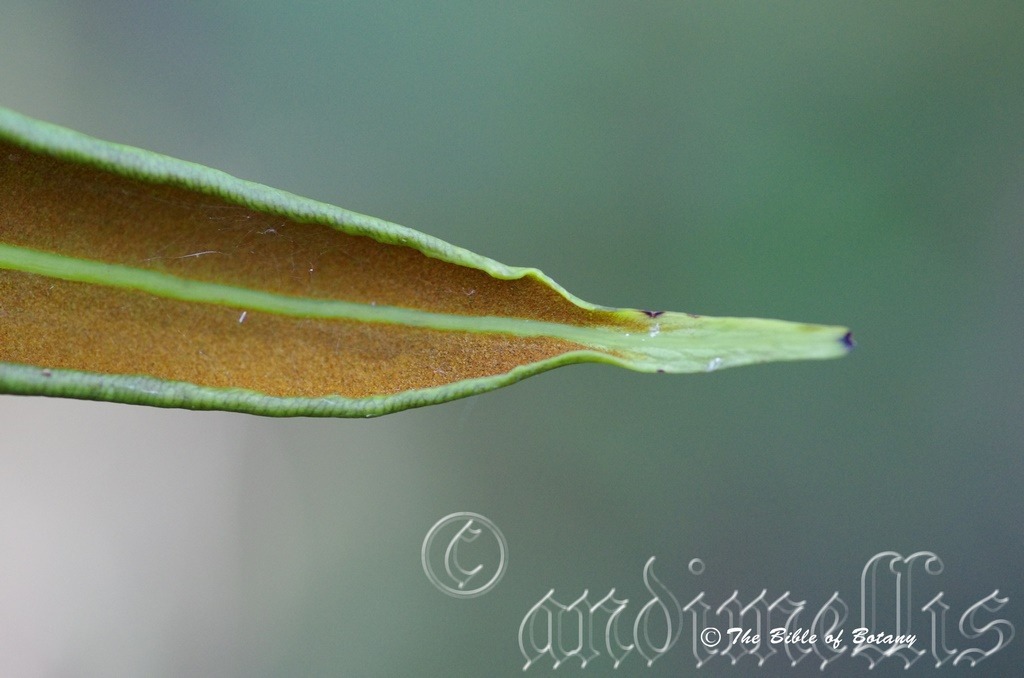
Coffs Creek Coffs Harbour NSW
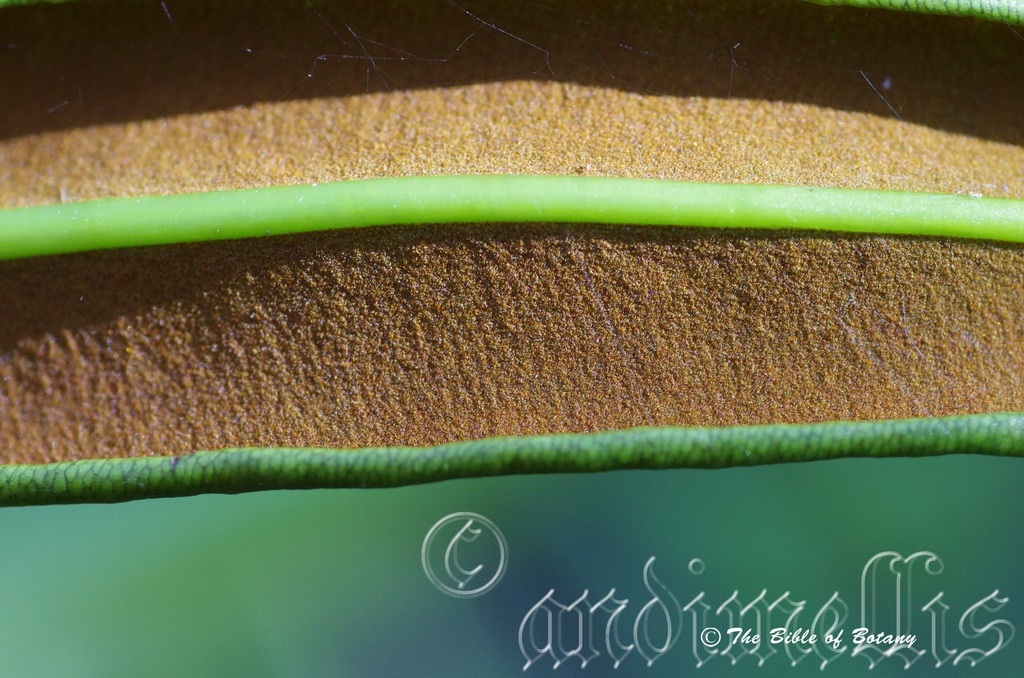
Coffs Creek Coffs Harbour NSW
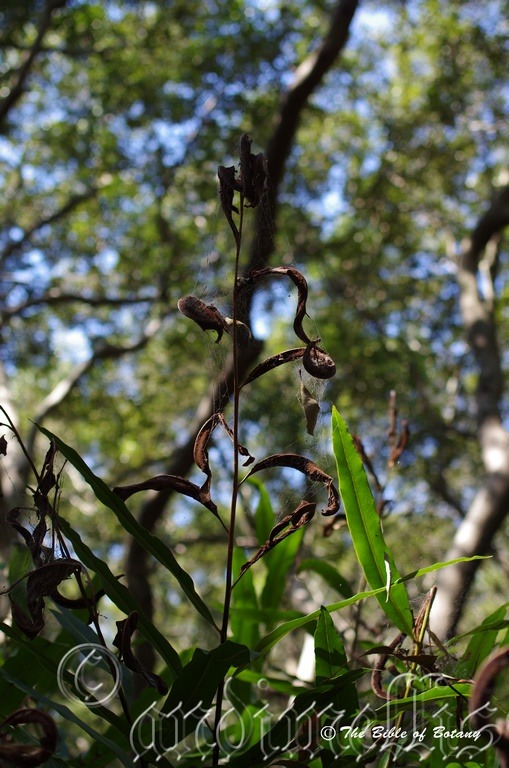
Wynumm Foreshore Qld.
Acrostichum speciosum
Classification:
Class: Pteridophyta
Order: Pteridopsida
Family: Ceratopteridaceae
Genus: From Akros, which is Ancient Greek for the end or on the edge, and Stichum, which is Ancient Greek for a row. It refers to sporangia, which are positioned on the apical leaflets in a row near the apex.
Specie: From Speciosum, which is Latin for the appearance of. It refers to plants, structures or at times organs, which display an appearance of being good-looking, handsome, beautiful splendid, brilliant or showy.
Common Name: Mangrove Fern or Leather Fern.
Distribution:
Acrostichum speciosum is found along the coast from Broome in Western Australian to North Island in the Gulf of Carpentaria in the Northern Territory. There is an outlying colony on De Grey creek in Western Australia.
It is found along the east coast of Australia south from Cape York Peninsula where it is found on both sides of the peninsula to Iluka in north eastern coastal New South Wales. It is classified as rare in New South Wales.
https://avh.ala.org.au/occurrences/search?taxa=Acrostichum+speciosum#tab_mapView
Habitat Aspect Climate:
Acrostichum speciousum prefers light shade to partial shade, dappled light and even a little full sun. It can be found growing along the coast in brackish estuaries associated with mangroves and on river banks and river flats where brackish water is associated with tidal patterns. It can also be found amongst mangroves growing on tidal flats where daily inundations occur. It is usually found in less exposed situations than Acrostichum aureum. The altitude ranges from 1 meter BSL to 15 meters ASL
The temperatures range from 4 degrees in July to 42 degrees in January.
The rainfalls range from lows of 600mm to an average of 3200mm annually. This is not as important as where the ferns grow is tidal and strong capillary action of the soils will maintain good moisture levels throughout the year.
Soil Requirements:
Acrostichum speciosum prefers deep, sandy loams, light fatty clays, medium mud clays or light mud silts to heavy muds. The soils are usually derived from alluvial deposits or accumulated peaty beach muds. It tolerates water logged soils. None moderately saline soils to extremely saline soils are tolerated.
It grows on mud banks and amongst mangroves in deep mud. The mud can be heavy silts, sandy clays through to wet heavy clays and peaty silts or even skeletal sands moved by tides and storm surges. Estuarine and mangrove mudflats have a huge variation in the PH ranging from 4PH to 8.5PH (Samples based on the Brisbane River between Wynnum and Pinkenba. ) compared to those found further inland. Inland the PH range was in the vicinity of 5PH to 6.5PH. This variation will vary from the type of soil being deposited, the amount of rain received in the catchment and frequency of tidal inundation. Plants would expect variations of up to 1.5 points even in the same locality and during one monsoonal season. I was not prepared, with limited time; to risk my wife’s life collecting samples from crocodile infested waters in the north so this is the best I can come up with. It is tolerant of water logged soils. Non saline soils to extremely saline soils are tolerated.
Height & Spread:
Wild plants grow from 1m to 2m by 2m x 4m across.
Characteristics:
While it is still common around Australia and New Guinea Acrostichum speciousum is under threat with global warming and rises in sea levels which will flood its present habitats.
Acrostichum speciosum is one of the few ferns that form large clumps. The rhizomes are thick and covered in large broad scales which measure 8mm in length by 8mm in width. The margins of the scales are entire.
Acrostichum speciosum outer fronds are ascending while new inner fronds are held erect by the outer fronds. The golden-green rachises measure 1.5 meters to 2.1 meters in length. The alternate, linear pinnae number 12 to 48 and measure 60mm to 100mm length by 20mm to 40mm in width. The base is cuneate while the apex is narrow acuminate to caudate. The concolourous laminas are coriaceous, olive-green, glabrous and semi glossy. The margins are entire, flat to undulating while the laminas recurve slightly from the mid vein to the margins. The mid vein is prominent on the lower lamina and is clearly visible from the upper lamina. The petioles measure 4mm to 6mm in length.
Fertile fronds are shorter and narrower than sterile fronds measuring 500mm to 800mm long by 10mm to 20mm wide. Juvenile fronds are bright glossy green or red to maroon colour.
Confusing Species:
Acrostichum speciosum has an acute to tapering acute or narrow acuminate apex. The stipe and rhizome scales measure 8mm to 10mm in length by 20mm to 50mm in width. The rachises measure 0.3 meters to 0.5 meters in length by 2mm to 3mm in diameter.
Acrostichum speciosum has an obtuse apex. The stipe and rhizome scales measure 8mm to 10mm in length by 15mm to 30mm in width. The rachises measure 0.5 meters to 0.8 meters in length by 1mm to 1.5mm in diameter.
Wildlife:
Wherever I have found Acrostichum speciosum growing the fronds are always covered in spider webs so this is not the fern for those who suffer arachnophobia.
Cultivation:
Acrostichum speciosum is a very hardy fern in cultivation particularly near the coast where temperatures are more even. They can tolerate bright conditions and even thrive in very light shade though they will give up some of the glossiness in the fronds. Acrostichum speciosum are ideal ferns for around pool scapes and against walls where the fronds are forced upwards. They make excellent tub plants or subjects in restricted areas like court yards where a taller hardier fern is required provided the mix is continuously wet. As long as they do not dry out and plentiful water is guaranteed healthy growth is assured.
Spiders that are attracted to the foliage in their natural habitat are not found in cultivation away from the mangroves and estuaries, so the fern is devoid of webs and clean. (This has been our experience of the ferns in the nursery and garden. Note we never use sprays in the nursery or garden. ) Because they can tolerate saline conditions it is an excellent choice for around salt water pools and sea side landscaping projects.
This fern looks particularly at home in court yards where the 1.6 meter long fronds contrast beautifully against brick work, logs, stumps or other very hard line features. When it is placed in large white urns and placed in a corner they hold a majestic look a far cry from the drab origins of a muddy mangrove forest they originate from.
This is an ideal fern for those who have acid soils or soils reclaimed from mud flats like in coastal canal developments which may still have a high saline content.
Propagation:
Spores:
Step 1. Select spore from the fern fronds. Wait until the fern is just starting to release its spore. Rinse the fronds under clean running water and dry. This is to wash off any other spores from rogue ferns that may have settled onto the fronds. (There is nothing worse than having common brake or common soft bracken contaminating a prized tree fern or epiphyte.)
Step 2. Place the dry fronds in a clean brown paper bag and keep them in a cool dark place like the linen closet for about a week to ten days before you are ready to sow the spore. The exception to this rule applies to ferns, which produce green spores. These must be sown immediately that they are released. Todea Barbara is a good example of a fern, which produces green spore.
Step 3. Take a large ice cream container, a small ice cream container and a clean clear plastic bag large enough to seal the large ice cream container and three or four milk bottle tops.
Step 4. Punch or drill 6 to 10 5mm holes in the bottom of the small ice cream container.
Step 5. Wash both containers, tops and plastic bag so that they are very clean and sterile.
Step 6. Use a clean fine seed raising mi. We used 30mm fine sand, 30mm peat and 30mm perlite and 10mm vermiculite. We used crushed basalt, crusher dust and peat in a 50:50 ratio for epiphytes. Moisten the mix enough that water does not run out when the mix is squeezed between the fingers.
Step 7. Place the moisten mix (Enough to half fill the small ice cream container) in the microwave oven with a large glass of water for 7 or 8 minutes, until the water is boiling. Allow them to cool in the oven. You will need the water later so do not tip it out.
Step 8. Take the brown paper bag out of the linen closet. Shake the bag and remove the fronds. You should have a yellow, brown, black or rarely greenish brown or ochre powder or very fine, small round pin head size spore depending on the specie involved.
Step 9. Remove the mixture from the oven once it has cooled and place it in the small ice cream container and level.
Step 10. Sprinkle the spore sparsely over the mixture in the small ice cream container.
Step 11. Place the milk bottle tops in the large ice cream container with the flat surface facing down. Place the small ice cream container in the large ice cream container so that it is sitting on the milk bottle tops.
Step 12. Remove the water from the microwave and pour it into the larger ice cream container so there is 25mm to 30mm of water in the bottom.
Step 13. Place the ice cream containers in the plastic bag and seal. Step 14. Place the contents and bag in a warm shady place preferably 50mm to 70mm shade depending on the specie. Shade houses and some window sills are ideal.
Step 14. The surface should turn green within a week to two weeks. The prothallus will then develop. From the prothalus the first true fronds will appear. Wait until the ferns are 20mm to 35mm in height before you attempt to transplant them. Once they are ready open the bag up slightly and allow the air to flow around the little ferns. Every 3 to 5 days open the bag a little further so the ferns get use to their new environment. Allow them a week to two weeks to harden off before you transplant them following the removal of the plastic bag. Carefully prick them out into 50mm standard squat tubes as you would any seedling.
Do not try to transplant them as single plants as they are still a little delicate.
Once the smaller ones again reach 50mm to 70mm you may wish to divide the stronger and hardier individual plants into smaller clumps in 100mm squat pots.
Step 16. We fertilized with seaweed, fish emulsion or organic chicken pellets soaked in water on an alternate basis until established. Fertilize every two months for one year even when in the ground.
INDOORS OR POTTED ON:
Plants that are being used as patio or for indoors should have a good quality indoor mix.
Sawdust or sand mixes are too well draining unless the sawdust has completely composted down where it exhibits a texture like plasticine to the touch. Moisture can be squeezed out between the fingers yet it remains moist. I find this a great basis to start with.
Mix equal parts of the well decomposed saw dust with the above feel with perlite and vermiculite. To this add two part sharp clean sand, one part compost and one part good crusher dust from basalt rock quarries. Preferably black basalt but both are good. Make sure the sand comes from a source that does not have salt.
The Saw dust in this condition creates the moisture retention and holds nutrient in. The perlite and vermiculite make the mix neutral and both have great water holing capacity without shrinkage with age. The sand creates good drainage and is good for good healthy root development. The crusher dust adds vital minerals which the plants need.
Further Comments from Readers:
Hi reader, it seems you use The Bible of Botany a lot. That’s great as we have great pleasure in bringing it to you! It’s a little awkward for us to ask, but our first aim is to purchase land approximately 1,600 hectares to link several parcels of N.P. into one at The Pinnacles NSW Australia, but we need your help. We’re not salespeople. We’re amateur botanists who have dedicated over 30 years to saving the environment in a practical way. We depend on donations to reach our goal. If you donate just $5, the price of your coffee this Sunday, We can help to keep the planet alive in a real way and continue to bring you regular updates and features on Australian plants all in one Botanical Bible. Any support is greatly appreciated. Thank you.
In the spirit of reconciliation we acknowledge the Bundjalung, Gumbaynggirr and Yaegl and all aboriginal nations throughout Australia and their connections to land, sea and community. We pay our respect to their Elders past, present and future for the pleasures we have gained.
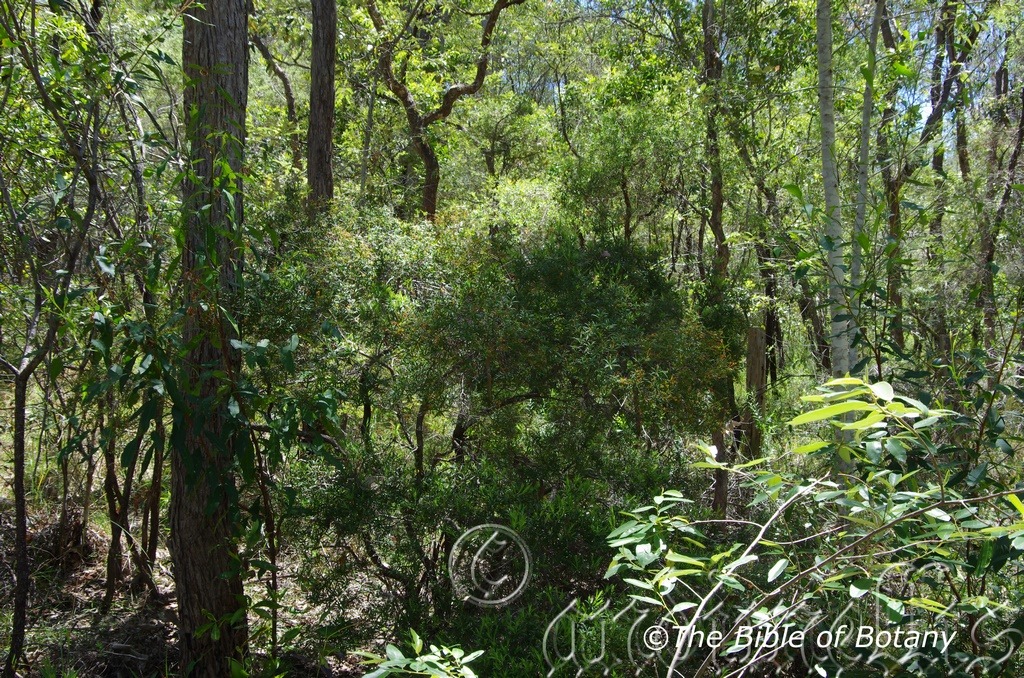
Fortis Creek National Park NSW
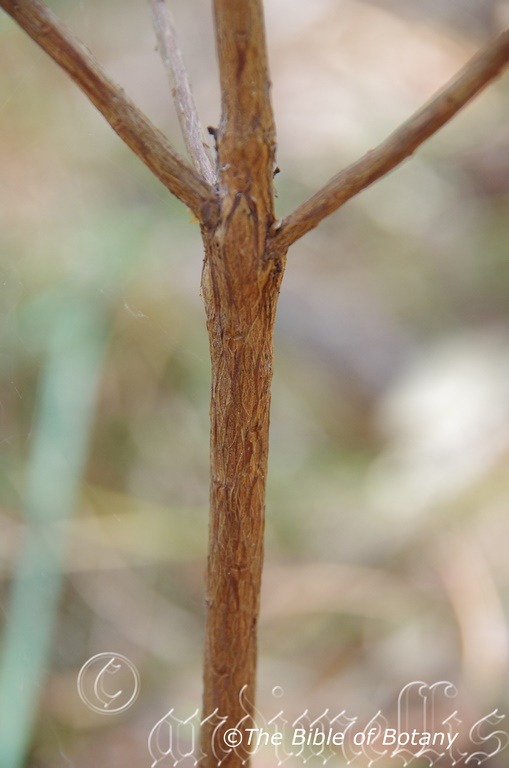
Fortis Creek National Park NSW
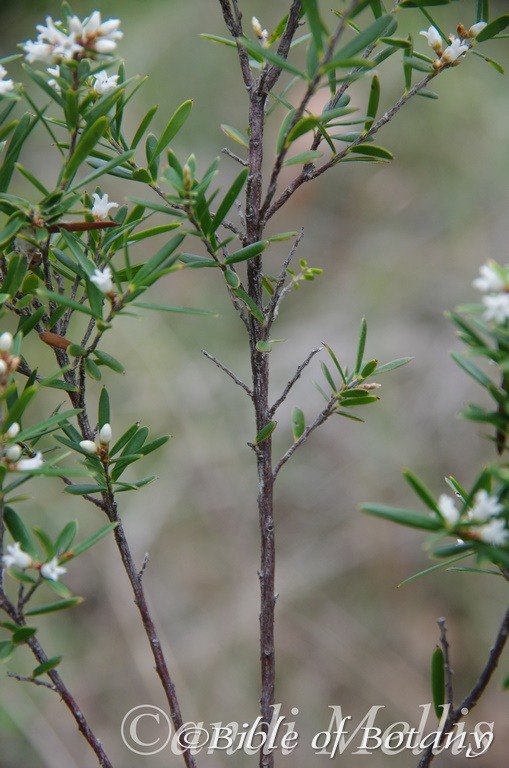
Fortis Creek National Park NSW
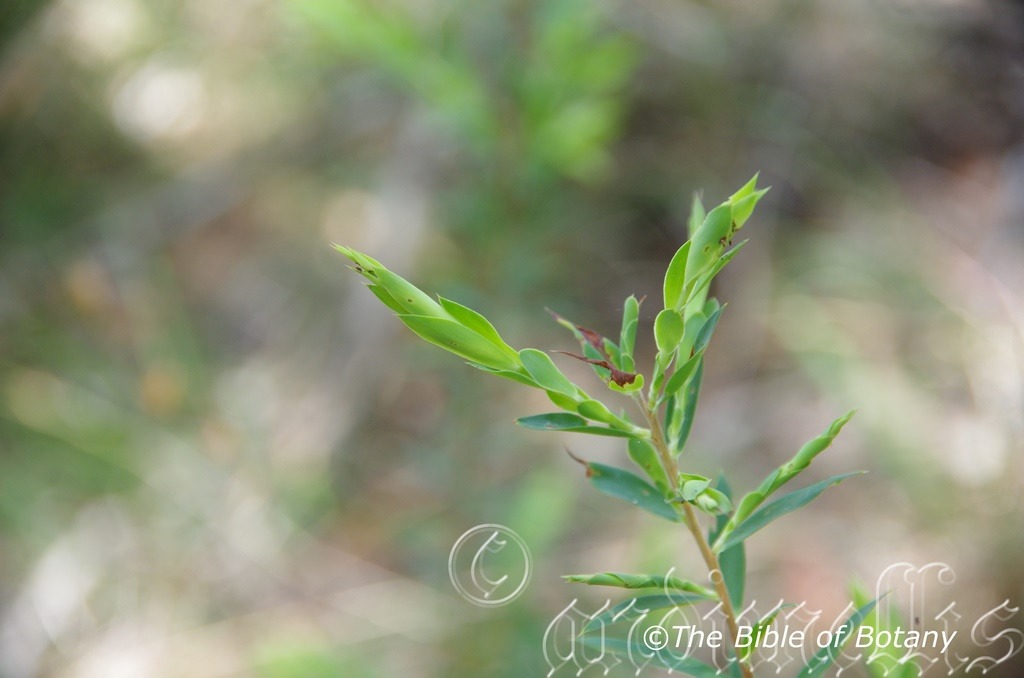
Fortis Creek National Park NSW
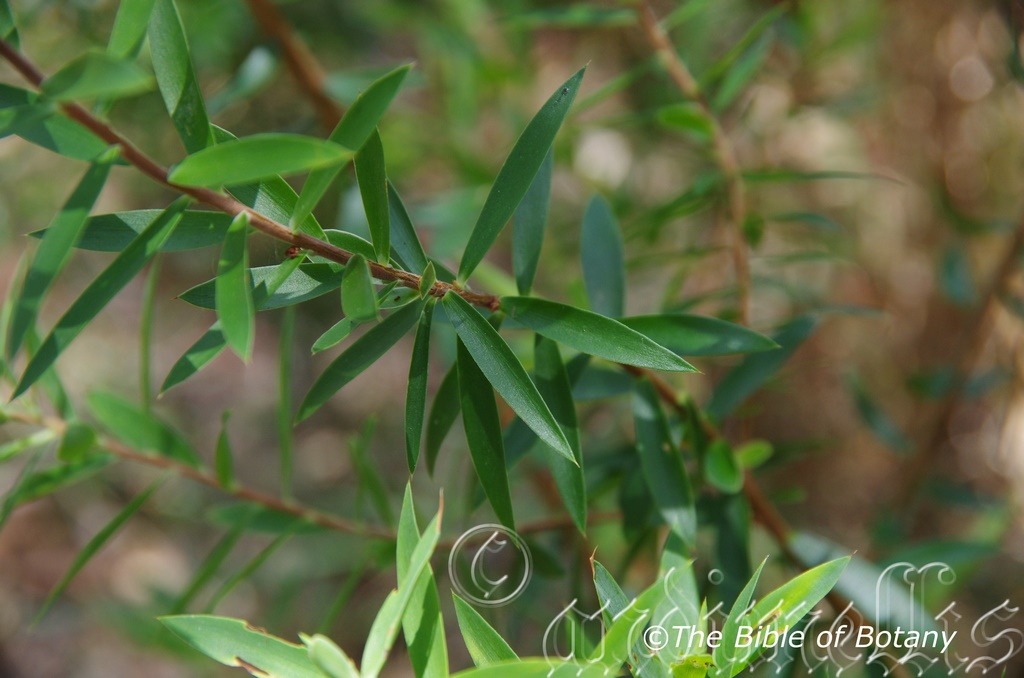
Fortis Creek National Park NSW
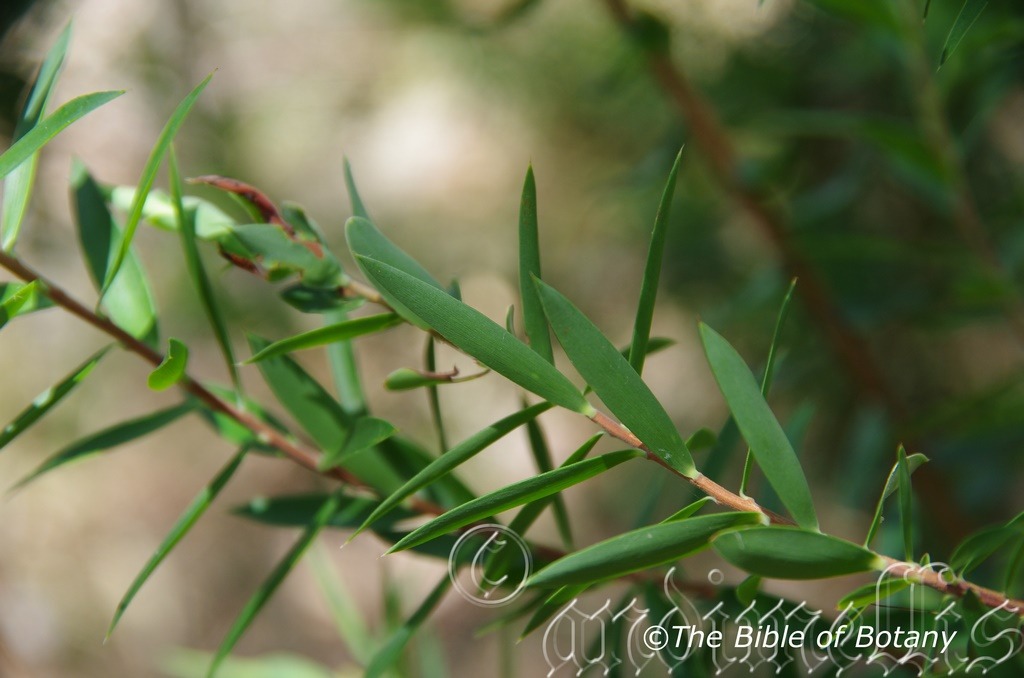
Fortis Creek National Park NSW
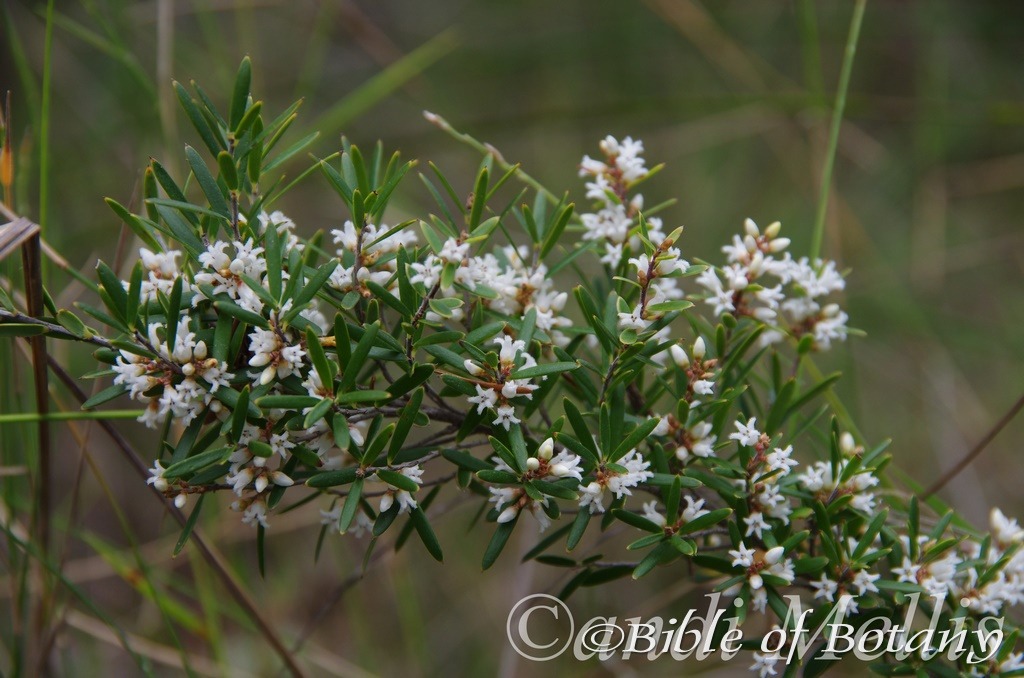
Fortis Creek National Park NSW

Fortis Creek National Park NSW
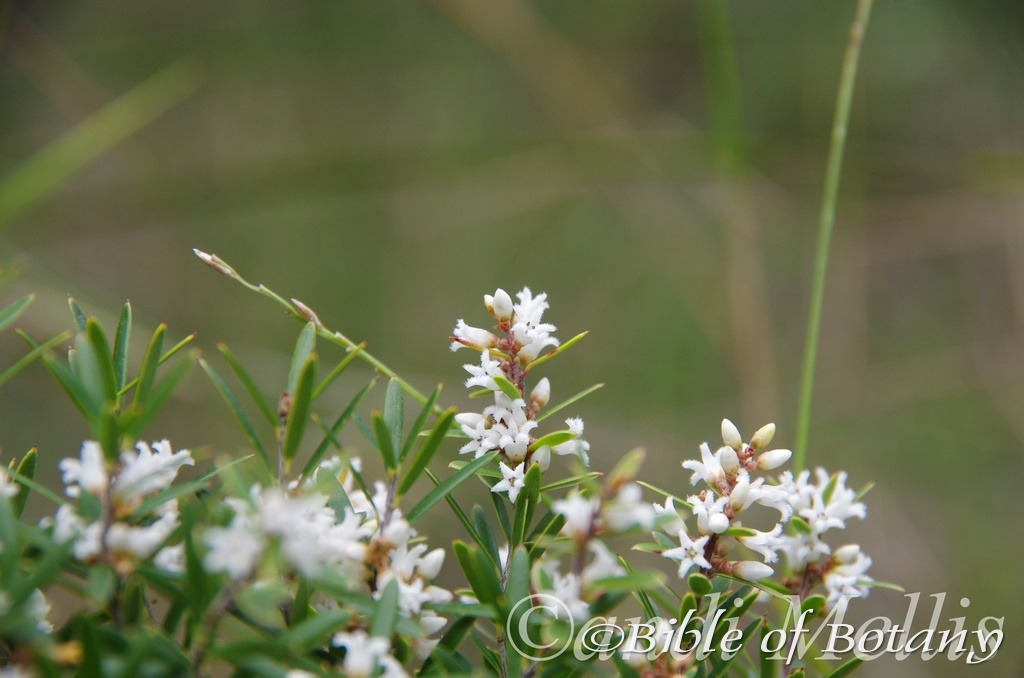
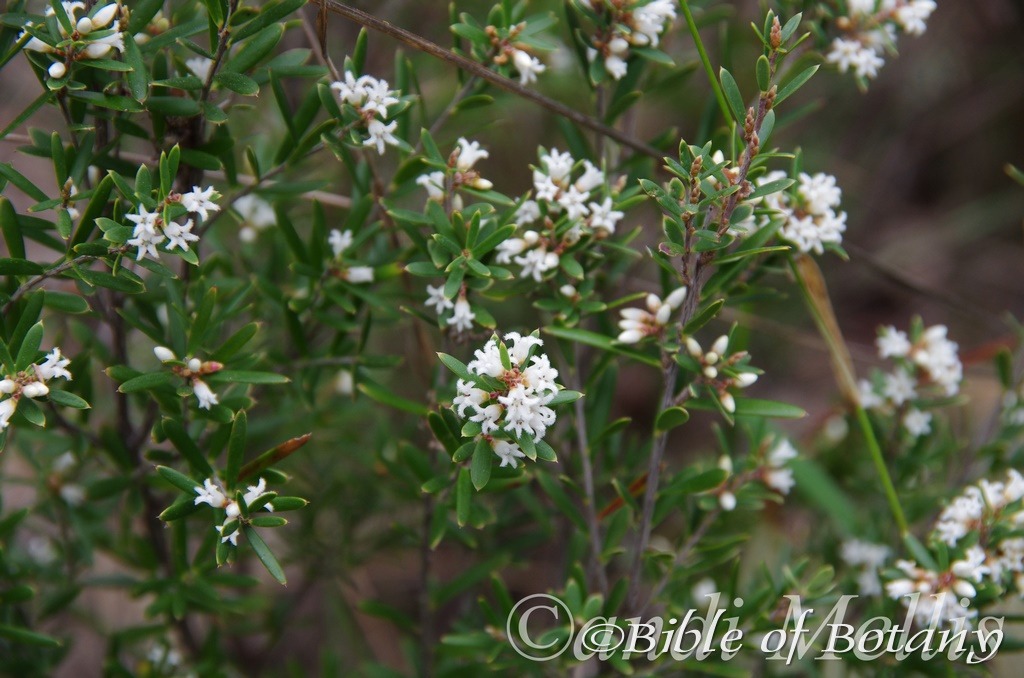
Fortis Creek National Park NSW
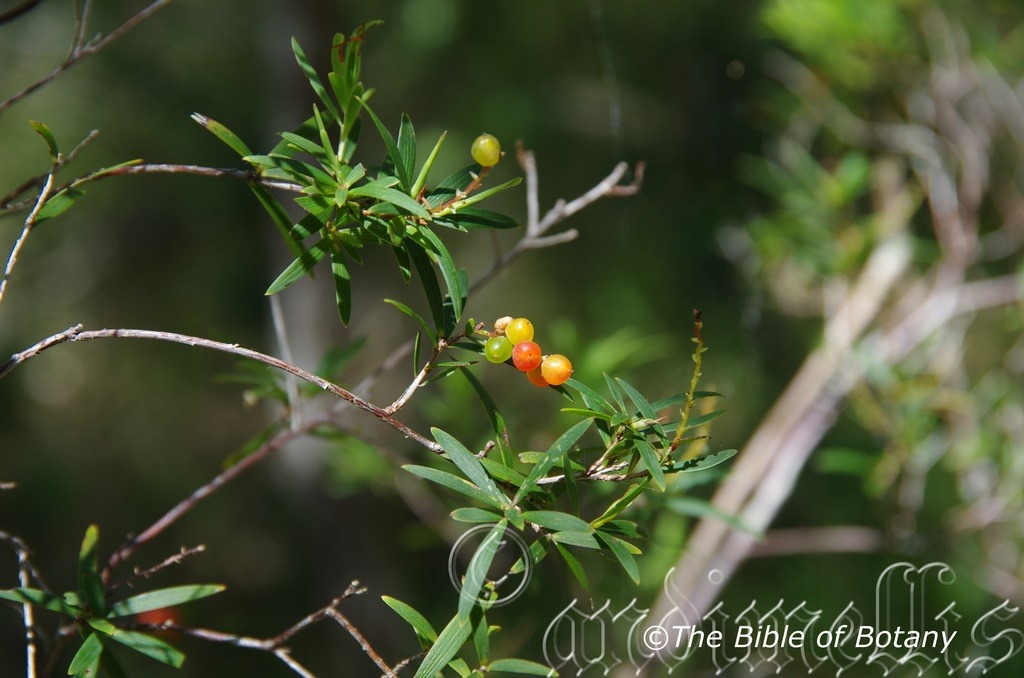
Fortis Creek National Park NSW
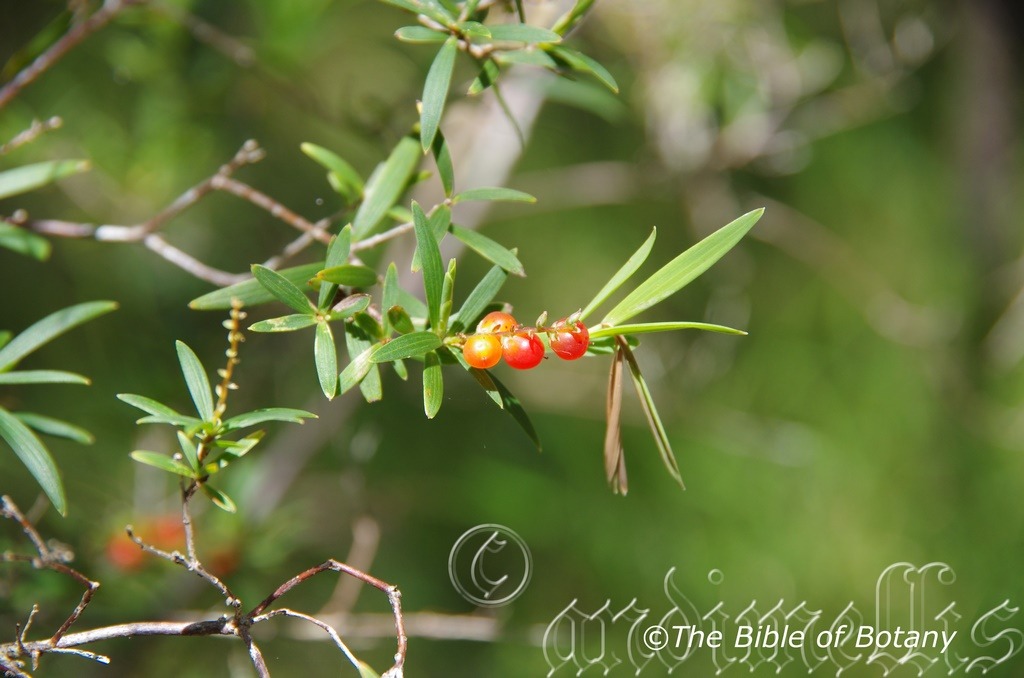
Fortis Creek National Park NSW
Acrotriche aggregata
Classification:
Class: Eudicots
Unranked: Asterids
Order: Ericales
Family: Ericaceae
Genus: From Akros, which is Ancient Greek for the end or on the edge of and Thrix, which is Ancient Greek for hair or tuft of hairs. It refers to floral tubes or fruits, which are covered in tufts of hairs at the mouth of the corolla or apex.
Specie: From Aggregatum, which is Latin for a flock of birds or clustered together. It refers to flower buds and fruits, which are clustered close together without being cohering like a flock of birds.
Sub specie:
Common Name: Red Cluster Heath or tall Acrotriche or Tall Ground Berry.
Distribution:
Acrotriche aggregata is found south from Cooktown in far north eastern Queensland to near Yerranderie in southern coastal New South Wales. It is found on and east of the Great Dividing Range close to the coast.
https://avh.ala.org.au/occurrences/search?taxa=Acrotriche+aggregata#tab_mapView
Habitat Aspect Climate:
Achrotriche aggregata prefers dappled sun to full sun. It grows in and adjacent to warm sub-tropical rainforests, cool tropical rainforests or dry littoral woodlands on dry slopes, steep slopes, ridges and escarpments. The altitude ranges from 800 meters ASL to 1200 meters ASL
The temperatures range from lows of minus 3 degrees in July to 38 degrees in January.
The rainfalls range from lows of 750mm to an average of 2450mm annually.
Soil Requirements:
Achrotriche aggregata prefers deep, coarse sands, fine, sands, sandy loams or light fatty clays. The soils are usually derived from decomposed sandstones, granites or accumulated peaty beach sands. The soil’s pH ranges from 4.5pH to 6.5pH. It does not tolerate waterlogged soils. None saline soils to moderately saline soils are tolerated.
Height & Spread:
Wild Plants: 0.4m to 3m by 1m to 2m.
Characteristics:
The stems of Achrotriche aggregata are red-brown erect or spreading. The branchlets are red-brown only turning mid green as they approach the terminals. The juvenile branchlets are mid Achrotriche aggregata‘s adjacent leaves are elliptical to obovate and are sub erect to divaricate. The leaves measure 8mm to 34mm in length by 2.1mm to 7mm in width. The base is cuneate or at times tapering asymmetrical while the apex is narrowly acute with a sharp spine. The discolourous leaves are glabrous; semi glossy and deep grass-green to olive-green on the upper laminas while the lower laminas are much paler. The juvenile foliage is bright glossy grass-green with a tan tinge or tan. The laminas are multi veined and slightly prominent on the lower lamina while they are faintly visible on the upper lamina. The laminas are flat and decurve near the apex. The margins are entire have a few fine teeth near the apex. The petioles measure 0.7mm to 2.1mm in length.
The inflorescences of Achrotriche aggregata assembled along a short compact spike born from the leaf axils and cauliflorous. The spikes contain 5 to 10 individual flowers. The spikes are pale green and glabrous to very sparsely covered in white hirsute hairs. The spikes measure 3mm to 7mm in length.
The individual flowers measure 3mm to 6mm in length. The 2 pale obtuse, creamy-green or white, bracteoles measure 1mm to 1.2mm in length. The 5 oblong, white to creamy-green sepals measure 1.4mm to 2.8mm in length. The corolla tubes are white to pale green glabrous and measure 2mm to 4mm in length by 1.6mm to 3.5mm in diameter. The corolla lobes measure 1mm to 3mm in length and are covered in white hirsute hairs at their apexes.
The 5 inserted filaments measure 2mm to 4mm in length while the ovoidal deep brown anthers protrude from the tube opposite the petals.
Achrotriche aggregata‘s flowers appear from early September through to late October but maybe earlier or later in favourable seasons.
‘s fruit is a depressed globose drupe usually comprising of 5 to 11 soft fleshy wall carpels. The scarlet to crimson red fruits measure 4mm to 7mm in diameter. The sepals are persistent at the base of the fruits while the style is persistent at the apex. Fruits mature from March to May.
Wildlife:
Achrotriche aggregata attracts the attention of most honey eaters and other small fruit eating birds. I have never seen the leaves attracted by anything.
The fruits were eaten by aborigines and have a taste similar to cherries though not as sweet or juicy.
Cultivation:
Achrotriche aggregata is a magnificent small to medium shrub for all gardens on sandy loams through to light clays. It can be grown in full sun to light shade and is very suitable to coastal gardens in warm temperate to cool tropical areas. I would be tempted to try this shrub in semi-arid areas west of the Great Dividing Range and in the south west corner of Western Australia even where light frosts occur. It is moderately fast growing plants and long lived. They will attain 1 meter to 2 meters in height by 1.5 meters to 2 meters in diameter when cultivated in the open.
It is best used adjacent to small areas of bush close to paths or the house so their deep red fruits can be viewed regularly. It is great in small rockeries as the main feature plant. Here it can be planted solitary to create a harsh barren look with other arid plants. If it is surrounded by shorter plants with fine foliages and red flowers it will dominate at the center giving an expansive look to the bed or use white or cream flowered plants when it is in fruit for a great contrast.
This is one plant that benefits highly from being planted solitary or planted in scattered clumps of two or three individual plants. There small compact size enables this to be achieved even in medium size gardens where smaller perennials or annuals are planted between.
It can be utilised just as well in formal garden beds or Japanese style gardens. Imagine a medium pond with fish swimming. Beyond it is a number of Achrotriche aggregata and above them is water cascading down over small rocks. This is very powerful yet formal and relaxing. They can partially surround such a scene and still look effective. Use them in small groups with larger rocks or in front of a large log. The large log gives a strong horizontal affect with depth if placed on an angle. Right behind the log is a single Achrotriche aggregata or off set it with a smaller or taller narrower growing plant on the other side for balance.
Though they are a little slower in growth than most hedges they will offer the gardener something very different.
Because of their hardiness and slow growth they would perform admirable in a tub on the veranda, a bonsai pot or in a topiary garden display.
Propagation:
Seeds: Achrotriche aggregata seeds need treatment before sowing. Seeds will need to be carefully removed from the shell which is similar to that surrounding an apple seed for best results. Sow the seeds directly into a seed raising mix after they have been soaked for half an hour in a weak seaweed solution.
When the seedlings are 25mm to 40mm tall, prick them out and plant them into 50mm native tubes using a seed raising mix.
Once the seedlings reach 150mm to 200mm in height or the first roots emerge from the bottom of the tube plant them out into their permanent position.
Fertilize using Seaweed, fish emulsion or organic chicken pellets soaked in water on an alternate basis. Fertilize every two months until the plants are established then twice annually in early September to March to maintain health, vitality and better flowering and better quality fruit.
Further Comments from Readers:
Hi reader, it seems you use The Bible of Botany a lot. That’s great as we have great pleasure in bringing it to you! It’s a little awkward for us to ask, but our first aim is to purchase land approximately 1,600 hectares to link several parcels of N.P. into one at The Pinnacles NSW Australia, but we need your help. We’re not salespeople. We’re amateur botanists who have dedicated over 30 years to saving the environment in a practical way. We depend on donations to reach our goal. If you donate just $5, the price of your coffee this Sunday, We can help to keep the planet alive in a real way and continue to bring you regular updates and features on Australian plants all in one Botanical Bible. Any support is greatly appreciated. Thank you.
In the spirit of reconciliation we acknowledge the Bundjalung, Gumbaynggirr and Yaegl and all aboriginal nations throughout Australia and their connections to land, sea and community. We pay our respect to their Elders past, present and future for the pleasures we have gained.
Acrotriche depressa
Classification:
Class: Eudicots
Unranked: Asterids
Order: Ericales
Family: Ericaceae
Genus: From Akros, which is Ancient Greek for the end or on the edge of and Thrix, which is Ancient Greek for hair or tuft of hairs. It refers to floral tubes or fruits, which are covered in tufts of hairs at the mouth of the corolla or apex.
Specie: From Depressa, which is Latin for depressed, suppressed or sunken. It refers to a structure or more often an organ, which has a feature that is depressed, sunken or restricted.
Sub specie:
Common Name: Wiry Ground Berry or Native Currant.
Distribution:
Achrotriche depressa is found south from Mount Crawford and the western tip of Kangaroo Island and east to Coorong in South Australia. There are a few isolated populations along the Murray River to near the border in South Australia and near Dinyarrak to Telopea in Victoria.
https://avh.ala.org.au/occurrences/search?taxa=Acrotriche+depressa#tab_mapView
Habitat Aspect Climate:
Achrotriche depressa prefers very light shade to full sun. It grows in open woodlands verging on mallee scrubs and sclerophyll type forests. The altitude ranges from 5 meters ASL to 490 meters ASL.
The temperatures range from lows of minus 3 degrees in July to 38 degrees in January.
The rainfalls range from lows of 400mm to an average of 820mm annually.
Soil Requirements:
Achrotriche depressa prefers deep, sandy loams, light fatty clays, medium clays or light silts to heavy silts. The soils are usually derived from decomposed sandstones granites or accumulated beach sands. The soil’s pH ranges from 4.5pH to 6.5pH. It does not tolerate waterlogged soils. None saline soils to very saline soils are tolerated as are salt laden winds.
Height & Spread:
Wild Plants: 0.4m to 0.8m by 0.5m to 0.8m
Characteristics:
The stems of Achrotriche depressa are red-brown erect or spreading. The branches are scaly to shortly flaky while the branchlets only turn deep green as they approach the terminals. The juvenile branchlets are mid green tinged brown
Achrotriche depressa ‘adjacent leaves are lanceolate to long triangular and are divaricate to the stem. The leaves measure 5mm to 6mm in length by 1.5mm to 1.7mm in width. The base is truncate while the apex is narrowly acute with a long sharp spine. The discolourous leaves are deep sea-green, dull to semi glossy and glabrous on the upper laminas while the lower laminas are silvery-white to glaucous. The mid vein is slightly prominent on the lower lamina and is not visible from the upper lamina. The laminas are flat, straight and decurve to revolute near the margins. The margins are entire. The petioles measure 0mm to 0.3mm in length.
The inflorescences of Achrotriche depressa’s long, slender, dense spikes born from the leaf axils and cauliflorous. The spikes contain 10 to 30 individual flowers. The spikes are pale glaucous blue and glabrous to very sparsely covered in white hirsute hairs. The spikes measure 20mm to 30mm in length.
The individual tubular flowers measure 3mm to 4mm in length. The bracteoles measure 1mm to 1.2mm in length. The 5 oblong, pale green sepals measure 1.4mm to 2mm in length. The corolla tubes are pale green to pastel green, glabrous.
The 5 inserted stamens measure 2mm to 2.5mm in length.
Achrotriche depressa‘s flowers appear from early September through to late October but maybe earlier or later in favourable seasons.
Achrotriche depressa‘s fruit is a depressed globose drupe usually comprising of 5 to 11 soft fleshy wall carpals. The brown to brown tinged red fruits measure 6mm to 8mm in length by 6mm to 8mm in diameter. The corolla is persistent at the apex of the fruits in the early stages of the fruit developing while the style is persistent at the apex within a small depression. Fruits mature from November to January.
Wildlife:
Achrotriche depressa attracts the attention of most small honey eaters and other small fruit eating birds. the leaves are always in pristine condition.
The fruits were eaten by aborigines and have a taste similar to currents though not as sweet or juicy.
Cultivation:
Achrotriche depressa is a magnificent small to medium shrub for all gardens on sandy loams through to light clays in semi-arid areas or Mediterranean type climates. It can be grown in full sun to light shade and is very suitable to coastal gardens in warm temperate areas and should be tried further north to cool sub-tropical areas. I would be tempted to try this shrub in semi-arid areas west of the Great Dividing Range to at least as far as southern Queensland and in the south west corner of Western Australia even where light frosts occur. It is moderately fast growing plants and long lived. They will attain 0.4 meter to 0.6 meters in height by 0.4 meters to 0.6 meters in diameter when cultivated in the open.
It looks its best when used adjacent to small areas of bush close to paths or the house so their deep red-brown fruits can be viewed regularly. It is great in small rockeries as the main feature plant. Here they can be planted solitary to create a harsh barren look with other arid plants and native succulents. If it is surrounded by shorter plants with fine foliage and red flowers they will dominate at the center giving an expansive look to the bed or use white or cream flowered plants when it is in fruit for a great contrast.
This is one plant that benefits highly from being planted solitary or planted in scattered clumps of two or three individual plants. There small compact size enables this to be achieved even in medium size gardens where smaller perennials or annuals are planted between.
It can be utilised just as well in formal garden beds or Japanese style gardens. Imagine a medium pond with fish swimming. Beyond it is a number of Achrotriche depressa surrounded with small white annuals, and above them is water cascading down over small rocks. This is very powerful yet formal and relaxing. They can partially surround such a scene and still look effective. Use them in small groups with larger rocks or in front of a large log. The large log gives a strong horizontal affect with depth if placed on an angle. Right behind the log is a single Achrotriche depressa or off set it with a smaller or taller narrower growing plant on the other side for balance.
Though it is a little slower in growth than most hedges it will offer the gardener something very different.
Because of their hardiness and slow growth it would perform admirable in a tub on the veranda a bonsai pot or in a topiary garden display.
Propagation:
Seeds: Achrotriche depressa seeds need treatment before sowing. Seeds will need to be carefully removed from the shell which is similar to that surrounding an apple seed for best results. Sow the seeds directly into a seed raising mix after they have been soaked for half an hour in a weak seaweed solution.
When the seedlings are 25mm to 40mm tall, prick them out and plant them into 50mm native tubes using a seed raising mix.
Once the seedlings reach 150mm to 200mm in height or the first roots emerge from the bottom of the tube plant them out into their permanent position.
Fertilize using Seaweed, fish emulsion or organic chicken pellets soaked in water on an alternate basis. Fertilize every two months until the plants are established then twice annually in early September to March to maintain health, vitality and better flowering and better quality fruit.
Further Comments from Readers:
Hi reader, it seems you use The Bible of Botany a lot. That’s great as we have great pleasure in bringing it to you! It’s a little awkward for us to ask, but our first aim is to purchase land approximately 1,600 hectares to link several parcels of N.P. into one at The Pinnacles NSW Australia, but we need your help. We’re not salespeople. We’re amateur botanists who have dedicated over 30 years to saving the environment in a practical way. We depend on donations to reach our goal. If you donate just $5, the price of your coffee this Sunday, We can help to keep the planet alive in a real way and continue to bring you regular updates and features on Australian plants all in one Botanical Bible. Any support is greatly appreciated. Thank you.
In the spirit of reconciliation we acknowledge the Bundjalung, Gumbaynggirr and Yaegl and all aboriginal nations throughout Australia and their connections to land, sea and community. We pay our respect to their Elders past, present and future for the pleasures we have gained.
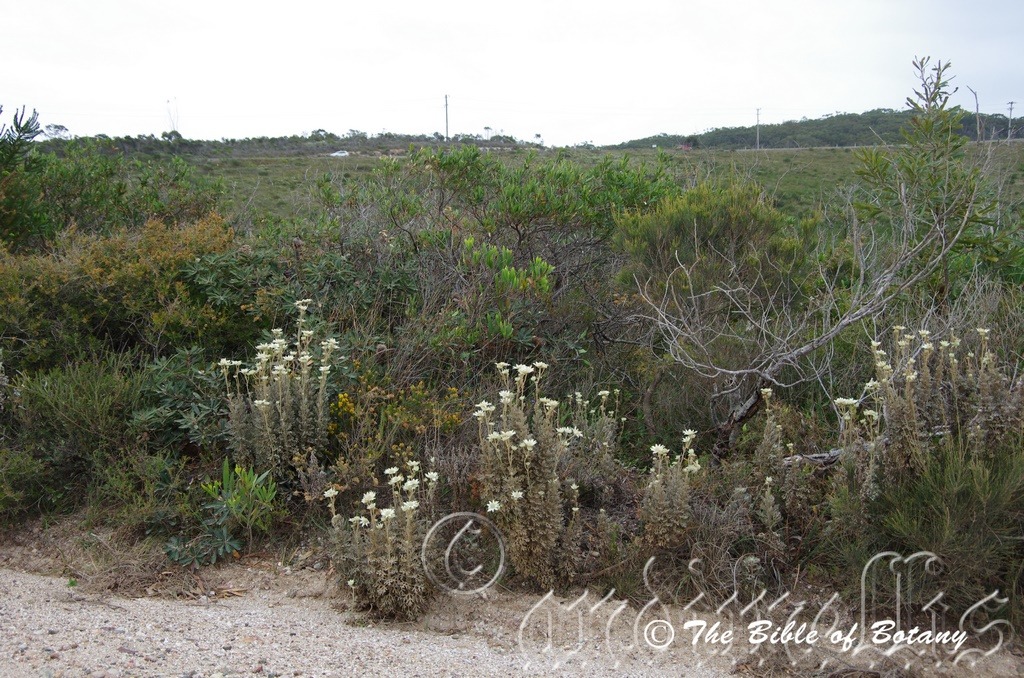
North Haven to Port Macquarrie Back Dunes NSW
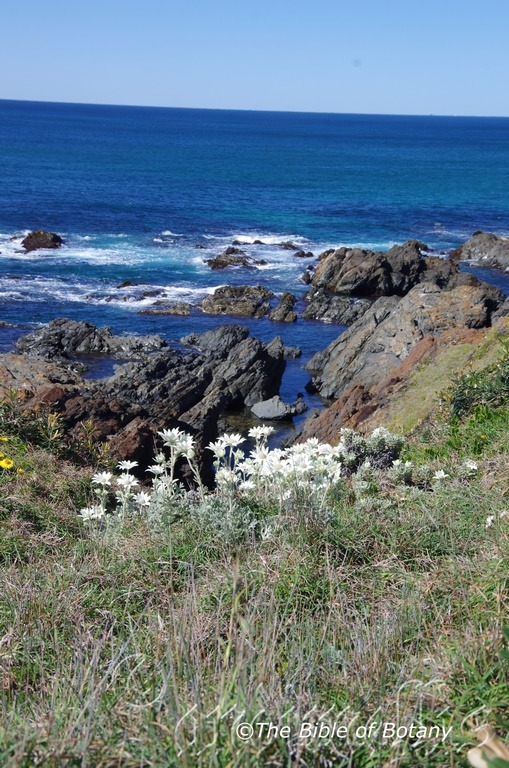
Yuraygir National Park NSW
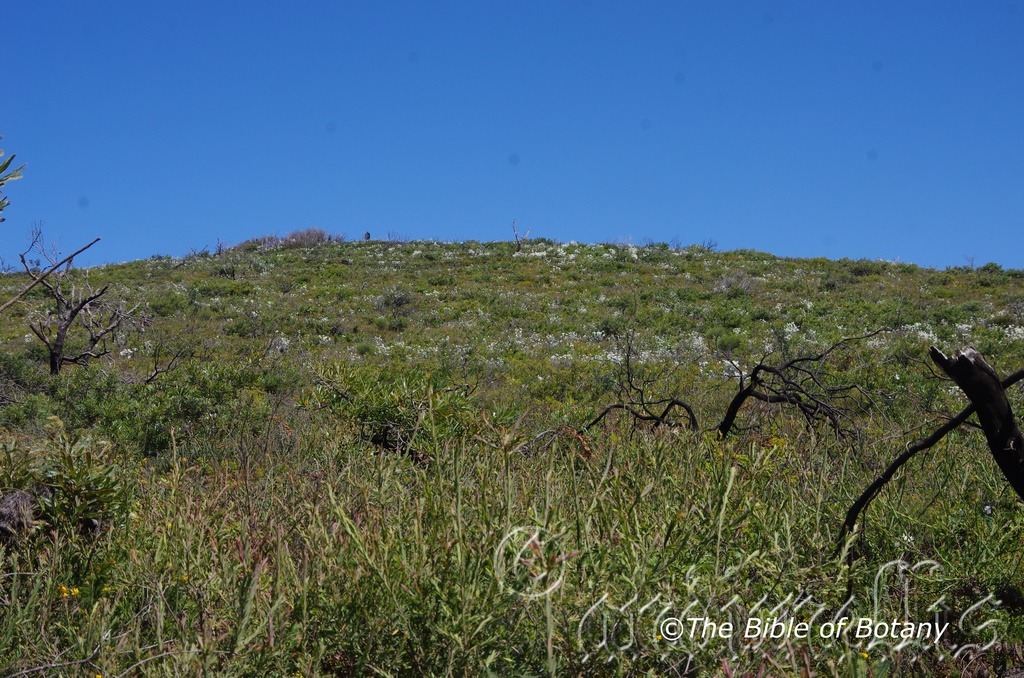
Yuraygir National Park NSW
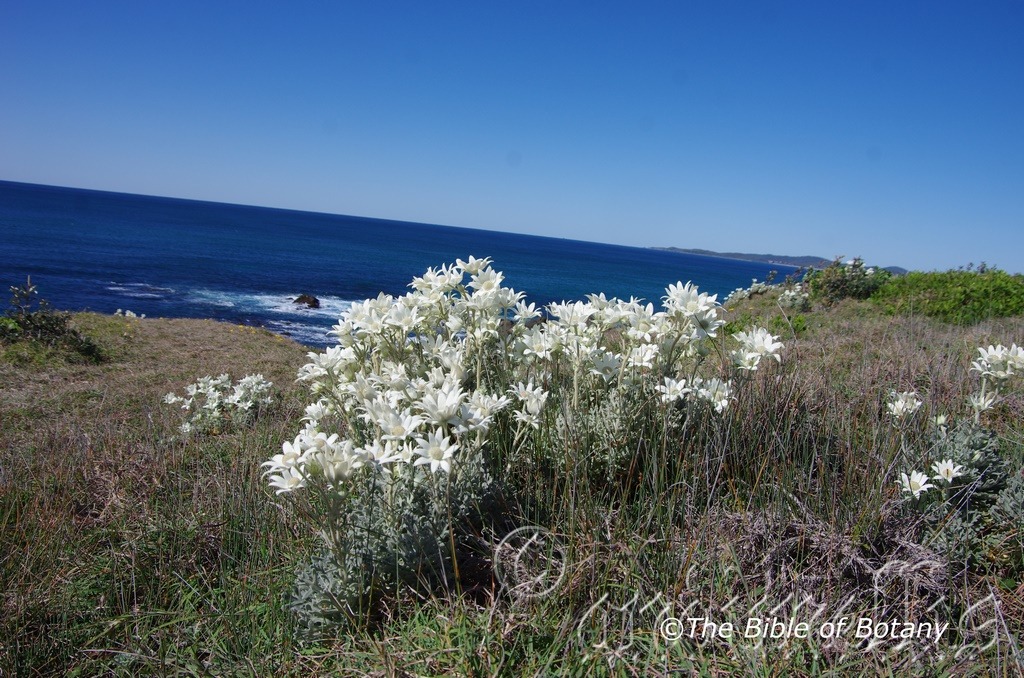
Yuraygir National Park NSW
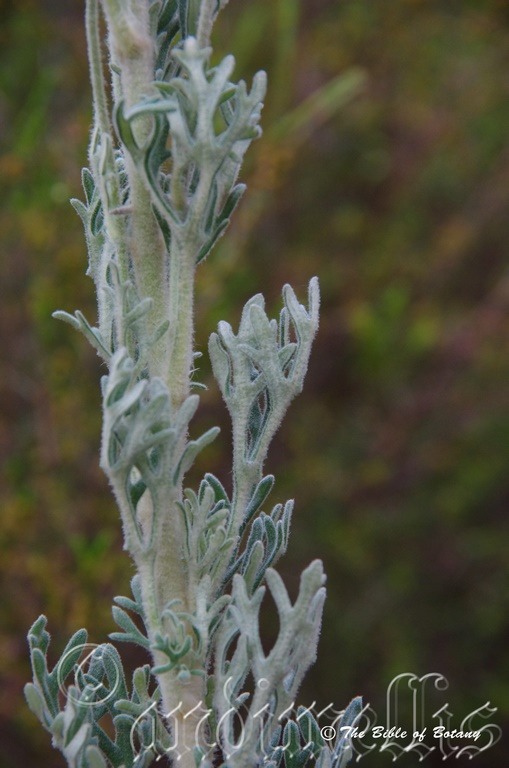
North Haven to Port Macquarrie Back Dunes NSW
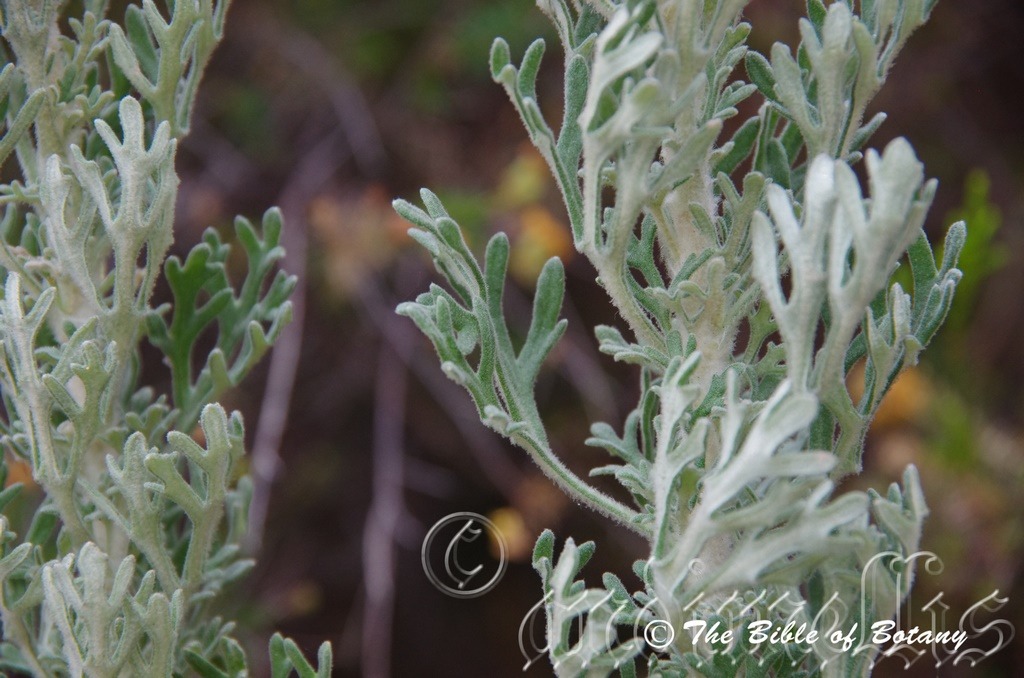
North Haven to Port Macquarrie Back Dunes NSW
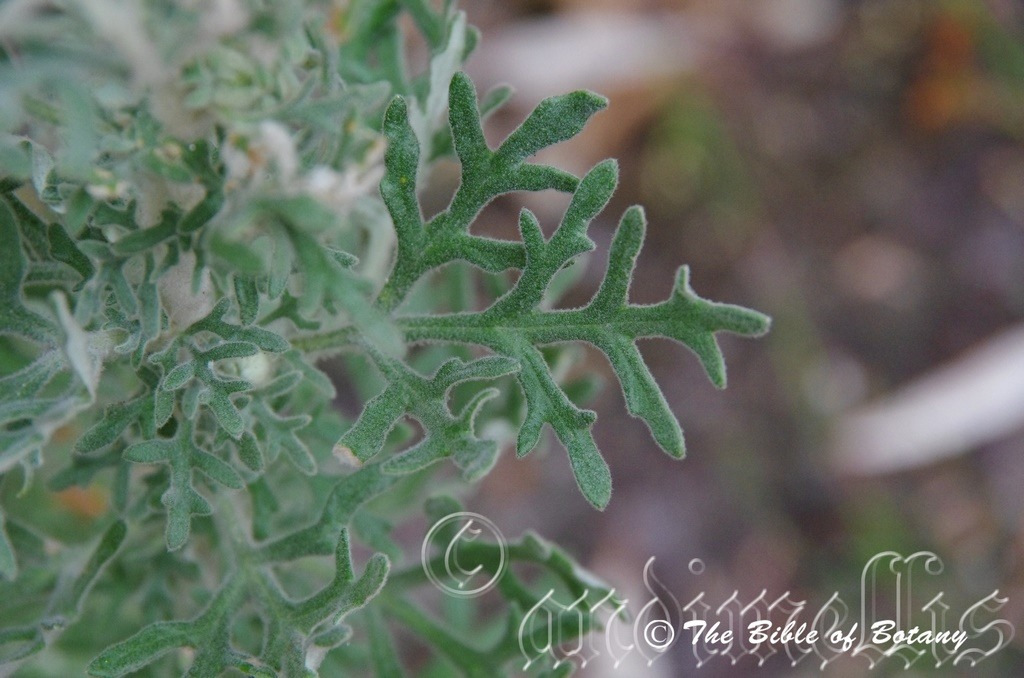
North Haven to Port Macquarrie Back Dunes NSW
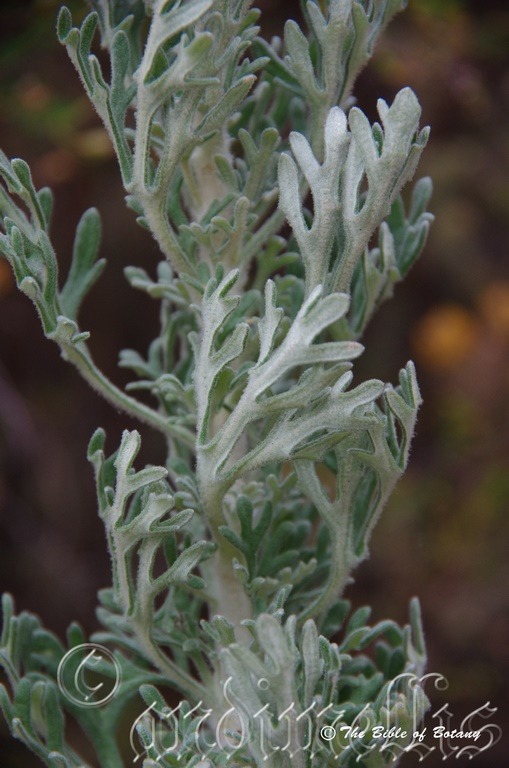
North Haven to Port Macquarrie Back Dunes NSW
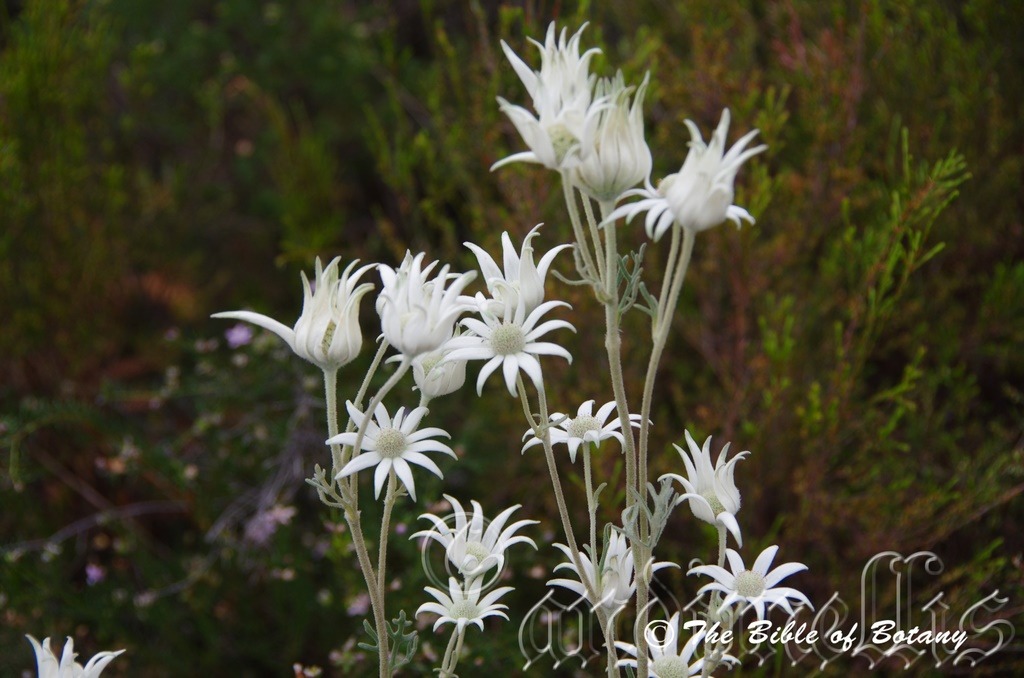
North Haven to Port Macquarrie Back Dunes NSW
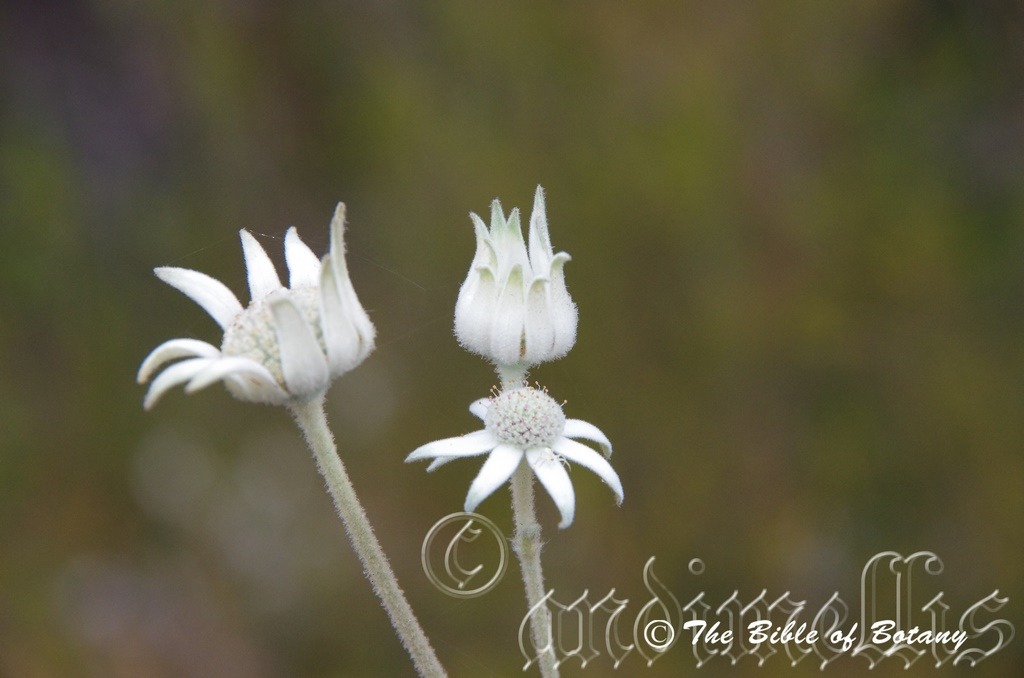
NNorth Haven to Port Macquarrie Back Dunes NSW
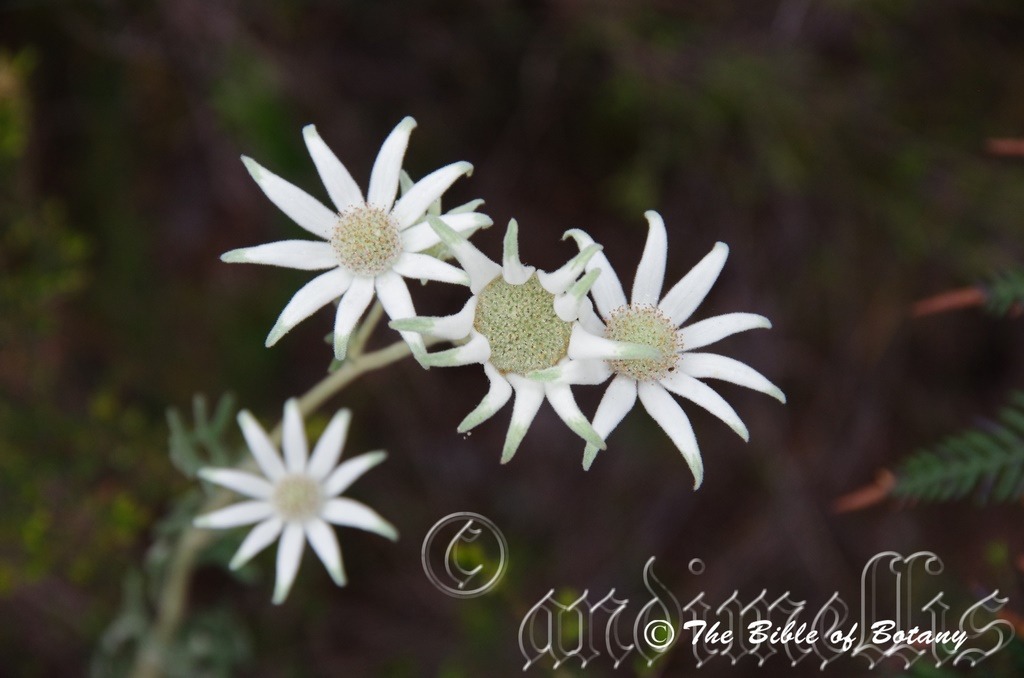
North Haven to Port Macquarrie Back Dunes NSW
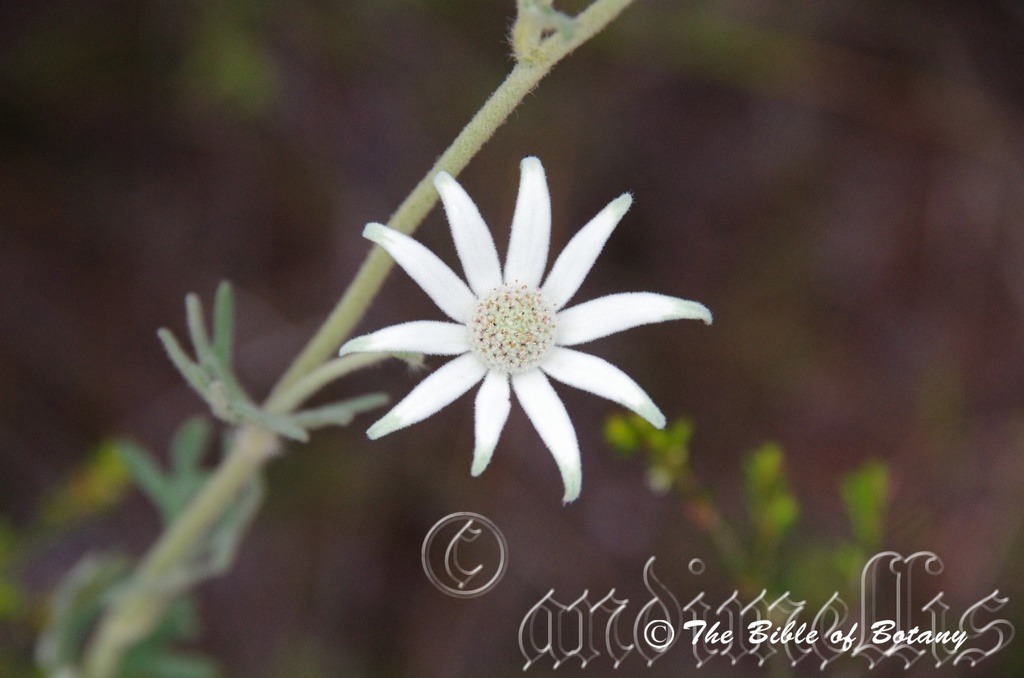
North Haven to Port Macquarrie Back Dunes NSW
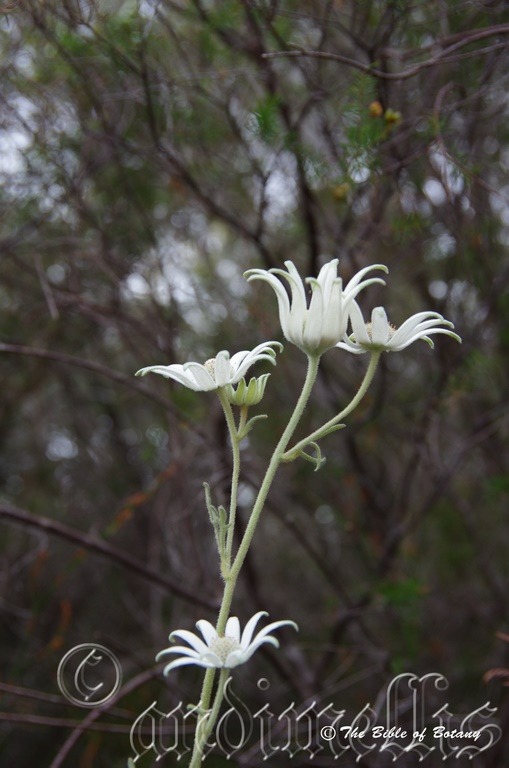
North Haven to Port Macquarrie Back Dunes NSW
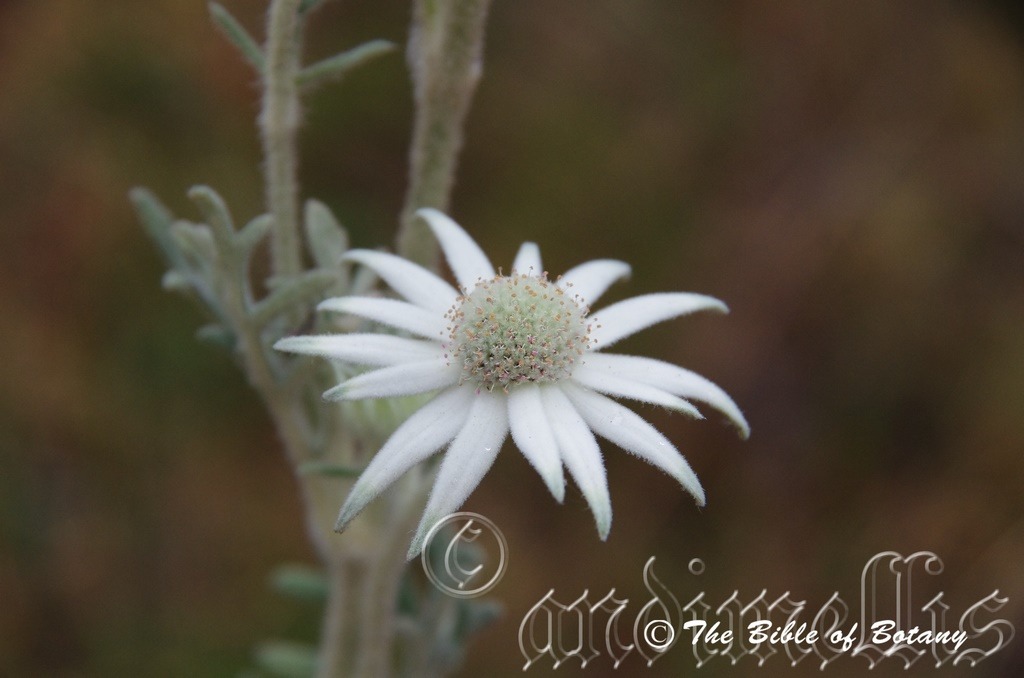
North Haven to Port Macquarrie Back Dunes NSW
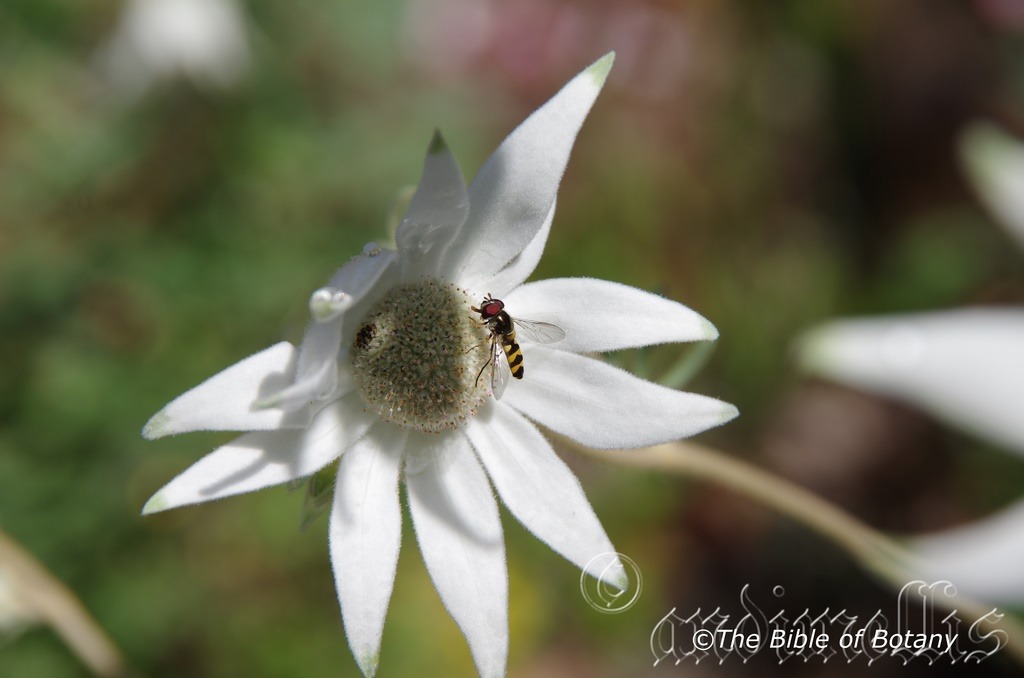
The Pinnacles NSW
Actinotus helianthi
Classification:
Unranked: Eudicots
Unranked: Asterids
Order: Apioleas
Family: Mackinlayaceae
Genus: From Actinos, which is Ancient Greek for bearing rays. It refers to the rays on a compound flower, which are very prominent.
Specie: From Helios, which is Ancient Greek for the sun and Antha/Anthos, which are Ancient Greek for the male reproductive organ of a flower or the flower. It refers to flowers, which open up facing the sun with its rays.
Sub specie:
Common Name: Willi Pilli, Midgiburi or Flannel Flower.
Distribution:
Actinotus helianthi is found south from the Blackdown Tablelands west of Rockhampton in Queensland to Nerriga in central New South Wales. It is found on the Western Slopes, on and east of Great Dividing Range to the coast.
https://avh.ala.org.au/occurrences/search?taxa=Actinotus+helianthi#tab_mapView
Habitat Aspect Climate:
Actinotus helianthi prefer full sun. It grows in coastal woodland heaths, open woodlands, or open Eucalyptus forests particularly adjacent to swamps and wallums often in exposed situations. The altitude ranges from 5 meters ASL to 980 meters ASL
The temperatures range from minus 2 degrees in July to 38 degrees in January.
The rainfalls range from lows of 500mm to an average of 1800mm annually.
Soil Requirements:
Actinotus helianthi prefers skeletal coarse sands, fine sands, and sandy loams to light fatty clays. The soils are usually derived from decomposed sandstones, granites or accumulated peaty beach sands. The soil’s pH ranges from 4.5pH to 6.5pH. It does not tolerate water logged soils. None saline soils to moderately saline soils are tolerated.
Height & Spread:
Wild Plants: 300mm to 900mm by 300mm to 600mm.
Characteristics:
Actinotus helianthi’s stems are pale green to grey-green and densely covered in white floccose hairs.
Actinotus helianthi’s is a perennial herb with biternate leaves. The leaves measure 40mm to 55mm overall. The leaf segments are oblong to linear and measure 15mm to 30mm in length by 4mm to 5mm in width. The base is attenuate while the apexes are acuminate or obtuse. The concolourous leaves vary from grey green to glaucous and are densely covered in long, white floccose or tomentose hairs. The leaf margins are entire while the laminas recurve from the mid vein to the margins. The petioles measure 8mm to 50mm in length.
The inflorescence of Actinotus helianthi are umbels born terminally. There are 1 to 5, usually 3 or 4 umbels to a raceme. The 12mm to 20mm umbels are surrounded by vivid white or creamy white bracts. The umbels measure 30mm to 80mm in diameter overall. The lanceolate bracts vary in number from 10 to 16 and measure 12mm to 30mm in length by 5mm to 10mm in width. The apex of the bracts is acute. The upright rigid racemes measure 750mm to 850mm in length while the pedicels measure 20mm to 50mm in length. Flowers appear throughout the year particularly following seasonal rains however there is usually a peak from September to November.
Actinotus helianthi’s fruits are an ovate achene. The straw coloured achenes are 3.2mm to 5mm in length by 1.8 to 2.8mm width. They are covered in long, white silky velutinous hairs.
Wildlife:
Actinotus helianth‘s wildlife is unknown to the author Simosyrphus grandicornis.
Cultivation:
Actinotus helianthi is a magnificent showy perennial that is a lot easier to grow than its reputation depicts. It looks great in small or large rockeries, amongst boulders logs or in the bush garden setting. It is most suitable around sunny court yards or swimming pools, besides pathways, shady rockeries, along sandy clay banks or along driveways or adjacent to natural bush gardens to great effect. Mass plantings of 5 or more plants even in small areas; really do the plants justification especially when it is in flower and mixed with red or bright orange flowering plants like the dwarf forms of Anigozanthus sp.. Spent flowers should be trimmed immediately after they have passed their best to ensure a prolonged flowering season.
If it is placed around a pool, courtyards or other confined spaces then plant them in small groups or scatter plant them for a more informal natural look against walls to help soften them. It is a good contrasting plant when grown and displayed against dark coloured brick walls, rocks and ornaments.
Their showy flowers and foliage are a great addition to bush gardens or medium to large rockeries snuck in between ground covers or prostrate plants especially those with red or pink flowers and pale green leaves.
Actinotus helianthi is at their best when grown on peaty sands or peaty sandy loams with good drainage where additional moisture can be provided to ensure good flowering. They respond to organic fertilizing and compost in any form which keep the roots cool even in the hottest weather.
Medium fish or frog ponds will benefit from Actinotus helianthi. This will help give a natural arid scene an oasis look. Cut flowers last for long periods indoors and they can be used in dried arrangements to great effect. Using rocks and small boulders can make the pool or any water feature appear like an oasis. The leaves and flowers can make a great start for the larger heath or desert setting. When making a desert scene using Actinotus helianthi use either large rocks with few to many plants or in a sandy desert scenes plant them sparingly with them becoming more densely planted adjacent to the water. Be careful not to over plant as they will look out of place and weedy.
Do not use plants with deep green broader simple leaves to the rear as they will be too powerful, too strong and clash. Plants with grey or blue foliages should also be avoided as they will blend together making the whole display too boring. Instead use plants with finer type foliages and pale green leaves. In the foreground and mid ground use low prostrate plants similar to Grevillea thelemanniana or even a taller clumped grass with narrow pale grass green leaves like multiple clumps of kangaroo grass Themeda triandra. Ensure that the whole plant or at least most of it is on display from most sections of the garden as the flowers are a real bonus.
Propagation:
Seeds: seeds can be sown directly into an open seed raising mix. To ensure rapid germination scarifying seed maybe necessary. This can be achieved by placing the seed in the vegetable crisper for 10 to 14 days. Do not freeze the seeds as this will kill them. Place the seed tray in a warm sunny position. Germination is rapid and should commence in 5 to 7 days.
When the seedlings are 25mm to 50mm tall, prick them out and plant them into 50mm native tubes using a seed raising mix or plant them directly into their permanent positions.
Once the seedlings reach 150mm to 200mm in height plant them out into their permanent position. For mass plantings plant them at 300mm to 500mm centers.
Fertilize using Seaweed, fish emulsion or organic chicken pellets soaked in water on an alternate basis. Fertilize every two months until the plants are established then twice annually in early September to March to maintain health, vitality and better flowering and better quality fruit.
Further Comments from Readers:
Hi reader, it seems you use The Bible of Botany a lot. That’s great as we have great pleasure in bringing it to you! It’s a little awkward for us to ask, but our first aim is to purchase land approximately 1,600 hectares to link several parcels of N.P. into one at The Pinnacles NSW Australia, but we need your help. We’re not salespeople. We’re amateur botanists who have dedicated over 30 years to saving the environment in a practical way. We depend on donations to reach our goal. If you donate just $5, the price of your coffee this Sunday, We can help to keep the planet alive in a real way and continue to bring you regular updates and features on Australian plants all in one Botanical Bible. Any support is greatly appreciated. Thank you.
In the spirit of reconciliation we acknowledge the Bundjalung, Gumbaynggirr and Yaegl and all aboriginal nations throughout Australia and their connections to land, sea and community. We pay our respect to their Elders past, present and future for the pleasures we have gained.
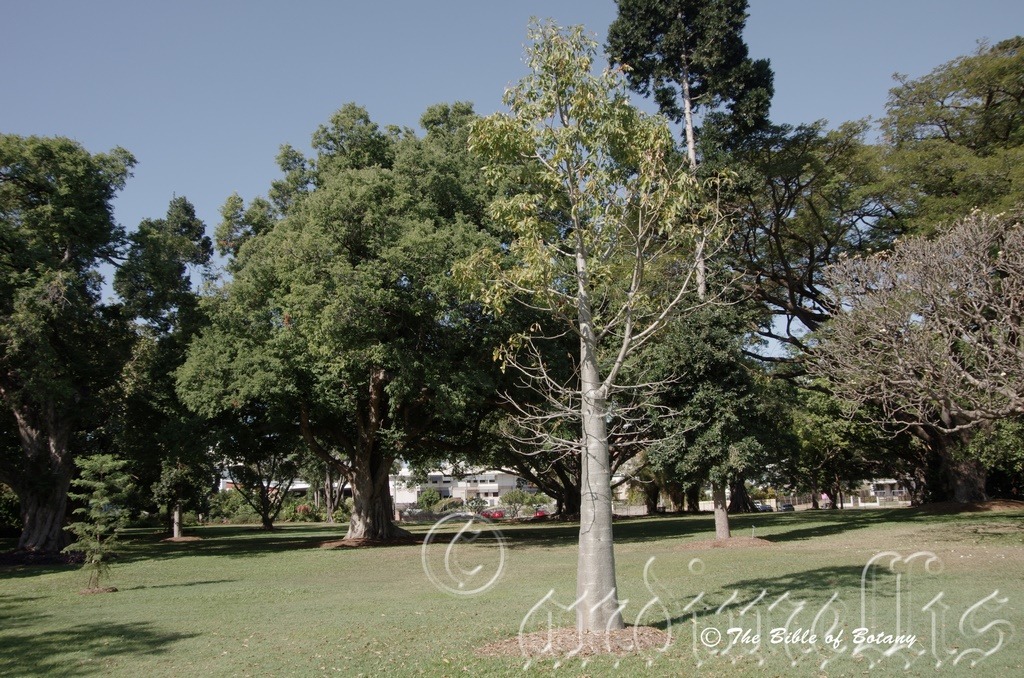
Anderson Gardens Townsville Qld.
Adansonia gregorii
Classification:
Class: Eudicots
Order: Rosids
Family: Malvaceae
Genus: Is named in honour of Michel Adanson; 1727-1806, who was a French naturalist who discovered the tree in African.
Specie: Is named in honour of Sir Augustus Charles Gregory; 1819-1905, who was an English born Australian explorer in northern Australia and member of the Queensland assembly.
Sub specie:
Common Name: Boab Tree or Baobab Tree.
Distribution:
Adansonia gregorii is found from Broome to the Kimberley Range then to Halls Creek in the northern Western Australia.
In the Northern Territory it is found on the Glenrto Tablelands.
https://avh.ala.org.au/occurrences/search?taxa=Adansonia+gregorii#tab_mapView
Habitat Aspect Climate:
Adansonia gregorii prefer full sun. It grows amongst grasses and short perennial herbs and annuals in some of the hottest country in Australia. It grows on flat plains and plateaus well away from hills and gorges. The altitude ranges from 20 meters ASL to 350 meters ASL
The temperatures range from 12 degrees in August to 45 degrees in February.
The rainfalls range from lows of 600mm to an average of 1650mm per annum.
Soil Requirements:
Adansonia gregorii prefers deep, sandy loams, gravelly light fatty clays to gravelly medium clays. The soils are usually derived from decomposed sandstones, lateritic sandstones or granites. The soil?s pH ranges from 5.5pH to 6.5pH. It does not tolerate water logged soils. None saline soils to moderately saline soils are tolerated.
Height & Spread:
Wild Plants:5m to 15m by 5m to 15m.
Characteristics:
Adansonia gregorii usually grows as a single trunked small tree though multi trunked trees are not uncommon to see. A multi trunked tree may have been the result of, injury or multiple seeds germinating at the same time. The trunk is stout and bottle shaped. The bark is a dull grey to fawn, glabrous wrinkled horizontally. Branches are pale grey and glabrous while the branchlets that process the new leaves are deep green. The new shoots are densely covered in white canescent hairs.
The alternate compound leaves of Adansonia gregorii are compound with 5 to 9 leaflets comprising the single leaf. The leaflets measure 65mm to 120mm in length by 25mm to 45mm width. The bases are attenuate while the apexes are narrowly acuminate. The discolourous leaflets are mid grass green and glabrous to sparsely covered in caduceus white canescent hairs on the upper lamina while the lower laminas are paler. The leaf margins are entire while the laminas recurve slightly from the mid vein to the margins. The midrib is slightly prominent on both laminas. The conspicuous stipules are caduceus, narrow triangular and measure 4.5mm to 5mm in length. The petiolule measures 80mm to 100mm in length. Leaflet petioles are 1mm to 3mm in length and swollen at the base. Young leaves are a glossy bronze in colour.
The trees are deciduous for a short period during the dry season from July to October.
The inflorescences of Adansonia gregorii are born singularly from the leaf axils. The 2 oblong, pale green sepals are cream to pale creamy lime-green and are covered in white sericeous hairs internally and glabrous externally. They measure 50mm to 65mm in length.
The silky white petals turn cream then fawn as they age. The spathulate petals measure 110mm to 120mm in length by 20mm to 22mm in width. The petals are glabrous to sparsely covered in sericeous hairs near the base becoming denser towards the apex externally and glabrous internally. The peduncles are covered in short white sericeous hairs and measure 18mm to 30mm in length.
The white stamens are fused on the lower half and measure 90mm to 100mm in length. The white style measures 95mm to 105mm in length. Adansonia gregorii flowers appear from December through to May. The flowers have a mild honey fragrance. The buds open at night and remain open for most of the following morning.
Adansonia gregorii’s fruits are globular to broadly ellipsoidal nuts. The nuts are covered in course brown pannate hairs. The nuts measure 60mm to 100mm in length by 35mm to 50mm in width. The pedicels measure 20mm to 30mm.
The reniform seeds are surrounded by a white mealy pulp which disintegrates leaving the seeds to rattle around inside the nut. They measure 10mm to 12mm in length by 8mm to 10mm in diameter. They mature from late January through to early April but may hang from the tree for over a year.
Wildlife:
The flowers and nuts were eaten by aborigines. The mealy white pulp has an acidic walnut taste.
Cultivation:
It would make an good fire retardant small tree.
* Fire retardant plants act as radiant heat screens and absorb more heat from an approaching fire without burning.
* Fire retardant trees are able reduce wind speed near a house or out buildings.
* Fire retardant also trap embers and sparks carried by the wind.
* Fire retardant ground covers are able to catch burning embers without catching fire themselves, and also slow the travel of a fire through debris and litter on the ground.
Adansonia gregorii is a beautiful tree for gardens in the tropics or semi-arid areas where temperatures remain above 4 degrees on the coldest evenings in winter.
The plants are a problem to keep alive outside the tropics and must be protected for many years during winter even where frosts do not occur.
Adansonia gregorii make very interesting plants that are very slow growing. The trunk is the desired feature of the plant which will grow 4 meters to 6 meters in height by 1 meter to 1.5 meters in diameter under cultivation. The overall dimensions of the trees grow in cultivation are 8 meters to 10 meters in height by 8 meter to 10 meters in diameter when grown in the open.
Adansonia gregorii would make a good contribution to a sandy or rocky terrain in a large rock garden. Here they can be used as the main feature scattered throughout the boulders and under planted with annuals and small desert perennials or even prostrate ground covers. When you use them in an area that is strewn with large boulders do not over crowd the scene as the boulders are a formidable part of the scene and overplanting the area with Boabs may see them lose their real character. Adansonia gregorii is well suited to such conditions so use contours to display the plants below. The idea is to achieve a feeling of expansive harshness. This can be achieved with using just 1, 2 or 3 Adansonia gregorii’s at the most. Their trunk is a very strong feature against the harsh colours of the mulches and greens of the ground covers. If large deep green leaf plants are wanted try using them as prostrate plants.
The trees would make very good accent trees in front of low set commercial or industrial sheds where they will break up hard rigid architectural lines and give warmth and breadth to a building particularly once they reach some sought of maturity. In front of high rise buildings they give balance especially where they could be grown in curves meandering to the entry doors or for something different used from the front of the path and meander back to the far corners with shrubs or flowers planted between the trees and the building and the trees and the nature strip.
Propagation:
Seeds: Adansonia gregorii seeds can be sown directly into 50mm native tubes. Cover them to a depth of 10mm when sowing. The seedlings should sprout within 10 days and develop very quickly even in Grafton during the summer months. They must be protected over the first few winters. They are probably better grown on in deep pots in the hot house for the first winter and planted out in the second spring.
Protect it against the cold and allow them to dry out towards the end of August to October. Once it reshoots and commences growing fertilize it and watch for the first roots to appear from the bottom of the pots. Once this occurs, plant them out immediately into their permanent positions and again fertilize them giving them a good soaking. Allow them to dry out between watering
Mass plantings can be achieved with spacing’s of 8 meters. Plants will still need protection from cold winds the following winter despite rapid growth and heights in excess of 1500mm they will remain cold sensitive for a several years. While they appear to be fast growing the trunk will take many years to develop any sought of character.
Fertilize using Seaweed, fish emulsion or organic chicken pellets soaked in water on an alternate basis. Fertilize every two months until the plants are established then twice annually in early September to March to maintain health, vitality and better flowering and better quality fruit.
Further Comments from Readers:
Hi reader, it seems you use The Bible of Botany a lot. That’s great as we have great pleasure in bringing it to you! It’s a little awkward for us to ask, but our first aim is to purchase land approximately 1,600 hectares to link several parcels of N.P. into one at The Pinnacles NSW Australia, but we need your help. We’re not salespeople. We’re amateur botanists who have dedicated over 30 years to saving the environment in a practical way. We depend on donations to reach our goal. If you donate just $5, the price of your coffee this Sunday, We can help to keep the planet alive in a real way and continue to bring you regular updates and features on Australian plants all in one Botanical Bible. Any support is greatly appreciated. Thank you.
In the spirit of reconciliation we acknowledge the Bundjalung, Gumbaynggirr and Yaegl and all aboriginal nations throughout Australia and their connections to land, sea and community. We pay our respect to their Elders past, present and future for the pleasures we have gained.
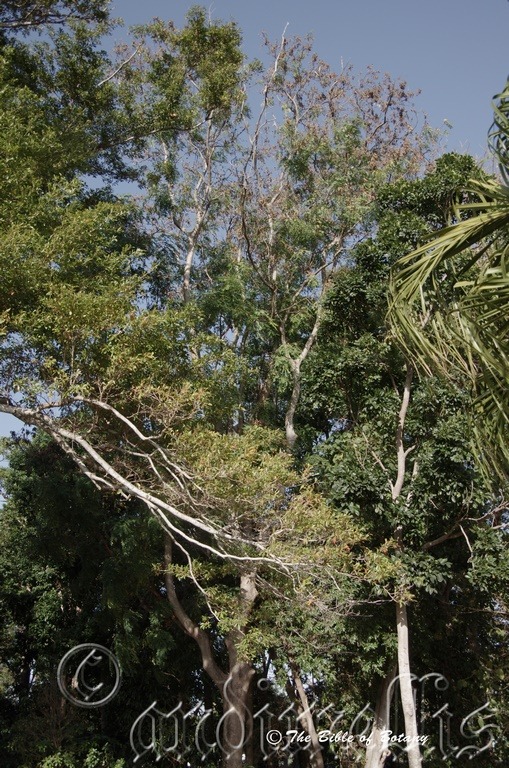
Anderson Botanic Gardens Townsville Qld. with Little Red Head Flying-fox, Pteropus scapulatus.
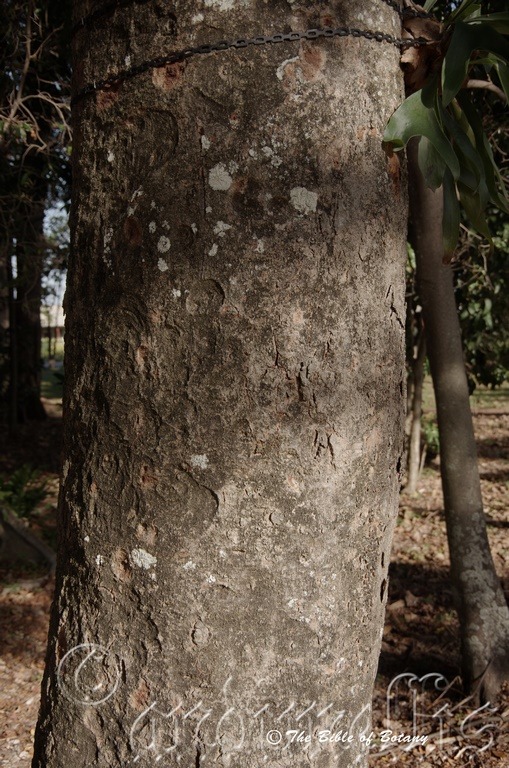
Anderson Botanic Gardens Townsville Qld.
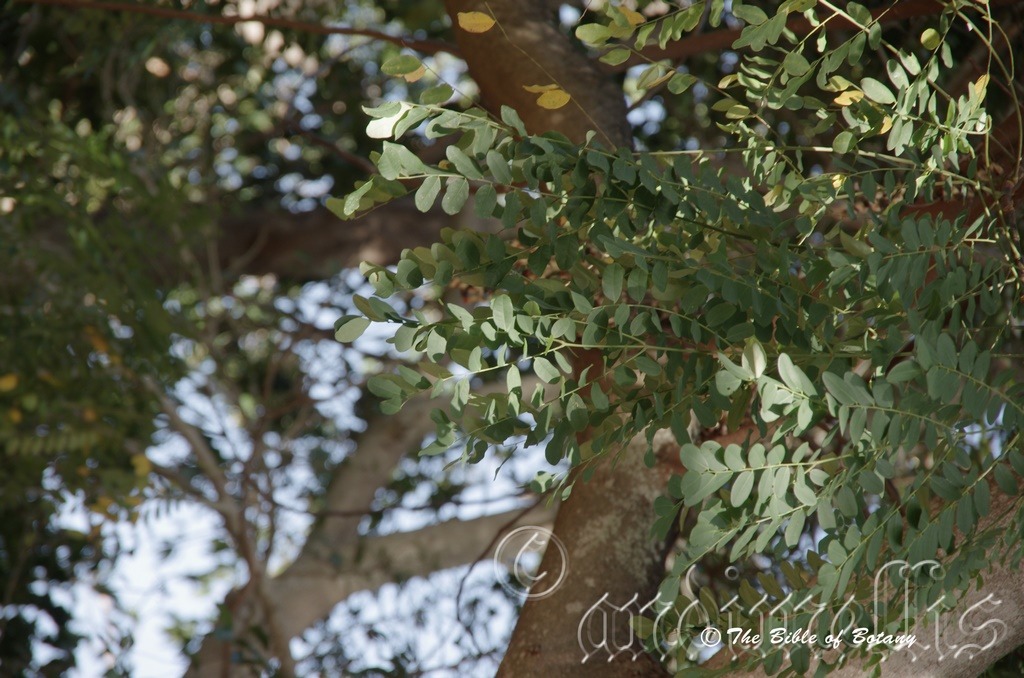
Anderson Botanic Gardens Townsville Qld.
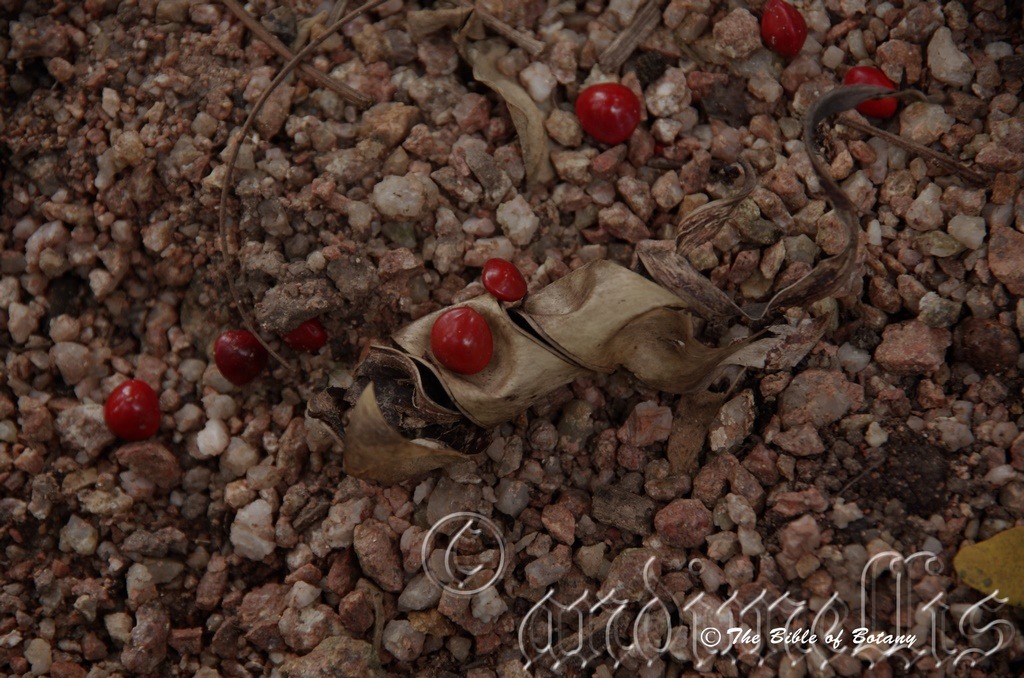
Anderson Botanic Gardens Townsville Qld.
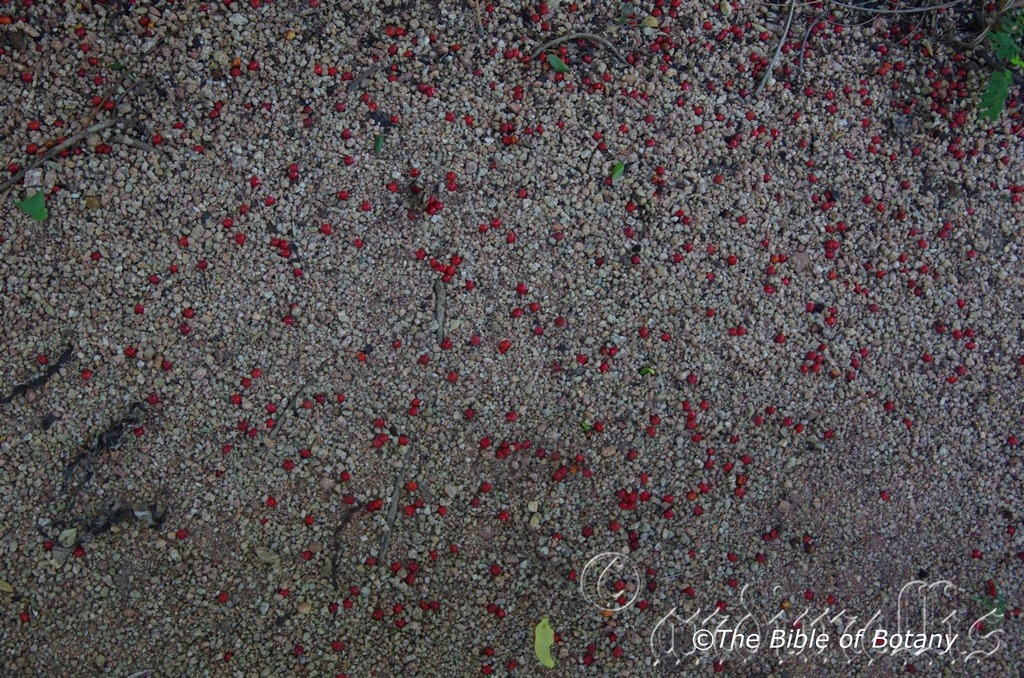
Anderson Botanic Gardens Townsville Qld.
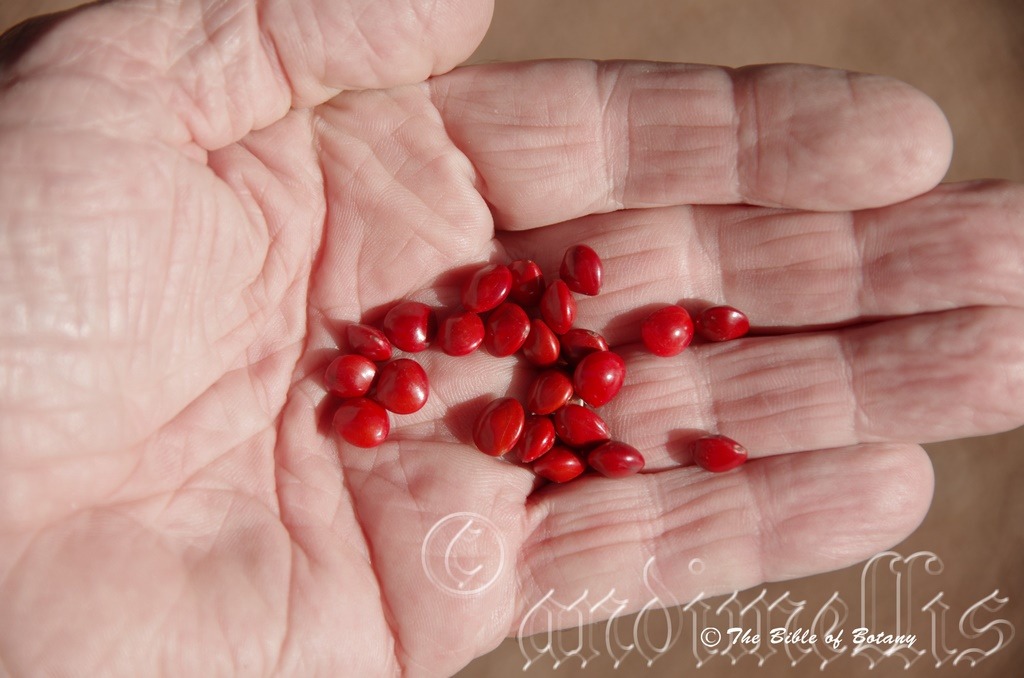
Anderson Botanic Gardens Townsville Qld.
Adenanthera pavonina
Classification:
Class: Magnoliopsida
Order: Fabacales
Family: Fabalaceae
Genus: From Aden, which is Ancient Greek for a gland, and antha/anthos, which are the male reproductive organ of a flower or the flower. It refers to prominent nectaries, which are at the base of the anthers within the flower.
Specie: From pavoninus, which is Latin for a peacock. It refers to the showy flowers followed by the ripe seeds which are very conspicuous and beautiful like the feathers of a peacock.
Sub specie:
Common Name: Red Bean Tree.
Distribution:
Adenanthera pavonina is found east and along the coast and rivers close to the coast from the Ord River in the northern eastern Western Australia through the Northern Territory to Lurrupukurru Beach in the north east. In the east it is found south from the Torres Strait Islands south to the Bloomfield Gap Creek on the western side of Cape York Peninsula and to the Murray River west of Cardwell on the east coast of far north east Queensland.
https://avh.ala.org.au/occurrences/search?taxa=Adenanthera+pavonina#tab_mapView
Habitat Aspect Climate:
Adenanthera pavonina prefer full sun to light dappled shade. It grows in and on the margins of well-developed littoral rainforests, lowland rainforests and moist gallery forests. The altitude ranges from 5 meters ASL to 500 meters ASL
The temperatures range from 12 degrees in August to 45 degrees in February.
The rainfalls range from lows of 1100mm to an average of 3200mm per annum.
Soil Requirements:
Adenanthera pavonina prefers deep, sandy loams, gravelly light fatty clays to gravelly medium clays or light sandy silts to heavy silts. The soils are usually derived from decomposed sandstones, lateritic sandstones, granites basalts or alluvial deposits. The soil’s pH ranges from 6pH to 7pH. It does not tolerate waterlogged soils. None saline soils to the high end of moderately saline soils are tolerated.
Height & Spread:
Wild Plants: 15m to 25m by 6m to 8m.
Characteristics:
Adenanthera pavonina usually grows as a single trunked medium to tall tree though multi trunked trees are not uncommon to see. The stout trunk has a dull grey to fawn, glabrous bark which is pitted and shallowly cratered. Branches are pale grey and glabrous while the branchlets are mid brown to pale brown and glabrous. The branchlets that process the new leaves are grey-green. The new shoots are glabrous.
The alternate bipinnate leaves of Adenanthera pavonina have 2, 4 or 6 opposite pinnae and 10 to 15 alternate leaflets. The leaflets measure 20mm to 50mm in length by 7mm to 25mm width. The asymmetrical bases are rounded while the apexes are obtuse. The mid blue-green peduncle and rachis are strongly channelled on the upper surface. The mid blue-green petiolules are glabrous and measures 1mm to 3mm in length. The discolourous leaflets are mid blueish-green and glabrous on the upper laminas while the lower laminas are a paler blue-green. The leaf margins are entire while the laminas recurve slightly from the mid vein and decurve close to the margins. The midrib is prominent on then lower lamina and is clearly visible from the upper lamina. The lateral veins are slightly visible from both laminas. The trees are deciduous for a short period; a few days to a fortnight at the most, in July to October depending on the severity of the dry season.
The inflorescences of Adenanthera pavonina are born singular or in small clusters on a raceme. The racemes measure 120mm to 150mm in length. The 5 broad linear, pale lime-green to pale yellow-green sepals are glabrous and measure 1mm to 1.5mm in length. The 5 pale pink, pale yellow or deep yellow oblong petals are glabrous and have an acute apex. The petals measure 5mm to 6mm in length by 2mm to 2.2mm in width.
The 10 white to deep yellow stamens are free 5 being opposite the petals and 5 being adjacent to the petals. The filaments measure 4mm to 5mm in length. The white style measures 95mm to 105mm in length. The anthers are basifixed and have an aristate apex with a short stalked gland.
The ewer shaped pistil and tapering style measure 3mm to 4.5mm in length while the superior ovary usually has 12 ovules. The flowers have been known to appear in most seasons throughout the year.
Adenanthera pavonina’s fruits are long, flat glabrous pods. The green pods margins are slightly undulating and thickened. The pods are strongly constricted between the seeds. The pods measure 200mm to 240mm in length by 15mm to 20mm in width. The pedicels measure 2mm to 5mm in length.
The dull green to dull blue-green pods turn reddish-brown and twist extensively on drying to release the disc shaped glossy scarlet-red seeds. The seeds measure 6.5mm to 8mm in length by 6mm to 7mm in diameter and 3.5mm to 4mm in thickness. In Australia the seeds mainly mature from June to August but may hang from the tree for over a year.
Wildlife:
Adenanthera pavonina wildlife is unknown to the author.
Cultivation:
It would make an good fire retardant small tree.
* Fire retardant plants act as radiant heat screens and absorb more heat from an approaching fire without burning.
* Fire retardant trees are able reduce wind speed near a house or out buildings.
* Fire retardant also trap embers and sparks carried by the wind.
* Fire retardant ground covers are able to catch burning embers without catching fire themselves, and also slow the travel of a fire through debris and litter on the ground.
Adenanthera pavonina is a beautiful tree for tropical or semi-arid gardens where temperatures remain above 4 degrees on the coldest evenings in winter.
The plants maybe a problem in areas outside the tropics and must be protected for many years during winter in frost prone areas.
Adenanthera pavonina make very interesting plants that are relatively fast growing. The trunk is the desired feature of the plant which will grow from 0.4 meters to 0.5 meter in diameter under cultivation. The overall dimensions of the trees in cultivation are 15 meters to 20 meters in height by 6 meter to 8 meters in diameter when grown as a rainforest tree in a crowded situation or 8 to 10 meters by 8 meters to 12 meters in diameter when grown in the open as a park tree or feature tree.
Adenanthera pavonina would make a good contribution to a sandy or rocky terrain on a large block of land. Here they can be used as the main feature where a tall narrow growing deciduous tree is required. When you use them in an area that is strewn with large boulders do not over crowd the scene as the boulders are a formidable part of the scene and overplanting the area with Adenanthera pavonina sees them lose their real character so leave a decent space between them. Adenanthera pavonina is well suited to such conditions so use contours to display the rocks and boulders below. The idea is to achieve a feeling of expansive harshness yet coolness. This can be achieved with using just 1 to 5 Adenanthera pavonina at the most. Their trunk is a very strong feature against the harsh colours of the mulches and greens of the ground covers. If large deep green leaf plants are wanted try using them as prostrate plants.
The trees would make very good accent trees in front of low set commercial or industrial sheds where they will break up hard rigid architectural lines and give warmth and greater breadth to a building particularly once they reach some sought of maturity. In front of high rise buildings they give balance especially where they could be grown in curves meandering to the entry doors or for something different used from the front of the path and meander back to the far corners with shrubs or flowers planted between the trees and the building and the trees and the nature strip.
It is a very compatible tree with most tropical and semi tropical field crops and orchards, making it suitable to use in integrated production
systems. It is frequently interplant among field and tree crops such as spices, coffee and coconuts in Asia to give shade and protection to the more sensitive plants.
Propagation:
Seeds: Adenanthera pavonina seeds can be sown directly into 50mm native tubes following nicking of the hard outer testa. Cover them to a depth of 5mm to 10mm when sowing. The seedlings should sprout within 10 days and develop very quickly even in Grafton during the summer months. They must be protected over the first few winters from any cold. They are probably better grown on in deep pots in the hot house for the first winter and planted out in the second spring.
Protect them against the cold and allow them to dry out towards the end of July to October. Once they reshoot and commence growing fertilize them and watch for the first roots to appear from the bottom of the pots. Once this occurs, plant them out immediately into their permanent positions and again fertilize them giving them a good soaking. Allow them to dry out between watering
Mass plantings can be achieved with spacing’s of 8 meters. Plants will still need protection from cold winds the following winter despite rapid growth and heights in excess of 1500mm they will remain cold sensitive for a several years. While they appear to be fast growing the trunk will take many years to develop any sought of character.
Fertilize using Seaweed, fish emulsion or organic chicken pellets soaked in water on an alternate basis. Fertilize every two months until the plants are established then twice annually in early September to March to maintain health, vitality and better flowering and better quality fruit.
Further Comments from Readers:
Hi reader, it seems you use The Bible of Botany a lot. That’s great as we have great pleasure in bringing it to you! It’s a little awkward for us to ask, but our first aim is to purchase land approximately 1,600 hectares to link several parcels of N.P. into one at The Pinnacles NSW Australia, but we need your help. We’re not salespeople. We’re amateur botanists who have dedicated over 30 years to saving the environment in a practical way. We depend on donations to reach our goal. If you donate just $5, the price of your coffee this Sunday, We can help to keep the planet alive in a real way and continue to bring you regular updates and features on Australian plants all in one Botanical Bible. Any support is greatly appreciated. Thank you.
In the spirit of reconciliation we acknowledge the Bundjalung, Gumbaynggirr and Yaegl and all aboriginal nations throughout Australia and their connections to land, sea and community. We pay our respect to their Elders past, present and future for the pleasures we have gained.
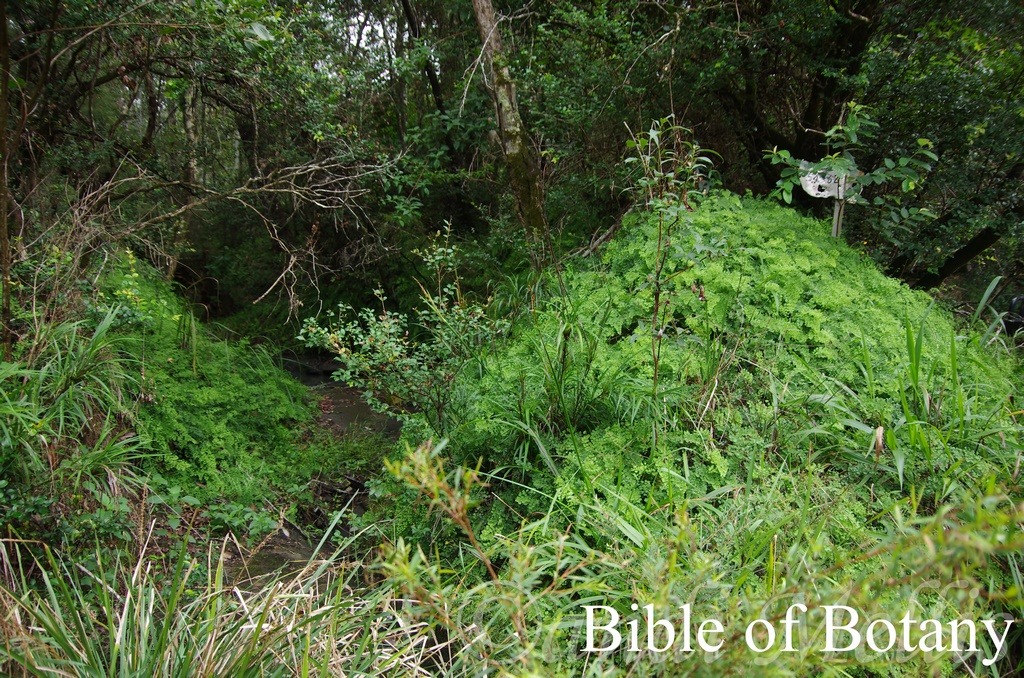
Banyabba National Park NSW
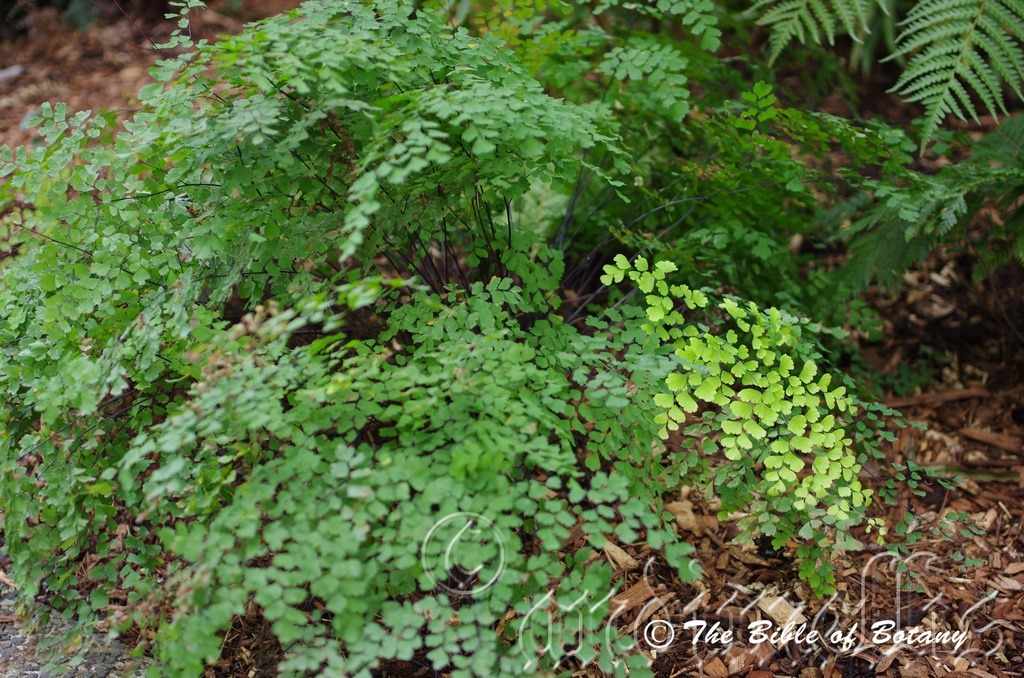
Mount Cootha Botanical Gardens Qld.
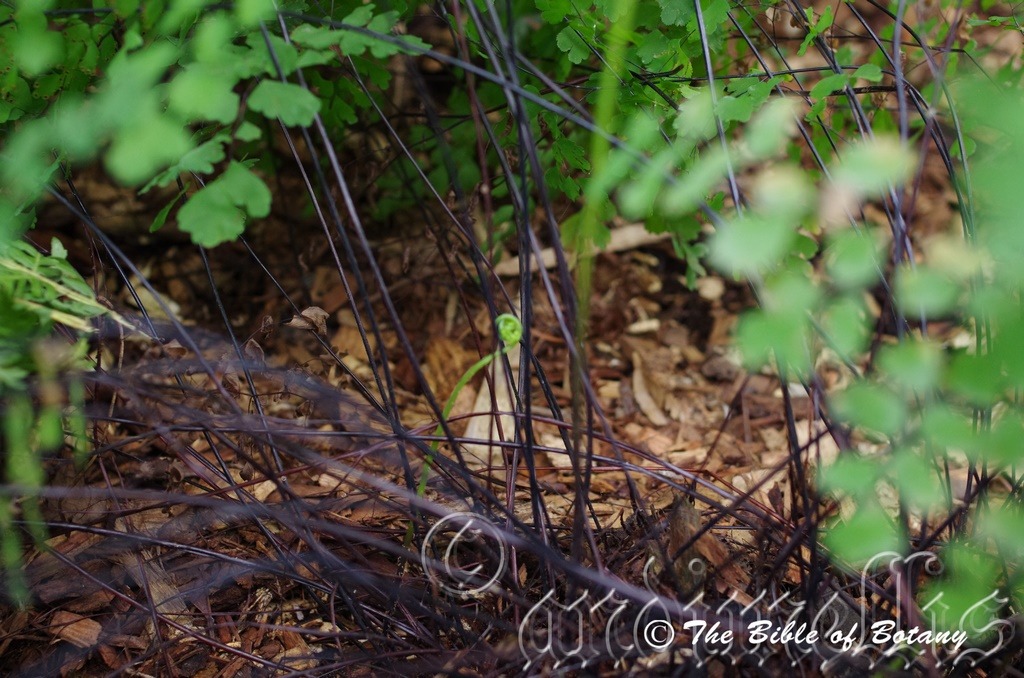
Mount Cootha Botanical Gardens Qld.
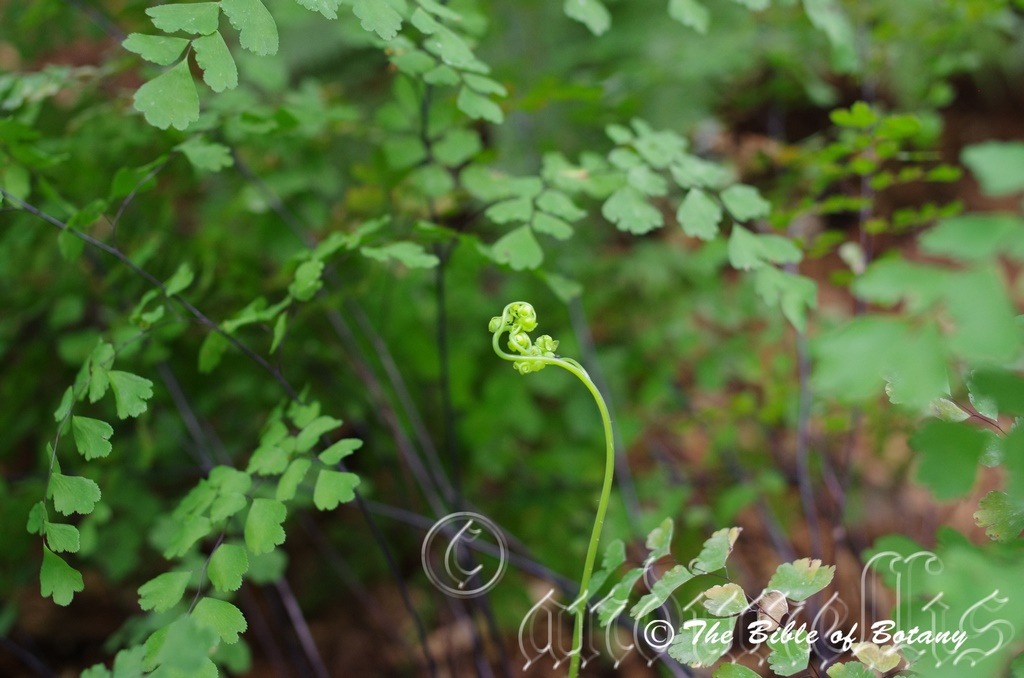
Mount Cootha Botanical Gardens Qld.
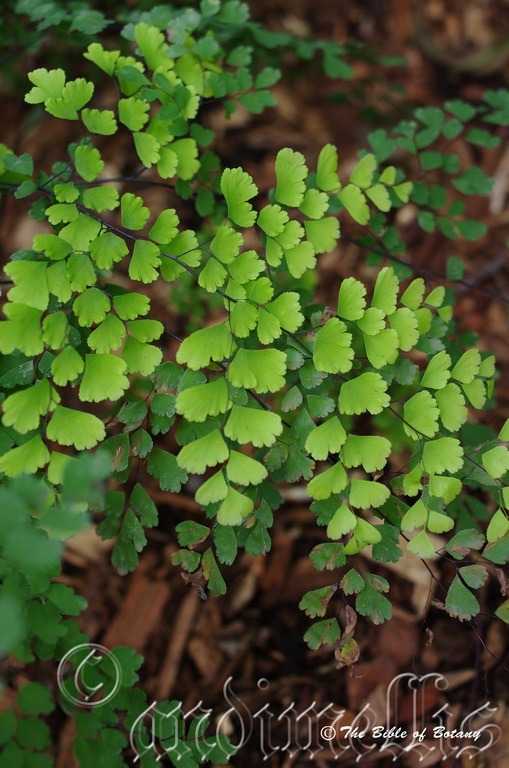
The Pinnacles NSW
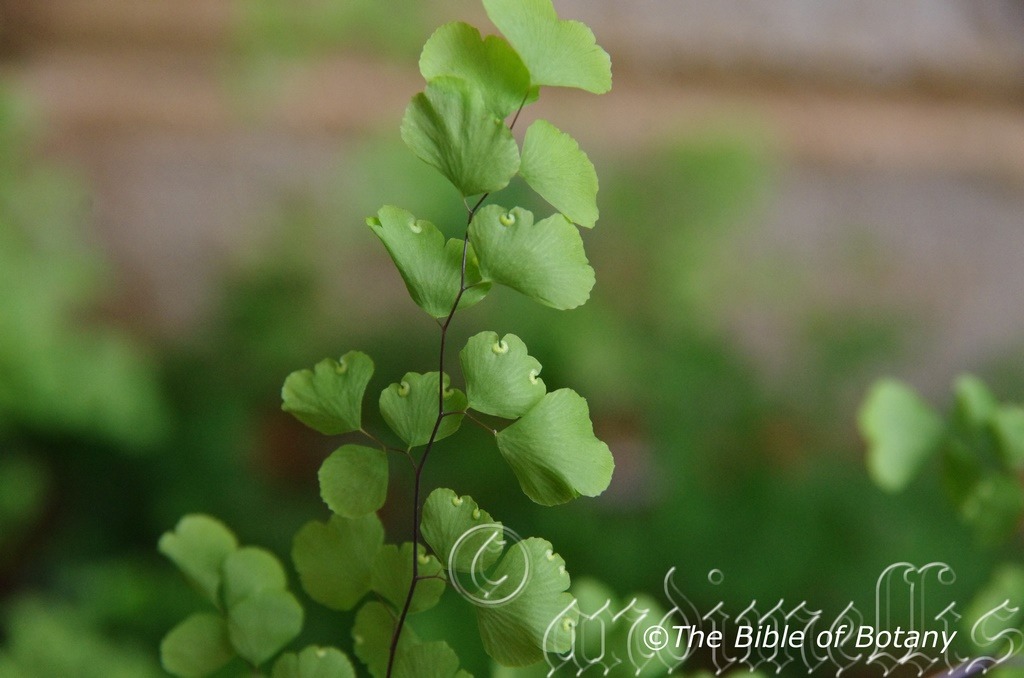
Author’s Garden The Pinnacles NSW
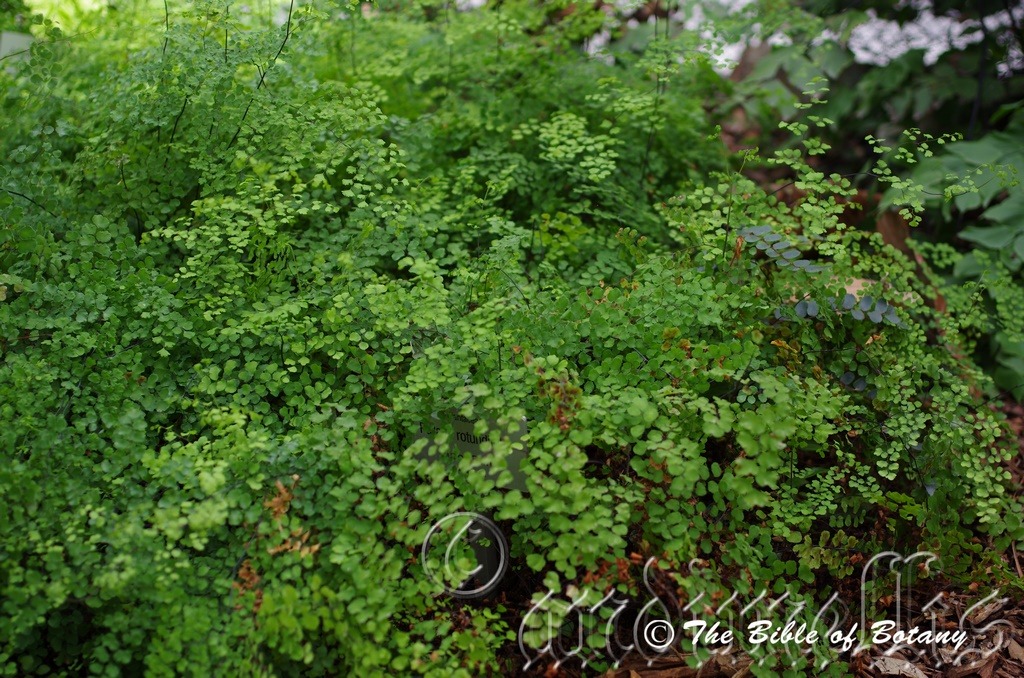
Mount Cootha Botanical Gardens Qld.
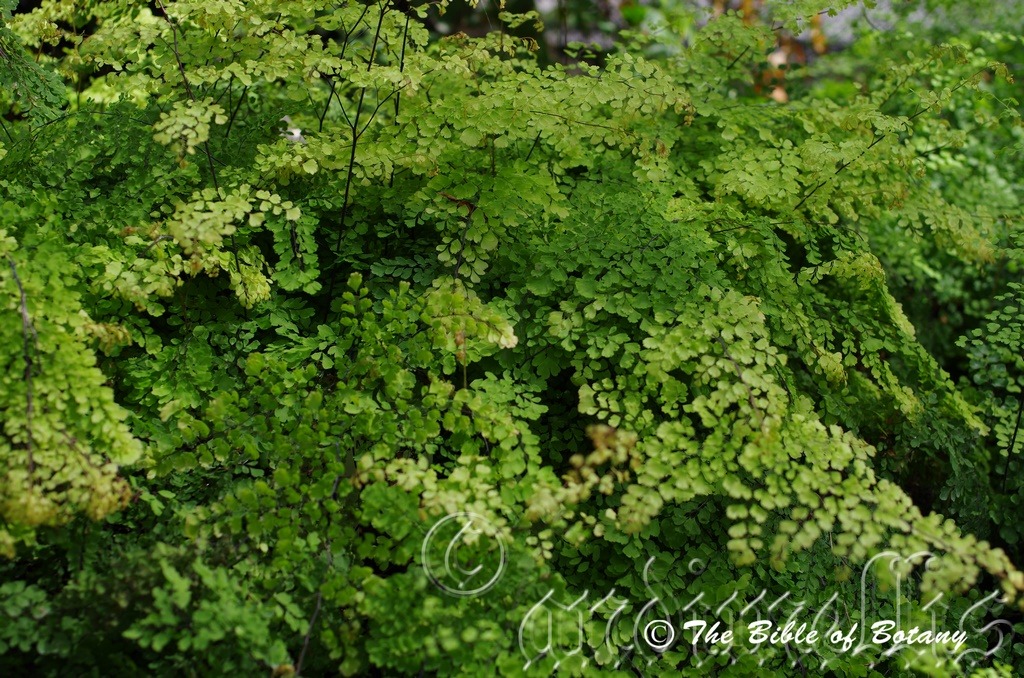
Mount Cootha Botanical Gardens Qld.
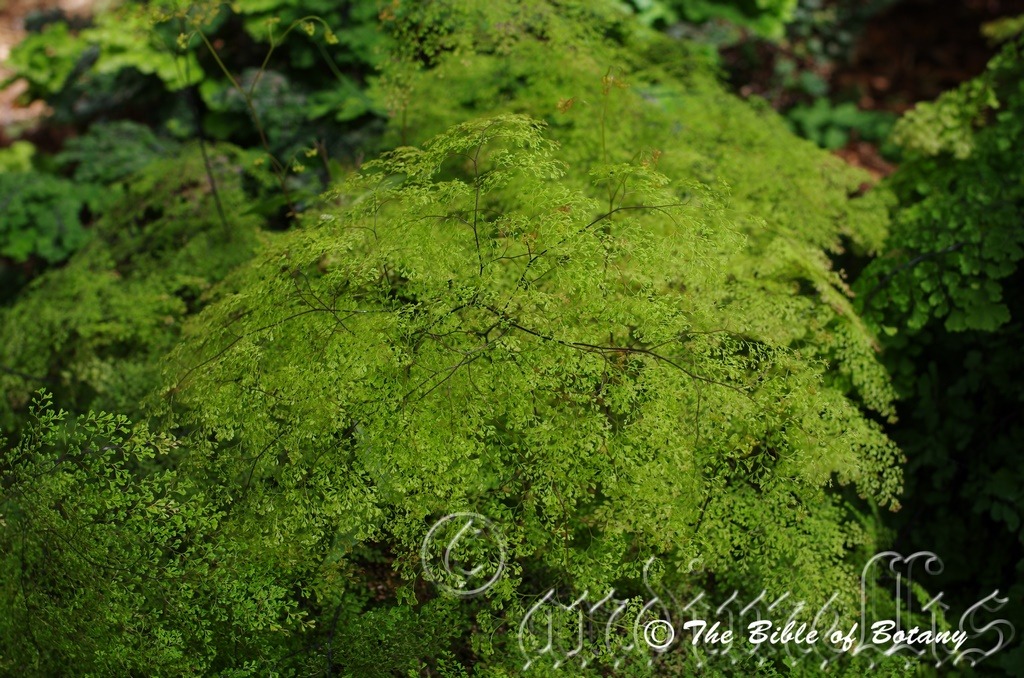
Mount Cootha Botanical Gardens Qld.
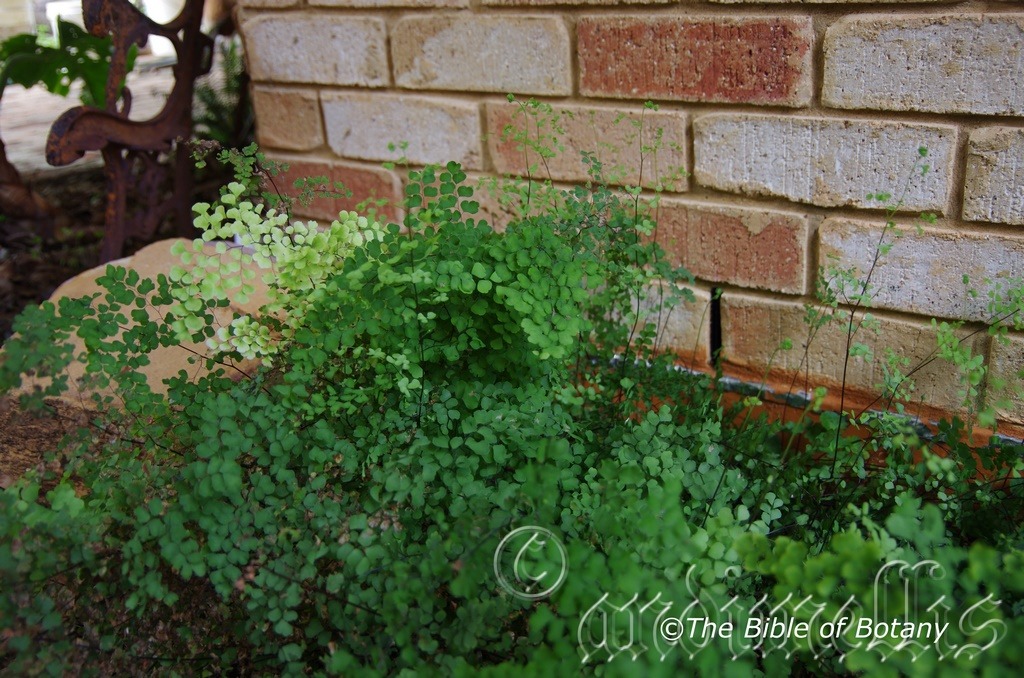
Author’s Garden The Pinnacles NSW
Adiantum aethiopicum
Adiantum atroviride
Classification:
Class: Pteridopsida
Order: Polypodiales
Family: Pteridaeae
Genus: From A, which is Ancient Greek for without or not having and Diantos, which is Ancient Greek for to moisten or moistened. It refers to the structures or organs, which have the ability to repel water.
Specie: From Aethio, is Ancient Greek for coming from Ethiopia, an Ethiopean or African. It refers to ferns, which were first discovered in Ethiopia. From Atro, which is Ancient Greek for very dark or deep in colour and Viridus, which is Latin for green. It usually refers to leaves, phyllodes fronds or other structures or organs, which are a deeper green compared to other species in the genus.
Common Name: Maiden hair fern.
Distribution:
Adiantum aethiopicum and Adiantum atroviride are found south from Geraldton to Albany in the south west corner of Western Australia.
On the east coast it is found south from Cape York Peninsula in far north eastern Queensland to Wilson’s Promontory in southern Victoria then west to Kangaroo Island and southern Eyre Peninsula in southern South Australia.
It is found along the northern coastline and on the eastern third of mainland Tasmania as well as the Bass Strait Islands.
https://avh.ala.org.au/occurrences/search?taxa=Adiantum+aethiopicum#tab_mapView
https://avh.ala.org.au/occurrences/search?taxa=Adiantum+atroviride#tab_mapView
Habitat Aspect Climate:
Adiantum aethiopicum and Adiantum atroviride prefer dense shade, partial shade, and dappled light and even accept a little full sun on a daily basis. They can be found growing on hillsides river banks and river flats provided adequate moisture is available. Rainforests and even open woodlands where a little seepage is present is enough to support good growth. It is very common often forming large colonies near creeks and rivers in the central part of its range on the east coast.
The temperatures range from lows of minus 4 degrees in July to 36 degrees in January.Despite living in areas where temperatures can be quite cold it is still sensitive to heavy frosts.
The rainfalls range from lows of 300mm to an average of 3200mm annually. Plants growing in lower rainfall area will be found along permanent water courses where the soil is continually receiving moisture from capillary action within the soil or at higher altitudes where orographic precipitation adds to the available rainfall.
Soil Requirements:
Adiantum aethiopicum and Adiantum atroviride prefer better quality sandy loams, light fatty clays, medium clays or light silts to heavy silts. The soils are usually derived from decomposed sandstones granites, brown basalts, black basalts, shales, metamorphic rocks, alluvial deposits or at times accumulated peaty beach sands. The soil’s pH ranges from 5.5pH to 7.5pH. It does not tolerate water logged soils. None saline soils to moderately saline soils are tolerated.
Alkaline soils where some lime or gypsum is present are particularly favoured and support some very large colonies. A good example is near Mount Etna in Queensland in the mid 1980’s.
Height & Spread:
Wild plants: Adiantum aethiopicum grows 200mm to 700mm by hundreds of square meters.
Adiantum atroviride grows 200mm to 500mm by hundreds of square meters.
Characteristics:
Adiantum aethiopicum and Adiantum atroviride are very similar and many botanists consider them to be the same species so I will treat them as the same here pointing out any minor differences that may occur. Once DNA is used it will place them as one or include them as separate species, sub species or varieties.
The fronds attach to the stipe so that the frond is symmetrical and at 90 degrees. There are two to four pinnate stalks. Sterile fronds spreading while the fertile fronds are more erect with smaller pinnules. The pinnules are roughly fan shape and measure 7mm to 10mm in length and 7mm to 10mm in width at the broadest point. The outer margin is very finely toothed.
Fertile fronds have 2 to 7 shallow lobes where the reniform sori are arranged. The pinnae are concolourous pale green and glabrous.
Specie Differences:
Adiantum aethiopicum‘s rachis and stipes and stipe scales are deep red-brown. The rhizomes are much branched slender and measure 3.5mm to 5mm in diameter and covered in deep red-brown papery scales.
Adiantum atroviride‘s rachis and stipe scales are black. The rhizomes are much branched slender and measure 3.5mm to 5mm in diameter and covered in black papery black scales
Wildlife:
Both ferns are host to the caterpillars of the Callospistria maillardia moth. www. saveourwaterwaysnow. com. au Woolly aphids often colonize the plants when conditions are not to the plants liking but rarely is seen in large numbers in the wild. This is particularly the case with plants kept indoors.
Cultivation:
Despite Adiantum aethiopicum and Adiantum atroviride most delicate and beautiful look though it is rather hardy plants for the garden, patio or inside the house. Outside they prefer a place that receives adequate light with a little full sun late in the afternoon or early morning. A little sun light will go a long way in keeping the main predator mite at bay woolly aphid. This is more apparent in house plants that do not receive adequate ventilation.
Adiantum aethiopicum and Adiantum atroviride are best used adjacent to small areas of bush close to paths or the house where some there is plenty of filtered light and some air movement. It is great in small rockeries as a fill in plant. Here they can be planted in small groups of 2 or 3 as a stand-alone plant to create a miniature pond garden with other small ferns, Selagenella sp. or ground orchids. If it is surrounded by shorter plants with fine foliages they will dominate at the center giving height and strength to the bed. The uses of plants with large leaves will high light their delicacy and feature both the foliages. Planted with a mass of smaller plants and ground covers with mixed coloured foliages will ensure a great display throughout the year.
Adiantum aethiopicum and Adiantum atroviride are most suitable for use around semi shaded swimming pools, especially courtyards, besides pathways, shady rockeries, along sandy loam banks or adjacent to natural bush gardens. Mass plantings of 5 or more plants even in small areas; really do the plants justification. Small to medium fish or frog ponds will benefit from the soft look cool look that Adiantum aethiopicum will bring to water. The reflection of its fronds on the water is very soothing and relaxing. The brighter the conditions the shorter the fronds will develop.
If it is placed around a pool, courtyards or other confined spaces then plant them in small groups or scatter plant them for a more informal natural look against walls to help soften them. Using rocks and small boulders can make the pool or any water feature appear like an oasis. The fronds can make a great start for the larger billabong setting. Be careful not to over plant as they can quickly lose the affect required.
Propagation:
Spore:
Step 1. Select spore from the fern fronds. Wait until the fern is just starting to release its spore. Rinse the fronds under clean running water and dry. This is to wash off any other spores from rogue ferns that may have settled onto the fronds. (There is nothing worse than having common brake or common soft bracken contaminating a prized tree fern or epiphyte.)
Step 2. Place the dry fronds in a clean brown paper bag and keep them in a cool dark place like the linen closet for about a week to ten days before you are ready to sow the spore. The exception to this rule applies to ferns, which produce green spores. These must be sown immediately that it is released. Todea Barbara is a good example of a fern, which produces green spore.
Step 3. Take a large ice cream container, a small ice cream container and a clean clear plastic bag large enough to seal the large ice cream container and three or four milk bottle tops.
Step 4. Punch or drill 6 to 10 5mm holes in the bottom of the small ice cream container.
Step 5. Wash both containers, tops and plastic bag so that they are very clean and sterile.
Step 6. Use a clean fine seed raising mi. We used 30mm fine sand, 30mm peat and 30mm perlite and 10mm vermiculite. We used crushed basalt, crusher dust and peat in a 50:50 ratio for epiphytes. Moisten the mix enough that water does not run out when the mix is squeezed between the fingers.
Step 7. Place the moisten mix (Enough to half fill the small ice cream container) in the microwave oven with a large glass of water for 7 or 8 minutes, until the water is boiling. Allow them to cool in the oven. You will need the water later so do not tip it out.
Step 8. Take the brown paper bag out of the linen closet. Shake the bag and remove the fronds. You should have a yellow, brown, black or rarely greenish brown or ochre powder or very fine, small round pin head size spore depending on the specie involved.
Step 9. Remove the mixture from the oven once it has cooled and place it in the small ice cream container and level.
Step 10. Sprinkle the spore sparsely over the mixture in the small ice cream container.
Step 11. Place the milk bottle tops in the large ice cream container with the flat surface facing down. Place the small ice cream container in the large ice cream container so that it is sitting on the milk bottle tops.
Step 12. Remove the water from the microwave and pour it into the larger ice cream container so there is 25mm to 30mm of water in the bottom.
Step 13. Place the ice cream containers in the plastic bag and seal. Step 14. Place the contents and bag in a warm shady place preferably 50mm to 70mm shade depending on the specie. Shade houses and some window sills are ideal.
Step 15. The surface should turn green within a week to two weeks. The prothallus will then develop. From the prothallus the first true fronds will appear. Wait until the ferns are 20mm to 35mm in height before you attempt to transplant them. Once they are ready open the bag up slightly and allow the air to flow around the little ferns. Every 3 to 5 days open the bag a little further so the ferns get use to their new environment. Allow them a week to two weeks to harden off before you transplant them following the removal of the plastic bag. Carefully prick them out into 50mm standard squat tubes as you would any seedling.
Do not try to transplant them as single plants as they are still a little delicate still.
Once the smaller ones again reach 50mm to 70mm you may wish to divide the stronger and hardier individual plants into smaller clumps in 100mm squat pots.
Step 16. We fertilized with seaweed, fish emulsion or organic chicken pellets soaked in water on an alternate basis until established. Fertilize every two months for one year even when in the ground.
INDOORS OR POTTED ON:
Adiantum aethiopicum and Adiantum atroviride that are being used as patio or for indoors should have a good quality indoor mix.
Sawdust or sand mixes are too well draining unless the sawdust has completely composted down where it exhibits a texture like plasticine to the touch. Moisture can be squeezed out between the fingers yet it remains moist. I find this a great basis to start with.
Mix equal parts of the well decomposed saw dust with the above feel with perlite and vermiculite. To this add two part sharp clean sand, one part compost and one part good crusher dust from basalt rock quarries. Preferably black basalt but both are good. Make sure the sand comes from a source that does not have salt.
The Saw dust in this condition creates the moisture retention and holds nutrient in. The perlite and vermiculite make the mix neutral and both have great water holing capacity without shrinkage with age. The sand creates good drainage and is good for good healthy root development. The crusher dust adds vital minerals which the plants need.
Indoor plants need good light and ventilation without drying breezes or wind. Again fertilize the plants on a monthly basis with the above formula on a rotation basis.
Further Comments from Readers:
Hi reader, it seems you use The Bible of Botany a lot. That’s great as we have great pleasure in bringing it to you! It’s a little awkward for us to ask, but our first aim is to purchase land approximately 1,600 hectares to link several parcels of N.P. into one at The Pinnacles NSW Australia, but we need your help. We’re not salespeople. We’re amateur botanists who have dedicated over 30 years to saving the environment in a practical way. We depend on donations to reach our goal. If you donate just $5, the price of your coffee this Sunday, We can help to keep the planet alive in a real way and continue to bring you regular updates and features on Australian plants all in one Botanical Bible. Any support is greatly appreciated. Thank you.
In the spirit of reconciliation we acknowledge the Bundjalung, Gumbaynggirr and Yaegl and all aboriginal nations throughout Australia and their connections to land, sea and community. We pay our respect to their Elders past, present and future for the pleasures we have gained.
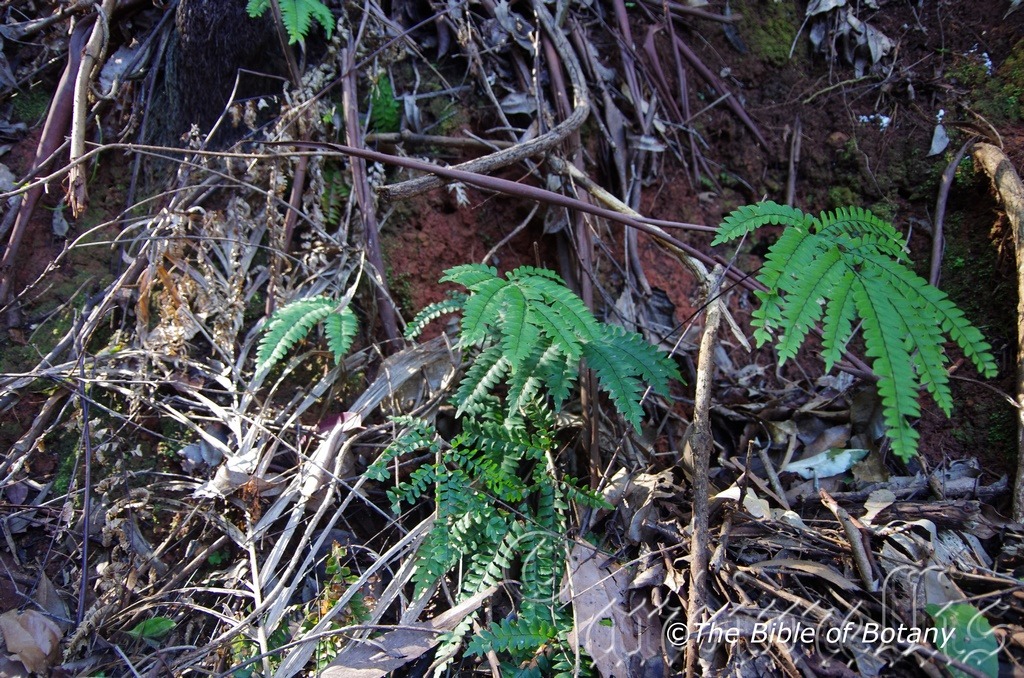
Ewingar State Forest NSW
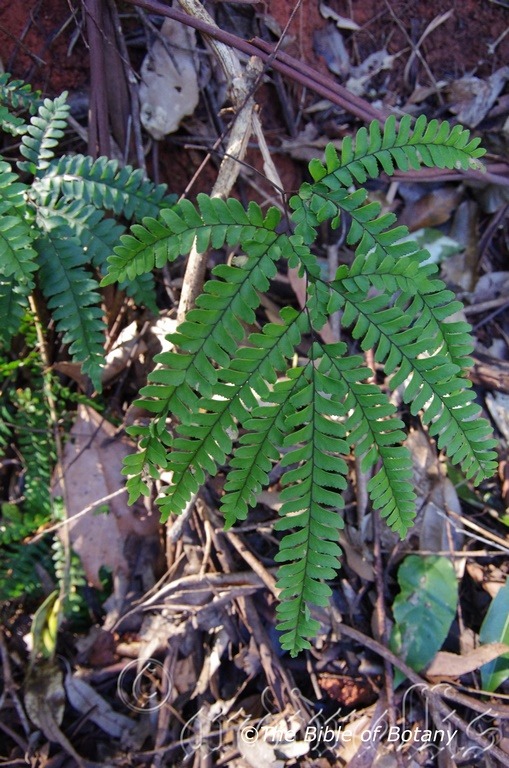
Ewingar State Forest NSW
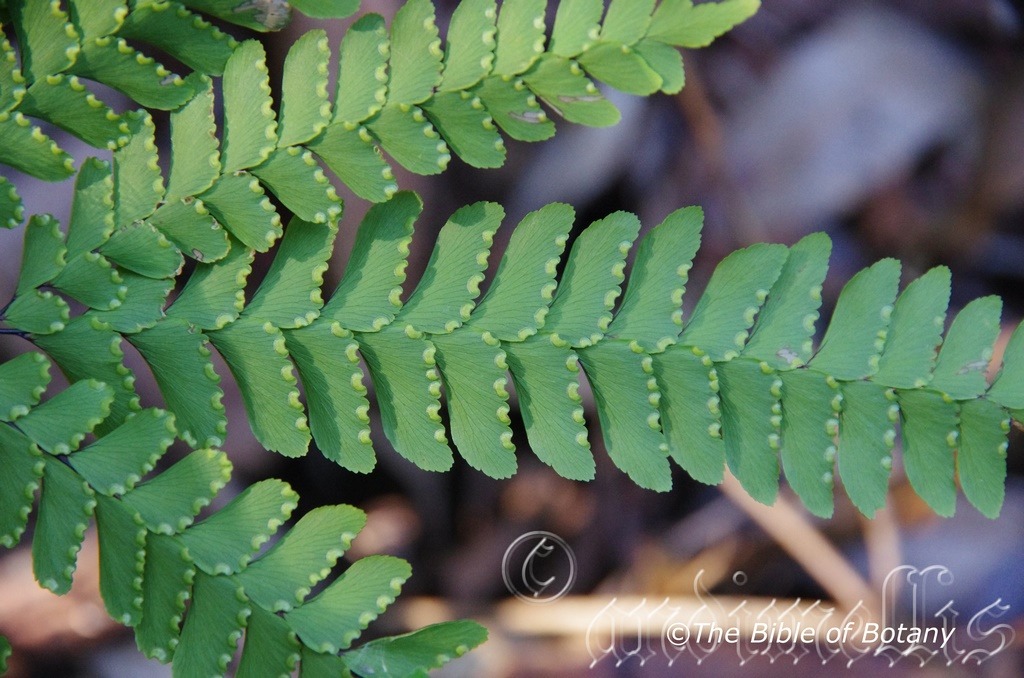
Ewingar State Forest NSW
Adiantum diaphanum
Classification:
Class: Pteridopsida
Order: Polypodiales
Family: Pteridaceae
Genus: From A, which is Ancient Greek for without or not having and Diantos, which is Ancient Greek for to moisten or moistened. It refers to the structures or organs, which have the ability to repel water.
Specie: From Diaphanes, which is Ancient Greek for Translucent or filmy. It refers to the fronds, which are somewhat dainty and fragile or almost transparent.
Common Name: Rough Maiden Hair or Five Finger Jack.
Distribution:
Adiantum diaphanum is a widespread fern found in disjunct populations along the east coast from Cape York Penninsula in north Queensland down through New South Wales and into Victoria to near the Dandenongs. It is found both sides of the Great Dividing Range.
https://avh.ala.org.au/occurrences/search?taxa=Adiantum+diaphanum#tab_mapView
Habitat Aspect Climate:
Adiantum diaphanum prefers dappled light to medium shade. It usually grows in small clumps but can form large colonies on moist alluvial flats in open forests adjacent to the rainforests especially along creeks and rivers. It is common in humid moist areas associated with riverine rainforests east of the Great Dividing Range. It will grow in moist to wet positions in the rainforests. It can also be found in sheltered rock overhangs, beneath waterfalls and open woodlands where moisture is retained in the soil or seeps from the overhanging rocks as is the case in central Australia.
The temperatures range from minus 1 degrees in July to 38 degrees in January February.
The rainfalls range from lows of 800mm to an average of 2400mm annually. The plants in low rainfall areas are always associated with permanent water or seepages close to rivers, streams or billabongs.
Soil Requirements:
Adiantum diaphanum prefers skeletal to deep, sandy loams, light fatty clays, medium clays or light silts to heavy silts. The soils are usually derived from decomposed sandstones, granites, brown basalts, black basalts, shales, metamorphic rocks or alluvial deposits. The soil’s pH ranges from 6pH to 7pH. It does not tolerate waterlogged soils however prefer sites that are continuously moist. None saline soils to moderately saline soils are tolerated.
Height & Spread:
Wild Plants grow from 100mm to 350mm by 300mm.
Characteristics:
The rhizomes of Adiantum diaphanum are short creeping with deep reddish-brown scales. The deep Brown to almost black stipes are thin 1mm to 2mm in diameter. The stipes are glabrous and stand 120mm to 180mm high with the ultimate sections have a few deep reddish-brown to black hairs. The rootlets often have small, prominent, brown bulbils.
The new fronds emerge in deep pink to maroon turning to a bronze green and eventually to a deep glossy green. They are strongly divided palmate or dichotomously divided. Each frond has between 3 and 7 pinnae like long fingers. The middle pinnae is the longest. The side pinnae are the shortest and may have as few as 5 pinnules while the longest may have up to 70.
The oblong pinnules are strongly asymmetrical. The pinnules are contorted with the upper margin closest sliding beneath or nearly so with the lower pinnules margin of the pinnules closest to the apex. There is a slight enlarging of the pinnules from the base to half way along the rachis where they again taper towards the apex. The pinnules at the widest point measure 3mm to 13mm in length by 6mm to 10mm in width. The pinnae margin is straight along the lower margin while the upper margin and apex margin with the sporangia are shallowly lobed. There may be a single cleft at the apex of the lower margin.
The juvenile fronds are densely covered in white to pale grey pubescent hairs or rarely glabrous. Pinnules are attached to the rachis by a very thin, short petiole less than 1.5mm in length.
The small sori are globose to reniform and number three to eight on each pinnule.
Wildlife:
Rarely have I seen anything attack or damage Adiantum diaphanum, though it may occasionally be attacked by the caterpillars of the Callopistria maillardi moth. The damage is usually slight and healthy plants recover very quickly.
Cultivation:
Despite Adiantum diaphanum most delicate and beautiful look it is rather a very hardy plant for the garden, patio or inside the house. Outside it prefers a place that receives adequate light with a little full sun late in the afternoon or early morning. A little sun light will go a long way in keeping the main predator mite at bay woolly aphid. This is more apparent in house plants that do not receive adequate ventilation.
Adiantum diaphanum are best used adjacent to small areas of bush close to paths or the house where some there is plenty of filtered light and some air movement. It is great in small shady rockeries as a fill in plant. Here they can be planted in small groups of 2 or more as a stand-alone plant to create a miniature pond garden with other small ferns, Selaginella or ground orchids. If it is surrounded by shorter plants with fine foliages they will dominate at the center giving height and strength to the bed. The uses of plants with large leaves will high light their delicacy and feature both the foliages. Planted with a mass of smaller plants and ground covers with mixed coloured foliages will ensure a great display throughout the year.
Adiantum diaphanum are most suitable for use around semi shaded swimming pools, especially courtyards, besides pathways, shady rockeries, along sandy loam banks or adjacent to natural bush gardens. Mass plantings of 5 or more plants even in small areas; really do the plants justification. Medium to small fish or frog ponds will benefit from the soft look cool look that Adiantum diaphanum will bring to water. The reflection of its fronds on the water is very soothing and relaxing. The brighter the conditions the shorter the fronds will develop. This is the best Adiantum from this scenario because it is more likely to develop small clumps rather than a spreading habit over time.
If it is placed around a pool, courtyards or other confined spaces then plant them in small groups or scatter plant them for a more informal natural look against walls to help soften them. Using rocks and small boulders can make the pool or any water feature appear like an oasis. The fronds can make a great start for the larger billabong setting. Be careful not to over plant as can quickly lose the affect required.
Cut fronds dried will last for long periods indoors and are ideal when used in dried arrangements flower arrangements. It is also good for introducing children to the art of pressing flowers and leaves.
Propagation:
Spores:
Step 1. Select spore from the fern fronds. Wait until the fern is just starting to release its spore. Rinse the fronds under clean running water and dry. This is to wash off any other spores from rogue ferns that may have settled onto the fronds. (There is nothing worse than having common brake or common soft bracken contaminating a prized tree fern or epiphyte.)
Step 2. Place the dry fronds in a clean brown paper bag and keep them in a cool dark place like the linen closet for about a week to ten days before you are ready to sow the spore. The exception to this rule applies to ferns, which produce green spores. These must be sown immediately that they are released. Todea Barbara is a good example of a fern, which produces green spore.
Step 3. Take a large ice cream container, a small ice cream container and a clean clear plastic bag large enough to seal the large ice cream container and three or four milk bottle tops.
Step 4. Punch or drill 6 to 10 5mm holes in the bottom of the small ice cream container.
Step 5. Wash both containers, tops and plastic bag so that they are very clean and sterile.
Step 6. Use a clean fine seed raising mi. We used 30mm fine sand, 30mm peat and 30mm perlite and 10mm vermiculite. We used crushed basalt, crusher dust and peat in a 50:50 ratio for epiphytes. Moisten the mix enough that water does not run out when the mix is squeezed between the fingers.
Step 7. Place the moisten mix (Enough to half fill the small ice cream container) in the microwave oven with a large glass of water for 7 or 8 minutes, until the water is boiling. Allow them to cool in the oven. You will need the water later so do not tip it out.
Step 8. Take the brown paper bag out of the linen closet. Shake the bag and remove the fronds. You should have a yellow, brown, black or rarely greenish brown or ochre powder or very fine, small round pin head size spore depending on the specie involved.
Step 9. Remove the mixture from the oven once it has cooled and place it in the small ice cream container and level.
Step 10. Sprinkle the spore sparsely over the mixture in the small ice cream container.
Step 11. Place the milk bottle tops in the large ice cream container with the flat surface facing down. Place the small ice cream container in the large ice cream container so that it is sitting on the milk bottle tops.
Step 12. Remove the water from the microwave and pour it into the larger ice cream container so there is 25mm to 30mm of water in the bottom.
Step 13. Place the ice cream containers in the plastic bag and seal. Step 14. Place the contents and bag in a warm shady place preferably 50mm to 70mm shade depending on the specie. Shade houses and some window sills are ideal.
Step 15. The surface should turn green within a week to two weeks. The prothallus will then develop. From the prothallus the first true fronds will appear. Wait until the ferns are 20mm to 35mm in height before you attempt to transplant them. Once they are ready open the bag up slightly and allow the air to flow around the little ferns. Every 3 to 5 days open the bag a little further so the ferns get use to their new environment. Allow them a week to two weeks to harden off before you transplant them following the removal of the plastic bag. Carefully prick them out into 50mm standard squat tubes as you would any seedling.
Do not try to transplant them as single plants as they are still a little delicate still.
Once the smaller ones again reach 50mm to 70mm you may wish to divide the stronger and hardier individual plants into smaller clumps in 100mm squat pots.
Step 16. We fertilized with seaweed, fish emulsion or organic chicken pellets soaked in water on an alternate basis until established. Fertilize every two months for one year even when in the ground.
Once they reach 50mm to 75mm. plant them directly into their final position in the ground. Cover the ground in leaf litter and water in.
Where mass plantings of Adiantum hispidulum are required, as a feature; plant at 250mm to 300mm centers.
Indoors or Potting on Plants:
Plants that are being used as patio or for indoors should have a good quality indoor mix. This maiden hair is a good indoor plant and will take darker or brighter positions and a little neglect with looking the worse for wear.
Sawdust or sand mixes are too well draining unless the sawdust has completely composted down where it exhibits a texture like plasticine to the touch. Moisture can be squeezed out between the fingers yet it remains moist. I find this a great basis to start with.
Mix equal parts of the well decomposed saw dust with the above feel with perlite and vermiculite. To this add two part sharp clean sand, one part compost and one part good crusher dust from basalt rock quarries. Preferably black basalt but both are good. Make sure the sand comes from a source that does not have salt.
Further Comments from Readers:
Hi reader, it seems you use The Bible of Botany a lot. That’s great as we have great pleasure in bringing it to you! It’s a little awkward for us to ask, but our first aim is to purchase land approximately 1,600 hectares to link several parcels of N.P. into one at The Pinnacles NSW Australia, but we need your help. We’re not salespeople. We’re amateur botanists who have dedicated over 30 years to saving the environment in a practical way. We depend on donations to reach our goal. If you donate just $5, the price of your coffee this Sunday, We can help to keep the planet alive in a real way and continue to bring you regular updates and features on Australian plants all in one Botanical Bible. Any support is greatly appreciated. Thank you.
In the spirit of reconciliation we acknowledge the Bundjalung, Gumbaynggirr and Yaegl and all aboriginal nations throughout Australia and their connections to land, sea and community. We pay our respect to their Elders past, present and future for the pleasures we have gained.
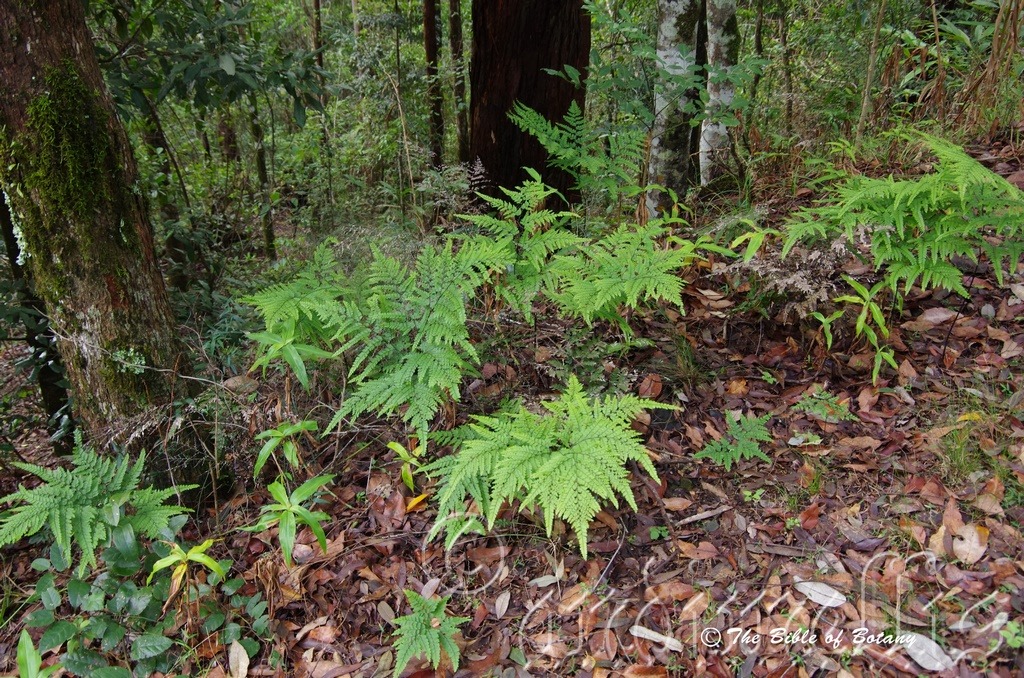
Border Ranges National Park NSW
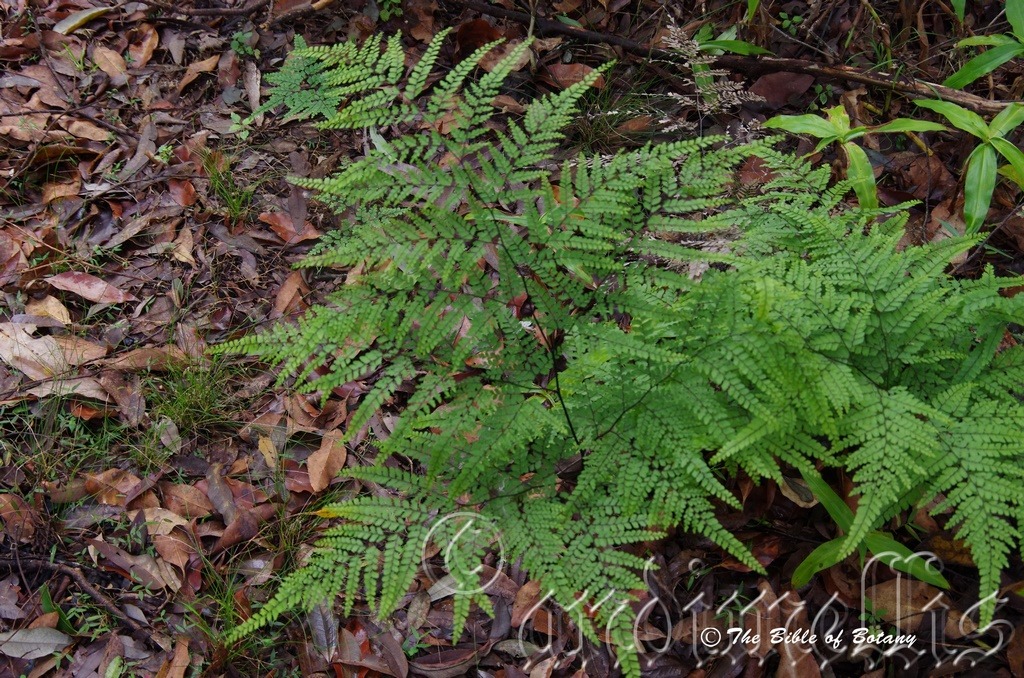
Border Ranges National Park NSW
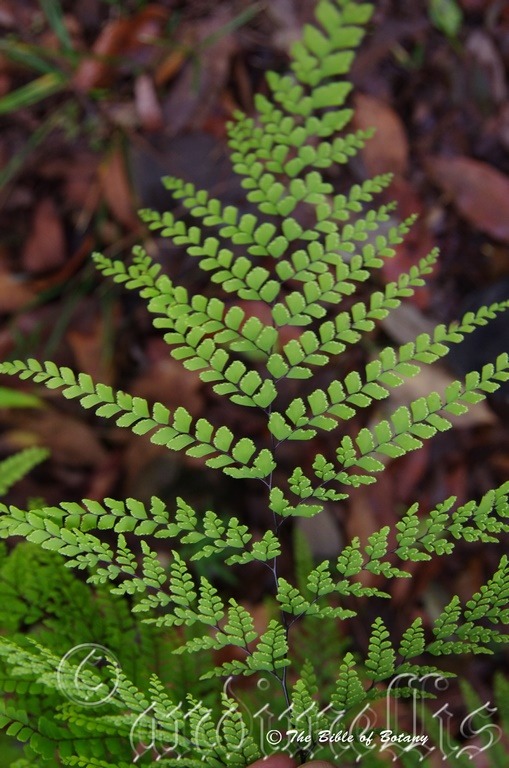
Border Ranges National Park NSW
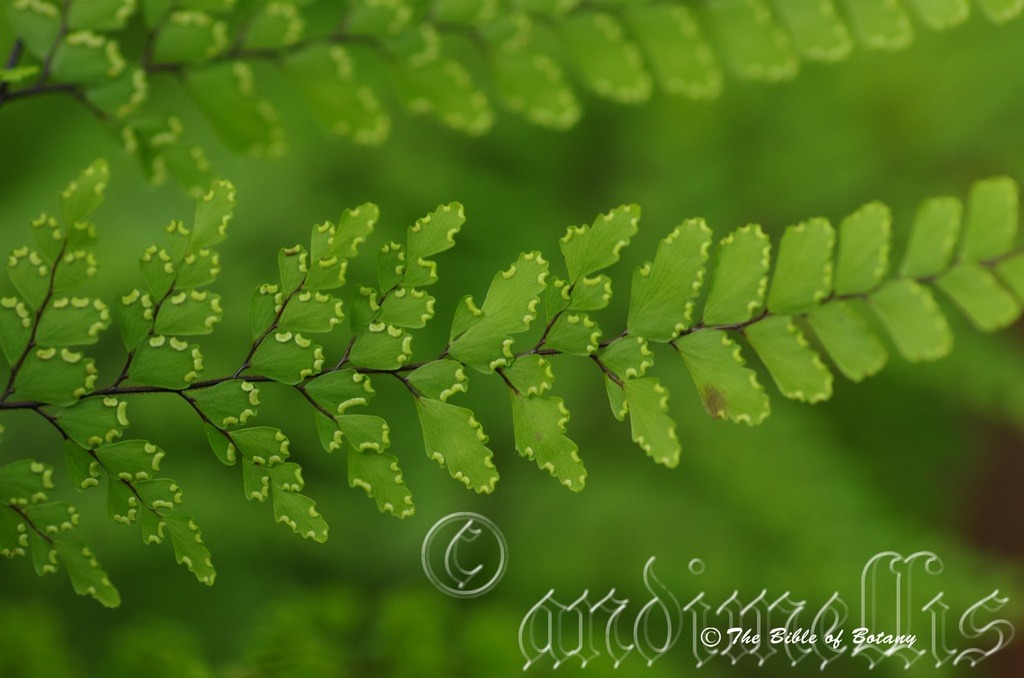
Border Ranges National Park NSW
Adiantum formosum
Classification:
Class: Pteridopsida
Order: Polypodiales
Family: Pteridaeae
Genus: From A, which is Ancient Greek for without or not having and Diantos, which is Ancient Greek for to moisten or moistened. It refers to the structures or organs, which have the ability to repel water.
Specie: From Formosum, which is Latin for beautiful or vivacious. It
refers to the species being the most beautiful in the genus.
Common Name: Maiden hair fern.
Distribution:
Adiantum formosum is found south from near Bowen in Queensland to Pumpkin Point on the central coast of New South Wales. It grows on the Western slopes, on and east of the Great Dividing Range to the cost.
https://avh.ala.org.au/occurrences/search?taxa=Adiantum+formosum#tab_mapView
Habitat Aspect Climate:
Adiantum formosum prefers dappled light to medium shade. It grows in small clumps to large colonies on moist alluvial flats in open forests adjacent to rainforests or along creeks and rivers, in humid moist areas particularly riverine rainforests or gallery forests. It will grow within the rainforests themselves where there are breaks in the canopy. The altitude ranges from 5 meters ASL to 1100 meters ASL
The temperatures range from minus 2 degrees in July to 34 degrees in January.
The rainfalls range from lows of 500mm to an average of 1800mm annually.
Soil Requirements:
Adiantum formosum prefers better quality deep, sandy loams, light fatty clays, medium clays or light silts to heavy silts. The soils are usually derived from decomposed sandstones, granites, brown basalts, black basalts, shales, metamorphic rocks, alluvial deposits or accumulated peaty beach sands. The soil’s pH ranges from 5.5pH to 6.5pH. It does not tolerate waterlogged soils. None saline soils to moderately saline soils are tolerated.
Height & Spread:
Wild Plants grow from 600mm to 1200m by 600mm to several hundred square meters.
Characteristics:
Adiantum formosum’s 10mm diameter black rhizomes are long much branched and may extend down as far as 200mm in good quality friable loams.
The stipes are glossy black and measure 600mm to 1,200mm in length where they support a 150mm to 1,000mm long by 150 to 900mm wide frond. The fronds are tri pinnate but occasionally are quad pinnate usually at the base of the tri pinnate pair of pinnae. The concolourous fronds are mid green to mid blue-green and glabrous. The pinnules are largest closest to the base and become smaller as they approach the apex. The main rachis zig zags towards the apex and is more pronounced at the base than at the apex.
Sori are in shallow depressions on the lobes and number 5 to 9 on each pinnae. The spore is golden yellow and adhere loosely to the exine.
Wildlife:
Fronds are often eaten by caterpillars. I have never seen the actual culprits but conclude that they maybe the caterpillars of the Callospistria maillardia moth which also feeds on the fronds of Adiantum aethiopicum.
Cultivation:
Despite Adiantum formosum most delicate and beautiful look it is rather a very hardy plant for the garden, patio or inside the house. Outside they prefer a place that receives adequate light with a little full sun late in the afternoon or early morning. A little sun light will go a long way in keeping the main predator mite at bay woolly aphid. This is more apparent in house plants that do not receive adequate ventilation.
Adiantum formosum are best used adjacent to small areas of bush close to paths or the house where there is plenty of filtered light and some air movement. They are great in small rockeries as a fill in plant.
Adiantum formosum are most suitable for use around semi shaded swimming pools, especially courtyards, besides pathways, shady rockeries, along sandy loam banks or adjacent to natural bush gardens. Mass plantings of 5 or more plants even in small areas; really do the plants justification. Large fish or frog ponds will benefit from the soft look cool look that Adiantum formosum will bring to water. The reflection of its fronds on the water is very soothing and relaxing. The brighter the conditions the shorter the fronds grow.
If they are placed around a pool, courtyards or other confined spaces then plant them in small groups or scatter plant them for a more informal natural look against walls to help soften them. Using rocks and small boulders can make the pool or any water feature appear like an oasis. The fronds can make a great start for the larger billabong setting. Be careful not to over plant as can quickly lose the affect required.
Dried cut fronds will last for long periods indoors and are ideal when used in dried flower arrangements. They are also great for introducing children to the art of pressing flowers and leaves.
Propagation:
Spores:
Step 1. Select spore from the fern fronds. Wait until the fern is just starting to release its spore. Rinse the fronds under clean running water and dry. This is to wash off any other spores from rogue ferns that may have settled onto the fronds. (There is nothing worse than having common brake or common soft bracken contaminating a prized tree fern or epiphyte.)
Step 2. Place the dry fronds in a clean brown paper bag and keep them in a cool dark place like the linen closet for about a week to ten days before you are ready to sow the spore. The exception to this rule applies to ferns, which produce green spores. These must be sown immediately that they are released. Todea Barbara is a good example of a fern, which produces green spore.
Step 3. Take a large ice cream container, a small ice cream container and a clean clear plastic bag large enough to seal the large ice cream container and three or four milk bottle tops.
Step 4. Punch or drill 6 to 10 5mm holes in the bottom of the small ice cream container.
Step 5. Wash both containers, tops and plastic bag so that they are very clean and sterile.
Step 6. Use a clean fine seed raising mi. We used 30mm fine sand, 30mm peat and 30mm perlite and 10mm vermiculite. We used crushed basalt, crusher dust and peat in a 50:50 ratio for epiphytes. Moisten the mix enough that water does not run out when the mix is squeezed between the fingers.
Step 7. Place the moisten mix (Enough to half fill the small ice cream container) in the microwave oven with a large glass of water for 7 or 8 minutes, until the water is boiling. Allow them to cool in the oven. You will need the water later so do not tip it out.
Step 8. Take the brown paper bag out of the linen closet. Shake the bag and remove the fronds. You should have a yellow, brown, black or rarely greenish brown or ochre powder or very fine, small round pin head size spore depending on the specie involved.
Step 9. Remove the mixture from the oven once it has cooled and place it in the small ice cream container and level.
Step 10. Sprinkle the spore sparsely over the mixture in the small ice cream container.
Step 11. Place the milk bottle tops in the large ice cream container with the flat surface facing down. Place the small ice cream container in the large ice cream container so that it is sitting on the milk bottle tops.
Step 12. Remove the water from the microwave and pour it into the larger ice cream container so there is 25mm to 30mm of water in the bottom.
Step 13. Place the ice cream containers in the plastic bag and seal. Step 14. Place the contents and bag in a warm shady place preferably 50mm to 70mm shade depending on the specie. Shade houses and some window sills are ideal.
Step 15. The surface should turn green within a week to two weeks. The prothallus will then develop. From the prothallus the first true fronds will appear. Wait until the ferns are 20mm to 35mm in height before you attempt to transplant them. Once they are ready open the bag up slightly and allow the air to flow around the little ferns. Every 3 to 5 days open the bag a little further so the ferns get use to their new environment. Allow them a week to two weeks to harden off before you transplant them following the removal of the plastic bag. Carefully prick them out into 50mm standard squat tubes as you would any seedling.
Do not try to transplant them as single plants as they are still a little delicate still.
Once the smaller ones again reach 50mm to 70mm you may wish to divide the stronger and hardier individual plants into smaller clumps in 100mm squat pots.
Step 16. We fertilized with seaweed, fish emulsion or organic chicken pellets soaked in water on an alternate basis until established. Fertilize every two months for one year even when in the ground.
Once they reach 50mm to 75mm. plant them directly into their final position in the ground. Cover the ground in leaf litter and water in. Where mass plantings of Adiantum formosum are required, as a feature; plant them at 300mm to 400mm centers.
Indoors or Potted on:
Sawdust or sand mixes are too well draining unless the sawdust has completely composted down where it exhibits a texture like plasticine to the touch. Moisture can be squeezed out between the fingers yet it remains moist. I find this a great basis to start with.
Mix equal parts of the well decomposed saw dust with the above feel with perlite and vermiculite. To this add two part sharp clean sand, one part compost and one part good crusher dust from basalt rock quarries. Preferably black basalt but both are good. Make sure the sand comes from a source that does not have salt.
Plants that are being used as patio or for indoors should have a good quality indoor mix. This maiden hair is a good indoor plant but will eventually out grow its container.
Further Comments from Readers:
Hi reader, it seems you use The Bible of Botany a lot. That’s great as we have great pleasure in bringing it to you! It’s a little awkward for us to ask, but our first aim is to purchase land approximately 1,600 hectares to link several parcels of N.P. into one at The Pinnacles NSW Australia, but we need your help. We’re not salespeople. We’re amateur botanists who have dedicated over 30 years to saving the environment in a practical way. We depend on donations to reach our goal. If you donate just $5, the price of your coffee this Sunday, We can help to keep the planet alive in a real way and continue to bring you regular updates and features on Australian plants all in one Botanical Bible. Any support is greatly appreciated. Thank you.
In the spirit of reconciliation we acknowledge the Bundjalung, Gumbaynggirr and Yaegl and all aboriginal nations throughout Australia and their connections to land, sea and community. We pay our respect to their Elders past, present and future for the pleasures we have gained.
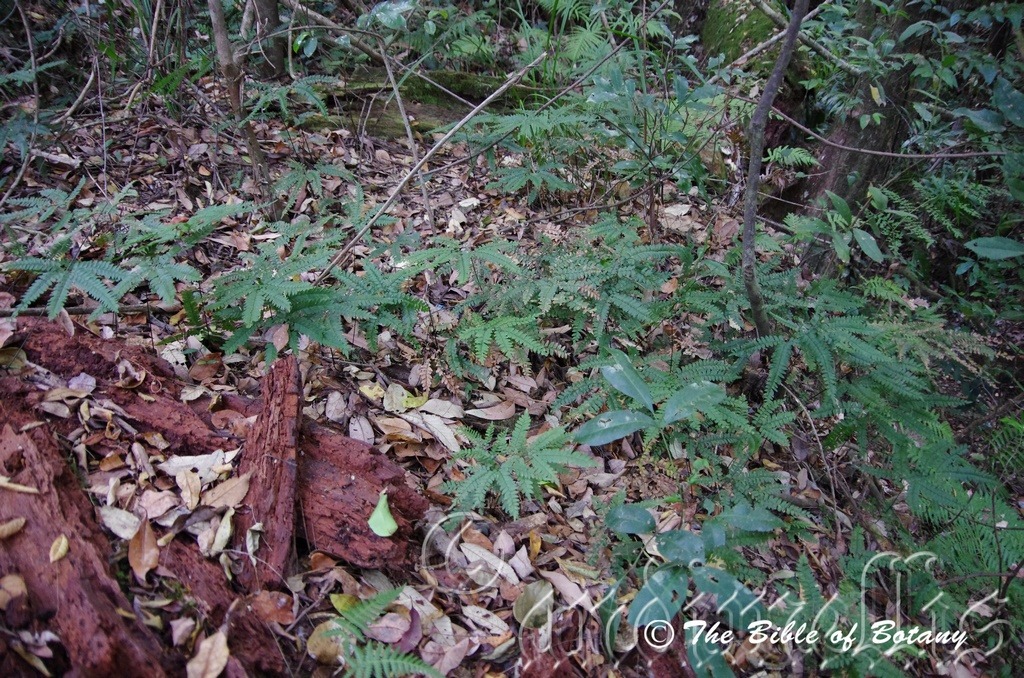
Kendal NSW
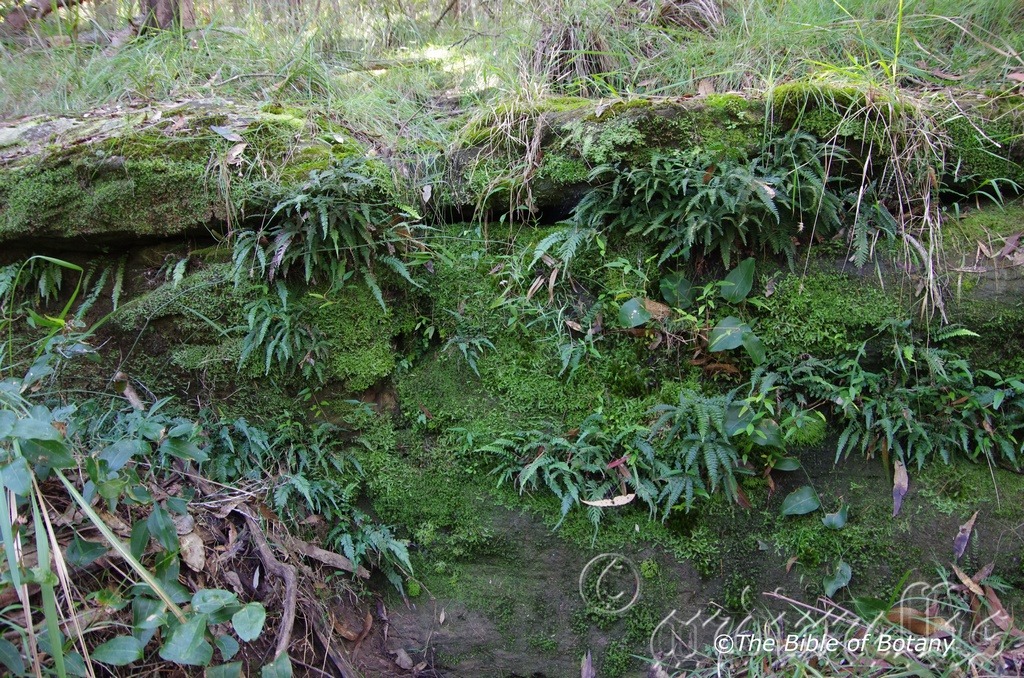
The Pinnacles NSW
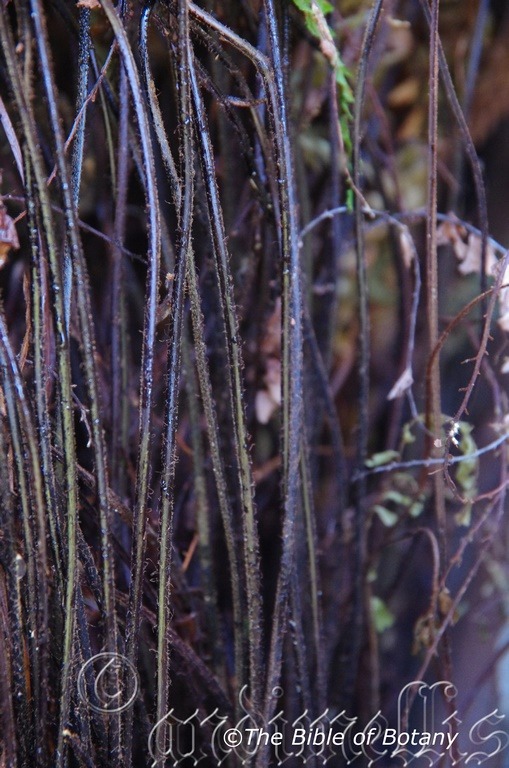
The Pinnacles NSW
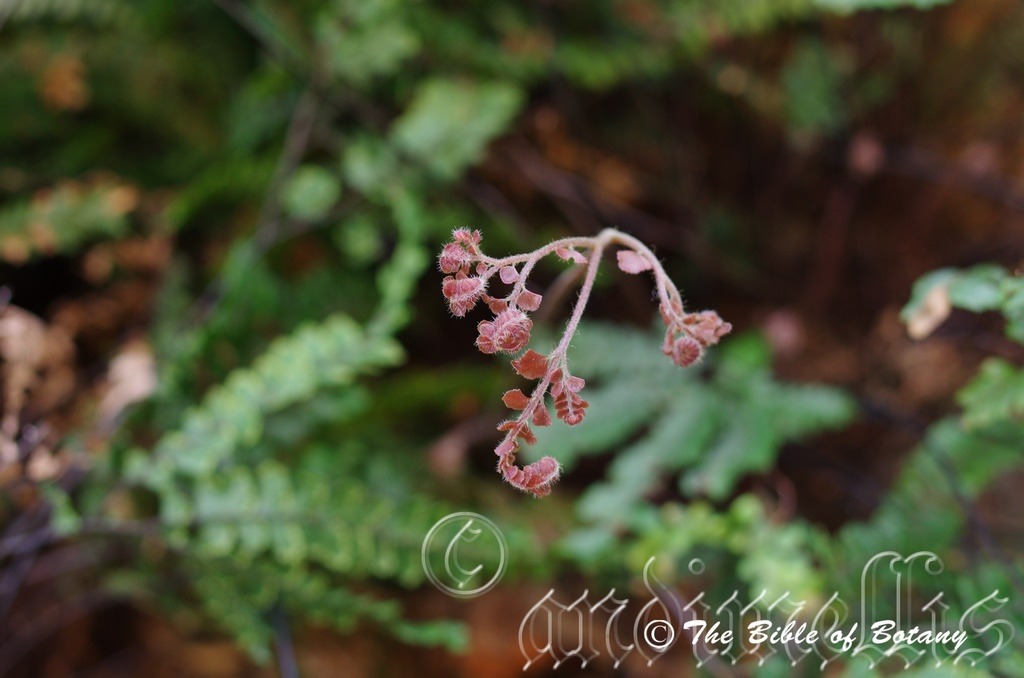
The Pinnacles NSW
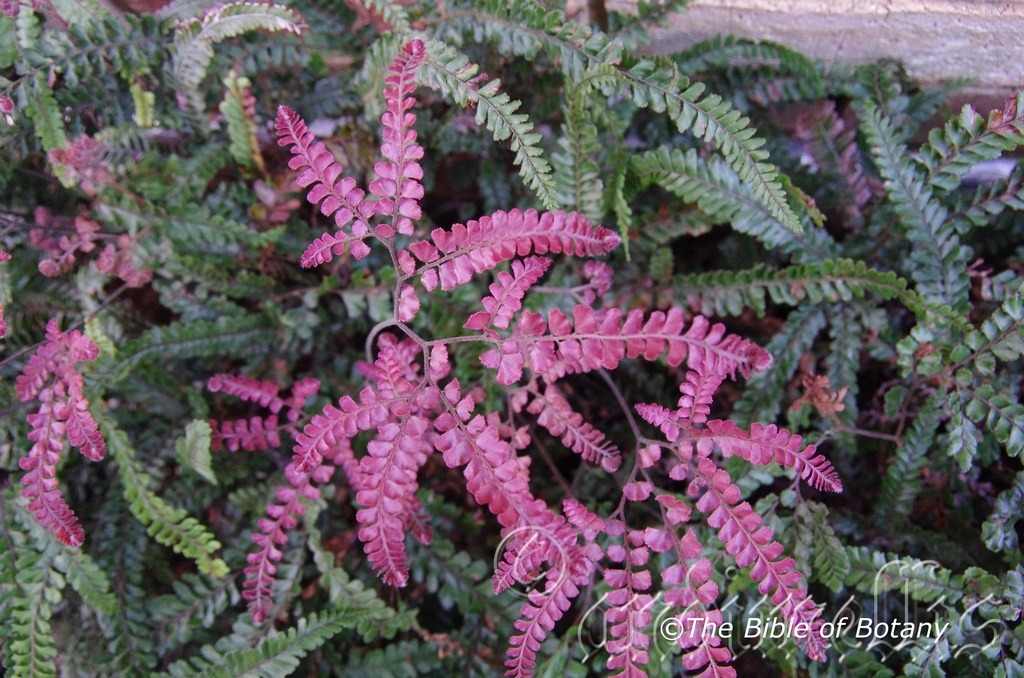
Author’s Garden The Pinnacles NSW
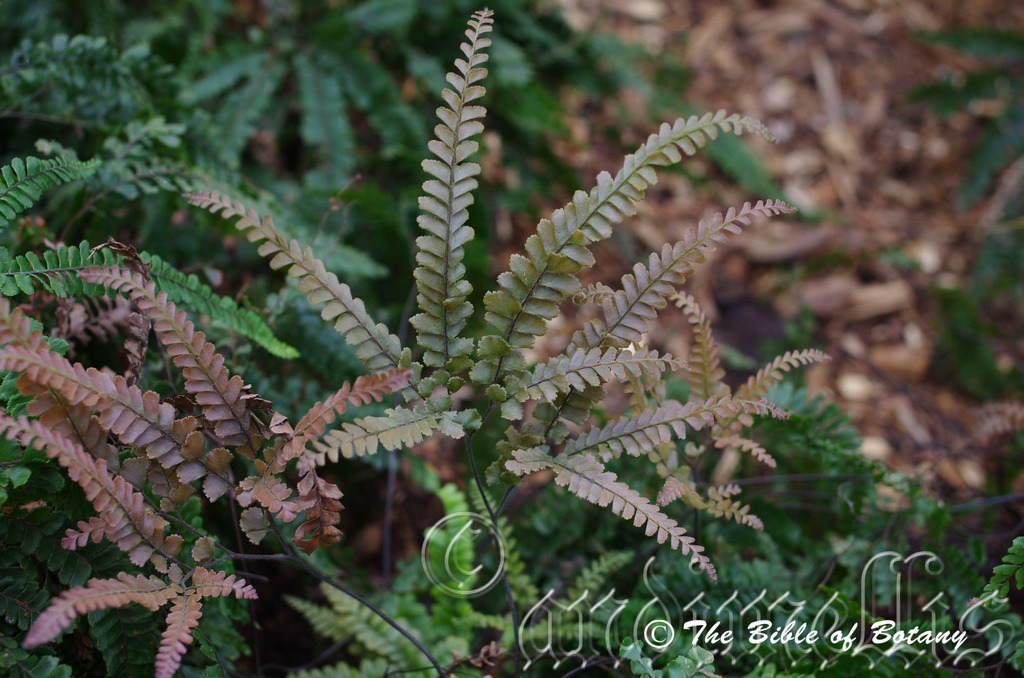
Author’s Garden The Pinnacles NSW
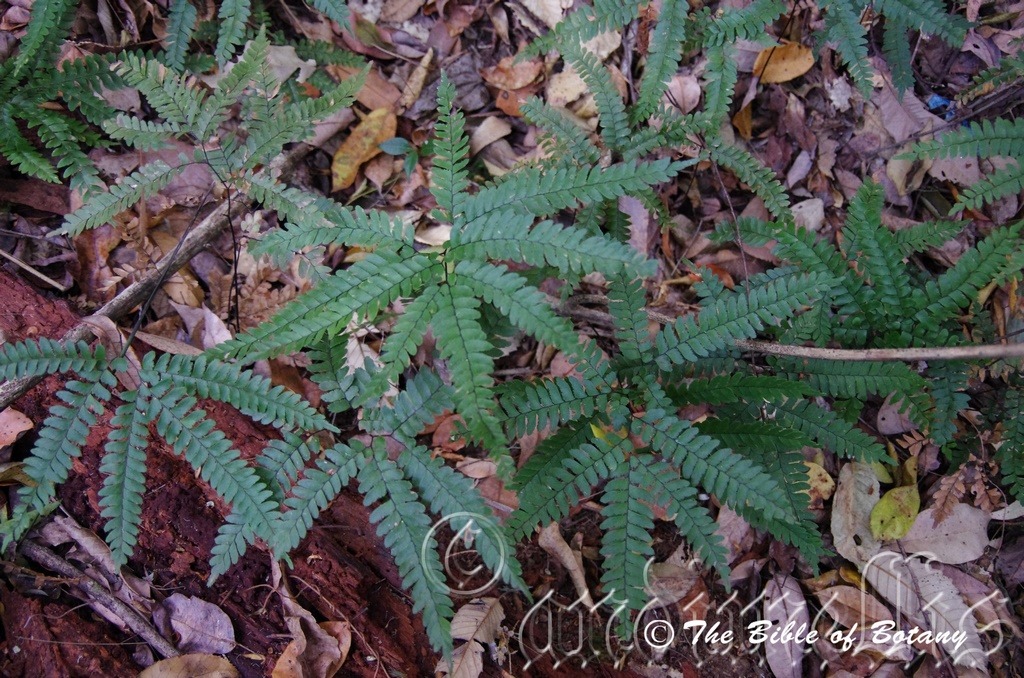
Kendal NSW
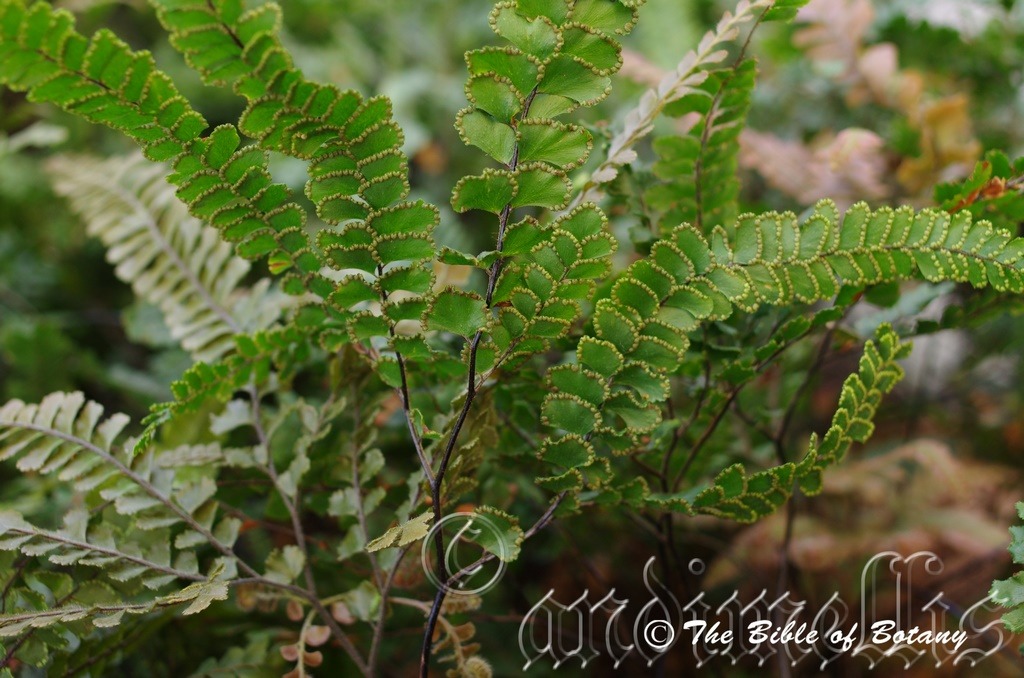
Author’s Garden The Pinnacles NSW
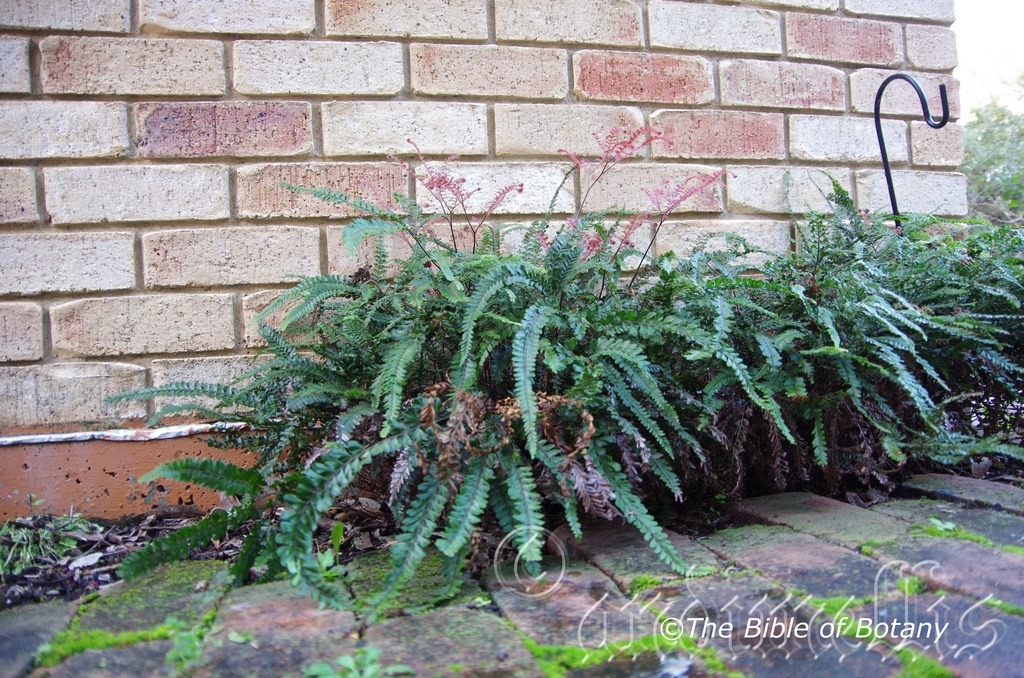
Author’s Garden The Pinnacles NSW
Adiantum hispidulum
Classification:
Class: Pteridopsida
Order: Polypodiales
Family: Pteridaeae
Genus: From A, which is Ancient Greek for without or not having and Diantos, which is Ancient Greek for to moisten or moistened. It refers to the structures or organs, which have the ability to repel water.
Specie: From Hispidus, which is Latin for short, bristly, course hairs. It refers to a structure or organ, which has short, bristly course hairs or scales.
Common Name: Rough Maiden Hair or Five Finger Jack.
Distribution:
Adiantum hispidulum is a widespread fern in Eastern Queensland from Cook Town in the north down through New South Wales and into Victoria to near Sale. It is found both sides of the Great Dividing Range. It is found further west than any of the other Adiantum species.
There are isolated outlying colonies near Iron Range on Cape York Peninsula, Central Australian at Hermasberg, Palm Valley and many of the other gorges. It is also found along the northern coast of the Northern Territory around to Kakadoo, East of Kununurra in the Northern Territory.
There are two outlying posts in Western Australia one in the Kimberleys, one between Wyndham and Derby well inland from the coast. The other is near Tom Price. Because of its isolation and being wide spread Adiantum hispidulum is most likely to be found along more watercourses and gorges in the Northern Territory and Western Australia. I have found it on numerous water courses where permanent water seepages in the central Australia near the old ghost town of Battery and the Fink River both on the Eastern and Western sides of Alice Springs.
https://avh.ala.org.au/occurrences/search?taxa=Adiantum+hispidulum#tab_mapView
Habitat Aspect Climate:
Adiantum hispidulum prefers dappled light to medium shade. It usually grows in small clumps but can form large colonies on moist alluvial flats in open forests adjacent to the rainforests or along creeks and rivers. It is common in humid moist areas associated with riverine rainforests east of the Great Dividing Range. It will grow within the rainforests themselves where breaks in the canopy have developed or exist. It can also be found in sheltered rock overhangs, beneath waterfalls and open woodlands where moisture is retained in the soil or seeps from the overhanging rocks as is the case in central Australia.
The temperatures range from minus 3 degrees in July to 44 degrees in January February.
The rainfalls range from lows of 150mm to an average of 2400mm annually. The plants in low rainfall areas are always associated with permanent water or seepages close to rivers, gorges or billabongs.
Soil Requirements:
Adiantum hispidulum prefers skeletal to deep, sandy loams, light fatty clays, medium clays or light silts to heavy silts. The soils are usually derived from decomposed sandstones, granites, brown basalts, black basalts, shales, metamorphic rocks or alluvial deposits. The soil’s pH ranges from 5.5pH to 7pH. It does not tolerate waterlogged soils however prefer sites that are continuously moist. None saline soils to moderately saline soils are tolerated.
Height & Spread:
Wild Plants grow from 200mm to 650mm by 400mm to a hundred square meters.
Characteristics:
The rhizomes of Adiantum hispidulum are short creeping with deep brown almost black scales. The black stipes are thin 1mm to 2mm in diameter with a scabrous texture. The stipes have a light covering of deep red brown hairs and stand 120mm to 180mm high.
The new fronds emerge in deep pink to maroon turning to a bronze green and eventually to a deep glossy green. They are strongly divided palmate or dichotomously divided. Each frond has between 5 and 9 pinnae like long fingers. The middle pinnae are the longest. The side pinnae are the shortest and may have as few as 5 pinnules while the longest may have up to 98.
The oblong pinnules are strongly asymmetrical. The pinnules are contorted with the upper margin closest sliding beneath or nearly so with the lower pinnules margin of the pinnules closest to the apex. There is a slight enlarging of the pinnules from the base to half way along the rachis where they again taper towards the apex. The pinnules at the widest point measure 14mm to 18mm in length by 6mm to 10mm in width. The pinnae margin is straight along the lower margin while the upper margin and apex margin with the sporangia are shallowly lobed. There may be a single cleft at the apex of the lower margin.
The juvenile fronds are densely covered in white to pale grey pubescent hairs or rarely glabrous. Pinnules are attached to the rachis by a very thin, short petiole less than 1.5mm in length. The petiole and rachis are covered in brown puberulent hairs.
The small sori number 1 to 20 usually 6 to 15 on each pinnule and are packed close together along outer and upper margins.
Wildlife:
Rarely have I seen anything attack or damage Adiantum hispidulum though it may occasionally be attacked by the caterpillars of the Callopistria maillardi moth. The damage is usually slight and healthy plants recover very quickly.
Cultivation:
Despite Adiantum hispidulum most delicate and beautiful look it is rather a very hardy plant for the garden, patio or inside the house. Outside they prefer a place that receives adequate light with a little full sun late in the afternoon or early morning. A little sun light will go a long way in keeping the main predator mite at bay woolly aphid. This is more apparent in house plants that do not receive adequate ventilation.
Adiantum hispidulum are best used adjacent to small areas of bush close to paths or the house where some there is plenty of filtered light and some air movement. It looks great in small semi shaded rockeries as a fill in plant. Here it can be planted in small groups of 2 or more as a stand-alone plant to create a miniature pond garden with other small ferns, Selaginella or ground orchids. If it is surrounded by shorter plants with fine foliages they will dominate at the center giving height and strength to the bed. The uses of plants with large leaves will high light their delicacy and feature both the foliages. Planted with a mass of smaller plants and ground covers with mixed coloured foliages will ensure a great display throughout the year.
Adiantum hispidulum are most suitable for use around semi shaded swimming pools, especially courtyards, besides pathways, shady rockeries, along sandy loam banks or adjacent to natural bush gardens. Mass plantings of 5 or more plants even in small areas; really do the plants justification. Medium to small fish or frog ponds will benefit from the soft look cool look that Adiantum hispidulum will bring to water. The reflection of its fronds on the water is very soothing and relaxing. The brighter the conditions the shorter the fronds will develop. This is the best Adiantum from this scenario because it is more likely to develop small clumps rather than a spreading habit over time.
If it is placed around a pool, courtyards or other confined spaces then plant them in small groups or scatter plant them for a more informal natural look against walls to help soften them. Using rocks and small boulders can make the pool or any water feature appear like an oasis. The fronds can make a great start for the larger billabong setting. Be careful not to over plant as can quickly lose the affect required.
Cut fronds dried will last for long periods indoors and are ideal when used in dried arrangements flower arrangements. It is great for introducing children to the art of pressing flowers and leaves.
Propagation:
Spores:
Step 1. Select spore from the fern fronds. Wait until the fern is just starting to release its spore. Rinse the fronds under clean running water and dry. This is to wash off any other spores from rogue ferns that may have settled onto the fronds. (There is nothing worse than having common brake or common soft bracken contaminating a prized tree fern or epiphyte.)
Step 2. Place the dry fronds in a clean brown paper bag and keep them in a cool dark place like the linen closet for about a week to ten days before you are ready to sow the spore. The exception to this rule applies to ferns, which produce green spores. These must be sown immediately that they are released. Todea Barbara is a good example of a fern, which produces green spore.
Step 3. Take a large ice cream container, a small ice cream container and a clean clear plastic bag large enough to seal the large ice cream container and three or four milk bottle tops.
Step 4. Punch or drill 6 to 10 5mm holes in the bottom of the small ice cream container.
Step 5. Wash both containers, tops and plastic bag so that they are very clean and sterile.
Step 6. Use a clean fine seed raising mi. We used 30mm fine sand, 30mm peat and 30mm perlite and 10mm vermiculite. We used crushed basalt, crusher dust and peat in a 50:50 ratio for epiphytes. Moisten the mix enough that water does not run out when the mix is squeezed between the fingers.
Step 7. Place the moisten mix (Enough to half fill the small ice cream container) in the microwave oven with a large glass of water for 7 or 8 minutes, until the water is boiling. Allow them to cool in the oven. You will need the water later so do not tip it out.
Step 8. Take the brown paper bag out of the linen closet. Shake the bag and remove the fronds. You should have a yellow, brown, black or rarely greenish brown or ochre powder or very fine, small round pin head size spore depending on the specie involved.
Step 9. Remove the mixture from the oven once it has cooled and place it in the small ice cream container and level.
Step 10. Sprinkle the spore sparsely over the mixture in the small ice cream container.
Step 11. Place the milk bottle tops in the large ice cream container with the flat surface facing down. Place the small ice cream container in the large ice cream container so that it is sitting on the milk bottle tops.
Step 12. Remove the water from the microwave and pour it into the larger ice cream container so there is 25mm to 30mm of water in the bottom.
Step 13. Place the ice cream containers in the plastic bag and seal. Step 14. Place the contents and bag in a warm shady place preferably 50mm to 70mm shade depending on the specie. Shade houses and some window sills are ideal.
Step 15. The surface should turn green within a week to two weeks. The prothallus will then develop. From the prothallus the first true fronds will appear. Wait until the ferns are 20mm to 35mm in height before you attempt to transplant them. Once they are ready open the bag up slightly and allow the air to flow around the little ferns. Every 3 to 5 days open the bag a little further so the ferns get use to their new environment. Allow them a week to two weeks to harden off before you transplant them following the removal of the plastic bag. Carefully prick them out into 50mm standard squat tubes as you would any seedling.
Do not try to transplant them as single plants as they are still a little delicate.
Once the smaller ones again reach 50mm to 70mm you may wish to divide the stronger and hardier individual plants into smaller clumps in 100mm squat pots.
Step 16. We fertilized with seaweed, fish emulsion or organic chicken pellets soaked in water on an alternate basis until established. Fertilize every two months for one year even when in the ground.
Once they reach 50mm to 75mm. plant them directly into their final position in the ground. Cover the ground in leaf litter and water in.
Where mass plantings of Adiantum hispidulum are required, as a feature; plant at 250mm to 300mm centers.
Indoors or Potting on Plants:
Plants that are being used as patio or for indoors should have a good quality indoor mix. This maiden hair is a good indoor plant and will take darker or brighter positions and a little neglect with looking the worse for wear.
Sawdust or sand mixes are too well draining unless the sawdust has completely composted down where it exhibits a texture like plastacine to the touch. Moisture can be squeezed out between the fingers yet it remains moist. I find this a great basis to start with.
Mix equal parts of the well decomposed saw dust with the above feel with perlite and vermiculite. To this add two part sharp clean sand, one part compost and one part good crusher dust from basalt rock quarries. Preferably black basalt but both are good. Make sure the sand comes from a source that does not have salt.
Further Comments from Readers:
Hi reader, it seems you use The Bible of Botany a lot. That’s great as we have great pleasure in bringing it to you! It’s a little awkward for us to ask, but our first aim is to purchase land approximately 1,600 hectares to link several parcels of N.P. into one at The Pinnacles NSW Australia, but we need your help. We’re not salespeople. We’re amateur botanists who have dedicated over 30 years to saving the environment in a practical way. We depend on donations to reach our goal. If you donate just $5, the price of your coffee this Sunday, We can help to keep the planet alive in a real way and continue to bring you regular updates and features on Australian plants all in one Botanical Bible. Any support is greatly appreciated. Thank you.
In the spirit of reconciliation we acknowledge the Bundjalung, Gumbaynggirr and Yaegl and all aboriginal nations throughout Australia and their connections to land, sea and community. We pay our respect to their Elders past, present and future for the pleasures we have gained.
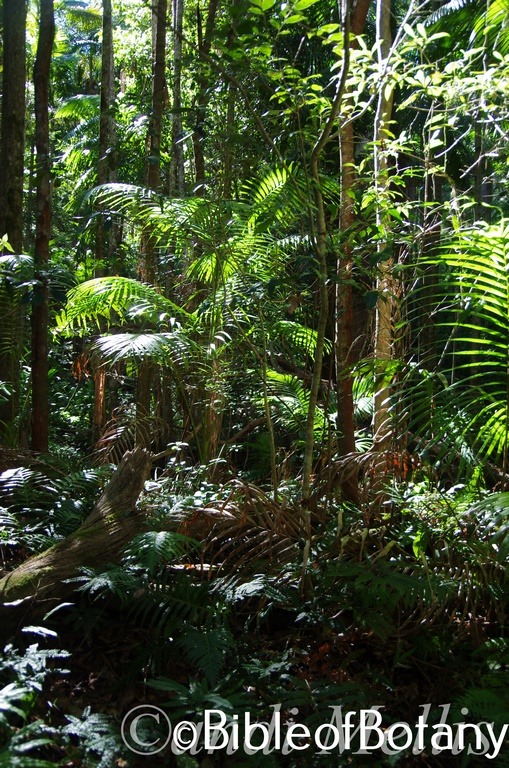
Yuryaigir National Park NSW

Yuryaigir National Park NSW
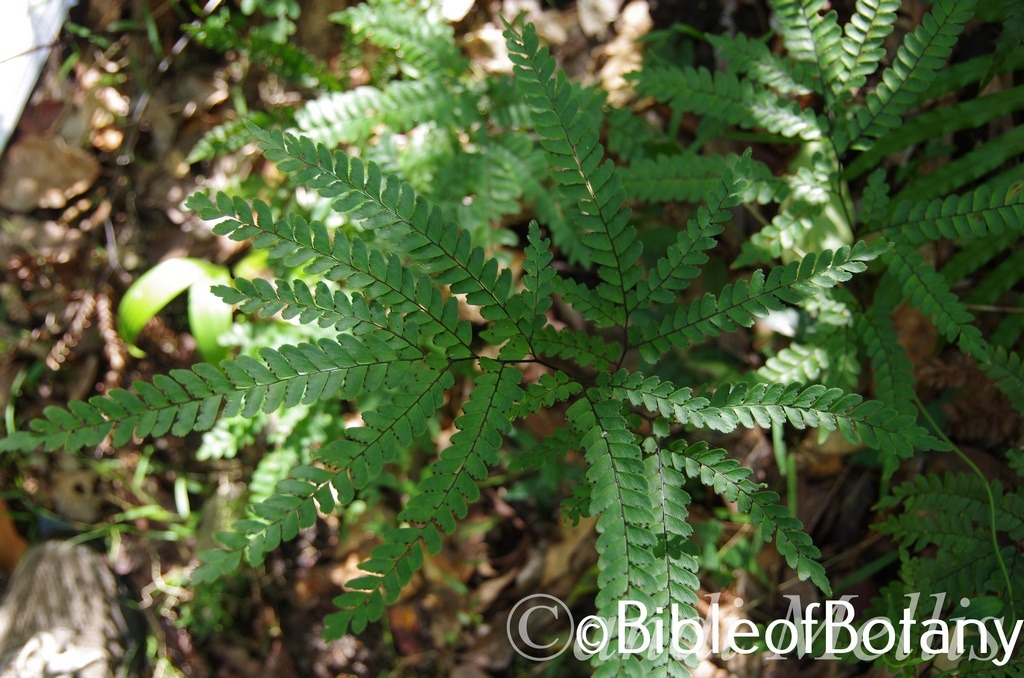
Yuryaigir National Park NSW
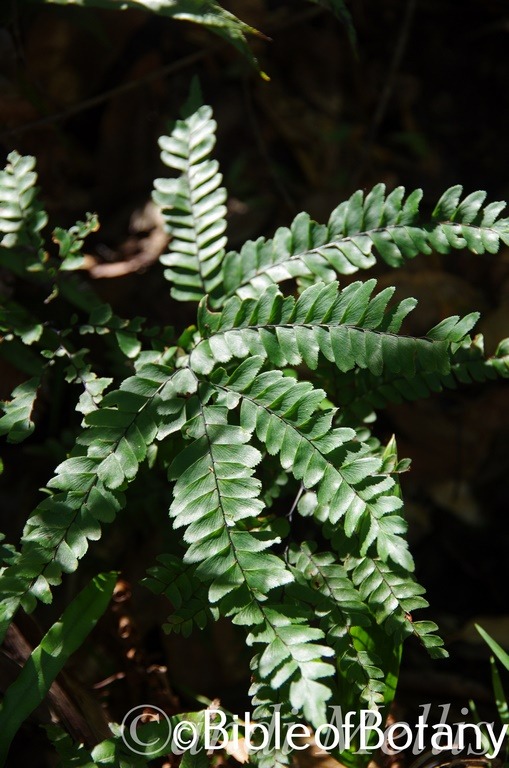
Yuryaigir National Park NSW
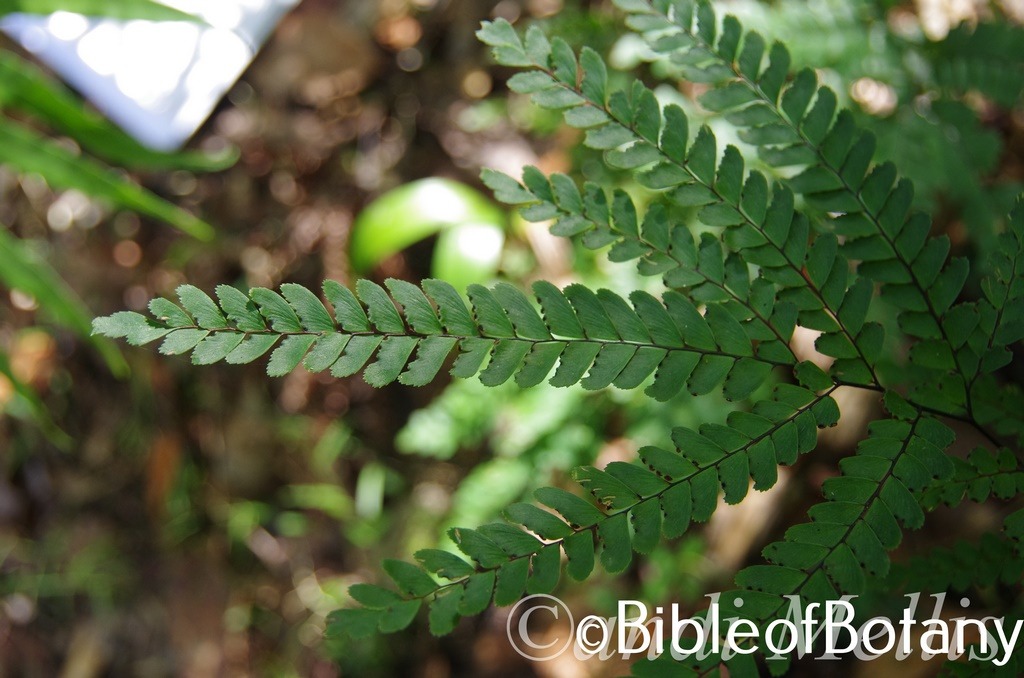
Yuryaigir National Park NSW
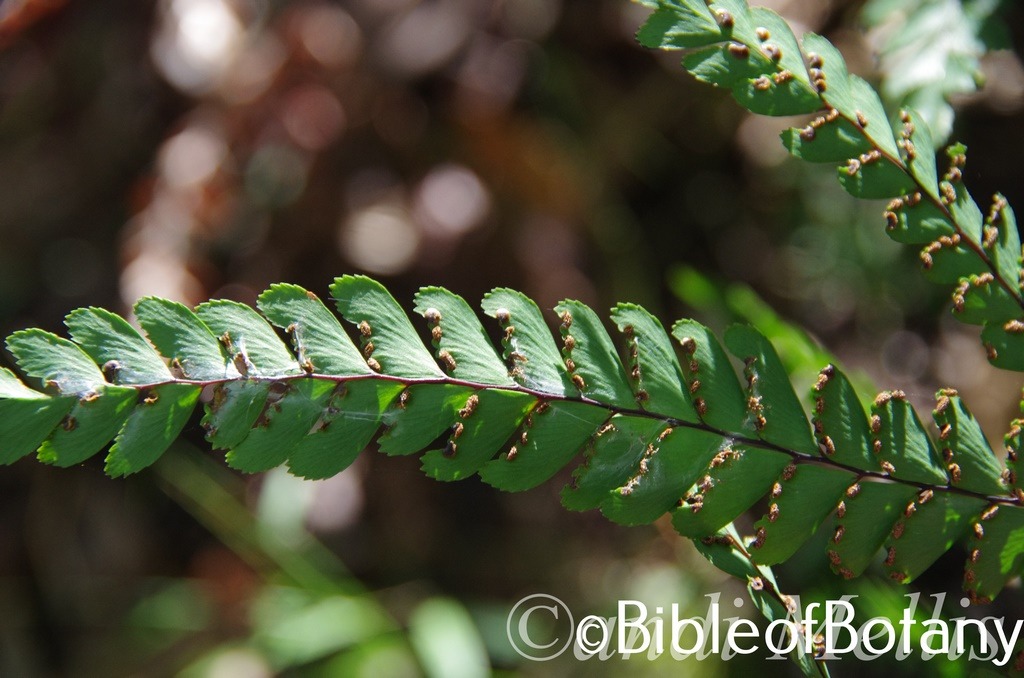
Yuryaigir National Park NSW
Adiantum silvaticum
Classification:
Class: Pteridopsida
Order: Polypodiales
Family: PteridaceaeÂ
Genus: From A, which is Ancient Greek for without or not having and Diantos, which is Ancient Greek for to moisten or moistened. It refers to the structures or organs, which have the ability to repel water.
Specie: From Silvaticum, which is Latin for trees. It refers to plants, which grow beneath a tree or within a forest.
Common Name: Rough Maiden Hair or Five Finger Jack.
Distribution:
Adiantum silvaticum is a widespread fern found along the east coast from southern Cape York Penninsular in north Queensland down to Kiama in southern New South Wales. It is found both sides of the Great Dividing Range.
https://avh.ala.org.au/occurrences/search?taxa=Adiantum+silvaticum#tab_mapView
Habitat Aspect Climate:
Adiantum silvaticum prefers dappled light to medium shade. It usually grows in small clumps but can form large colonies on moister alluvial flats in open forests. It is common in drier locations compared to other Adiantum species
The temperatures range from minus 3 degrees in July to 38 degrees in January February.
The rainfalls range from lows of 1100mm to an average of 2400mm annually.
Soil Requirements:
Adiantum silvaticum prefers skeletal to deep, sandy loams, light fatty clays, medium clays or light silts to heavy silts. The soils are usually derived from decomposed sandstones, granites, brown basalts, black basalts, shales, metamorphic rocks or alluvial deposits. The soil’s pH ranges from 6pH to 7pH. It does not tolerate waterlogged soils however prefer sites that are continuously moist. None saline soils to moderately saline soils are tolerated.
Height & Spread:
Wild Plants grow from 100mm to 350mm by 300mm.
Characteristics:
The rhizomes of Adiantum silvaticum are short creeping with deep reddish-brown scales. The deep reddish-brown to black stipes are thin 1mm to 2mm in diameter. The stipes are glabrous and stand 120mm to 180mm while with the ultimate sections are also glabrous and dull. The rhizomes are long on the soil surfaces below the mulches giving a more open appearence.
The new fronds emerge in deep pink to maroon turning to a bronze green and eventually to a deep glossy green. They are strongly divided palmate or dichotomously divided. Each frond usually has 3 pinnate segments with the terminal primary pinnae as long as the basal units. They measure 500mm to 820mm in height. The ultimate segments are asymmetric at base with each segment measuring 8mm to 20mm in length.
The oblong pinnules are strongly asymmetrical. The pinnules are contorted with the upper margin closest sliding beneath or nearly so with the lower pinnules margin of the pinnules closest to the apex. There is a slight enlarging of the pinnules from the base to half way along the rachis where they again taper towards the apex. The pinnules at the widest point measure 3mm to 13mm in length by 6mm to 10mm in width. The pinnae margin is straight along the lower margin while the upper margin and apex margin with the sporangia are shallowly lobed. There may be a single cleft at the apex of the lower margin.
The juvenile fronds are densely covered in white to pale grey pubescent hairs or rarely glabrous. Pinnules are attached to the rachis by a very thin, short petiole less than 1.5mm in length.
The small sori are globose to reniform and number two to five on each pinnule.
Wildlife:
Rarely have I seen anything attack or damage Adiantum silvaticum, though it may occasionally be attacked by the caterpillars of the Callopistria maillardi moth. The damage is usually slight and healthy plants recover very quickly.
Cultivation:
Despite Adiantum silvaticum most delicate and beautiful look it is rather a very hardy plant for the garden, patio or inside the house. Outside they prefer a place that receives adequate light with a little full sun late in the afternoon or early morning. A little sun light will go a long way in keeping the main predator mite at bay woolly aphid. This is more apparent in house plants that do not receive adequate ventilation.
Adiantum diaphanum are best used adjacent to small areas of bush close to paths or the house where some there is plenty of filtered light and some air movement. It is great in small shady rockeries as a fill in plant. Here they can be planted in small groups of 2 or more as a stand-alone plant to create a miniature pond garden with other small ferns, Selaginella or ground orchids. If tit is surrounded by shorter plants with fine foliages they will dominate at the center giving height and strength to the bed. The uses of plants with large leaves will high light their delicacy and feature both the foliages. Planted with a mass of smaller plants and ground covers with mixed coloured foliages will ensure a great display throughout the year.
Adiantum silvaticum are most suitable for use around semi shaded swimming pools, especially courtyards, besides pathways, shady rockeries, along sandy loam banks or adjacent to natural bush gardens. Mass plantings of 5 or more plants even in small areas; really do the plants justification. Medium to small fish or frog ponds will benefit from the soft look cool look that Adiantum silvaticum will bring to water. The reflection of its fronds on the water is very soothing and relaxing. The brighter the conditions the shorter the fronds will develop. This is the best Adiantum from this scenario because it is more likely to develop small clumps rather than a spreading habit over time.
If it is placed around a pool, courtyards or other confined spaces then plant them in small groups or scatter plant them for a more informal natural look against walls to help soften them. Using rocks and small boulders can make the pool or any water feature appear like an oasis. The fronds can make a great start for the larger billabong setting. Be careful not to over plant as can quickly lose the affect required.
Cut fronds dried will last for long periods indoors and are ideal when used in dried arrangements flower arrangements. It is great for introducing children to the art of pressing flowers and leaves.
Propagation:
Spores:
Step 1. Select spore from the fern fronds. Wait until the fern is just starting to release its spore. Rinse the fronds under clean running water and dry. This is to wash off any other spores from rogue ferns that may have settled onto the fronds. (There is nothing worse than having common brake or common soft bracken contaminating a prized tree fern or epiphyte.)
Step 2. Place the dry fronds in a clean brown paper bag and keep them in a cool dark place like the linen closet for about a week to ten days before you are ready to sow the spore. The exception to this rule applies to ferns, which produce green spores. These must be sown immediately that they are released. Todea Barbara is a good example of a fern, which produces green spore.
Step 3. Take a large ice cream container, a small ice cream container and a clean clear plastic bag large enough to seal the large ice cream container and three or four milk bottle tops.
Step 4. Punch or drill 6 to 10 5mm holes in the bottom of the small ice cream container.
Step 5. Wash both containers, tops and plastic bag so that they are very clean and sterile.
Step 6. Use a clean fine seed raising mi. We used 30mm fine sand, 30mm peat and 30mm perlite and 10mm vermiculite. We used crushed basalt, crusher dust and peat in a 50:50 ratio for epiphytes. Moisten the mix enough that water does not run out when the mix is squeezed between the fingers.
Step 7. Place the moisten mix (Enough to half fill the small ice cream container) in the microwave oven with a large glass of water for 7 or 8 minutes, until the water is boiling. Allow them to cool in the oven. You will need the water later so do not tip it out.
Step 8. Take the brown paper bag out of the linen closet. Shake the bag and remove the fronds. You should have a yellow, brown, black or rarely greenish brown or ochre powder or very fine, small round pin head size spore depending on the specie involved.
Step 9. Remove the mixture from the oven once it has cooled and place it in the small ice cream container and level.
Step 10. Sprinkle the spore sparsely over the mixture in the small ice cream container.
Step 11. Place the milk bottle tops in the large ice cream container with the flat surface facing down. Place the small ice cream container in the large ice cream container so that it is sitting on the milk bottle tops.
Step 12. Remove the water from the microwave and pour it into the larger ice cream container so there is 25mm to 30mm of water in the bottom.
Step 13. Place the ice cream containers in the plastic bag and seal. Step 14. Place the contents and bag in a warm shady place preferably 50mm to 70mm shade depending on the specie. Shade houses and some window sills are ideal.
Step 15. The surface should turn green within a week to two weeks. The prothallus will then develop. From the prtohalus the first true fronds will appear. Wait until the ferns are 20mm to 35mm in height before you attempt to transplant them. Once they are ready open the bag up slightly and allow the air to flow around the little ferns. Every 3 to 5 days open the bag a little further so the ferns get use to their new environment. Allow them a week to two weeks to harden off before you transplant them following the removal of the plastic bag. Carefully prick them out into 50mm standard squat tubes as you would any seedling.
Do not try to transplant them as single plants as they are still a little delicate.
Once the smaller ones again reach 50mm to 70mm you may wish to divide the stronger and hardier individual plants into smaller clumps in 100mm squat pots.
Step 16. We fertilized with seaweed, fish emulsion or organic chicken pellets soaked in water on an alternate basis until established. Fertilize every two months for one year even when in the ground.
Once they reach 50mm to 75mm. plant them directly into their final position in the ground. Cover the ground in leaf litter and water in.
Where mass plantings of Adiantum hispidulum are required, as a feature; plant at 250mm to 300mm centers.
Indoors or Potting on Plants:
Plants that are being used as patio or for indoors should have a good quality indoor mix. This maiden hair is a good indoor plant and will take darker or brighter positions and a little neglect with looking the worse for wear.
Sawdust or sand mixes are too well draining unless the sawdust has completely composted down where it exhibits a texture like plastacine to the touch. Moisture can be squeezed out between the fingers yet it remains moist. I find this a great basis to start with.
Mix equal parts of the well decomposed saw dust with the above feel with perlite and vermiculite. To this add two part sharp clean sand, one part compost and one part good crusher dust from basalt rock quarries. Preferably black basalt but both are good. Make sure the sand comes from a source that does not have salt.
Further Comments from Readers:
Hi reader, it seems you use The Bible of Botany a lot. That’s great as we have great pleasure in bringing it to you! It’s a little awkward for us to ask, but our first aim is to purchase land approximately 1,600 hectares to link several parcels of N.P. into one at The Pinnacles NSW Australia, but we need your help. We’re not salespeople. We’re amateur botanists who have dedicated over 30 years to saving the environment in a practical way. We depend on donations to reach our goal. If you donate just $5, the price of your coffee this Sunday, We can help to keep the planet alive in a real way and continue to bring you regular updates and features on Australian plants all in one Botanical Bible. Any support is greatly appreciated. Thank you.
In the spirit of reconciliation we acknowledge the Bundjalung, Gumbaynggirr and Yaegl and all aboriginal nations throughout Australia and their connections to land, sea and community. We pay our respect to their Elders past, present and future for the pleasures we have gained.
National Botanic Gardens ACT
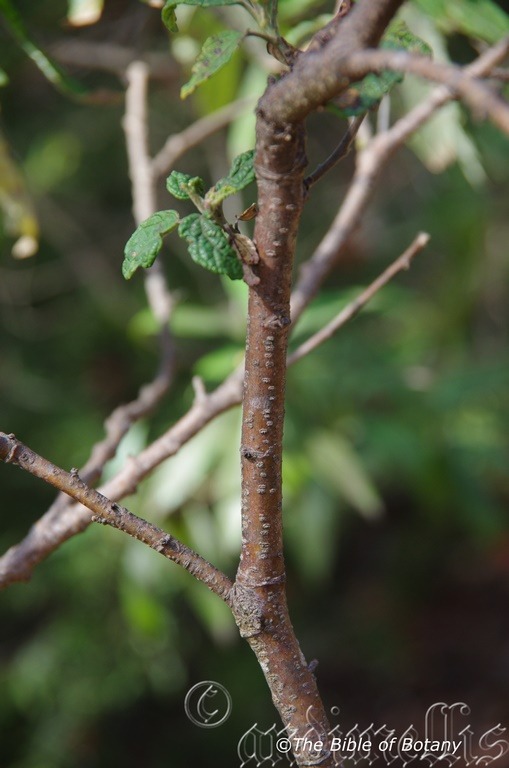
National Botanic Gardens ACT
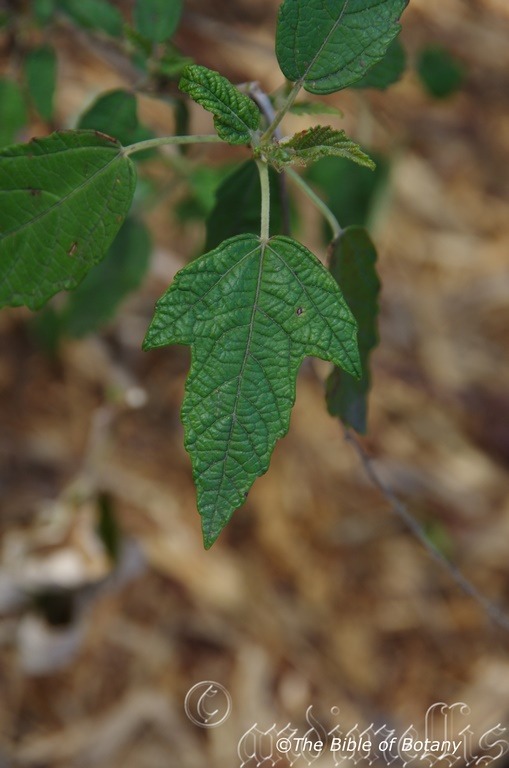
National Botanic Gardens ACT
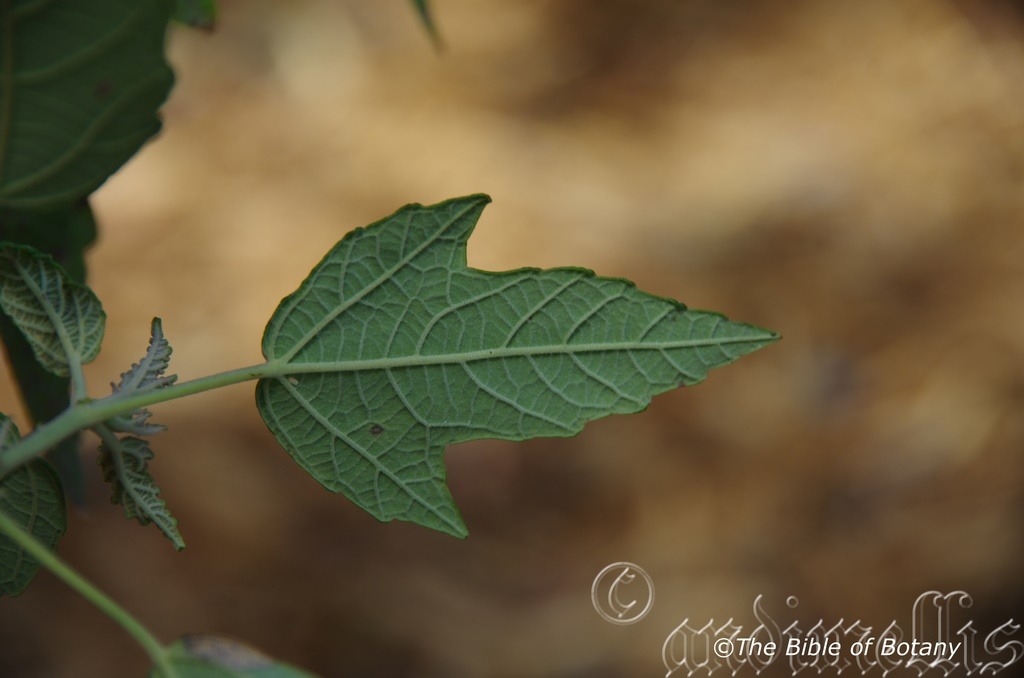
National Botanic Gardens ACT
Adriana tomentosa
Classification:
Class: Eudicots
Unranked: Rosids
Order: Malpigihales
Family: Euphorbiaceae
Genus: Is named in honour of Adrien de Jussie; 1797-1853, who was a French botanist.
Specie: From Tomentosa, which is Latin for to be covered in long down. It refers to hairs, which are long, soft and wavy or matted.
Variety: Adriana tomentosa var. hookeri: Is named in honour of Joseph Dalton Hooker; 1817-1911, was one of the greatest British botanists and explorers of all times.
Variety: Adriana tomentosa var. tomentosa: From Tomentosa, which is Latin for to be covered in long down. It refers to hairs, which are long, soft and wavy or matted.
Common Name: Bitter Bush.
Distribution:
Adriana tomentosa var. tomentosa is mainly found throughout mainland Australia excluding the desert zones and South Australia usually within 450 kilometres of coast with an isolated population in South Australia.
Adriana tomentosa var. hookeri is mainly found throughout mainland Australia though usually more than 450 kilometres from the coast.
https://avh.ala.org.au/occurrences/search?taxa=Adriana+tomentosa#tab_mapView
Habitat Aspect Climate:
Adriana tomentosa prefers dappled sun light to full sun. It is mainly found along water courses, flood plains and riparian zones.
The temperatures range from lows of minus 4 degrees in July to 42 degrees in January.
The rainfalls range from lows of 250mm to an average of 2700mm annually.
Soil Requirements:
Adriana tomentosa prefers accumulated sands or deep sandy loams to medium silt clays as alluviums. The PH. ranges from pH4.5 to pH8.It is tolerant of water seasonal logged soils. Moderately saline soils to very saline soils are tolerated as are salt laden winds.
Height & Spread:
Wild Plants: 0.5m to 2m by 0.5m to 1.5m.
Characteristics:
The main single or multi stems of Adriana tomentosa are deep reddish to red-brown, off white or pale green, erect and covered in white or rusty-brown to fawn tomentose hairs.
Adriana tomentosa‘s alternate to sub opposite or alternate and opposite leaves are found on the same plant. The leaves are extremely variable and can be ovate to lanceolate, broad rhombic or bifoliate, trifoliate, four foliate or rarely five foliate palmate leaves measure 40mm to 110mm in length by 20mm to 100mm in width. The base is broad cuneate to rounded while the apex is acute, acuminate or obtuse. The petiole measures 7mm to 600mm in length.
The concolourous to discolourous leaves are usually densely to sparsely covered in short, white rusty-brown to fawn pubescent or tomentose hairs or rarely glabrous, dull to semi glossy and olive-green to deep emerald-green on the upper laminas while the lower laminas are similar to much paler. The juvenile foliage is bright often glossy tinged with tan or reddish. The main vein and lateral veins are prominent on the lower lamina while they are distinctly visible on the upper lamina being strongly impressed. The laminas recurve upwards from the mid vein to the margins and are flat or decurve near the apex. The margins are bluntly toothed to crenate rarely entire and are flat or undulating.
The inflorescences of Adriana tomentosa are unisexual with the spikes born from the upper leaf axils or terminals on different plants. The spikes contain 1 to more than 60 individual flowers. The spikes are deep reddish to red-brown, off white or pale green, erect and covered in white rusty-brown to fawn tomentose hairs. The petal less flowers are pale yellowish-green to pale greenish-yellow.
The male spikes contain 10 to more than 30 individual flowers and measure 50mm to 150mm in length. The 4 or 5 cupular, ovate sepals are mixed with the bracts and measure 4mm to 5.5mm in diameter.
The female spikes contain 1 to more than 7 individual flowers and measure 10mm to 60mm in length. The 5 or 8 cupular, ovate sepals are mixed with the bracts and measure 3.5mm to 4mm in diameter.
The flowers appear mainly from September to November or at various times under favourable conditions.
Adriana tomentosa‘s fruit is a glabrescent to pubescent capsule. The green ovoidal capsules turn brown when ripe and are moderately covered in short off white or rusty-brown to fawn pubescent hairs and measure 7mm to 12mm in length by 8mm to 12mm in diameter. The style is persistent on the ripe capsules.
Confusing Sub Species:
Adriana tomentosa subsp. Hookeri’s leaves have crenate margins which are undulating or entire, occasionally regulalry blunt teeth. The leaves are unlobed or trilobed. The petiole is up to half the length of the lamina. The apexes and lateral lobes are usually obtuse, sometimes acute and never sharp. The leaves are alternate or alternate and opposite on the same plant.
Adriana tomentosa subsp. tomentosa’s leaves have margins regularly toothed with sharp or blunt teeth, rarely margins entire, which are sometimes crenate. The leaves are unlobed or trilobed, and at times two, four or five lobed. The petiole is close to or more than half the length of the lamina. The apex and lateral lobes are acute to acuminate or at times obtuse and can be sharp or bluntly obtuse. The leaves are alternate, rarely opposite.
Wildlife:
Adriana tomentosa flowers are a major source of honey production for many insects. The leaves, flowers and fruits are all eaten by Theclinesthes albocincta (Blue Bitterbush Butterfly).
Cultivation:
Adriana tomentosa is a beautiful small to medium shrub for all drier inland gardens or coastal areas with a Mediterranean type weather pattern where the soils are sandy loams through to medium clays. It can be grown in full sun to light shade. It is fast growing plants and will attain 1.5 meter to 2 meters in height by 1.5meters to 2 meters in diameter when cultivated in the open.
It is best used adjacent to small areas of bush close to paths or the house where salt laden winds occur.
This is one plant that benefits highly from being mass planted or planted in scattered clumps of two or three individual plants. It can be lightly pruned once established to form dense hedges or wildlife corridors along the coast.
It can be utilised just as well in formal garden beds or Japanese style gardens and would look particularly great with one or two large rocks and white stones.
Because of their hardiness and quick growth they would perform admirable in a tub on the veranda, a bonsai pot or in a topiary garden display.
Propagation:
Seed: Adriana tomentosa seeds can be sown directly into a suitable prepared position in the garden or set into 50mm native tubes. Sow the seeds directly into a seed raising mix.
When the seedlings are 30mm to 60mm tall, plant them out into their permanent positions.
Fertilize using Seaweed, fish emulsion or organic chicken pellets soaked in water on an alternate basis. Fertilize every two months until the plants are established then twice annually in early September to March to maintain health, vitality and better flowering and better quality fruit.
Further Comments from Readers:
Hi reader, it seems you use The Bible of Botany a lot. That’s great as we have great pleasure in bringing it to you! It’s a little awkward for us to ask, but our first aim is to purchase land approximately 1,600 hectares to link several parcels of N.P. into one at The Pinnacles NSW Australia, but we need your help. We’re not salespeople. We’re amateur botanists who have dedicated over 30 years to saving the environment in a practical way. We depend on donations to reach our goal. If you donate just $5, the price of your coffee this Sunday, We can help to keep the planet alive in a real way and continue to bring you regular updates and features on Australian plants all in one Botanical Bible. Any support is greatly appreciated. Thank you.
In the spirit of reconciliation we acknowledge the Bundjalung, Gumbaynggirr and Yaegl and all aboriginal nations throughout Australia and their connections to land, sea and community. We pay our respect to their Elders past, present and future for the pleasures we have gained.
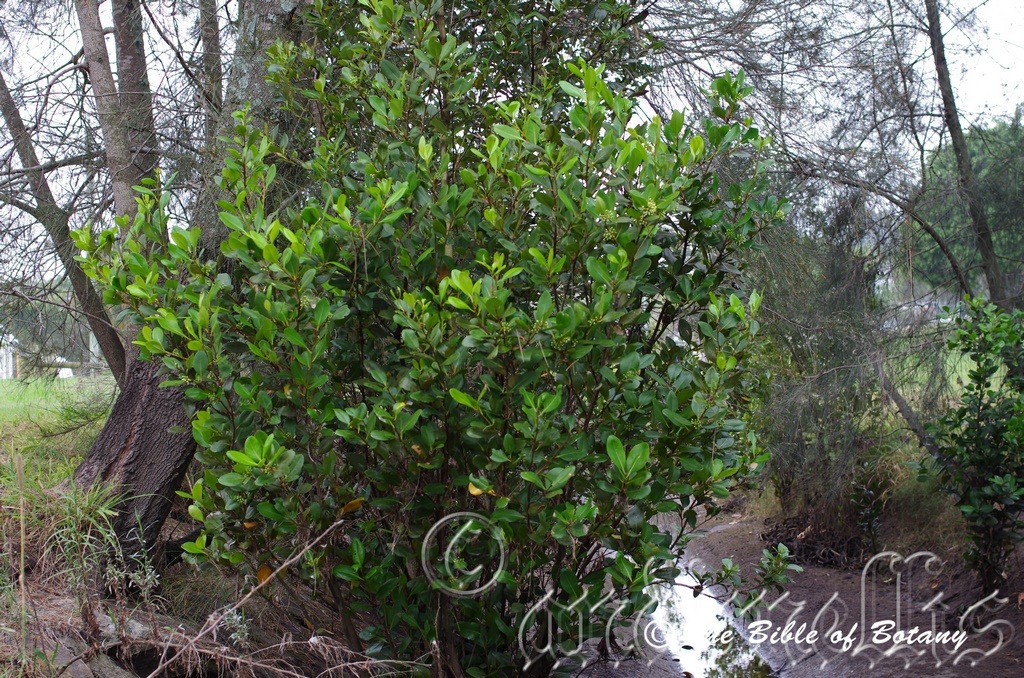
Tidal Creek Cooparoo Qld.
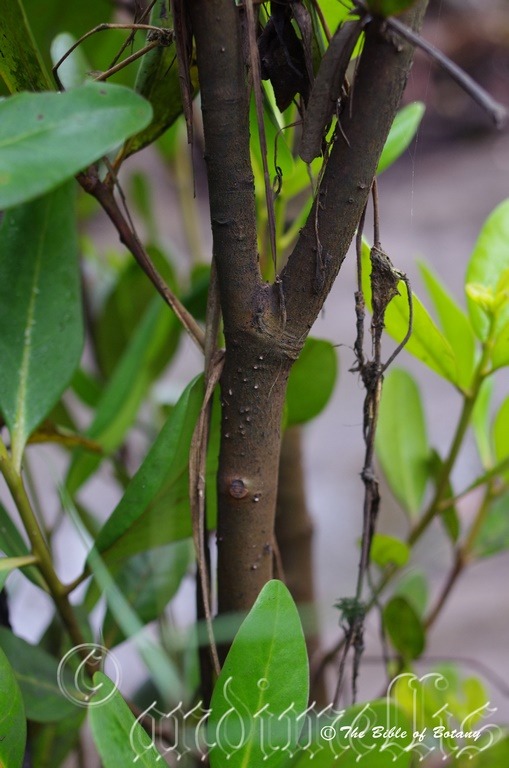
Tidal Creek Cooparoo Qld.
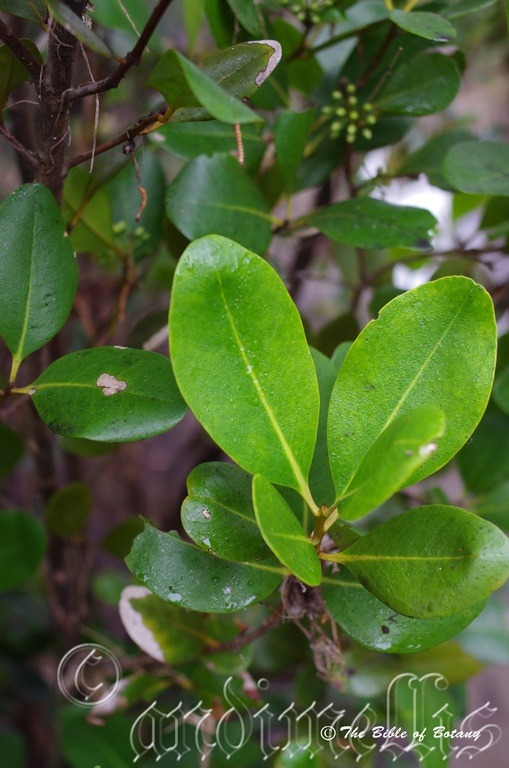
Tidal Creek Cooparoo Qld.
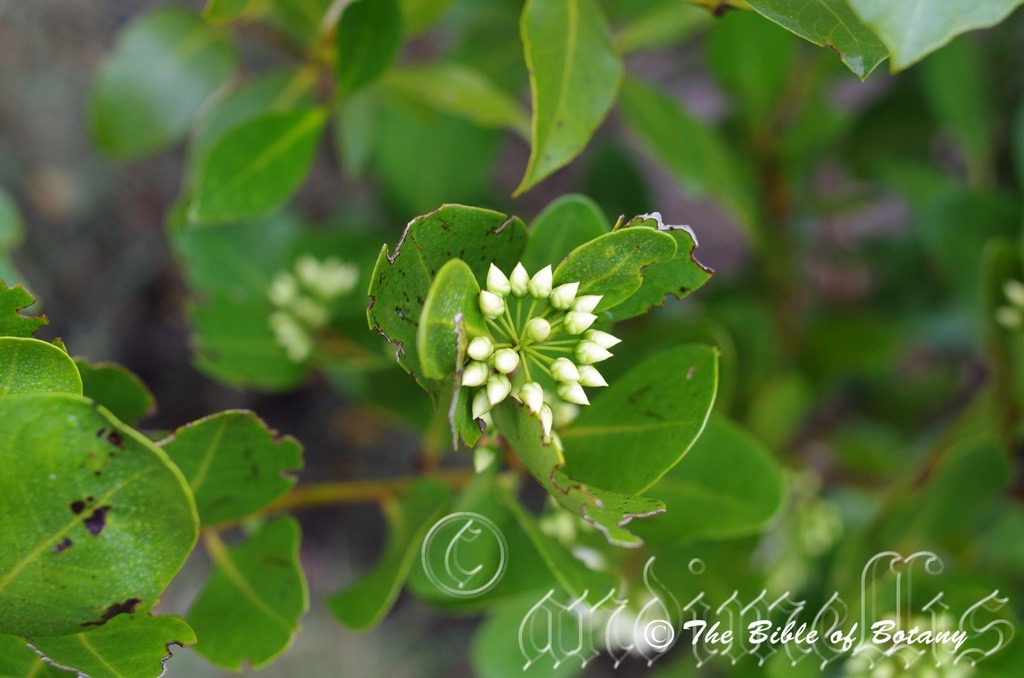
Tidal Creek Cooparoo Qld.
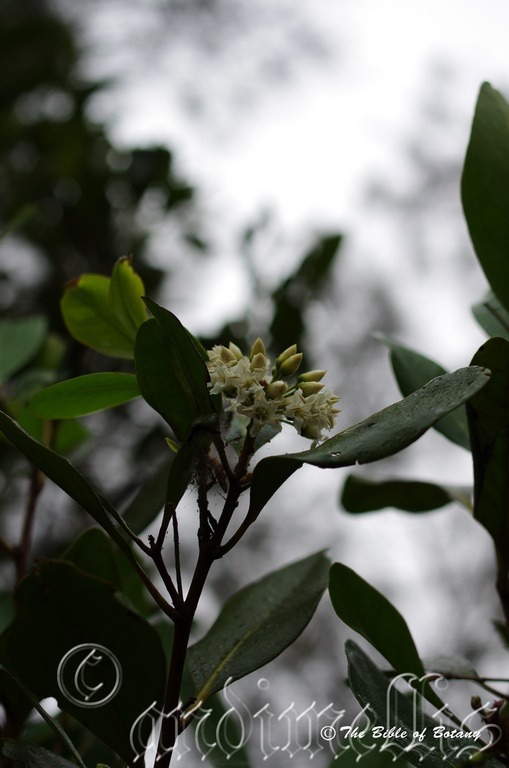
Tidal Creek Cooparoo Qld.
Aegiceras corniculatum
Classification:
Class: Eudicots
Unranked: Asterids
Order: Ericales
Family: Myrsinaceae or Primulaceae
Genus: From Aigaios, which is Ancient Greek or Aegaeus, which is Latin for the sea and Islands (Between the Greek and Italian coast lines) and Keros, which is Ancient Greek for a horn. It refers to plants, which prefer environments along the coastlines, small Islands and saline estuaries that have a long narrow horn like appendage on the fruits.
Specie: From Koras, which is Ancient Greek or Cornu, which is Latin for horny or horn like. It refers to having very prominent horns.
Sub specie:
Common Name: River Mangrove.
Distribution:
Aegiceras corniculatum is found from Karratha in Western Australia north along the coast to Tuross Head in southern New South Wales. It is found where Avicennia marina is found but is located further upstream in estuaries.
https://avh.ala.org.au/occurrences/search?taxa=Aegiceras+corniculatum#tab_mapView
Habitat Aspect Climate:
Aegiceras corniculatum prefers dappled sun light to full sun. It is found in shallow saline water, brackish water and fresh water that may be inundated with saline water periodically by tidal surges or king tides.
The temperatures range from lows of 3 degrees in July to 42 degrees in January.
The rainfalls range from lows of 250mm to an average of 3250mm annually.
Soil Requirements:
Aegiceras corniculatum prefers accumulated sands or deep sandy loams to medium silt clays as alluviums. The PH. ranges from pH4.5 to pH8.It is tolerant of water logged soils. Moderately saline soils to extremely saline soils are tolerant.
Height & Spread:
Wild Plants: 2m to 4m by 2m to 4m.
Characteristics:
The trunk and main stems of Aegiceras corniculatum are deep grey to red-brown erect. The main branches are covered in small lenticels and resinous markings. The branchlets are deep grey to red-brown only turning mid green as they approach the terminals. The juvenile branchlets are mid green to lime-green and glabrous.
Aegiceras corniculatum’s alternate to sub opposite obovate leaves measure 30mm to 100mm in length by 15mm to 50mm in width. The base is broad cuneate to narrow rounded while the apex is broadly round-acute to obtuse with or without an emarginated tip. The discolourous leaves are glabrous, semi glossy and deep grass-green on the upper laminas while the lower laminas are paler. The juvenile foliage is bright glossy grass-green with a tan tinge or reddish tinge. The main vein is prominent on the lower lamina and distinctly visible on the upper lamina being yellow-green. The laminas decurve slightly from the mid vein to the margins and also near the apex. The coriaceous leaves are glabrous and have a waxy feel. The margins are entire. The petioles measure 8mm to 16mm in length.
The inflorescences of Aegiceras corniculatum are umbels or umbellate clusters born from the leaf axils or terminal leaf axil. The umbellatus contain 10 to 30 individual flowers. The peduncle and pedicels are grass-green and glabrous. The peduncles measure 0mm to 10mm in length while the pedicels measure 10mm to 18mm in length.
The individual flowers measure 5mm to 7mm in length by 12mm to 18mm in diameter. The acute grass-green lobes measure 2mm to 4mm in length. The white corolla tubes are glabrous and measure 4mm to 6mm in length by 4mm to 6mm in diameter. The 5 corolla lobes measure 4mm to 6mm in length by 3mm to 4mm in width. The apexes are broadly apiculate
The 5 white exserted filaments measure 6mm to 9mm in length while the narrowly triangular to linear dorsifixed anthers measure 4mm to 4.5mm by 1mm in width.
Aegiceras corniculatum’s fragrant flowers appear throughout the year.
Aegiceras corniculatum‘s fruit is large curved, coriaceous and viviparous comprising of one fleshy seed. The pale green to pale yellow-green fruits maybe tinged red, measure 20mm to 42mm in length by 3mm to 6mm in diameter. The sepals are persistent at the base of the fruits while the style is persistent at the apex.
Wildlife:
Aegiceras corniculatum’s flowers are a major source of honey for many insects along the coast. The leaves are often attracted by various unknown insects and harbour large numbers of spiders. These spiders prey on mosquitoes and other insects which the mangroves form the base of their environment.
Cultivation:
It would make an good fire retardant small tree.
* Fire retardant plants act as radiant heat screens and absorb more heat from an approaching fire without burning.
* Fire retardant trees are able reduce wind speed near a house or out buildings.
* Fire retardant also trap embers and sparks carried by the wind.
* Fire retardant ground covers are able to catch burning embers without catching fire themselves, and also slow the travel of a fire through debris and litter on the ground.
Aegiceras corniculatum is a magnificent small to medium shrub for all gardens on sandy loams through to medium clays. It can be grown in full sun to light shade and is very suitable to coastal gardens in warm temperate to cool tropical areas with high water tables or salt problems. It is fast growing plants and long lived that will attain 3 meter to 4 meters in height by 2.5 meters to 4 meters in diameter when cultivated in the open.
It is best used adjacent to small areas of bush close to paths or the house where salt laden winds occur and their sweet perfumed flowers can be fully appreciated.
This is one plant that benefits highly from being mass planted or planted in scattered clumps of two or three individual plants. They can be pruned once established to form tall impenetrable barriers, hedges or wildlife corridors along the coast.
It can be utilised just as well in formal garden beds or Japanese style gardens and would look particularly great with one or two large rocks and white stones.
Because of their hardiness and quick growth it would perform admirable in a tub on the veranda, a bonsai pot or in a topiary garden display.
Propagation:
Seed: Aegiceras corniculatum seeds can be sown directly into a suitable prepared position in the garden or set into large 75mm native tubes. Sow the seeds directly into a seed raising mix after they have been soaked for an hour or two in a strong seaweed solution.
When the seedlings are 100mm to 140mm tall, plant them out into their permanent positions.
Once the seedlings reach 1 meter to 1.5 meters in height they can be pruned for use as a shrub or trained as a small tree.
Fertilize using Seaweed, fish emulsion or organic chicken pellets soaked in water on an alternate basis. Fertilize every two months until the plants are established then twice annually in early September to March to maintain health, vitality and better flowering and better quality fruit.
Further Comments from Readers:
Hi reader, it seems you use The Bible of Botany a lot. That’s great as we have great pleasure in bringing it to you! It’s a little awkward for us to ask, but our first aim is to purchase land approximately 1,600 hectares to link several parcels of N.P. into one at The Pinnacles NSW Australia, but we need your help. We’re not salespeople. We’re amateur botanists who have dedicated over 30 years to saving the environment in a practical way. We depend on donations to reach our goal. If you donate just $5, the price of your coffee this Sunday, We can help to keep the planet alive in a real way and continue to bring you regular updates and features on Australian plants all in one Botanical Bible. Any support is greatly appreciated. Thank you.
In the spirit of reconciliation we acknowledge the Bundjalung, Gumbaynggirr and Yaegl and all aboriginal nations throughout Australia and their connections to land, sea and community. We pay our respect to their Elders past, present and future for the pleasures we have gained.
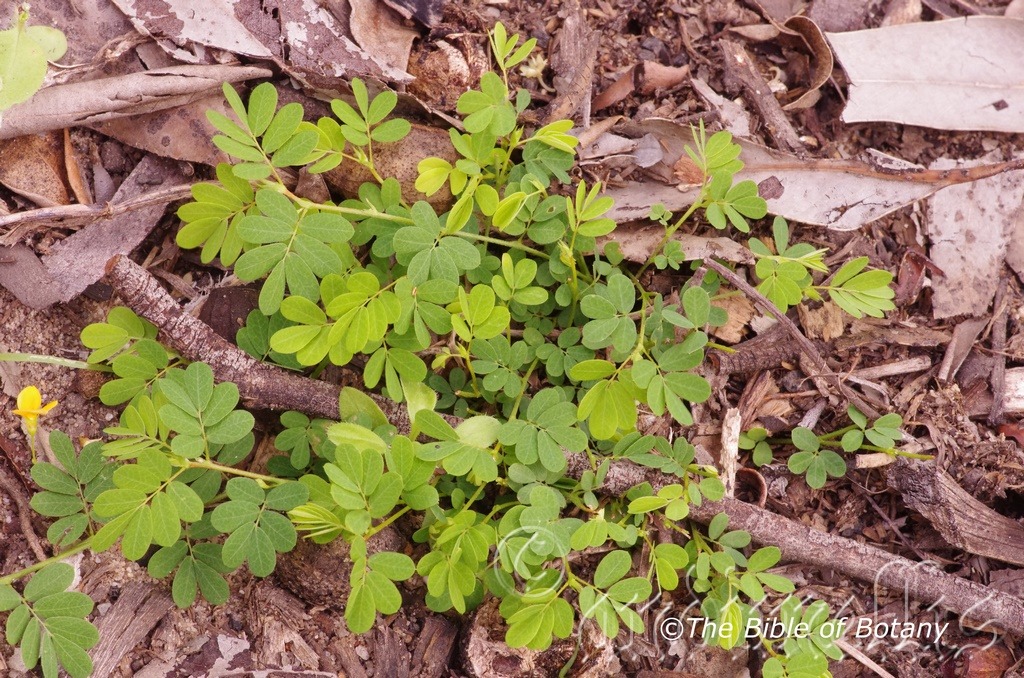
Author’s Garden The Pinnacles NSW
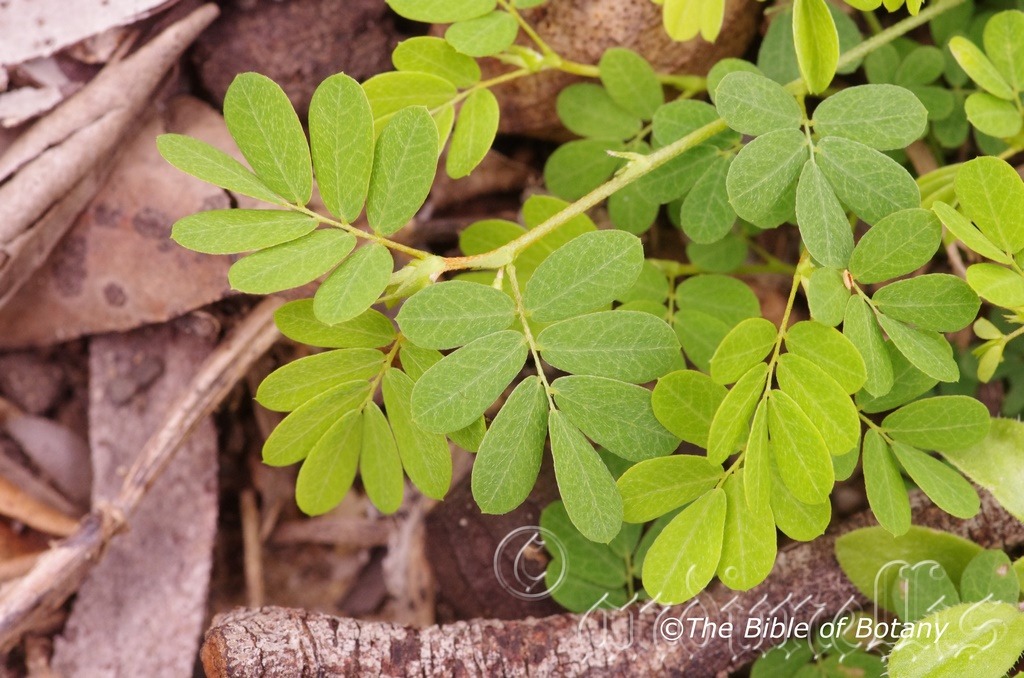
Author’s Garden The Pinnacles NSW
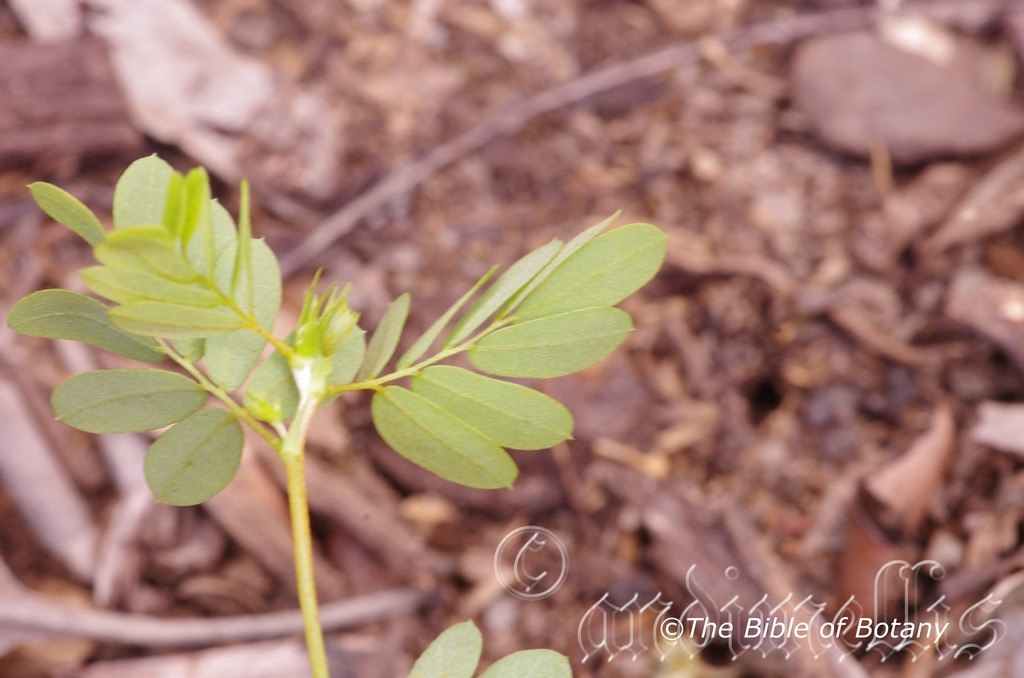
Author’s Garden The Pinnacles NSW
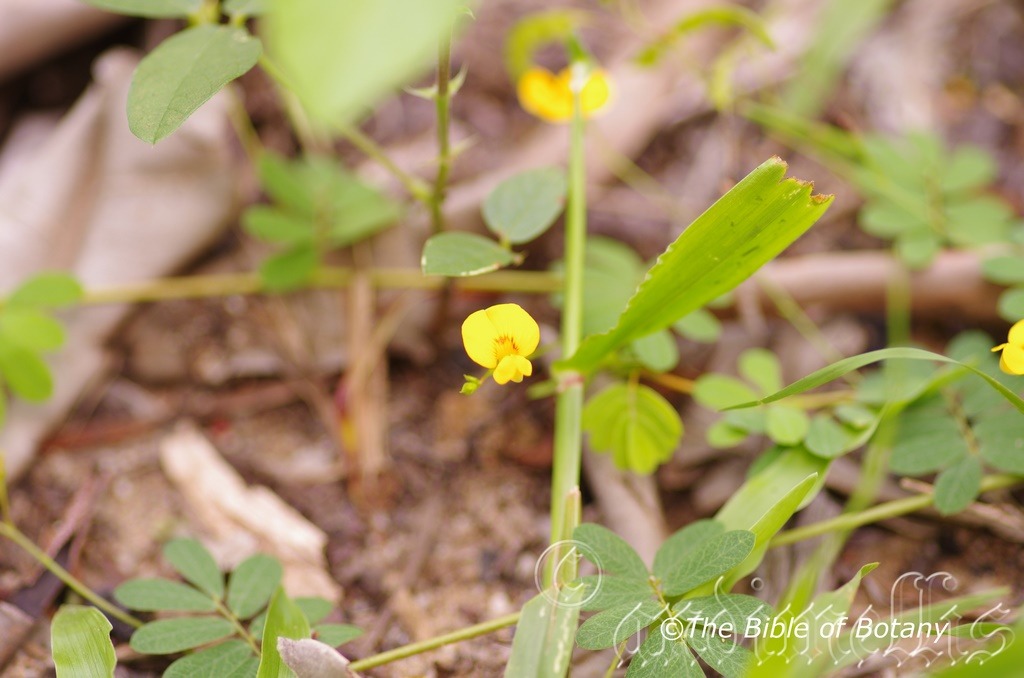
Author’s Garden The Pinnacles NSW
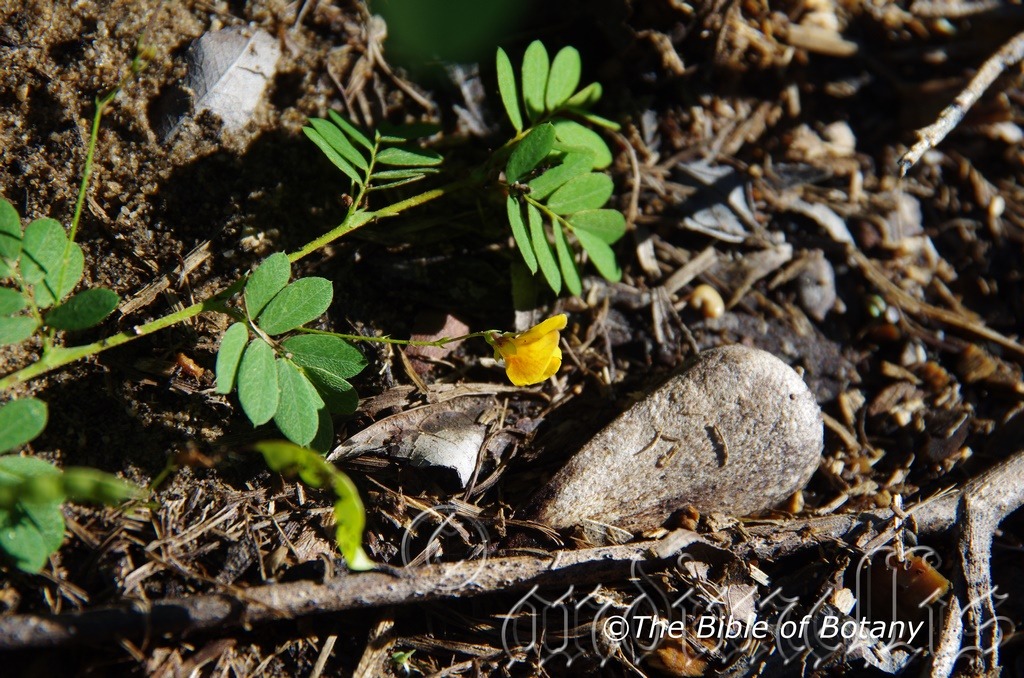
Author’s Garden The Pinnacles NSW
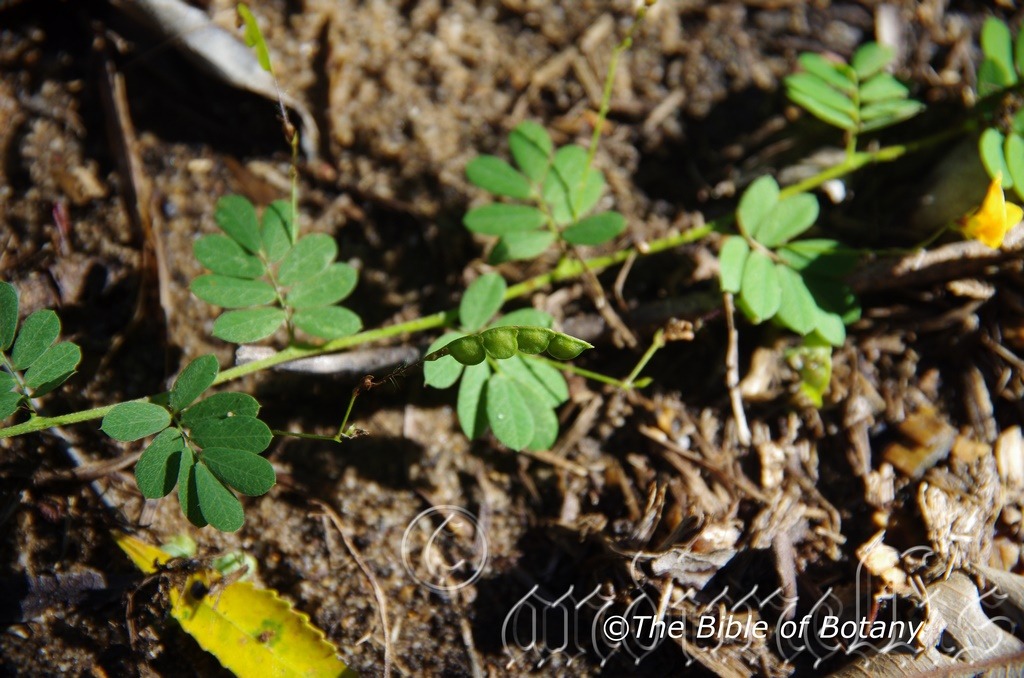
Author’s Garden The Pinnacles NSW
Aeschynomene brevifolia
Classification:
Unranked: Eudicots
Unranked: Rosids
Order: Fabales
Family: Fabaceae
Sub family: Faboideae
Tribe: dalbergieae
Genus: From Iskholos, which is Ancient Greek, for tragedian – an actor who plays tragic roles and Nemen, which are Latin for a title. It refers to plants, which unfortunately are always overlooked or are tragically killed off by cattle or other introduced animals.
Specie: From brevis, which is Latin, for short or small and Folia which is Latin for a leaf or foliage. It refers to leaves, which are much smaller than other species in the genus.
Sub specie:
Common Name:
Distribution:
Aeschynomene brevifolia is found south from Cape York Peninsula in north eastern Queensland to west of Kempsey in central coastal New South Wales. It is found on and east of the Great Dividing Range to the coast.
It is also found in Madagasca, the Middle East, indo China through to New Guinee. There is some doubt as to it being native, but I have included it here until it is proven otherwise.
https://avh.ala.org.au/occurrences/search?taxa=Aeschynomene+brevifolia#tab_mapView
Habitat Aspect Climate:
Aeschynomene brevifolia prefer dappled light shade, growing in grassy sclerophyll forest on slopes and ridges.
The temperatures range from 2 degrees in July to 38 degrees in January.
The rainfalls range from lows of 700mm to 1300mm average per annum.
Soil Requirements:
Aeschynomene brevifolia prefer sandy loams with a covering of leaf litter. The soil’s pH ranges from 5pH to 7pH. It does not tolerate waterlogged soils but appreciates good even moisture levels. None saline soils to moderately saline soils are tolerated.
Height & Spread:
Wild Plants: 10mm to 500mm by 100mm to 200mm.
Characteristics:
Aeschynomene brevifolia is an erect or spreading perennial with decumbent or ascending greenish-brown stems. The stems are moderately covered in long hirsute spreading or short appressed hirtellous hairs, or at times can be almost glabrous.
The petiole is covered in short hirtellous hairs and measures 3mm to 6mm in length. The usually imparipinnate leaf, stipules are lanceolate and have 5 to 9 leaflets. The obovate leaflets measure 4mm to 8mm in length by 2mm to 4mm in width. The upper laminas are glabrous, while the lower laminas are sparsely covered in short hirtellous hairs.
Aeschynomene brevifolia’s inflorescences are usually 2 or 3 flowered or rarely up to 6 from the leaf axis. The bracts and bracteoles are ovate. the calyx are sparsely covered in hirtellous hairs and measure 2mm to 3mm in length. The yellow corolla is at times streaked purple and measures 5mm to 6mm in length.
The fruits are typical straight or slightly curved lomentums that measure 12mm to 25mm in length by 2.5mm to 3mm in width. The petiole measures 5mm to 10mm in length and has 2 to 7 articles. The ovate black seeds measure 1.5mm in diameter. The flowers appear from September to May.
Wildlife:
Aeschynomene brevifolia is eaten by the red neck wallaby, Macropus rufogriseus.
Cultivation:
Aeschynomene brevifolia is a small inconspicuos little native that grows between grasses and beneath other shrubs. If a display is sought it needs to be mass planted between other small perennials.
Propagation:
Seeds: Aeschynomene brevifolia require treatment before sowing. Pretreat by placing the seeds into a glass of hot water. Allow the water to cool and leave to soak for 2 to 4 hours. Seeds that have not swollen repeat the exercise.
Sow into a seed raising mix and cover with 5mm of the mix. When the seedlings are 25mm to 50mm tall, prick them out and plant them into 50mm native tubes using a seed raising mix.
Once the seedlings reach 100 to 150mm in height plant them out into their permanent position. For mass plantings plant at 0.1 meter apart.
Fertilize using Seaweed, fish emulsion or organic chicken pellets soaked in water on an alternate basis. Fertilize every two months until the plants are established then annually either in early September to March to maintain health, vitality and better flowering.
Further Comments from Readers:
Hi reader, it seems you use The Bible of Botany a lot. That’s great as we have great pleasure in bringing it to you! It’s a little awkward for us to ask, but our first aim is to purchase land approximately 1,600 hectares to link several parcels of N.P. into one at The Pinnacles NSW Australia, but we need your help. We’re not salespeople. We’re amateur botanists who have dedicated over 30 years to saving the environment in a practical way. We depend on donations to reach our goal. If you donate just $5, the price of your coffee this Sunday, We can help to keep the planet alive in a real way and continue to bring you regular updates and features on Australian plants all in one Botanical Bible. Any support is greatly appreciated. Thank you.
In the spirit of reconciliation we acknowledge the Bundjalung, Gumbaynggirr and Yaegl and all aboriginal nations throughout Australia and their connections to land, sea and community. We pay our respect to their Elders past, present and future for the pleasures we have gained.
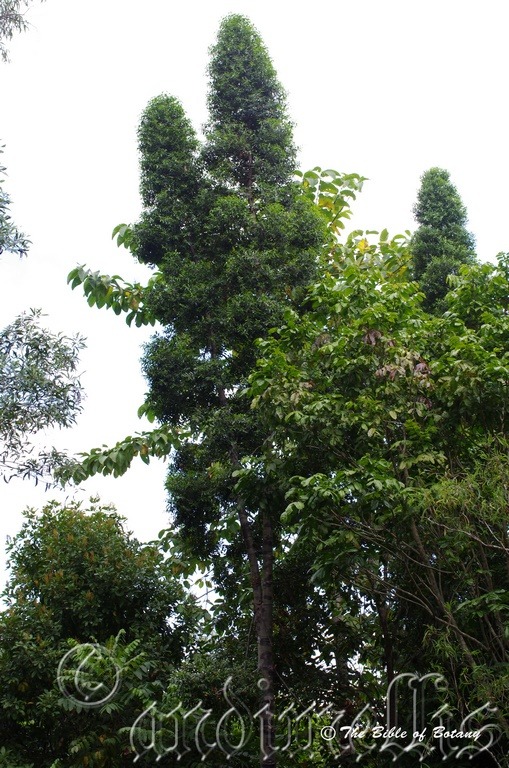
Mount Cootha Botanical Gardens Qld.
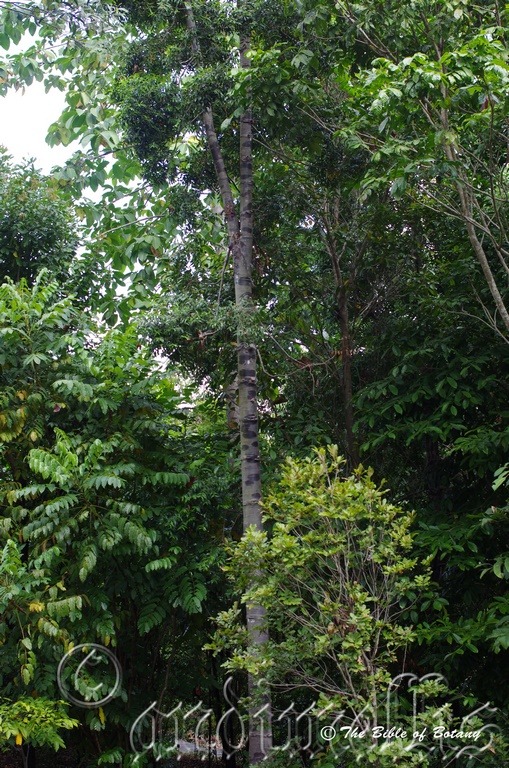
Mount Cootha Botanical Gardens Qld.
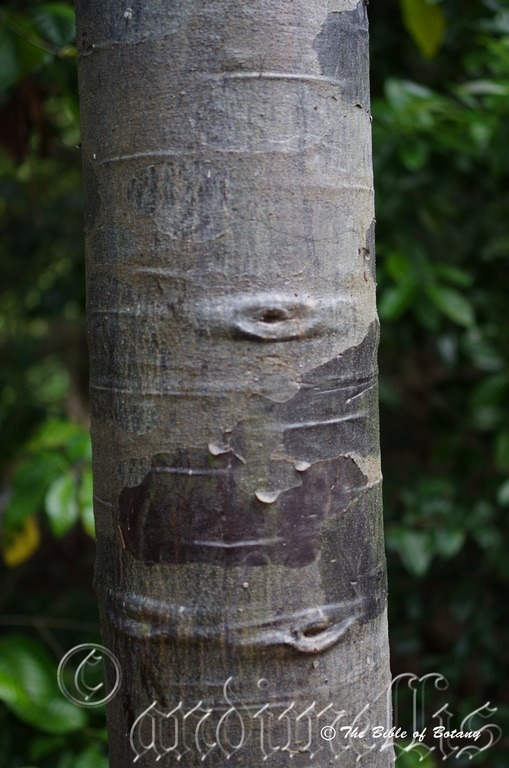
Mount Cootha Botanical Gardens Qld.
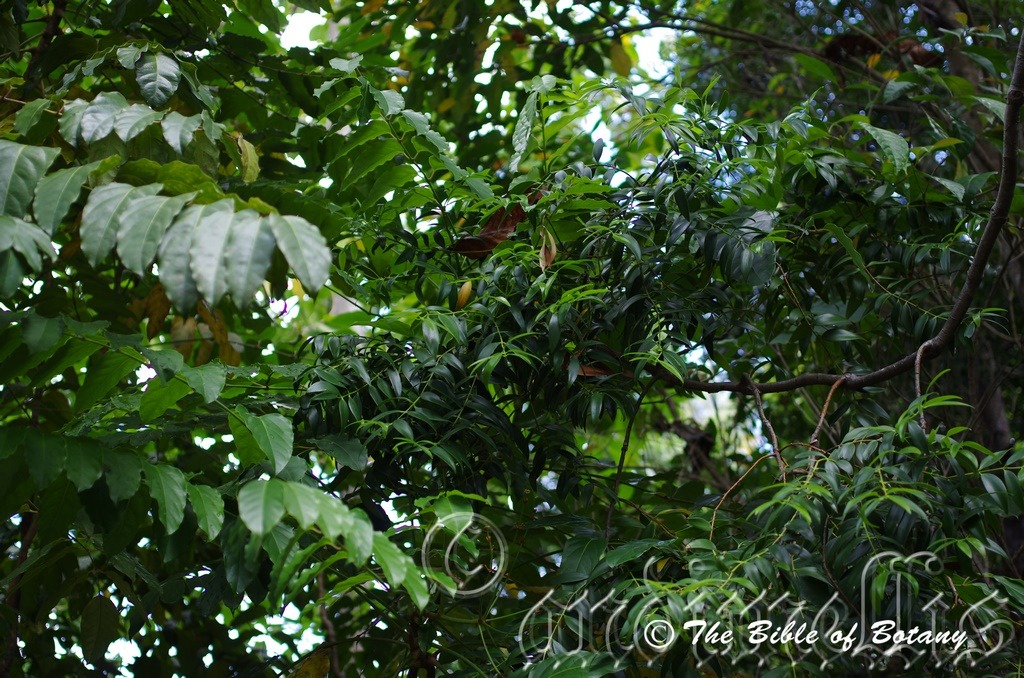
Mount Cootha Botanical Gardens Qld.
Agathis atropurpurea
Classification:
Class: Pinopsida
Order: Pinales
Family: Aracariaceae
Genus: From Agathos, which is Ancient Greek for a ball of threads. It refers to the catkins of the female flowers which are more cylindrical than other gymnosperms.
Specie: From Ater, which is Latin, for dark colour and Purpureus, which is Latin for purple. It refers to a plant’s organ which is deep purple.
Sub specie:
Common Name: Queensland Kauri Pine, Black Kauri, Blue Kauri, Kauri Kauri, Mountain Kauri, North Queensland Mountain Kauri; North Queensland Kauri Pine or Queensland Kauri.
Distribution:
Agathis atropurpurea is found in 3 disjunct populations south from Cape Tribulation to Ravenshoe in far north eastern Queensland. It is found on and east of the Great Dividing Range to the coast.
https://avh.ala.org.au/occurrences/search?taxa=Agathis+atropurpurea#tab_mapView
Habitat Aspect Climate:
Agathis atropurpurea prefer full sun to dappled shade, starting life in full shade. It is found in moist well established tropical rainforests.
The temperatures range from 8 degrees in July to 38 degrees in January.
The rainfalls range from lows of 2000mm to 3200mm average per annum.
Soil Requirements:
Agathis atropurpurea prefer better quality medium clays. The soils are usually derived from better quality decomposed granites or black basalts. The soil’s pH ranges from 6pH to 7pH. It does not tolerate waterlogged soils though the soils remain moist throughout the year. None saline soils to slightly saline soils are tolerated.
Height & Spread:
Wild Plants: 25m to 50m by 8m to 18m.
Characteristics:
Agathis atropurpurea grows as a tall single trunked tree with the trunk being at least 70mm of its height where it is found in rainforests. The outer bark is a dull, deep purple-blue to almost black, glabrous, scaly or flaky while the inner bark is gray-brown. Branchlets are similar to the trunk. Juvenile branchlets are glabrous and mid sea-green to deep sea-green. Stems produce a resin where ever a wound occurs and the gum often seeps near the base.
The opposite or more often sub opposite leaves of Agathis atropurpurea are elliptical to narrow elliptical and measure 30mm to 80mm in length by 5mm to 20mm in width. The base tapers to the stem, while the apex is broadly acute. The leaves are sea-green to blue-green on the upper laminas and slightly paler on the lower lamina. The leaf margins are entire while the laminas are flat. The mid vein and main longitudinal veins are more or less inconspicuous on both laminas. Young leaves are a glossy bronze and often covered in fine white sericeous hairs. The petiole measures 0mm to 3mm in length.
Agathis robusta are monoecious meaning the male and female cones are produced separately on the same tree. The male cones are born on a cylindrical spike from the terminal shoots. The distinctly pedunculate male spikes measure 20mm to 30mm in length by 3mm to 5mm in diameter. The scales have slightly obtuse apexes and tend to loosely overlap each other.
The globose female cones are born on an auxiliary shoot and measure 35mm to 60mm in diameter. They remain on the trees for up to 18 months before disintegrating and dispersing the seeds. The olive-green cones have 90 to 150 scales. The peduncle measures 3mm to 4.5mm in length. The tan seeds measure 9mm to 12mm in length and have cinnamon-brown wings that are larger in length and 12mm to 15mm wide. Agathis atropurpurea cones mature from July to September.
Wildlife:
Agathis atropurpurea’s wildlife is unknown to the author.
Cultivation:
It would make an good fire retardant large tree.
* Fire retardant plants act as radiant heat screens and absorb more heat from an approaching fire without burning.
* Fire retardant trees are able reduce wind speed near a house or out buildings.
* Fire retardant also trap embers and sparks carried by the wind.
* Fire retardant ground covers are able to catch burning embers without catching fire themselves, and also slow the travel of a fire through debris and litter on the ground.
Agathis atropurpurea is a beautiful erect growing tree that looks great in large gardens or parks where it has adapted to cultivation as far south as Melbourne and Adelaide and cooler areas like Canberra. Once it is established it can handle temperatures as low as minus 3. It can be used as a feature plant or in the center of a bush gardens or stand-alone to show their majestic shape and beautiful foliage. The trees are best planted in small groups. The main feature of mature trees is the straight, smooth, purple bole of the trunk with its motley mushroom coloured inner bark.
Agathis atropurpurea is well suited to planting in groves or avenue planting as its roots are non invasive. A problem does exist with the dropping of its cones and spent branches.
It is great to break up horizontal lines along very long driveways or to create a rainforest in drier areas as they require less frequent watering. It would be a good choice for a shade tree west of the Great Dividing Range in semi arid gardens where adequate water can be guaranteed. It can be used to great affect where a dry creek bed is the theme by using them to mark out the banks.
Propagation:
Seeds: Agathis atropurpurea seeds can be sown directly into a deep 150mm tray using a good quality seed raising mix. Alternatively place 2 seeds into a 500mm native tube. Cover the seeds to a depth of 5mm and water thoroughly. Germination can be erratic. Place the trays in a warm semi shaded position.
When the seedlings are 25mm to 50mm tall, prick them out and plant them into 50mm native tubes or 250mm pots using a good quality organic mix.
Once the seedlings reach 170mm to 200mm in height plant them out into their permanent position. Mass plantings can be achieved with spacings of 12 meters to 15 meters spacings for avenues or groves.
Fertilize using Seaweed, fish emulsion or organic chicken pellets soaked in water on an alternate basis. Fertilize every two months until the plants are established then twice annually in early September to March to maintain health, vitality and better vigor.
Further Comments from Readers:
Hi reader, it seems you use The Bible of Botany a lot. That’s great as we have great pleasure in bringing it to you! It’s a little awkward for us to ask, but our first aim is to purchase land approximately 1,600 hectares to link several parcels of N.P. into one at The Pinnacles NSW Australia, but we need your help. We’re not salespeople. We’re amateur botanists who have dedicated over 30 years to saving the environment in a practical way. We depend on donations to reach our goal. If you donate just $5, the price of your coffee this Sunday, We can help to keep the planet alive in a real way and continue to bring you regular updates and features on Australian plants all in one Botanical Bible. Any support is greatly appreciated. Thank you.
In the spirit of reconciliation we acknowledge the Bundjalung, Gumbaynggirr and Yaegl and all aboriginal nations throughout Australia and their connections to land, sea and community. We pay our respect to their Elders past, present and future for the pleasures we have gained.
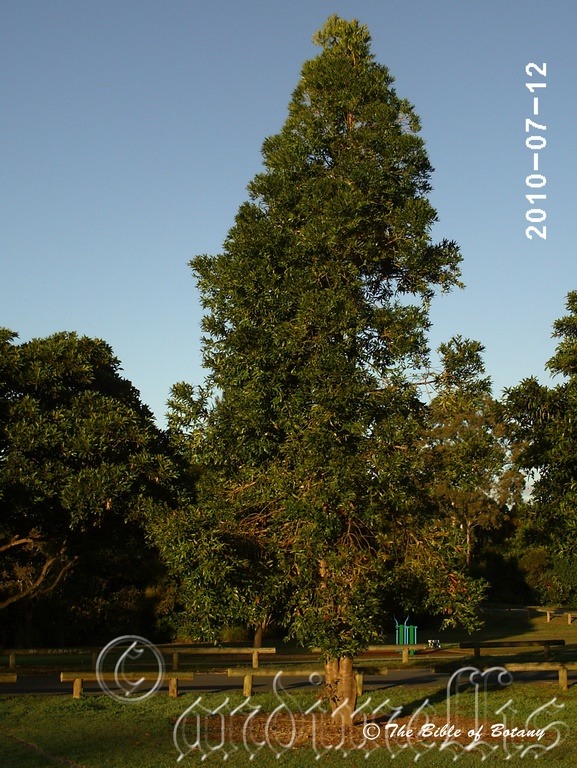
Brookside Qld.
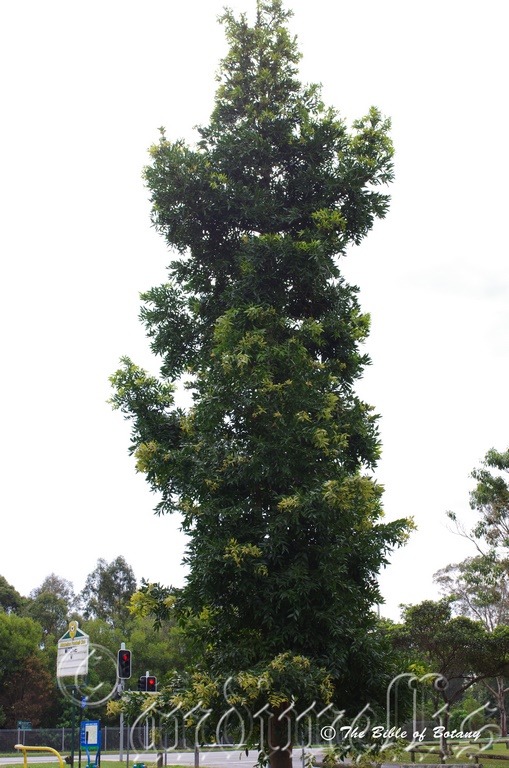
Brookside Qld.
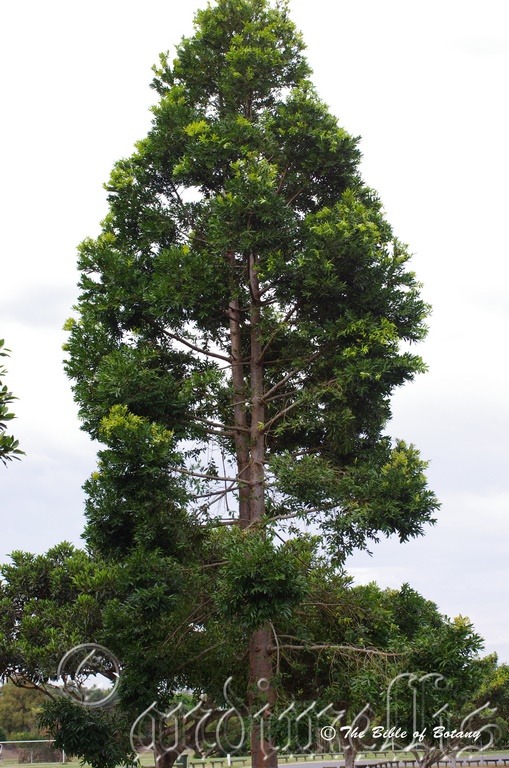
Brookside Qld.
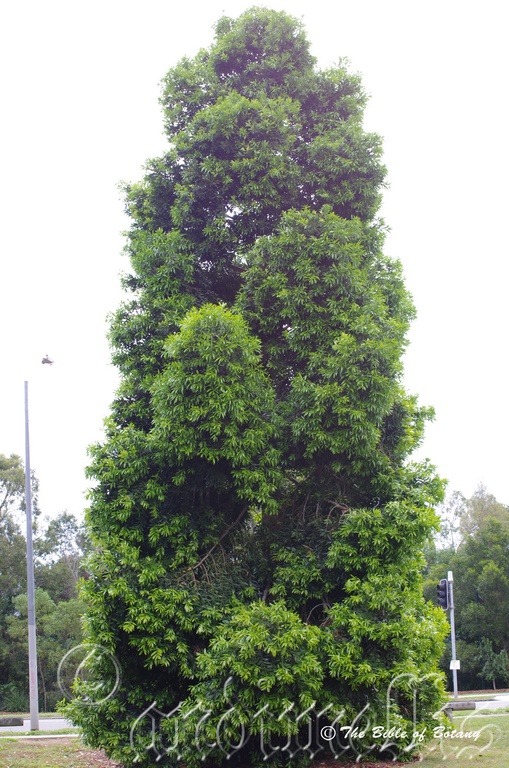
Brookside Qld.
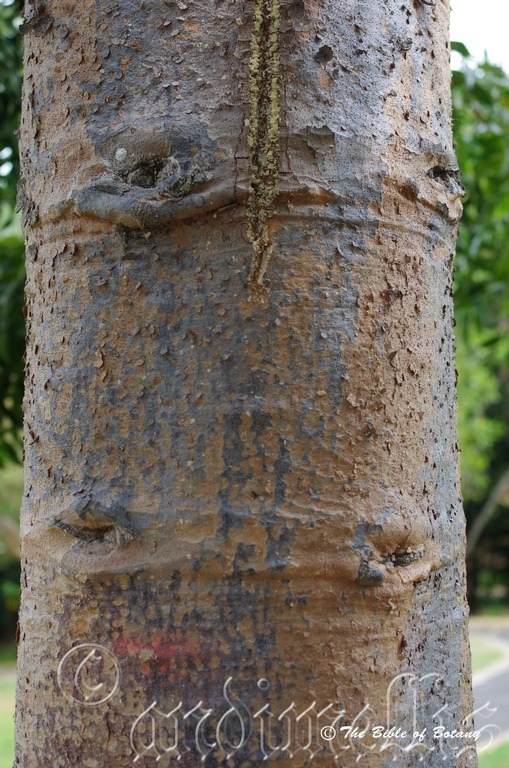
Brookside Qld.
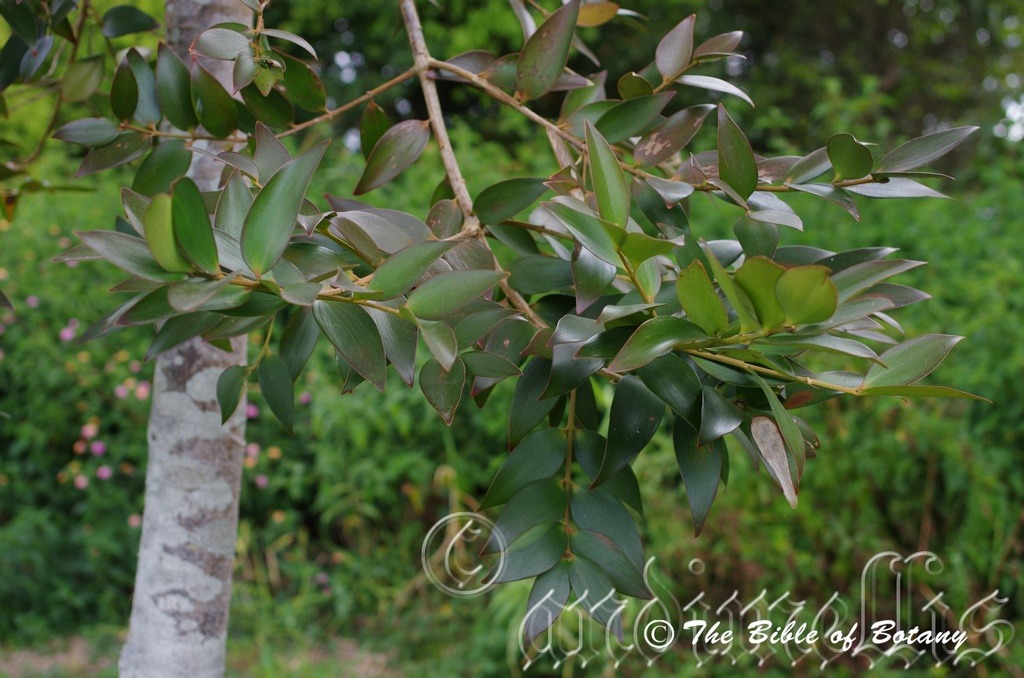
Kedron Creek Brookside Qld.
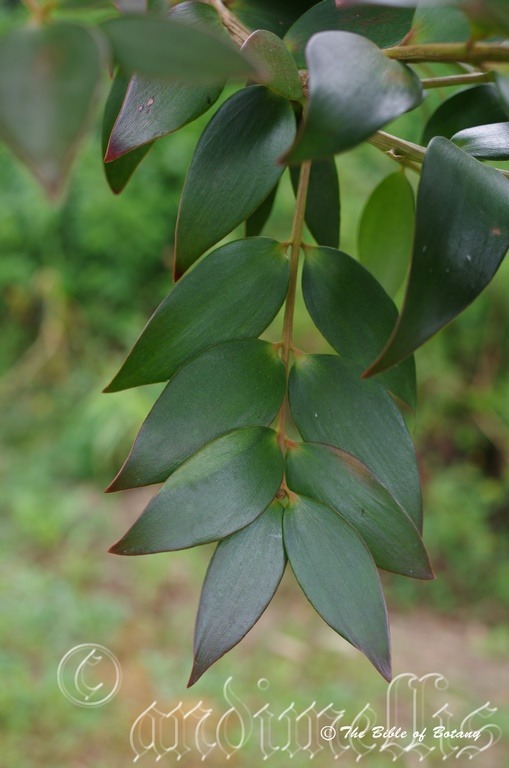
Kedron Creek Brookside Qld.
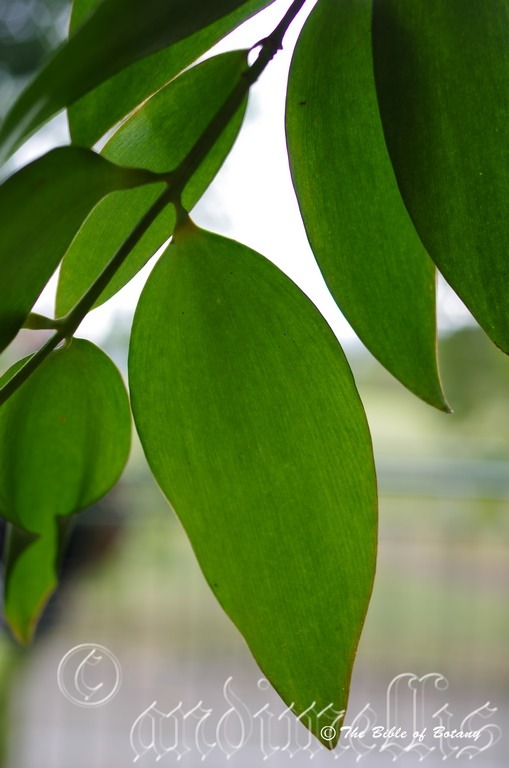
Brookside Qld.
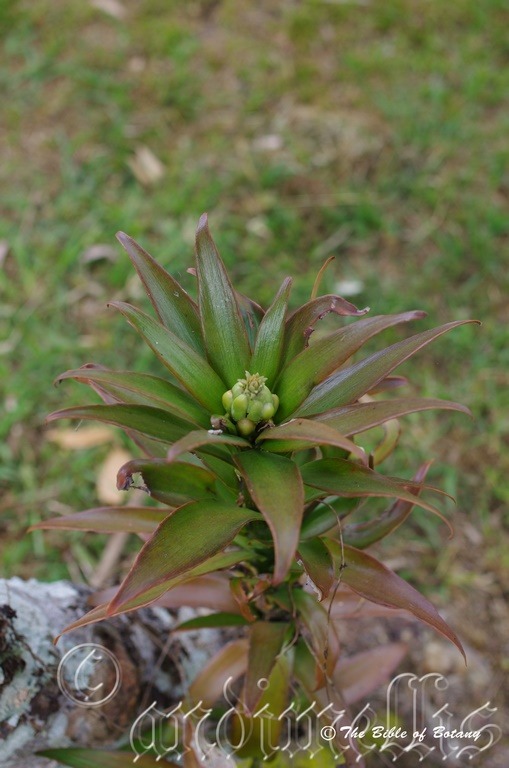
Kedron Creek Brookside Qld.
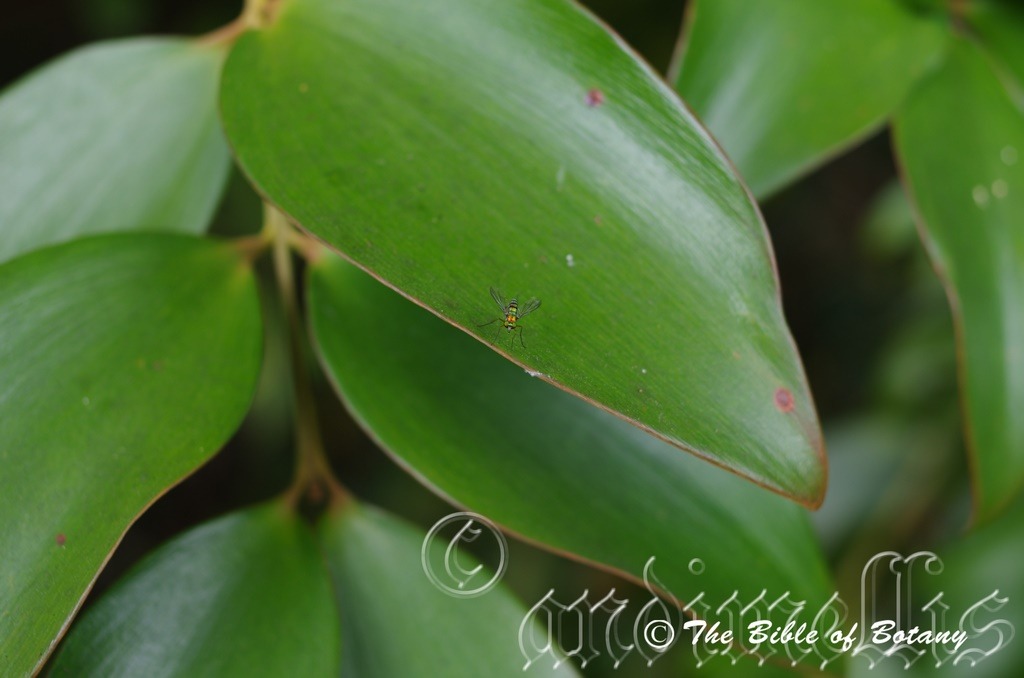
Kedron Creek Brookside Qld.
Agathis robusta
Classification:
Class: Pinopsida
Order: Pinales
Family: Aracariaceae
Genus: From Agathos, which is Ancient Greek for a ball of threads. It refers to the catkins of the female flowers which are more cylindrical than other gymnosperms.
Specie: From Robustum, which is Latin for strong and hard as in Oak. It refers to timbers, trunks, branches or stems which are hard and strong.
Sub specie:
Common Name: Queensland Karri Pine.
Distribution:
Agathis robusta is found south from Cooktown to Marybough and Fraser Island in eastern Queensland, It is found on and east of the Great Dividing Range to the coast.
https://avh.ala.org.au/occurrences/search?taxa=Agathis+robusta#tab_mapView
Habitat Aspect Climate:
Agathis robusta prefer full sun to dappled shade, starting life in full shade. It is found in drier tropical rainforests and warm sub tropical rainforests.
The temperatures range from 5 degrees in July to 38 degrees in January.
The rainfalls range from lows of 950mm to 3200mm average per annum.
Soil Requirements:
Agathis robusta prefer better quality coarse sands to medium clays. The soils are usually derived from decomposed sandstones granites, brown basalts, black basalts, shales, metamorphic rocks, alluvial deposits or accumulated peaty beach sands. The soil’s pH ranges from 5pH to 6.5pH. It does not tolerate waterlogged soils. None saline soils to moderately saline soils are tolerated.
Height & Spread:
Wild Plants: 25m to 50m by 8m to 18m.
Characteristics:
Agathis robusta grows as a tall single trunked tree with the trunk being at least 70mm of its height where it is found in rainforests. The outer bark is a dull, grey, glabrous, scaly or flaky while the inner bark is pink to mushroom. Branchlets are similar to the trunk. Juvenile branchlets are glabrous and mid sea-green to deep sea-green.
The opposite or sub opposite leaves of Agathis robusta are arranged spirally. The elliptical to oblong-lanceolate leaves measure 50mm to 130mmin length by 12mm to 42mm in width. The base is rounded to broadly cuneate, while the apex is broadly acute. The concolourous leaves are sea-green to deep sea-green. The leaf margins are entire while the laminas are flat to slightly recurve from the mid vein to the margins. The mid vein and main longitudinal veins are inconspicuous on both laminas. Young leaves are a glossy bronze and often covered in fine white sericeous hairs. The petiole measures 3mm to 10mm in length.
Agathis robusta are monoecious meaning the male and female cones are produced separately on the same tree. The male cones are born on a cylindrical spike from the terminal shoots. The spikes measure 50mm to 100mm in length by 10mm to 15mm in diameter. There are over 500 persistent scales which will accumulate beneath mature trees long after they have been discarded.
The globose female cones are born on an auxiliary shoot and measure 35mm to 40mm in length by 42mm to 45mm in diameter. They remain on the trees for up to 18 months before disintegrating and dispersing the seeds. The cones have 340 to 440 scales and measure 70mm to 80mm in length by 85mm to 105mm in diameter. The peduncle measures 3mm to 4.5mm in length. The seeds are woody, flat, triangular scales which measure 28mm to 30mm in length by 28mm to 30mm in width by 8mm to 12 mm in depth. Agathis robusta cones mature from July to September.
Wildlife:
Agathis robusta’s wildlife is unknown to the author.
Cultivation:
It would make an good fire retardant large tree.
* Fire retardant plants act as radiant heat screens and absorb more heat from an approaching fire without burning.
* Fire retardant trees are able reduce wind speed near a house or out buildings.
* Fire retardant also trap embers and sparks carried by the wind.
* Fire retardant ground covers are able to catch burning embers without catching fire themselves, and also slow the travel of a fire through debris and litter on the ground.
Agathis robusta is a beautiful erect growing tree that looks great in large gardens or parks where it has adapted to cultivation as far south as Melbourne and Adelaide and cooler areas like Canberra. Once it is established they can handle temperatures as low as minus 6.They can be used as a feature plant or in the center of a bush gardens or stand-alone to show their majestic shape and beautiful foliage. The trees are best planted in small groups. The main feature of mature trees is the straight bole of the trunk with its motley mushroom coloured inner bark.
Agathis robusta is well suited to planting in groves or avenue planting as its roots are non invasive. A problem does exist with the dropping of its cones.
It is great to break up horizontal lines along very long driveways or to create a rainforest in drier areas as they require less frequent watering. They would be a good choice for a shade tree west of the Great Dividing Range in semi arid gardens where adequate water can be guaranteed. They can be used to great affect where a dry creek bed is the theme by using them to mark out the banks.
Propagation:
Seeds: Agathis robusta seeds can be sown directly into a deep tray using a good quality seed raising mix. Alternatively place 2 seeds into a 500mm native tube. Cover the seeds to a depth of 5mm and water thoroughly. Germination can be erratic. Place the trays in a warm semi shaded position.
When the seedlings are 25mm to 50mm tall, prick them out and plant them into 50mm native tubes using a seed raising mix.
Once the seedlings reach 170mm to 200mm in height plant them out into their permanent position. Mass plantings can be achieved with spacings of 12 meters or plant at 15 meters spacings for avenues or groves.
Fertilize using Seaweed, fish emulsion or organic chicken pellets soaked in water on an alternate basis. Fertilize every two months until the plants are established then twice annually in early September to March to maintain health, vitality and better vigor.
Further Comments from Readers:
Hi reader, it seems you use The Bible of Botany a lot. That’s great as we have great pleasure in bringing it to you! It’s a little awkward for us to ask, but our first aim is to purchase land approximately 1,600 hectares to link several parcels of N.P. into one at The Pinnacles NSW Australia, but we need your help. We’re not salespeople. We’re amateur botanists who have dedicated over 30 years to saving the environment in a practical way. We depend on donations to reach our goal. If you donate just $5, the price of your coffee this Sunday, We can help to keep the planet alive in a real way and continue to bring you regular updates and features on Australian plants all in one Botanical Bible. Any support is greatly appreciated. Thank you.
In the spirit of reconciliation we acknowledge the Bundjalung, Gumbaynggirr and Yaegl and all aboriginal nations throughout Australia and their connections to land, sea and community. We pay our respect to their Elders past, present and future for the pleasures we have gained.
Agiortia cicatricata
Classification:
Class: Eudicots
Unranked: Asterids
Order: Ericalales
Family: Ericaceae
Genus: From Agiotus, which is Ancient Greek for twisted. It refers to stems or branches, which are twisted.
Specie: From Cica, which may be Latin for a scar and Tricatus which is Latin for tangled. It may refer to stems which are somewhat tangled and have the scars of fallen leaves.
Sub specie:
Common Name:
Distribution:
Agiortia cicatricata is found in a few isolated populations from near the Queensland, New South Wales border south to Combtone.
https://avh.ala.org.au/occurrences/search?taxa=Agiortia+cicatricata#tab_mapView
Habitat Aspect Climate:
Agiortia cicatricata prefers dappled sun to full sun. It grows as a small dense shrub on exposed plateaus at higher elevations in the open or amongst other shrubs. The altitude ranges from 550 meters ASL to 980 meters ASL
The temperatures range from lows of minus 6 degrees in July to 30 degrees in January.
The rainfalls range from lows of 750mm to an average of 1200mm annually.
Soil Requirements:
Agiortia cicatricata prefers deep, sandy loams, light fatty clays to gritty medium clays. The soils are usually derived from decomposed sandstones, granites, brown basalts, black basalts, shales or metamorphic rocks. The soil’s pH ranges from 4.5pH to 6.5pH. It does not tolerate waterlogged soils. None saline soils to moderately saline soils are tolerated.
Height & Spread:
Wild Plants: 0.4m to 0.6m by 0.3m to 0.6m
Characteristics:
The larger stems of Agiortia cicatricata are grey, scarred and erect. The smaller stems and juvenile stems are both finely scarred and covered in white hispid hairs. Juvenile branchlets are olive green.
Agiortia cicatricata’s crowded leaves are lanceolate oblong to oblong-elliptical or narrow elliptical. They measure 10mm to 16.5mm in length by 1.5mm to 2.5mm in width. The base is rounded to truncate while the apex is broadly acute with a short, rigid, pungent spine. The discolorous leaves are glabrous, dull to semi glossy and deep green on the upper laminas while the lower laminas are glaucous. The juvenile foliage is bright glossy grass-green with a tan tinge. The 6 to 10 strongly striated veins are prominent on the lower lamina and are not visible on the upper lamina. The laminas are stiff, coriaceous and strongly convex on the upper surface. The margins are entire. The petiole measures 0.5mm to 1.5mm in length
The inflorescences of Agiortia cicatricata are born solitarily or on short crowded spikes from below where the branchlets divide. The pedicels are pinkish-grey. There are 3 to 7 individual, erect, white flowers on a spike. The rachis measures 7mm to 12mm in length while the pedicels measure 1mm to 2.5mm in length.
The individual flowers measure 4mm to 7mm in length by 4mm to 7mm in diameter. The 5 off white to pale fawn, papery bracts cover the pedicels and have an obtuse apex. They measure 1.8mm to 2.4mm in length. The 5 broadly acute off white to pale fawn sepals measure 2.7mm to 3.6mm in length. The white campanulate corolla tubes are sparsely covered in white puberulent hairs internally near the lobes and measure 2.2mm to 3mm in length by 2mm to 2.5mm in diameter. The 5 lobes are sparsely covered in white puberulent hairs internally. The divaricate lobes measure 2.5mm to 3mm in length. The apexes are broadly acute.
The 5 fawn to pale brown stamens measure are opposite the lobes with the anthers being exserted.
The 7 to 9 locular ovary is sparsely covered in white puberulent hairs. The stout style is white with a pale yellow stigma and measures 2mm to 2.5mm in length. Agiortia cicatricata’s fragrant flowers appear from August to September.
Agiortia cicatricata’s fruit is a depressed globose berry. The glossy green, slightly scurfy, succulent berries turn scarlet red to crimson red when ripe. The berries measure 3.8mm to 5.2mm in length by 5mm to 7mm in diameter. The bracts, sepals and style are persistent on the fruits at maturity.
Wildlife:
The wildlife which is dependent upon is Agiortia cicatricata are small fruit eating birds like Silver Eyes, and the brown Honey Eater which have been observed by the author feasting on the fruits.
Cultivation:
Agiortia cicatricata is a magnificent small shrub for gardens on sandy loams through to light clays at least as far south as Hobart below the snow lines. It can be grown in full sun to light shade and is most suitable to coastal gardens in temperate to cool sub-tropical areas. It is average to slow growing plants that will attain 0.6 meter to 1 meter in height by 0.4 meter to 0.8 meters in diameter when cultivated in the open.
It is most suitable for use around swimming pools, courtyards, besides pathways, shady rockeries, along sandy clay banks or along drive ways or adjacent to natural bush gardens. Mass plantings of 5 or more plants even in small areas; really do the plants justification especially when it is in fruit. They lend themselves magnificently to either formal or informal situations and are relatively long lived. Plants can be lightly pruned following flowering.
Medium fish or frog ponds will benefit from Agiortia cicatricata. When mass planted in the background the perfume from the flowers is very powerful, especially in areas where the scent can linger or waft through the house. Cut flowers last for long periods indoors as does the scent.
If it is placed around a pool, courtyards or other confined spaces then plant them in small groups or scatter plant them for a more informal natural look against walls to help soften them. Using rocks and small boulders can make the pool or any water feature appear like an oasis. The leaves and flowers can make a great start for the larger heath setting.
This plant would make an excellent bonsai specimen.
Propagation:
Seeds: Agiortia cicatricata seeds can be sown directly into a deep tray using a good quality seed raising mix. Cover the seeds to a depth of 2mm and water thoroughly. Germination can be erratic. Place the trays in a warm semi shaded position. Do not over water as they have a tendency to damp off under wet shady conditions.
When the seedlings are 25mm to 50mm tall, prick them out and plant them into 50mm native tubes using a seed raising mix.
Once the seedlings reach 150mm to 200mm in height plant them out into their permanent position. Mass plantings can be achieved with spacing of 2 meters or plant at 1.5 meters spicing for hedges.
Fertilize using Seaweed, fish emulsion or organic chicken pellets soaked in water on an alternate basis. Fertilize every two months until the plants are established then twice annually in early September to March to maintain health, vitality and better flowering and better quality fruit.
Further Comments from Readers:
Hi reader, it seems you use The Bible of Botany a lot. That’s great as we have great pleasure in bringing it to you! It’s a little awkward for us to ask, but our first aim is to purchase land approximately 1,600 hectares to link several parcels of N.P. into one at The Pinnacles NSW Australia, but we need your help. We’re not salespeople. We’re amateur botanists who have dedicated over 30 years to saving the environment in a practical way. We depend on donations to reach our goal. If you donate just $5, the price of your coffee this Sunday, We can help to keep the planet alive in a real way and continue to bring you regular updates and features on Australian plants all in one Botanical Bible. Any support is greatly appreciated. Thank you.
In the spirit of reconciliation we acknowledge the Bundjalung, Gumbaynggirr and Yaegl and all aboriginal nations throughout Australia and their connections to land, sea and community. We pay our respect to their Elders past, present and future for the pleasures we have gained.
Agiortia pedicellata
Classification:
Class: Eudicots
Unranked: Asterids
Order: Ericalales
Family: Ericaceae
Genus: Probably from Agiotus, which is Ancient Greek for twisted. It refers to stems or branches, which are twisted.
Specie: From Pous, which is Ancient Greek or Pes/Pedi, which is Latin for a little foot or feet. It refers to flowers, which have very short pedicels which are almost subsessile.
Sub specie:
Common Name:
Distribution:
Agiortia pedicellata is found in a few isolated populations south from near Rockhampton in central coastal Queensland to Lismore in north eastern New South Wales.
https://avh.ala.org.au/occurrences/search?taxa=Agiortia+pedicellata#tab_mapView
Habitat Aspect Climate:
Agiortia pedicellata prefers dappled sun to full sun. It grows in open woodlands, coastal heathlands or Eucalyptus forests. The altitude ranges from 5 meters ASL to 60 meters ASL
The temperatures range from lows of 2 degrees in July to 36 degrees in January.
The rainfalls range from lows of 900mm to an average of 2000mm annually.
Soil Requirements:
Agiortia pedicellata prefers pure white sands, light to medium gritty clay loams. The soils are usually derived from decomposed brown basalts, black basalts or accumulated peaty beach sands. The soil’s pH ranges from 4.5pH to 6.5pH. It does not tolerate waterlogged soils. None saline soils to moderately saline soils are tolerated.
Height & Spread:
Wild Plants: 0.6m to 1.2m by 0.5m to 0.8m.
Characteristics:
The stems of Agiortia pedicellata are brown and erect. The stems are scabrous with the juvenile stems being both scabrous and sparsely covered in white puberulent hairs. Juvenile branchlets are deep green.
Agiortia pedicellata‘s crowded leaves are oblong to oblong-elliptical or narrow elliptical. They measure 7mm to 23mm in length by 2mm to 5mm in width. The base is rounded while the apex is broadly acute with a rigid, pungent spine. The discolourous leaves are glabrous, dull to semi glossy and deep grass-green on the upper laminas while the lower laminas are glaucous. The juvenile foliage is bright glossy grass-green with a tan tinge. The 7 to 15 striated veins are slightly prominent on the lower lamina and are not visible on the upper lamina. The laminas are coriaceous and strongly convex on the upper surface. The margins are entire. The petiole measures 0.6mm to 1.2mm in length
The inflorescences of Agiortia pedicellata are born solitarily or on short spikes from the leaf axils. The pedicels are pinkish-purple and densely covered in white scabrous scales. There are 5 to 17 individual white flowers on a spike. The rachis measures 10mm to 35mm in length while the pedicels measure 2mm to 3mm in length.
The individual flowers measure 4mm to 6mm in length by 3mm to 5mm in diameter. The 5 papery fawn bracts cover the pedicels and have a broad acute apex. They measure 0.9mm to 1.4mm in length. The 5 broadly acute pale yellow-green sepals measure 1.2mm to 1.7mm in length. The white campanulate corolla tubes are sparsely covered in white puberulent hairs and measure 1.8mm to 2.5mm in length by 2mm to 2.5mm in diameter. The 5 lobes are sparsely covered in white puberulent hairs externally and long white villous hairs internally. The divaricated lobes measure 1.2mm to 2.5mm in length. The apexes are acute.
The 5 fawn to pale brown stamens measure are opposite the lobes and are slightly exerted.
The 7 to 9 locular ovary is sparsely covered in white puberulent hairs. The stout style is white with a pale yellow stigma. Agiortia pedicellata‘s fragrant flowers appear from August to September.
Agiortia pedicellata‘s fruit is a depressed globose berry. The glossy green succulent berries turn red when ripe. The berries measure 3mm to 5mm in length by 3mm to 5mm in diameter. The bracts, sepals and style are persistent on the fruits at maturity.
Wildlife:
The wildlife which is dependent upon is Agiortia pedicellata are small fruit eating birds like Silver Eyes, and the New Holland Honey Eater which have been observed by the author feasting on the fruits.
Cultivation:
Agiortia pedicellata is a magnificent shrub for gardens on sandy loams through to medium clays at least as far south as Wollongong. It can be grown in full sun to light shade and is most suitable to coastal gardens in warm temperate to cool tropical areas. It is an average growing plants that will attain 1 meter to 1.5 meters in height by 0.8 meter to 1.2 meters in diameter when cultivated in the open.
It is most suitable for use around swimming pools, courtyards, besides pathways, shady rockeries, along sandy clay banks or along drive ways or adjacent to natural bush gardens. Mass plantings of 5 or more plants even in small areas; really do the plants justification especially when it is in flower. They lend themselves magnificently to either formal or informal situations and are relatively long lived. Plants can be lightly pruned following flowering.
Medium fish or frog ponds will benefit from Agiortia pedicellata. When mass planted in the background the perfume from the flowers is very powerful, especially in areas where the scent can linger or waft through the house. Cut flowers last for long periods indoors as does the scent.
If it is placed around a pool, courtyards or other confined spaces then plant them in small groups or scatter plant them for a more informal natural look against walls to help soften them. Using rocks and small boulders can make the pool or any water feature appear like an oasis. The leaves and flowers can make a great start for the larger heath setting.
This plant would make an excellent bonsai specimen.
To sum up Agiortia pedicellata has a great future in cultivation.
Propagation:
Seed: Agiortia pedicellata seeds can be sown directly into a deep tray using a good quality seed raising mix. Cover the seeds to a depth of 2mm and water thoroughly. Germination can be erratic. Place the trays in a warm semi shaded position. Do not over water as they have a tendency to damp off under wet shady conditions.
When the seedlings are 25mm to 50mm tall, prick them out and plant them into 50mm native tubes using a seed raising mix.
Once the seedlings reach 150mm to 200mm in height plant them out into their permanent position. Mass plantings can be achieved with spacing’s of 2 meters or plant at 1.5 meters spacing’s for a hedge.
Fertilize using Seaweed, fish emulsion or organic chicken pellets soaked in water on an alternate basis. Fertilize every two months until the plants are established then twice annually in early September to March to maintain health, vitality and better flowering and better quality fruit.
Further Comments from Readers:
Hi reader, it seems you use The Bible of Botany a lot. That’s great as we have great pleasure in bringing it to you! It’s a little awkward for us to ask, but our first aim is to purchase land approximately 1,600 hectares to link several parcels of N.P. into one at The Pinnacles NSW Australia, but we need your help. We’re not salespeople. We’re amateur botanists who have dedicated over 30 years to saving the environment in a practical way. We depend on donations to reach our goal. If you donate just $5, the price of your coffee this Sunday, We can help to keep the planet alive in a real way and continue to bring you regular updates and features on Australian plants all in one Botanical Bible. Any support is greatly appreciated. Thank you.
In the spirit of reconciliation we acknowledge the Bundjalung, Gumbaynggirr and Yaegl and all aboriginal nations throughout Australia and their connections to land, sea and community. We pay our respect to their Elders past, present and future for the pleasures we have gained.
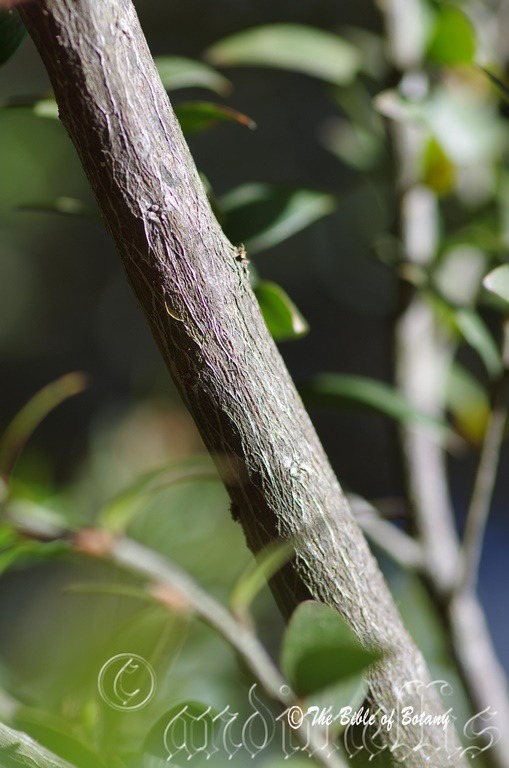
The Pinnacles NSW
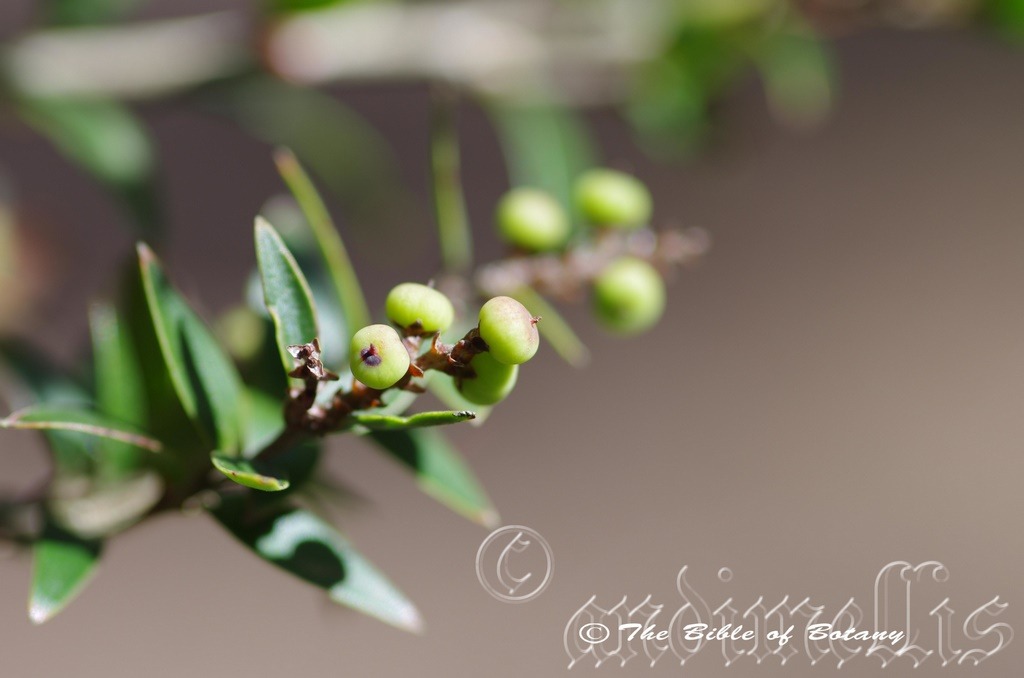
The Pinnacles NSW
Agiortia pleiosperma
Classification:
Class: Eudicots
Unranked: Asterids
Order: Ericalales
Family: Ericaceae
Genus: Probably from Agiotus, which is Ancient Greek for twisted. It refers to stems or branches, which are twisted.
Specie: From Pleion, which is Ancient Greek for more than one and Sperma, which is Ancient Greek for a seed. It refers to plants, which have more than one seed in each ovary.
Sub specie:
Common Name:
Distribution:
Agiortia pleiosperma is found in a few isolated areas west of Mount Morgan, in the Carnarvon Gorge National Park and Expedition National Park, along the Condamine River in Queensland to near Wooli and north east of Grafton in north eastern New South Wales.
https://avh.ala.org.au/occurrences/search?taxa=Agiortia+pleiosperma#tab_mapView
Habitat Aspect Climate:
Agiortia pleiosperma prefers dappled sun to full sun. It grows in open woodlands open Eucalyptus forests or heaths. The altitude ranges from 10 meters ASL to 500 meters ASL
The temperatures range from lows of minus 1 degree in July to 40 degrees in January.
The rainfalls range from lows of 500mm to an average of 1400mm annually.
Soil Requirements:
Agiortia pleiosperma prefers sandy loams, light fatty clays to medium clays. The soils are usually derived from decomposed sandstones, granites or heavy alluvial deposits. The soil’s pH ranges from 5pH to 6.5pH. It does not tolerate water logged soils. None saline soils to moderately saline soils are tolerated.
Height & Spread:
Wild Plants: 0.3m to 0.8m by 0.5m to 1m.
Characteristics:
The trunks of Agiortia pleiosperma are brown and erect. The stems are scabrous while the juvenile stems are sparsely covered in white puberulent hairs. Juvenile branchlets are deep green.
The crowded leaves are oblong or elliptical. They measure 3.5mm to 18mm in length by 1.5mm to 5mm in width. The base is rounded while the apex is broadly acute with a short blunt spine. The discolorous leaves are glabrous, dull to semi glossy and deep green on the upper laminas while the lower laminas are paler to almost glaucous. The juvenile foliage is bright glossy grass-green with a tan tinge. The 7 to 11 faintly striated veins are slightly prominent on the lower lamina and are not visible on the upper lamina. The laminas are coriaceous and almost flat to strongly convex on the upper surface. The margins are entire or finely toothed on the apex half. The petiole measures 0.4mm to 1.5mm in length
The inflorescences of Agiortia pleiosperma are born solitarily or on short spikes from the leaf axils. The pedicels are pinkish-purple and covered in white puberulent hairs. There are 4 to 9 individual white flowers on a spike. The rachis measures 5mm to 10mm in length while the pedicels measure 1mm to 1.5mm in length.
The individual flowers measure 3.5mm to 5mm in length by 3mm to 4.5mm in diameter. The 5 off white to pale fawn papery bracts cover the pedicels and have a broad acute apex. They measure 0.7mm to 1.2mm in length. The 5 broadly acute off white to pale yellow-green sepals measure 1mm to 1.6mm in length. The white campanulate corolla tubes are sparsely covered in white puberulent hairs and measure 1.1mm to 1.8mm in length by 1.5mm to 2mm in diameter. The 5 lobes are sparsely covered in white puberulent hairs externally and covered in white villous hairs internally. The divaricate lobes measure 1.2mm to 1.8mm in length. The apexes are acute.
The 5 white inserted filaments are opposite the lobes with the pale fawn to brown anthers being slightly exserted.
The 7 to 10 locular ovary is sparsely covered in white puberulent hairs. The tapering white style has a pale yellow stigma. The pistils measure 0.6mm to 1mm in length. Agiortia pleiosperma’s fragrant flowers appear from August to September.
Agiortia pleiosperma‘s fruit is a depressed globose berry. The glossy green succulent berries turn red when ripe. The berries measure 3mm to 3.6mm in length by 4mm to 5.2mm in diameter. The bracts, sepals and style are persistent on the fruits at maturity.
Wildlife:
The wildlife which is dependent upon is Agiortia pleiosperma are small fruit eating birds like Silver Eyes, Lewin Honeyeater and the Brown Honeyeater have been observed by the author feasting on the fruits.
Cultivation:
Agiortia pleiosperma is a magnificent shrub for gardens on sandy loams through to medium clays at least as far south as Woollongong. It can be grown in full sun to light shade and is most suitable to coastal gardens in warm temperate to cool tropical areas. It is an average growing plants that will attain 0.5 meter to 0.6 meters in height by 0.5 meter to 0.7 meters in diameter when cultivated in the open.
It is most suitable for use around swimming pools, courtyards, besides pathways, shady rockeries, along sandy clay banks or along drive ways or adjacent to natural bush gardens. Mass plantings of 5 or more plants even in small areas; really do the plants justification especially when it is in flower. They lend themselves wonderfully to either formal or informal situations and are relatively long lived. Plants can be lightly pruned following flowering.
Medium fish or frog ponds will benefit fromAgiortia pleiosperma. When mass planted in the background the perfume from the flowers is very powerful, especially in areas where the scent can linger or waft through the house. Cut flowers last for long periods indoors as does the scent.
If it is placed around a pool, courtyards or other confined spaces then plant them in small groups or scatter plant them for a more informal natural look against walls to help soften them. Using rocks and small boulders can make the pool or any water feature appear like an oasis. The leaves and flowers can make a great start for the larger heath setting.
Propagation:
Seed: Agiortia pleiosperma seeds can be sown directly into a deep tray using a good quality seed raising mix. Cover the seeds to a depth of 2mm and water thoroughly. Germination can be erratic. Place the trays in a warm semi shaded position. Do not over water as they have a tendency to damp off under wet shady conditions.
When the seedlings are 25mm to 50mm tall, prick them out and plant them into 50mm native tubes using a seed raising mix.
Once the seedlings reach 150mm to 200mm in height plant them out into their permanent position. Mass plantings can be achieved with spacing’s of 1 meters or plant at 0.8 meters spacings for a low hedge.
Fertilize using Seaweed, fish emulsion or organic chicken pellets soaked in water on an alternate basis. Fertilize every two months until the plants are established then twice annually in early September to March to maintain health, vitality and better flowering and better quality fruit.
Further Comments from Readers:
Hi reader, it seems you use The Bible of Botany a lot. That’s great as we have great pleasure in bringing it to you! It’s a little awkward for us to ask, but our first aim is to purchase land approximately 1,600 hectares to link several parcels of N.P. into one at The Pinnacles NSW Australia, but we need your help. We’re not salespeople. We’re amateur botanists who have dedicated over 30 years to saving the environment in a practical way. We depend on donations to reach our goal. If you donate just $5, the price of your coffee this Sunday, We can help to keep the planet alive in a real way and continue to bring you regular updates and features on Australian plants all in one Botanical Bible. Any support is greatly appreciated. Thank you.
In the spirit of reconciliation we acknowledge the Bundjalung, Gumbaynggirr and Yaegl and all aboriginal nations throughout Australia and their connections to land, sea and community. We pay our respect to their Elders past, present and future for the pleasures we have gained.
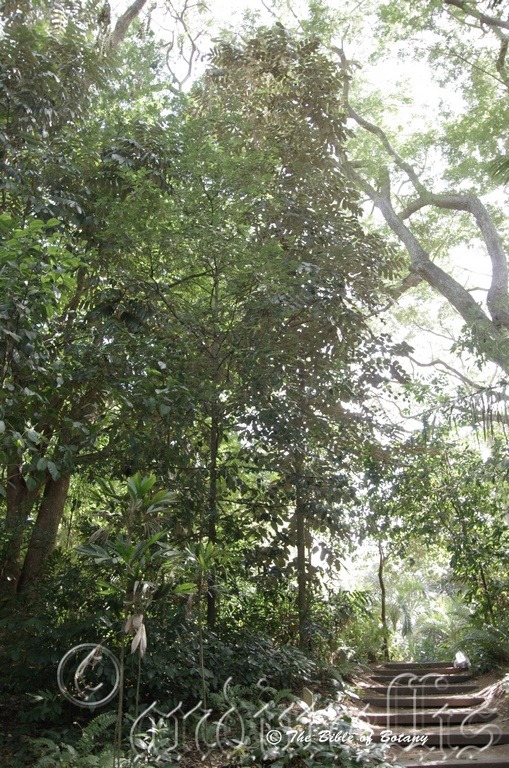
Anderson Botanic Gardens Townsville Qld.
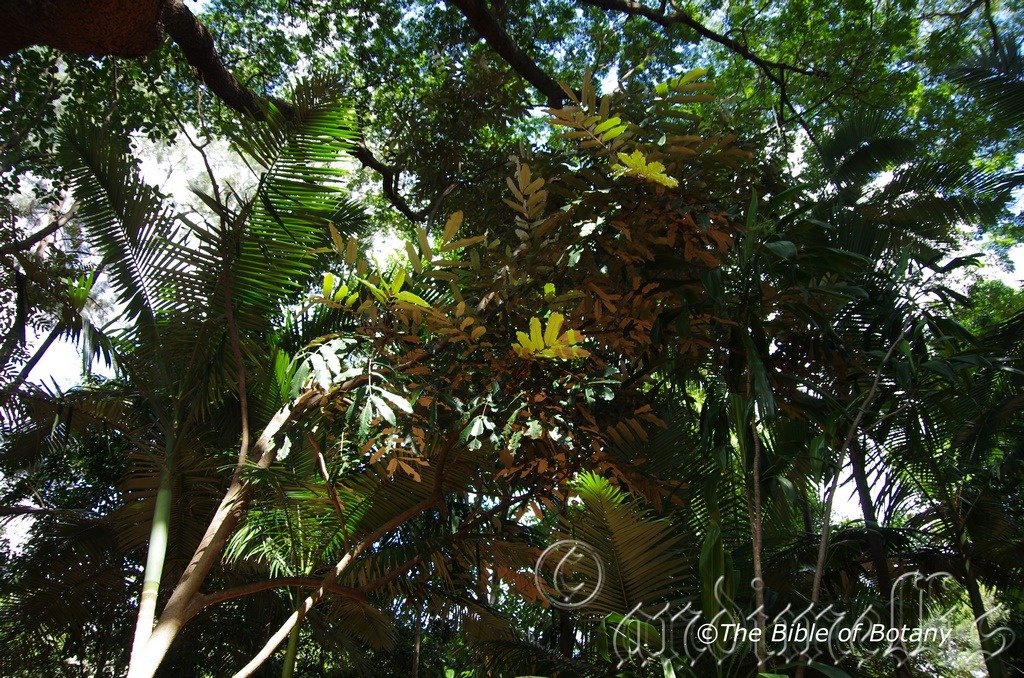
Anderson Botanic Gardens Townsville Qld.
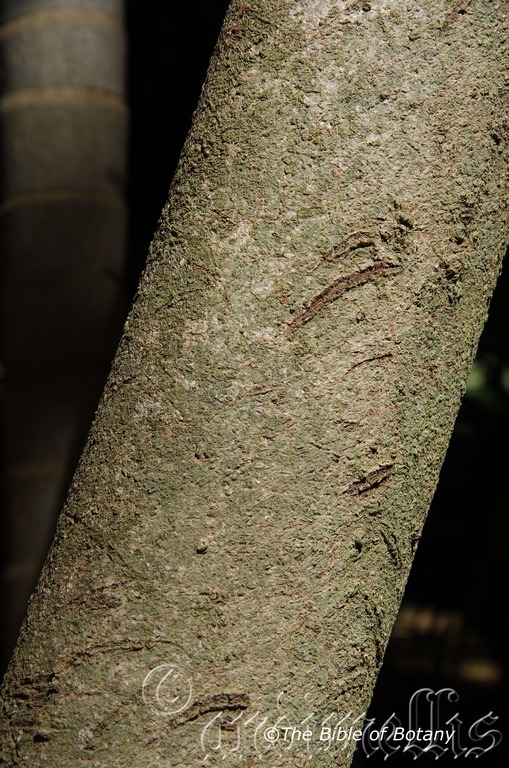
Anderson Botanic Gardens Townsville Qld.
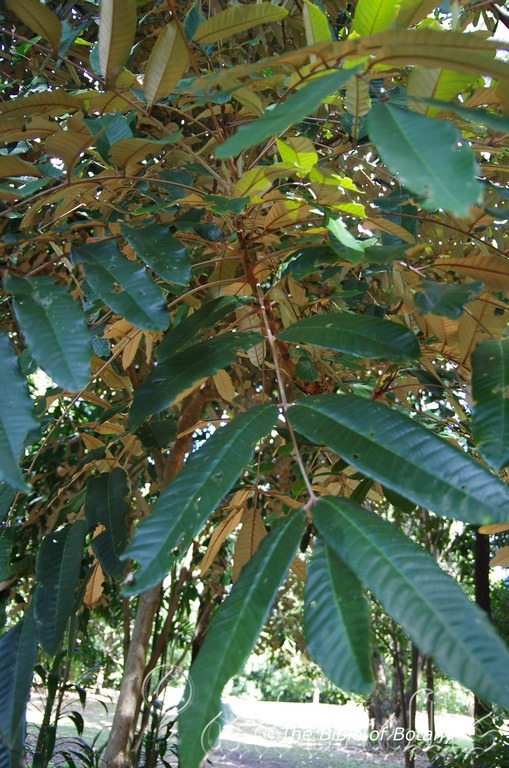
Anderson Botanic Gardens Townsville Qld.
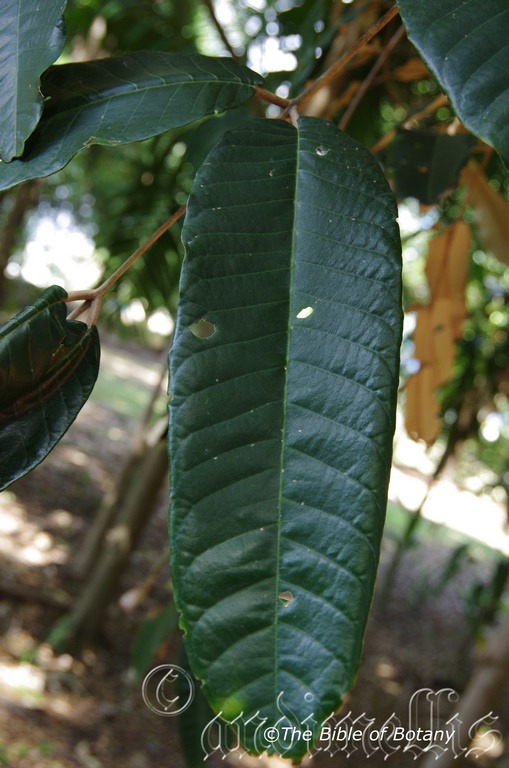
Anderson Botanic Gardens Townsville Qld.
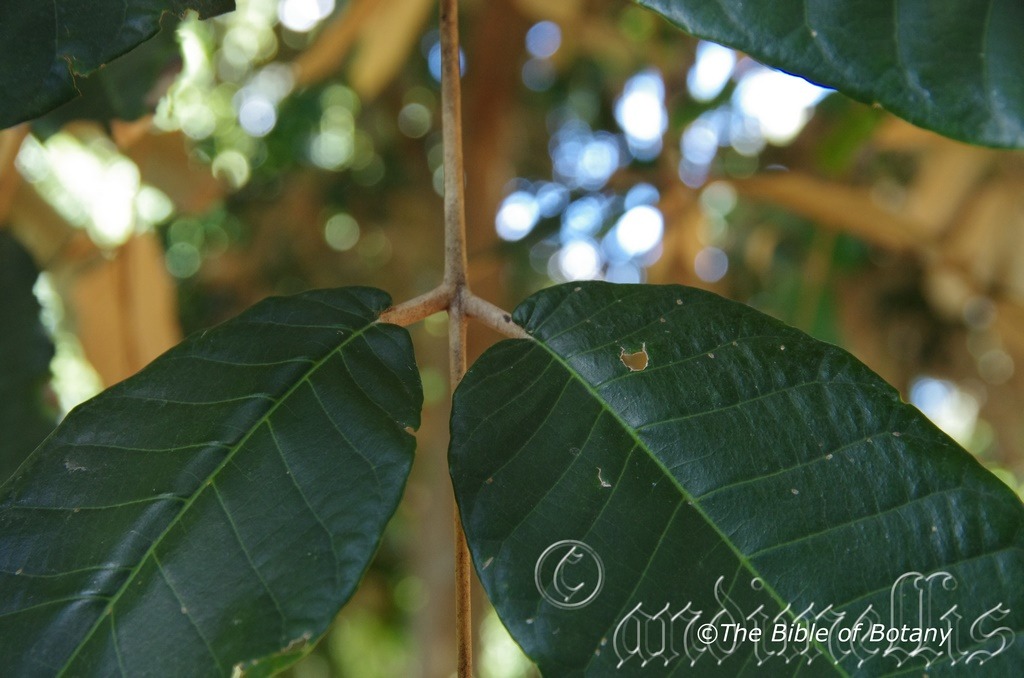
Anderson Botanic Gardens Townsville Qld.
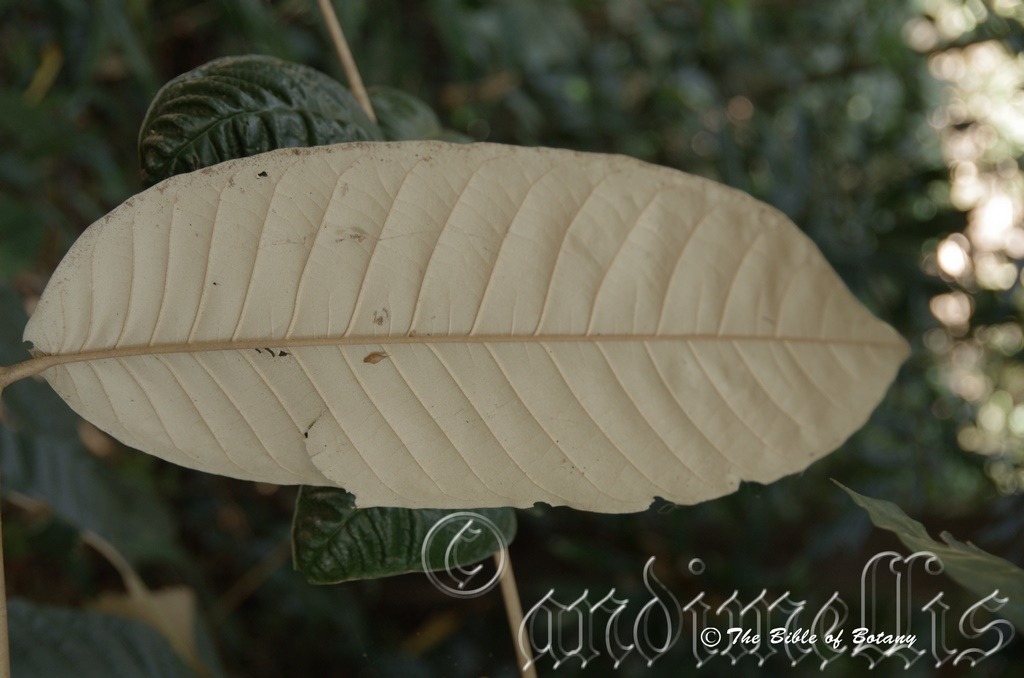
Anderson Botanic Gardens Townsville Qld.
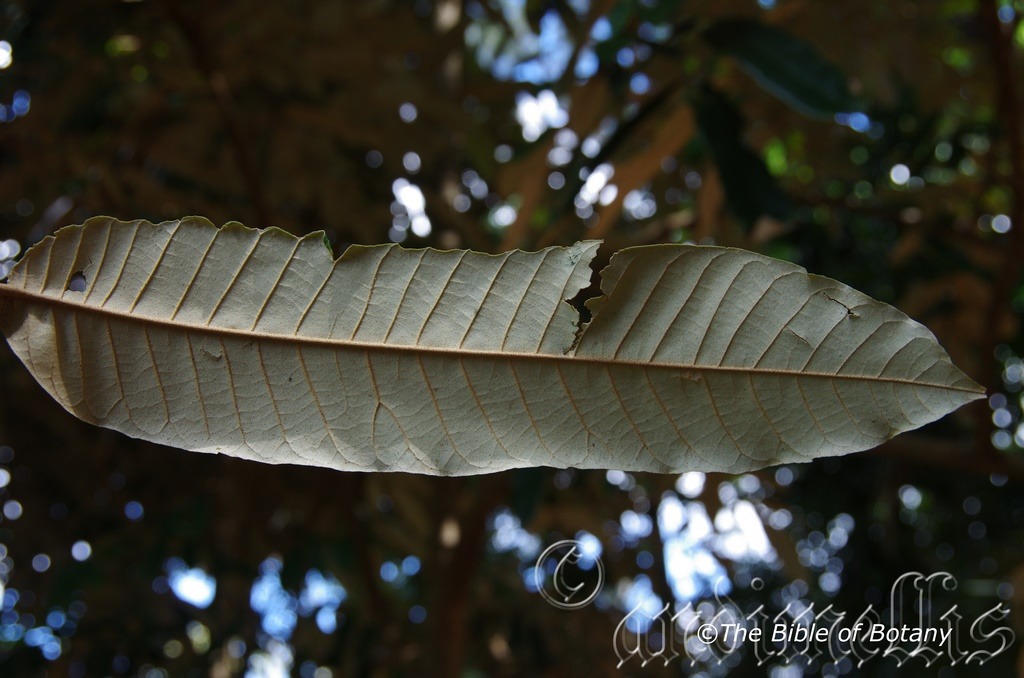
Anderson Botanic Gardens Townsville Qld.
Aglaia argentea
Classification:
Class: Eudicots
Unranked: Asterids
Order: Sapindales
Family: Meliaceae
Genus: From Aglaios, which is Ancient Greek for one of the three graces of Greek Mythology, namely the goddess of fertility and charm. It refers to flowers, which have a distinctly splendid charm about them.
Specie: From Argillos, which is Greek and later Latin for silver. It refers to structures or organs, which are silvery.
Sub specie:
Common Name: Silver Boodyarra.
Distribution:
Aglaia argentea is found naturally south from the Iron Range National Park to west of Cairns in several disjunct populations in far north Queensland.
https://avh.ala.org.au/occurrences/search?taxa=Aglaia+argentea#tab_mapView
Habitat Aspect Climate:
Aglaia argentea prefer full sun to light shade. It grows in well-developed low land rainforests, littoral rain forests or estuarine rain forests. The altitude ranges from 3 meters ASL to 150 meters ASL
The temperatures range from 12 degrees in July to 39 degrees in January.
The rainfalls range from lows of 1550mm to an average of 3600mm annually.
Soil Requirements:
Aglaia argentea prefers better quality deep, light fatty clays to medium clays or light silts to heavy silts. The soils are usually derived from decomposed black basalts or alluvial deposits. The soil’s pH ranges from 5.5pH to 7pH. It tolerates seasonal waterlogged soils. Non saline soils to very saline soils are tolerated.
Height & Spread:
Wild Plants: 14m to 30m by 8m to 18m.
Characteristics:
Aglaia argentea’s bark is pale brown to fawn and erect with the first branches appearing above the half way mark. The trunk is covered in fine, irregular, longitudinal furrows. Older trees are covered in lichens while the main branches are covered in lenticels. The branchlets are deep green as they approach the terminals. The juvenile branchlets are mid green to lime-green. The branchlets are densely covered in rusty brown pubescent hairs.
The even pinnate leaves of Aglaia argentea’s vary greatly in shape from broadly elliptical, narrowly ovate, broadly lanceolate-ovate to narrowly deltoid. The pinnate leaves measure 300mm to 1000mm in length. The leaflets measure 50mm to 320mm in length by 15mm to 110mm in width. The petioles, rachis and petiolules are moderately to densely covered in cream to fawn pubescent hairs. The petioles measure 80mm to 180mm in length while the rachis measures 220mm to 800mm in length and the petiolules measure 5mm to 12mm in length. The bases are broadly rounded often slightly asymmetrical while the apexes are broadly obtuse with a prominent broad acuminate tip. The discolourous leaves are deep green and glabrous on the upper lamina while the lower lamina is white, silvery white to fawn and moderately to densely covered in short cream to fawn pubescent hairs. The laminas decurve near the apexes. The leaf margins are entire to very slightly undulating. The laminas are strongly raised between the main veins and lateral veins on the upper surfaces. The main vein and lateral veins are strongly prominent on the lower lamina and are clearly visible from the upper lamina being depressed.
Juvenile plant leaves are shallowly trilobed to 5 lobed and measure 100mm to 180mm in length by 120mm to 180mm in width.
The inflorescence of Aglaia argentea are panicles born from the leaf axils or terminal leaf axil. The panicles contain 100 to 450 individual flowers. The rachis, peduncles, pedunculate and pedicels are yellow-green and moderately to densely covered in fawn to brown pubescent hairs. The rachis measures 100mm to 160mm in length while the peduncles measure 5mm to 50mm in length while the peduncules measure 5mm to 20mm in length and pedicels measure 20mm to 1600mm in length while the pedicels measure 1mm to 3mm in length.
The individual flowers measure 1.5mm to 2.5mm in diameter. The tubular yellow-green calyxes measure 0.7mm to 1.2mm in length. The yellow corolla tubes are sparsely to moderately covered in brown to fawn pubescent hairs and measure 2mm to 4mm in length by 2mm to 4mm in diameter. The copular or shallowly obtuse corolla lobes measure less than 0.5mm in length.
The yellowish staminal tubes measure 1.1mm to 1.3mm in length while the narrowly triangular to linear dorsifixed anthers measure 0.8mm to 1mm by 0.6mm to 0.8mm in width. Flowers appear from January to March.
Aglaia argentea’s fruit is a large globose berry. The pale yellowish-green berries turn creamy pale yellow to creamy-fawn when ripe. The berries are densely covered in white to fawn peltate scales and measure 30mm to 35mm in length by 20mm to 30mm in diameter. The calyx is persistent at the base of the fruits at maturity. The aril is white.
Wildlife:
The wildlife which is dependent upon is Aglaia argentea is unknown to the author.
Cultivation:
It would make an good fire retardant large tree.
* Fire retardant plants act as radiant heat screens and absorb more heat from an approaching fire without burning.
* Fire retardant trees are able reduce wind speed near a house or out buildings.
* Fire retardant also trap embers and sparks carried by the wind.
* Fire retardant ground covers are able to catch burning embers without catching fire themselves, and also slow the travel of a fire through debris and litter on the ground.
Aglaia argentea is a magnificent small tree for gardens on sandy loams through to medium clays at least as far south as Coffs Harbour with plants growing very well in the Brisbane region in frost free zones. It can be grown in full sun to light shade and is very suitable to coastal gardens in warm temperate to cool tropical areas. It is fast growing plants that attain 8 meter to 14 meters in height by 5 meters to 8 meters in diameter when cultivated in the open.
It is best used as a small park tree, placed in the background or planted centrally as a small feature tree in smaller gardens. Placed at the rear of a bush garden their striking silhouette and perfumed flowers will draw your attention so that you will want to investigate further. Plants with small white, pink or lavender flowers and smaller leaves can be used in the mid ground while small white, pink or mauve flowering prostrate shrubs are best in the front.
The trees would make very good accent trees in front of low set commercial or industrial sheds where they will break up hard rigid architectural lines and give warmth and breadth to a building. In front of high rise buildings they give balance especially where they could be grown in curves meandering to the entry doors or for something different used from the front of the path and meander back to the far corners with shrubs or flowers planted between the trees and the building and the trees and the nature strip.
Aglaia argentea’s is a beautiful tree, as a stand-alone specimen as they have a dense crown and provide very good shade for a park like garden. The root system does not appear to be invasive in plants that I have observed in parks and gardens.
The trees will make a good foundation plant for starting a rainforest garden especially if the gardens are sheltered from strong winds which may tear the large leaves if they were in the open and subject to strong winds on a regular basis. The large leaves are very attractive and being semi glossy to glossy will give a rain forest appearance at a very early age. Mass plantings can be achieved with spacing’s of 12 meter to 20 meter centers.
The bark appears to be suitable for hosting both small and large epiphytic ferns and orchids but this will need further investigation by fanciers or someone who knows the plants natural habitat in the environment.
To sum up Aglaia argentea’s has a great future in cultivation.
Propagation:
Seed: Aglaia argentea’s seeds can be sown directly into a deep tray using a good quality seed raising mix. Alternatively place 2 seeds into a 500mm native tube. Cover the seeds to a depth of 5mm and water thoroughly. Germination can be erratic. Place the trays in a warm semi shaded position.
When the seedlings are 25mm to 50mm tall, prick them out and plant them into 50mm native tubes using a seed raising mix.
Once the seedlings reach 170mm to 200mm in height plant them out into their permanent position. Mass plantings can be achieved with spacing’s of 12 meters or plant at 15 meters spacings for avenues or groves.
Fertilize using Seaweed, fish emulsion or organic chicken pellets soaked in water on an alternate basis. Fertilize every two months until the plants are established then twice annually in early September to March to maintain health, vitality and better flowering and better quality fruit.
Further Comments from Readers:
Hi reader, it seems you use The Bible of Botany a lot. That’s great as we have great pleasure in bringing it to you! It’s a little awkward for us to ask, but our first aim is to purchase land approximately 1,600 hectares to link several parcels of N.P. into one at The Pinnacles NSW Australia, but we need your help. We’re not salespeople. We’re amateur botanists who have dedicated over 30 years to saving the environment in a practical way. We depend on donations to reach our goal. If you donate just $5, the price of your coffee this Sunday, We can help to keep the planet alive in a real way and continue to bring you regular updates and features on Australian plants all in one Botanical Bible. Any support is greatly appreciated. Thank you.
In the spirit of reconciliation we acknowledge the Bundjalung, Gumbaynggirr and Yaegl and all aboriginal nations throughout Australia and their connections to land, sea and community. We pay our respect to their Elders past, present and future for the pleasures we have gained.
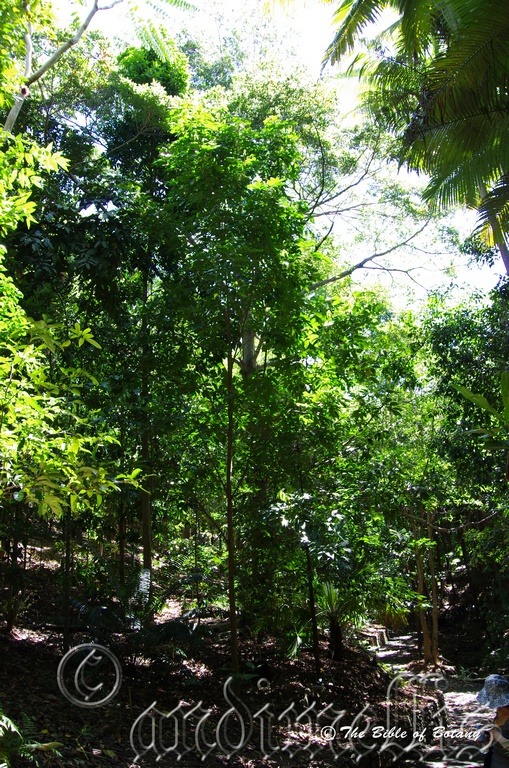
Mount Cootha Botanic Gardens Qld.
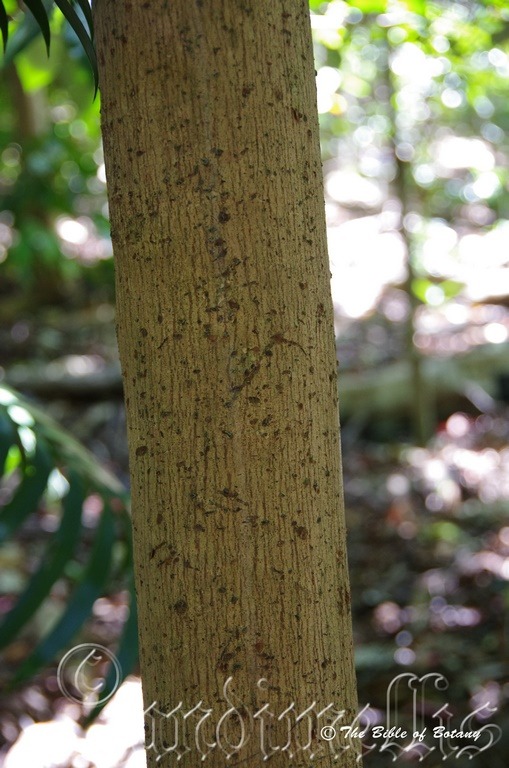
Mount Cootha Botanical Gardens Qld.
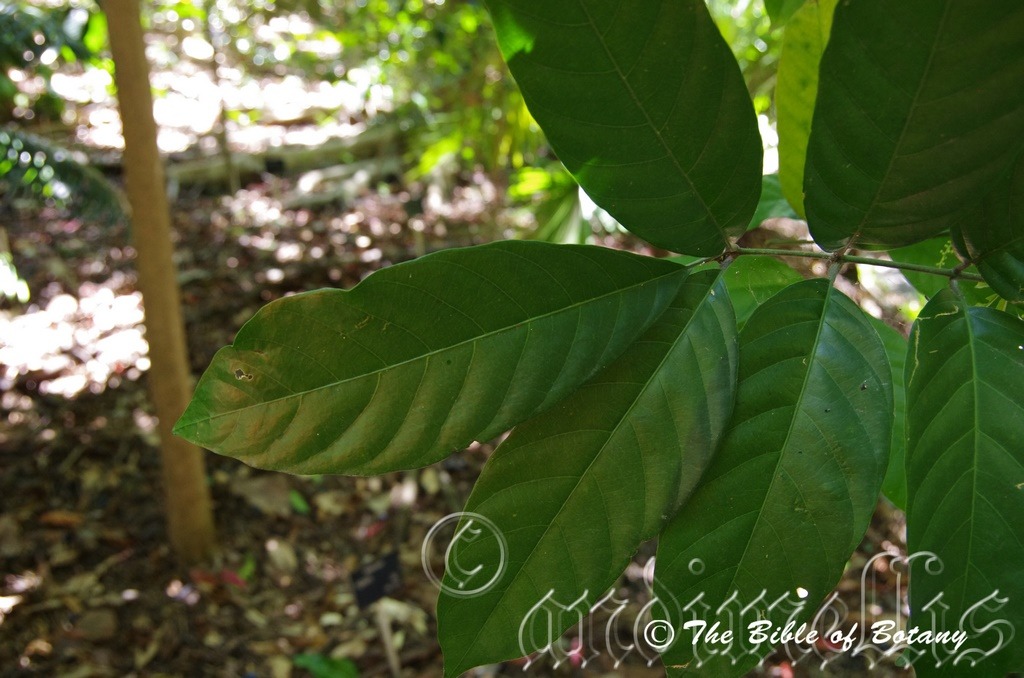
Mount Cootha Botanical Gardens Qld.
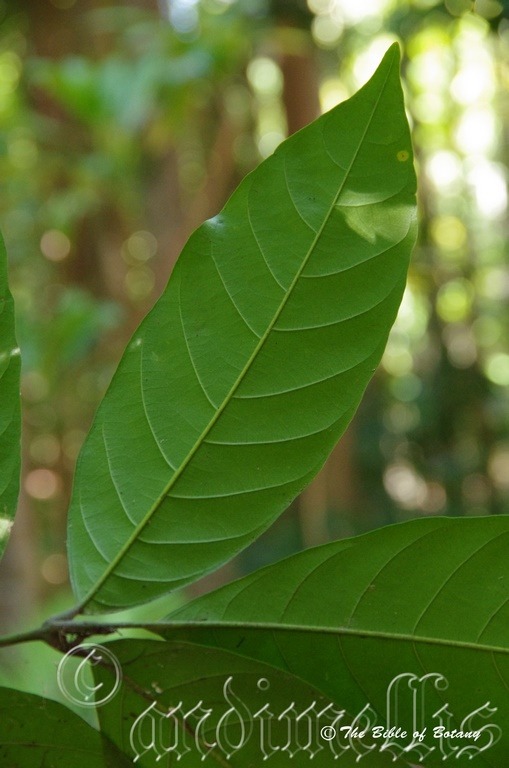
Mount Cootha Botanical Gardens Qld.
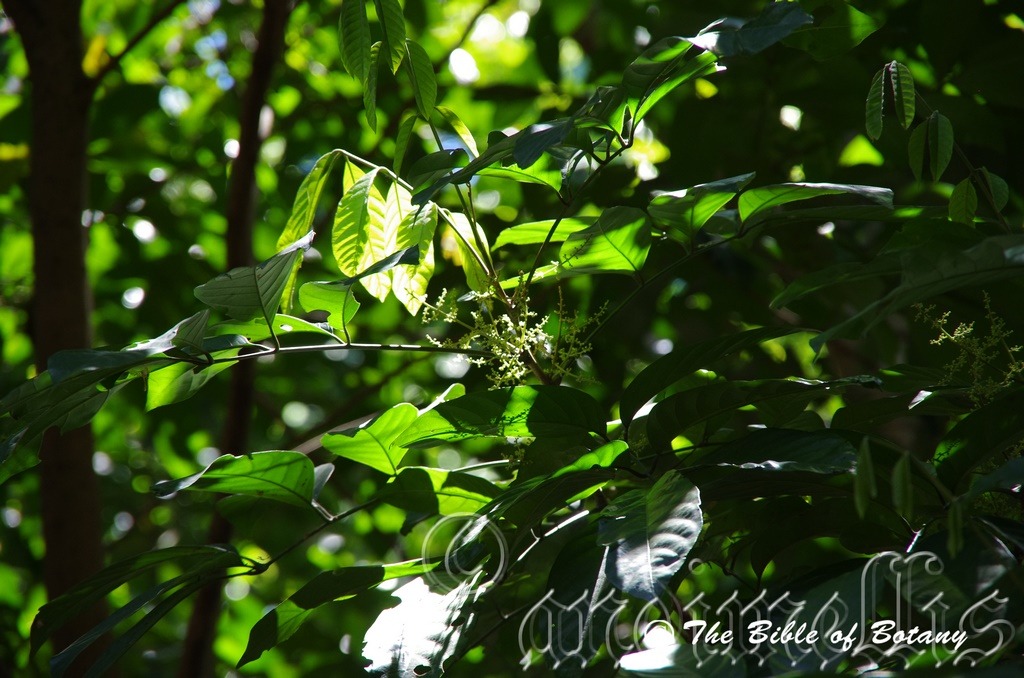
Mount Cootha Botanical Gardens Qld.
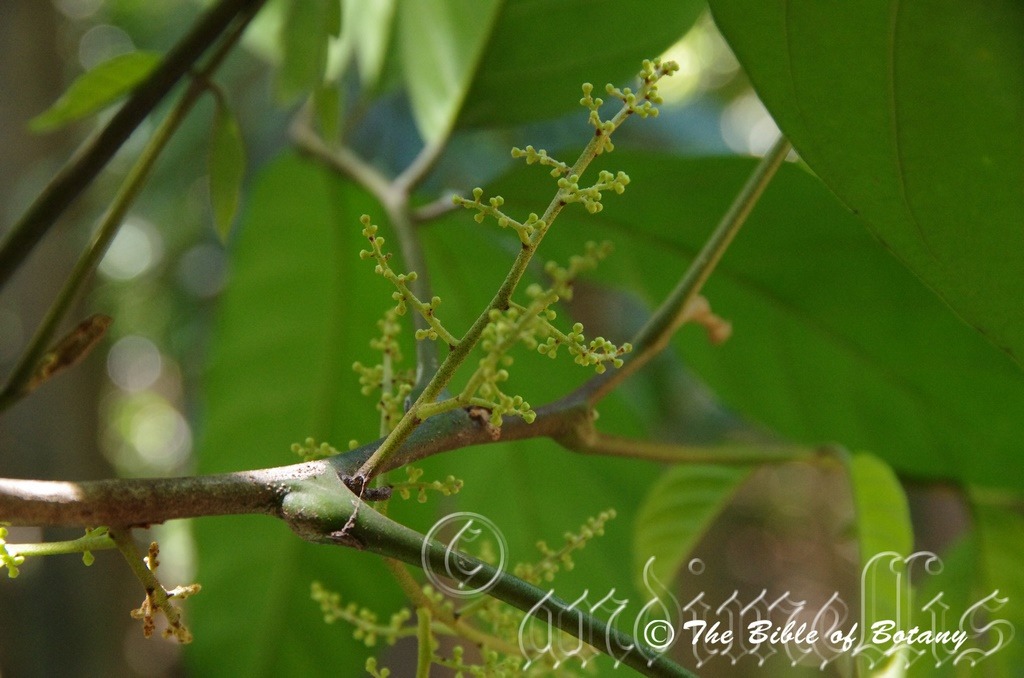
Mount Cootha Botanical Gardens Qld.
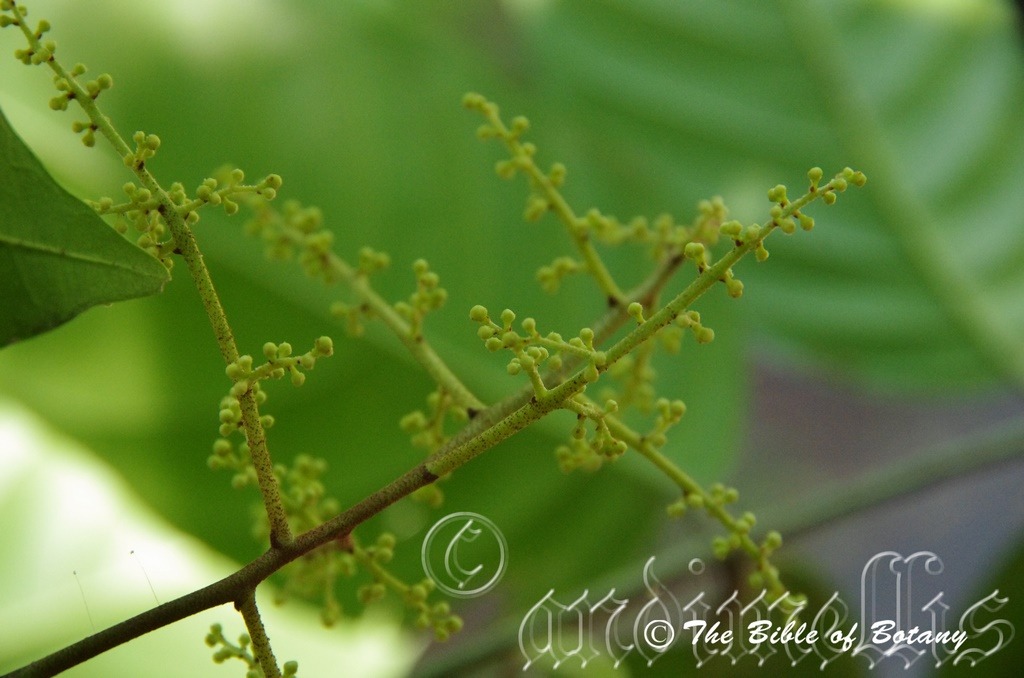
Mount Cootha Botanical Gardens Qld.
Aglaia brassii
Classification:
Class: Eudicots
Unranked: Asterids
Order: Sapindales
Family: Meliaceae
Genus: From Aglaios, which is Ancient Greek for one of the three graces of Greek Mythology, namely the goddess of fertility and charm. It refers to flowers, which have a distinctly splendid charm about them.
Specie: Is named in honour of Leonard J Brass; 1900-1971, who was an Australian botanical collector from New Guinee and northern Australian.
Sub specie:
Common Name:
Distribution:
Aglaia brassii is found in a few isolated areas from Mt Spurgeon to Mt Lewis and also the Mt Pieter Botte area in far north eastern Queensland.
https://avh.ala.org.au/occurrences/search?taxa=Aglaia+brassii#tab_mapView
Habitat Aspect Climate:
Aglaia brassii prefers dappled sun to full sun. It grows as a small tree in well-developed wet rainforests. The altitude ranges from 700 meters ASL to 1200 meters ASL
The temperatures range from lows of 8 degrees in July to 36 degrees in January.
The rainfalls range from lows of 2000mm to an average of 2500mm annually.
Soil Requirements:
Aglaia brassii prefers light to medium red clay-loams. The soils are derived from black basalts. The soils pH ranges from 5.5pH to 6.5pH. It does not tolerate water logged soils however due to the high rainfall of the area the soils never dry out. Non saline soils to slightly saline soils are tolerant.
Height & Spread:
Wild Plants: 12m to 20m by 4m to 6m.
Characteristics:
The trunks of Aglaia brassii are pale brown to fawn and erect with the first branches appearing above the half way mark. The trunk is covered in fine, irregular, longitudinal furrows. Older trees are covered in lichens while the main branches are covered in lenticels. The branchlets are deep green as they approach the terminals. The juvenile branchlets are mid green to lime-green. The branchlets are densely covered in rusty brown stellate hairs and scales.
Aglaia brassii‘s pinnate, alternate, sub opposite or at times adjacent at 90 degree leaves are obovate. The usually 7 leaflets are opposite with the terminal leaflet being slightly longer than the lateral leaflets. They measure 45mm to 220mm in length by 20mm to 70mm in width. The asymmetrical base is broad cuneate to narrow rounded while the apex is broadly acuminate. The discolorous leaves are glabrous to semi glossy and deep grass-green on the upper laminas while the lower laminas are paler. The juvenile foliage is bright glossy grass-green with a tan or reddish tinge. The main vein is strongly prominent on the lower lamina while the lateral veins are prominent. The main vein is distinctly visible on the upper lamina being yellow-green while the lateral veins are visible. The laminas recurve slightly upwards from the mid vein to the margins and decurve as it approaches the apex. The coriaceous leaves are glabrous and have a waxy feel. The margins are entire. The terminal shoots, petiole, rachis and petiolule along with the lower laminas are sparsely covered in rusty brown stellate hairs and scales. The petiole measures 70mm to 120mm in length while the rachis measures 50mm to 100mm in length and the lateral petiolules measure 10mm to 18mm. The terminal leaflet petiolule measures 14mm to 25mm in length. The terminal leaflet has a pulvinus.
The inflorescences of Aglaia brassii are panicles born from the leaf axils or terminal leaf axil. The panicles contain 150 to 500 individual flowers. The rachis, peduncles, pedunculates and pedicels are yellow-green and covered in rusty brown stellate hairs and scales. The rachis measures 120mm to 200mm in length while the peduncles measure 5mm to 55mm in length, peduncules measure 5mm to 20mm in length and pedicels measure 20mm to 200mm in length while the pedicels measure 1mm to 3mm in length.
The individual flowers measure 2.5mm to 4mm in length by 2mm to 4mm in diameter. The cupular yellow-green calyxes measure 0.5mm to 1mm in length. The yellow corolla tubes are sparsely covered in rusty brown stellate scales and measure 2mm to 4mm in length by 2mm to 4mm in diameter. The 4 or 5 corolla lobes measure 2.5mm to 4mm in length. The apexes are obtuse.
The yellow staminal tube measures 1.5mm to 3mm in length while the narrowly triangular to linear dorsifixed anthers measure 4mm to 4.5mm by 1mm in width.
Aglaia brassii’s fragrant flowers appear throughout the year.
Aglaia brassii’s fruit is a globose berry. The pale yellow-green berries turn yellow to orange-brown when ripe. The berries are sparsely covered in stellate scales and measure 20mm to28mm in length by 13mm to 25mm in diameter. The calyx is persistent at the base of the fruits at maturity. The aril is white.
Wildlife:
The wildlife which is dependent upon is Aglaia brassii is unknown to the author.
Cultivation:
It would make an good fire retardant large tree.
* Fire retardant plants act as radiant heat screens and absorb more heat from an approaching fire without burning.
* Fire retardant trees are able reduce wind speed near a house or out buildings.
* Fire retardant also trap embers and sparks carried by the wind.
* Fire retardant ground covers are able to catch burning embers without catching fire themselves, and also slow the travel of a fire through debris and litter on the ground.
Aglaia brassii is a magnificent small tree for gardens on sandy loams through to medium clays at least as far south as Coffs Harbour with plants growing well at the Mount Cootha Botanical gardens. It can be grown in full sun to light shade and is very suitable to coastal gardens in warm temperate to cool tropical areas. It is fast growing plants that will attain 6 meter to 12 meters in height by 4 meters to 7 meters in diameter when cultivated in the open.
It is best used as a small park tree, placed in the background or planted centrally as a small feature tree in smaller gardens. Placed at the rear of a bush garden its striking silhouette and perfumed flowers will draw your attention so that you will want to investigate further. Plants with small white, pink or lavender flowers and smaller leaves can be used in the mid ground while small white, pink or mauve flowering prostrate shrubs are best in the front.
The trees would make very good accent trees in front of low set commercial or industrial sheds where they will break up hard rigid architectural lines and give warmth and breadth to a building. In front of high rise buildings they give balance especially where it could be grown in curves meandering to the entry doors or for something different used from the front of the path and meander back to the far corners with shrubs or flowers planted between the trees and the building and the trees and the nature strip.
Aglaia brassii is a beautiful tree, as a stand-alone specimen as they have a dense crown and provide very good shade for a park like garden. The root system does not appear to be invasive in plants that I have observed in parks and gardens.
The tree will make a good foundation plant for starting a rainforest garden especially if the gardens are sheltered from strong winds which may tear the large leaves if it was in the open and subject to strong winds on a regular basis. The large leaves are very attractive and being semi glossy to glossy will give a rain forest appearance at a very early age. Mass plantings can be achieved with spacings of 12 meter to 20 meter centers.
The bark appears to be suitable for hosting both small and large epiphytic ferns and orchids but this will need further investigation by fanciers or someone who knows the plants natural habitat in the environment.
To sum up Aglaia brassii has a great future in cultivation.
Propagation:
Seed: Aglaia brassii seeds can be sown directly into a deep tray using a good quality seed raising mix. Alternatively place 2 seeds into a 500mm native tube. Cover the seeds to a depth of 5mm and water thoroughly. Germination can be erratic. Place the trays in a warm semi shaded position.
When the seedlings are 25mm to 50mm tall, prick them out and plant them into 50mm native tubes using a seed raising mix.
Once the seedlings reach 170mm to 200mm in height plant them out into their permanent position. Mass plantings can be achieved with spacings of 12 meters or plant at 15 meters spacings for avenues or groves.
Fertilize using Seaweed, fish emulsion or organic chicken pellets soaked in water on an alternate basis. Fertilize every two months until the plants are established then twice annually in early September to March to maintain health, vitality and better flowering and better quality fruit.
Further Comments from Readers:
Hi reader, it seems you use The Bible of Botany a lot. That’s great as we have great pleasure in bringing it to you! It’s a little awkward for us to ask, but our first aim is to purchase land approximately 1,600 hectares to link several parcels of N.P. into one at The Pinnacles NSW Australia, but we need your help. We’re not salespeople. We’re amateur botanists who have dedicated over 30 years to saving the environment in a practical way. We depend on donations to reach our goal. If you donate just $5, the price of your coffee this Sunday, We can help to keep the planet alive in a real way and continue to bring you regular updates and features on Australian plants all in one Botanical Bible. Any support is greatly appreciated. Thank you.
In the spirit of reconciliation we acknowledge the Bundjalung, Gumbaynggirr and Yaegl and all aboriginal nations throughout Australia and their connections to land, sea and community. We pay our respect to their Elders past, present and future for the pleasures we have gained.
Agonis flexuosa
Classification:
Unranked: Eudicots
Unranked: Rosids
Order: Myrtales
Family: Myrtaceae
Genus: From Agon, which is Ancient Greek for gathering of clusters. It refers to flowers, which form in small clusters along the outer stems.
Specie: From Flexus, which is Latin for bent, torturous, winding. It refers to branches or more often the stems, which are twisted or weeping and bend even further in the wind.
Sub specie:
Common Name: Weeping Myrtle or Peppermint Myrtle.
Distribution:
Agonis flexuosa is found from north of Perth along the south west coast to east of Bremer Bay in Western Australia.
https://avh.ala.org.au/occurrences/search?taxa=Agonis+flexuosa#tab_mapView
Habitat Aspect Climate:
Agonis flexuosa prefer full sun. It can be found growing on coastal heathlands, in open woodlands and on frontal and back dunes along the coast. The altitude ranges from 3 meters ASL to 280 meters ASL.
The temperatures range from 2 degrees in July to 36 degrees in January.
The rainfalls range from lows of 550mm to an average of 1600mm annually.
Soil Requirements:
Agonis flexuosa grows on coarse white sands, fine sands, and sandy loams to light fatty clays with laterite pebbles. It also grows on granitic outcrops and sandy soils overlying limestone. The soils are derived from decomposed sandstones, granites, limestones or accumulated sands. The soils pH ranges from 5.5pH through to an 8pH are preferred. It does not tolerate water logged soils. Moderately saline soils to extremely saline soils are tolerated as are salt laden winds.
Height & Spread:
Wild Plants: 7m to 15m by 5m to 15m.
Characteristics:
Agonis flexuosa’s bark is fibrous, brown to grey-brown and persistent on the trunk. The trunk has the appearance of being twisted. The bases of large trees are slightly flanged at the base. Smaller branches display a peeling of the creamy brown glabrous bark while the smaller branchlets are smooth, glabrous, red or orange and grow in a zig zag formation. Branchlets are strongly pendulous while the new growth is moderately covered in white pubescent hairs.
Agonis flexuosa‘s narrow lanceolate leaves measure 50mm to 150mm in length by 12mm to 16mm in width. The bases are cuneata to round while the apex is narrowly acute. The discolourous leaves vary greatly in colour from deep green, pale green, green with a purple tinge, purple or variegated on the upper lamina and are paler on the lower lamina. Juvenile leaves are narrowly elliptical to broadly lanceolate and often sparsely to moderately covered in white pubescent hairs. The margins are entire while the laminas are flat or recurve slightly from the mid vein to the margins. The mid vein is prominent on the lower lamina and is distinctly visible on the upper lamina. The variegated form has shorter leaves varying from 20mm to 65mm in length by 8mm to 13mm in width. They vary from being dull to semi glossy. Leaves on juvenile trees are held close to the perpendicular while those on mature trees are pendulous. The petioles measure 1mm to 3mm in length.
The inflorescence of Agonis flexuosa are born in the leaf axils towards the end of the branchlets. There are 5 to 13 individual flowers grouped together in a tight globular head. The flowers measure 9mm to 12mm in diameter. The hypanthium and the 5 triangular pale green sepals are covered in short white puberulent hairs. The 5 white petals are broadly spathulate to oblong-spathulate to oblong and measure 4mm to 6mm in length by 2.5mm to 3mm in width.
The 20 white dimorphic stamens are spread evenly around the hypanthia. The 10 longer stamens are positioned between the petals and the sepals, stand erect and bend towards each other near the anthers and measure 2mm to 2.4mm in length. The 10 shorter staminodes are positioned in front of the sepals, bend towards the style and measure 0.9mm to 1.1mm in length.
The pistils measure 2.5mm to 3mm in length and is located centrally on the disc. The disc and style are pale yellow to pale yellow-green turning a pale pink with age. The peduncles measure 1mm to 2mm long. Agonis flexuosa‘s flowers appear from August to December.
Agonis flexuosa‘s fruits are a hard globular capsule. The globose heads measure 10mm to 12mm in diameter. There are 5 to 13 individual capsules in a globose head which measure 4.5mm to 5mm in diameter. Each capsule has 3 valves. The valves are level with the hypanthium. The mid green capsules turn pale grey when ripe. The small red-brown seeds are wind dispersed.
Wildlife:
Native bees, beetles and small butterflies are attracted to the trees when in flower. This in return attracts small insectivorous birds like the white cheeked honeyeater Phylidonyris niger.
Cultivation:
Agonis flexuosa is a glorious small tree for sea side scapes, adjacent to large pool areas and nature strip plantings because the root system is not as invasive as most plants. Garden and park trees normally mature with a height from 8 meters to 10 meters and a spread of 8 meters and 10 meters. In the open the trees developed a dense, weeping crown. It is hardy down to temperatures of minus 3 once established but show more vigour in temperatures above minus 2. It is suitable for beach side gardens in warm temperate, cool sub-tropical and semi-arid gardens on sandy loams to medium clays.
The tree is initially very fast in growth then are moderately slow to form that magical twisted trunk and exquisite weeping foliage and the branchlets similar to a weeping willow without the root problems. It would make ideal Park trees when mass planted at distances of one and a half times their mature diameters. For mass plantings for a park like scene plant them at 14 meter to 16 meter centers.
This will allow them to develop their natural shape to its full potential. Its natural shape, twisted trunk and pendulous habit can only be fully appreciated once it is fully mature. Its size and slower growth also gives it an advantages as a suburban garden tree for smaller blocks. Here it can be used very successfully as a stand-alone feature tree in a lawn or with flower beds at their base. Because the trees have a low water requirement they will not deprive other plants of water or nutrient. This feature should also make them good plants for cities where water restrictions are a normal part of life.
There are a number of cultivars in nurseries which include a variegated foliage form one with deep purple leaves and several dwarf forms suitable for hedge rows.
Agonis flexuosa is a beautiful small tree that has its place in areas where a gnarled grey trunk is required. It has been used with great success in formal Japanese style gardens where the emphasis is on the gnarled appearance of the trunk and bark. Place them near old stumps, large rocks or roots to make the stumps or roots look more desolate. This is a scene of severe harshness. They can be equally well used to highlight a desert scene, one of floods or to add age to a small area.
Imagine a medium to large pond with fish swimming. Beside it is a well-trained Agonis flexuosa, and next to it is the sound of water cascading down over small rocks. This is very powerful yet formal and relaxing. They can partially surround such a scene and still look effective. Use them with small groups of larger rocks or in front. A large log would give a strong horizontal affect with depth if placed on an angle. Plant the Hybanthus monopetalum, Dampier stricta or Dampier linearis right along the front. They can be a mixture of the purple flowered Hybanthus monopetalus with one of the yellow or orange flowering forms. Dampier stricta now has several varieties with different shades of purple through to very pale lilacs. Hybanthus monopetalus and Dampier stricta are better plants for the east coast while Dampier linearis would do better on the west coast. The vertical stems and linear leaves will create a longer looking log that has a greater diameter. The plants look dainty yet display a very relaxing and thought provoking scene.
Agonis flexuosus has also been successfully used as a bonsai tree and is very easy to work giving good effects just 3 to 5 years from seedlings.
Propagation:
Seeds: Agonis flexuosa seeds can be sown directly into the seed raising mix covering the seeds with no more than 1 mm of fine sand. Place the seed tray in a warm sunny position. Keep the tray moist not wet as damping off will result.
When the seedlings are 25mm to 50mm tall, prick them out and plant them into 50mm native tubes using a seed raising mix. Once the trees attain 200mm to 250mm in height plant them out into their permanent positions.
Fertilize using Seaweed, fish emulsion or organic chicken pellets soaked in water on an alternate basis. Fertilize every two months until the plants are established then twice annually in early September to March to maintain health, vitality and better flowering and better quality fruit.
Further Comments from Readers:
Hi reader, it seems you use The Bible of Botany a lot. That’s great as we have great pleasure in bringing it to you! It’s a little awkward for us to ask, but our first aim is to purchase land approximately 1,600 hectares to link several parcels of N.P. into one at The Pinnacles NSW Australia, but we need your help. We’re not salespeople. We’re amateur botanists who have dedicated over 30 years to saving the environment in a practical way. We depend on donations to reach our goal. If you donate just $5, the price of your coffee this Sunday, We can help to keep the planet alive in a real way and continue to bring you regular updates and features on Australian plants all in one Botanical Bible. Any support is greatly appreciated. Thank you.
In the spirit of reconciliation we acknowledge the Bundjalung, Gumbaynggirr and Yaegl and all aboriginal nations throughout Australia and their connections to land, sea and community. We pay our respect to their Elders past, present and future for the pleasures we have gained.
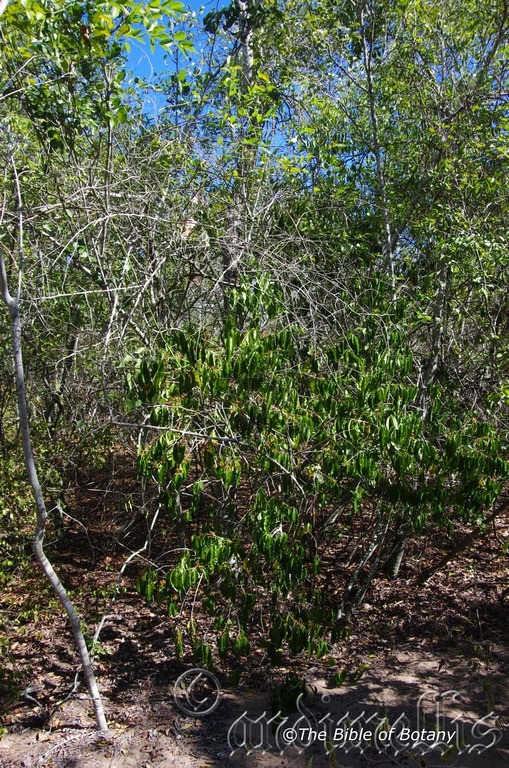
Bushland Beach Qld.
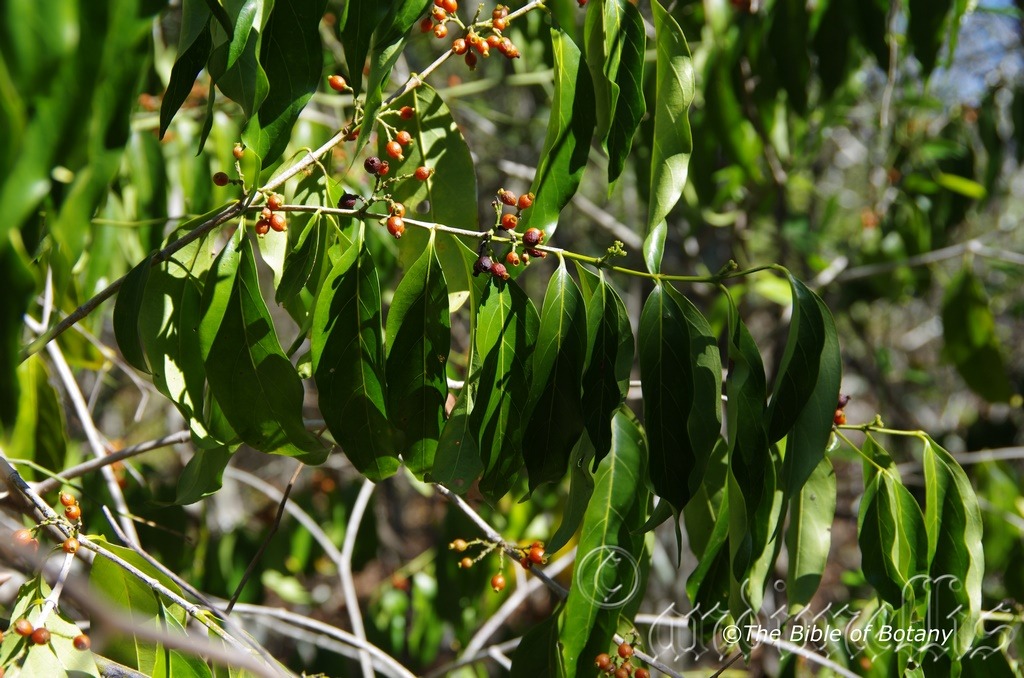
Bushland Beach Qld.
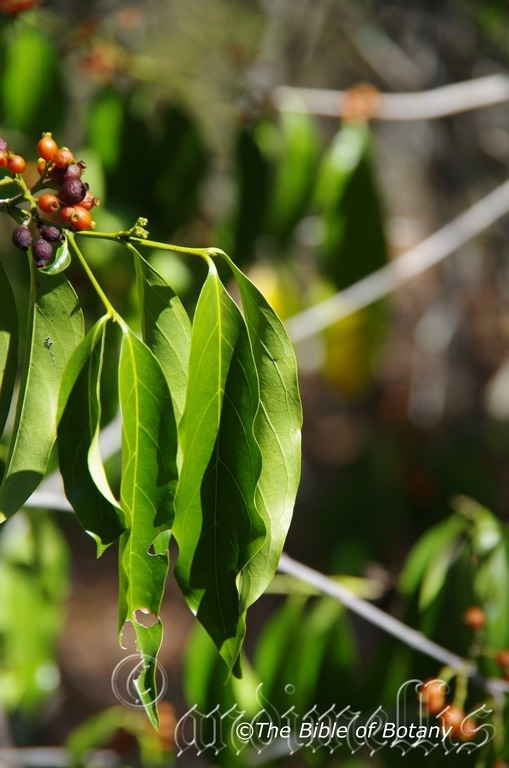
Bushland Beach Qld.
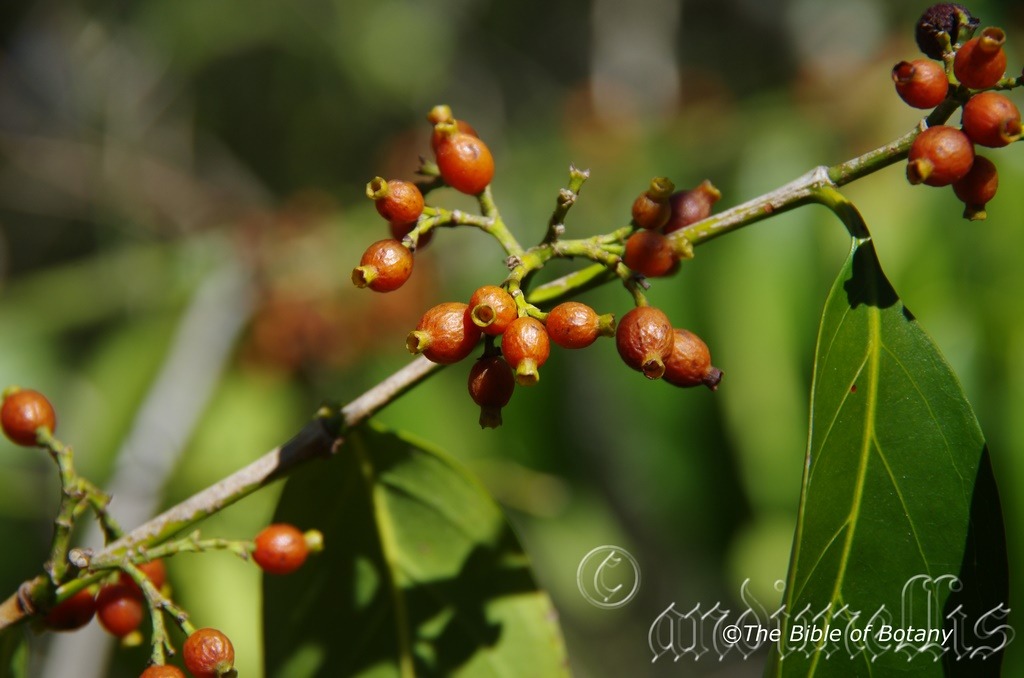
Bushland Beach Qld.
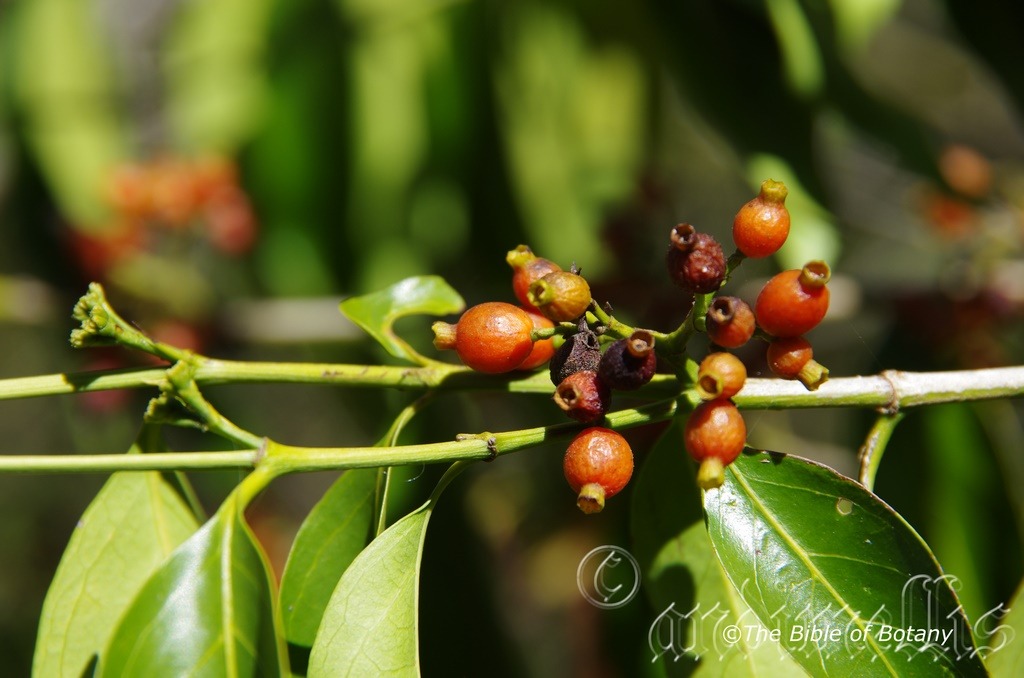
Bushland Beach Qld.
Aidia racemosa
Classification:
Class: Eudicots
Unranked: Asterids
Order: Sapindales
Family: Meliaceae
Genus: From Ai which is Latinised from the Chinese word for love 爱 or lovely 可爱的 and Dis which is Ancient Greek or Di which is Latin for two. The meaning is unclear but may refer to the scent of the flowers being twice as lovely as that of the Jasmine.
Specie: From Racemosa, which is Latin for a cluster. It refers to flowers, which are born on densely packed racemes.
Sub specie:
Common Name: Archer Cherry or Wild Randa.
Distribution:
Aidia racemosa is found in several isolated populations south from the Iron Range National Park on Cape York Peninsula in far north eastern Queensland to north of Marybough with an isolated population in the Border Ranges National Park in southern Queensland on the eastern side of the Great Dividing Range.
It is also found in the Kimberley Range to the Ord River far north western, Western Australia and along the northern districts of the Northern Territory.
https://avh.ala.org.au/occurrences/search?taxa=Aidia+racemosa#tab_mapView
Habitat Aspect Climate:
Aidia racemosa prefers dappled sun to full sun. It grows in dry tropical rainforests, well developed rainforests, vine forests, sub-tropical rainforests, riparian zones or littoral rainforests. The altitude ranges from 3 meters ASL to 350 meters ASL
The temperatures range from lows of 3 degrees in July to 44 degrees in January.
The rainfalls range from lows of 900mm to an average of 3200mm annually.
Soil Requirements:
Aidia racemosa prefers light fatty clays to medium red gritty clay-loams. The soils are derived from black or brown basalts, granites, shale, laterites, and metamorphic rocks, accumulated peaty beach sands or alluvial deltas. The soils pH ranges from 4.5pH to7.5pH. It tolerates water logged soils and is often seen growing in coastal swamps and screes along rivers and creeks. Non saline soils to very saline soils are tolerated as are salt laden winds.
Height & Spread:
Wild Plants: 5m to 16m by 5m to 10m.
Characteristics:
The trunks of Aidia racemosa are pale grey and erect with the first branches appearing on the upper half of well grown trees. The trunk is covered in fine irregular patches of lichen. The branchlets are pale grey, are covered in the old leaf scars and only turn grass-green as they approach the terminals. The branchlets are glabrous.
Aidia racemosa‘s are defoliate (At a distance appear to be opposite but are in fact joined at the base of the petiole.) The leaflets are oblong-lanceolate to broad lanceolate and measure 90mm to 190mm in length by 30mm to 70mm in width. The bases are rounded while the apex is tapering acuminate to narrowly acuminate. The discolour leaves are glabrous, semi glossy and grass-green on the upper laminas while the lower laminas are paler. The juvenile foliage is bright grass-green and semi glossy. The main vein is prominent on the lower lamina while the lateral veins are only slightly prominent on the lower lamina. The main vein is visible on the upper while the lateral veins are faintly visible. The leaflets hang downwards while the laminas recurve slightly upwards from the mid vein to the margins and decurve as it approaches the apex. The laminas are undulating for their entire length with small foveoles covering the domatia. The foveoles are glabrous or more often covered in small rusty ciliate hairs at the openings. The margins are entire. The triangular-elliptical stipules measure 2mm to 4mm in length. The petioles measure 5mm to 12mm.
The inflorescences of Aidia racemosa are short racemes born from the leaf axils and appear on the upper side of the branchlets. The racemes contain 6 to 20 individual flowers. The rachis and pedicels are yellow-green and glabrous. The rachis measures 20mm to 30mm in length while pedicels measure 5mm to 10mm in length.
The individual flowers measure 10mm to 14mm in diameter. The calyxes are pale green to pale grass-green with 5 minute calyx lobes. The calyxes measure 1mm to 2mm in length. The corollas and lobes are cream externally, white internally with the corolla tubes measure 9mm to 12mm in length by 2.5mm to 3.5mm in diameter, the 5 corolla lobes measure 9mm to12mm in length by 4mm to 6mm in width. The divaricate lobes twist and become strongly recurved as they mature. The apexes are obtuse.
The 5 filiform white divaricate stamens are as long as the corolla tube while the broadly linear basifixed anthers measure 9mm to 12mm in length by 1.6mm to2.1mm in width. The anthers have cream to pascal fawn or pascal pink pollen.
The female flowers styles are rigid, pastel green and measure 12mm to 16mm in length. The pastel green translucent stigmas measure 9mm to 12mm in length. The flowers strongly Jasmine scented appear in June or September or from December to January.
Aidia racemosa‘s fruit is a pyriform capsule. The deep green capsules turn orange-red to scarlet red when ripe. The calyx tube is persistent at the apex of the drupes forming a short fleshy tube. The drupes measure 8mm to 10mm in length by 6mm to 8mm in diameter. The 6 to 12 pale fawn seeds are irregular in shape and measure 1mm to 2.2mm in cross section.
Wildlife:
The wildlife which is attracted to Aidia racemosa is unknown to the author.
Cultivation:
It would make an good fire retardant small tree.
* Fire retardant plants act as radiant heat screens and absorb more heat from an approaching fire without burning.
* Fire retardant trees are able reduce wind speed near a house or out buildings.
* Fire retardant also trap embers and sparks carried by the wind.
* Fire retardant ground covers are able to catch burning embers without catching fire themselves, and also slow the travel of a fire through debris and litter on the ground.
Aidia racemosa is a beautiful small tree for gardens on sandy loams through to medium clays at least as far south as Coffs Harbour. It can be grown in full sun to light shade and is very suitable to coastal gardens in warm temperate to cool tropical areas. It is a fast growing plant that will attain 5 meter to 10 meters in height by 5 meters to 8 meters in diameter when cultivated in the open or slightly taller and narrower when grown as a rainforest specimen. Its wide spread in cultivation would make it ideal for small park and accent trees in wetter locations or on problematic wet flats.
It is best used as a small park tree, placed in the fore ground or planted centrally as a small feature tree in medium size gardens. Placed at the rear of a small bush garden their striking silhouette will draw your attention so that you will want to investigate further.
It is best planted close to the house or B-B-Que areas to take advantage of the strong sweet perfume.
The tree would make a very good accent trees in front of low set commercial or industrial sheds where they will break up hard rigid architectural lines and give warmth and breadth to a building. In front of high rise buildings they give balance especially where it could be grown in curves meandering to the entry doors or for something different used from the front of the path and meander back to the far corners with shrubs or flowers planted between the trees and the building and the trees and the nature strip.
Aidia racemosa is a beautiful tree, as a stand-alone speciemen as they have a dense crown and provide very good shade for a park like garden. The root system may be invasive as the plants love water so caution should be maintained when planting near foundations, paths or utilities.
The tree will make a good foundation plant for starting a rain forest garden especially if the gardens are sheltered from strong winds which may tear the large leaves if they were in the open and subject to strong winds on a regular basis. The large leaves are very attractive and being semi glossy to glossy will give a rainforest appearance at a very early age. Mass plantings can be achieved with spacings of 12 meter to 20 meter centers.
The bark appears to be suitable for hosting both small epiphytic ferns and orchids. There are no strong scents or noticeable oil exuded from cracks in the bark which indicates they would be safe for this use but further investigation by fanciers or someone who knows the plants natural habitat in the environment should be taken just in case.
To sum up Aidia racemosa should have a great future in cultivation in humid areas in Australia.
Propagation:
Seed: Aidia racemosa seeds can be sown directly into a deep tray using a good quality seed raising mix. Alternatively place 2 seeds into a 50mm native tube. Cover the seeds to a depth of 5mm and water thoroughly. Germination is usually very quick. Place the trays in a warm semi shaded position and allow them to dry out between watering.
When the seedlings are 25mm to 50mm tall, prick them out and plant them into 50mm native tubes using a seed raising mix. Where two seeds have germinated cull the smaller plant by cutting it off at ground level.
Once the seedlings reach 170mm to 200mm in height plant them out into their permanent position. Mass plantings can be achieved with spacings of 12 meters or plant at 15 meters spacings for avenues or groves.
Fertilize using Seaweed, fish emulsion or organic chicken pellets soaked in water on an alternate basis. Fertilize every two months until the plants are established then twice annually in early September to March to maintain health, vitality and better flowering and better quality fruit.
Further Comments from Readers:
Hi reader, it seems you use The Bible of Botany a lot. That’s great as we have great pleasure in bringing it to you! It’s a little awkward for us to ask, but our first aim is to purchase land approximately 1,600 hectares to link several parcels of N.P. into one at The Pinnacles NSW Australia, but we need your help. We’re not salespeople. We’re amateur botanists who have dedicated over 30 years to saving the environment in a practical way. We depend on donations to reach our goal. If you donate just $5, the price of your coffee this Sunday, We can help to keep the planet alive in a real way and continue to bring you regular updates and features on Australian plants all in one Botanical Bible. Any support is greatly appreciated. Thank you.
In the spirit of reconciliation we acknowledge the Bundjalung, Gumbaynggirr and Yaegl and all aboriginal nations throughout Australia and their connections to land, sea and community. We pay our respect to their Elders past, present and future for the pleasures we have gained.
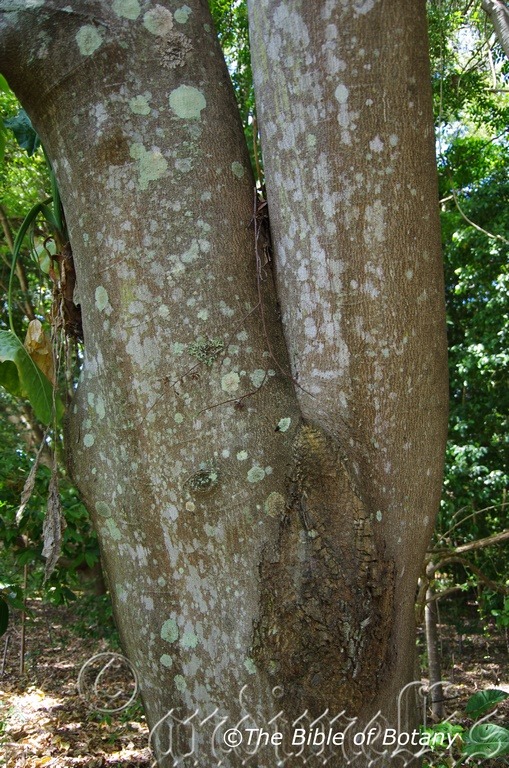
Northcoast Botanic Gardens NSW
Ailanthus triphysa
Classification:
Class: Eudicots
Unranked: Asterids
Order: Sapindales
Family: Meliaceae
Genus: From Ailantha which is Latinized from the Malay word for the tree of heaven and Antha/Anthos, which are Ancient Greek for the male reproductive organs in a flower or the flower. It refers to anthers, which stand erect as though moving towards the heavens.
Specie: From Treis/Tria, which are Ancient Greek or Tri, which is Latin for three and Physides, which is Ancient Greek for bellows. Its reference is unclear unless it has something to do the base of the swollen petioles.
Sub specie:
Common Name: White Bean or White Siris.
Distribution:
Ailanthus triphysa is found in a several isolated populations south from the Iron Range National Park on Cape York Peninsula in far north eastern Queensland to Iluka in Northern New South Wales. It is mainly found on and east of the Great Dividing Range.
https://avh.ala.org.au/occurrences/search?taxa=Ailanthus+triphysa#tab_mapView
Habitat Aspect Climate:
Ailanthus triphysa prefers dappled sun to full sun. It grows in dry tropical rainforests, sub-tropical rainforests or littoral rainforests. The altitude ranges from 5 meters ASL to 910 meters ASL
The temperatures range from lows of 0 degrees in July to 36 degrees in January.
The rainfalls range from lows of 850mm to an average of 3200mm annually.
Soil Requirements:
Ailanthus triphysa prefers light fatty clays to medium red clay-loams. The soils are derived from black basalt or accumulated peaty beach sands. The soils pH ranges from 5pH to 7.5pH. It does not tolerate water logged soils however due to the high rainfall of the area the soils never dry out. Non saline soils to moderately saline soils are tolerant.
Height & Spread:
Wild Plants: 22m to 30m by 8m to 12m.
Characteristics:
The trunks of Ailanthus triphysa are pale grey and erect with the first branches appearing on the upper third of the tree’s height. The trunk is covered in fine, irregular, tessellated patches. Older trees are covered in lichens while the main branches are covered in long elongated white lenticels. The branchlets are deep grass-green as they approach the terminals. The juvenile branchlets are mid green to lime-green and covered in white streaks. The branchlets are glabrous to sparsely covered in white puberulent hairs.
Ailanthus triphysa’s imparipinnate leaves are crowded at the end of the branches. The 15 to 61 opposite or sub opposite leaflets are falcate, oblong-lanceolate to lanceolate and measure 50mm to 120mm in length by 10mm to 22mm in width. The asymmetrical base is rounded while the apex is acuminate. The discolourous leaves are glabrous, dull and grass-green to blue-green on the upper laminas while the lower laminas are pale blue-green to almost glaucous and glabrous to sparsely covered in white puberulent hairs. The juvenile foliage is bright grass-green and semi glossy. The main vein is strongly prominent on the lower lamina while the lateral veins are prominent. The main vein is distinctly visible on the upper lamina being paler and raised in a depression between the laminas while the lateral veins are faintly visible. The laminas recurve slightly upwards from the mid vein to the margins and decurve as it approaches the apex. The margins are entire. The petiole, rachis and petiolules are pale blue-green to grass-green and glabrous. The petiole measures 40mm to 80mm in length while the rachis measures 250mm to 320mm in length and the lateral petiolules measure 2mm to 5mm.
The inflorescences of Ailanthus triphysa are panicles born from the leaf axils or terminal leaf axil. The panicles contain 100 to 400 individual flowers. The rachis, peduncles and pedicels are yellow-green and glabrous. The rachis measures 120mm to 180mm in length while the peduncles measure 10mm to 50mm in length, and pedicels measure 5mm to 10mm in length.
The individual flowers measure 6mm to 12mm in diameter. The 5 ovate yellow-green calyx lobes measure 0.5mm to 0.9mm in length. The 5 yellow-green petals are lanceolate and convex on the upper surface near the apex. They measure 3.5mm to 5mm in length by 2mm in width. The apexes are broadly acute to obtuse.
The 10 filiform lime-green stamens or staminodes measure 2.7mm to 5.2mm in length while the broadly linear dorsifixed anthers measure 1mm to 1.5mm by 0.8mm to1mm in width.
The female flowers pistils are deep green and measure 4.5mm to 6mm in length. There are 2 to 4 usually 3 deep green, glossy, translucent carpals. Each carpel contains a single seed.
Ailanthus triphysa’s flowers have a rancid odour suggesting they may be fertilized by a certain fly. The flowers appear from November to January.
Ailanthus triphysa’s fruit is a flattened samara. The deep green samaras turn papery brown when ripe. The samaras have an intramarginal vein and measure 45mm to 60mm in length by 15mm to 20mm in width.
Wildlife:
There are two butterflies which are known to the author that are dependent upon the leaves of Ailanthus triphysa. They are the Ailanthus moth Samia cynthia and Endoclita malabaricus. The Samia Cynthia butterfly produces a silk more durable and cheaper than mulberry silk, but inferior in quality.
Cultivation:
Ailanthus triphysa is a magnificent medium tree for gardens on sandy loams through to medium clays at least as far south as Coffs Harbour. It can be grown in full sun to light shade and is very suitable to coastal gardens in warm temperate to cool tropical areas. It is fast growing plants that will attain 12 meter to 15 meters in height by 8 meters to 10 meters in diameter when cultivated in the open or taller and narrower when grown as a rainforest specimen. Their wide spread in cultivation would make them ideal for park and accent trees in drier and on slopes.
It is best used as a small park tree, placed in the background or planted centrally as a medium feature tree in medium size gardens. Placed at the rear of a bush garden their striking silhouette will draw your attention so that you will want to investigate further.
It is best planted away from the house or B-B-Que areas as the flowers have quite a rancid odour. This is more noticeable in the male flowers than the females.
The tree would make a very good accent trees in front of low set commercial or industrial sheds where they will break up hard rigid architectural lines and give warmth and breadth to a building. In front of high rise buildings they give balance especially where they could be grown in curves meandering to the entry doors or for something different used from the front of the path and meander back to the far corners with shrubs or flowers planted between the trees and the building and the trees and the nature strip.
Ailanthus triphysa is a beautiful tree, as a stand-alone specimen as they have a dense crown and provide very good shade for a park like garden. The root system does not appear to be invasive in plants that I have observed in parks and gardens.
The tree will make a good foundation plant for starting a rain forest garden especially if the gardens are sheltered from strong winds which may tear the large leaves if they were in the open and subject to strong winds on a regular basis. The large leaves are very attractive and being semi glossy to glossy will give a rain forest appearance at a very early age. Mass plantings can be achieved by planting them at 12 meter to 20 meter centers.
The bark appears to be suitable for hosting both small and large epiphytic ferns and orchids. This will need further investigation by fanciers or someone who knows the plants natural habitat in the environment.
The trees contain acrid oil that may make them unsuitable for epiphytic growth.
To sum up Ailanthus triphysa has a great future in cultivation in drier hot areas.
Propagation:
Seed: Ailanthus triphysa seeds can be sown directly into a deep tray using a good quality seed raising mix. Alternatively place 2 seeds into a 500mm native tube. Cover the seeds to a depth of 5mm and water thoroughly. Germination is usually very quick. Place the trays in a warm semi shaded position and allow them to dry out between watering.
When the seedlings are 25mm to 50mm tall, prick them out and plant them into 50mm native tubes using a seed raising mix. Where two seeds have germinated cull the smaller plant by cutting it off at ground level.
Once the seedlings reach 170mm to 200mm in height plant them out into their permanent position. Mass plantings can be achieved by planting them at 12 meters or plant at 15 meters centers for avenues or groves.
Fertilize using Seaweed, fish emulsion or organic chicken pellets soaked in water on an alternate basis. Fertilize every two months until the plants are established then twice annually in early September to March to maintain health, vitality and better flowering.
Further Comments from Readers:
Hi reader, it seems you use The Bible of Botany a lot. That’s great as we have great pleasure in bringing it to you! It’s a little awkward for us to ask, but our first aim is to purchase land approximately 1,600 hectares to link several parcels of N.P. into one at The Pinnacles NSW Australia, but we need your help. We’re not salespeople. We’re amateur botanists who have dedicated over 30 years to saving the environment in a practical way. We depend on donations to reach our goal. If you donate just $5, the price of your coffee this Sunday, We can help to keep the planet alive in a real way and continue to bring you regular updates and features on Australian plants all in one Botanical Bible. Any support is greatly appreciated. Thank you.
In the spirit of reconciliation we acknowledge the Bundjalung, Gumbaynggirr and Yaegl and all aboriginal nations throughout Australia and their connections to land, sea and community. We pay our respect to their Elders past, present and future for the pleasures we have gained.